4H-imidazo[1,2-a]imidazoles for electronic applications
Schaefer , et al. O
U.S. patent number 10,431,750 [Application Number 15/060,363] was granted by the patent office on 2019-10-01 for 4h-imidazo[1,2-a]imidazoles for electronic applications. This patent grant is currently assigned to UDC Ireland Limited. The grantee listed for this patent is UDC Ireland Limited. Invention is credited to Kristina Bardon, FLavio Luiz Benedito, Teresa Marina Figueira Duarte, Ute Heinemeyer, Nicolle Langer, Christian Lennartz, Thomas Schaefer, Christian Schildknecht, Gerhard Wagenblast, Soichi Watanabe, Annemarie Wolleb, Heinz Wolleb.
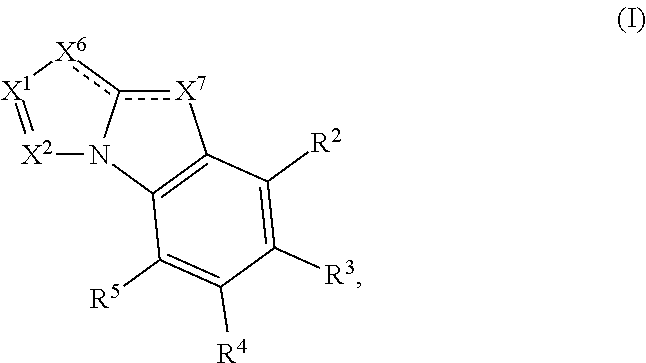
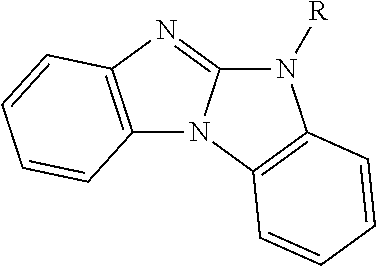
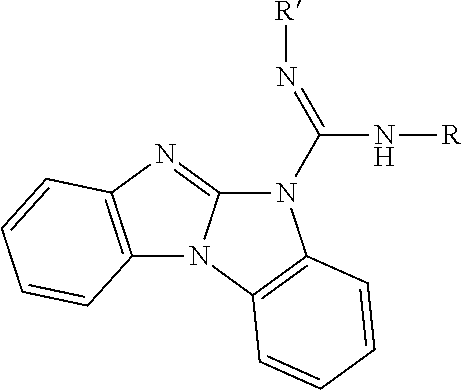

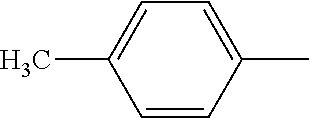


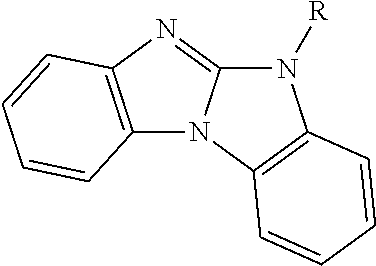
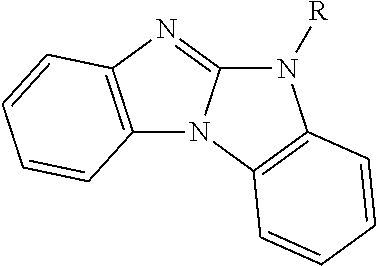
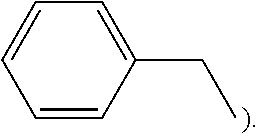

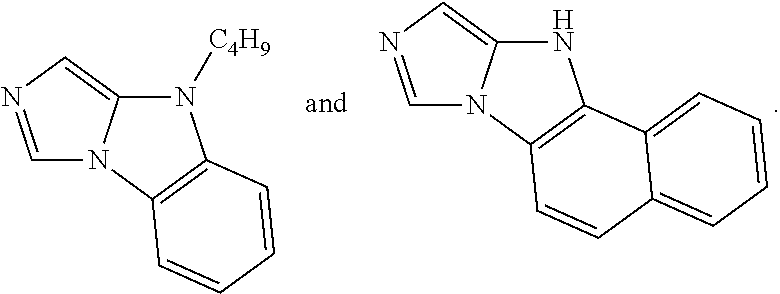
View All Diagrams
| United States Patent | 10,431,750 |
| Schaefer , et al. | October 1, 2019 |
4H-imidazo[1,2-a]imidazoles for electronic applications
Abstract
The present invention relates to compounds of formula ##STR00001## a process for their production and their use in electronic devices, especially electroluminescent devices. When used as host material for phosphorescent emitters in electroluminescent devices, the compounds of formula I may provide improved efficiency, stability, manufacturability, or spectral characteristics of electroluminescent devices.
| Inventors: | Schaefer; Thomas (Liestal, CH), Figueira Duarte; Teresa Marina (Mainz, DE), Schildknecht; Christian (San Diego, CA), Langer; Nicolle (Heppenheim, DE), Heinemeyer; Ute (Neustadt, DE), Wolleb; Heinz (Fehren, CH), Watanabe; Soichi (Mannheim, DE), Lennartz; Christian (Schifferstadt, DE), Wagenblast; Gerhard (Wachenheim, DE), Wolleb; Annemarie (Fehren, CH), Bardon; Kristina (Waldshut, DE), Benedito; FLavio Luiz (Ludwigshafen, DE) | ||||||||||
|---|---|---|---|---|---|---|---|---|---|---|---|
| Applicant: |
|
||||||||||
| Assignee: | UDC Ireland Limited (Dublin,
IE) |
||||||||||
| Family ID: | 46876550 | ||||||||||
| Appl. No.: | 15/060,363 | ||||||||||
| Filed: | March 3, 2016 |
Prior Publication Data
| Document Identifier | Publication Date | |
|---|---|---|
| US 20160190480 A1 | Jun 30, 2016 | |
Related U.S. Patent Documents
| Application Number | Filing Date | Patent Number | Issue Date | ||
|---|---|---|---|---|---|
| 13424892 | Mar 20, 2012 | ||||
| 61467412 | Mar 25, 2011 | ||||
| Current U.S. Class: | 1/1 |
| Current CPC Class: | C09K 11/06 (20130101); C07D 487/04 (20130101); H01L 51/0072 (20130101); C07D 519/00 (20130101); H01L 51/0073 (20130101); H05B 33/20 (20130101); H01L 51/5016 (20130101); Y02E 10/549 (20130101); Y02P 70/521 (20151101); C09K 2211/1007 (20130101); Y02P 70/50 (20151101); H01L 51/5056 (20130101); H01L 51/0058 (20130101); H01L 51/0085 (20130101); H01L 51/0054 (20130101); C09K 2211/185 (20130101); C09K 2211/1074 (20130101) |
| Current International Class: | H01L 51/00 (20060101); C07D 519/00 (20060101); C07D 487/04 (20060101); C09K 11/06 (20060101); H05B 33/20 (20060101); H01L 51/50 (20060101) |
References Cited [Referenced By]
U.S. Patent Documents
| 6551723 | April 2003 | Okada et al. |
| 7244746 | July 2007 | Han et al. |
| 8674091 | March 2014 | Aihara et al. |
| 2001/0015432 | August 2001 | Igarashi |
| 2001/0019782 | September 2001 | Igarashi et al. |
| 2002/0024293 | February 2002 | Igarashi et al. |
| 2002/0048689 | April 2002 | Igarashi et al. |
| 2002/0055014 | May 2002 | Okada et al. |
| 2002/0094453 | July 2002 | Takiguchi et al. |
| 2005/0074632 | April 2005 | Lee et al. |
| 2005/0079387 | April 2005 | Lee et al. |
| 2009/0066226 | March 2009 | Sugita et al. |
| 2009/0153035 | June 2009 | Shin et al. |
| 2010/0244006 | September 2010 | Ise et al. |
| 2012/0241681 | September 2012 | Schaefer et al. |
| 2013/0092922 | April 2013 | Stoessel et al. |
| 2015/0243907 | August 2015 | Wolleb et al. |
| 1191612 | Mar 2002 | EP | |||
| 1191613 | Mar 2002 | EP | |||
| 1211257 | Jun 2002 | EP | |||
| 1885818 | Feb 2008 | EP | |||
| 1970976 | Sep 2008 | EP | |||
| 1998388 | Dec 2008 | EP | |||
| 2034538 | Mar 2009 | EP | |||
| 2000-063818 | Feb 2000 | JP | |||
| 2001160488 | Jun 2001 | JP | |||
| 2004158327 | Jun 2004 | JP | |||
| 2004-531475 | Oct 2004 | JP | |||
| 2005112856 | Apr 2005 | JP | |||
| 2007180147 | Jul 2007 | JP | |||
| 2010-155826 | Jul 2010 | JP | |||
| 2010232221 | Oct 2010 | JP | |||
| 6072760 | Jun 2014 | JP | |||
| 20110008784 | Sep 2011 | KR | |||
| WO99/47474 | Sep 1999 | WO | |||
| WO00/70655 | Nov 2000 | WO | |||
| WO01/41512 | Jun 2001 | WO | |||
| WO02/02714 | Jan 2002 | WO | |||
| WO02/15645 | Feb 2002 | WO | |||
| WO02/060910 | Aug 2002 | WO | |||
| WO2005/019373 | Mar 2005 | WO | |||
| WO2005/033084 | Apr 2005 | WO | |||
| WO2005/113704 | Dec 2005 | WO | |||
| WO2006/056418 | Jun 2006 | WO | |||
| WO2006/067074 | Jun 2006 | WO | |||
| 2006060294 | Aug 2006 | WO | |||
| WO2006/100298 | Sep 2006 | WO | |||
| WO2006/115301 | Nov 2006 | WO | |||
| WO2006/121811 | Nov 2006 | WO | |||
| WO2006/128800 | Dec 2006 | WO | |||
| WO2007/095118 | Aug 2007 | WO | |||
| WO2007/101820 | Sep 2007 | WO | |||
| WO2007/115970 | Oct 2007 | WO | |||
| WO2007/115981 | Oct 2007 | WO | |||
| WO2008/000727 | Jan 2008 | WO | |||
| WO2008/034758 | Mar 2008 | WO | |||
| WO2009/050281 | Apr 2009 | WO | |||
| WO2009/050290 | Apr 2009 | WO | |||
| WO2010/056669 | May 2010 | WO | |||
| WO2010/067894 | Jun 2010 | WO | |||
| WO2010/079051 | Jul 2010 | WO | |||
| WO2010/086089 | Aug 2010 | WO | |||
| WO2010/129323 | Nov 2010 | WO | |||
| WO2011/010842 | Jan 2011 | WO | |||
| WO2011/019156 | Feb 2011 | WO | |||
| WO2011/051404 | May 2011 | WO | |||
| WO2011/073149 | Jun 2011 | WO | |||
| WO2011/099718 | Aug 2011 | WO | |||
| 2011160757 | Dec 2011 | WO | |||
| WO2011/160757 | Dec 2011 | WO | |||
| WO-2011/163355 | Dec 2011 | WO | |||
| WO2012/023947 | Feb 2012 | WO | |||
| WO2012/080052 | Jun 2012 | WO | |||
| WO2012/130709 | Oct 2012 | WO | |||
| WO2013/050401 | Apr 2013 | WO | |||
| 2013068376 | May 2013 | WO | |||
| WO2013/ 068374 | May 2013 | WO | |||
Other References
|
Hassaneen et al., A One Step Synthesis of Benzimidazo[2,1-c][1,2,4]Triazole Derivatives Using Hydrazonoyl Halides, Heterocycles, vol. 36, No. 8, pp. 1775-1781 (1993). cited by applicant . Dawood et al., Synthesis of 3,3'-bi-1,2,4-Triazolo[4,5-a]-benzimidazole, 5,5'-bi-1,3,4-Thiadiazole, and Thiazolo[3,2-a] benzimidazole Derivatives, Synthetic Communications, vol. 33, No. 23, pp. 4079-4086 (2003). cited by applicant . ChemInform, vol. 35, p. 2004 (RevuRoumaine de Chimie, vol. 49, p. 157-161) (2004). cited by applicant . Olaj, Szappan, Kozmetika, vol. 59, pp. 49-55 Chemical Abstracts [online] [retrieved Nov. 2015 from STN] (2010). cited by applicant . Achour et al., Synthesis Des Benzimidazolo [1,2-a] Benzimidazoles a Partir Des Benzodiazepine-1, 5ones-2, Bulletin des Societes Chimiques Belges, vol. 96, No. 10, pp. 787-792 (1987). cited by applicant . JP Office Action in corresponding JP Pat Application No. 2014-501544--7 pages (in Japanese; dated Dec. 14, 2015). cited by applicant . JP Office Action in corresponding JP Pat Application No. 2014-501544--14 pages (English language translation; dated Dec. 14, 2015). cited by applicant . Misbahul Ain Khan,et al., Pakistan Journal of Scientific and Industrial Research 43 (2000) 168-170. cited by applicant . Pedro Molina, et al., Tetrahedron (1994), vol. 50, No. 33, pp. 10029-10036. cited by applicant . Kolesnikova, I.V.; Zhurnal Organicheskoi Khimii 25 (1989) 1689-95. cited by applicant . Reddouane Achour, et al. Bulletin des Societes Chimiques Beiges vol. 96, No. 10 (1987). cited by applicant . Andre J. Hubert, et al., Chemische Berichte 103 (1970) 2828-35. cited by applicant . B.A. Priimenko, et. al., Chemistry of Heterocyclic Compounds, vol. 17, No. 9 (1981) pp. 937-940. cited by applicant . V.S. Ponomar, et al., Chemistry of Heterocyclic Compounds, vol. 8, No. 2, (1972) pp. 229-231. cited by applicant . M.V. Povstyanoi, et al., Chemistry of Heterocyclic Compounds, vol. 8, No. 6, (1972) pp. 738-741. cited by applicant . Kolesnikova et al., Journal of Fluorine Chemistry, vol. 40, 1988, pp. 217-246. cited by applicant . International Search Report dated Sep. 6, 2013 in International Application No. PCT/EP2013/064395. cited by applicant . Xiaoqiang Wang, et al., "Copper-Catalyzed Aerobic Oxidative Intramolecular C--H Amination Leading to Imidazobenzimidazole Derivatives", Organic Letters, vol. 14, No. 2, (2012), pp. 452-455. cited by applicant . I.V. Kolesnikova, et al., "Reaction of N-Pentafluorophenylcarbonimidoyl Dichloride with Primary Amines" Zhurnal Organicheskoi Kimii, vol. 25, 1989, pp. 1523-1529. cited by applicant . International Search Report dated Dec. 4, 2012 in PCT/EP2012/071985. cited by applicant . Tuccinardi et al. "A Virtual Screening Study of the 18 kDa Translocator Protein using Pharmacophore Models Combined with 3D-QSAR Studies" ChemMedChem 2009, 4, 1686-1694. cited by applicant . Ackerman et al., "Domino N--H/C--H Bond Activation: Palladium-Catalyzed Synthesis of Annulated Heterocycles Using Diehloro(hetero)arenes" Angew, Chem, Int. Ed, 2007, 46, 1627-1629. cited by applicant . Appukkuttan et al., "Microwave Enhanced Formation of Electron Rich Atylboronates" Synlett 2003, No. 8 1204-1206. cited by applicant . Balsells et al., "Photochemical reaction of carbazole and some derivatives in dichloromethane" Tetrahedron Letters, 25(47):5363-5366, 1984. cited by applicant . Bellina et al., "Selective, Efficient and Functional Group-Tolerant CuOAc-Mediated N-Arylation of 1H-Indoles and 9H-Carbazole with Aryl Iodides Under Base-Free and Ligandless Conditions" Eur. J. Org. Chem. 2007, 2147-2151. cited by applicant . Bonesi et al. "On the Synthesis and isolation of Chlorocarbazoles Obtained by Chlorination of N-Substituted Carbazoles" J Heterocylic Chem 34,891 (1997). cited by applicant . Bonesi et al., "Synthesis and isolation of iodocarbazoles. Direct Iodination of Carbazoles by N-Iodosuceinimide and N-Iodosuccinimide-silica Gel System" J. Heterocyclic Chem., 38, 77 (2001). cited by applicant . Bowyer et al., "Chlorination of Carbazoie and its Derivatives with I-Chlorobenzotriazole" J. Chem, SOC. (C) 2775-778 (1971). cited by applicant . Clapham et at, "Functionalized Hcteroarylpyridazines and Pyridazin-3(2H)-one Derivatives via Palladium-Catalyzed Cross-Coupling Methodology" J. Org. Chem, 2008, 7.3, 2176-2181. cited by applicant . Climielewski et al., "1,8-Diamino-3,6-dichlorocarbazo1e: A Promising Building Block for Anion Receptors" Org. Lett 6(20);3501-4 (2004). cited by applicant . Cram et al., "Host-Guest Complex. 32, Spherands Composed of Cyclic Urea and Anisyl Units" J. Am. Chem. SOC., 106(2.3):7150-67, 1984. cited by applicant . Gao et al. "Controlled doping of the hole-transport molecular material N,N'-diphenyl-N,N'-bis(1-napthyl)-1,1'-biphenyl-4,4'-diamine with tevailuorotetraganoquinodimethane" J Appl Phys 94, 359 (2003). cited by applicant . Gilman et al.) "Some Derivatives of Phenothiazine" J Am Chem Soc. 66: 888-93 (1944). cited by applicant . Gustafsson et al, "Flexible light-emitting diodes made from soluble conducting polymers" Nature 357:477-80 (1992). cited by applicant . Hand et al., "Magnesium Methyl Carbonate-Activated Alkylation of Methyl Ketones with an o-Halo Nitrite, Esters, and Amides" J. Org. Chem, 1997, 62, 1348-1355. cited by applicant . JP Office Action for JP2016-252932, dated Sep. 14, 2018, 4 pages. cited by applicant . Kaul et al., "Synthesis of a Negatively Charged Dibenzofuran-Based beta.-Turn Mimetic and Its Incorporation into the WW Miniprotein-Enhanced Solubility without a Loss of Thermodynamic Stability" J. Am, Chem. Soc. 2002, 124, 11900-11907. cited by applicant . Kryska et al., "Improved, Acid-catalyzed Iodinating Procedures for Activated Aromatics with(Diacetoxyiodo)benzene as the Oxidant" J. Chem. Research (S), 1999, 590-591. cited by applicant . Kuz'menko et al., "1,2,4-triazolo[I,5-a]benzamidazoles: tautonaerism and alkylation" Chemistry of Heterocyclic Compounds, 1989 168-79. cited by applicant . Laali et al., "First application of ionic liquids in electrophilic fluorination of arenes; Selectfluor.sup.TM (E-TEDA-BF4) for "green" fluorination" J. Chem. Soc., Perkin Trans. 2, 2002, 953-957. cited by applicant . Leadbeater et al., "Transition-Metal-Free Suzuki-Type Coupling Reactions" Angew, Chem. Int. Ed. 2003, 42(12):1407-9. cited by applicant . Li et al, "Synthesis of bis(N-phenylphenothiazinyl-3-yl)toluene iodide" Dyes and Pigments 49 (2001) 181-186. cited by applicant . Maergawa et al,, "A useful procedure for dliodination of carbazoles and subsequent efficient transformation to novel 3,6-bis(triethoxysil)carbazoles i-,tivMg mesoporous materials." Tetrahedron Letters 47 (2006) 6957-6960. cited by applicant . Manickam et al., "New Parts for a Construction Set of Bifunctional Oligo(het)arylene Building Blocks for Modular Chemistry" Synthesis 2000, No. 3, 442-446. cited by applicant . Molander et al, "Organotrifluoroborates and Monocoordinated Palladium Complexes as Catalysts--A Perfect Combination for Suzuki-Miyaura Coupling" Angew. Chem. Int. Ed. 2009, 48, 9240-9261. cited by applicant . Monge et al., Synthesis and Isolation of Iodocarbazoles. Direct Iodination Reaction of N-Substituted Carbazoles J. Heterocyclic Chem., 39, 933(2002). cited by applicant . Nag et al., "Photochemistry and Photophysies of Halogen-Substituted Dibenzothiophene Oxides" J. Org, Chem, 2004, 69, 8177-8182. cited by applicant . Park et al., "A Convenient Synthesis of 3,6-Substiruted Carbazoles via Nickel Catalyzed Cross-Coupling" Tetrahedron 54 (1998) 12707-12714. cited by applicant . Pfeiffer et al., "Doped organic semiconductors: Physics and z pplication in light emitting diodes" Organic Electronics 4 (2003) 89-103. cited by applicant . Remmers et al., "Synthesis, optical absorption and fluorescence of new poly(p-phenylene)-related polumers" Macromol. Rapid Commun. 17,239-252 (1996). cited by applicant . Su et al, "Pyridine-Containing Bipolar Host Materials I'Or Highly Efficient Blue Phosphorescent OLEDs" Chem. Mater. 2008, 20, 1691-1693. cited by applicant . Wallow et al., "Highly Efficient and Accelerated Suzuki Aryl Couplings Mediated by Phosphine-Free Palladium Sources" J. Org. Chem. 1994,59, 5034-5037. cited by applicant . Wang, Y. 2000. Photoconductive Polymers. Kirk-Othmer Encyclopedia of Chemical Technology. (20 pages). cited by applicant . Werner et at, "Pvronin B as a donor for n-type doping of organic thin films" Appl. Phys. Lett. 82, 4495 (2003). cited by applicant . Xu et al., "Porphyrins with Four Monodisperse Oligocarbazole Arms: Facile Synthesis and Photophysical Properties" J. Org. Chem, 2008, 73, 1809-1817. cited by applicant . Yang et al., Improvement of color purity in "blue-emitting polyfluorene by copolymerization with dibenzothiophene" J. Mater. Chem., 2003, 13, 1351-1355. cited by applicant . Zeiger et al, "Oxidation of 1,2-Diaminobenzimidazoles to 3-Amino-1,2,4-benzotriazines" J. Org. Chem., vol. 42, No. 3. 1977. (4 pages). cited by applicant . Zhou et al., "Synthesis, Crystal Structures and Photoluminescence of Mescury(II) Complexes with Two Homologous Novel FunctionalRigid Ligands" Eur. J. Inorg. Chem. 2005, 4976-4984. cited by applicant . Zupan et al., "Flourination with XeF2. Effect of Geometry and Heteroatom on the Regioselectivity of Fluorine Introduction into an Aromatic Ring" J. Org. Chem. 1998, 63, 878-880. cited by applicant. |
Primary Examiner: Yang; Jay
Attorney, Agent or Firm: Riverside Law LLP
Parent Case Text
CROSS-REFERENCE TO RELATED APPLICATIONS
This application is a continuation of U.S. patent application Ser. No. 13/424,892 filed on Mar. 20, 2012, which claims priority to U.S. Provisional Patent Application No. 61/467,412 filed Mar. 25, 2011 and U.S. Provisional Patent Application No. 61/557,933 filed Nov. 10, 2011, wherein the contents of all applications are herein incorporated by reference.
Claims
The invention claimed is:
1. A compound of formula (I) shown below ##STR02054## wherein X.sup.6 is --N.dbd. and X.sup.7 is --NR.sup.1--, or X.sup.7 is .dbd.N-- and X.sup.6 is --NR.sup.1--, R.sup.1 is a group of formula -A.sup.1-(A.sup.2).sub.p-(A.sup.3).sub.q-(A.sup.4).sub.r-R.sup.6, p is 0, or 1, q is 0, or 1, r is 0, or 1, A.sup.1, A.sup.2, A.sup.3 and A.sup.4 are independently of each other a C.sub.6-C.sub.24arylene group, which can optionally be substituted by G, or a C.sub.2-C.sub.30heteroarylene group, which can optionally be substituted by G; wherein the groups A.sup.1, A.sup.2, A.sup.3 and A.sup.4 may be interrupted by one, or more groups --(SiR.sup.7R.sup.8)--; R.sup.2, R.sup.3, R.sup.4 and R.sup.5 are independently of each other H, a C.sub.1-C.sub.25alkyl group, which can optionally be substituted by E and or interrupted by D; a C.sub.6-C.sub.24aryl group, which can optionally be substituted by G, or a C.sub.2-C.sub.30heteroaryl group, which can optionally be substituted by G; R.sup.6 is a group --(SiR.sup.20R.sup.21R.sup.22), a C.sub.6-C.sub.24aryl group, which can optionally be substituted by G, or a C.sub.2-C.sub.30heteroaryl group, which can optionally be substituted by G; R.sup.7 and R.sup.8 are independently of each other a C.sub.1-C.sub.25alkyl group, or a C.sub.6-C.sub.24aryl group, which can optionally be substituted by G; X.sup.1 is N, or CR.sup.9, X.sup.2 is N, or CR.sup.10, R.sup.9 and R.sup.10 are independently of each other H, a C.sub.1-C.sub.25alkyl group, which can optionally be substituted by E and or interrupted by D; a C.sub.6-C.sub.24aryl group, which can optionally be substituted by G, or a C.sub.2-C.sub.30heteroaryl group, which can optionally be substituted by G, wherein R.sup.9 and R.sup.10 together do not form a ring; R.sup.20, R.sup.21 and R.sup.22 are independently of each other a C.sub.1-C.sub.25alkyl group, or a C.sub.6-C.sub.24aryl group, which can optionally be substituted by G; D is --CO--, --COO--, --S--, --SO--, --SO.sub.2--, --O--, --NR.sup.65--, --SiR.sup.70R.sup.71--, --POR.sup.72--, --CR.sup.63.dbd.CR.sup.64--, or --C.ident.C--, E is --OR.sup.69, --SR.sup.69, --NR.sup.65R.sup.66, --COR.sup.68, --COOR.sup.67, --CONR.sup.65R.sup.66, --CN, or halogen, G is E, or a C.sub.1-C.sub.18alkyl group, a C.sub.6-C.sub.24aryl group, a C.sub.6-C.sub.24aryl group, which is substituted by F, C.sub.1-C.sub.18alkyl which is interrupted by O, a C.sub.2-C.sub.30heteroaryl group, or a C.sub.2-C.sub.30heteroaryl group, which is substituted by F, C.sub.1-C.sub.18alkyl which is interrupted by O; R.sup.63 and R.sup.64 are independently of each other C.sub.6-C.sub.18aryl; C.sub.6-C.sub.18aryl which is substituted by C.sub.1-C.sub.18alkoxy; C.sub.1-C.sub.18alkyl; or C.sub.1-C.sub.18alkyl which is interrupted by --O--; R.sup.65 and R.sup.66 are independently of each other a C.sub.6-C.sub.18aryl group; a C.sub.6-C.sub.18aryl which is substituted by C.sub.1-C.sub.18alkyl, or C.sub.1-C.sub.18alkoxy; a C.sub.1-C.sub.18alkyl group; or a C.sub.1-C.sub.18alkyl group, which is interrupted by --O--; or R.sup.65 and R.sup.66 together form a five or six membered ring, R.sup.67 is a C.sub.6-C.sub.18aryl group; a C.sub.6-C.sub.18aryl group, which is substituted by C.sub.1-C.sub.18alkyl, or C.sub.1-C.sub.18alkoxy; a C.sub.1-C.sub.18alkyl group; or a C.sub.1-C.sub.18alkyl group, which is interrupted by --O--, R.sup.68 is H; a C.sub.6-C.sub.18aryl group; a C.sub.6-C.sub.18aryl group, which is substituted by C.sub.1-C.sub.18alkyl, or C.sub.1-C.sub.18alkoxy; a C.sub.1-C.sub.18alkyl group; or a C.sub.1-C.sub.18alkyl group, which is interrupted by --O--, R.sup.69 is a C.sub.6-C.sub.18aryl; a C.sub.6-C.sub.18aryl, which is substituted by C.sub.1-C.sub.18alkyl, or C.sub.1-C.sub.18alkoxy; a C.sub.1-C.sub.18alkyl group; or a C.sub.1-C.sub.18alkyl group, which is interrupted by --O--, R.sup.70 and R.sup.71 are independently of each other a C.sub.1-C.sub.18alkyl group, a C.sub.6-C.sub.18aryl group, or a C.sub.6-C.sub.18aryl group, which is substituted by C.sub.1-C.sub.18alkyl, and R.sup.72 is a C.sub.1-C.sub.18alkyl group, a C.sub.6-C.sub.18aryl group, or a C.sub.6-C.sub.18aryl group, which is substituted by C.sub.1-C.sub.18alkyl, wherein when X.sup.7 is .dbd.N-- and X.sup.6 is --NR.sup.1--, R.sup.6 is a group of formula ##STR02055## or a group SiR.sup.20R.sup.21R.sup.22); wherein R.sup.11, R.sup.12, R.sup.13 and R.sup.14 are independently of each other H, a C.sub.1-C.sub.25alkyl group, which can optionally be substituted by E and or interrupted by D; a C.sub.6-C.sub.24aryl group, which can optionally be substituted by G, or a C.sub.2-C.sub.30heteroaryl group, which can optionally be substituted by G, R.sup.16 is a C.sub.6-C.sub.18aryl group; or a C.sub.6-C.sub.18aryl group, which is substituted by one, or more C.sub.1-C.sub.18alkyl groups, R.sup.43 may be the same, or different in each occurrence and is F, C.sub.1-C.sub.18alkyl, C.sub.1-C.sub.18alkyl which is substituted by E and/or interrupted by D, C.sub.6-C.sub.24aryl, C.sub.6-C.sub.24aryl which is substituted by G, C.sub.2-C.sub.20heteroaryl, or C.sub.2-C.sub.20heteroaryl which is substituted by G, and m3 is 0, or an integer of 1 to 4, m4 is 0, or an integer of 1 to 3.
2. The compound according to claim 1, which is a compound of formula ##STR02056## wherein X.sup.1, X.sup.2, R.sup.1, R.sup.2, R.sup.3, R.sup.4 and R.sup.5 are as defined in claim 1.
3. The compound according to claim 1, which is a compound of formula ##STR02057## wherein X.sup.6 is --N.dbd. and X.sup.7 is --NR.sup.1--, or X.sup.7 is .dbd.N-- and X.sup.6 is --NR.sup.1-- and R.sup.1, R.sup.2, R.sup.3, R.sup.4, R.sup.5, R.sup.9 and R.sup.10 are as defined in claim 1.
4. The compound according to claim 3, which is a compound of formula ##STR02058## wherein R.sup.1 is a group of formula -A.sup.1-(A.sup.2).sub.p-(A.sup.3).sub.q-(A.sup.4).sub.r-R.sup.6, p is 0, or 1, q is 0, or 1, r is 0, or 1, A.sup.1, A.sup.2, A.sup.3 and A.sup.4 are independently of each other a C.sub.6-C.sub.24arylene group, which can optionally be substituted by G, or a C.sub.2-C.sub.30heteroarylene group, which can optionally be substituted by G; wherein the groups A.sup.1, A.sup.2, A.sup.3 and A.sup.4 may be interrupted by one, or more groups --(SiR.sup.7R.sup.8)--; R.sup.2, R.sup.3, R.sup.4 and R.sup.5 are independently of each other H, a C.sub.1-C.sub.25alkyl group, which can optionally be substituted by E and or interrupted by D; a C.sub.6-C.sub.24aryl group, which can optionally be substituted by G, or a C.sub.2-C.sub.30heteroaryl group, which can optionally be substituted by G; R.sup.6 is a group --(SiR.sup.20R.sup.21R.sup.22), a C.sub.6-C.sub.24aryl group, which can optionally be substituted by G, or a C.sub.2-C.sub.30heteroaryl group, which can optionally be substituted by G; R.sup.7 and R.sup.8 are independently of each other a C.sub.1-C.sub.25alkyl group, or a C.sub.6-C.sub.24aryl group, which can optionally be substituted by G; R.sup.9 and R.sup.10 are independently of each other H, a C.sub.1-C.sub.25alkyl group, which can optionally be substituted by E and or interrupted by D; a C.sub.6-C.sub.24aryl group, which can optionally be substituted by G, or a C.sub.2-C.sub.30heteroaryl group, which can optionally be substituted by G, wherein R.sup.9 and R.sup.10 together do not form a ring; R.sup.20, R.sup.21 and R.sup.22 are independently of each other a C.sub.1-C.sub.25alkyl group, or a C.sub.6-C.sub.24aryl group, which can optionally be substituted by G; D is --CO--, --COO--, --S--, --SO--, --SO.sub.2--, --O--, --NR.sup.65--, --SiR.sup.70R.sup.71--, --POR.sup.72--, --CR.sup.63.dbd.CR.sup.64--, or --C.ident.C--, E is --OR.sup.69, --SR.sup.69, --NR.sup.65R.sup.66, COR.sup.68, --COOR.sup.67, --CONR.sup.65R.sup.66, --CN, or halogen, G is E, or a C.sub.1-C.sub.18alkyl group, a C.sub.6-C.sub.24aryl group, a C.sub.6-C.sub.24aryl group, which is substituted by F, C.sub.1-C.sub.18alkyl, C.sub.1-C.sub.18alkyl which is interrupted by O, a C.sub.2-C.sub.30heteroaryl group, or a C.sub.2-C.sub.30heteroaryl group, which is substituted by F, C.sub.1-C.sub.18alkyl, C.sub.1-C.sub.18alkyl which is interrupted by O; R.sup.63 and R.sup.64 are independently of each other C.sub.6-C.sub.18aryl; C.sub.6-C.sub.18aryl which is substituted by C.sub.1-C.sub.18alkyl, C.sub.1-C.sub.18alkoxy; C.sub.1-C.sub.18alkyl; or C.sub.1-C.sub.18alkyl which is interrupted by --O--; R.sup.65 and R.sup.66 are independently of each other a C.sub.6-C.sub.18aryl group; a C.sub.6-C.sub.18aryl which is substituted by C.sub.1-C.sub.18alkyl, or C.sub.1-C.sub.18alkoxy; a C.sub.1-C.sub.18alkyl group; or a C.sub.1-C.sub.18alkyl group, which is interrupted by --O--; or R.sup.65 and R.sup.66 together form a five or six membered ring, R.sup.67 is a C.sub.6-C.sub.18aryl group; a C.sub.6-C.sub.18aryl group, which is substituted by C.sub.1-C.sub.18alkyl, or C.sub.1-C.sub.18alkoxy; a C.sub.1-C.sub.18alkyl group; or a C.sub.1-C.sub.18alkyl group, which is interrupted by --O--, R.sup.68 is H; a C.sub.6-C.sub.18aryl group; a C.sub.6-C.sub.18aryl group, which is substituted by C.sub.1-C.sub.18alkyl, or C.sub.1-C.sub.18alkoxy; a C.sub.1-C.sub.18alkyl group; or a C.sub.1-C.sub.18alkyl group, which is interrupted by --O--, R.sup.69 is a C.sub.6-C.sub.18aryl; a C.sub.6-C.sub.18aryl, which is substituted by C.sub.1-C.sub.18alkyl, or C.sub.1-C.sub.18alkoxy; a C.sub.1-C.sub.18alkyl group; or a C.sub.1-C.sub.18alkyl group, which is interrupted by --O--, R.sup.70 and R.sup.7' are independently of each other a C.sub.1-C.sub.18alkyl group, a C.sub.6-C.sub.18aryl group, or a C.sub.6-C.sub.18aryl group, which is substituted by C.sub.1-C.sub.18alkyl, and R.sup.72 is a C.sub.1-C.sub.18alkyl group, a C.sub.6-C.sub.18aryl group, or a C.sub.6-C.sub.18aryl group, which is substituted by C.sub.1-C.sub.18alkyl.
5. The compound according to claim 1, wherein R.sup.1 is a group of formula -A.sup.1-(A.sup.2).sub.p-(A.sup.3).sub.q-(A.sup.4).sub.r-R.sup.6, or ##STR02059## wherein A.sup.1, A.sup.2, A.sup.3 and A.sup.4 are independently of each other a group of formula ##STR02060## ##STR02061## wherein m5 is 0, or an integer of 1 to 4, m2 is 0, or an integer 1 to 3, X.sup.3 is --O--, --S--, or --NR.sup.15--, R.sup.7 and R.sup.8 are a C.sub.1-C.sub.18alkyl group, R.sup.15 is a C.sub.1-C.sub.18alkyl group; or a C.sub.1-C.sub.18alkyl group, which is interrupted by --O--; a C.sub.6-C.sub.18aryl group; a C.sub.6-C.sub.18aryl group, which is substituted by one, or more C.sub.1-C.sub.18alkyl, or C.sub.1-C.sub.18alkoxy groups; a C.sub.2-C.sub.20heteroaryl group, or a C.sub.2-C.sub.20heteroaryl group, which is substituted by one, or more C.sub.1-C.sub.18alkyl groups, R.sup.41 may be the same, or different in each occurrence and is F, C.sub.1-C.sub.18alkyl, C.sub.1-C.sub.18alkyl which is substituted by E and/or interrupted by D, C.sub.6-C.sub.24aryl, C.sub.6-C.sub.24aryl which is substituted by G, C.sub.2-C.sub.20heteroaryl, or C.sub.2-C.sub.20heteroaryl which is substituted by G, and R.sup.6, p, q r, E, D and G are as defined in claim 1.
6. The compound according to claim 5, wherein A.sup.1, A.sup.2, A.sup.3 and A.sup.4 are independently of each other a group of formula ##STR02062## wherein R.sup.15 is a C.sub.6-C.sub.18aryl group; or a C.sub.6-C.sub.18aryl group, which is substituted by one, or more C.sub.1-C.sub.18alkyl groups.
7. The compound according to claim 1, wherein R.sup.6 is a group of formula ##STR02063## or a group --(SiR.sup.20R.sup.21R.sup.22), wherein R.sup.2, R.sup.3, R.sup.4, R.sup.5, R.sup.11, R.sup.12, R.sup.13 and R.sup.14 are independently of each other H, a C.sub.1-C.sub.25alkyl group, which can optionally be substituted by E and or interrupted by D; a C.sub.6-C.sub.24aryl group, which can optionally be substituted by G, or a C.sub.2-C.sub.30heteroaryl group, which can optionally be substituted by G, R.sup.16 is a C.sub.6-C.sub.18aryl group; or a C.sub.6-C.sub.18aryl group, which is substituted by one, or more C.sub.1-C.sub.18alkyl groups, R.sup.20, R.sup.21 and R.sup.22 are independently of each other a C.sub.6-C.sub.18aryl group; or a C.sub.6-C.sub.18aryl group, which is substituted by one, or more C.sub.1-C.sub.18alkyl groups, R.sup.43 may be the same, or different in each occurrence and is F, C.sub.1-C.sub.18alkyl, C.sub.1-C.sub.18alkyl which is substituted by E and/or interrupted by D, C.sub.6-C.sub.24aryl, C.sub.6-C.sub.24aryl which is substituted by G, C.sub.2-C.sub.20heteroaryl, or C.sub.2-C.sub.20heteroaryl which is substituted by G, m3 is 0, or an integer of 1 to 4, m4 is 0, or an integer of 1 to 3, and E, D, and G are as defined in claim 1.
8. The compound according to claim 7, wherein R.sup.6 is a group of formula ##STR02064## R.sup.16 is a C.sub.6-C.sub.18aryl group; or a C.sub.6-C.sub.18aryl group, which is substituted by one, or more C.sub.1-C.sub.18alkyl groups.
9. The compound according to claim 1, which is a compound of formula ##STR02065## wherein R.sup.1 is a group of formula -A.sup.1-(A.sup.2)p-(A.sup.3)q-(A.sup.4)r-R.sup.6 or ##STR02066## A.sup.1, A.sup.2, A.sup.3 and A.sup.4 are independently of each other a group of formula ##STR02067## wherein m5 is 0, or an integer of 1 to 4, m2 is 0, or an integer 1 to 3, X.sup.3 is --O--, or --NR.sup.15--, R.sup.7 and R.sup.8 are a C.sub.1-C.sub.18alkyl group, R.sup.15 is a C.sub.1-C.sub.18alkyl group; or a C.sub.1-C.sub.18alkyl group, which is interrupted by --O--; a C.sub.6-C.sub.18aryl group; a C.sub.6-C.sub.18aryl group, which is substituted by one, or more C.sub.1-C.sub.18alkyl, or C.sub.1-C.sub.18alkoxy groups; a C.sub.2-C.sub.20heteroaryl group, or a C.sub.2-C.sub.20heteroaryl group, which is substituted by one, or more C.sub.1-C.sub.18alkyl groups, R.sup.41 may be the same, or different in each occurrence and is F, C.sub.1-C.sub.18alkyl, C.sub.1-C.sub.18alkyl which is substituted by E and/or interrupted by D, C.sub.6-C.sub.24aryl, C.sub.6-C.sub.24aryl which is substituted by G, C.sub.2-C.sub.20heteroaryl, or C.sub.2-C.sub.20heteroaryl which is substituted by G, R.sup.6 is a group of formula ##STR02068## R.sup.43 may be the same, or different in each occurrence and is F, C.sub.1-C.sub.18alkyl, C.sub.1-C.sub.18alkyl which is substituted by E and/or interrupted by D, C.sub.6-C.sub.24aryl, C.sub.6-C.sub.24aryl which is substituted by G, C.sub.2-C.sub.20heteroaryl, or C.sub.2-C.sub.20heteroaryl which is substituted by G, m3 is 0, or an integer of 1 to 4; or R.sup.1 is a group of formula -A.sup.1-(A.sup.2).sub.p-(A.sup.3).sub.q-(A.sup.4).sub.r-R.sup.6, wherein A.sup.1, A.sup.2, A.sup.3 and A.sup.4 are independently of each other a group of formula ##STR02069## R6 is a group of formula, ##STR02070## R.sup.2, R.sup.3, R.sup.4, R.sup.5, p, q, r, E, D and G are ad defined in claim 1, and R.sup.11, R.sup.12, R.sup.13, and R.sup.14 are independently of each other H, a C.sub.1-C.sub.25alkyl group, which can optionally be substituted by E and or interrupted by D; a C.sub.6-C.sub.24aryl group, which can optionally be substituted by G, or a C.sub.2-C.sub.30heteroaryl group, which can optionally be substituted by G.
10. The compound according to claim 1: TABLE-US-00017 ##STR02071## Cpd. L.sup.1 3) R.sup.6 J-1 ##STR02072## ##STR02073## J-2 ##STR02074## ##STR02075## J-3 ##STR02076## ##STR02077## J-4 ##STR02078## ##STR02079## J-5 ##STR02080## ##STR02081## J-6 ##STR02082## ##STR02083## J-7 ##STR02084## ##STR02085## J-8 ##STR02086## ##STR02087## J-9 ##STR02088## ##STR02089## J-10 ##STR02090## ##STR02091## J-11 ##STR02092## ##STR02093## J-12 ##STR02094## ##STR02095## J-13 ##STR02096## ##STR02097## J-14 ##STR02098## ##STR02099## J-15 ##STR02100## ##STR02101## J-16 ##STR02102## ##STR02103## J-17 ##STR02104## ##STR02105## J-18 ##STR02106## ##STR02107## J-19 ##STR02108## ##STR02109## J-20 ##STR02110## ##STR02111## J-21 ##STR02112## ##STR02113## J-22 ##STR02114## ##STR02115## J-23 ##STR02116## ##STR02117## J-24 ##STR02118## ##STR02119## J-25 ##STR02120## ##STR02121## J-26 ##STR02122## ##STR02123## J-27 ##STR02124## ##STR02125## J-28 ##STR02126## ##STR02127## J-29 ##STR02128## ##STR02129## J-30 ##STR02130## ##STR02131## J-31 ##STR02132## ##STR02133## J-32 ##STR02134## ##STR02135## J-33 ##STR02136## ##STR02137## J-34 ##STR02138## ##STR02139## J-35 ##STR02140## ##STR02141##
TABLE-US-00018 ##STR02142## Cpd. L.sup.1 3) R.sup.6 K-1 ##STR02143## ##STR02144## K-2 ##STR02145## ##STR02146## K-3 ##STR02147## ##STR02148## K-4 ##STR02149## ##STR02150## K-5 ##STR02151## ##STR02152## K-6 ##STR02153## ##STR02154## K-7 ##STR02155## ##STR02156## K-8 ##STR02157## ##STR02158## K-9 ##STR02159## ##STR02160## K-10 ##STR02161## ##STR02162## K-11 ##STR02163## ##STR02164## K-12 ##STR02165## ##STR02166## K-13 ##STR02167## ##STR02168## K-14 ##STR02169## ##STR02170## K-15 ##STR02171## ##STR02172## K-16 ##STR02173## ##STR02174## K-17 ##STR02175## ##STR02176## K-18 ##STR02177## ##STR02178## K-19 ##STR02179## ##STR02180## K-20 ##STR02181## ##STR02182## K-21 ##STR02183## ##STR02184## K-22 ##STR02185## ##STR02186## K-23 ##STR02187## ##STR02188## K-24 ##STR02189## ##STR02190## K-25 ##STR02191## ##STR02192## K-26 ##STR02193## ##STR02194## K-27 ##STR02195## ##STR02196## K-28 ##STR02197## ##STR02198## K-29 ##STR02199## ##STR02200## K-30 ##STR02201## ##STR02202## K-31 ##STR02203## ##STR02204## K-32 ##STR02205## ##STR02206## K-33 ##STR02207## ##STR02208## K-34 ##STR02209## ##STR02210## K-35 ##STR02211## ##STR02212##
TABLE-US-00019 ##STR02213## Cpd. L.sup.1 4) R.sup.6 L-1 ##STR02214## ##STR02215## L-2 ##STR02216## ##STR02217## L-3 ##STR02218## ##STR02219## L-4 ##STR02220## ##STR02221## L-5 ##STR02222## ##STR02223## L-6 ##STR02224## ##STR02225## L-7 ##STR02226## ##STR02227## L-8 ##STR02228## ##STR02229## L-9 ##STR02230## ##STR02231## L-10 ##STR02232## ##STR02233## L-11 ##STR02234## ##STR02235## L-12 ##STR02236## ##STR02237## L-13 ##STR02238## ##STR02239## L-14 ##STR02240## ##STR02241## L-15 ##STR02242## ##STR02243## L-16 ##STR02244## ##STR02245## L-17 ##STR02246## ##STR02247## L-18 ##STR02248## ##STR02249## L-19 ##STR02250## ##STR02251## L-20 ##STR02252## ##STR02253## L-21 ##STR02254## ##STR02255## L-22 ##STR02256## ##STR02257## L-23 ##STR02258## ##STR02259## L-24 ##STR02260## ##STR02261## L-25 ##STR02262## ##STR02263## L-26 ##STR02264## ##STR02265## L-27 ##STR02266## ##STR02267## L-28 ##STR02268## ##STR02269## L-29 ##STR02270## ##STR02271## L-30 ##STR02272## ##STR02273## L-31 ##STR02274## ##STR02275## L-32 ##STR02276## ##STR02277## L-33 ##STR02278## ##STR02279## L-34 ##STR02280## ##STR02281## L-35 ##STR02282## ##STR02283##
.sup.3) the dotted line indicates the bond to the groups of formula ##STR02284## respectively, and .sup.4)the dotted line indicates the bond to the group of formula ##STR02285##
11. The compound according to claim 1, wherein the group of formula -A.sup.1-(A.sup.2).sub.p-(A.sup.3).sub.q-(A.sup.4), is a group of formula ##STR02286## ##STR02287## ##STR02288## ##STR02289## wherein R.sup.15 is a C.sub.6-C.sub.18aryl group; or a C.sub.6-C.sub.18aryl group, which is substituted by one, or more C.sub.1-C.sub.18alkyl groups.
12. The compound according to claim 11, wherein R.sup.6 is a group of formula ##STR02290## wherein, R.sup.2, R.sup.3, R.sup.4, R.sup.5, R.sup.11, R.sup.12, R.sup.13 and R.sup.14 are independently of each other H, a C.sub.1-C.sub.25alkyl group, which can optionally be substituted by E and or interrupted by D; a C.sub.6-C.sub.24aryl group, which can optionally be substituted by G, or a C.sub.2-C.sub.30heteroaryl group, which can optionally be substituted by G, R.sup.16 is a C.sub.6-C.sub.18aryl group; or a C.sub.6-C.sub.18aryl group, which is substituted by one, or more C.sub.1-C.sub.18alkyl groups, R.sup.20, R.sup.21 and R.sup.22 are independently of each other a C.sub.6-C.sub.18aryl group; or a C.sub.6-C.sub.18aryl group, which is substituted by one, or more C.sub.1-C.sub.18alkyl groups, R.sup.43 may be the same, or different in each occurrence and is F, C.sub.1-C.sub.18alkyl, C.sub.1-C.sub.18alkyl which is substituted by E and/or interrupted by D, C.sub.6-C.sub.24aryl, C.sub.6-C.sub.24aryl which is substituted by G, C.sub.2-C.sub.20heteroaryl, or C.sub.2-C.sub.20heteroaryl which is substituted by G, m3 is 0, or an integer of 1 to 4, m4 is 0, or an integer of 1 to 3, and D is --CO--, --COO--, --S--, --SO--, --SO.sub.2--, --O--, --NR.sup.65--, --SiR.sup.70R.sup.71--, --POR.sup.72--, --CR.sup.63.dbd.CR.sup.64--, or --C.ident.C--, E is --OR.sup.69, SR.sup.69, --NR.sup.65R.sup.66, --COR.sup.68, --COOR.sup.67, --CONR.sup.65R.sup.66, --CN, or halogen, G is E, or a C.sub.1-C.sub.18alkyl group, a C.sub.6-C.sub.24aryl group, a C.sub.6-C.sub.24aryl group, which is substituted by F, C.sub.1-C.sub.18alkyl, C.sub.1-C.sub.18alkyl which is interrupted by O, a C.sub.2-C.sub.30heteroaryl group, or a C.sub.2-C.sub.30heteroaryl group, which is substituted by F, C.sub.1-C.sub.18alkyl, C.sub.1-C.sub.18alkyl which is interrupted by O; R.sup.63 and R.sup.64 are independently of each other C.sub.6-C.sub.18aryl; C.sub.6-C.sub.18aryl which is substituted by C.sub.1-C.sub.18alkyl, C.sub.1-C.sub.18alkoxy; C.sub.1-C.sub.18alkyl; or C.sub.1-C.sub.18alkyl which is interrupted by --O--; R.sup.65 and R.sup.66 are independently of each other a C.sub.6-C.sub.18aryl group; a C.sub.6-C.sub.18aryl which is substituted by C.sub.1-C.sub.18alkyl, or C.sub.1-C.sub.18alkoxy; a C.sub.1-C.sub.18alkyl group; or a C.sub.1-C.sub.18alkyl group, which is interrupted by --O--; or R.sup.65 and R.sup.66 together form a five or six membered ring, R.sup.67 is a C.sub.6-C.sub.18aryl group; a C.sub.6-C.sub.18aryl group, which is substituted by C.sub.1-C.sub.18alkyl, or C.sub.1-C.sub.18alkoxy; a C.sub.1-C.sub.18alkyl group; or a C.sub.1-C.sub.18alkyl group, which is interrupted by --O--, R.sup.68 is H; a C.sub.6-C.sub.18aryl group; a C.sub.6-C.sub.18aryl group, which is substituted by C.sub.1-C.sub.18alkyl, or C.sub.1-C.sub.18alkoxy; a C.sub.1-C.sub.18alkyl group; or a C.sub.1-C.sub.18alkyl group, which is interrupted by --O--, R.sup.69 is a C.sub.6-C.sub.18aryl; a C.sub.6-C.sub.18aryl, which is substituted by C.sub.1-C.sub.18alkyl, or C.sub.1-C.sub.18alkoxy; a C.sub.1-C.sub.18alkyl group; or a C.sub.1-C.sub.18alkyl group, which is interrupted by --O--, R.sup.70 and R.sup.71 are independently of each other a C.sub.1-C.sub.18alkyl group, a C.sub.6-C.sub.18aryl group, or a C.sub.6-C.sub.18aryl group, which is substituted by C.sub.1-C.sub.18alkyl, and R.sup.72 is a C.sub.1-C.sub.18alkyl group, a C.sub.6-C.sub.18aryl group, or a C.sub.6-C.sub.18aryl group, which is substituted by C.sub.1-C.sub.18alkyl.
13. The compound according to claim 1, wherein R.sup.2, R.sup.3, R.sup.4 and R.sup.5 are H.
14. The compound according to claim 1, wherein R.sup.9 and R.sup.10 are H, or C.sub.6-C.sub.14aryl, which may optionally be substituted by one, or more C.sub.1-C.sub.8alkyl groups; or C.sub.2-C.sub.30heteroaryl, which may optionally be substituted by one, or more C.sub.1-C.sub.8alkyl groups.
15. An electronic device comprising a compound according to claim 1.
16. The electronic device according to claim 15, which is an electroluminescent device.
17. A hole transport layer, or an emitting layer comprising the compounds of formula (I) according to claim 1.
18. An apparatus selected from the group consisting of stationary visual display units including visual display units of computers, televisions, visual display units in printers, kitchen appliances and advertising panels, illuminations, information panels, and mobile visual display units including visual display units in cellphones, tablet PCs, laptops, digital cameras, MP3 players, vehicles and destination displays on buses and trains; illumination units; keyboards; items of clothing; furniture; wallpaper, comprising an electronic device, a hole transport layer, or an emitting layer which comprises the compounds of formula (I) according to claim 1.
19. A method of using the compounds of formula (I) of claim 1 comprising: adding the compounds of formula (I) to electrophotographic photoreceptors, photoelectric converters, organic solar cells (organic photovoltaics), switching elements, organic light emitting field effect transistors (OLEFETs), image sensors, dye lasers and electroluminescent devices, wherein X.sup.6 is --N.dbd. and X.sup.7 is --NR.sup.1--, or X.sup.7 is .dbd.N-- and X.sup.6 is --NR.sup.1--, R.sup.1 is a group of formula -A.sup.1-(A.sup.2).sub.p-(A.sup.3).sub.q-(A.sup.4).sub.r-R.sup.6, p is 0, or 1, q is 0, or 1, r is 0, or 1, A.sup.1, A.sup.2, A.sup.3 and A.sup.4 are independently of each other a C.sub.6-C.sub.24arylene group, which can optionally be substituted by G, or a C.sub.2-C.sub.30heteroarylene group, which can optionally be substituted by G; wherein the groups A.sup.1, A.sup.2, A.sup.3 and A.sup.4 may be interrupted by one, or more groups --(SiR.sup.7R.sup.8)--; R.sup.2, R.sup.3, R.sup.4 and R.sup.5 are independently of each other H, a C.sub.1-C.sub.25alkyl group, which can optionally be substituted by E and or interrupted by D; a C.sub.6-C.sub.24aryl group, which can optionally be substituted by G, or a C.sub.2-C.sub.30heteroaryl group, which can optionally be substituted by G; R.sup.6 is H, a group --(SiR.sup.20R.sup.21R.sup.22), a C.sub.6-C.sub.24aryl group, which can optionally be substituted by G, or a C.sub.2-C.sub.30heteroaryl group, which can optionally be substituted by G; R.sup.7 and R.sup.8 are independently of each other a C.sub.1-C.sub.25alkyl group, or a C.sub.6-C.sub.24aryl group, which can optionally be substituted by G; wherein X.sup.1, X.sup.2, R.sup.7, R.sup.8, R.sup.20, R.sup.21, R.sup.22 E, D and G are as defined in claim 1.
Description
FIELD OF THE INVENTION
The present invention relates to compounds of formula I, a process for their production and their use in electronic devices, especially electroluminescent devices. When used as hole transport material in electroluminescent devices, the compounds of formula I may provide improved efficiency, stability, manufacturability, or spectral characteristics of electroluminescent devices.
BACKGROUND OF THE INVENTION
Khan, Misbahul Ain; Ribeiro, Vera Lucia Teixeira, Pakistan Journal of Scientific and Industrial Research 43 (2000) 168-170 describes the synthesis of benzimidazo[1,2-a]benzimadozoles
##STR00002## (R=H, Me, Et) by trialkyl phosphite-induced deoxygenation and thermolysis of 1-(o-nitrophenyl)- and 1-(o-azidophenyl)benzimidazoles.
Pedro Molina et al. Tetrahedron (1994) 10029-10036 reports that aza Wittig-type reaction of bis(iminophosphoranes), derived from bis(2-aminophenyl)amine with two equivalents of isocyanate directly provided benzimidazo[1,2,a]benzimidazole derivatives.
##STR00003## (R=R'=
##STR00004## R=
##STR00005## and R=
##STR00006## R=iso-propyl and R'=ethyl) Kolesnikova, I. V.; Zhurnal Organicheskoi Khimii 25 (1989) 1689-95 describes the synthesis of 5H-benzimidazo[1,2-a]benzimidazole 1,2,3,4,7,8,9,10-octafluoro-5-(2,3,4,5,6-pentafluorophenyl).
##STR00007## Achour, Reddouane; Zniber, Rachid, Bulletin des Societes Chimiques Beiges 96 (1987) 787-92 describes the synthesis of benzimidazobenzimidazoles
##STR00008## (R=H, --CH(CH.sub.3).sub.2) which were prepared from benzimidazolinone derivatives. Hubert, Andre J.; Reimlinger, Hans, Chemische Berichte 103 (1970) 2828-35 describes the synthesis of benzimidazobenzimidazoles
##STR00009## (R=H, CH.sub.3,
##STR00010## JP2001160488 describes an electroluminescent element which has a light-emitting layer having a single-layer or multiple-layer organic compound film between opposing anode and cathode, wherein at least one layer of the organic compound film contains at least one kind of compounds indicated by formula
##STR00011## The following compounds are explicitly disclosed:
##STR00012##
US20100244006 relates to an organic electroluminescent device which includes: a cathode; an anode; and at least one organic layer between the cathode and the anode. The at least one organic layer includes a light emitting layer containing at least one light emitting material. A compound represented by the following formula
##STR00013## is contained in the at least one organic layer. where n stands for an integer of 2 or greater, L represents an n-valent linking group, and R.sup.1, R.sup.2, R.sup.3, and R.sup.4 each independently represents a hydrogen atom or a substituent.
The compounds described in US20100244006 are preferably used in as host in the light emitting layer.
##STR00014## represents an example of a compound disclosed in US20100244006.
KR1020110008784 relates to novel organic luminescent compounds of formula
##STR00015## and organic electroluminescence devices including the same.
US2005079387 relates to an imidazole ring containing compound of formula Ar.sub.1-Ar.sub.2-Ar.sub.3, (blue luminescent host compound) and an organic electroluminescence (EL) display device using the same.
Ar.sub.2 is selected from the group consisting of
##STR00016## each of Ar.sub.1 and Ar.sub.3 is independently selected from
##STR00017## wherein X' is O, or S.
US2005074632 relates to an imidazole ring containing compound of formula
##STR00018## and an organic electroluminescence (EL) display device using the same. In particular, the imidazole ring-containing compound may be used alone or in combination with a dopant as a material for organic films such as an electroluminescent layer.
A is selected from the group consisting of
##STR00019## --N(R.sub.13R.sub.14), and
##STR00020## B is selected from the group consisting of
##STR00021## X is selected from the group consisting of --O--, --S--, --Se-- and --NH--.
JP2007180147 relates to an organic electroluminescence element, sandwiched by an anode and a cathode and containing at least a light-emitting layer, which contains a compound represented by general formula 1, 2, 3 or 4:
##STR00022## Ar.sub.1-Ar.sub.4=aromatic group or aromatic heterocyclic group; R.sub.1-R.sub.5=H or substituent; Z.sub.1=residue required to form heterocyclic ring of 5 or 6 members; L.sub.1, L.sub.2=bond or coupling group; and X.sub.1-X.sub.16=carbon or nitrogen. A new ring can be formed in one portion of Ar.sub.1 and Ar.sub.2, and Ar.sub.3 and Ar.sub.4.
The following compounds are explicitly disclosed:
##STR00023##
U.S. Pat. No. 6,551,723 relates to an organic electroluminescence element comprising a light-emitting layer or a plurality of organic compound thin layers containing a light-emitting layer between a pair of electrodes, wherein at least one layer in the organic electroluminescence element comprises at least one heterocyclic compound represented by formula (I) to (VII):
##STR00024## R.sub.11, R.sub.12, R.sub.13, R.sub.21, R.sub.22, R.sub.31, R.sub.32, R.sub.41, R.sub.42, R.sub.51, R.sub.61, and R.sub.71 are each independently a hydrogen atom or substituent; Z.sub.1, Z.sub.2, Z.sub.3, Z.sub.4, Z.sub.5, Z.sub.6, and Z.sub.7 are a group of atoms that are necessary for forming a 5- or 6-member ring. The compounds represented by formula (I) to (VII) are particularly added to a light-emitting layer and/or electron injection/transporting layer. The following compounds are explicitly disclosed:
##STR00025##
WO2011160757 relates to an electronic device comprising an anode, cathode and at least one organic layer which contains a compound of formulae
##STR00026## wherein X may be a single bond and L may be a divalent group. The following 4H-Imidazo[1,2-a]imidazole compounds are explicitly disclosed:
##STR00027## ##STR00028##
Notwithstanding these developments, there remains a need for organic light emitting devices comprising new hole transport materials to provide improved efficiency, stability, manufacturability, and/or spectral characteristics of electroluminescent devices.
SUMMARY OF THE INVENTION
Accordingly, it is an object of the present invention, with respect to the aforementioned prior art, to provide further materials suitable for use in OLEDs and further applications in organic electronics. More particularly, it should be possible to provide hole transport materials, electron/exciton blocker materials and matrix materials for use in OLEDs. The materials should be suitable especially for OLEDs which comprise at least one phosphorescence emitter, especially at least one green emitter or at least one blue emitter. Furthermore, the materials should be suitable for providing OLEDs which ensure good efficiencies, good operative lifetimes and a high stability to thermal stress, and a low use and operating voltage of the OLEDs.
Certain imidazole derivatives
##STR00029## especially
##STR00030## (R.sup.9' has the meaning of R.sup.9, R.sup.10' has the meaning of R.sup.10) are found to be suitable for use in organo-electroluminescent devices. In particular, certain imidazole derivatives are suitable hole transporting materials, or host materials for phosphorescent emitters with good efficiency and durability.
DETAILED DESCRIPTION OF THE INVENTION
Said object has been solved by compounds of the formula
##STR00031## wherein X.sup.6 is --N.dbd. and X.sup.7 is --NR.sup.1--, or X.sup.7 is .dbd.N-- and X.sup.6 is --NR.sup.1--, R.sup.1 is a group of formula -A.sup.1-(A.sup.2).sub.p-(A.sup.3).sub.q-(A.sup.4).sub.r-R.sup.6, p is 0, or 1, q is 0, or 1, r is 0, or 1, A.sup.1, A.sup.2, A.sup.3 and A.sup.4 are independently of each other a C.sub.6-C.sub.24arylen group, which can optionally be substituted by G, or a C.sub.2-C.sub.30heteroarylen group, which can optionally be substituted by G; wherein the groups A.sup.1, A.sup.2, A.sup.3 and A.sup.4 may be interrupted by one, or more groups --(SiR.sup.7R.sup.8)--; R.sup.6 is H, a group --(SiR.sup.20R.sup.21R.sup.22), a C.sub.6-C.sub.24aryl group, which can optionally be substituted by G, or a C.sub.2-C.sub.30heteroaryl group, which can optionally be substituted by G; R.sup.7 and R.sup.8 are independently of each other a C.sub.1-C.sub.25alkyl group, or a C.sub.6-C.sub.24aryl group, which can optionally be substituted by G; X.sup.1 is N, or CR.sup.9; X.sup.2 is N, or CR.sup.10, R.sup.9, R.sup.10, R.sup.9' and R.sup.10' are independently of each other H, a C.sub.1-C.sub.25alkyl group, which can optionally be substituted by E and or interrupted by D; a C.sub.6-C.sub.24aryl group, which can optionally be substituted by G, or a C.sub.2-C.sub.30heteroaryl group, which can optionally be substituted by G; or R.sup.9 and R.sup.10 and/or R.sup.9' and R.sup.10' together form a ring, which can optionally be substituted, R.sup.20, R.sup.21 and R.sup.22 are independently of each other a C.sub.1-C.sub.25alkyl group, or a C.sub.6-C.sub.24aryl group, which can optionally be substituted by G; D is --CO--, --COO--, --S--, --SO--, --SO.sub.2--, --O--, --NR.sup.65--, --SiR.sup.70R.sup.71--, --POR.sup.72--, --CR.sup.63.dbd.CR.sup.64--, or --C.ident.C--, E is --OR.sup.69, --SR.sup.69, --NR.sup.65R.sup.66, --COR.sup.68, --COOR.sup.67, --CONR.sup.66R.sup.66, --CN, or halogen, G is E, or a C.sub.1-C.sub.18alkyl group, a C.sub.6-C.sub.24aryl group, a C.sub.6-C.sub.24aryl group, which is substituted by F, C.sub.1-C.sub.18alkyl, or C.sub.1-C.sub.18alkyl which is interrupted by O; a C.sub.2-C.sub.30heteroaryl group, or a C.sub.2-C.sub.30heteroaryl group, which is substituted by F, C.sub.1-C.sub.18alkyl, or C.sub.1-C.sub.18alkyl which is interrupted by O; R.sup.63 and R.sup.64 are independently of each other C.sub.6-C.sub.18aryl; C.sub.6-C.sub.18aryl which is substituted by C.sub.1-C.sub.18alkyl, C.sub.1-C.sub.18alkoxy; C.sub.1-C.sub.18alkyl; or C.sub.1-C.sub.18alkyl which is interrupted by --O--; R.sup.65 and R.sup.66 are independently of each other a C.sub.6-C.sub.18aryl group; a C.sub.6-C.sub.18aryl which is substituted by C.sub.1-C.sub.18alkyl, or C.sub.1-C.sub.18alkoxy; a C.sub.1-C.sub.18alkyl group; or a C.sub.1-C.sub.18alkyl group, which is interrupted by --O--; or R.sup.65 and R.sup.66 together form a five or six membered ring, R.sup.67 is a C.sub.6-C.sub.18aryl group; a C.sub.6-C.sub.18aryl group, which is substituted by C.sub.1-C.sub.18alkyl, or C.sub.1-C.sub.18alkoxy; a C.sub.1-C.sub.18alkyl group; or a C.sub.1-C.sub.18alkyl group, which is interrupted by --O--, R.sup.68 is H; a C.sub.6-C.sub.18aryl group; a C.sub.6-C.sub.18aryl group, which is substituted by C.sub.1-C.sub.18alkyl, or C.sub.1-C.sub.18alkoxy; a C.sub.1-C.sub.18alkyl group; or a C.sub.1-C.sub.18alkyl group, which is interrupted by --O--, R.sup.69 is a C.sub.6-C.sub.18aryl; a C.sub.6-C.sub.18aryl, which is substituted by C.sub.1-C.sub.18alkyl, or C.sub.1-C.sub.18alkoxy; a C.sub.1-C.sub.18alkyl group; or a C.sub.1-C.sub.18alkyl group, which is interrupted by --O--, R.sup.70 and R.sup.71 are independently of each other a C.sub.1-C.sub.18alkyl group, a C.sub.6-C.sub.18aryl group, or a C.sub.6-C.sub.18aryl group, which is substituted by C.sub.1-C.sub.18alkyl, and R.sup.72 is a C.sub.1-C.sub.18alkyl group, a C.sub.6-C.sub.18aryl group, or a C.sub.6-C.sub.18aryl group, which is substituted by C.sub.1-C.sub.18alkyl; with the proviso that the following compounds are excluded:
##STR00032## ##STR00033##
In particular said object has been solved by compounds of formula
##STR00034## very especially
##STR00035## wherein X.sup.6 is --N.dbd. and X.sup.7 is --NR.sup.1--, or X.sup.7 is .dbd.N-- and X.sup.6 is --NR.sup.1--, wherein R.sup.1 is a group of formula -A.sup.1-(A.sup.2).sub.p-(A.sup.3).sub.q-(A.sup.4).sub.r-R.sup.6, p is 0, or 1, q is 0, or 1, r is 0, or 1, A.sup.1, A.sup.2, A.sup.3 and A.sup.4 are independently of each other a C.sub.6-C.sub.24arylen group, which can optionally be substituted by G, or a C.sub.2-C.sub.30heteroarylen group, which can optionally be substituted by G; wherein the groups A.sup.1, A.sup.2, A.sup.3 and A.sup.4 may be interrupted by one, or more groups --(SiR.sup.7R.sup.8)--; R.sup.2, R.sup.3, R.sup.4 and R.sup.8 are independently of each other H, a C.sub.1-C.sub.25alkyl group, which can optionally be substituted by E and or interrupted by D; a C.sub.6-C.sub.24aryl group, which can optionally be substituted by G, or a C.sub.2-C.sub.30heteroaryl group, which can optionally be substituted by G; R.sup.6 is H, a group --(SiR.sup.20R.sup.21R.sup.22), a C.sub.6-C.sub.24aryl group, which can optionally be substituted by G, or a C.sub.2-C.sub.30heteroaryl group, which can optionally be substituted by G; R.sup.7 and R.sup.8 are independently of each other a C.sub.1-C.sub.25alkyl group, or a C.sub.6-C.sub.24aryl group, which can optionally be substituted by G; X.sup.1 is N, or CR.sup.9, X.sup.2 is N, or CR.sup.10, R.sup.9 and R.sup.10 are independently of each other H, a C.sub.1-C.sub.25alkyl group, which can optionally be substituted by E and or interrupted by D; a C.sub.6-C.sub.24aryl group, which can optionally be substituted by G, or a C.sub.2-C.sub.30heteroaryl group, which can optionally be substituted by G; or R.sup.9 and R.sup.10 together form a ring, which can optionally be substituted, R.sup.20, R.sup.21 and R.sup.22 are independently of each other a C.sub.1-C.sub.25alkyl group, or a C.sub.6-C.sub.24aryl group, which can optionally be substituted by G; D is --CO--, --COO--, --S--, --SO--, --SO.sub.2--, --O--, --NR.sup.65--, --SiR.sup.70R.sup.71--, --POR.sup.72--, --CR.sup.63.dbd.CR.sup.64--, or --CC--, E is --OR.sup.69, --SR.sup.69, --NR.sup.65R.sup.66, --COR.sup.68, --COOR.sup.67, --CONR.sup.68R.sup.66, --CN, or halogen, G is E, or a C.sub.1-C.sub.18alkyl group, a C.sub.6-C.sub.24aryl group, a C.sub.6-C.sub.24aryl group which is substituted by C.sub.1-C.sub.18alkyl; R.sup.63 and R.sup.64 are independently of each other C.sub.6-C.sub.18aryl; C.sub.6-C.sub.18aryl which is substituted by C.sub.1-C.sub.18alkyl, C.sub.1-C.sub.18alkoxy; C.sub.1-C.sub.18alkyl; or C.sub.1-C.sub.18alkyl which is interrupted by --O--; R.sup.65 and R.sup.66 are independently of each other a C.sub.6-C.sub.18aryl group; a C.sub.6-C.sub.18aryl which is substituted by C.sub.1-C.sub.18alkyl, or C.sub.1-C.sub.18alkoxy; a C.sub.1-C.sub.18alkyl group; or a C.sub.1-C.sub.18alkyl group, which is interrupted by --O--; or R.sup.65 and R.sup.66 together form a five or six membered ring, R.sup.67 is a C.sub.6-C.sub.18aryl group; a C.sub.6-C.sub.18 aryl group, which is substituted by C.sub.1-C.sub.18alkyl, or C.sub.1-C.sub.18alkoxy; a C.sub.1-C.sub.18alkyl group; or a C.sub.1-C.sub.18alkyl group, which is interrupted by --O--, R.sup.68 is H; a C.sub.6-C.sub.18aryl group; a C.sub.6-C.sub.18aryl group, which is substituted by C.sub.1-C.sub.18alkyl, or C.sub.1-C.sub.18alkoxy; a C.sub.1-C.sub.18alkyl group; or a C.sub.1-C.sub.18alkyl group, which is interrupted by --O--, R.sup.69 is a C.sub.6-C.sub.18 aryl; a C.sub.6-C.sub.18aryl, which is substituted by C.sub.1-C.sub.18alkyl, or C.sub.1-C.sub.18alkoxy; a C.sub.1-C.sub.18alkyl group; or a C.sub.1-C.sub.18alkyl group, which is interrupted by --O--, R.sup.70 and R.sup.71 are independently of each other a C.sub.1-C.sub.18alkyl group, a C.sub.6-C.sub.18 aryl group, or a C.sub.6-C.sub.18aryl group, which is substituted by C.sub.1-C.sub.18alkyl, and R.sup.72 is a C.sub.1-C.sub.18alkyl group, a C.sub.6-C.sub.18aryl group, or a C.sub.6-C.sub.18aryl group, which is substituted by C.sub.1-C.sub.18alkyl.
The compounds of the present invention may be used for electrophotographic photoreceptors, photoelectric converters, organic solar cells (organic photovoltaics), switching elements, such as organic transistors, for example, organic FETs and organic TFTs, organic light emitting field effect transistors (OLEFETs), image sensors, dye lasers and electroluminescent devices, such as, for example, organic light-emitting diodes (OLEDs).
Accordingly, a further subject of the present invention is directed to an electronic device, comprising a compound according to the present invention. The electronic device is preferably an electroluminescent device.
The compounds of formula I can in principal be used in any layer of an EL device, but are preferably used as host, hole transport and electron blocking material. Particularly, the compounds of formula I are used as host material for blue light emitting phosphorescent emitters.
Hence, a further subject of the present invention is directed to an hole transport layer, comprising a compound of formula I according to the present invention.
A further subject of the present invention is directed to an emitting layer, comprising a compound of formula I according to the present invention. In said embodiment a compound of formula I is preferably used as host material in combination with a phosphorescent emitter.
A further subject of the present invention is directed to a electron blocking layer, comprising a compound of formula I according to the present invention.
The compound of formula I is especially a compound of formula
##STR00036## (I), wherein X.sup.6 is --N.dbd. and X.sup.7 is --NR.sup.1--, or X.sup.7 is .dbd.N-- and X.sup.6 is --NR.sup.1--, R.sup.2, R.sup.3, R.sup.4 and R.sup.5 are independently of each other H, a C.sub.1-C.sub.25alkyl group, which can optionally be substituted by E and or interrupted by D; a C.sub.6-C.sub.24aryl group, which can optionally be substituted by G, or a C.sub.2-C.sub.30heteroaryl group, which can optionally be substituted by G; X.sup.1, X.sup.2, R.sup.1, E, D and G are as defined above.
The compound of formula I may be a compound of formula
##STR00037## X.sup.6 is --N.dbd. and X.sup.7 is --NR.sup.1--, or X.sup.7 is .dbd.N-- and X.sup.6 is --NR.sup.1--. Especially preferred are compounds of formula Id, wherein R.sup.9 and R.sup.10 together form a ring
##STR00038## wherein R.sup.11, R.sup.12, R.sup.13 and R.sup.14 are as defined below. R.sup.11, R.sup.12, R.sup.13 and R.sup.14 are preferably H. R.sup.2, R.sup.3, R.sup.4 and R.sup.5 are preferably H.
In a preferred embodiment the compound of formula (I) is a compound of formula
##STR00039##
In another preferred embodiment the compound of formula (I) is a compound of formula
##STR00040##
Preferably, the compound of formula I is a compound of formula
##STR00041## Compounds of formula Ib' and Id' are preferred. Compounds of formula Id' are more preferred. Even more preferred are compounds of formula Id', wherein R.sup.9 and R.sup.10 together form a ring
##STR00042## wherein R.sup.11, R.sup.12, R.sup.13 and R.sup.14 are as defined below. R.sup.11, R.sup.12, R.sup.13 and R.sup.14 are preferably H.
R.sup.2, R.sup.3, R.sup.4 and R.sup.9 are preferably H.
Compounds of formula I, which are not axially symmetric, such as, for example, compounds of formula Id', wherein R.sup.9 and R.sup.10 are H, can exist in two isomeric forms:
##STR00043##
Reference is made to Example 2, which describes the synthesis of a mixture of the following compounds:
##STR00044##
4H-imidazo[1,2-a]benzimidazole is prepared as described in ARKIVOC 2002 (v) 48-61. Ullmann reaction of 4H-imidazo[1,2-a]benzimidazole with 1-bromo-3-iodo-benzene give two isomers in a ratio of approximately 1 to 1.
##STR00045## R.sup.20, R.sup.21 and R.sup.22 are preferably C.sub.1-C.sub.18alkyl, such as methyl, ethyl, n-propyl, iso-propyl, n-butyl, isobutyl, sec-butyl, t-butyl, 2-methylbutyl, n-pentyl, isopentyl, n-hexyl, 2-ethylhexyl, or n-heptyl, C.sub.6-C.sub.14aryl, such as phenyl, naphthyl, or biphenylyl, or, C.sub.6-C.sub.14aryl which is substituted by G, such as --C.sub.6H.sub.4OCH.sub.3, --C.sub.6H.sub.4OCH.sub.2CH.sub.3, --C.sub.6H.sub.3(OCH.sub.3).sub.2, or --C.sub.6H.sub.3(OCH.sub.2CH.sub.3).sub.2, --C.sub.6H.sub.4CH.sub.3, --C.sub.6H.sub.3(CH.sub.3).sub.2, --C.sub.6H.sub.2(CH.sub.3).sub.3, or --C.sub.6H.sub.4tBu.
R.sup.9 and R.sup.10 are preferably H, or C.sub.6-C.sub.14aryl, such as phenyl, naphthyl, or biphenylyl, which may optionally be substituted by one, or more C.sub.1-C.sub.8alkyl groups; or C.sub.2-C.sub.30heteroaryl, such as, for example, dibenzofuranyl, which may optionally be substituted by one, or more C.sub.1-C.sub.8alkyl groups.
In a preferred embodiment the present invention is directed to compounds of formula
##STR00046## especially
##STR00047## wherein X.sup.6 is --N.dbd. and X.sup.7 is --NR.sup.1--, or X.sup.7 is .dbd.N-- and X.sup.6 is --NR.sup.1--, R.sup.11, R.sup.12, R.sup.13 and R.sup.14 are independently of each other H, a C.sub.1-C.sub.25alkyl group, which can optionally be substituted by E and or interrupted by D; a C.sub.6-C.sub.24aryl group, which can optionally be substituted by G, or a C.sub.2-C.sub.30heteroaryl group, which can optionally be substituted by G, and E, D, G, R.sup.1, R.sup.2, R.sup.3, R.sup.4 and R.sup.5 are as defined above.
In a preferred embodiment the compound of formula (II) is a compound of formula
##STR00048## In another preferred embodiment the compound of formula (II) is a compound of formula
##STR00049##
Compounds of formula II are even more preferred, wherein R.sup.2, R.sup.3, R.sup.4, R.sup.5, R.sup.11, R.sup.12, R.sup.13 and R.sup.14 are H and R.sup.1 is as defined above:
##STR00050##
R.sup.6 may be a C.sub.6-C.sub.24aryl group, which can optionally be substituted by G, or a C.sub.2-C.sub.30heteroaryl group, which can optionally be substituted by G
The C.sub.6-C.sub.24aryl group R.sup.6, which optionally can be substituted by G, is typically phenyl, 4-methylphenyl, 4-methoxyphenyl, naphthyl, especially 1-naphthyl, or 2-naphthyl, biphenylyl, terphenylyl, pyrenyl, 2- or 9-fluorenyl, phenanthryl, or anthryl, which may be unsubstituted or substituted.
The C.sub.2-C.sub.30heteroaryl group R.sup.6, which optionally can be substituted by G, represents a ring with five to seven ring atoms or a condensed ring system, wherein nitrogen, oxygen or sulfur are the possible hetero atoms, and is typically a heterocyclic group with five to 30 atoms having at least six conjugated .pi.-electrons such as thienyl, benzothiophenyl, dibenzothiophenyl, thianthrenyl, furyl, furfuryl, 2H-pyranyl, benzofuranyl, isobenzofuranyl, dibenzofuranyl, phenoxythienyl, pyrrolyl, imidazolyl, pyrazolyl, pyridyl, bipyridyl, triazinyl, pyrimidinyl, pyrazinyl, pyridazinyl, indolizinyl, isoindolyl, indolyl, indazolyl, purinyl, quinolizinyl, chinolyl, isochinolyl, phthalazinyl, naphthyridinyl, chinoxalinyl, chinazolinyl, cinnolinyl, pteridinyl, carbolinyl, benzotriazolyl, benzoxazolyl, phenanthridinyl, acridinyl, pyrimidinyl, phenanthrolinyl, phenazinyl, isothiazolyl, phenothiazinyl, isoxazolyl, furazanyl, 4-imidazo[1,2-a]benzimidazoyl, 5-benzimidazo[1,2-a]benzimidazoyl, carbazolyl, or phenoxazinyl, which can be unsubstituted or substituted. In addition, the C.sub.2-C.sub.30heteroaryl group R.sup.6 includes 4H-[1,2,4]triazolo[1,5-a]benzimidazoyl, which can be unsubstituted or substituted.
The C.sub.6-C.sub.24aryl and C.sub.2-C.sub.30heteroaryl groups may be substituted by G and are preferably substituted by one, or more C.sub.1-C.sub.8alkyl groups.
Preferred C.sub.2-C.sub.30heteroaryl groups are pyridyl, triazinyl, pyrimidinyl, 4-imidazo[1,2-a]benzimidazoyl, 5-benzimidazo[1,2-a]benzimidazoyl, carbazolyl, dibenzofuranyl, which can be unsubstituted or substituted especially by C.sub.6-C.sub.10aryl, or C.sub.6-C.sub.10aryl, which is substituted by C.sub.1-C.sub.4alkyl, or C.sub.2-C.sub.5heteroaryl. 4H-[1,2,4]triazolo[1,5-a]benzimidazoyl represents also a preferred C.sub.2-C.sub.30heteroaryl group R.sup.6.
A.sup.1, A.sup.2, A.sup.3 and A.sup.4 are independently of each other a C.sub.6-C.sub.24arylen group, which can optionally be substituted by G, or a C.sub.2-C.sub.30heteroarylen group, which can optionally be substituted by G. The C.sub.6-C.sub.24arylen groups A.sup.1, A.sup.2, A.sup.3 and A.sup.4, which optionally can be substituted by G, are typically phenylene, 4-methylphenylene, 4-methoxyphenylene, naphthylene, especially 1-naphthylene, or 2-naphthylene, biphenylylene, terphenylylene, pyrenylene, 2- or 9-fluorenylene, phenanthrylene, or anthrylene, which may be unsubstituted or substituted.
The C.sub.2-C.sub.30heteroarylen groups A.sup.1, A.sup.2, A.sup.3 and A.sup.4, which optionally can be substituted by G, represent a ring with five to seven ring atoms or a condensed ring system, wherein nitrogen, oxygen or sulfur are the possible hetero atoms, and is typically a heterocyclic group with five to 30 atoms having at least six conjugated-electrons such as thienylene, benzothiophenylene, dibenzothiophenylene, thianthrenylene, furylene, furfurylene, 2H-pyranylene, benzofuranylene, isobenzofuranylene, dibenzofuranylene, phenoxythienylene, pyrrolylene, imidazolylene, pyrazolylene, pyridylene, bipyridylene, triazinylene, pyrimidinylene, pyrazinylene, pyridazinylene, indolizinylene, isoindolylene, indolylene, indazolylene, purinylene, quinolizinylene, chinolylene, isochinolylene, phthalazinylene, naphthyridinylene, chinoxalinylene, chinazolinylene, cinnolinylene, pteridinylene, carbolinylene, benzotriazolylene, benzoxazolylene, phenanthridinylene, acridinylene, pyrimidinylene, phenanthrolinylene, phenazinylene, isothiazolylene, phenothiazinylene, isoxazolylene, furazanylene, carbazolylene, or phenoxazinylene, which can be unsubstituted or substituted.
Preferred C.sub.6-C.sub.24arylen groups are 1,3-phenylene, 3,3'-biphenylylene, 3,3'-m-terphenylene, 2- or 9-fluorenylene, phenanthrylene, which may be unsubstituted or substituted.
Preferred C.sub.2-C.sub.30heteroarylen groups are pyridylene, triazinylene, pyrimidinylene, carbazolylene, dibenzofuranylene which can be unsubstituted or substituted, especially by C.sub.6-C.sub.10aryl, C.sub.6-C.sub.10aryl which is substituted by C.sub.1-C.sub.4alkyl, or C.sub.2-C.sub.5heteroaryl.
More preferred C.sub.2-C.sub.30heteroarylen groups are carbazolylene and dibenzofuranylene which optionally can be substituted by C.sub.6-C.sub.10aryl, which can optionally be substituted by one, or more C.sub.1-C.sub.4alkyl groups.
The C.sub.6-C.sub.24arylen and C.sub.2-C.sub.30heteroarylen groups maybe substituted by G and are preferably substituted by one, or more C.sub.1-C.sub.8alkyl groups.
As the term "a C.sub.2-C.sub.30heteroaryl group" includes, for example, groups of formula
##STR00051## especially
##STR00052## groups A.sup.1, A.sup.2, A.sup.3 and A.sup.4 can be, for example, substituted by one, or more groups of formula
##STR00053## especially
##STR00054## resulting, for example, in compounds of formula
##STR00055## [n is 2, or 3, especially 2], wherein A.sup.1 is a group of formula
##STR00056## and R.sup.6 is a group of formula
##STR00057## especially
##STR00058## In addition, R.sup.6 may be a group of formula
##STR00059## X.sup.6' is --N.dbd. and X.sup.7' is --N<, or X.sup.7' is .dbd.N-- and X.sup.6' is --N<. m3 is 0, or an integer of 1 to 4. m4 is 0, or an integer 1 to 3.
R.sup.1 is preferably a group of formula -A.sup.1-(A.sup.2).sub.p-(A.sup.3).sub.q-(A.sup.4).sub.r-R.sup.6, such as, for example, -A.sup.1-R.sup.6, -A.sup.1-A.sup.2-R.sup.6, -A.sup.1-A.sup.2-A.sup.3-R.sup.6, -A.sup.1-A.sup.2-A.sup.3-A.sup.4-R.sup.6, or
##STR00060## wherein A.sup.1, A.sup.2, A.sup.3 and A.sup.4 are independently of each other a group of formula
##STR00061## wherein m5 is 0, or an integer of 1 to 4, m2 is 0, or an integer 1 to 3, X.sup.3 is --O--, --S--, or --NR.sup.15--, R.sup.7 and R.sup.8 are a C.sub.1-C.sub.18alkyl group, R.sup.15 is a C.sub.1-C.sub.18alkyl group; or a C.sub.1-C.sub.18alkyl group, which is interrupted by --O--; a C.sub.6-C.sub.18aryl group; a C.sub.6-C.sub.18aryl group, which is substituted by one, or more C.sub.1-C.sub.18alkyl groups, or C.sub.1-C.sub.18alkoxy groups; a C.sub.2-C.sub.20heteroaryl group, or a C.sub.2-C.sub.20heteroaryl group, which is substituted by one, or more C.sub.1-C.sub.18alkyl groups, R.sup.41 may be the same, or different in each occurrence and is F, C.sub.1-C.sub.18alkyl, C.sub.1-C.sub.18alkyl which is substituted by E and/or interrupted by D, C.sub.6-C.sub.24aryl, C.sub.6-C.sub.24aryl which is substituted by G, C.sub.2-C.sub.20heteroaryl, or C.sub.2-C.sub.20heteroaryl which is substituted by G, and R.sup.6, p, q, r, E, D and G are as defined above, or below.
A group of formula
##STR00062## is less preferred than groups of formula
##STR00063##
More preferably, A.sup.1, A.sup.2, A.sup.3 and A.sup.4 are independently of each other a group of formula
##STR00064## wherein R.sup.15 is a C.sub.6-C.sub.18aryl group; or a C.sub.6-C.sub.18aryl group, which is substituted by one, or more C.sub.1-C.sub.18alkyl groups.
R.sup.15 is preferably a group of formula
##STR00065## wherein R.sup.100 is a C.sub.1-C.sub.8alkyl group.
Groups -A.sup.1-(A.sup.2).sub.p-(A.sup.3).sub.q-(A.sup.4).sub.r- are preferred, wherein at least one of A.sup.1, A.sup.2, A.sup.3 and A.sup.4 is a group of formula
##STR00066## wherein Y is --O--, --S--, or --NR.sup.15--, wherein R.sup.15 is as defined above. Groups -A.sup.1-(A.sup.2).sub.p-(A.sup.3).sub.q-(A.sup.4).sub.r-are more preferred, wherein at least one of A.sup.1, A.sup.2, A.sup.3 and A.sup.4 is a group of formula
##STR00067##
Examples of preferred groups -A.sup.1-(A.sup.2).sub.p-(A.sup.3).sub.q-(A.sup.4).sub.r-are shown below:
##STR00068## ##STR00069## Additional examples of a group of formula -A.sup.1-(A.sup.2).sub.p-(A.sup.3).sub.q-(A.sup.4).sub.r-are groups of formula
##STR00070##
In another preferred embodiment R.sup.1 is a group of formula -A.sup.1-(A.sup.2).sub.p-(A.sup.3).sub.q-(A.sup.4).sub.r-R.sup.6, such as, for example, -A.sup.1-R.sup.6, -A.sup.1-A.sup.2-R.sup.6, -A.sup.1-A.sup.2-A.sup.3-R.sup.6, or -A.sup.1-A.sup.2-A.sup.3-A.sup.4-R.sup.6, wherein at least one of the groups A.sup.1, A.sup.2, A.sup.3 and A.sup.4 is a group of formula
##STR00071## and the others are independently of each other a group of formula
##STR00072## wherein R.sup.15 is a C.sub.6-C.sub.18 aryl group; or a C.sub.6-C.sub.18 aryl group, which is substituted by one, or more C.sub.1-C.sub.18alkyl groups. Examples of preferred groups -A.sup.1-(A.sup.2).sub.p-(A.sup.3).sub.q-(A.sup.4).sub.r-are shown below:
##STR00073## ##STR00074## ##STR00075## ##STR00076##
R.sup.6 is especially a group of formula
##STR00077## very especially a group of formula
##STR00078## R.sup.2, R.sup.3, R.sup.4, R.sup.5, R.sup.11, R.sup.12, R.sup.13, R.sup.14, R.sup.43 and m3 are as defined above.
In a preferred embodiment of the present invention R.sup.6 is a group of formula
##STR00079## (X.sup.6' is --N.dbd. and X.sup.7' is --N<, or X.sup.7' is .dbd.N-- and X.sup.6' is --N<), especially
##STR00080## or a group --(SiR.sup.20R.sup.21R.sup.22), wherein R.sup.2, R.sup.3, R.sup.4, R.sup.5, R.sup.11, R.sup.12, R.sup.13 and R.sup.14 are independently of each other H, a C.sub.1-C.sub.25alkyl group, which can optionally be substituted by E and or interrupted by D; a C.sub.6-C.sub.24aryl group, which can optionally be substituted by G, or a C.sub.2-C.sub.30heteroaryl group, which can optionally be substituted by G, R.sup.16 is a C.sub.6-C.sub.18aryl group; or a C.sub.6-C.sub.18aryl group, which is substituted by one, or more C.sub.1-C.sub.18alkyl groups. R.sup.20, R.sup.21 and R.sup.22 are independently of each other a C.sub.6-C.sub.18aryl group; or a C.sub.6-C.sub.18aryl group, which is substituted by one, or more C.sub.1-C.sub.18alkyl groups, R.sup.43 may be the same, or different in each occurrence and is F, C.sub.1-C.sub.18alkyl, C.sub.1-C.sub.18alkyl which is substituted by E and/or interrupted by D, C.sub.6-C.sub.24aryl, C.sub.6-C.sub.24aryl which is substituted by G, C.sub.2-C.sub.20heteroaryl, or C.sub.2-C.sub.20heteroaryl which is substituted by G, m3 is 0, or an integer of 1 to 4, m4 is 0, or an integer of 1 to 3, and E, D, and G are as defined above, or below. D is preferably --CO--, --COO--, --S--, --SO--, --SO.sub.2--, --O--, --NR.sup.65--, wherein R.sup.65 is C.sub.1-C.sub.18alkyl, such as methyl, ethyl, n-propyl, iso-propyl, n-butyl, isobutyl, or sec-butyl, or C.sub.6-C.sub.14aryl, such as phenyl, tolyl, naphthyl, or biphenylyl. E is preferably --OR.sup.69; --SR.sup.69; --NR.sup.65R.sup.65; --COR.sup.68; --COOR.sup.67; --CONR.sup.65R.sup.65; or --CN; wherein R.sup.65, R.sup.67, R.sup.68 and R.sup.69 are independently of each other C.sub.1-C.sub.18alkyl, such as methyl, ethyl, n-propyl, iso-propyl, n-butyl, isobutyl, sec-butyl, hexyl, octyl, or 2-ethyl-hexyl, or C.sub.6-C.sub.14aryl, such as phenyl, tolyl, naphthyl, or biphenylyl. G has the same preferences as E, or is C.sub.1-C.sub.18alkyl, such as methyl, ethyl, n-propyl, iso-propyl, n-butyl, isobutyl, sec-butyl, hexyl, octyl, or 2-ethyl-hexyl, or is C.sub.1-C.sub.18perfluoroalkyl, such, for example, --CF.sub.3. R.sup.2, R.sup.3, R.sup.4, R.sup.5, R.sup.11, R.sup.12, R.sup.13 and R.sup.14 are preferably H. R.sup.43 is preferably H, or C.sub.6-C.sub.14aryl, such as phenyl, tolyl, naphthyl, or biphenylyl, which may optionally be substituted. m3 is preferably 0, or 1, most preferred 0. m4 is preferably 0, or 1, most preferred 0. M2 is preferably 0, or 1, most preferred 0. m5 is preferably 0, or 1, most preferred 0. R.sup.20, R.sup.21 and R.sup.22 are preferably a group of formula
##STR00081## wherein R.sup.100 is a C.sub.1-C.sub.8alkyl group.
More preferably, R.sup.6 is a group of formula
##STR00082## wherein R.sup.16 is a C.sub.6-C.sub.18aryl group; or a C.sub.6-C.sub.18aryl group, which is substituted by one, or more C.sub.1-C.sub.18alkyl groups. R.sup.16 is preferably a group of formula
##STR00083## wherein R.sup.100 is a C.sub.1-C.sub.8alkyl group.
In a preferred embodiment the present invention is directed to compounds of formula
##STR00084## wherein R.sup.1 is a group of formula -A.sup.1-(A.sup.2).sub.p-(A.sup.3).sub.q-(A.sup.4).sub.r-R.sup.6, A.sup.1, A.sup.2, A.sup.3 and A.sup.4 are independently of each other a group of formula
##STR00085## R.sup.6 is a group of formula
##STR00086## and R.sup.15 is a group of formula
##STR00087## wherein R.sup.100 is a C.sub.1-C.sub.8alkyl group, and p, q and r are as defined above.
In said embodiment the group of formula -A.sup.1-(A.sup.2).sub.p-(A.sup.3).sub.q-(A.sup.4).sub.r-is especially a group of formula
##STR00088## ##STR00089## ##STR00090## Additional examples of a group of formula -A.sup.1-(A.sup.2).sub.p-(A.sup.3).sub.q-(A.sup.4).sub.r-are groups of formula
##STR00091##
The at present most preferred groups of formula -A.sup.1-(A.sup.2).sub.p-(A.sup.3).sub.q-(A.sup.4).sub.r-are the groups of formula (IVa), (IVb), (IVe), (IVl), (IVk), (IVs), (IVv) and (VIj).
Examples of preferred compounds are compounds A-1 to A-20, especially A-1 to A-19 shown in claim 8, and compounds A-21 to A-32 shown in the table below:
TABLE-US-00001 ##STR00092## Cpd. L.sup.1 2) R.sup.6 A-21 ##STR00093## ##STR00094## A-22 ##STR00095## ##STR00096## A-23 ##STR00097## ##STR00098## A-24 ##STR00099## ##STR00100## A-25 ##STR00101## ##STR00102## A-26 ##STR00103## ##STR00104## A-27 ##STR00105## ##STR00106## A-28 ##STR00107## ##STR00108## A-29 ##STR00109## ##STR00110## A-30 ##STR00111## ##STR00112## A-31 ##STR00113## ##STR00114## A-32 ##STR00115## ##STR00116##
In another preferred embodiment the present invention is directed to compounds of formula
##STR00117## wherein R.sup.1 is a group of formula -A.sup.1-(A.sup.2).sub.p-(A.sup.3).sub.q-(A.sup.4).sub.r-R.sup.6, wherein at least one of the groups A.sup.1, A.sup.2, A.sup.3 and A.sup.4 is a group of formula
##STR00118## and the others are independently of each other a group of formula
##STR00119## R.sup.6 is a group of formula
##STR00120## and R.sup.16 is a group of formula
##STR00121## wherein R.sup.100 is a C.sub.1-C.sub.8alkyl group, and p, q and r are as defined above.
In said embodiment the group of formula -A.sup.1-(A.sup.2).sub.p-(A.sup.3).sub.q-(A.sup.4).sub.r-is especially a group of formula
##STR00122## ##STR00123## ##STR00124## ##STR00125## ##STR00126## ##STR00127##
The at present most preferred groups of formula -A.sup.1-(A.sup.2).sub.p-(A.sup.3).sub.q-(A.sup.4).sub.r-are the groups of formula (IVa), (IVb), (IVe), (IVl), (IVk), (IVs), (IVv) and (VIj).
In case the compounds of formula I are used as host material for blue, or green phosphorescent emitters, or as electron/exciton blocking material, groups A.sup.1-(A.sup.2).sub.p-(A.sup.3).sub.q-(A.sup.4).sub.r-are less preferred, which contain a group of formula
##STR00128## i.e. groups of formula (IVp) and (IVr).
Examples of preferred compounds are compounds C-1 to C-78 shown in the table below.
TABLE-US-00002 ##STR00129## Cpd. L.sup.1 2) R.sup.6 C-1 ##STR00130## ##STR00131## C-2 ##STR00132## ##STR00133## C-3 ##STR00134## ##STR00135## C-4 ##STR00136## ##STR00137## C-5 ##STR00138## ##STR00139## C-6 ##STR00140## ##STR00141## C-7 ##STR00142## ##STR00143## C-8 ##STR00144## ##STR00145## C-9 ##STR00146## ##STR00147## C-10 ##STR00148## ##STR00149## C-11 ##STR00150## ##STR00151## C-12 ##STR00152## ##STR00153## C-13 ##STR00154## ##STR00155## C-14 ##STR00156## ##STR00157## C-15 ##STR00158## ##STR00159## C-16 ##STR00160## ##STR00161## C-17 ##STR00162## ##STR00163## C-18 ##STR00164## ##STR00165## C-19 ##STR00166## ##STR00167## C-20 ##STR00168## ##STR00169## C-21 ##STR00170## ##STR00171## C-22 ##STR00172## ##STR00173## C-23 ##STR00174## ##STR00175## C-24 ##STR00176## ##STR00177## C-25 ##STR00178## ##STR00179## C-26 ##STR00180## ##STR00181## C-27 ##STR00182## ##STR00183## C-28 ##STR00184## ##STR00185## C-29 ##STR00186## ##STR00187## C-30 ##STR00188## ##STR00189## C-31 ##STR00190## ##STR00191## C-32 ##STR00192## ##STR00193## C-33 ##STR00194## ##STR00195## C-34 ##STR00196## ##STR00197## C-35 ##STR00198## ##STR00199## C-36 ##STR00200## ##STR00201## C-37 ##STR00202## ##STR00203## C-38 ##STR00204## ##STR00205## C-39 ##STR00206## ##STR00207## C-40 ##STR00208## ##STR00209## C-41 ##STR00210## ##STR00211## C-42 ##STR00212## ##STR00213## C-43 ##STR00214## ##STR00215## C-44 ##STR00216## ##STR00217## C-45 ##STR00218## ##STR00219## C-46 ##STR00220## ##STR00221## C-47 ##STR00222## ##STR00223## C-48 ##STR00224## ##STR00225## C-49 ##STR00226## ##STR00227## C-50 ##STR00228## ##STR00229## C-51 ##STR00230## ##STR00231## C-52 ##STR00232## ##STR00233## C-53 ##STR00234## ##STR00235## C-54 ##STR00236## ##STR00237## C-55 ##STR00238## ##STR00239## C-56 ##STR00240## ##STR00241## C-57 ##STR00242## ##STR00243## C-58 ##STR00244## ##STR00245## C-59 ##STR00246## ##STR00247## C-60 ##STR00248## ##STR00249## C-61 ##STR00250## ##STR00251## C-62 ##STR00252## ##STR00253## C-63 ##STR00254## ##STR00255## C-64 ##STR00256## ##STR00257## C-65 ##STR00258## ##STR00259## C-66 ##STR00260## ##STR00261## C-67 ##STR00262## ##STR00263## C-68 ##STR00264## ##STR00265## C-69 ##STR00266## ##STR00267## C-70 ##STR00268## ##STR00269## C-71 ##STR00270## ##STR00271## C-72 ##STR00272## ##STR00273## C-73 ##STR00274## ##STR00275## C-74 ##STR00276## ##STR00277## C-75 ##STR00278## ##STR00279## C-76 ##STR00280## ##STR00281## C-77 ##STR00282## ##STR00283## C-78 ##STR00284## ##STR00285##
In another preferred embodiment the present invention is directed to compounds of formula
##STR00286## In another preferred embodiment the present invention is directed to compounds of formula
##STR00287##
In said embodiments R.sup.1 is a group of formula -A.sup.1-(A.sup.2).sub.p-(A.sup.3).sub.q-(A.sup.4).sub.r-R.sup.6, wherein
##STR00288##
A.sup.1, A.sup.2, A.sup.3 and A.sup.4 are independently of each other a group of formula
R.sup.6 is a group of formula
##STR00289##
R.sup.15 and R.sup.16 are a group of formula
##STR00290## wherein R.sup.100 is a C.sub.1-C.sub.8alkyl group, and p, q and r are as defined above. In addition, A.sup.1, A.sup.2, A.sup.3 and A.sup.4 may represent a group of formula
##STR00291## In addition, R.sup.6 may represent a group of formula
##STR00292## In said embodiment the group of formula -A.sup.1-(A.sup.2.sub.p-(A.sup.3).sub.q-(A.sup.4).sub.r-is especially a group of formula
##STR00293## In addition, the group of formula -A.sup.1-(A.sup.2).sub.p-(A.sup.3).sub.q-(A.sup.4).sub.r-may be a group of formula
##STR00294##
Examples of preferred compounds are compounds B-1 to B-5, especially B-1 to B-4 shown in claim 9 and compounds B-6 to B-35 shown in the table below.
TABLE-US-00003 ##STR00295## Cpd. L.sup.1 2) R.sup.6 B-6 ##STR00296## ##STR00297## B-7 ##STR00298## ##STR00299## B-8 ##STR00300## ##STR00301## B-9 ##STR00302## ##STR00303## B-10 ##STR00304## ##STR00305## B-11 ##STR00306## ##STR00307## B-12 ##STR00308## ##STR00309## B-13 ##STR00310## ##STR00311## B-14 ##STR00312## ##STR00313## B-15 ##STR00314## ##STR00315## B-16 ##STR00316## ##STR00317## B-17 ##STR00318## ##STR00319## B-18 ##STR00320## ##STR00321## B-19 ##STR00322## ##STR00323## B-20 ##STR00324## ##STR00325## B-21 ##STR00326## ##STR00327## B-22 ##STR00328## ##STR00329## B-23 ##STR00330## ##STR00331## B-24 ##STR00332## ##STR00333## B-25 ##STR00334## ##STR00335## B-26 ##STR00336## ##STR00337## B-27 ##STR00338## ##STR00339## B-28 ##STR00340## ##STR00341## B-29 ##STR00342## ##STR00343## B-30 ##STR00344## ##STR00345## B-31 ##STR00346## ##STR00347## B-32 ##STR00348## ##STR00349## B-33 ##STR00350## ##STR00351## B-34 ##STR00352## ##STR00353## B-35 ##STR00354## ##STR00355##
Additional examples of preferred compounds are compounds J-1 to J-35, K-1 to K-35 and L-1 to L-35 shown in the tables below.
TABLE-US-00004 ##STR00356## Cpd. L.sup.1 3) R.sup.6 J-1 ##STR00357## ##STR00358## J-2 ##STR00359## ##STR00360## J-3 ##STR00361## ##STR00362## J-4 ##STR00363## ##STR00364## J-5 ##STR00365## ##STR00366## J-6 ##STR00367## ##STR00368## J-7 ##STR00369## ##STR00370## J-8 ##STR00371## ##STR00372## J-9 ##STR00373## ##STR00374## J-10 ##STR00375## ##STR00376## J-11 ##STR00377## ##STR00378## J-12 ##STR00379## ##STR00380## J-13 ##STR00381## ##STR00382## J-14 ##STR00383## ##STR00384## J-15 ##STR00385## ##STR00386## J-16 ##STR00387## ##STR00388## J-17 ##STR00389## ##STR00390## J-18 ##STR00391## ##STR00392## J-19 ##STR00393## ##STR00394## J-20 ##STR00395## ##STR00396## J-21 ##STR00397## ##STR00398## J-22 ##STR00399## ##STR00400## J-23 ##STR00401## ##STR00402## J-24 ##STR00403## ##STR00404## J-25 ##STR00405## ##STR00406## J-26 ##STR00407## ##STR00408## J-27 ##STR00409## ##STR00410## J-28 ##STR00411## ##STR00412## J-29 ##STR00413## ##STR00414## J-30 ##STR00415## ##STR00416## J-31 ##STR00417## ##STR00418## J-32 ##STR00419## ##STR00420## J-33 ##STR00421## ##STR00422## J-34 ##STR00423## ##STR00424## J-35 ##STR00425## ##STR00426##
TABLE-US-00005 ##STR00427## Cpd. L.sup.1 3) R.sup.6 K-1 ##STR00428## ##STR00429## K-2 ##STR00430## ##STR00431## K-3 ##STR00432## ##STR00433## K-4 ##STR00434## ##STR00435## K-5 ##STR00436## ##STR00437## K-6 ##STR00438## ##STR00439## K-7 ##STR00440## ##STR00441## K-8 ##STR00442## ##STR00443## K-9 ##STR00444## ##STR00445## K-10 ##STR00446## ##STR00447## K-11 ##STR00448## ##STR00449## K-12 ##STR00450## ##STR00451## K-13 ##STR00452## ##STR00453## K-14 ##STR00454## ##STR00455## K-15 ##STR00456## ##STR00457## K-16 ##STR00458## ##STR00459## K-17 ##STR00460## ##STR00461## K-18 ##STR00462## ##STR00463## K-19 ##STR00464## ##STR00465## K-20 ##STR00466## ##STR00467## K-21 ##STR00468## ##STR00469## K-22 ##STR00470## ##STR00471## K-23 ##STR00472## ##STR00473## K-24 ##STR00474## ##STR00475## K-25 ##STR00476## ##STR00477## K-26 ##STR00478## ##STR00479## K-27 ##STR00480## ##STR00481## K-28 ##STR00482## ##STR00483## K-29 ##STR00484## ##STR00485## K-30 ##STR00486## ##STR00487## K-31 ##STR00488## ##STR00489## K-32 ##STR00490## ##STR00491## K-33 ##STR00492## ##STR00493## K-34 ##STR00494## ##STR00495## K-35 ##STR00496## ##STR00497##
TABLE-US-00006 ##STR00498## Cpd. L.sup.1 4) R.sup.6 L-1 ##STR00499## ##STR00500## L-2 ##STR00501## ##STR00502## L-3 ##STR00503## ##STR00504## L-4 ##STR00505## ##STR00506## L-5 ##STR00507## ##STR00508## L-6 ##STR00509## ##STR00510## L-7 ##STR00511## ##STR00512## L-8 ##STR00513## ##STR00514## L-9 ##STR00515## ##STR00516## L-10 ##STR00517## ##STR00518## L-11 ##STR00519## ##STR00520## L-12 ##STR00521## ##STR00522## L-13 ##STR00523## ##STR00524## L-14 ##STR00525## ##STR00526## L-15 ##STR00527## ##STR00528## L-16 ##STR00529## ##STR00530## L-17 ##STR00531## ##STR00532## L-18 ##STR00533## ##STR00534## L-19 ##STR00535## ##STR00536## L-20 ##STR00537## ##STR00538## L-21 ##STR00539## ##STR00540## L-22 ##STR00541## ##STR00542## L-23 ##STR00543## ##STR00544## L-24 ##STR00545## ##STR00546## L-25 ##STR00547## ##STR00548## L-26 ##STR00549## ##STR00550## L-27 ##STR00551## ##STR00552## L-28 ##STR00553## ##STR00554## L-29 ##STR00555## ##STR00556## L-30 ##STR00557## ##STR00558## L-31 ##STR00559## ##STR00560## L-32 ##STR00561## ##STR00562## L-33 ##STR00563## ##STR00564## L-34 ##STR00565## ##STR00566## L-35 ##STR00567## ##STR00568##
In another preferred embodiment the present invention is directed to compounds of formula
##STR00569## wherein R.sup.1 is a group of formula -A.sup.1-(A.sup.2).sub.p-(A.sup.3).sub.q-(A.sup.4).sub.r-R.sup.6; and A.sup.1, A.sup.2, A.sup.3, A.sup.4, R.sup.2, R.sup.3, R.sup.4, R.sup.5, p, q and r are as defined above.
R.sup.1 is preferably a group of formula -A.sup.1-(A.sup.2).sub.q-(A.sup.3).sub.q-(A.sup.4).sub.r-R.sup.6, or
##STR00570## wherein A.sup.1, A.sup.2, A.sup.3 and A.sup.4 are independently of each other a group of formula
##STR00571## wherein m5 is 0, or an integer of 1 to 4, m2 is 0, or an integer 1 to 3, X.sup.3 is --O--, --S--, or --NR.sup.15--, R.sup.7 and R.sup.8 are a C.sub.1-C.sub.18alkyl group, R.sup.15 is a C.sub.1-C.sub.18alkyl group; or a C.sub.1-C.sub.18alkyl group, which is interrupted by --O--; a C.sub.6-C.sub.18aryl group; a C.sub.6-C.sub.18aryl group, which is substituted by one, or more C.sub.1-C.sub.18alkyl, or C.sub.1-C.sub.18alkoxy groups; a C.sub.2-C.sub.20heteroaryl group, or a C.sub.2-C.sub.20heteroaryl group, which is substituted by one, or more C.sub.1-C.sub.18alkyl groups, and R.sup.41 may be the same, or different in each occurrence and is F, C.sub.1-C.sub.18alkyl, C.sub.1-C.sub.18alkyl which is substituted by E and/or interrupted by D, C.sub.6-C.sub.24aryl, C.sub.6-C.sub.24aryl which is substituted by G, C.sub.2-C.sub.20heteroaryl, or C.sub.2-C.sub.20heteroaryl which is substituted by G.
R.sup.6 is preferably a group of formula
##STR00572## R.sup.43 may be the same, or different in each occurrence and is F, C.sub.1-C.sub.18alkyl, C.sub.1-C.sub.18alkyl which is substituted by E and/or interrupted by D, C.sub.6-C.sub.24aryl, C.sub.6-C.sub.24aryl which is substituted by G, C.sub.2-C.sub.20heteroaryl, or C.sub.2-C.sub.20heteroaryl which is substituted by G, m3 is 0, or an integer of 1 to 4. E, D, G, R.sup.11, R.sup.12, R.sup.13 and R.sup.14 are as defined above. R.sup.2, R.sup.3, R.sup.4 and R.sup.5 are preferably hydrogen.
Preferably, A.sup.1, A.sup.2, A.sup.3 and A.sup.4 are independently of each other a group of formula
##STR00573## wherein R.sup.15 is a C.sub.6-C.sub.18aryl group; or a C.sub.6-C.sub.18aryl group, which is substituted by one, or more C.sub.1-C.sub.18alkyl groups. R.sup.15 is preferably a group of formula
##STR00574## wherein R.sup.100 is a C.sub.1-C.sub.8alkyl group. R.sup.6 is a group of formula
##STR00575## especially a group of formula
##STR00576## R.sup.2, R.sup.3, R.sup.4, R.sup.5, R.sup.11, R.sup.12, R.sup.13, R.sup.14, R.sup.43 and m3 are as defined above. In said embodiment the group of formula -A.sup.1-(A.sup.2).sub.p-(A.sup.3).sub.q-(A.sup.4).sub.r-is especially a group of formula (IVa), (IVb), (IVc), (IVd), (IVe), (IVf), (IVg), (IVh), (IVi), (IVj), (IVk), (IVl), (IVm), (IVn), (IVo), (IVp),
##STR00577## (IVq), (IVr), (IVs), (IVt), (IVu), (IVv), (IVw), (IVx), (IVy), (IVz), (VIa), (VIb), (VIc), (VId), (VIe), (VIf), (VIg), (VIh), (VIi), (VIj), (VIk), (VIl), (VIm), (VIn), (VIo), (VIp), (VIq), (VIr), (VIs), (VIt), or (VIu). The at present most preferred groups of formula -A.sup.1-(A.sup.2).sub.p-(A.sup.3).sub.q-(A.sup.4).sub.r-are the groups of formula (IVa), (IVb), (IVe), (IVl), (IVk), (IVs), (IVv) and (VIj).
Examples of preferred compounds are compounds D-1 to D-144, E-1 to E-183 as well as H-1 to H-264 shown in the tables below.
TABLE-US-00007 ##STR00578## Cpd. L.sup.1 3) R.sup.6 D-1 ##STR00579## ##STR00580## D-2 ##STR00581## ##STR00582## D-3 ##STR00583## ##STR00584## D-4 ##STR00585## ##STR00586## D-5 ##STR00587## ##STR00588## D-6 ##STR00589## ##STR00590## D-7 ##STR00591## ##STR00592## D-8 ##STR00593## ##STR00594## D-9 ##STR00595## ##STR00596## D-10 ##STR00597## ##STR00598## D-11 ##STR00599## ##STR00600## D-12 ##STR00601## ##STR00602## D-13 ##STR00603## ##STR00604## D-14 ##STR00605## ##STR00606## D-15 ##STR00607## ##STR00608## D-16 ##STR00609## ##STR00610## D-17 ##STR00611## ##STR00612## D-18 ##STR00613## ##STR00614## D-19 ##STR00615## ##STR00616## D-20 ##STR00617## ##STR00618## D-21 ##STR00619## ##STR00620## D-22 ##STR00621## ##STR00622## D-23 ##STR00623## ##STR00624## D-24 ##STR00625## ##STR00626## D-25 ##STR00627## ##STR00628## D-26 ##STR00629## ##STR00630## D-27 ##STR00631## ##STR00632## D-28 ##STR00633## ##STR00634## D-29 ##STR00635## ##STR00636## D-30 ##STR00637## ##STR00638## D-31 ##STR00639## ##STR00640## D-32 ##STR00641## ##STR00642## D-33 ##STR00643## ##STR00644## D-34 ##STR00645## ##STR00646## D-35 ##STR00647## ##STR00648## D-36 ##STR00649## ##STR00650## D-37 ##STR00651## ##STR00652## D-38 ##STR00653## ##STR00654## D-39 ##STR00655## ##STR00656## D-40 ##STR00657## ##STR00658## D-41 ##STR00659## ##STR00660## D-42 ##STR00661## ##STR00662## D-43 ##STR00663## ##STR00664## D-44 ##STR00665## ##STR00666## D-45 ##STR00667## ##STR00668## D-46 ##STR00669## ##STR00670## D-47 ##STR00671## ##STR00672## D-48 ##STR00673## ##STR00674## D-49 ##STR00675## ##STR00676## D-50 ##STR00677## ##STR00678## D-51 ##STR00679## ##STR00680## D-52 ##STR00681## ##STR00682## D-53 ##STR00683## ##STR00684## D-55 ##STR00685## ##STR00686## D-56 ##STR00687## ##STR00688## D-57 ##STR00689## ##STR00690## D-58 ##STR00691## ##STR00692## D-59 ##STR00693## ##STR00694## D-60 ##STR00695## ##STR00696## D-61 ##STR00697## ##STR00698## D-62 ##STR00699## ##STR00700## D-63 ##STR00701## ##STR00702## D-64 ##STR00703## ##STR00704## D-65 ##STR00705## ##STR00706## D-66 ##STR00707## ##STR00708## D-67 ##STR00709## ##STR00710## D-68 ##STR00711## ##STR00712## D-69 ##STR00713## ##STR00714## D-70 ##STR00715## ##STR00716## D-71 ##STR00717## ##STR00718## D-72 ##STR00719## ##STR00720## D-73 ##STR00721## ##STR00722## D-74 ##STR00723## ##STR00724## D-75 ##STR00725## ##STR00726## D-76 ##STR00727## ##STR00728## D-77 ##STR00729## ##STR00730## D-78 ##STR00731## ##STR00732## D-79 ##STR00733## ##STR00734## D-80 ##STR00735## ##STR00736## D-81 ##STR00737## ##STR00738## D-82 ##STR00739## ##STR00740## D-83 ##STR00741## ##STR00742## D-84 ##STR00743## ##STR00744## D-85 ##STR00745## ##STR00746## D-86 ##STR00747## ##STR00748## D-87 ##STR00749## ##STR00750## D-88 ##STR00751## ##STR00752## D-89 ##STR00753## ##STR00754## D-90 ##STR00755## ##STR00756## D-91 ##STR00757## ##STR00758## D-92 ##STR00759## ##STR00760## D-93 ##STR00761## ##STR00762## D-94 ##STR00763## ##STR00764## D-95 ##STR00765## ##STR00766## D-96 ##STR00767## ##STR00768## D-97 ##STR00769## ##STR00770## D-98 ##STR00771## ##STR00772## D-99 ##STR00773## ##STR00774## D-100 ##STR00775## ##STR00776## D-101 ##STR00777## ##STR00778## D-102 ##STR00779## ##STR00780## D-103 ##STR00781## ##STR00782## D-104 ##STR00783## ##STR00784## D-105 ##STR00785## ##STR00786## D-106 ##STR00787## ##STR00788## D-107 ##STR00789## ##STR00790## D-108 ##STR00791## ##STR00792## D-109 ##STR00793## ##STR00794## D-110 ##STR00795## ##STR00796## D-111 ##STR00797## ##STR00798## D-112 ##STR00799## ##STR00800## D-113 ##STR00801## ##STR00802## D-114 ##STR00803## ##STR00804## D-115 ##STR00805## ##STR00806## D-116 ##STR00807## ##STR00808## D-117 ##STR00809## ##STR00810## D-118 ##STR00811## ##STR00812## D-119 ##STR00813## ##STR00814## D-120 ##STR00815## ##STR00816## D-121 ##STR00817## ##STR00818## D-122 ##STR00819## ##STR00820## D-123 ##STR00821## ##STR00822## D-124 ##STR00823## ##STR00824##
D-125 ##STR00825## ##STR00826## D-126 ##STR00827## ##STR00828## D-127 ##STR00829## ##STR00830## D-128 ##STR00831## ##STR00832## D-129 ##STR00833## ##STR00834## D-130 ##STR00835## ##STR00836## D-131 ##STR00837## ##STR00838## D-132 ##STR00839## ##STR00840## D-133 ##STR00841## ##STR00842## D-134 ##STR00843## ##STR00844## D-135 ##STR00845## ##STR00846## D-136 ##STR00847## ##STR00848## D-137 ##STR00849## ##STR00850## D-138 ##STR00851## ##STR00852## D-139 ##STR00853## ##STR00854## D-140 ##STR00855## ##STR00856## D-141 ##STR00857## ##STR00858## D-142 ##STR00859## ##STR00860## D-143 ##STR00861## ##STR00862## D144 ##STR00863## ##STR00864##
TABLE-US-00008 ##STR00865## CpE. L.sup.1 3) R.sup.6 E-1 ##STR00866## ##STR00867## E-2 ##STR00868## ##STR00869## E-3 ##STR00870## ##STR00871## E-4 ##STR00872## ##STR00873## E-5 ##STR00874## ##STR00875## E-6 ##STR00876## ##STR00877## E-7 ##STR00878## ##STR00879## E-8 ##STR00880## ##STR00881## E-9 ##STR00882## ##STR00883## E-10 ##STR00884## ##STR00885## E-11 ##STR00886## ##STR00887## E-12 ##STR00888## ##STR00889## E-13 ##STR00890## ##STR00891## E-14 ##STR00892## ##STR00893## E-15 ##STR00894## ##STR00895## E-16 ##STR00896## ##STR00897## E-17 ##STR00898## ##STR00899## E-18 ##STR00900## ##STR00901## E-19 ##STR00902## ##STR00903## E-20 ##STR00904## ##STR00905## E-21 ##STR00906## ##STR00907## E-22 ##STR00908## ##STR00909## E-23 ##STR00910## ##STR00911## E-24 ##STR00912## ##STR00913## E-25 ##STR00914## ##STR00915## E-26 ##STR00916## ##STR00917## E-27 ##STR00918## ##STR00919## E-28 ##STR00920## ##STR00921## E-29 ##STR00922## ##STR00923## E-30 ##STR00924## ##STR00925## E-31 ##STR00926## ##STR00927## E-32 ##STR00928## ##STR00929## E-33 ##STR00930## ##STR00931## E-34 ##STR00932## ##STR00933## E-35 ##STR00934## ##STR00935## E-36 ##STR00936## ##STR00937## E-37 ##STR00938## ##STR00939## E-38 ##STR00940## ##STR00941## E-39 ##STR00942## ##STR00943## E-40 ##STR00944## ##STR00945## E-41 ##STR00946## ##STR00947## E-42 ##STR00948## ##STR00949## E-43 ##STR00950## ##STR00951## E-44 ##STR00952## ##STR00953## E-45 ##STR00954## ##STR00955## E-46 ##STR00956## ##STR00957## E-47 ##STR00958## ##STR00959## E-48 ##STR00960## ##STR00961## E-49 ##STR00962## ##STR00963## E-50 ##STR00964## ##STR00965## E-51 ##STR00966## ##STR00967## E-52 ##STR00968## ##STR00969## E-53 ##STR00970## ##STR00971## E-55 ##STR00972## ##STR00973## E-56 ##STR00974## ##STR00975## E-57 ##STR00976## ##STR00977## E-58 ##STR00978## ##STR00979## E-59 ##STR00980## ##STR00981## E-60 ##STR00982## ##STR00983## E-61 ##STR00984## ##STR00985## E-62 ##STR00986## ##STR00987## E-63 ##STR00988## ##STR00989## E-64 ##STR00990## ##STR00991## E-65 ##STR00992## ##STR00993## E-66 ##STR00994## ##STR00995## E-67 ##STR00996## ##STR00997## E-68 ##STR00998## ##STR00999## E-69 ##STR01000## ##STR01001## E-70 ##STR01002## ##STR01003## E-71 ##STR01004## ##STR01005## E-72 ##STR01006## ##STR01007## E-73 ##STR01008## ##STR01009## E-74 ##STR01010## ##STR01011## E-75 ##STR01012## ##STR01013## E-76 ##STR01014## ##STR01015## E-77 ##STR01016## ##STR01017## E-78 ##STR01018## ##STR01019## E-79 ##STR01020## ##STR01021## E-80 ##STR01022## ##STR01023## E-81 ##STR01024## ##STR01025## E-82 ##STR01026## ##STR01027## E-83 ##STR01028## ##STR01029## E-84 ##STR01030## ##STR01031## E-85 ##STR01032## ##STR01033## E-86 ##STR01034## ##STR01035## E-87 ##STR01036## ##STR01037## E-88 ##STR01038## ##STR01039## E-89 ##STR01040## ##STR01041## E-90 ##STR01042## ##STR01043## E-91 ##STR01044## ##STR01045## E-92 ##STR01046## ##STR01047## E-93 ##STR01048## ##STR01049## E-94 ##STR01050## ##STR01051## E-95 ##STR01052## ##STR01053## E-96 ##STR01054## ##STR01055## E-97 ##STR01056## ##STR01057## E-98 ##STR01058## ##STR01059## E-99 ##STR01060## ##STR01061## E-100 ##STR01062## ##STR01063## E-101 ##STR01064## ##STR01065## E-102 ##STR01066## ##STR01067## E-103 ##STR01068## ##STR01069## E-104 ##STR01070## ##STR01071## E-105 ##STR01072## ##STR01073## E-106 ##STR01074## ##STR01075## E-107 ##STR01076## ##STR01077## E-108 ##STR01078## ##STR01079## E-109 ##STR01080## ##STR01081## E-110 ##STR01082## ##STR01083## E-111 ##STR01084## ##STR01085## E-112 ##STR01086## ##STR01087## E-113 ##STR01088## ##STR01089## E-114 ##STR01090## ##STR01091## E-115 ##STR01092## ##STR01093## E-116 ##STR01094## ##STR01095## E-117 ##STR01096## ##STR01097## E-118 ##STR01098## ##STR01099## E-119 ##STR01100## ##STR01101## E-120 ##STR01102## ##STR01103## E-121 ##STR01104## ##STR01105## E-122 ##STR01106## ##STR01107## E-123 ##STR01108## ##STR01109## E-124 ##STR01110## ##STR01111##
E-125 ##STR01112## ##STR01113## E-126 ##STR01114## ##STR01115## E-127 ##STR01116## ##STR01117## E-128 ##STR01118## ##STR01119## E-129 ##STR01120## ##STR01121## E-130 ##STR01122## ##STR01123## E-131 ##STR01124## ##STR01125## E-132 ##STR01126## ##STR01127## E-133 ##STR01128## ##STR01129## E-134 ##STR01130## ##STR01131## E-135 ##STR01132## ##STR01133## E-136 ##STR01134## ##STR01135## E-137 ##STR01136## ##STR01137## E-138 ##STR01138## ##STR01139## E-139 ##STR01140## ##STR01141## E-140 ##STR01142## ##STR01143## E-141 ##STR01144## ##STR01145## E-142 ##STR01146## ##STR01147## E-143 ##STR01148## ##STR01149## E-144 ##STR01150## ##STR01151## E-145 ##STR01152## ##STR01153## E-146 ##STR01154## ##STR01155## E-147 ##STR01156## ##STR01157## E-148 ##STR01158## ##STR01159## E-149 ##STR01160## ##STR01161## E-150 ##STR01162## ##STR01163## E-151 ##STR01164## ##STR01165## E-152 ##STR01166## ##STR01167## E-153 ##STR01168## ##STR01169## E-154 ##STR01170## ##STR01171## E-155 ##STR01172## ##STR01173## E-156 ##STR01174## ##STR01175## E-157 ##STR01176## ##STR01177## E-158 ##STR01178## ##STR01179## E-159 ##STR01180## ##STR01181## E-160 ##STR01182## ##STR01183## E-161 ##STR01184## ##STR01185## E-162 ##STR01186## ##STR01187## E-163 ##STR01188## ##STR01189## E-164 ##STR01190## ##STR01191## E-165 ##STR01192## ##STR01193## E-166 ##STR01194## ##STR01195## E-167 ##STR01196## ##STR01197## E-168 ##STR01198## ##STR01199## E-169 ##STR01200## ##STR01201## E-170 ##STR01202## ##STR01203## E-171 ##STR01204## ##STR01205## E-172 ##STR01206## ##STR01207## E-173 ##STR01208## ##STR01209## E-174 ##STR01210## ##STR01211## E-175 ##STR01212## ##STR01213## E-176 ##STR01214## ##STR01215## E-177 ##STR01216## ##STR01217## E-178 ##STR01218## ##STR01219## E-179 ##STR01220## ##STR01221## E-180 ##STR01222## ##STR01223## E-181 ##STR01224## ##STR01225## E-182 ##STR01226## ##STR01227## E-183 ##STR01228## ##STR01229##
TABLE-US-00009 ##STR01230## Cpd. L.sup.14) R.sup.6 H-1 ##STR01231## ##STR01232## H-2 ##STR01233## ##STR01234## H-3 ##STR01235## ##STR01236## H-4 ##STR01237## ##STR01238## H-5 ##STR01239## ##STR01240## H-6 ##STR01241## ##STR01242## H-3 ##STR01243## ##STR01244## H-4 ##STR01245## ##STR01246## H-5 ##STR01247## ##STR01248## H-6 ##STR01249## ##STR01250## H-7 ##STR01251## ##STR01252## H-8 ##STR01253## ##STR01254## H-9 ##STR01255## ##STR01256## H-10 ##STR01257## ##STR01258## H-11 ##STR01259## ##STR01260## H-12 ##STR01261## ##STR01262## H-13 ##STR01263## ##STR01264## H-14 ##STR01265## ##STR01266## H-15 ##STR01267## ##STR01268## H-16 ##STR01269## ##STR01270## H-17 ##STR01271## ##STR01272## H-18 ##STR01273## ##STR01274## H-19 ##STR01275## ##STR01276## H-20 ##STR01277## ##STR01278## H-21 ##STR01279## ##STR01280## H-22 ##STR01281## ##STR01282## H-23 ##STR01283## ##STR01284## H-24 ##STR01285## ##STR01286## H-25 ##STR01287## ##STR01288## H-26 ##STR01289## ##STR01290## H-27 ##STR01291## ##STR01292## H-28 ##STR01293## ##STR01294## H-29 ##STR01295## ##STR01296## H-30 ##STR01297## ##STR01298## H-31 ##STR01299## ##STR01300## H-32 ##STR01301## ##STR01302## H-33 ##STR01303## ##STR01304## H-34 ##STR01305## ##STR01306## H-35 ##STR01307## ##STR01308## H-36 ##STR01309## ##STR01310## H-27 ##STR01311## ##STR01312## H-38 ##STR01313## ##STR01314## H-39 ##STR01315## ##STR01316## H-40 ##STR01317## ##STR01318## H-41 ##STR01319## ##STR01320## H-42 ##STR01321## ##STR01322## H-43 ##STR01323## ##STR01324## H-44 ##STR01325## ##STR01326## H-45 ##STR01327## ##STR01328## H-46 ##STR01329## ##STR01330## H-47 ##STR01331## ##STR01332## H-48 ##STR01333## ##STR01334## H-49 ##STR01335## ##STR01336## H-50 ##STR01337## ##STR01338## H-51 ##STR01339## ##STR01340## H-52 ##STR01341## ##STR01342## H-53 ##STR01343## ##STR01344## H-54 ##STR01345## ##STR01346## H-55 ##STR01347## ##STR01348## H-56 ##STR01349## ##STR01350## H-57 ##STR01351## ##STR01352## H-58 ##STR01353## ##STR01354## H-59 ##STR01355## ##STR01356## H-60 ##STR01357## ##STR01358## H-61 ##STR01359## ##STR01360## H-62 ##STR01361## ##STR01362## H-63 ##STR01363## ##STR01364## H-64 ##STR01365## ##STR01366## H-67 ##STR01367## ##STR01368## H-68 ##STR01369## ##STR01370## H-69 ##STR01371## ##STR01372## H-70 ##STR01373## ##STR01374## H-71 ##STR01375## ##STR01376## H-72 ##STR01377## ##STR01378## H-73 ##STR01379## ##STR01380## H-74 ##STR01381## ##STR01382## H-75 ##STR01383## ##STR01384## H-76 ##STR01385## ##STR01386## H-77 ##STR01387## ##STR01388## H-78 ##STR01389## ##STR01390## H-79 ##STR01391## ##STR01392## H-80 ##STR01393## ##STR01394## H-81 ##STR01395## ##STR01396## H-82 ##STR01397## ##STR01398## H-83 ##STR01399## ##STR01400## H-84 ##STR01401## ##STR01402## H-85 ##STR01403## ##STR01404## H-86 ##STR01405## ##STR01406## H-87 ##STR01407## ##STR01408## H-88 ##STR01409## ##STR01410## H-89 ##STR01411## ##STR01412## H-90 ##STR01413## ##STR01414## H-91 ##STR01415## ##STR01416## H-92 ##STR01417## ##STR01418## H-93 ##STR01419## ##STR01420## H-94 ##STR01421## ##STR01422## H-95 ##STR01423## ##STR01424## H-96 ##STR01425## ##STR01426## H-97 ##STR01427## ##STR01428## H-98 ##STR01429## ##STR01430## H-99 ##STR01431## ##STR01432## H-100 ##STR01433## ##STR01434## H-101 ##STR01435## ##STR01436## H-102 ##STR01437## ##STR01438## H-103 ##STR01439## ##STR01440## H-104 ##STR01441## ##STR01442## H-105 ##STR01443## ##STR01444## H-106 ##STR01445## ##STR01446## H-107 ##STR01447## ##STR01448## H-108 ##STR01449## ##STR01450## H-109 ##STR01451## ##STR01452## H-110 ##STR01453## ##STR01454## H-111 ##STR01455## ##STR01456## H-112 ##STR01457## ##STR01458## H-113 ##STR01459## ##STR01460## H-114 ##STR01461## ##STR01462## H-115 ##STR01463## ##STR01464## H-116 ##STR01465## ##STR01466## H-117 ##STR01467## ##STR01468## H-118 ##STR01469## ##STR01470## H-119 ##STR01471## ##STR01472## H-120 ##STR01473## ##STR01474## H-121 ##STR01475## ##STR01476##
H-122 ##STR01477## ##STR01478## H-123 ##STR01479## ##STR01480## H-124 ##STR01481## ##STR01482## H-125 ##STR01483## ##STR01484## H-126 ##STR01485## ##STR01486## H-127 ##STR01487## ##STR01488## H-128 ##STR01489## ##STR01490## H-129 ##STR01491## ##STR01492## H-130 ##STR01493## ##STR01494## H-131 ##STR01495## ##STR01496## H-132 ##STR01497## ##STR01498## H-133 ##STR01499## ##STR01500## H-134 ##STR01501## ##STR01502## H-135 ##STR01503## ##STR01504## H-136 ##STR01505## ##STR01506## H-137 ##STR01507## ##STR01508## H-138 ##STR01509## ##STR01510## H-139 ##STR01511## ##STR01512## H-140 ##STR01513## ##STR01514## H-141 ##STR01515## ##STR01516## H-142 ##STR01517## ##STR01518## H-143 ##STR01519## ##STR01520## H-144 ##STR01521## ##STR01522## H-145 ##STR01523## ##STR01524## H-146 ##STR01525## ##STR01526## H-147 ##STR01527## ##STR01528## H-148 ##STR01529## ##STR01530## H-149 ##STR01531## ##STR01532## H-150 ##STR01533## ##STR01534## H-151 ##STR01535## ##STR01536## H-152 ##STR01537## ##STR01538## H-153 ##STR01539## ##STR01540## H-154 ##STR01541## ##STR01542## H-155 ##STR01543## ##STR01544## H-156 ##STR01545## ##STR01546## H-157 ##STR01547## ##STR01548## H-158 ##STR01549## ##STR01550## H-159 ##STR01551## ##STR01552## H-160 ##STR01553## ##STR01554## H-161 ##STR01555## ##STR01556## H-162 ##STR01557## ##STR01558## H-163 ##STR01559## ##STR01560## H-164 ##STR01561## ##STR01562## H-165 ##STR01563## ##STR01564## H-166 ##STR01565## ##STR01566## H-167 ##STR01567## ##STR01568## H-168 ##STR01569## ##STR01570## H-169 ##STR01571## ##STR01572## H-170 ##STR01573## ##STR01574## H-171 ##STR01575## ##STR01576## H-172 ##STR01577## ##STR01578## H-173 ##STR01579## ##STR01580## H-174 ##STR01581## ##STR01582## H-175 ##STR01583## ##STR01584## H-176 ##STR01585## ##STR01586## H-177 ##STR01587## ##STR01588## H-178 ##STR01589## ##STR01590## H-179 ##STR01591## ##STR01592## H-180 ##STR01593## ##STR01594## H-181 ##STR01595## ##STR01596## H-182 ##STR01597## ##STR01598## H-183 ##STR01599## ##STR01600## H-184 ##STR01601## ##STR01602## H-185 ##STR01603## ##STR01604## H-186 ##STR01605## ##STR01606## H-187 ##STR01607## ##STR01608## H-188 ##STR01609## ##STR01610## H-189 ##STR01611## ##STR01612## H-190 ##STR01613## ##STR01614## H-191 ##STR01615## ##STR01616## H-192 ##STR01617## ##STR01618## H-193 ##STR01619## ##STR01620## H-194 ##STR01621## ##STR01622## H-195 ##STR01623## ##STR01624## H-196 ##STR01625## ##STR01626## H-196 ##STR01627## ##STR01628## H-197 ##STR01629## ##STR01630## H-198 ##STR01631## ##STR01632## H-199 ##STR01633## ##STR01634## H-200 ##STR01635## ##STR01636## H-201 ##STR01637## ##STR01638## H-202 ##STR01639## ##STR01640## H-203 ##STR01641## ##STR01642## H-204 ##STR01643## ##STR01644## H-205 ##STR01645## ##STR01646## H-206 ##STR01647## ##STR01648## H-207 ##STR01649## ##STR01650## H-208 ##STR01651## ##STR01652## H-209 ##STR01653## ##STR01654## H-210 ##STR01655## ##STR01656## H-211 ##STR01657## ##STR01658## H-212 ##STR01659## ##STR01660## H-213 ##STR01661## ##STR01662## H-214 ##STR01663## ##STR01664## H-215 ##STR01665## ##STR01666## H-216 ##STR01667## ##STR01668## H-217 ##STR01669## ##STR01670## H-218 ##STR01671## ##STR01672## H-219 ##STR01673## ##STR01674## H-220 ##STR01675## ##STR01676## H-221 ##STR01677## ##STR01678## H-222 ##STR01679## ##STR01680## H-223 ##STR01681## ##STR01682## H-224 ##STR01683## ##STR01684## H-225 ##STR01685## ##STR01686## H-226 ##STR01687## ##STR01688## H-227 ##STR01689## ##STR01690## H-228 ##STR01691## ##STR01692## H-229 ##STR01693## ##STR01694## H-230 ##STR01695## ##STR01696## H-231 ##STR01697## ##STR01698## H-232 ##STR01699## ##STR01700## H-232 ##STR01701## ##STR01702## H-233 ##STR01703## ##STR01704## H-234 ##STR01705## ##STR01706## H-235 ##STR01707## ##STR01708## H-236 ##STR01709## ##STR01710## H-237 ##STR01711## ##STR01712## H-238 ##STR01713## ##STR01714## H-239 ##STR01715## ##STR01716## H-240 ##STR01717## ##STR01718## H-241 ##STR01719## ##STR01720## H-242 ##STR01721## ##STR01722## H-243 ##STR01723## ##STR01724## H-244 ##STR01725## ##STR01726##
H-245 ##STR01727## ##STR01728## H-246 ##STR01729## ##STR01730## H-247 ##STR01731## ##STR01732## H-248 ##STR01733## ##STR01734## H-249 ##STR01735## ##STR01736## H-250 ##STR01737## ##STR01738## H-251 ##STR01739## ##STR01740## H-251 ##STR01741## ##STR01742## H-252 ##STR01743## ##STR01744## H-253 ##STR01745## ##STR01746## H-254 ##STR01747## ##STR01748## H-255 ##STR01749## ##STR01750## H-256 ##STR01751## ##STR01752## H-257 ##STR01753## ##STR01754## H-258 ##STR01755## ##STR01756## H-259 ##STR01757## ##STR01758## H-260 ##STR01759## ##STR01760## H-261 ##STR01761## ##STR01762## H-262 ##STR01763## ##STR01764## H-263 ##STR01765## ##STR01766## H-264 ##STR01767## ##STR01768##
In another preferred embodiment the present invention is directed to compounds of formula
##STR01769## wherein R.sup.1 is a group of formula -A.sup.1-(A.sup.2).sub.p-(A.sup.3).sub.q-A.sup.4-R.sup.6; wherein A.sup.1, A.sup.2 and A.sup.3 are independently of each other a group of formula
##STR01770## wherein R.sup.15 is a C.sub.6-C.sub.18 aryl group; or a C.sub.6-C.sub.18 aryl group, which is substituted by one, or more C.sub.1-C.sub.18alkyl groups,
A.sup.4 is a group of formula
##STR01771## which is bonded to A.sup.3 via the N-atom; R.sup.6 is a group of formula
##STR01772## and p and q are as defined above.
R.sup.15 is preferably a group of formula
##STR01773## wherein R.sup.100 is a C.sub.1-C.sub.8alkyl group. In said embodiment the group of formula -A.sup.1-(A.sup.2).sub.p-(A.sup.3).sub.q-is especially a group of formula (IVa), (IVb), (IVc), (IVd), (IVe), (IVf), (IVg), (IVi), (IVj), (IVk), (IVl), (IVm), (IVn), (IVo), (IVp), (IVq), (IVr), (IVs), (IVt), (IVu), (IVv), (IVw), (IVx), (IVy), (IVz), (VIa), (VIb), (VIc), (VId), (VIe), (VIf), (VIg), (VIh), (VIi), (VIj), (VIk), (VIl), (VIm), (VIn), (VIo), (VIp), (VIq), (VIr), (VIs), (VIt), or (VIu). The at present most preferred groups of formula -A.sup.1-(A.sup.2).sub.p-(A.sup.3).sub.q-are the groups of formula (IVa), (IVb), (IVe), (IVl), (IVk), (IVs), (IVv) and (VIj).
In case the compounds of formula I are used as host material for blue, or green phosphorescent emitters, or as electron/exciton blocking material, groups A.sup.1-(A.sup.2).sub.p-(A.sup.3).sub.q-(A.sup.4).sub.r are
##STR01774##
less preferred, which contain a group of formula i.e. groups of formula (IVp) and (IVr). Examples of preferred compounds are compounds F-1 to F-62 as well as G-1 to G-62 shown in the tables below.
TABLE-US-00010 ##STR01775## Cpd. L.sup.2 2) F-1 ##STR01776## F-2 ##STR01777## F-3 ##STR01778## F-4 ##STR01779## F-5 ##STR01780## F-6 ##STR01781## F-7 ##STR01782## F-8 ##STR01783## F-9 ##STR01784## F-10 ##STR01785## F-11 ##STR01786## F-12 ##STR01787## F-13 ##STR01788## F-14 ##STR01789## F-15 ##STR01790## F-16 ##STR01791## F-17 ##STR01792## F-18 ##STR01793## F-19 ##STR01794## F-20 ##STR01795## F-21 ##STR01796## F-22 ##STR01797## F-23 ##STR01798## F-24 ##STR01799## F-25 ##STR01800## F-26 ##STR01801## F-27 ##STR01802## F-28 ##STR01803## F-29 ##STR01804## F-30 ##STR01805## F-31 ##STR01806## F-32 ##STR01807## F-33 ##STR01808## F-34 ##STR01809## F-35 ##STR01810## F-36 ##STR01811## F-37 ##STR01812## F-38 ##STR01813## F-39 ##STR01814## F-40 ##STR01815## F-41 ##STR01816## F-42 ##STR01817## F-43 ##STR01818## F-44 ##STR01819## F-45 ##STR01820## F-46 ##STR01821## F-47 ##STR01822## F-48 ##STR01823## F-49 ##STR01824## F-50 ##STR01825## F-51 ##STR01826## F-52 ##STR01827## F-53 ##STR01828## F-54 ##STR01829## F-55 ##STR01830## F-56 ##STR01831## F-57 ##STR01832## F-58 ##STR01833## F-59 ##STR01834## F-60 ##STR01835## F-61 ##STR01836## F-62 ##STR01837## ##STR01838##
TABLE-US-00011 ##STR01839## Cpd. L.sup.2 2) G-1 ##STR01840## G-2 ##STR01841## G-3 ##STR01842## G-4 ##STR01843## G-5 ##STR01844## G-6 ##STR01845## G-7 ##STR01846## G-8 ##STR01847## G-9 ##STR01848## G-10 ##STR01849## G-11 ##STR01850## G-12 ##STR01851## G-13 ##STR01852## G-14 ##STR01853## G-15 ##STR01854## G-16 ##STR01855## G-17 ##STR01856## G-18 ##STR01857## G-19 ##STR01858## G-20 ##STR01859## G-21 ##STR01860## G-22 ##STR01861## G-23 ##STR01862## G-24 ##STR01863## G-25 ##STR01864## G-26 ##STR01865## G-27 ##STR01866## G-28 ##STR01867## G-29 ##STR01868## G-30 ##STR01869## G-31 ##STR01870## G-32 ##STR01871## G-33 ##STR01872## G-34 ##STR01873## G-35 ##STR01874## G-36 ##STR01875## G-37 ##STR01876## G-38 ##STR01877## G-39 ##STR01878## G-40 ##STR01879## G-41 ##STR01880## G-42 ##STR01881## G-43 ##STR01882## G-44 ##STR01883## G-45 ##STR01884## G-46 ##STR01885## G-47 ##STR01886## G-48 ##STR01887## G-49 ##STR01888## G-50 ##STR01889## G-51 ##STR01890## G-52 ##STR01891## G-53 ##STR01892## G-54 ##STR01893## G-55 ##STR01894## G-56 ##STR01895## G-57 ##STR01896## G-58 ##STR01897## G-59 ##STR01898## G-60 ##STR01899## G-61 ##STR01900## G-62 ##STR01901## ##STR01902##
In the above tables the references .sup.1), .sup.2), .sup.3) and .sup.4) have the following meaning:
##STR01903##
.sup.2) The dotted line indicates the bond to the group of formula
##STR01904##
.sup.3) The dotted line indicates the bond to the groups of formula
##STR01905## respectively.
.sup.4) The dotted line indicates the bond to the group of formula
##STR01906##
In another preferred embodiment the present invention is directed to compounds M-1 to M-62, which result from compounds F-1 to F-62 by replacing the group of formula
##STR01907## by a group of formula
##STR01908##
In another preferred embodiment the present invention is directed to compounds N-1 to N-62, which result from compounds F-1 to F-62 by replacing the group of formula
##STR01909## by a group of formula
##STR01910##
In another preferred embodiment the present invention is directed to compounds O-1 to O-62, which result from compounds F-1 to F-62 by replacing the group of formula
##STR01911## by a group of formula
##STR01912##
In another preferred embodiment the present invention is directed to compounds P-1 to P-62, which result from compounds G-1 to G-62 by replacing the group of formula
##STR01913## by a group of formula
##STR01914##
In another preferred embodiment the present invention is directed to compounds Q-1 to Q-62, which result from compounds G-1 to G-62 by replacing the group of formula
##STR01915## by a group of formula
##STR01916##
In another preferred embodiment the present invention is directed to compounds R-1 to R-62, which result from compounds G-1 to G-62 by replacing the group of formula
##STR01917## by a group of formula
##STR01918##
The at present most preferred compounds are compounds
##STR01919## ##STR01920##
In particular, compounds containing imidazole moieties of formula
##STR01921## are found to be suitable for use in organo-electroluminescent devices.
Halogen is fluorine, chlorine, bromine and iodine.
C.sub.1-C.sub.25alkyl (C.sub.1-C.sub.18alkyl) is typically linear or branched, where possible. Examples are methyl, ethyl, n-propyl, isopropyl, n-butyl, sec.-butyl, isobutyl, tert.-butyl, n-pentyl, 2-pentyl, 3-pentyl, 2,2-dimethylpropyl, 1,1,3,3-tetramethylpentyl, n-hexyl, 1-methylhexyl, 1,1,3,3,5,5-hexamethylhexyl, n-heptyl, isoheptyl, 1,1,3,3-tetramethylbutyl, 1-methylheptyl, 3-methylheptyl, n-octyl, 1,1,3,3-tetramethylbutyl and 2-ethylhexyl, n-nonyl, decyl, undecyl, dodecyl, tridecyl, tetradecyl, pentadecyl, hexadecyl, heptadecyl, or octadecyl. C.sub.1-C.sub.8alkyl is typically methyl, ethyl, n-propyl, isopropyl, n-butyl, sec.-butyl, isobutyl, tert.-butyl, n-pentyl, 2-pentyl, 3-pentyl, 2,2-dimethyl-propyl, n-hexyl, n-heptyl, n-octyl, 1,1,3,3-tetramethylbutyl and 2-ethylhexyl. C.sub.1-C.sub.4alkyl is typically methyl, ethyl, n-propyl, isopropyl, n-butyl, sec.-butyl, isobutyl, tert.-butyl.
C.sub.1-C.sub.25alkoxy groups (C.sub.1-C.sub.18alkoxy groups) are straight-chain or branched alkoxy groups, e.g. methoxy, ethoxy, n-propoxy, isopropoxy, n-butoxy, sec-butoxy, tert-butoxy, amyloxy, isoamyloxy or tert-amyloxy, heptyloxy, octyloxy, isooctyloxy, nonyloxy, decyloxy, undecyloxy, dodecyloxy, tetradecyloxy, pentadecyloxy, hexadecyloxy, heptadecyloxy and octadecyloxy. Examples of C.sub.1-C.sub.8alkoxy are methoxy, ethoxy, n-propoxy, isopropoxy, n-butoxy, sec.-butoxy, isobutoxy, tert.-butoxy, n-pentyloxy, 2-pentyloxy, 3-pentyloxy, 2,2-dimethylpropoxy, n-hexyloxy, n-heptyloxy, n-octyloxy, 1,1,3,3-tetramethylbutoxy and 2-ethylhexyloxy, preferably C.sub.1-C.sub.4alkoxy such as typically methoxy, ethoxy, n-propoxy, isopropoxy, n-butoxy, sec.-butoxy, isobutoxy, tert.-butoxy.
The term "cycloalkyl group" is typically C.sub.4-C.sub.18cycloalkyl, especially C.sub.5-C.sub.12cycloalkyl, such as cyclopentyl, cyclohexyl, cycloheptyl, cyclooctyl, cyclononyl, cyclodecyl, cycloundecyl, cyclododecyl, preferably cyclopentyl, cyclohexyl, cycloheptyl, or cyclooctyl, which may be unsubstituted or substituted.
C.sub.6-C.sub.24aryl (C.sub.6-C.sub.18aryl), which optionally can be substituted, is typically phenyl, 4-methylphenyl, 4-methoxyphenyl, naphthyl, especially 1-naphthyl, or 2-naphthyl, biphenylyl, terphenylyl, pyrenyl, 2- or 9-fluorenyl, phenanthryl, or anthryl, which may be unsubstituted or substituted.
C.sub.2-C.sub.30heteroaryl represents a ring with five to seven ring atoms or a condensed ring system, wherein nitrogen, oxygen or sulfur are the possible hetero atoms, and is typically a heterocyclic group with five to 30 atoms having at least six conjugated .pi.-electrons such as thienyl, benzothiophenyl, dibenzothiophenyl, thianthrenyl, furyl, furfuryl, 2H-pyranyl, benzofuranyl, isobenzofuranyl, dibenzofuranyl, phenoxythienyl, pyrrolyl, imidazolyl, pyrazolyl, pyridyl, bipyridyl, triazinyl, pyrimidinyl, pyrazinyl, pyridazinyl, indolizinyl, isoindolyl, indolyl, indazolyl, purinyl, quinolizinyl, chinolyl, isochinolyl, phthalazinyl, naphthyridinyl, chinoxalinyl, chinazolinyl, cinnolinyl, pteridinyl, carbazolyl, carbolinyl, benzotriazolyl, benzoxazolyl, phenanthridinyl, acridinyl, pyrimidinyl, phenanthrolinyl, phenazinyl, isothiazolyl, phenothiazinyl, isoxazolyl, furazanyl, 4-imidazo[1,2-a]benzimidazoyl, 5-benzimidazo[1,2-a]benzimidazoyl, carbazolyl, or phenoxazinyl, which can be unsubstituted or substituted.
The C.sub.6-C.sub.24aryl (C.sub.6-C.sub.18aryl) and C.sub.2-C.sub.30heteroaryl groups are preferably substituted by one, or more C.sub.1-C.sub.8alkyl groups.
The term "aryl ether group" is typically a C.sub.6-24aryloxy group, that is to say O--C.sub.6-24aryl, such as, for example, phenoxy or 4-methoxyphenyl.
Possible substituents of the above-mentioned groups are C.sub.1-C.sub.8alkyl, a hydroxyl group, a mercapto group, C.sub.1-C.sub.8alkoxy, C.sub.1-C.sub.8alkylthio, halogen, halo-C.sub.1-C.sub.8alkyl, or a cyano group.
If a substituent, such as, for example R.sup.41 occurs more than one time in a group, it can be different in each occurrence.
The wording "substituted by G" means that one, or more, especially one to three substituents G might be present.
As described above, the aforementioned groups may be substituted by E and/or, if desired, interrupted by D. Interruptions are of course possible only in the case of groups containing at least 2 carbon atoms connected to one another by single bonds; C.sub.6-C.sub.18aryl is not interrupted; interrupted arylalkyl contains the unit D in the alkyl moiety. C.sub.1-C.sub.18alkyl substituted by one or more E and/or interrupted by one or more units D is, for example, (CH.sub.2CH.sub.2O).sub.1-9--R.sup.x, where R.sup.x is H or C.sub.1-C.sub.10alkyl or C.sub.2-C.sub.10alkanoyl (e.g. CO--CH(C.sub.2H.sub.5)C.sub.4H.sub.9), CH.sub.2--CH(OR.sup.y')--CH.sub.2--O--R.sup.y, where R.sup.y is C.sub.1-C.sub.18alkyl, C.sub.5-C.sub.12cycloalkyl, phenyl, C.sub.7-C.sub.15phenylalkyl, and R.sup.y' embraces the same definitions as R.sup.y or is H;
C.sub.1-C.sub.8alkylene-COO--R.sup.z, e.g. CH.sub.2COOR.sup.z, CH(CH.sub.3)COOR.sup.z, C(CH.sub.3).sub.2COOR.sup.z, where R.sup.z is H, C.sub.1-C.sub.18alkyl, (CH.sub.2CH.sub.2O).sub.1-9--R.sup.x, and R.sup.x embraces the definitions indicated above; CH.sub.2CH.sub.2--O--CO--CH.dbd.CH.sub.2; CH.sub.2CH(OH)CH.sub.2--O--CO--C(CH.sub.3).dbd.CH.sub.2.
The synthesis of
##STR01922## is described, for example, in Achour, Reddouane; Zniber, Rachid, Bulletin des Societes Chimiques Beiges 96 (1987) 787-92.
##STR01923##
Suitable base skeletons of the formula
##STR01924## are either commercially available (especially in the cases when X is S, O, NH), or can be obtained by processes known to those skilled in the art. Reference is made to WO2010079051 and EP1885818.
The halogenation can be performed by methods known to those skilled in the art. Preference is given to brominating or iodinating in the 3 and 6 positions (dibromination) or in the 3 or 6 positions (monobromination) of the base skeleton of the formula (II) 2,8 positions (dibenzofuran and dibenzothiophene) or 3,6 positions (carbazole).
Optionally substituted dibenzofurans, dibenzothiophenes and carbazoles can be dibrominated in the 2,8 positions (dibenzofuran and dibenzothiophene) or 3,6 positions (carbazole) with bromine or NBS in glacial acetic acid or in chloroform. For example, the bromination with Br2 can be effected in glacial acetic acid or chloroform at low temperatures, e.g. 0.degree. C. Suitable processes are described, for example, in M. Park, J. R. Buck, C. J. Rizzo, Tetrahedron, 54 (1998) 12707-12714 for X.dbd.NPh, and in W. Yang et al., J. Mater. Chem. 13 (2003) 1351 for X.dbd.S. In addition, 3,6-dibromocarbazole, 3,6-dibromo-9-phenylcarbazole, 2,8-dibromodibenzothiophene, 2,8-dibromodibenzofuran, 2-bromocarbazole, 3-bromodibenzothiophene, 3-bromodibenzofuran, 3-bromocarbazole, 2-bromodibenzothiophene and 2-bromodibenzofuran are commercially available.
Monobromination in the 4 position of dibenzofuran (and analogously for dibenzothiophene) is described, for example, in J. Am. Chem. Soc. 1984, 106, 7150. Dibenzofuran (dibenzothiophene) can be monobrominated in the 3 position by a sequence known to those skilled in the art, comprising a nitration, reduction and subsequent Sandmeyer reaction.
Monobromination in the 2 position of dibenzofuran or dibenzothiophene and monobromination in the 3 position of carbazole are effected analogously to the dibromination, with the exception that only one equivalent of bromine or NBS is added.
Alternatively, it is also possible to utilize iodinated dibenzofurans, dibenzothiophenes and carbazoles. The preparation is described, inter alia, in Tetrahedron. Lett. 47 (2006) 6957-6960, Eur. J. Inorg. Chem. 24 (2005) 4976-4984, J. Heterocyclic Chem. 39 (2002) 933-941, J. Am. Chem. Soc. 124 (2002) 11900-11907, J. Heterocyclic Chem, 38 (2001) 77-87.
For the nucleophilic substitution, Cl- or F-substituted dibenzofurans, dibenzothiophenes and carbazoles are required. The chlorination is described, inter alia, in J. Heterocyclic Chemistry, 34 (1997) 891-900, Org. Lett., 6 (2004) 3501-3504; J. Chem. Soc. [Section] C: Organic, 16 (1971) 2775-7, Tetrahedron Lett. 25 (1984) 5363-6, J. Org. Chem. 69 (2004) 8177-8182. The fluorination is described in J. Org. Chem. 63 (1998) 878-880 and J. Chem. Soc., Perkin Trans. 2, 5 (2002) 953-957.
The introduction of the group
##STR01925## is performed in the presence of a base. Suitable bases are known to those skilled in the art and are preferably selected from the group consisting of alkali metal and alkaline earth metal hydroxides such as NaOH, KOH, Ca(OH).sub.2, alkali metal hydrides such as NaH, KH, alkali metal amides such as NaNH.sub.2, alkali metal or alkaline earth metal carbonates such as K.sub.2CO.sub.3 or Cs.sub.2CO.sub.3, and alkali metal alkoxides such as NaOMe, NaOEt. In addition, mixtures of the aforementioned bases are suitable. Particular preference is given to NaOH, KOH, NaH or K.sub.2CO.sub.3.
Heteroarylation can be effected, for example, by copper-catalyzed coupling of
##STR01926## to a halogenated compound of the formula
##STR01927## (Ullmann reaction).
The N-arylation was, for example, disclosed in H. Gilman and D. A. Shirley, J. Am. Chem. Soc. 66 (1944) 888; D. Li et al., Dyes and Pigments 49 (2001) 181-186 and Eur. J. Org. Chem. (2007) 2147-2151. The reaction can be performed in solvent or in a melt. Suitable solvents are, for example, (polar) aprotic solvents such as dimethyl sulfoxide, dimethylformamide, NMP, tridecane or alcohols.
The synthesis of 9-(8-bromodibenzofuran-2-yl)carbazole,
##STR01928## is described in WO2010079051. The synthesis of 2-bromo-8-iodo-dibenzofurane,
##STR01929## is described in EP1885818.
A possible synthesis route for the compound of formula
##STR01930## is shown in the following scheme:
##STR01931##
Reference is made to Angew. Chem. Int. Ed. 46 (2007) 1627-1629.
Diboronic acid or diboronate group containing dibenzofurans, dibenzothiophenes and carbazoles can be readily prepared by an increasing number of routes. An overview of the synthetic routes is, for example, given in Angew. Chem. Int. Ed. 48 (2009) 9240-9261.
By one common route diboronic acid or diboronate group containing dibenzofurans, dibenzothiophenes, and carbazoles can be obtained by reacting halogenated dibenzofurans, dibenzothiophenes and carbazoles with (Y.sup.1O).sub.2B--B(OY.sup.1).sub.2,
##STR01932## in the presence of a catalyst, such as, for example, [1,1'-bis(diphenylphosphino)ferrocene]dichloropalladium(II), complex (Pd(Cl).sub.2(dppf)), and a base, such as, for example, potassium acetate, in a solvent, such as, for example, dimethyl formamide, dimethyl sulfoxide, dioxane and/or toluene (cf. Prasad Appukkuttan et al., Synlett 8 (2003) 1204), wherein Y.sup.1 is independently in each occurrence a C.sub.1-C.sub.18alkylgroup and Y.sup.2 is independently in each occurrence a C.sub.2-C.sub.10alkylene group, such as --CY.sup.3Y.sup.4--CY.sup.5Y.sup.6--, or --CY.sup.7Y.sup.8--CY.sup.9Y.sup.10--CY.sup.11Y.sup.12--, wherein Y.sup.3, Y.sup.4, Y.sup.5, Y.sup.6, Y.sup.7, Y.sup.6, Y.sup.7, Y.sup.10, Y.sup.11 and Y.sup.12 are independently of each other hydrogen, or a C.sub.1-C.sub.18alkylgroup, especially --C(CH.sub.3).sub.2C(CH.sub.3).sub.2--, --C(CH.sub.3).sub.2CH.sub.2C(CH.sub.3).sub.2--, or --CH.sub.2C(CH.sub.3).sub.2CH.sub.2--, and Y.sup.13 and Y.sup.14 are independently of each other hydrogen, or a C.sub.1-C.sub.18alkylgroup.
Diboronic acid or diboronate group containing dibenzofurans, dibenzothiophenes and carbazoles can also be prepared by reacting halogenated dibenzofurans, dibenzothiophenes and carbazoles with alkyl lithium reagents, such as, for example, n-butyl lithium, or t-buthyl lithium, followed by reaction with boronic esters, such as, for example, B(isopropoxy).sub.3, B(methoxy).sub.3, or
##STR01933## Diboronic acid or diboronate group containing dibenzofurans, dibenzothiophenes and carbazoles can also be prepared by reacting dibenzofurans, dibenzothiophenes and carbazoles with lithium amides, such as, for example, lithium diisopropylamide (LDA) followed by reaction with boronic esters such as, for example, B(isopropoxy).sub.3, B(methoxy).sub.3, or
##STR01934##
Diboronic acid or diboronate group containing dibenzofurans, dibenzothiophenes and carbazoles, such as, for example,
##STR01935## can be reacted with equimolar amounts of halogenated dibenzofurans, dibenzothiophenes and carbazoles, such as, for example,
##STR01936## in a solvent and in the presence of a catalyst. The catalyst may be one of the .mu.-halo(triisopropylphosphine)(.eta..sup.3-allyl)palladium(II) type (see for example WO99/47474).
Preferably, the Suzuki reaction is carried out in the presence of an organic solvent, such as an aromatic hydrocarbon or a usual polar organic solvent, such as benzene, toluene, xylene, tetrahydrofurane, or dioxane, or mixtures thereof, most preferred toluene. Usually, the amount of the solvent is chosen in the range of from 1 to 10 l per mol of boronic acid derivative. Also preferred, the reaction is carried out under an inert atmosphere such as nitrogen, or argon. Further, it is preferred to carry out the reaction in the presence of an aqueous base, such as an alkali metal hydroxide or carbonate such as NaOH, KOH, Na.sub.2CO.sub.3, K.sub.2CO.sub.3, Cs.sub.2CO.sub.3 and the like, preferably an aqueous K.sub.2CO.sub.3 solution is chosen. Usually, the molar ratio of the base to boronic acid or boronic ester derivative is chosen in the range of from 0.5:1 to 50:1, very especially 1:1. Generally, the reaction temperature is chosen in the range of from 40 to 180.degree. C., preferably under reflux conditions. Preferred, the reaction time is chosen in the range of from 1 to 80 hours, more preferably from 20 to 72 hours. In a preferred embodiment a usual catalyst for coupling reactions or for polycondensation reactions is used, preferably Pd-based, which is described in WO2007/101820. The palladium compound is added in a ratio of from 1:10000 to 1:50, preferably from 1:5000 to 1:200, based on the number of bonds to be closed. Preference is given, for example, to the use of palladium(II) salts such as PdAc.sub.2 or Pd.sub.2dba.sub.3 and to the addition of ligands selected from the group consisting of
##STR01937## wherein
##STR01938## The ligand is added in a ratio of from 1:1 to 1:10, based on Pd. Also preferred, the catalyst is added as in solution or suspension. Preferably, an appropriate organic solvent such as the ones described above, preferably benzene, toluene, xylene, THF, dioxane, more preferably toluene, or mixtures thereof, is used. The amount of solvent usually is chosen in the range of from 1 to 10 l per mol of boronic acid derivative. Organic bases, such as, for example, tetraalkylammonium hydroxide, and phase transfer catalysts, such as, for example TBAB, can promote the activity of the boron (see, for example, Lead-beater & Marco; Angew. Chem. Int. Ed. Eng. 42 (2003) 1407 and references cited therein). Other variations of reaction conditions are given by T. I. Wallow and B. M. Novak in J. Org. Chem. 59 (1994) 5034-5037; and M. Remmers, M. Schulze, G. Wegner in Macromol. Rapid Commun. 17 (1996) 239-252 and G. A. Molander and B. Canturk, Angew. Chem., 121 (2009) 9404-9425.
A possible synthetic route for compound A-1 is shown in the reaction scheme below:
##STR01939##
A possible synthetic route for compound B-3 is shown in the reaction scheme below:
##STR01940##
The halogen/metal exchange is done with nBuLi/THF at -78.degree. C., or tBuLi/THF at -78.degree. C. Reference is made to WO2010/079051, where the synthesis of such compounds is described.
Compounds of formula
##STR01941## may also be synthesized by reacting a compound of formula
##STR01942## in the presence of a catalyst, such as, for example, copper acetate (Cu(OAc).sub.2); a ligand, such as, for example, PPh.sub.3, and 1,10-phenathroline; a base, such as, for example, sodium acetate (NaOAc), sodium carbonate, potassium carbonate, caesium carbonate, potassium phosphate, and sodium hydrogencarbonate; a solvent, such as, for example, o-, m- and p-xylene, and oxygen (1 atm) at elevated temperature, especially a temperature of 100 to 160.degree. C. for 1 to 72 h. Reference is made to X. Wang et al. Org. Lett. 14 (2012) 452-455 [published on web: Dec. 29, 2011].
The compounds of the formula
##STR01943## are intermediates in the production of the compounds of the present invention, are new and form a further subject of the present invention. X.sup.6' is --N.dbd. and X.sup.7' is --NR.sup.1'--, or X.sup.7' is .dbd.N-- and X.sup.6' is --NR.sup.1'--, R.sup.1' is a group of formula -A.sup.1-(A.sup.2).sub.p-(A.sup.3).sub.q-(A.sup.4).sub.r-(R.sup.6').sub.t- , t is 1, or 2, especially 1; p, q, r, A.sup.1, A.sup.2, A.sup.3, A.sup.4, X.sup.1, X.sup.2, R.sup.2, R.sup.3, R.sup.4 and R.sup.5 are as defined above.
In one embodiment R.sup.6' is halogen, especially Cl, Br, or J; --OS(O).sub.2CF.sub.3, --OS(O).sub.2-aryl, especially
##STR01944## or --OS(O).sub.2CH.sub.3; very especially Br, or J. In another embodiment R.sup.6' is znx.sup.12; --SnR.sup.207R.sup.208R.sup.209, wherein R.sup.207, R.sup.208 and R.sup.209 are identical or different and are H or C.sub.1-C.sub.6alkyl, wherein two radicals optionally form a common ring and these radicals are optionally branched or unbranched; and X.sup.12 is a halogen atom, especially I, or Br; --B(OH).sub.2, --B(OY.sup.1).sub.2,
##STR01945## --BF.sub.4Na, or --BF.sub.4K, wherein Y.sup.1 is independently in each occurrence a C.sub.1-C.sub.10alkyl group and Y.sup.2 is independently in each occurrence a C.sub.2-C.sub.10alkylene group, such as --CY.sup.3Y.sup.4--CY.sup.5Y.sup.6--, or --CY.sup.7Y.sup.8--CY.sup.9Y.sup.10--CY.sup.11Y.sup.12--, wherein Y.sup.3, Y.sup.4, Y.sup.5, Y.sup.6, Y.sup.7, Y.sup.8, Y.sup.9, Y.sup.10, Y.sup.11 and Y.sup.12 are independently of each other hydrogen, or a C.sub.1-C.sub.10alkyl group, ly --C(CH.sub.3).sub.2C(CH.sub.3).sub.2--, --C(CH.sub.3).sub.2CH.sub.2C(CH.sub.3).sub.2--, or --CH.sub.2C(CH.sub.3).sub.2CH.sub.2--, and Y.sup.13 and Y.sup.14 are independently of each other hydrogen, or a C.sub.1-C.sub.10alkyl group. With respect to p, q, r, A.sup.1, A.sup.2, A.sup.3, A.sup.4, X.sup.1, X.sup.2, R.sup.2, R.sup.3, R.sup.4 and R.sup.5 the same preferences apply as for the compounds of formula I. Examples of the intermediates are shown below:
##STR01946## ##STR01947## ##STR01948##
The compounds of formula I can be obtained starting from the intermediates and suitable co-reactants, for example, by Suzuki-, Stille-, or Negishi-coupling reactions.
A process for the preparation of a compound of formula
##STR01949## wherein R.sup.2, R.sup.3, R.sup.4, R.sup.5 R.sup.11, R.sup.12, R.sup.13 and R.sup.14 are H, and R.sup.1 is as defined above, may comprise (a) heating a compound of formula
##STR01950## in H.sub.3PO.sub.4, polyphosporic acid, CH.sub.3SO.sub.3H/P.sub.2O.sub.5, CH.sub.3SO.sub.3H, or sulfuric acid to obtain a compound of formula
##STR01951## and (b) reacting the compound of formula XI to a compound of formula II. Various examples for step b) are illustrated above. In step a) a solvent, or mixtures of solvents having a boiling point above 140.degree. C., such as, for example, xylene, or mesitylen, may be present. Compounds of formula X are stirred under an atmosphere of inert gas, such as, for example, nitrogen, or argon, at a temperature above 140.degree. C., preferably above 160.degree. C., more preferably above 180.degree. C., for a time of 30 minutes to 3 weeks, preferably 1 to 48 h.
It has been found that the compounds of the formula I are particularly suitable for use in applications in which charge carrier conductivity is required, especially for use in organic electronics applications, for example selected from switching elements such as organic transistors, e.g. organic FETs and organic TFTs, organic solar cells and organic light-emitting diodes (OLEDs), the compounds of the formula I being particularly suitable in OLEDs for use as matrix material in a light-emitting layer and/or as hole and/or exciton blocker material and/or as electron and/or exciton blocker material, especially in combination with a phosphorescence emitter. In the case of use of the inventive compounds of the formula I in OLEDs, OLEDs which have good efficiencies and a long lifetime and which can be operated especially at a low use and operating voltage are obtained. The inventive compounds of the formula I are suitable especially for use as matrix and/or hole/exciton blocker materials for blue and green emitters, for example light blue or deep blue emitters, these being especially phosphorescence emitters. Furthermore, the compounds of the formula I can be used as conductor/complementary materials in organic electronics applications selected from switching elements and organic solar cells.
The compounds of the formula I can be used as matrix material and/or hole/exciton blocker material and/or electron/exciton blocker material and/or hole injection material and/or electron injection material and/or hole conductor material (hole transport material) and/or electron conductor material (electron transport material), preferably as matrix material and/or electron/exciton blocker and/or hole transporting material in organic electronics applications, especially in OLEDs. The inventive compounds of the formula I are more preferably used as matrix materials in organic electronics applications, especially in OLEDs.
In the emission layer or one of the emission layers of an OLED, it is also possible to combine an emitter material with a matrix material of the compound of the formula I and a further matrix material which has, for example, a good hole conductor (hole transport) property. This achieves a high quantum efficiency of this emission layer.
When a compound of the formula I is used as matrix material in an emission layer and additionally as hole/exciton blocker material and/or electron/exciton blocker material, owing to the chemical identity or similarity of the materials, an improved interface between the emission layer and the adjacent hole/exciton blocker material and/or electron/exciton blocker material is obtained, which can lead to a decrease in the voltage with equal luminance and to an extension of the lifetime of the OLED. Moreover, the use of the same material for hole/exciton blocker material and/or electron/exciton blocker material and for the matrix of an emission layer allows the production process of an OLED to be simplified, since the same source can be used for the vapor deposition process of the material of one of the compounds of the formula I.
Suitable structures of organic electronic devices are known to those skilled in the art and are specified below.
The organic transistor generally includes a semiconductor layer formed from an organic layer with hole transport capacity and/or electron transport capacity; a gate electrode formed from a conductive layer; and an insulating layer introduced between the semiconductor layer and the conductive layer. A source electrode and a drain electrode are mounted on this arrangement in order thus to produce the transistor element. In addition, further layers known to those skilled in the art may be present in the organic transistor.
The organic solar cell (photoelectric conversion element) generally comprises an organic layer present between two plate-type electrodes arranged in parallel. The organic layer may be configured on a comb-type electrode. There is no particular restriction regarding the site of the organic layer and there is no particular restriction regarding the material of the electrodes. When, however, plate-type electrodes arranged in parallel are used, at least one electrode is preferably formed from a transparent electrode, for example an ITO electrode or a fluorine-doped tin oxide electrode. The organic layer is formed from two sublayers, i.e. a layer with p-type semiconductor properties or hole transport capacity, and a layer formed with n-type semiconductor properties or electron transport capacity. In addition, it is possible for further layers known to those skilled in the art to be present in the organic solar cell. The layer with hole transport capacity may comprise the compounds of formula I.
It is likewise possible that the compounds of the formula I are present both in the light-emitting layer (preferably as matrix material) and in the blocking layer for electrons (as electron/exciton blockers).
The present invention further provides an organic light-emitting diode comprising an anode An and a cathode Ka and a light-emitting layer E arranged between the anode An and the cathode Ka, and if appropriate at least one further layer selected from the group consisting of at least one blocking layer for holes/excitons, at least one blocking layer for electrons/excitons, at least one hole injection layer, at least one hole conductor layer, at least one electron injection layer and at least one electron conductor layer, wherein the at least one compound of the formula I is present in the light-emitting layer E and/or in at least one of the further layers. The at least one compound of the formula I is preferably present in the light-emitting layer and/or the blocking layer for holes.
The present application further relates to a light-emitting layer comprising at least one compound of the formula I.
Structure of the Inventive OLED
The inventive organic light-emitting diode (OLED) thus generally has the following structure:
an anode (An) and a cathode (Ka) and a light-emitting layer E arranged between the anode (An) and the cathode (Ka).
The inventive OLED may, for example--in a preferred embodiment--be formed from the following layers:
1. Anode
2. Hole conductor layer
3. Light-emitting layer
4. Blocking layer for holes/excitons
5. Electron conductor layer
6. Cathode
Layer sequences different than the aforementioned structure are also possible, and are known to those skilled in the art. For example, it is possible that the OLED does not have all of the layers mentioned; for example, an OLED with layers (1) (anode), (3) (light-emitting layer) and (6) (cathode) is likewise suitable, in which case the functions of the layers (2) (hole conductor layer) and (4) (blocking layer for holes/excitons) and (5) (electron conductor layer) are assumed by the adjacent layers. OLEDs which have layers (1), (2), (3) and (6), or layers (1), (3), (4), (5) and (6), are likewise suitable. In addition, the OLEDs may have a blocking layer for electrons/excitons between the hole conductor layer (2) and the Light-emitting layer (3).
It is additionally possible that a plurality of the aforementioned functions (electron/exciton blocker, hole/exciton blocker, hole injection, hole conduction, electron injection, electron conduction) are combined in one layer and are assumed, for example, by a single material present in this layer. For example, a material used in the hole conductor layer, in one embodiment, may simultaneously block excitons and/or electrons.
Furthermore, the individual layers of the OLED among those specified above may in turn be formed from two or more layers. For example, the hole conductor layer may be formed from a layer into which holes are injected from the electrode, and a layer which transports the holes away from the hole-injecting layer into the light-emitting layer. The electron conduction layer may likewise consist of a plurality of layers, for example a layer in which electrons are injected by the electrode, and a layer which receives electrons from the electron injection layer and transports them into the light-emitting layer. These layers mentioned are each selected according to factors such as energy level, thermal resistance and charge carrier mobility, and also energy difference of the layers specified with the organic layers or the metal electrodes. The person skilled in the art is capable of selecting the structure of the OLEDs such that it is matched optimally to the organic compounds used as emitter substances in accordance with the invention.
In order to obtain particularly efficient OLEDs, for example, the HOMO (highest occupied molecular orbital) of the hole conductor layer should be matched to the work function of the anode, and the LUMO (lowest unoccupied molecular orbital) of the electron conductor layer should be matched to the work function of the cathode, provided that the aforementioned layers are present in the inventive OLEDs.
The anode (1) is an electrode which provides positive charge carriers. It may be formed, for example, from materials which comprise a metal, a mixture of various metals, a metal alloy, a metal oxide or a mixture of various metal oxides. Alternatively, the anode may be a conductive polymer. Suitable metals comprise metals and alloys of the metals of the main groups, transition metals and of the lanthanoids, especially the metals of groups Ib, IVa, Va and VIa of the periodic table of the elements, and the transition metals of group Villa. When the anode is to be transparent, generally mixed metal oxides of groups IIb, IIIb and IVb of the periodic table of the elements (IUPAC version) are used, for example indium tin oxide (ITO). It is likewise possible that the anode (1) comprises an organic material, for example polyaniline, as described, for example, in Nature, Vol. 357, pages 477 to 479 (Jun. 11, 1992). At least either the anode or the cathode should be at least partly transparent in order to be able to emit the light formed. The material used for the anode (1) is preferably ITO.
Suitable hole conductor materials for layer (2) of the inventive OLEDs are disclosed, for example, in Kirk-Othmer Encyclopedia of Chemical Technology, 4th edition, Vol. 18, pages 837 to 860, 1996. Both hole-transporting molecules and polymers can be used as the hole transport material. Hole-transporting molecules typically used are selected from the group consisting of tris[N-(1-naphthyl)-N-(phenylamino)]triphenylamine (1-NaphDATA), 4,4'-bis[N-(1-naphthyl)-N-phenylamino]biphenyl (.alpha.-NPD), N,N'-diphenyl-N,N'-bis(3-methylphenyl)-[1,1'-biphenyl]-4,4'-diamine (TPD), 1,1-bis[(di-4-tolylamino)phenyl]cyclohexane (TAPC), N,N'-bis(4-methylphenyl)-N,N'-bis(4-ethylphenyl)[1,1'-(3,3'-dimethyl)biph- enyl]-4,4'-diamine (ETPD), tetrakis(3-methylphenyl)-N,N,N',N'-2,5-phenylenediamine (PDA), .alpha.-phenyl-4-N,N-diphenylaminostyrene (TPS), p-(diethylamino)benzaldehyde diphenylhydrazone (DEH), triphenylamine (TPA), bis[4-(N,N-diethylamino)-2-methylphenyl)(4-methylphenyl)methane (MPMP), 1-phenyl-3-[p-(diethylamino)styryl]-5-[p-(diethylamino)phenyl]pyr- azoline (PPR or DEASP), 1,2-trans-bis(9H-carbazol-9-yl)cyclobutane (DCZB), N,N,N',N'-tetrakis(4-methylphenyl)-(1,1'-biphenyl)-4,4'-diamine (TTB), 4,4',4''-tris(N,N-diphenylamino)triphenylamine (TDTA), 4,4',4''-tris(N-carbazolyl)triphenylamine (TCTA), N,N'-bis(naphthalen-2-yl)-N,N'-bis(phenyl)benzidine (.beta.--NPB), N,N'-bis(3-methylphenyl)-N,N'-bis(phenyl)-9,9-spirobifluorene (Spiro-TPD), N,N'-bis(naphthalen-1-yl)-N,N'-bis(phenyl)-9,9-spirobifluorene (Spiro-NPB), N,N'-bis(3-methylphenyl)-N,N'-bis(phenyl)-9,9-dimethylfluorene (DMFL-TPD), di[4-(N,N-ditolylamino)phenyl]cyclohexane, N,N'-bis(naphthalen-1-yl)-N,N'-bis(phenyl)-9,9-dimethylfluorene, N,N'-bis(naphthalen-1-yl)-N,N'-bis(phenyl)-2,2-dimethylbenzidine, N,N'-bis(naphthalen-1-yl)-N,N'-bis(phenyl)benzidine, N,N'-bis(3-methylphenyl)-N,N'-bis(phenyl)benzidine, 2,3,5,6-tetrafluoro-7,7,8,8-tetracyanoquinodimethane (F4-TCNQ), 4,4',4''-tris(N-3-methylphenyl-N-phenylamino)triphenylamine, 4,4',4''-tris(N-(2-naphthyl)-N-phenyl-amino)triphenylamine, pyrazino[2,3-f][1,10]phenanthroline-2,3-dicarbonitrile (PPDN), N,N,N',N'-tetrakis(4-methoxyphenyl)benzidine (MeO-TPD), 2,7-bis[N,N-bis(4-methoxyphenyl)amino]-9,9-spirobifluorene (MeO-Spiro-TPD), 2,2'-bis[N,N-bis(4-methoxyphenyl)amino]-9,9-spirobifluorene (2,2'-MeO-Spiro-TPD), N,N'-diphenyl-N,N'-di[4-(N,N-ditolylamino)phenyl]benzidine (NTNPB), N,N'-diphenyl-N,N'-di[4-(N,N-diphenylamino)phenyl]benzidine (NPNPB), N,N'-di(naphthalen-2-yl)-N,N'-diphenylbenzene-1,4-diamine (.beta.-NPP), N,N'-bis(3-methylphenyl)-N,N'-bis(phenyl)-9,9-diphenylfluorene (DPFL-TPD), N,N'-bis(naphthalen-1-yl)-N,N'-bis(phenyl)-9,9-diphenylfluorene (DPFL-NPB), 2,2',7,7'-tetrakis(N,N-diphenylamino)-9,9'-spirobifluorene (Spiro-TAD), 9,9-bis[4-(N,N-bis(biphenyl-4-yl)amino)phenyl]-9H-fluorene (BPAPF), 9,9-bis[4-(N,N-bis(naphthalen-2-yl)amino)phenyl]-9H-fluorene (NPAPF), 9,9-bis[4-(N,N-bis(naphthalen-2-yl)-N,N'-bisphenylamino)phenyl]-- 9H-fluorene (NPBAPF), 2,2',7,7'-tetrakis[Nnaphthalenyl(phenyl)amino]-9,9'-spirobifluorene (Spiro-2NPB), N,N'-bis(phenanthren-9-yl)-N,N'-bis(phenyl)benzidine (PAPB), 2,7-bis[N,N-bis(9,9-spirobifluoren-2-yl)amino]-9,9-spirobifluoren- e (Spiro-5), 2,2'-bis[N,N-bis(biphenyl-4-yl)amino]-9,9-spirobifluorene (2,2'-Spiro-DBP), 2,2'-bis(N,N-diphenylamino)-9.9-spirobifluorene (Spiro-BPA), 2,2',7,7'-tetra(N,N-ditolyl)aminospirobifluorene (Spiro-TTB), N,N,N',N'-tetranaphthalen-2-ylbenzidine (TNB), porphyrin compounds and phthalocyanines such as copper phthalocyanines and titanium oxide phthalocyanines. Hole-transporting polymers typically used are selected from the group consisting of polyvinylcarbazoles, (phenylmethyl)polysilanes and polyanilines. It is likewise possible to obtain hole-transporting polymers by doping hole-transporting molecules into polymers such as polystyrene and polycarbonate. Suitable hole-transporting molecules are the molecules already mentioned above. In addition--in one embodiment--it is possible to use carbene complexes as hole conductor materials, the band gap of the at least one hole conductor material generally being greater than the band gap of the emitter material used. In the context of the present application, "band gap" is understood to mean the triplet energy. Suitable carbene complexes are, for example, carbene complexes as described in WO 2005/019373 A2, WO 2006/056418 A2, WO 2005/113704, WO 2007/115970, WO 2007/115981 and WO 2008/000727. One example of a suitable carbene complex is Ir(dpbic).sub.3 with the formula:
##STR01952##
which is disclosed, for example, in WO2005/019373. In principle, it is possible that the hole conductor layer comprises at least one compound of the formula I as hole conductor material.
The light-emitting layer (3) comprises at least one emitter material. In principle, it may be a fluorescence or phosphorescence emitter, suitable emitter materials being known to those skilled in the art. The at least one emitter material is preferably a phosphorescence emitter. The phosphorescence emitter compounds used with preference are based on metal complexes, and especially the complexes of the metals Ru, Rh, Ir, Pd and Pt, in particular the complexes of Ir, have gained significance. The compounds of the formula I can be used as the matrix in the light-emitting layer.
Suitable metal complexes for use in the inventive OLEDs are described, for example, in documents WO 02/60910 A.sup.1, US 2001/0015432 A.sup.1, US 2001/0019782 A1, US 2002/0055014 A.sup.1, US 2002/0024293 A.sup.1, US 2002/0048689 A.sup.1, EP 1 191 612 A2, EP 1 191 613 A2, EP 1 211 257 A2, US 2002/0094453 A.sup.1, WO 02/02714 A2, WO 00/70655 A2, WO 01/41512 A.sup.1, WO 02/15645 A.sup.1, WO 2005/019373 A2, WO 2005/113704 A2, WO 2006/115301 A.sup.1, WO 2006/067074 A.sup.1, WO 2006/056418, WO 2006121811 A.sup.1, WO 2007095118 A2, WO 2007/115970, WO 2007/115981, WO 2008/000727, WO2010129323, WO2010056669 and WO10086089.
Further suitable metal complexes are the commercially available metal complexes tris(2-phenylpyridine)iridium(III), iridium(III) tris(2-(4-tolyl)pyridinato-N,C.sup.2'), bis(2-phenylpyridine)(acetylacetonato)iridium(III), iridium(III) tris(1-phenylisoquinoline), iridium(III) bis(2,2'-benzothienyl)pyridinato-N,C.sup.3')(acetylacetonate), tris(2-phenylquinoline)iridium(III), iridium(III) bis(2-(4,6-difluorophenyl)pyridinato-N,C.sup.2)picolinate, iridium(III) bis(1-phenylisoquinoline)(acetylacetonate), bis(2-phenylquinoline)(acetylacetonato)iridium(III), iridium(III) bis(di-benzo[f,h]quinoxaline)(acetylacetonate), iridium(III) bis(2-methyldibenzo[f,h]quinoxaline)(acetylacetonate) and tris(3-methyl-1-phenyl-4-trimethylacetyl-5-pyrazolino)terbium(III), bis[1-(9,9-dimethyl-9H-fluoren-2-yl)isoquinoline](acetylacetonato)iridium- (III), bis(2-phenylbenzothiazolato)(acetylacetonato)iridium(III), bis(2-(9,9-dihexylfluorenyl)-1-pyridine)(acetylacetonato)iridium(III), bis(2-benzo[b]thiophen-2-ylpyridine)(acetylacetonato)iridium(III).
In addition, the following commercially available materials are suitable: tris(dibenzoylacetonato)mono(phenanthroline)europium(III), tris(dibenzoylmethane)mono(phenanthroline)europium(III), tris(dibenzoylmethane)mono(5-aminophenanthroline)europium(III), tris(di-2-naphthoylmethane)mono(phenanthroline)europium(III), tris(4-bromobenzoylmethane)mono(phenanthroline)europium(III), tris(di(biphenyl)methane)mono(phenanthroline)europium(III), tris(dibenzoylmethane)mono(4,7-diphenylphenanthroline)europium(III), tris(dibenzoylmethane)mono(4,7-di-methylphenanthroline)europium(III), tris(dibenzoylmethane)mono(4,7-dimethylphenanthrolinedisulfonic acid)europium(III) disodium salt, tris[di(4-(2-(2-ethoxyethoxy)ethoxy)benzoylmethane)]mono(phenanthroline)e- uropium(III) and tris[di(4-(2-(2-ethoxyethoxy)ethoxy)benzoylmethaneAmono(5-aminophenanthro- line)europium(III), osmium(II) bis(3-(trifluoromethyl)-5-(4-tert-butylpyridyl)-1,2,4-triazolato)diphenyl- methylphosphine, osmium(II) bis(3-(trifluoromethyl)-5-(2-pyridyl)-1,2,4-triazole)dimethylphenylphosph- ine, osmium(II) bis(3-(trifluoromethyl)-5-(4-tert-butylpyridyl)-1,2,4-triazolato)dimethyl- phenylphosphine, osmium(II) bis(3-(trifluoromethyl)-5-(2-pyridyl)pyrazolato)dimethylphenylphosphine, tris[4,4'-di-tert-butyl(2,2')-bipyridine]ruthenium(III), osmium(II) bis(2-(9,9-dibutylfluorenyl)-1-isoquinoline(acetylacetonate).
The light emitting layer comprises preferably a compound of the formula
##STR01953## which are described in WO 2005/019373 A2, wherein the symbols have the following meanings: M is a metal atom selected from the group consisting of Co, Rh, Ir, Nb, Pd, Pt, Fe, Ru, Os, Cr, Mo, W, Mn, Tc, Re, Cu, Ag and Au in any oxidation state possible for the respective metal atom; Carbene is a carbene ligand which may be uncharged or monoanionic and monodentate, bidentate or tridentate, with the carbene ligand also being able to be a biscarbene or triscarbene ligand; L is a monoanionic or dianionic ligand, which may be monodentate or bidentate; K is an uncharged monodentate or bidentate ligand selected from the group consisting of phosphines; phosphonates and derivatives thereof, arsenates and derivatives thereof; phosphites; CO; pyridines; nitriles and conjugated dienes which form a .pi. complex with M.sup.1; 1 is the number of carbene ligands, where n1 is at least 1 and when n1>1 the carbene ligands in the complex of the formula I can be identical or different; m1 is the number of ligands L, where m1 can be 0 or 1 and when m1>1 the ligands L can be identical or different; o is the number of ligands K, where o can be 0 or 1 and when o>1 the ligands K can be identical or different; where the sum n1+m1+o is dependent on the oxidation state and coordination number of the metal atom and on the denticity of the ligands carbene, L and K and also on the charge on the ligands, carbene and L, with the proviso that n1 is at least 1.
Carbene complexes which are suitable triplet emitters are described, for example, in WO 2006/056418 A2, WO 2005/113704, WO 2007/115970, WO 2007/115981 and WO 2008/000727, WO2009050281, WO2009050290, WO2011051404 and WO2011073149.
More preferred are metal-carbene complexes of the general formula
##STR01954## which are described in U.S. patent applications No. 61/286,046, 61/323,885 and European patent application 10187176.2 (PCT/EP2010/069541), where M, n1, Y, A.sup.2, A.sup.3, A.sup.4, A.sup.5, R.sup.51, R.sup.52, R.sup.53, R.sup.54, R.sup.55, R.sup.56, R.sup.57, R.sup.58, R.sup.59, K, L, m1 and o are each defined as follows: M is Ir, or Pt, n1 is an integer selected from 1, 2 and 3, Y is NR.sup.51, O, S or C(R.sup.25).sub.2, A.sup.2, A.sup.3, A.sup.4, and A.sup.5 are each independently N or C, where 2 A=nitrogen atoms and at least one carbon atom is present between two nitrogen atoms in the ring, R.sup.51 is a linear or branched alkyl radical optionally interrupted by at least one heteroatom, optionally bearing at least one functional group and having 1 to 20 carbon atoms, cycloalkyl radical optionally interrupted by at least one heteroatom, optionally bearing at least one functional group and having 3 to 20 carbon atoms, substituted or unsubstituted aryl radical optionally interrupted by at least one heteroatom, optionally bearing at least one functional group and having 6 to 30 carbon atoms, substituted or unsubstituted heteroaryl radical optionally interrupted by at least one heteroatom, optionally bearing at least one functional group and having a total of 5 to 18 carbon atoms and/or heteroatoms, R.sup.52, R.sup.53, R.sup.54 and R.sup.55 are each, if A.sup.2, A.sup.3, A.sup.4 and/or A.sup.5 is N, a free electron pair, or, if A.sup.2, A.sup.3, A.sup.4 and/or A.sup.5 is C, each independently hydrogen, linear or branched alkyl radical optionally interrupted by at least one heteroatom, optionally bearing at least one functional group and having 1 to 20 carbon atoms, cycloalkyl radical optionally interrupted by at least one heteroatom, optionally bearing at least one functional group and having 3 to 20 carbon atoms, substituted or unsubstituted aryl radical optionally interrupted by at least one heteroatom, optionally bearing at least one functional group and having 6 to 30 carbon atoms, substituted or unsubstituted heteroaryl radical optionally interrupted by at least one heteroatom, optionally bearing at least one functional group and having a total of 5 to 18 carbon atoms and/or heteroatoms, group with donor or acceptor action, or R.sup.53 and R.sup.54 together with A.sup.3 and A.sup.4 form an optionally substituted, unsaturated ring optionally interrupted by at least one further heteroatom and having a total of 5 to 18 carbon atoms and/or heteroatoms, R.sup.56, R.sup.57, R.sup.58 and R.sup.59 are each independently hydrogen, linear or branched alkyl radical optionally interrupted by at least one heteroatom, optionally bearing at least one functional group and having 1 to 20 carbon atoms, cycloalkyl radical optionally interrupted by at least one heteroatom, optionally bearing at least one functional group and having 3 to 20 carbon atoms, cycloheteroalkyl radical optionally interrupted by at least one heteroatom, optionally bearing at least one functional group and having 3 to 20 carbon atoms, substituted or unsubstituted aryl radical optionally interrupted by at least one heteroatom, optionally bearing at least one functional group and having 6 to 30 carbon atoms, substituted or unsubstituted heteroaryl radical optionally interrupted by at least one heteroatom, optionally bearing at least one functional group and having a total of 5 to 18 carbon atoms and/or heteroatoms, group with donor or acceptor action, or R.sup.56 and R.sup.57, R.sup.57 and R.sup.58 or R.sup.58 and R.sup.59, together with the carbon atoms to which they are bonded, form a saturated, unsaturated or aromatic, optionally substituted ring optionally interrupted by at least one heteroatom and having a total of 5 to 18 carbon atoms and/or heteroatoms, and/or if A.sup.5 is C, R.sup.55 and R.sup.56 together form a saturated or unsaturated, linear or branched bridge optionally comprising heteroatoms, an aromatic unit, heteroaromatic unit and/or functional groups and having a total of 1 to 30 carbon atoms and/or heteroatoms, to which is optionally fused a substituted or unsubstituted, five- to eight-membered ring comprising carbon atoms and/or heteroatoms, R.sup.25 is independently a linear or branched alkyl radical optionally interrupted by at least one heteroatom, optionally bearing at least one functional group and having 1 to 20 carbon atoms, cycloalkyl radical optionally interrupted by at least one heteroatom, optionally bearing at least one functional group and having 3 to 20 carbon atoms, substituted or unsubstituted aryl radical optionally interrupted by at least one heteroatom, optionally bearing at least one functional group and having 6 to 30 carbon atoms, substituted or unsubstituted heteroaryl radical optionally interrupted by at least one heteroatom, optionally bearing at least one functional group and having a total of 5 to 18 carbon atoms and/or heteroatoms, K is an uncharged mono- or bidentate ligand, L is a mono- or dianionic ligand, preferably monoanionic ligand, which may be mono- or bidentate, m1 is 0, 1 or 2, where, when m1 is 2, the K ligands may be the same or different, o is 0, 1 or 2, where, when o is 2, the L ligands may be the same or different.
The compound of formula IX is preferably a compound of the formula:
##STR01955## ##STR01956## ##STR01957## ##STR01958## ##STR01959## ##STR01960## ##STR01961## ##STR01962## ##STR01963## ##STR01964## ##STR01965## ##STR01966## ##STR01967## ##STR01968## ##STR01969## ##STR01970## ##STR01971## ##STR01972## ##STR01973## ##STR01974## ##STR01975## ##STR01976## ##STR01977## ##STR01978## ##STR01979## ##STR01980##
The homoleptic metal-carbene complexes may be present in the form of facial or meridional isomers, preference being given to the facial isomers.
In the case of the heteroleptic metal-carbene complexes, four different isomers may be present, preference being given to the pseudo-facial isomers.
The light-emitting layer may comprise further components in addition to the emitter material. For example, a fluorescent dye may be present in the light-emitting layer in order to alter the emission color of the emitter material. In addition--in a preferred embodiment--a matrix material can be used. This matrix material may be a polymer, for example poly(N-vinylcarbazole) or polysilane. The matrix material may, however, be a small molecule, for example 4,4'-N,N'-dicarbazolebiphenyl (CDP=CBP) or tertiary aromatic amines, for example TCTA. In a preferred embodiment of the present invention, at least one compound of the formula I is used as matrix material.
In a preferred embodiment, the light-emitting layer is formed from 2 to 40% by weight, preferably 5 to 35% by weight, of at least one of the aforementioned emitter materials and 60 to 98% by weight, preferably 75 to 95% by weight, of at least one of the aforementioned matrix materials--in one embodiment at least one compound of the formula I--where the sum total of the emitter material and of the matrix material adds up to 100% by weight.
In particularly preferred embodiment, the light-emitting layer comprises a compound of formula I, such as, for example,
##STR01981## and two carbene complexes, preferably of formula
##STR01982## In said embodiment, the light-emitting layer is formed from 2 to 40% by weight, preferably 5 to 35% by weight, of
##STR01983## and 60 to 98% by weight, preferably 65 to 95% by weight, of a compound of the formula I and
##STR01984## where the sum total of the carben complexes and of the compound of formula I adds up to 100% by weight.
Suitable metal complexes for use together with the compounds of the formula I as matrix material and/or hole/exciton blocker material and/or electron/exciton blocker material and/or hole injection material and/or electron injection material and/or hole conductor material and/or electron conductor material, preferably as matrix material and/or hole/exciton blocker material, in OLEDs are thus, for example, also carbene complexes as described in WO 2005/019373 A2, WO 2006/056418 A2, WO 2005/113704, WO 2007/115970, WO 2007/115981 and WO 2008/000727. Explicit reference is made here to the disclosure of the WO applications cited, and these disclosures shall be considered to be incorporated into the content of the present application.
If the blocking layer for holes/excitons (4) does not comprise any compounds of the formula I, the OLED has--if a blocking layer for holes is present--hole blocker materials typically used in OLEDs, such as 2,6-bis(N-carbazolyl)pyridine (mCPy), 2,9-dimethyl-4,7-diphenyl-1,10-phenanthroline (bathocuproin, (BCP)), bis(2-methyl-8-quinolinato)-4-phenylphenylato)aluminum(III) (BAlq), phenothiazine S,S-dioxide derivates and 1,3,5-tris(N-phenyl-2-benzylimidazolyl)benzene) (TPBl), TPBl also being suitable as electron-conducting material. Further suitable hole blockers and/or electron conductor materials are 2,2',2''-(1,3,5-benzenetriyl)tris(1-phenyl-1-H-benzimidazole), 2-(4-biphenylyl)-5-(4-tert-butylphenyl)-1,3,4-oxadiazole, 8-hydroxyquinolinolatolithium, 4-(naphthalen-1-yl)-3,5-diphenyl-4H-1,2,4-triazole, 1,3-bis[2-(2,2'-bipyridin-6-yl)-1,3,4-oxadiazo-5-yl]benzene, 4,7-diphenyl-1,10-phenanthroline, 3-(4-biphenylyl)-4-phenyl-5-tert-butylphenyl-1,2,4-triazole, 6,6'-bis[5-(biphenyl-4-yl)-1,3,4-oxadiazo-2-yl]-2,2'-bipyridyl, 2-phenyl-9,10-di(naphthalene-2-yl)anthracene, 2,7-bis[2-(2,2'-bipyridin-6-yl)-1,3,4-oxadiazo-5-yl]-9,9-dimethylfluorene- , 1,3-bis[2-(4-tert-butylphenyl)-1,3,4-oxadiazo-5-yl]benzene, 2-(naphthalene-2-yl)-4,7-diphenyl-1,10-phenanthroline, tris(2,4,6-trimethyl-3-(pyridin-3-yl)phenyl)borane, 2,9-bis(naphthalene-2-yl)-4,7-diphenyl-1,10-phenanthroline, 1-methyl-2-(4-(naphthalene-2-yl)phenyl)-1H-imidazo[4,5-f][1,10]phenanthro- line. In a further embodiment, it is possible to use compounds which comprise aromatic or heteroaromatic rings joined via groups comprising carbonyl groups, as disclosed in WO2006/100298, disilyl compounds selected from the group consisting of disilylcarbazoles, disilylbenzofurans, disilylbenzothiophenes, disilylbenzophospholes, disilylbenzothiophene S-oxides and disilylbenzothiophene S,S-dioxides, as specified, for example, in PCT applications PCT/EP2008/058207 and PCT/EP2008/058106, which were yet to be published at the priority date of the present application, and disilyl compounds as disclosed in WO2008/034758, as a blocking layer for holes/excitons (4) or as matrix materials in the light-emitting layer (3).
Suitable electron conductor materials for the layer (5) of the inventive OLEDs comprise metals chelated to oxinoid compounds, such as 2,2',2''-(1,3,5-phenylene)tris[1-phenyl-1H-benzimidazole] (TPBl), tris(8-quinolinolato)aluminum (Alq.sub.3), compounds based on phenanthroline, such as 2,9-dimethyl-4,7-diphenyl-1,10-phenanthroline (DDPA=BCP) or 4,7-diphenyl-1,10-phenanthroline (DPA), and azole compounds such as 2-(4-biphenylyl)-5-(4-t-butylphenyl)-1,3,4-oxadiazole (PBD) and 3-(4-biphenylyl)-4-phenyl-5-(4-t-butylphenyl)-1,2,4-triazole (TAZ), 8-hydroxyquinolinolatolithium (Liq), 4,7-diphenyl-1,10-phenanthroline (BPhen), bis(2-methyl-8-quinolinolato)-4-(phenylphenolato)aluminum (BAlq), 1,3-bis[2-(2,2'-bipyridin-6-yl)-1,3,4-oxadiazo-5-yl]benzene (Bpy-OXD), 6,6'-bis[5-(biphenyl-4-yl)-1,3,4-oxadiazo-2-yl]-2,2'-bipyridyl (BP-OXD-Bpy), 4-(naphthalen-1-yl)-3,5-diphenyl-4H-1,2,4-triazole (NTAZ), 2,9-bis(naphthalen-2-yl)-4,7-diphenyl-1,10-phenanthroline (NBphen), 2,7-bis[2-(2,2'-bipyridin-6-yl)-1,3,4-oxadiazo-5-yl]-9,9-dimethylfluorene (Bby-FOXD), 1,3-bis[2-(4-tert-butylphenyl)-1,3,4-oxadiazo-5-yl]benzene (OXD-7), tris(2,4,6-trimethyl-3-(pyridin-3-yl)phenyl)borane (3TPYMB), 1-methyl-2-(4-(naphthalen-2-yl)phenyl)-1H-imidazo[4,5-f][1,10]phenanthrol- ine (2-NPIP), 2-phenyl-9,10-di(naphthalen-2-yl)anthracene (PADN), 2-(naphthalen-2-yl)-4,7-diphenyl-1,10-phenanthroline (HNBphen). The layer (5) may serve both to facilitate electron transport and as a buffer layer or barrier layer in order to prevent quenching of the exciton at the interfaces of the layers of the OLED. The layer (5) preferably improves the mobility of the electrons and reduces quenching of the exciton. In a preferred embodiment, TPBl is used as the electron conductor material. In another preferred embodiment, BCP is used as the electron conductor material. In principle, it is possible that the electron conductor layer comprises at least one compound of the formula I as electron conductor material.
Among the materials mentioned above as hole conductor materials and electron conductor materials, some may fulfil several functions. For example, some of the electron-conducting materials are simultaneously hole-blocking materials when they have a low-lying HOMO. These can be used, for example, in the blocking layer for holes/excitons (4). However, it is likewise possible that the function as a hole/exciton blocker is also adopted by the layer (5), such that the layer (4) can be dispensed with.
The charge transport layers can also be electronically doped in order to improve the transport properties of the materials used, in order firstly to make the layer thicknesses more generous (avoidance of pinholes/short circuits) and in order secondly to minimize the operating voltage of the device. For example, the hole conductor materials can be doped with electron acceptors; for example, phthalocyanines or arylamines such as TPD or TDTA can be doped with tetrafluorotetracyanquinodimethane (F4-TCNQ) or with MoO.sub.3 or WO.sub.3. The electron conductor materials can be doped, for example, with alkali metals, for example Alq.sub.3 with lithium. In addition, electron conductors can be doped with salts such as Cs.sub.2CO.sub.3, or 8-hydroxyquinolatolithium (Liq). Electronic doping is known to those skilled in the art and is disclosed, for example, in W. Gao, A. Kahn, J. Appl. Phys., Vol. 94, No. 1, 1 Jul. 2003 (p-doped organic layers); A. G. Werner, F. Li, K. Harada, M. Pfeiffer, T. Fritz, K. Leo. Appl. Phys. Lett., Vol. 82, No. 25, 23 Jun. 2003 and Pfeiffer et al., Organic Electronics 2003, 4, 89-103. For example, the hole conductor layer may, in addition to a carbene complex, e.g. Ir(dpbic).sub.3, be doped with MoO.sub.3 or WO.sub.3. For example, the electron conductor layer may comprise BCP doped with Cs.sub.2CO.sub.3.
The cathode (6) is an electrode which serves to introduce electrons or negative charge carriers. Suitable materials for the cathode are selected from the group consisting of alkali metals of group Ia, for example Li, Cs, alkaline earth metals of group IIa, for example calcium, barium or magnesium, metals of group IIb of the periodic table of the elements (old IUPAC version), comprising the lanthanides and actinides, for example samarium. In addition, it is also possible to use metals such as aluminum or indium, and combinations of all metals mentioned. In addition, alkali metal, especially lithium-comprising organometallic compounds, or alkali metal fluorides, such as, for example, LiF, CsF, or KF can be applied between the organic layer and the cathode in order to reduce the operating voltage.
The OLED according to the present invention may additionally comprise further layers which are known to those skilled in the art. For example, a layer which facilitates the transport of the positive charge and/or matches the band gaps of the layers to one another may be applied between the layer (2) and the light-emitting layer (3). Alternatively, this further layer may serve as a protective layer. In an analogous manner, additional layers may be present between the light-emitting layer (3) and the layer (4) in order to facilitate the transport of negative charge and/or to match the band gaps between the layers to one another. Alternatively, this layer may serve as a protective layer.
In a preferred embodiment, the inventive OLED, in addition to layers (1) to (6), comprises at least one of the following layers mentioned below: a hole injection layer between the anode (1) and the hole-transporting layer (2) having a thickness of 2 to 100 nm, preferably 5 to 50 nm; a blocking layer for electrons between the hole-transporting layer (2) and the light-emitting layer (3); an electron injection layer between the electron-transporting layer (5) and the cathode (6).
Materials for a hole injection layer may be selected from copper phthalocyanine, 4,4',4''-tris(N-3-methylphenyl-N-phenylamino)triphenylamine (m-MTDATA), 4,4',4''-tris(N-(2-naphthyl)-N-phenylamino)triphenylamine (2T-NATA), 4,4',4''-tris(N-(1-naphthyl)-N-phenylamino)triphenylamine (1T-NATA), 4,4',4''-tris(N,N-diphenylamino)triphenylamine (NATA), titanium oxide phthalocyanine, 2,3,5,6-tetrafluoro-7,7,8,8-tetracyanoquinodimethane (F4-TCNQ), pyrazino[2,3-f][1,10]phenanthroline-2,3-dicarbonitrile (PPDN), N,N,N',N'-tetrakis(4-methoxyphenyl)benzidine (MeO-TPD), 2,7-bis[N,N-bis(4-methoxyphenyl)amino]-9,9-spirobifluorene (MeO-Spiro-TPD), 2,2'-bis[N,N-bis(4-methoxyphenyl)amino]-9,9-spirobifluorene (2,2'-MeO-Spiro-TPD), N,N'-diphenyl-N,N'-di-[4-(N,N-ditolylamino)phenyl]benzidine (NTNPB), N,N'-diphenyl-N,N'-di-[4-(N,N-diphenylamino)phenyl]benzidine (NPNPB), N,N'-di(naphthalen-2-yl)-N,N'-diphenylbenzene-1,4-diamine (.alpha.-NPP). In principle, it is possible that the hole injection layer comprises at least one compound of the formula I as hole injection material. In addition, polymeric hole-injection materials can be used such as poly(N-vinylcarbazole) (PVK), polythiophenes, polypyrrole, polyaniline, self-doping polymers, such as, for example, sulfonated poly(thiophene-3-[2[(2-methoxyethoxy)ethoxy]-2,5-diyl) (Plexcore.RTM. OC Conducting Inks commercially available from Plextronics), and copolymers such as poly(3,4-ethylenedioxythiophene)/poly(4-styrenesulfonate) also called PEDOT/PSS.
As a material for the electron injection layer, LiF, for example, can be selected. In principle, it is possible that the electron injection layer comprises at least one compound of the formula I as electron injection material.
The person skilled in the art is aware (for example on the basis of electrochemical studies) of how suitable materials have to be selected. Suitable materials for the individual layers are known to those skilled in the art and are disclosed, for example, in WO 00/70655.
In addition, it is possible that some of the layers used in the inventive OLED have been surface-treated in order to increase the efficiency of charge carrier transport. The selection of the materials for each of the layers mentioned is preferably determined by obtaining an OLED with a high efficiency and lifetime.
The inventive OLED can be produced by methods known to those skilled in the art. In general, the inventive OLED is produced by successive vapor deposition of the individual layers onto a suitable substrate. Suitable substrates are, for example, glass, inorganic semiconductors or polymer films. For vapor deposition, it is possible to use customary techniques, such as thermal evaporation, chemical vapor deposition (CVD), physical vapor deposition (PVD) and others. In an alternative process, the organic layers of the OLED can be applied from solutions or dispersions in suitable solvents, employing coating techniques known to those skilled in the art.
In general, the different layers have the following thicknesses: anode (1) 50 to 500 nm, preferably 100 to 200 nm; hole-conducting layer (2) 5 to 100 nm, preferably 20 to 80 nm, light-emitting layer (3) 1 to 100 nm, preferably 10 to 80 nm, blocking layer for holes/excitons (4) 2 to 100 nm, preferably 5 to 50 nm, electron-conducting layer (5) 5 to 100 nm, preferably 20 to 80 nm, cathode (6) 20 to 1000 nm, preferably 30 to 500 nm. The relative position of the recombination zone of holes and electrons in the inventive OLED in relation to the cathode and hence the emission spectrum of the OLED can be influenced, among other factors, by the relative thickness of each layer. This means that the thickness of the electron transport layer should preferably be selected such that the position of the recombination zone is matched to the optical resonator property of the diode and hence to the emission wavelength of the emitter. The ratio of the layer thicknesses of the individual layers in the OLED depends on the materials used. The layer thicknesses of any additional layers used are known to those skilled in the art. It is possible that the electron-conducting layer and/or the hole-conducting layer have greater thicknesses than the layer thicknesses specified when they are electrically doped.
Use of the compounds of the formula I in at least one layer of the OLED, preferably in the light-emitting layer (preferably as a matrix material) and/or in the blocking layer for holes/excitons makes it possible to obtain OLEDs with high efficiency and with low use and operating voltage. Frequently, the OLEDs obtained by the use of the compounds of the formula I additionally have high lifetimes. The efficiency of the OLEDs can additionally be improved by optimizing the other layers of the OLEDs. For example, high-efficiency cathodes such as Ca or Ba, if appropriate in combination with an intermediate layer of LiF, can be used. Shaped substrates and novel hole-transporting materials which bring about a reduction in the operating voltage or an increase in the quantum efficiency are likewise usable in the inventive OLEDs. Moreover, additional layers may be present in the OLEDs in order to adjust the energy level of the different layers and to facilitate electroluminescence.
The OLEDs may further comprise at least one second light-emitting layer. The overall emission of the OLEDs may be composed of the emission of the at least two light-emitting layers and may also comprise white light.
The OLEDs can be used in all apparatus in which electroluminescence is useful. Suitable devices are preferably selected from stationary and mobile visual display units and illumination units. Stationary visual display units are, for example, visual display units of computers, televisions, visual display units in printers, kitchen appliances and advertising panels, illuminations and information panels. Mobile visual display units are, for example, visual display units in cellphones, tablet PCs, laptops, digital cameras, MP3 players, vehicles and destination displays on buses and trains. Further devices in which the inventive OLEDs can be used are, for example, keyboards; items of clothing; furniture; wallpaper.
In addition, the present invention relates to a device selected from the group consisting of stationary visual display units such as visual display units of computers, televisions, visual display units in printers, kitchen appliances and advertising panels, illuminations, information panels, and mobile visual display units such as visual display units in cellphones, tablet PCs, laptops, digital cameras, MP3 players, vehicles and destination displays on buses and trains; illumination units; keyboards; items of clothing; furniture; wallpaper, comprising at least one inventive organic light-emitting diode or at least one inventive light-emitting layer.
The following examples are included for illustrative purposes only and do not limit the scope of the claims. Unless otherwise stated, all parts and percentages are by weight.
EXAMPLES
Example 1
##STR01985##
a) 16.4 ml (27.9 mmol) t-butyl-lithium in pentane are added to a solution of 5.00 g (12.1 mmol) 9-(8-bromodibenzofuran-2-yl)carbazole, the synthesis of which is described in WO2010079051, in 30 ml water free tetrahydrofurane (THF) at -78.degree. C. under argon. After 15 minutes 2.93 g (15.8 mmol) 2-isopropoxy-4,4,5,5-tetramethyl-1,3,2-dioxaborolane are slowly added. The reaction mixture is stirred for 3 h at -78.degree. C. under argon poured into water and the water phase is extracted with diethyl ether. The organic phase is dried with magnesium sulfate and the solvent is removed. Crystallization from ether results in 2.57 g of compound 1 (yield: 46%).
.sup.1H NMR (400 MHz, CDCl.sub.3): .delta. 8.50 (s, 1H), 8.18-8.23 (m, 3H), 8.05 (dd, J=8.3 Hz, J=1.3 Hz, 1H), 7.80-7.82 (m, 1H), 7.64-7.70 (m, 2H), 7.43-7.49 (m, 4H), 7.28-7.37 (m, 2H), 1.43 (s, 12H).
##STR01986##
b) 11.3 g (50.0 mmol) 3-(2-Aminophenyl)-1H-benzimidazol-2-one are added to 50 g polyphosphoric acid at 180.degree. C. The reaction mixture is stirred at 220.degree. C. for 3 h under nitrogen and poured into water. The product is filtered off and washed with water and methanol. 50 ml 30% sodium hydroxide solution are added to a suspension of the product in 200 ml THF. The mixture is stirred for 30 minutes and the organic phase is separated, dried with magnesium sulfate and the solvent is distilled off. 9.26 g of compound 2 are obtained (yield: 89%).
.sup.1H NMR (400 MHz, DMSO-d6): .delta. 7.88 (d, J=7.7 Hz, 2H), 7.39 (d, J=8.0 Hz, 2H), 7.12-7.16 (m, 2H), 6.97-7.01 (m, 2H).
The synthesis of 5H-benzimidazo[1,2-a]benzimidazole and 3-(2-aminophenyl)-1H-benzimidazol-2-one is described in Bull. Soc. Chem. Belg. 96 (1987) 787.
##STR01987##
c) 5.00 g (13.4 mmol) 2-bromo-8-iodo-dibenzofuran, the synthesis of which is described in EP1885818, 8.74 g (26.8 mmol) caesium carbonate, 255 mg (1.34 mmol) copper(I) iodide and 309 mg (2.68 mmol) L-proline are added to 2.78 g (13.4 mmol) 5H-benzimidazo[1,2-a]benzimidazole in 75 ml dimethylformamide under nitrogen. The reaction mixture is heated for 19 h at 150.degree. C. and filtered on Hyflo Super Cel.RTM. medium, Fluka 56678, CAS [91053-39-3] with THF. The organic phase is washed with water. The solvent is distilled off. Column chromatography on silica gel with toluene/ethyl acetate 19/1 results in compound 3 (yield: 2.29 g (37.7%)).
.sup.1H NMR (400 MHz, THF-d8): .delta. 8.66 (s, 1H), 8.41 (s, 1H), 8-01-8-16 (m, 3H), 7.89 (d, J=8.8 Hz, 1H), 7.63-7.75 (m, 4H), 7.25-7.49 (m, 4H).
##STR01988##
d) 1.98 g (3.41 mmol) of compound 1 and 4.02 g (16.6 mmol) potassium phosphate tribasic monohydrate, 15 ml dioxane, 60 ml toluene and 12 ml water are added to 1.50 g (3.32 mmol) of the compound 3. The mixture is degassed with argon. 81 mg (0.199 mmol) 2-dicyclohexylphosphino-2',6'-dimethoxybiphenyl (SPhos) and 74 mg (0.033 mmol) palladium(II) acetate are added. The reaction mixture is degassed with argon and is stirred for 4.5 h at 100.degree. C. under argon. 40 ml of a 1% sodium cyanide solution are added and the reaction mixture is refluxed for 1 h. Dichloromethane is added, the organic phase is washed with water and dried with magnesium sulfate. Column chromatography on silica gel with toluene and then toluene/ethyl acetate 9/1 results in compound A-1 (yield: 1.42 g (61%)).
.sup.1H NMR (400 MHz, THF-d8): .delta. 8.71 (s, 1H), 8.54-8.58 (m, 2H), 8.41 (s, 1H), 8.20 (d, J=7.8 Hz, 2H), 7.62-8.11 (m, 12H), 7.26-7.31 (m, 10H).
Example 2
The synthesis of 4H-imidazo[1,2-a]benzimidazole is described in ARKIVOC 2002 (v) 48-61.
##STR01989##
a) 8.02 g (51.0 mmol) 4H-imidazo[1,2-a]benzimidazole, 15.9 g (56.1 mmol) 1-bromo-3-iodo-benzene, 33.2 g (102 mmol) caesium carbonate, 1.94 g (10.2 mol) copper (I) iodide and 2.35 g (20.4 mol) L-proline in 200 ml dimethyl sulfoxide (DMSO) are stirred for 24 h at 100.degree. C. The solids are filtered off and washed with dichloromethane. The organic phase is washed with water and dried with magnesium sulfate. The solvent is distilled off. Column chromatography with toluene and then toluene/ethyl acetate (20/1) results in a product mixture (3.89 g (24%) isomer A and 4.46 g (28%) isomer B). Separation of the two isomers is achieved by gradient column chromatography with toluene/ethyl acetate (toluene 100%, toluene/ethyl acetate 95/5, toluene/ethyl acetate 90/10 and ethylacetate 100%).
##STR01990##
.sup.1H NMR (400 MHz, THF-d.sup.8): .delta. 8.54-8.56 (m, 1H), 8.33 (dd, J=7.8 Hz, J=1.4 Hz, 1H), 7.80 (d, J=2.8 Hz, 1H), 7.76 (d, J=2.8 Hz, 1H), 7.79 (d, J=8.6 Hz, 2H), 7.39-7.46 (m, 2H), 7.20-7.29 (m, 1H), 7.12-7.16 (m, 1H).
##STR01991##
.sup.1H NMR (400 MHz, THF-d.sup.8): .delta. 8.23 (s, 1H), 7.95-7.97 (m, 1H), 7.70-7.74 (m, 2H), 7.56 (s, 1H), 7.45-7.53 (m, 2H), 7.24-7.33 (m, 2H), 7.17 (s, 1H).
b) The synthesis of compound C-1 is carried out in analogy to the synthesis of compound A-1.
##STR01992##
.sup.1H NMR (400 MHz, THF-d8): 8.63 (s, 1H), 8.52 (s, 1H), 8.42 (s, 1H), 8.32-8.35 (m, 1H), 8.20-8.22 (m, 2H), 7.59-8.02 (m, 10H), 7.40-7.47 (m, 4H), 7.09-7.20 (m, 4H).
c) The synthesis of the product of Example 2c) is carried out in analogy to the synthesis of compound A-1.
##STR01993##
.sup.1H NMR (400 MHz, THF-d8): .delta.=8.51 (d, J=1.7 Hz, 1H), 8.41 (d, J=2.1 Hz, 1H), 8.37-8.39 (m, 1H), 8.21 (s, 1H), 8.19 (s, 1H), 7.98 (dd, J=8.6 Hz, J=1.9 Hz, 1H), 7.91-7.94 (m, 2H), 7.65-7.82 (m, 6H), 7.57 (d, J=1.5 Hz, 1H), 7.37-7.44 (m, 4H), 7.24-7.34 (m, 4H), 7.12 (d, J=1.5 Hz, 1H).
Application Example 1
Mixed-Matrix
The ITO substrate used as the anode is first cleaned with commercial detergents for LCD production (Deconex.RTM. 20NS, and 25ORGAN-ACID.RTM. neutralizing agent) and then in an acetone/isopropanol mixture in an ultrasound bath. To eliminate any possible organic residues, the substrate is exposed to a continuous ozone flow in an ozone oven for further 25 minutes. This treatment also improves the hole injection properties of the ITO. Then Plexcore.RTM. OC AJ20-1000 (commercially available from Plextronics Inc.) is spin-coated and dried to form a hole injection layer (.about.40 nm).
Thereafter, the organic materials specified below are applied by vapor deposition to the clean substrate at a rate of approx. 0.5-5 nm/min at about 10.sup.-7-10.sup.-9 mbar. As a hole transport and exciton blocker,
##STR01994## (Ir(dpbic).sub.3) (for preparation, see Ir complex (7) in the application WO2005/019373) is applied to the substrate with a thickness of 20 nm, wherein the first 10 nm are doped with MoO.sub.x (.about.10%) to improve the conductivity.
Subsequently, a mixture of 30% by weight of emitter compound,
##STR01995## 8% by weight of compound Ir(dpbic).sub.3 and 62% by weight of compound
##STR01996## is applied by vapor deposition in a thickness of 30 nm.
Subsequently, the material BAlq
##STR01997## is applied by vapour deposition with a thickness of 5 nm as blocker.
Next, a Cs.sub.2CO.sub.3 doped BCP
##STR01998## layer is applied as electron transport layer by vapor deposition in a thickness of 20 nm and finally a 100 nm-thick Al electrode completes the device.
All fabricated parts are sealed with a glass lid and a getter in an inert nitrogen atmosphere.
Application Example 2
Single-Matrix
Production and construction of an OLED as in the application example 1, except the emission-layer consists only of 30% by weight of compound
##STR01999## and 70% by weight of compound
##STR02000## i.e. does not comprise compound Ir(dpbic).sub.3.
To characterize the OLED, electroluminescence spectra are recorded at various currents and voltages. In addition, the current-voltage characteristic is measured in combination with the light output emitted. The light output can be converted to photometric parameters by calibration with a photometer. To determine the lifetime, the OLED is operated at a constant current density and the decrease in the light output is recorded. The lifetime is defined as that time which lapses until the luminance decreases to half of the initial luminance.
TABLE-US-00012 Voltage @ EQE.sup.1) @ Lifetime @ EML 300 nits [V] 300 nits [%] 4000 nits [h] CIE Appl. Mixed- 3.8 V 14.7% 125 h 0.17/0.33 Ex. 1 Matrix Appl. Single- 3.6 V 14.2% 65 h 0.17/0.34 Ex. 2 Matrix .sup.1)External quantum efficiency (EQE) is # of generated photons escaped from a substance or a device/# of electrons flowing through it.
Example 3
##STR02001##
3.30 g (10 mmol) 1,3-diiodobenzene, 13.0 g (40.0 mmol) caesium carbonate, 1.90 g (1.00 mmol) copper(I) iodide and 2.30 g (20.0 mmol) L-proline are added to 4.56 g (22.0 mmol) mmol) 5H-benzimidazo[1,2-a]benzimidazole in 100 ml dimethylsulfoxide (DMSO) under nitrogen. The reaction mixture is stirred for 5 h at 100.degree. C. The reaction mixture is poured into water and the product is filtered off. The product is two times crystallized form toluene. Yield 1.6 g (48%). MS (APCI(pos): m/z=489 (M.sup.+1).
.sup.1H NMR (400 MHz, THF-d8): .delta. 8.79 (s, 1H), 8.22 (d, J=8.4 Hz, 2H), 8.15-8.18 (m, 2H), 8.00-8.06 (m, 4H), 7.88 (t, J=8.1 Hz, 1H) 7.71 (d, J=7.9 Hz, 2H), 7.41-7.49 (m, 4H), 7.25-7.34 (m, 4H).
Example 4
##STR02002##
a) 7.78 g (25 mmol) 1-bromo-3-iodo-benzene, 16.3 g (50.0 mmol) caesium carbonate, 1.24 g (6.50 mmol) copper(I) iodide and 1.50 g (13.0 mmol) L-proline are added to 5.18 g (25.0 mmol) mmol) 5H-benzimidazo[1,2-a]benzimidazole in 100 ml dimethylsulfoxide (DMSO) under nitrogen. The reaction mixture is stirred for 18 h at 100.degree. C. The reaction mixture is poured into water. The organic phase is extracted with dichloromethane. The organic phase is dried with magnesium sulfate. The solvent is distilled of. Column chromatography on silica gel with toluene gives the product. Yield 8.35 g (92%).
.sup.1H NMR (400 MHz, CDCl.sub.3): .delta. 8.25 (s, 1H), 7.90-8.05 (m, 3H), 7.95-8.05 (m, 3H), 7.71 (d, J=7.9 Hz, 1H), 7.65 (d, J=7.9 Hz, 1H). 7.50-7.65 (m, 2H), 7.26-7.45 (m, 4H).
##STR02003##
b) 1.09 g (3.00 mmol) of the product of example 4a). 690 mg (2.70 mmol) 4,4,5,5-tetramethyl-2-(4,4,5,5-tetramethyl-1,3,2-dioxaborolan-2-yl)-1,3,2- -dioxaborolane, 5.86 g (1.80 mmol) potassium carbonate in 20 ml DMF are degassed with argon. 1,1'-Bis(diphenylphosphino) ferrocen)dichlorpalladium(II) are added and the reaction mixture is degassed with argon. The reaction mixture is stirred for 18 h at 80.degree. C. The product is filtered off and washed with dimethylformamide (DMF), water and methanol. Yield 370 mg (44%).
.sup.1H NMR (400 MHz, CDCl.sub.3): .delta. 8.43 (s, 2H), 7.95-8.10 (m, 6H) 7.70-7.90 (m, 6H), 7.63 (d, J=7.6 Hz, 2H), 7.20-7.45 (m, 8H).
Example 5
##STR02004##
a) 5.78 g (16.0 mmol) of the product of example 4a). 12.16 g (47.8 mmol) 4,4,5,5-tetramethyl-2-(4,4,5,5-tetramethyl-1,3,2-dioxaborolan-2-yl)-1,3,2- -dioxaborolane, 12.5 g (0.128 mol) potassium acetate in 50 ml DMF are degassed with argon. 1,1'-Bis(diphenylphosphino) ferrocen)dichlorpalladium(II) are added and the reaction mixture is degassed with argon. The reaction mixture is stirred for 22 h at 60.degree. C. and poured into a saturated solution of sodium chloride in water. The water phase is extracted with tetrahydrofuran (THF), the organic phase is dried with magnesium sulfate and the solvent is distilled off. The product is crystallized from diethyl ether and cyclohexane. Yield 3.62 g (59%).
.sup.1H NMR (400 MHz, THF-d8): .delta. 8.26 (s, 1H), 8.09-8.10 (m, 1H), 8.07-8.09 (m, 2H), 7.86 (s, J=7.6 Hz, 1H), 7.60-7.67 (m, 3H), 7.28-7.42 (m, 4H), 1.39 (s, 12H).
##STR02005##
b) 2.72 g (6.01 mmol) 5-(8-bromodibenzofuran-2-yl)benzimidazolo[1,2-a]benzimidazole and 6.92 g (3.01 mmol) potassium phosphate tribasic monohydrate, 27 ml dioxane, 100 ml toluene and 21 ml water are added to 3.20 g (7.82 mmol) of 5-[3-(4,4,5,5-tetramethyl-1,3,2-dioxaborolan-2-yl)phenyl] benzimidazolo[1,2-a]benzimidazole. The mixture is degassed with argon. 148 mg (0.361 mmol) 2-dicyclohexylphosphino-2',6'-dimethoxybiphenyl (SPhos) and 135 mg (0.060 mmol) palladium(II) acetate are added. The reaction mixture is degassed with argon and is stirred for 22 h at 100.degree. C. under argon. 110 ml of a 1% sodium cyanide solution are added and the reaction mixture is refluxed for 1 h. Dichloromethane is added, the organic phase is washed with water and dried with magnesium sulfate. The product is decocted with methanol (yield: 1.62 g (41%)).
.sup.1H NMR (400 MHz, THF-d8): .delta. 8.69 (d, J=1.1 Hz, 1H), 8.57 (d, J=1.6 Hz, 1H), 8.42 (s, 1H), 8.05-8.08 (m, 1H), 7.89-7.99 (m, 6H), 7.80-7.85 (m, 2H), 7.76-7.75 (m, 4H), 7.57-7.61 (m, 2H), 7.18-7.37 (m, 8H).
Example 6
##STR02006##
a) 20.0 g (78.8 mmol) 1,3-dibromo-5-fluoro-benzene, 16.3 g (78.8 mmol) 6H-benzimidazolo[1,2-a]benzimidazole and 43.5 g (0.315 mmol) potassium carbonate in 200 ml DMF are stirred for 17 h at 170.degree. C. The reaction mixture is filtered hot and the precipitate from the mother liquor is filtered after cooling. The product is washed with water and ethanol and decocted with diethyl ether and ethanol. Yield 21.2 g (61%).
.sup.1H NMR (400 MHz, THF-d8): .delta. 8.21-8.26 (m, 4H), 7.98-7.8.00 (m, 1H), 7.68-7.73 (m, 2H), 7.31-7.49 (m, 4H).
##STR02007##
b) 2.00 g (4.53 mmol) 5-(3,5-dibromophenyl)benzimidazolo[1,2-a]benzimidazole and 4.15 g (3.00 mmol) potassium carbonate, 27 ml dioxane, 100 ml toluene and 21 ml water are added to 3.20 g (7.82 mmol) of 2-dibenzofuran-2-yl-4,4,5,5-tetramethyl-1,3,2-dioxaborolane. The mixture is degassed with argon. 37 mg (0.090 mmol) 2-dicyclohexylphosphino-2',6'-dimethoxybiphenyl (SPhos) and 10 mg (0.0045 mmol) palladium(II) acetate are added. The reaction mixture is degassed with argon and is stirred under argon for 19 h at 120.degree. C. 110 ml of a 1% sodium cyanide solution are added and the reaction mixture is refluxed for 1 h. The solvent is distilled off. 30 ml toluene are added, the product is filtered off, washed with water and cyclohexane and crystallized from methyl butyl ketone (MEK). Yield 1.84 g (66%).
.sup.1H NMR (400 MHz, THF-d8): .delta. 8.21-8.26 (m, 4H), 7.98-7.8.00 (m, 1H), 7.68-7.73 (m, 2H), 7.31-7.49 (m, 4H).
Example 7
##STR02008##
The product of Example 7 is prepared in analogy to the procedure described in example 6.
.sup.1H NMR (400 MHz, DMSO-d6): .delta. 8.59 (d, J=1.5 Hz, 2H), 8.46-8.47 (m, 1H), 8.24-8.33 (m, 6H), 8.13 (d, J=8.0 Hz, 1H), 7.99-8.01 (m, 2H), 7.78 (d, J=8.2 Hz, 2H), 7.37-7.68 (m, 9H), 7.29-7.37 (m, 2H)
Example 8
##STR02009##
3.85 g (8.51 mmol) 5-(8-bromodibenzofuran-2-yl)benzimidazolo[1,2-a]benzimidazole and 10.3 g (4.26 mmol) potassium phosphate tribasic monohydrate, 20 ml dioxane, 80 ml xylene and 16 ml water are added to 2.01 g (4.09 mmol) of 4,4,5,5-tetramethyl-2-[3-(4,4,5,5-tetramethyl-1,3,2-dioxaborolan-2-yl)phe- nyl]-1,3,2-dioxaborolane. The mixture is degassed with argon. 210 mg (0.511 mmol) 2-dicyclohexylphosphino-2',6'-dimethoxybiphenyl (SPhos) and 191 mg (0.085 mmol) palladium(II) acetate are added. The reaction mixture is degassed with argon and is stirred for 22 h at 100.degree. C. under argon. 110 ml of a 1% sodium cyanide solution are added and the reaction mixture is refluxed for 1 h. Dichloromethane is added. The organic phase is washed with water and dried with magnesium sulfate. The product is decocted with diethylether. Yield 1.31 g (39%).
.sup.1H NMR (400 MHz, DMF-d7): .delta. 8.90 (d, J=1.7 Hz, 2H), 8.86 (d, J=2.2 Hz, 2H), 8.37 (s, 1H), 8.26-8.31 (m, 4H), 8.14-8.21 (m, 4H), 8.08-8.11 (m, 2H), 7.94-7.96 (m, 2H), 7.89-7.93 (m, 2H), 7.76-7.78 (m, 2H), 7.66-7.71 (m, 3H), 7.32-7.49 (m, 8H)
Example 9
##STR02010##
a) 2,6-Diiodo-dibenzofuran is prepared according to Example 13 of WO2011/111423 and purified by crystallisation from cyclohexane.
##STR02011##
b) The product of Example 9 is prepared in analogy to the procedure described in Example 5.
Example 10
##STR02012##
4.20 g (10 mmol) 2,8-diiododibenzofuran, 13.0 g (40.0 mmol) caesium carbonate, 1.90 g (1.00 mmol) copper(I) iodide and 2.30 g (20.0 mmol) L-proline are added to 4.56 g (22.0 mmol) mmol) 5H-benzimidazo[1,2-a]benzimidazole in 100 ml dimethylsulfoxide (DMSO) under nitrogen. The reaction mixture is stirred for 24 h at 100.degree. C., filtered and washed with dichloromethane. The organic phase is dried with magnesium sulfate and the solvent is distilled off. The product is crystallized form ether. Yield 4.7 g (81%)
.sup.1H NMR (400 MHz, THF-d8): .delta. 8.73 (d, J=1.2 Hz, 2H), 8.14 (d, J=2.3 Hz, J=8.8 Hz, 2H), 7.96-8.02 (m, 4H), 7.92 (d, J=8.8 Hz, 2H), 7.70-7.73 (m, 2H), 7.62 (d, J=7.1 Hz, 2H), 7.25-7.40 (m, 8H).
##STR02013##
Example 11
a) 2-Bromo-dibenzofuran is prepared according E. Hand, J. Org. Chem. 62 (1997) 1348 and purified by crystallization from tert-butyl methyl ether (TBME).
##STR02014##
b) 47.27 g (0.199 mol) of 2-Bromo-benzofuran are dissolved in 440 ml dry THF and cooled to -78.degree. C. under argon. Within 1 h a solution of lithium diisopropylamide (LDA; prepared from 81.2 ml (0.219 mol) n-butyllithium (2.7M in heptane) and 20.18 g (0.199 mol) Diisopropylamin in 250 ml of dry THF) is added, keeping the temperature below -73.degree. C. The resulting yellow solution is stirred for 2 h at -78.degree. C. A solution of 50.6 g (0.199 mol) iodine dissolved in 150 ml dry THF is then added within 50 minutes, keeping the temperature below -73.degree. C. The resulting brown solution is warmed to room temperature, poured into 500 ml of buffer solution pH=7 and neutralized to pH=7 with 2N HCl. The organic solvent is evaporated and the aqueous phase extracted three times with ethylacetate. The combined organic phases are washed three times with water, dried with magnesium sulfate, filtered and the solvent is evaporated. Two crystallizations from cyclohexane/TBME=1:1 result in 35.0 g of 2-bromo-4-iodo-dibenzofuran (yield: 45.6%).
.sup.1H NMR (400 MHz, CDCl.sub.3): .delta. 7.99 (d, J=1.8 Hz, 1H), 7.95 (d, J=1.8 Hz, 1H), 7.85 (d, J=8 Hz, 1H), 7.63 (d, J=8 Hz, 1H), 7.51 (t, J=8 Hz, 1H), 7.37 (t, J=8 Hz, 1H).
Example 12
##STR02015##
a) 4-Bromo-dibenzofuran is prepared according to Example 1 of US2011/0006670 and purified by crystallisation from methanol.
##STR02016##
b) 6-Bromo-2-iodo-dibenzofuran is prepared according to Example 1 of US2011/0006670 and purified by crystallisation from 2-propanol.
##STR02017##
c) 1.00 g (2.68 mmol) 6-bromo-2-iodo-dibenzofuran, 1.75 g (5.36 mmol) caesium carbonate, 130 mg (0.67 mmol) copper(I) iodide and 150 mg (1.34 mmol) L-proline are added to 670 mg (3.22 mmol) 5H-benzimidazo[1,2-a]benzimidazole in 20 ml DMSO under nitrogen. The reaction mixture is stirred for 18 h at 100.degree. C. and filtered. THF and toluene are added to the organic phase and the organic phase is washed with water. The organic phase is dried with magnesium sulfate and the solvent is distilled off. The product can be used without further purification in step d) (yield=650 mg (78%)).
.sup.1H NMR (400 MHz, CDCl.sub.3): .delta. 8.66 (d, J=2.2 Hz, 1H), 8.13-8.19 (m, 2H), 7.96-8.07 (m, 3H), 7.66-7.78 (m, 3H), 7.25-7.45 (m, 5H).
##STR02018##
d) The product of Example 12 is prepared in analogy to the procedure described in Example 5. MS (APCI(pos), m/z): 615.5 (M.sup.+1). .sup.1H NMR (400 MHz, THF-d8): 8.68 (d, J=2.1 Hz, 1H), 8.34 (t, J=1.8 Hz, 1H), 8.21 (d, J=7.7 Hz, 3H), 7.85-7.15 (m, 7H), 7.65-7.77 (m, 5H), 7.47-7.58 (m, 3H), 7.28-7.44 (m, 6H).
Example 13
##STR02019##
The synthesis of 9-[3-(4,4,5,5-tetramethyl-1,3,2-dioxaborolan-2-yl)phenyl]carbazole is described in Chem. Mater. 20 (2008) 1691-1693. The product of Example 21 is prepared in analogy to the procedure described in Example 5.
Example 14
##STR02020##
2-Iodo-dibenzofuran is prepared according to A. Kryska, Journal of Chemical Research, Miniprint 10 (1999) 2501 and purified by crystallisation from methanol.
Example 15
##STR02021##
a) 2,4-Diiodo-dibenzofuran is prepared in analogy to the procedure described in Example 11, starting from 2-iodo-dibenzofuran (Example 14) and purified by crystallisation from 2-propanol (yield: 80%).
.sup.1H NMR (400 MHz, CDCl.sub.3): .delta. 8.17 (s, 1H), 8.07 (s, 1H), 7.84 (d, J=7.6 Hz, 1H), 7.63 (d, J=7.6 Hz, 1H), 7.51 (t, J=7.6 Hz, 1H), 7.37 (t, J=7.6 Hz, 1H).
##STR02022##
b) The product of Example 15 is prepared in analogy to the procedure described in Example 10.
Example 16
##STR02023##
a) 7.00 g (24.7 mmol) 1-bromo-4-iodo-benzene, 10.5 g (32.2 mmol) caesium carbonate, 2.36 g (12.4 mmol) copper(I) iodide and 2.85 g (24.7 mmol) L-proline are added to 5.13 g (24.7 mmol) mmol) 5H-benzimidazo[1,2-a]benzimidazole in 80 ml DMSO under nitrogen. The reaction mixture is stirred for 15 h at 100.degree. C. and 4 h at 150.degree. C., filtered on Hyflo with dichloromethane. The organic phase is washed with water. The organic phase is dried with magnesium sulfate. The product is decocted with diethylether and methyl ethyl ketone (MEK). Yield: 2.90 g (77%).
.sup.1H NMR (400 MHz, DMF-d7): .delta. 7.93-8.10 (m, 4H), 7.78-7.92 (m, 2H), 7.72-7.79 (m, 1H), 7.49-7.71 (m, 1H), 7.31-7.49 (m 4H).
##STR02024##
b) The product of Example 16b) is prepared in analogy to the procedure described in Example 4b).
.sup.1H NMR (400 MHz, DMF-d7): .delta.=8.19-8.33 (m, 10H), 7.83-7.87 (m, 2H), 7.73-7.77 (m, 2H), 7.35-7.54 (m, 4H). One signal is covered by DMF
MS (APCI(pos), m/z): 565 (M.sup.+1).
Example 17
##STR02025##
The product of Example 17 is prepared in analogy to the procedure described in Example 4b).
Example 18
##STR02026##
The product of Example 18 is prepared in analogy to the procedure described in Example 5b). MS (APCI(pos), m/z): 615 (M.sup.+1).
Example 19
##STR02027##
2 g (4.04 mmol) 3,6-diiodo-9-phenyl-carbazole, 5.26 g (16.2 mmol) caesium carbonate, 190 mg (0.101 mmol) copper(I) iodide and 233 mg (2.02 mmol) L-proline are added to 1.84 g (8.89 mmol) 5H-benzimidazo[1,2-a]benzimidazole in 40 ml DMSO under nitrogen. The reaction mixture is stirred for 10 h at 150.degree. C., filtered on Hyflo Super Cel.RTM. medium (Fluka 56678, CAS [91053-39-3]) and washed with dichloromethane. The organic phase is dried with magnesium sulfate and the solvent is distilled off. Gradient column chromatography with cyclohexane/toluene (cyclohexane 100%, cyclohexane/toluene 10/1, cyclo-hexane/toluene 4/1) result in the product (yield: 70 mg (3%)). MS (APCI(pos), m/z): 654 (M.sup.+1).
.sup.1H NMR (400 MHz, THF-d8): .delta.=8.81 (d, J=1.9 Hz, 2H), 7.99-7.05 (m, 6H), 7.70-7.83 (m, 11H), 7.22-7.41 (m, 8H).
In addition to Cpd. A-12 the following compounds have been detected by HPLC-MS:
##STR02028## (MS (APCI(pos), m/z): 449 (M.sup.+1)).
##STR02029## (MS (APCI(pos), m/z): 575 (M.sup.+1)).
Example 20
##STR02030##
a) The product of Example 20a) is prepared in analogy to the procedure described in Example 1c). Reference is made to J. Heterocyclic Compounds (1989) 168 and J. Org. Chem 42 (1977) 542 with respect to the synthesis of 4H-[1,2,4]triazolo[1,5-a]benzimidazole and the starting materials used for its synthesis. MS (MALDI-MS (m/z): 403 (M.sup.+1).
##STR02031##
b) The product of Example 20b) is prepared in analogy to the procedure described in Example 13).
Example 21
##STR02032##
a) 5 g (31.6 mmol) 4H-[1,2,4]triazolo[1,5-a]benzimidazole, 20.6 g (63.2 mmol) caesium carbonate, 1.5 g (7.9 mmol) copper(I) iodide, and 910 mg (7.9 mmol) L-proline are added to 17.8 g (8 mL) (63.2 mmol) 1-bromo-3-iodobenzene in 60 mL DMSO under nitrogen. The reaction mixture is stirred for 15 h at 85.degree. C. The reaction mixture is filtered through silica gel with dichloromethane. The organic phase is washed with water, NaCl solution, and dried with sodium sulfate. The product is decocted with diethylether (yield: 8.0 g (80%)). .sup.1H NMR (400 MHz, CD.sub.2Cl.sub.2): .delta. 8.02 (s, 1H), 7.98 (s, 1H), 7.90-7.88 (m, 1H), 7.71-7.68 (m, 1H), 7.60-7.58 (d, 1H), 7.52-7.48 (t, 1H), 7.46-7.40 (m, 2H). .sup.13C NMR (500 MHz, CD.sub.2Cl.sub.2): .delta. 155.05 (d, 1C), 153.47 (s, 1C), 136.82 (s, 1C), 134.23 (s, 1C), 131.63 (d, 1C), 130.78 (d, 1C), 126.69 (d, 1C), 124.95 (s, 1C), 124.87 (d, 1C), 123.50 (s, 1C), 123.26 (d, 1C), 122.45 (d, 1C), 112.15 (d, 1C), 111.66 (d, 1C).
##STR02033##
b) 1.25 g (4 mmol) 4-(3-bromophenyl)-[1,2,4]triazolo[1,5-a]benzimidazole, 2.4 g (5.2 mmol) 9-[8-(4,4,5,5-tetramethyl-1,3,2-dioxaborolan-2-yl)dibenzofuran-2-yl]carba- zole, and 4.3 g (20 mmol) potassium phosphate in 40 mL toluene are added to 90 mg (0.03 mmol) palladium(II) acetate, 100 mg (0.24 mmol) 2-dicyclohexylphosphino-2,6-dimethoxybiphenyl (SPhos) in dioxane/water 40 mL/10 mL under argon. The reaction mixture is stirred for 15 h at 85.degree. C. and filtered through celite with dichloromethane. The organic phase is washed with water, NaCl solution, and dried with sodium sulfate (yield: 1.75 g (77%)).
.sup.1H NMR (400 MHz, CD.sub.2Cl.sub.2): .delta. 8.41 (d, 1H), 8.37 (d, 1H), 8.34 (d, 2H), 8.25 (t, 1H), 8.17 (s, 1H), 8.06-8.04 (m, 3H), 7.93-7.86 (m, 4H), 7.84 (d, 1H), 7.82 (d, 1H), 7.59-7.54 (m, 6H), 7.47-7.43 (m, 2H). .sup.13C NMR (500 MHz, CD.sub.2Cl.sub.2): .delta. 157.22 (s, 1C), 155.97 (s, 1C), 155.07 (d, 1C), 153.80 (s, 1C), 143.30 (s, 1C), 141.80 (s, 2C), 136.12 (s, 1C), 135.79 (s, 1C), 134.68 (s, 1C), 133.14 (s, 1C), 130.81 (d, 1C), 127.78 (d, 1C), 127.31 (d, 1C), 126.79 (d, 1C), 126.36 (d, 2C), 125.87 (s, 1C), 124.91 (s, 1C), 124.89 (s, 1C), 124.76 (d, 1C), 123.51 (d, 2C), 122.92 (d, 1C), 122.88 (d, 10), 120.61 (d, 2C), 120.31 (d, 1C), 120.26 (d, 2C), 122.65 (d, 1C), 120.03 (d, 1C), 113.40 (d, 1C), 112.66 (d, 10), 112.21 (d, 1C), 111.58 (d, 1C), 110.02 (d, 2C).
Example 22
##STR02034##
160 mg (0.48 mmol) 1,3-diiodobenzene and 170 mg (1.06 mmol) 4H-[1,2,4]triazolo[1,5-a]benzimidazole in 10 mL DMSO are stirred under argon for 15 minutes. 625 mg (1.9 mmol) caesium carbonate, 120 mg (1.06 mmol) L-proline, and 90 mg (0.48 mmol) copper(I) iodide are added. The reaction mixture is stirred for 15 h at 100.degree. C. and filtered through celite with dichloromethane. The organic phase is washed with water, NaCl solution, and dried with sodium sulfate. The product is crystallized from isopropanol (yield: 130 mg (69%)). .sup.1H NMR (400 MHz, CD.sub.2Cl.sub.2): .delta. 8.35 (s, 1H), 8.06 (s, 2H), 7.94-7.84 (m, 7H), 7.50-7.42 (m, 4H). .sup.13C NMR (500 MHz, CD.sub.2Cl.sub.2): .delta. 155.12 (d, 2C), 153.59 (s, 2C), 137.10 (s, 2C), 134.27 (s, 2C), 131.07 (d, 1C), 125.09 (s, 2C), 125.06, (d, 2C), 123.39 (d, 2C), 121.80 (d, 2C), 118.36 (d, 1C), 112.51 (d, 2C), 111.73 (d, 2C).
Example 23
##STR02035##
1 g (2.4 mmol) 2,8-diiodedibenzofuran and 840 mg (5.3 mmol) 4H-[1,2,4]triazolo[1,5-a]benzimidazole in 10 mL DMSO are stirred under argon for 15 minutes. 3.1 g mg (9.6 mmol) caesium carbonate, 550 mg (4.8 mmol) L-proline, and 460 mg (2.4 mmol) copper(I) iodide are added. The brown reaction mixture is stirred for 15 h at 100.degree. C. Water is added to the reaction mixture and filtered and washed with methanol. The product is crystallized from toluene (yield: 330 mg (28%)). .sup.1H NMR (400 MHz, CD.sub.2Cl.sub.2): .delta. 8.38 (s, 1H), 8.05 (s, 2H), 7.92-7.85 (m, 8H), 7.42-7.13 (dd, 2H)
Example 24
9-(9H-Carbazol-3-yl)-9H-carbazole is prepared according to a literature procedure (J. Org. Chem, 2008, 73, 1809)
##STR02036##
a) The product of Example 24a) is prepared according to the procedure of Example 10. Purification: FC (SiO.sub.2, cyclohexane/CH.sub.2Cl.sub.2 4:1. Yield: 85%.
.sup.1H NMR (400 MHz, CD.sub.2Cl.sub.2): .delta. 8.34 (s, 1H), 8.18 (m, 5H), 7.87 (d, 1H), 7.77 (d, 1H), 7.67 (d, 1H), 7.59 (m, 3H), 7.51-7.39 (m, 6H), 7.31 (m, 3H).
##STR02037##
b) Pd(dppf)*CH.sub.2Cl.sub.2 (8 mg, 0.01 mmol) is added to a degassed (Ar) mixture of 5-[3-(4,4,5,5-tetramethyl-1,3,2-dioxaborolan-2-yl)phenyl] benzimidazolo[1,2-a]benzimidazole (133 mg, 0.33 mmol), the product of Example 24a) (144 mg, 0.25 mmol) in dioxane (5 mL) and NaOH (3 M, 0.25 mL). The reaction mixture is heated for 8 h at 80.degree. C. and filtered over Celite and FC (SiO.sub.2, CH.sub.2Cl.sub.2) gives the product (yield: 50 mg, 26%).
.sup.1H NMR (400 MHz, CD.sub.2Cl.sub.2): .delta. 8.33 (2.times.s, 2+1H), 8.18 (m, 4H), 7.88 (m, 5H), 7.81-7.73 (m, 4H), 7.69-7.62 (m, 3H), 7.56 (d, 1H), 7.49 (d, 2H), 7.42-7.27 (m, 11H).
Application Example 3
The preparation of the ITO substrate as well as the later characterization of the complete diode is equivalent to Application Example 1, except that the composition of the following layers differs:
As a hole transport and exciton blocker, Ir(dpbic).sub.3, is applied to the substrate with a thickness of 20 nm, wherein the first 10 nm are doped with MoO.sub.3 (.about.10%) to improve the conductivity. Subsequently, a mixture of 30% by weight of emitter compound,
##STR02038## 15% by weight of compound Ir(dpbic).sub.3 and 55% by weight of compound
##STR02039## is applied by vapor deposition in a thickness of 30 nm.
Subsequently, compound A-10 is applied by vapour deposition with a thickness of 5 nm as hole blocker. Subsequently a mixture of 50% by weight of material
##STR02040## and 50% by weight of material
##STR02041## is evaporated as electron transporting layer with a thickness of 20 nm. Finally .about.2 nm KF are deposited as electron injection layer and a 100 nm thick Al electrode completes the device.
Comparative Application Example 1
The production and construction of the OLED is done as in Application Example 3, except for the following: The doping concentration of MoO.sub.3 in Ir(dpbic).sub.3 in the hole transport layer is 5% by weight. The emissive layer consists of 30% by weight of compound
##STR02042##
15% by weight of compound Ir(dpbic).sub.3 and 55% by weight of compound
##STR02043##
The hole blocking layer consists of compound Ref-1 and the electron transporting layer is 25 nm thick.
TABLE-US-00013 Host Voltage @ EQE @ Lifetime @ material 300 nits [V] 300 nits [%] 4000 nits* Appl. Ex. 3 A-10 4.02 14.0% 100 Comp. Appl. Ex. 1 Ref-1 4.00 10.8% 20 *The measured lifetime of Application Example 3 is set to 100 and the lifetime of Comparative Application Example 1 is specified in relation to those of Application Example 3.
Application Example 4
The production and construction of the OLED is done as in Application Example 3, except for the following: The hole transporting layer with MoO.sub.3 and Ir(dpbic).sub.3 is 15 nm and the undoped electron blocker, Ir(dpbic).sub.3, is only 5 nm thick. The emissive layer consists of 30% by weight of compound
##STR02044## 10% by weight of compound Ir(dpbic).sub.3 and 60% by weight of compound
##STR02045## the thickness is 40 nm. The hole blocking layer consists of material B-5.
Comparative Application Example 2
The production and construction of the OLED is done as in Application Example 3, except for the following: The emissive layer consists of 30% by weight of compound
##STR02046##
10% by weight of compound Ir(dpbic).sub.3 and 60% by weight of compound
##STR02047## the thickness is 40 nm. The hole blocking layer consists of compound Ref-2.
TABLE-US-00014 Host Voltage @ Lifetime @ material 300 nits [V] 4000 nits* Appl. Ex. 4 B-5 4.55 100 Comp. Appl. Ex. 2 Ref-2 4.34 70 *The measured lifetime of Application Example 4 is set to 100 and the lifetime of Comparative Application Example 2 is specified in relation to those of Application Example 4.
Application Example 5
The production and construction of the OLED is done as in Application Example 1, except for the following: The emissive layer consists of 30% by weight of compound
##STR02048## 10% by weight of compound Ir(dpbic).sub.3 and 60% by weight of compound
##STR02049## the thickness is 30 nm. The electron transporting layer is 25 nm thick.
Comparative Application Example 3
The production and construction of the OLED is done as in Application Example 1, except for the following: The emissive layer consists of 30% by weight of compound
##STR02050## 10% by weight of compound Ir(dpbic).sub.3 and 60% by weight of compound
##STR02051## the thickness is 30 nm. The electron transporting layer is 25 nm thick.
TABLE-US-00015 Host Voltage @ EQE @ material 300 nits [V] 300 nits [%] Appl. Ex. 5 A-20 3.43 11.3 Comp. Appl. Ex. 3 Ref-3 3.81 13.6 * The measured lifetime of Application Example 5 is set to 100 and the lifetime of Comparative Application Example 3 is specified in relation to those of Application Example 5.
Application Example 6
The production and construction of the OLED is done as in Application Example 3, except for the following: The emissive layer consists of 30% by weight of compound
##STR02052## 10% by weight of compound Ir(dpbic).sub.3 and 60% by weight of compound
##STR02053## the thickness is 40 nm. The hole blocking layer consists of material A-3.
TABLE-US-00016 Host Voltage @ EQE @ material 300 nits [V] 300 nits[%] CIE Appl. Ex. 6 A-20 4.56 12.8 0.18/0.36
* * * * *
C00001

C00002

C00003

C00004

C00005

C00006

C00007

C00008

C00009

C00010

C00011

C00012

C00013

C00014

C00015
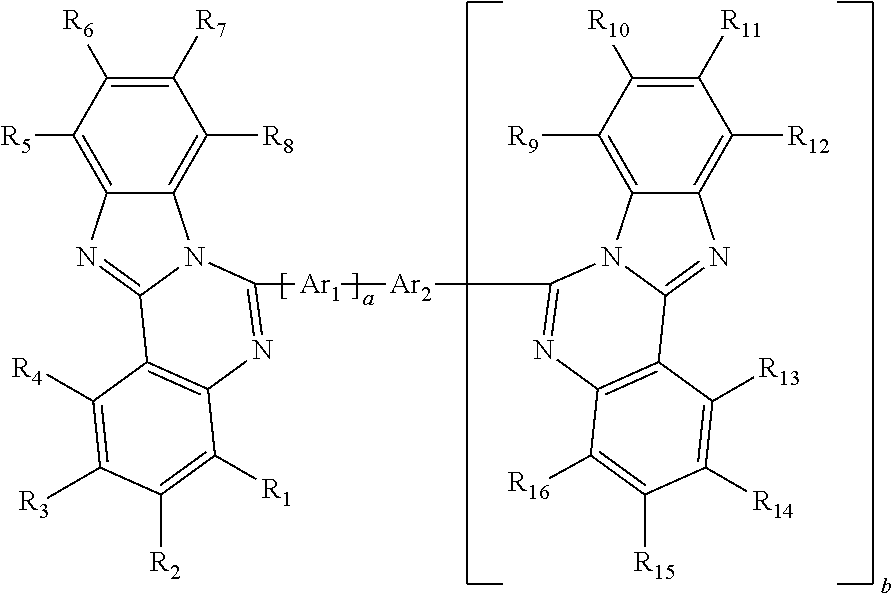
C00016

C00017

C00018

C00019
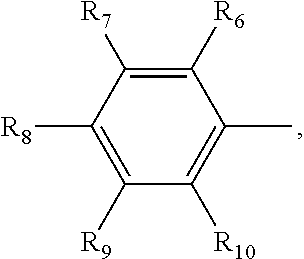
C00020
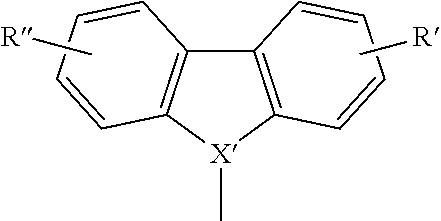
C00021

C00022
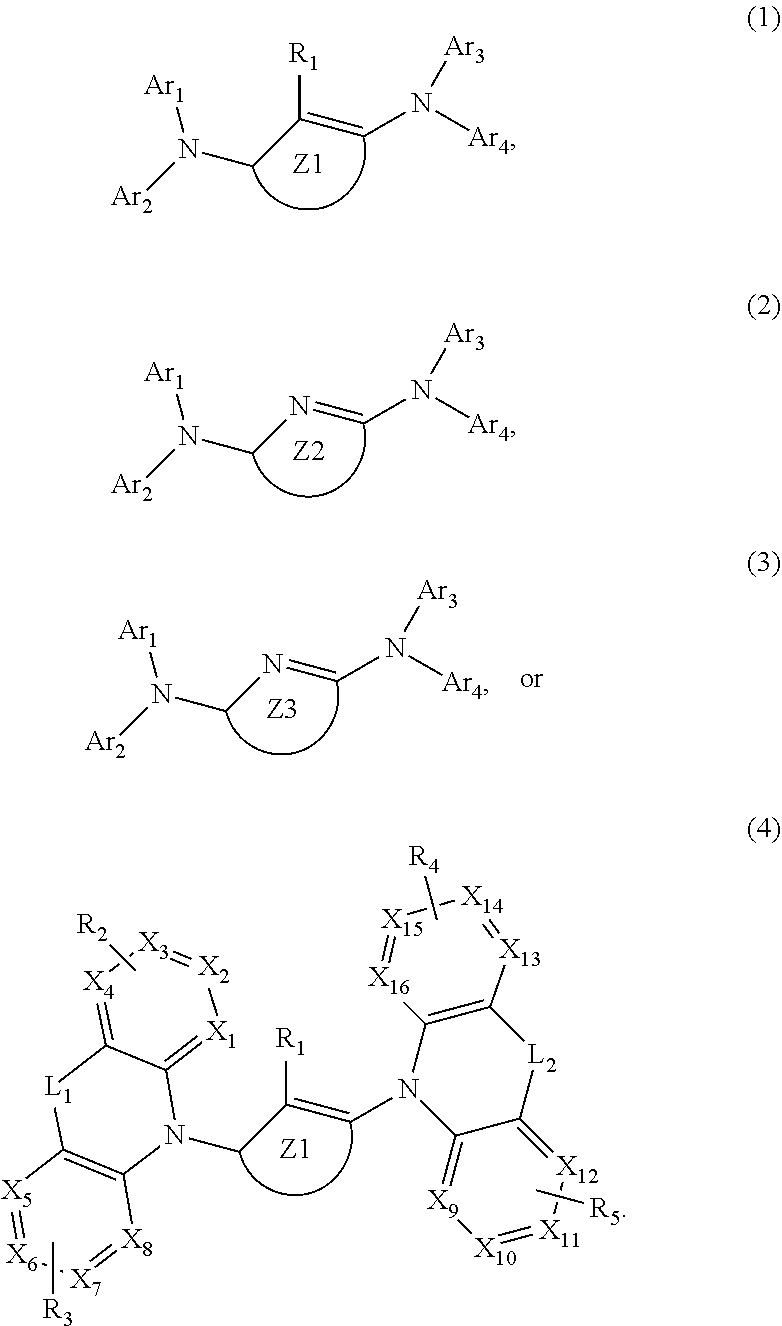
C00023

C00024

C00025

C00026
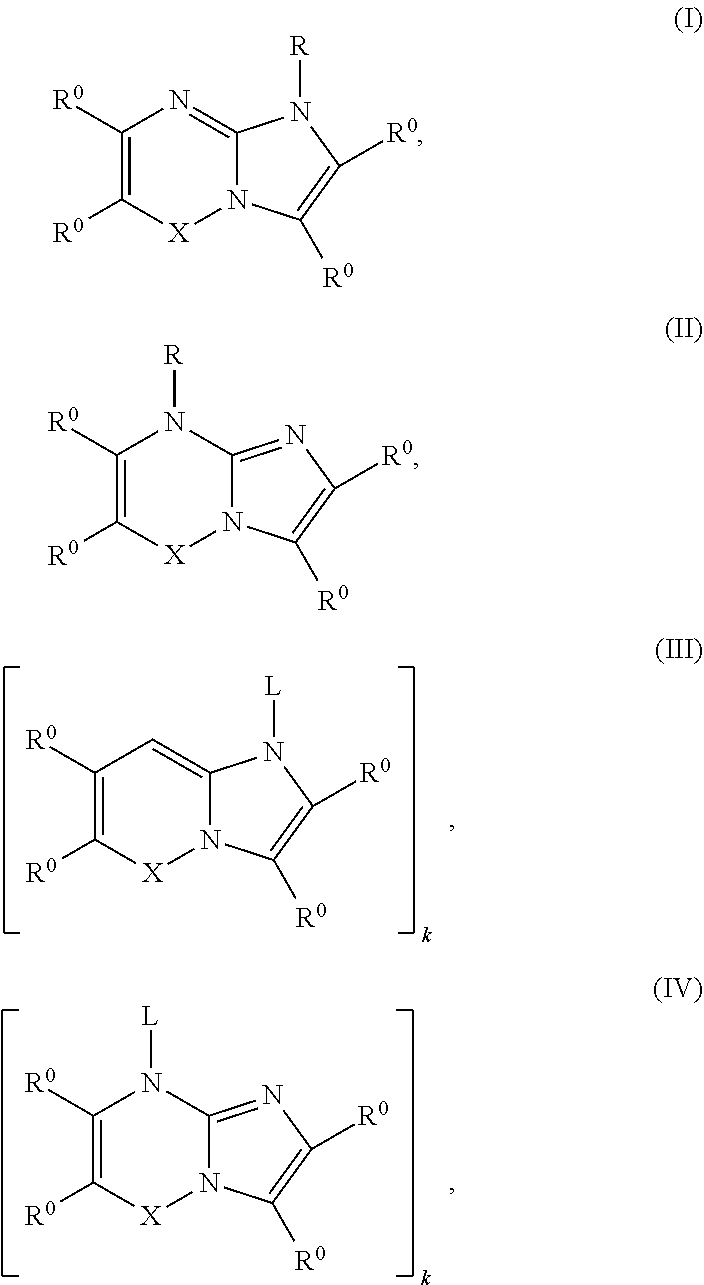
C00027

C00028

C00029

C00030

C00031
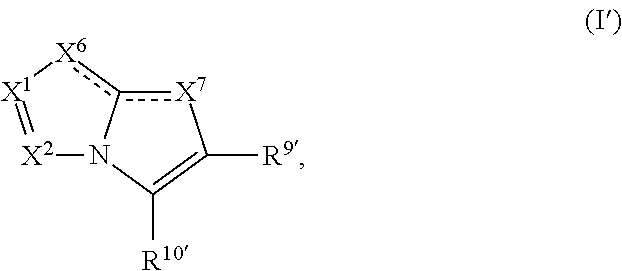
C00032

C00033
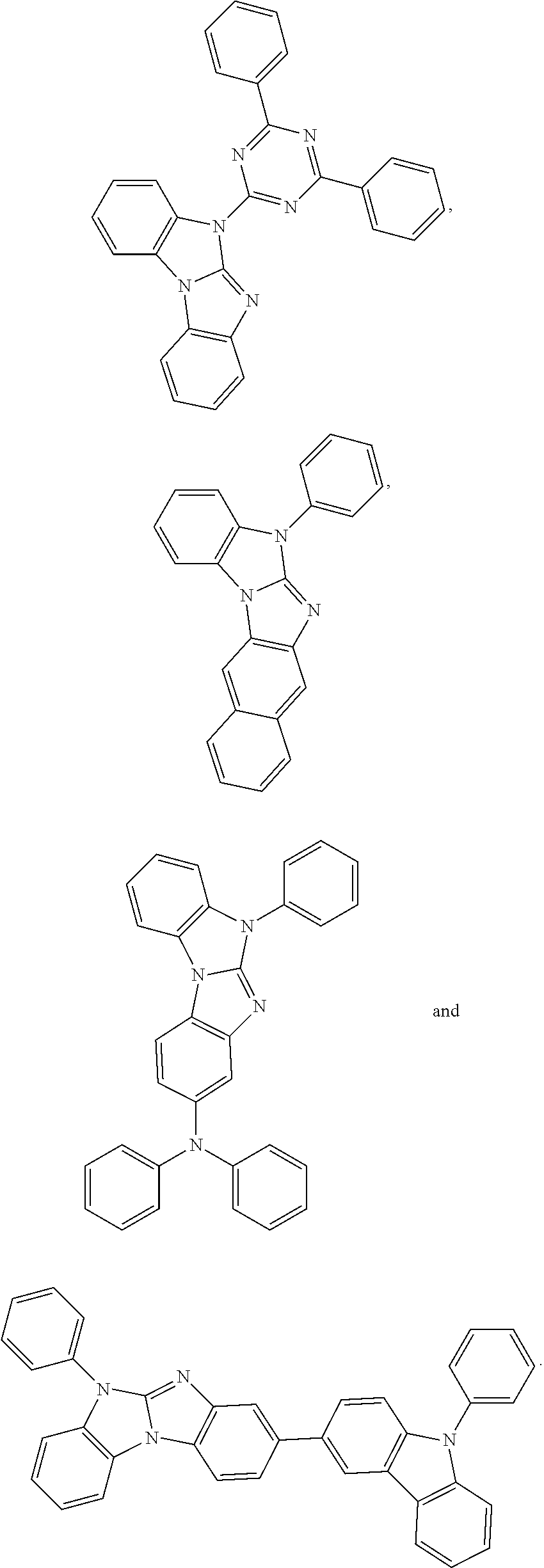
C00034

C00035
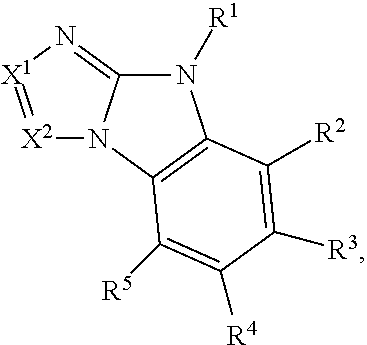
C00036
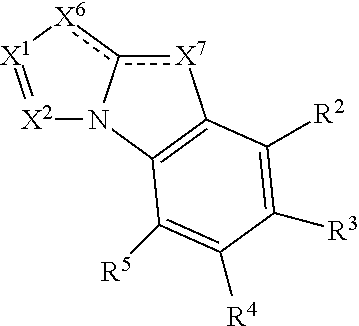
C00037
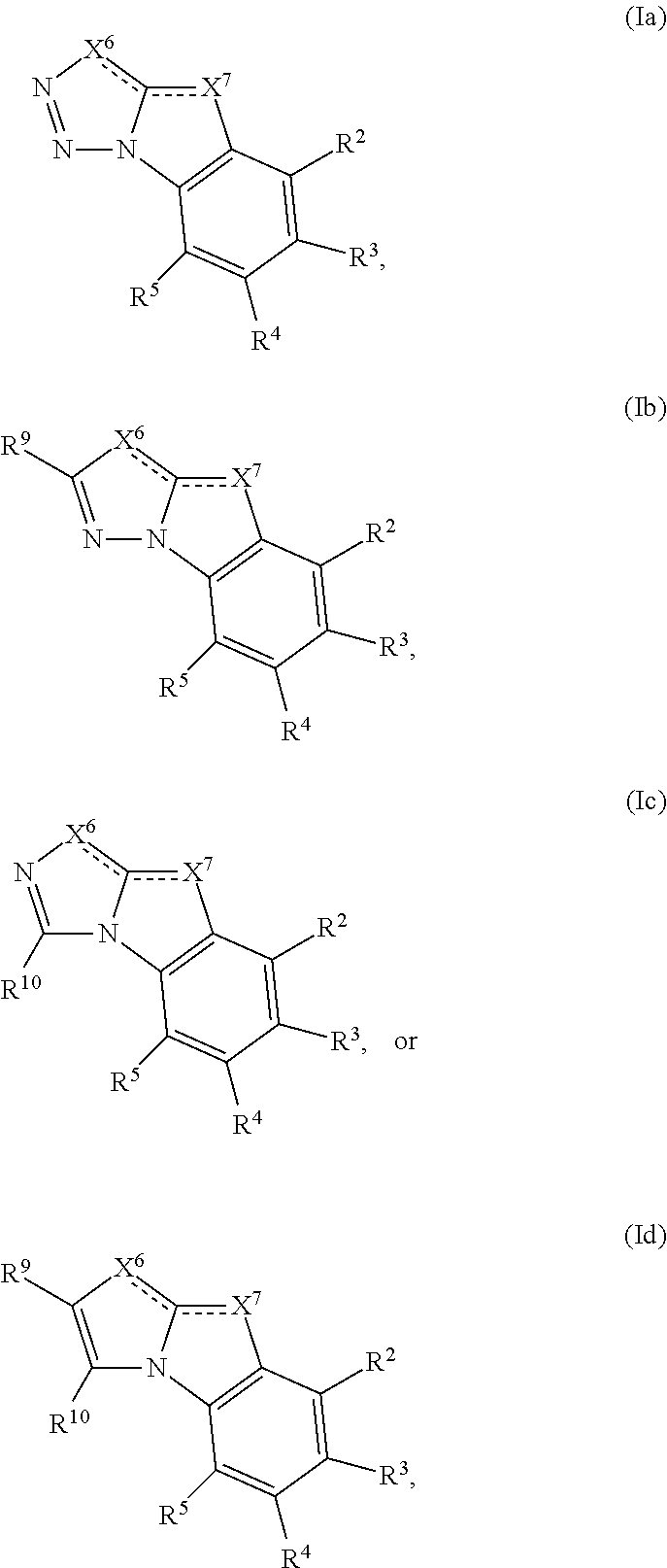
C00038
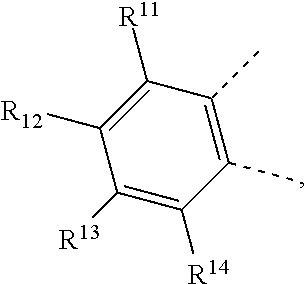
C00039

C00040
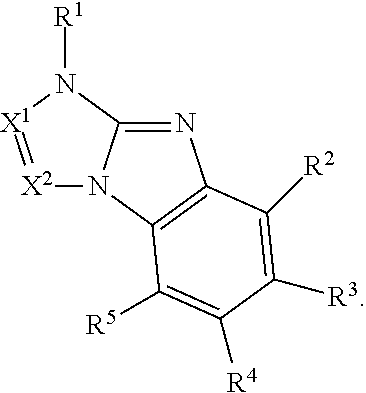
C00041

C00042
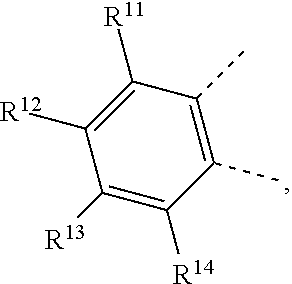
C00043
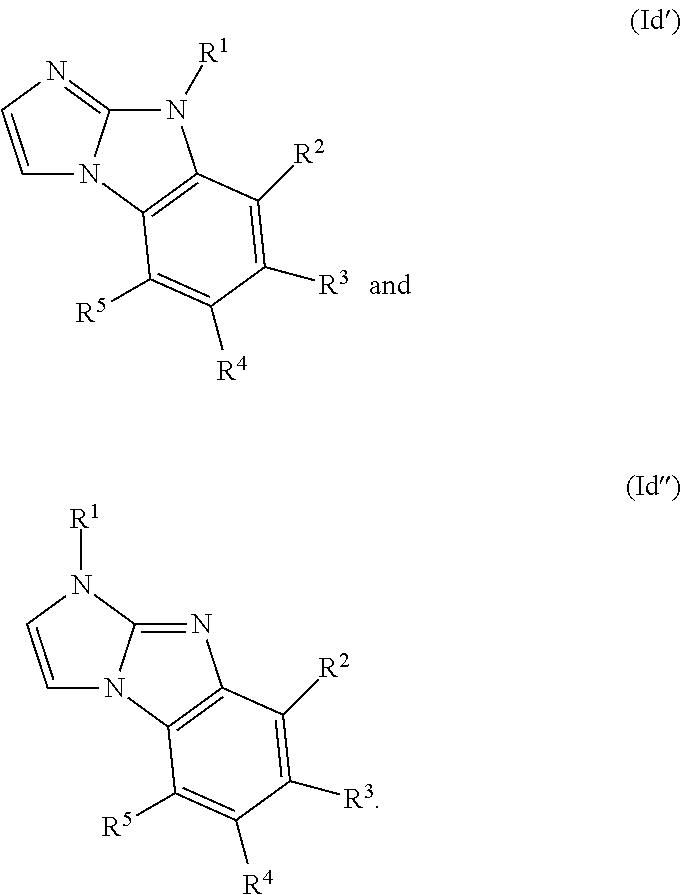
C00044

C00045

C00046

C00047
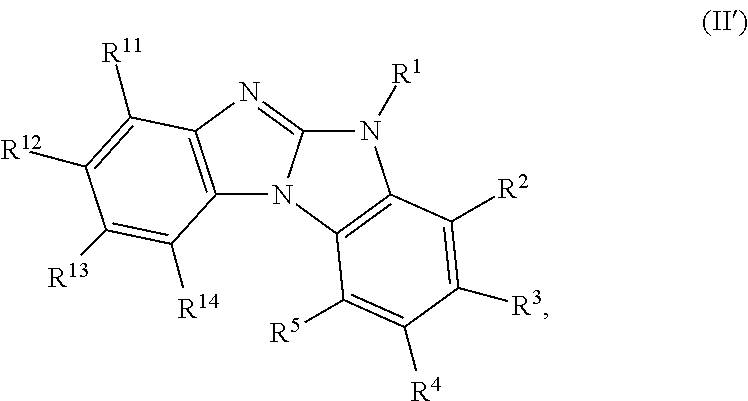
C00048
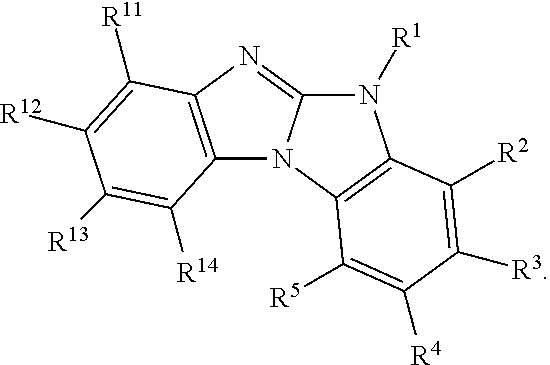
C00049

C00050
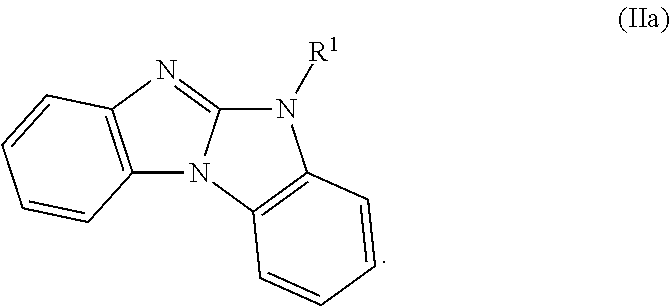
C00051
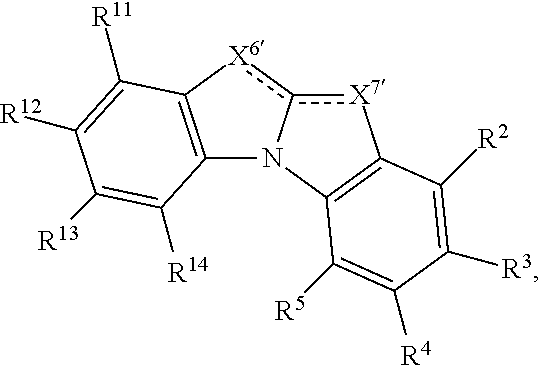
C00052

C00053

C00054
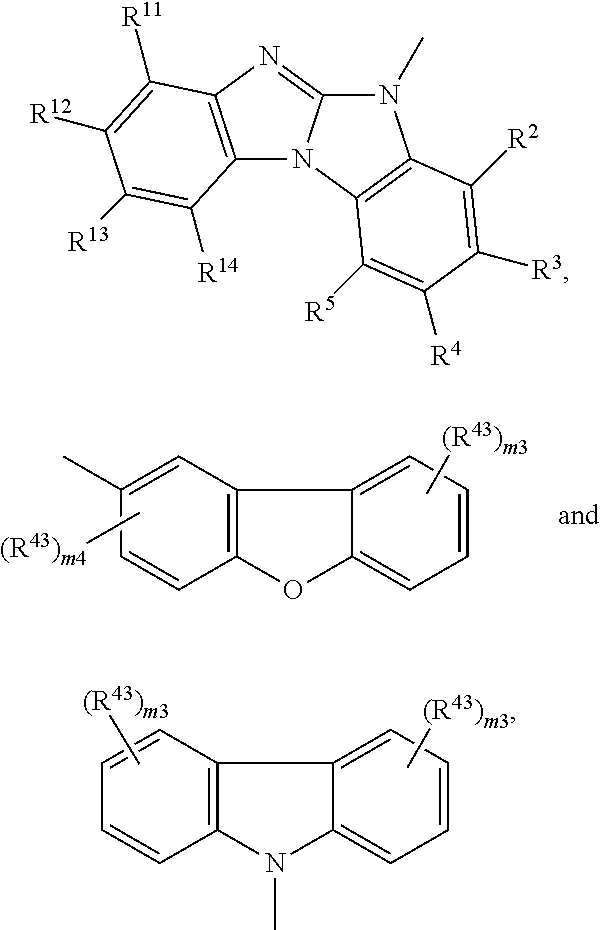
C00055

C00056
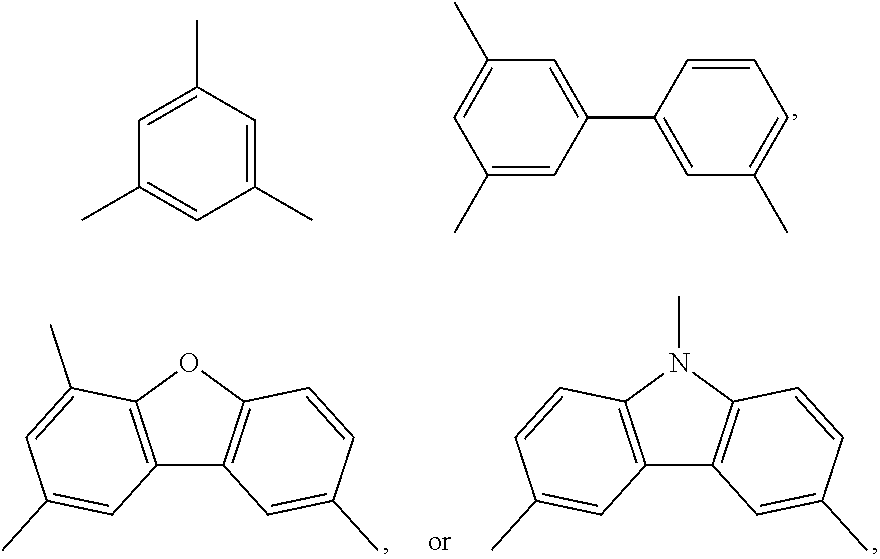
C00057

C00058

C00059
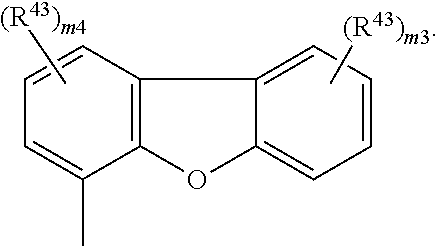
C00060
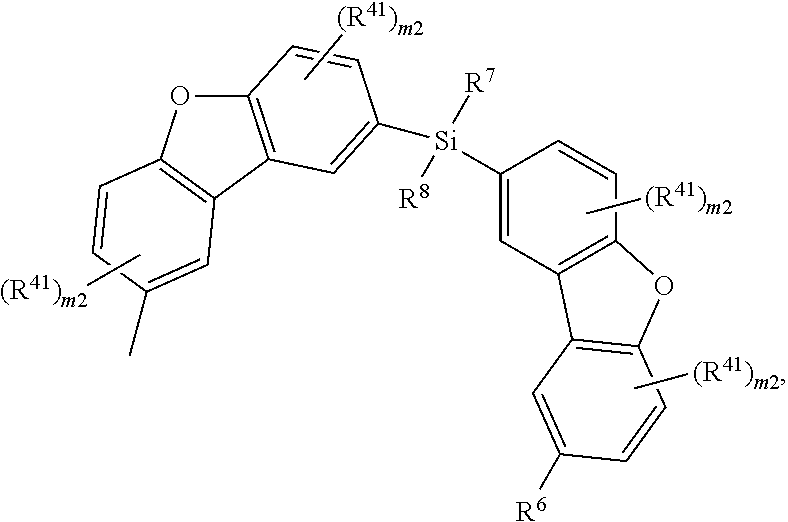
C00061

C00062

C00063

C00064
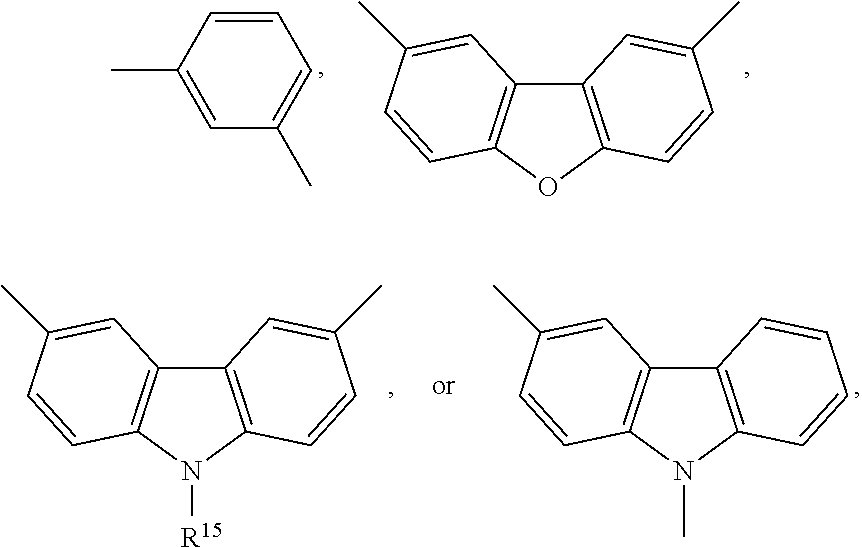
C00065

C00066

C00067

C00068

C00069
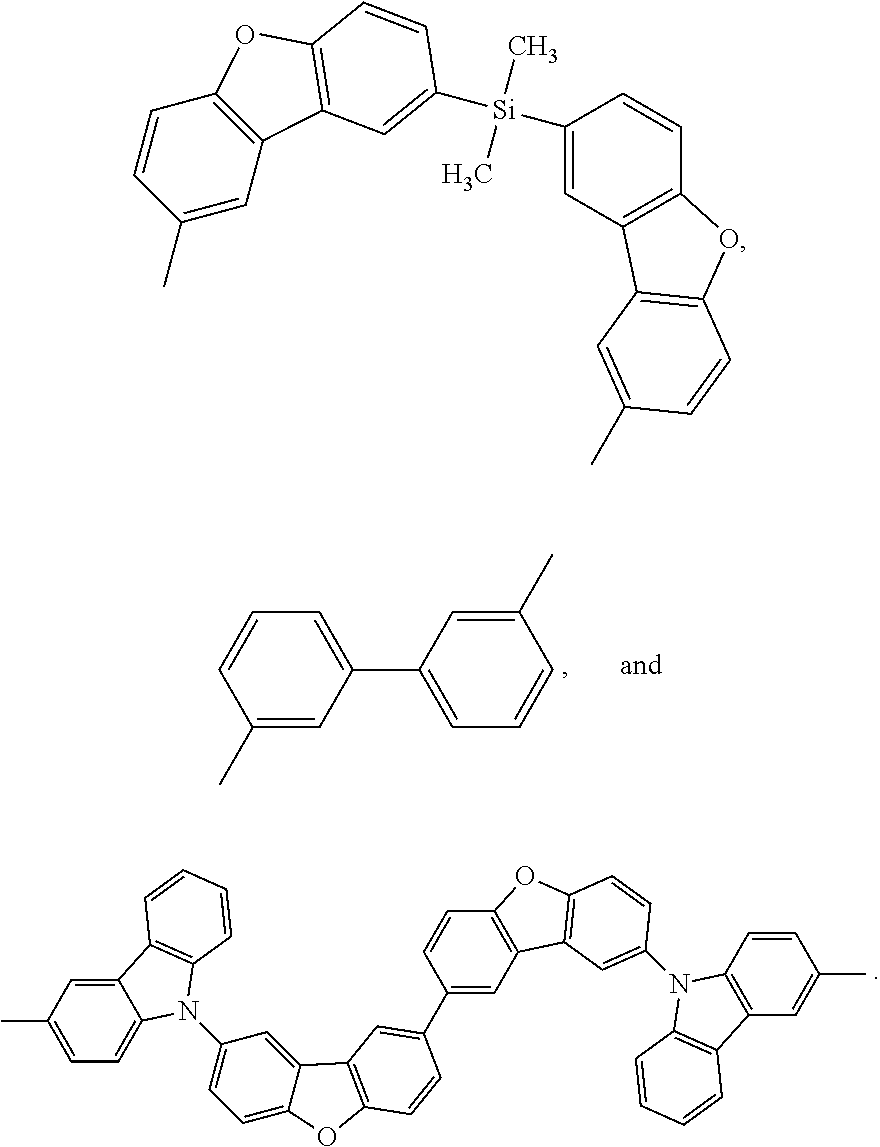
C00070

C00071
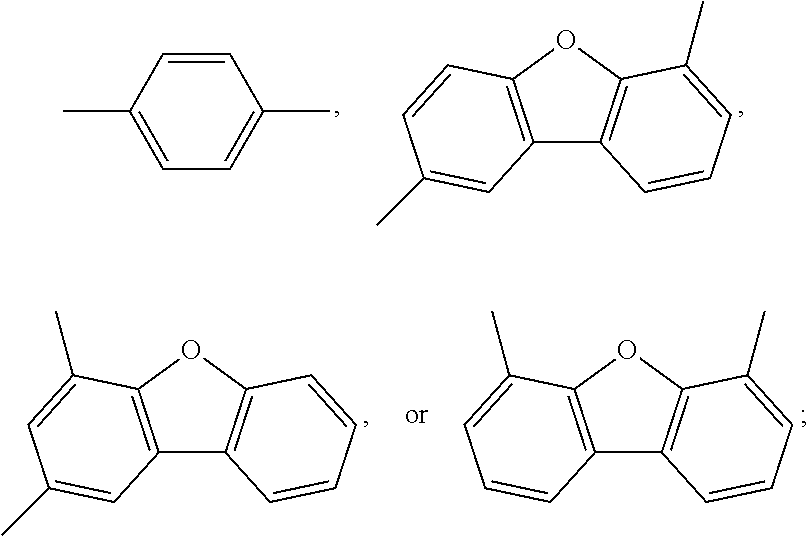
C00072

C00073

C00074

C00075

C00076

C00077

C00078
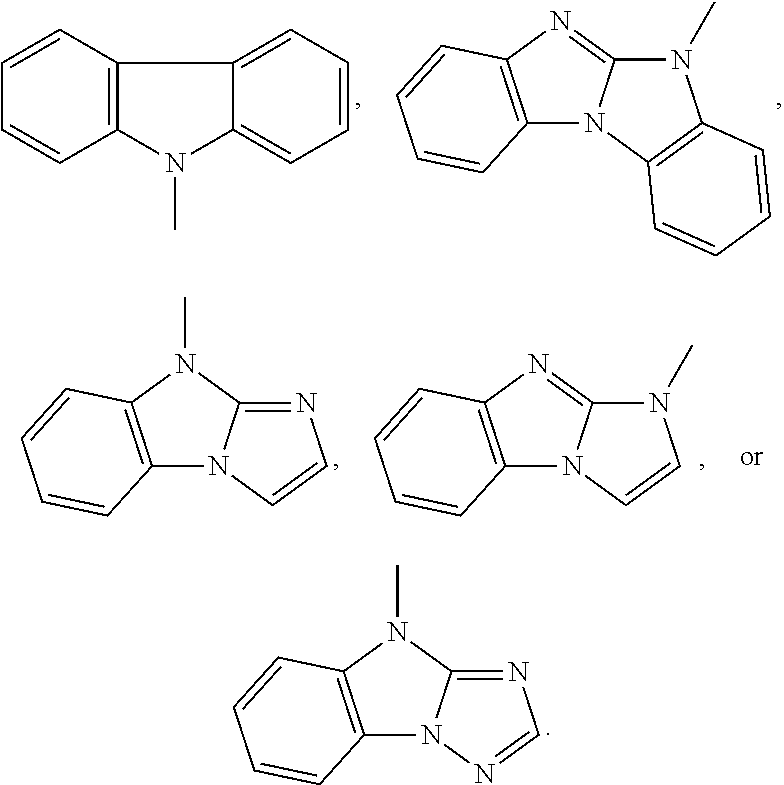
C00079
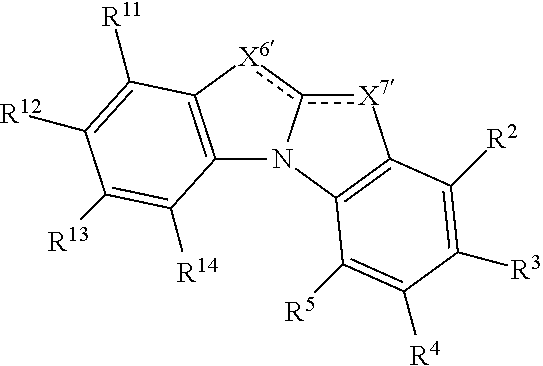
C00080
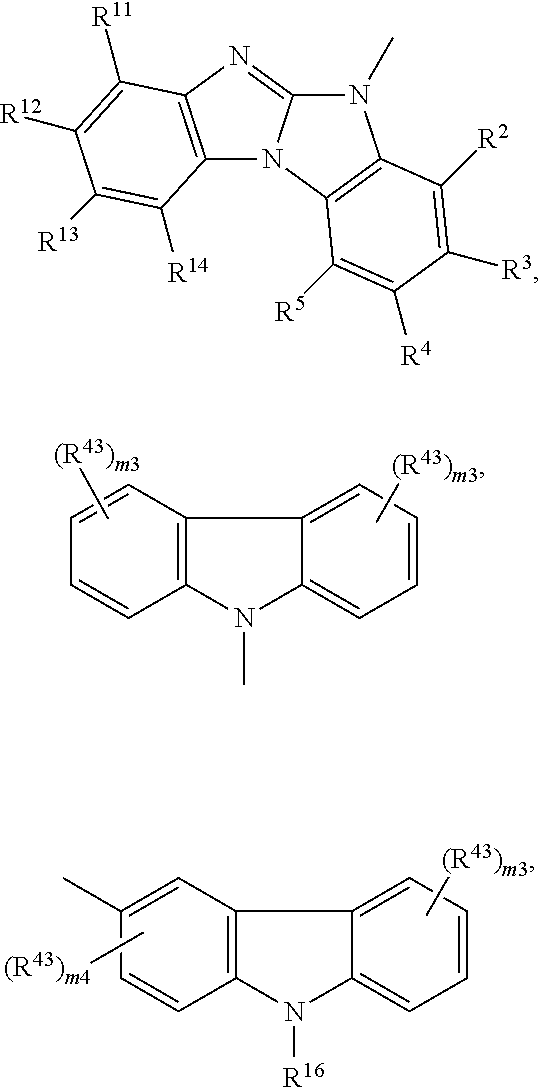
C00081

C00082

C00083

C00084

C00085

C00086

C00087

C00088

C00089
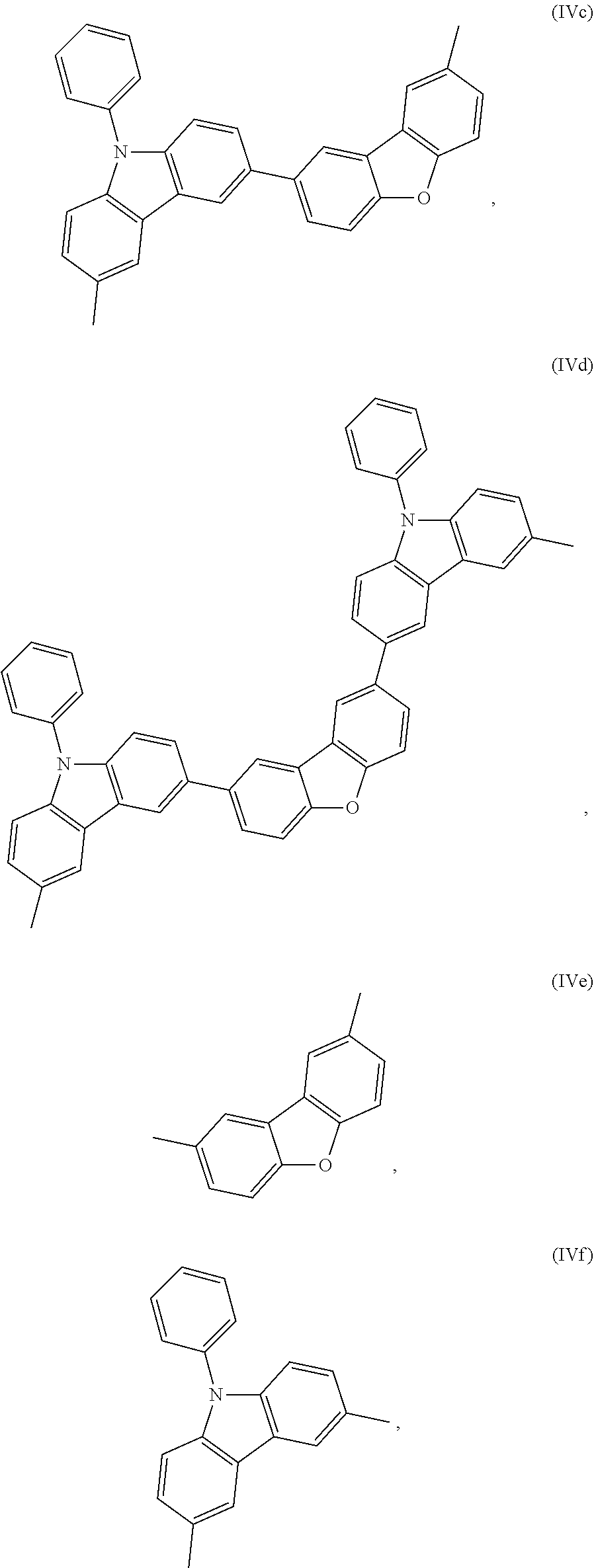
C00090
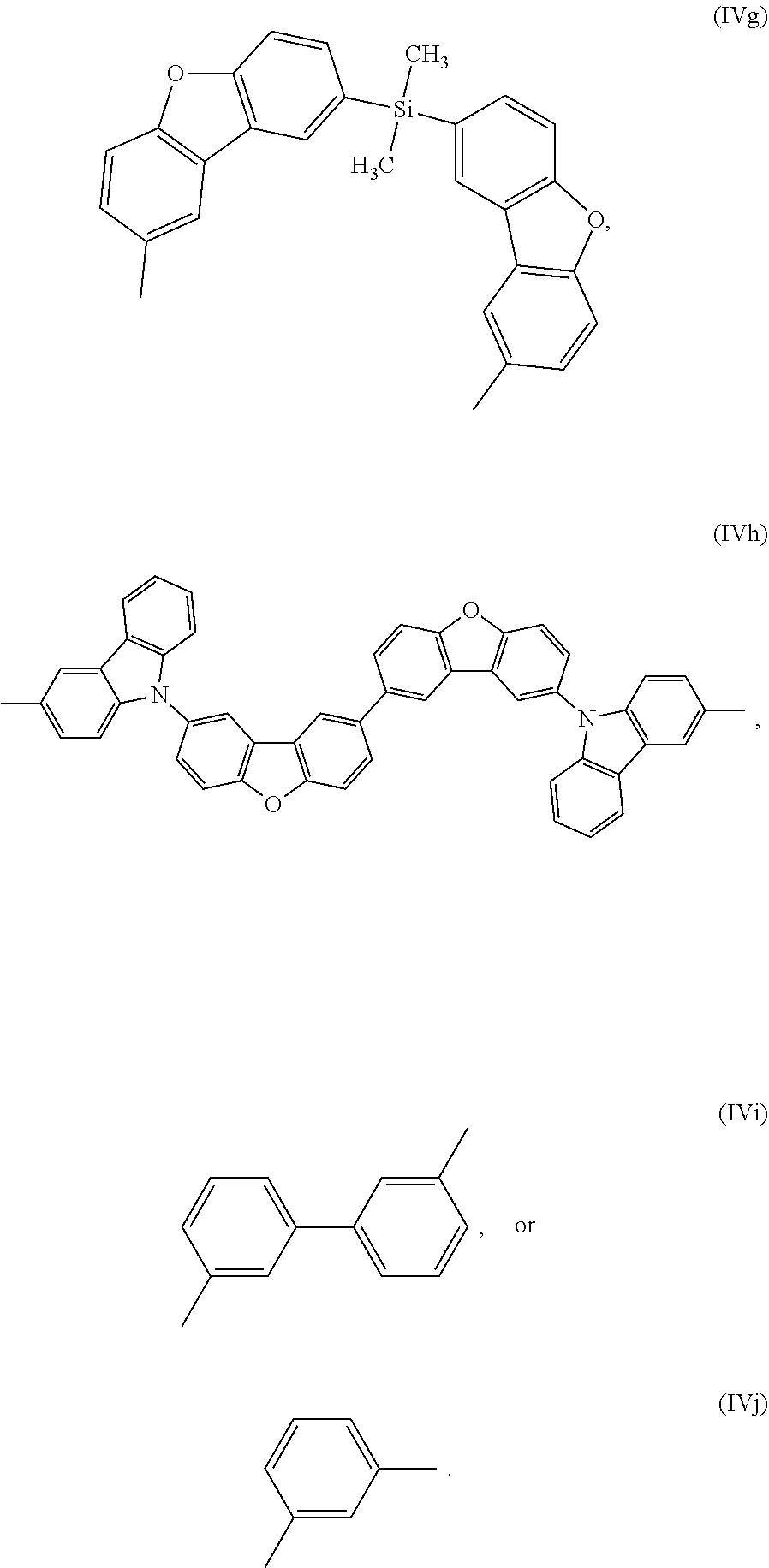
C00091
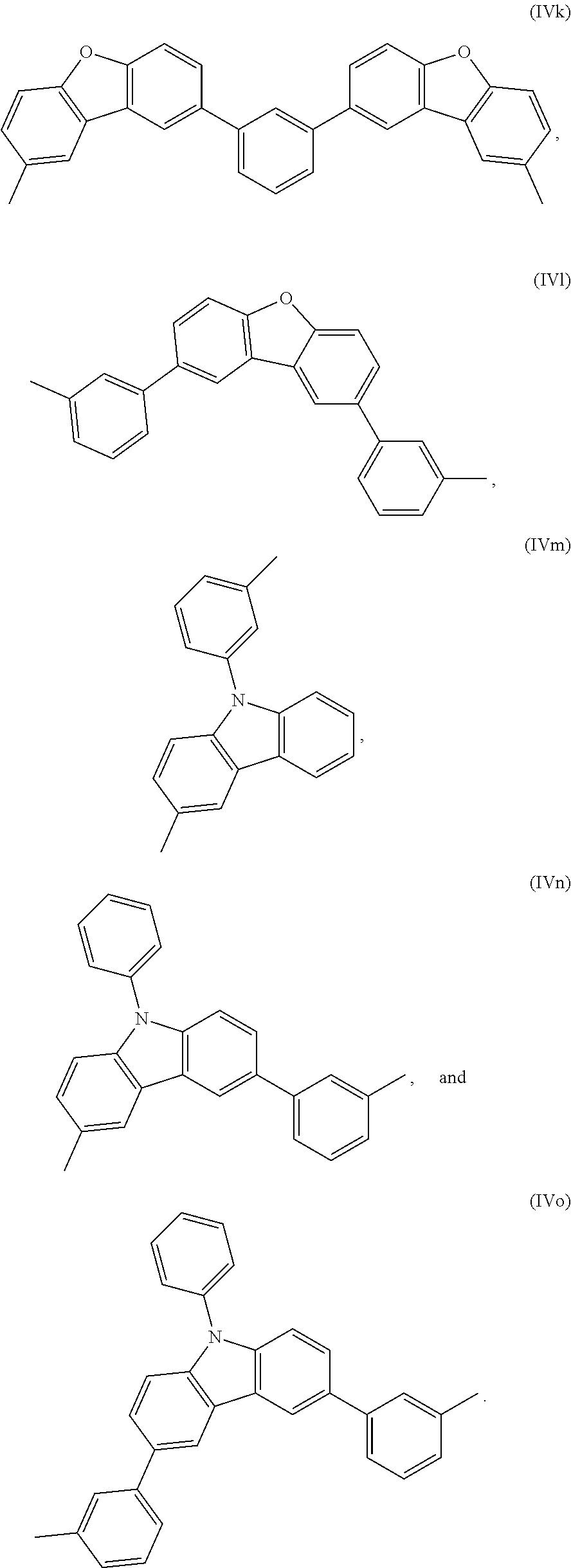
C00092
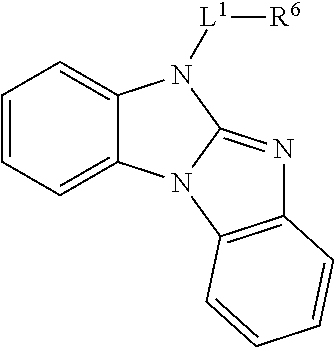
C00093

C00094
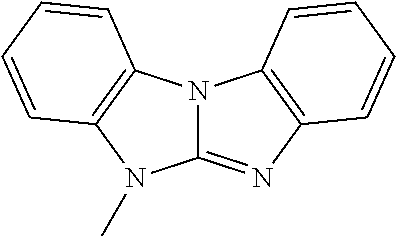
C00095

C00096
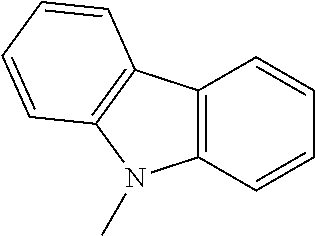
C00097

C00098

C00099

C00100
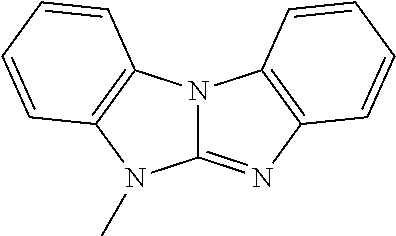
C00101

C00102

C00103

C00104

C00105
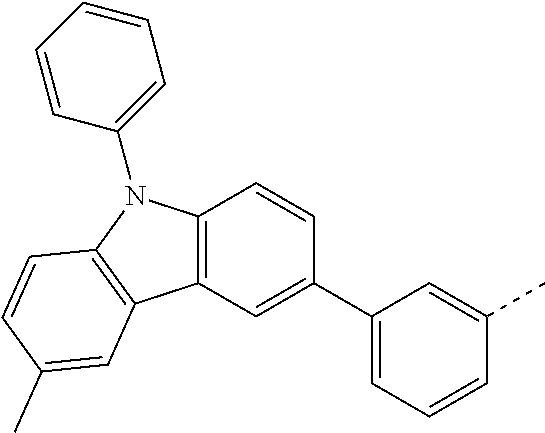
C00106

C00107

C00108

C00109
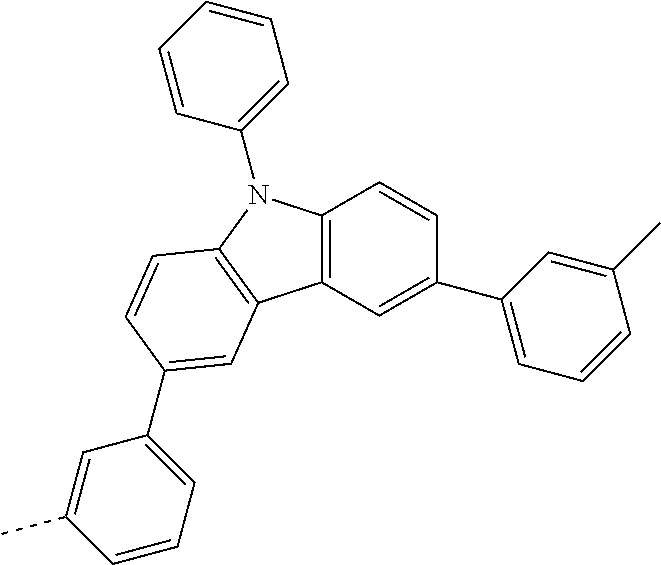
C00110
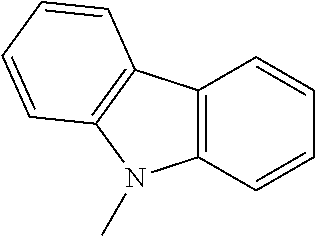
C00111
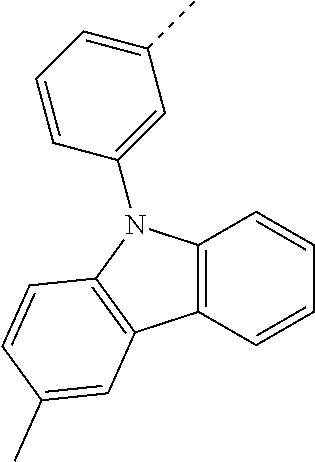
C00112
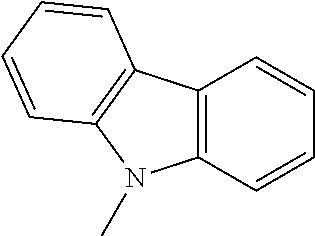
C00113
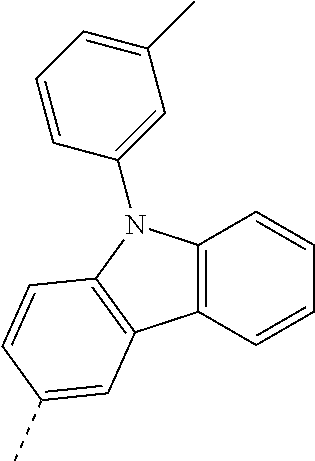
C00114
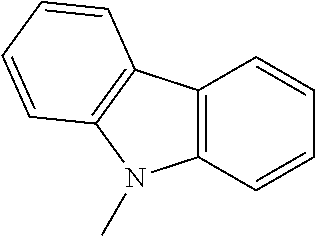
C00115

C00116

C00117
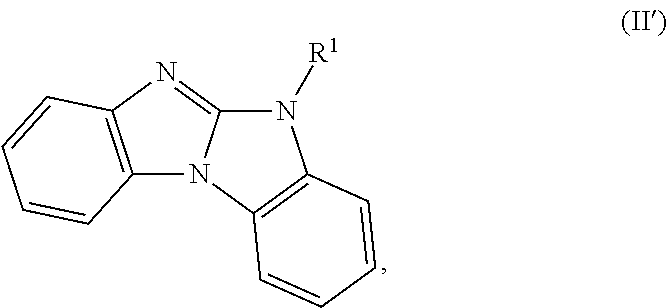
C00118

C00119
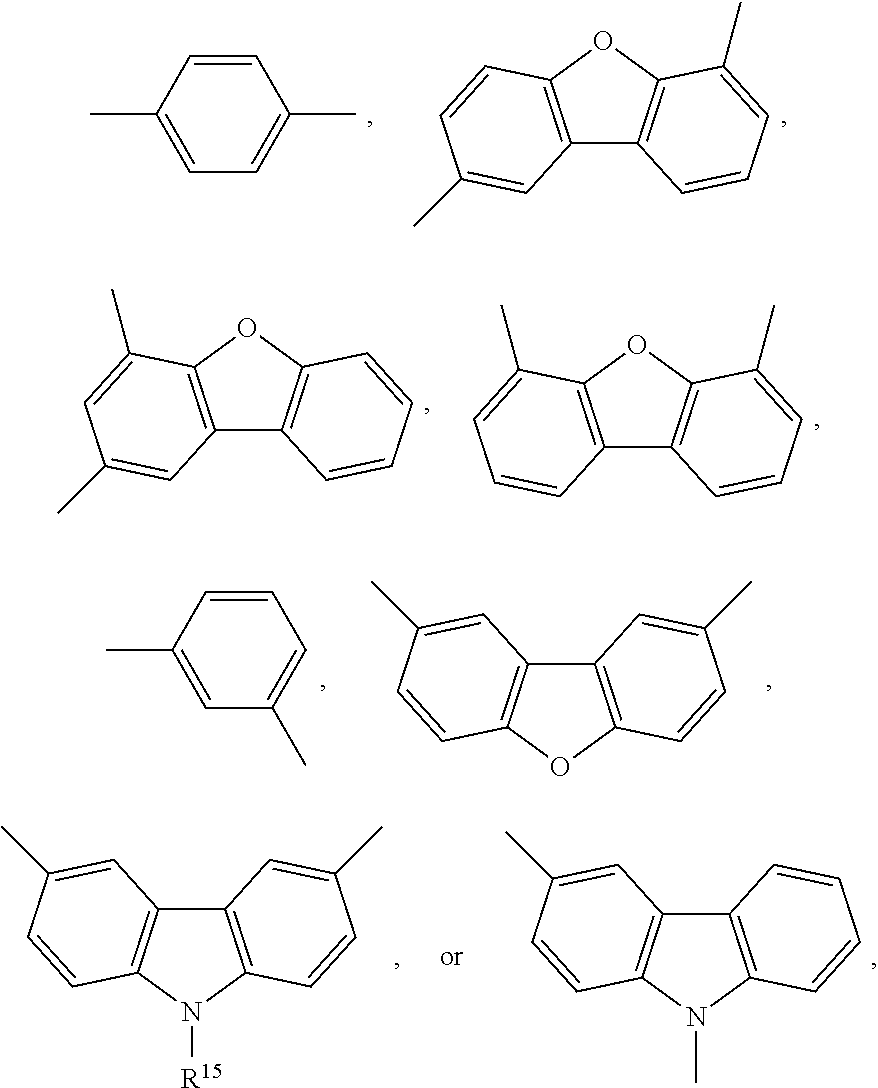
C00120

C00121

C00122

C00123

C00124

C00125

C00126

C00127

C00128

C00129
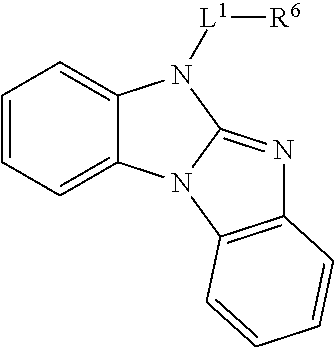
C00130
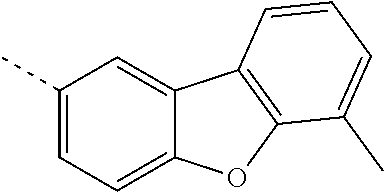
C00131

C00132
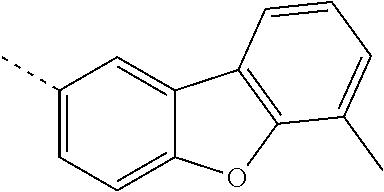
C00133

C00134
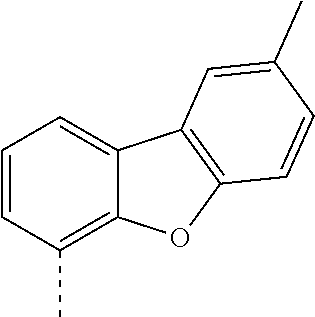
C00135
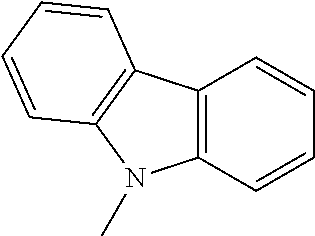
C00136
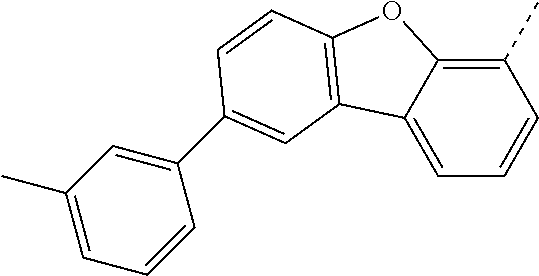
C00137
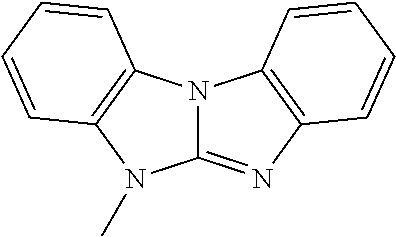
C00138

C00139

C00140
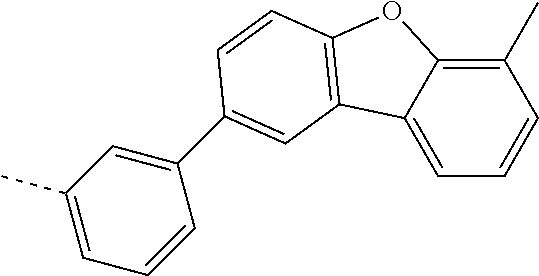
C00141
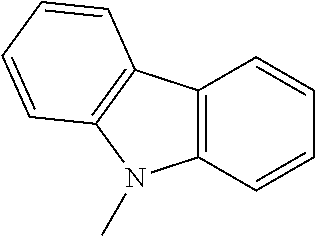
C00142
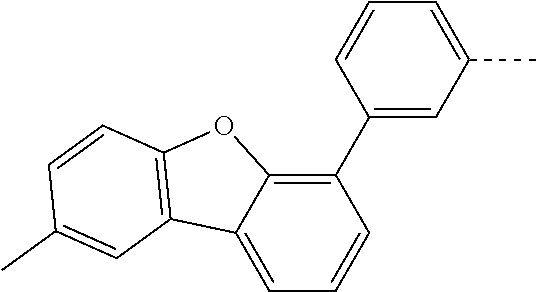
C00143

C00144

C00145
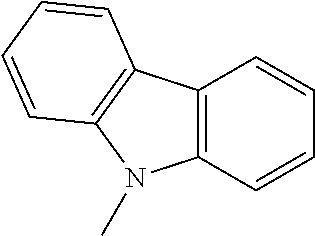
C00146

C00147

C00148

C00149

C00150
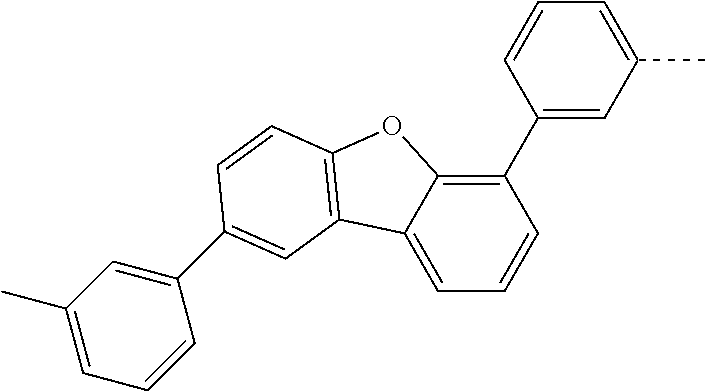
C00151

C00152
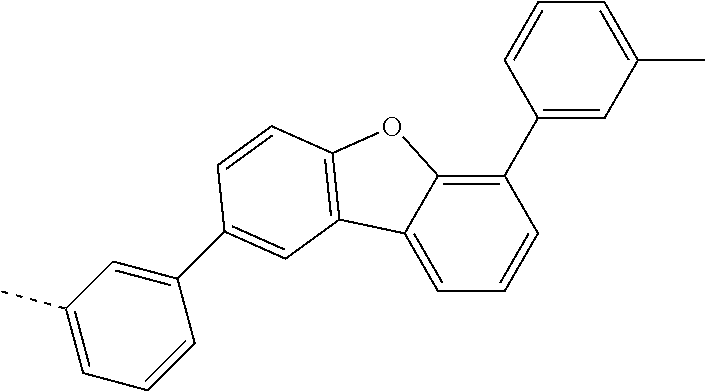
C00153
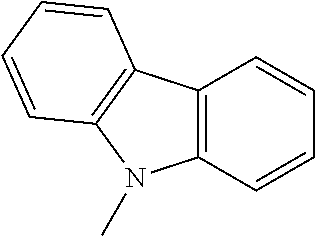
C00154
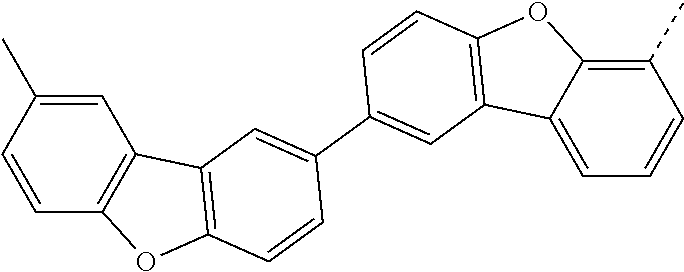
C00155

C00156
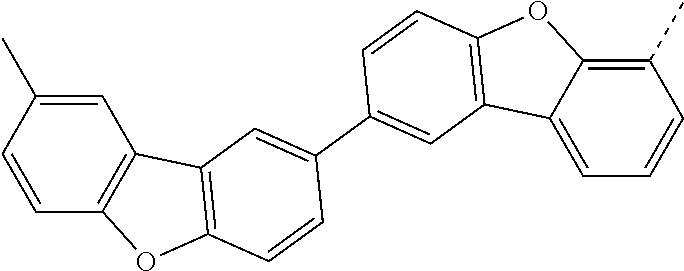
C00157
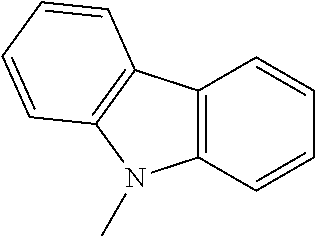
C00158

C00159
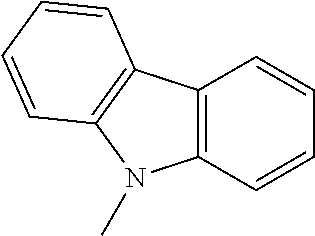
C00160

C00161
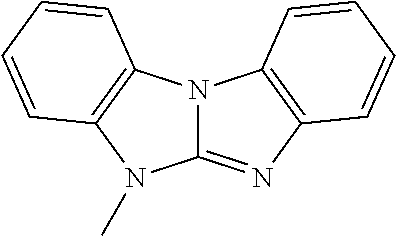
C00162
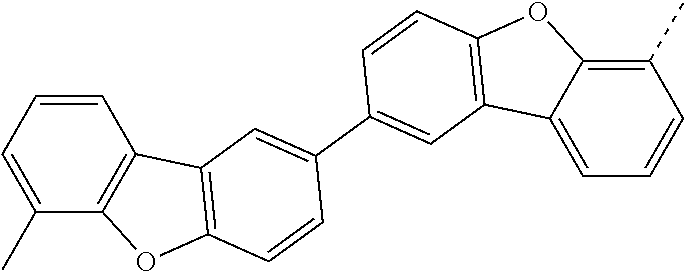
C00163
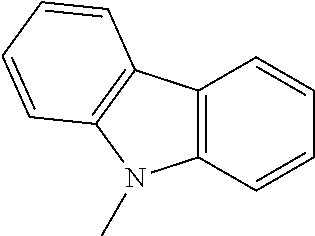
C00164

C00165

C00166

C00167

C00168

C00169

C00170

C00171

C00172

C00173

C00174

C00175
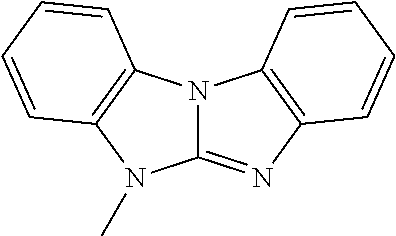
C00176

C00177

C00178

C00179
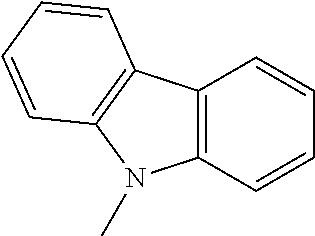
C00180

C00181
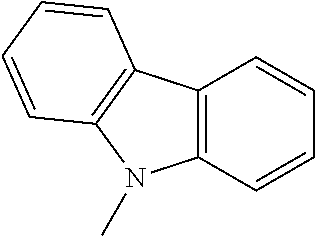
C00182
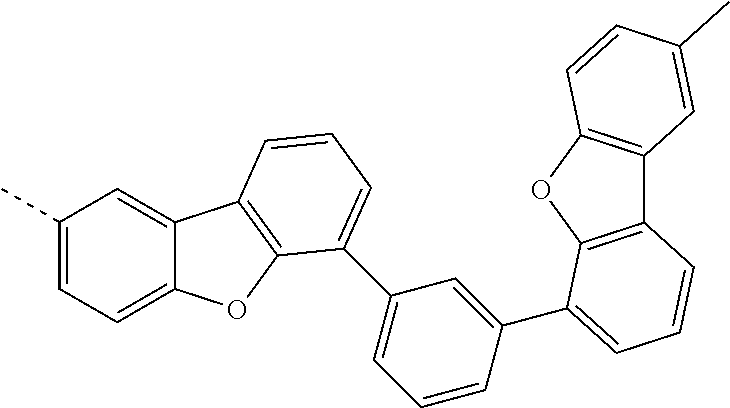
C00183
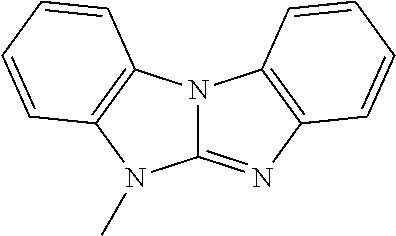
C00184

C00185
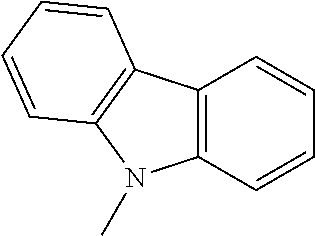
C00186

C00187

C00188
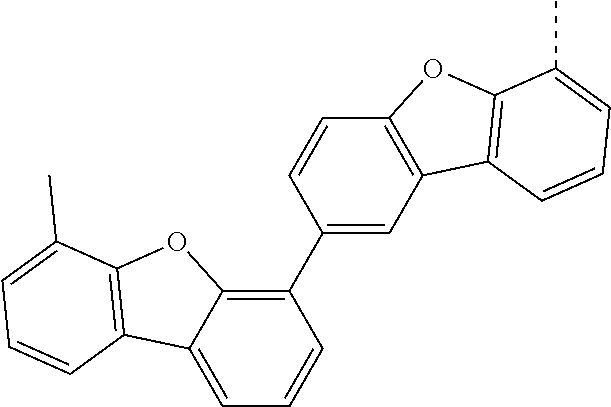
C00189
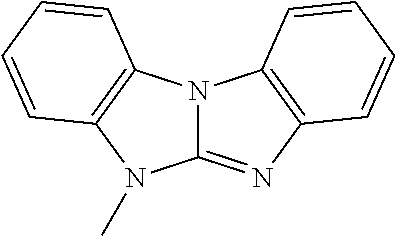
C00190

C00191

C00192

C00193

C00194

C00195
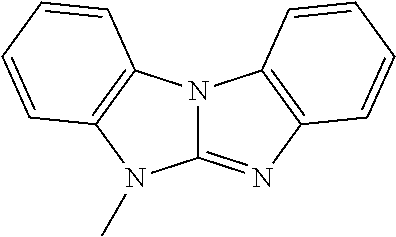
C00196
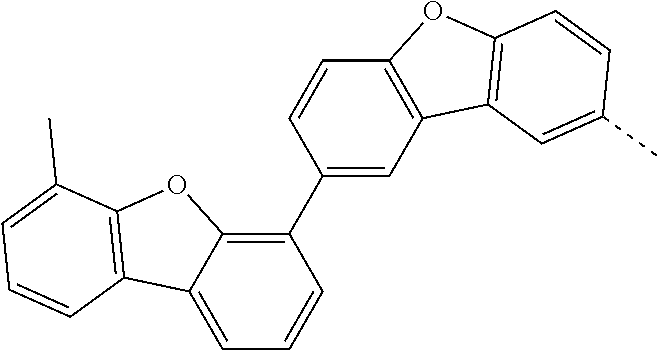
C00197
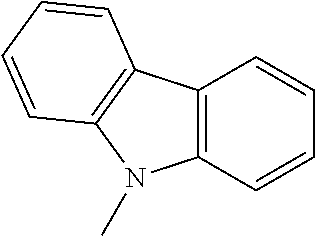
C00198
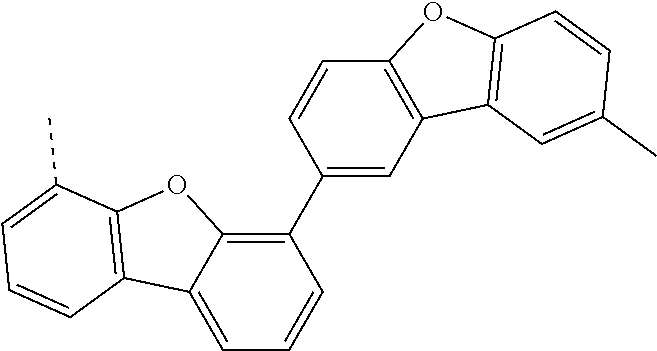
C00199

C00200
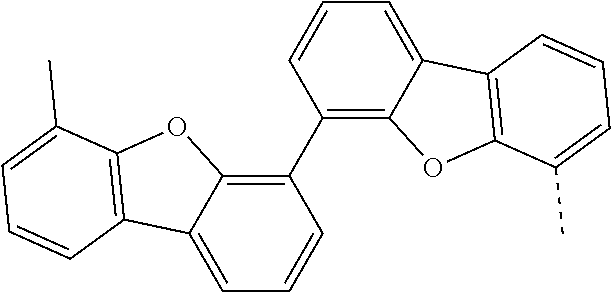
C00201
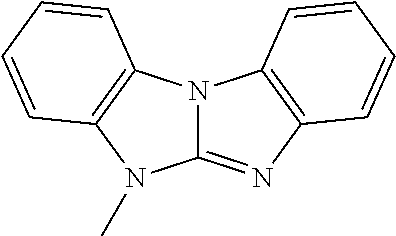
C00202
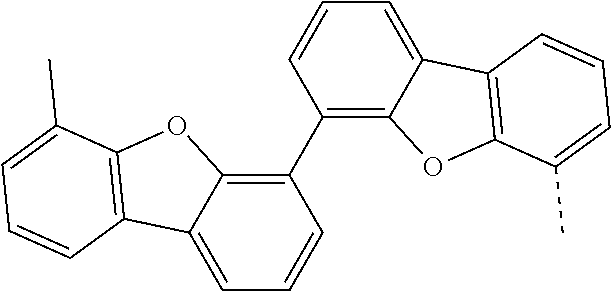
C00203

C00204
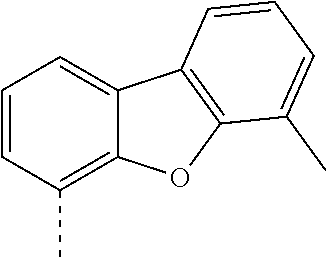
C00205
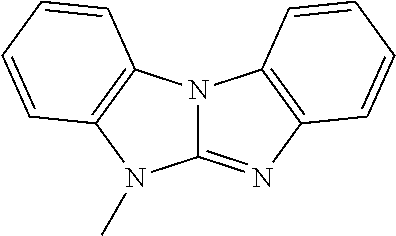
C00206

C00207
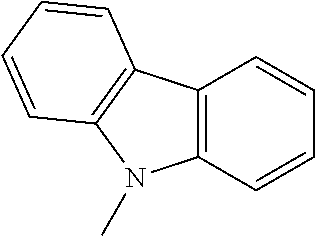
C00208

C00209

C00210
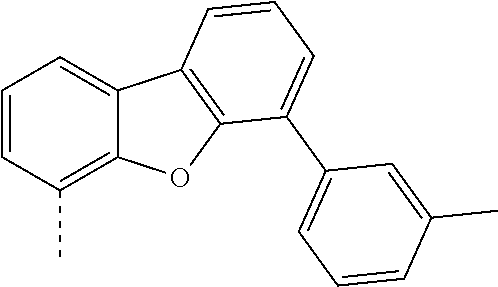
C00211
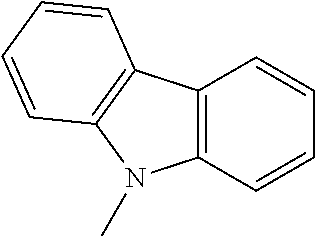
C00212

C00213

C00214
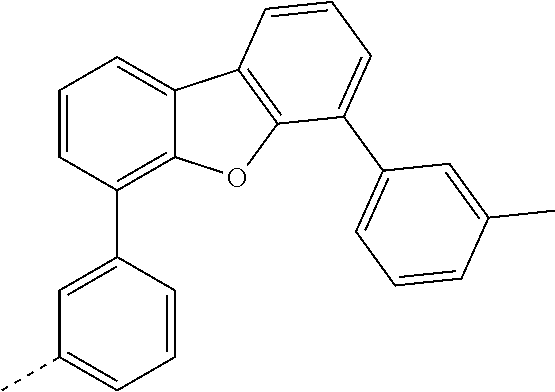
C00215

C00216

C00217
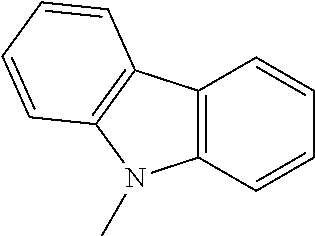
C00218
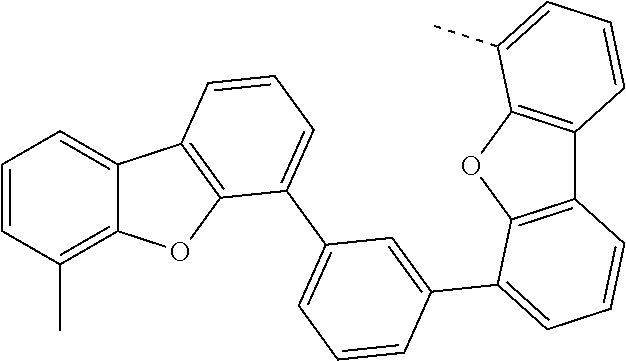
C00219
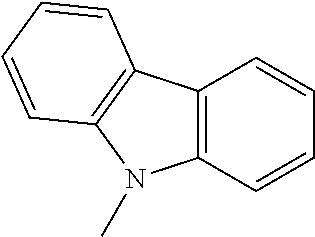
C00220
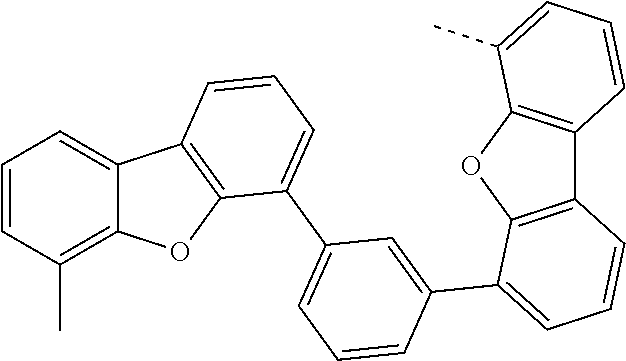
C00221
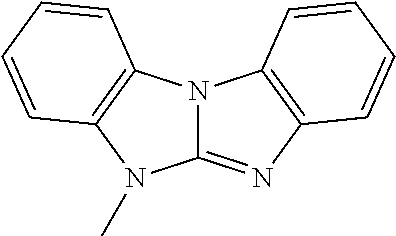
C00222

C00223

C00224
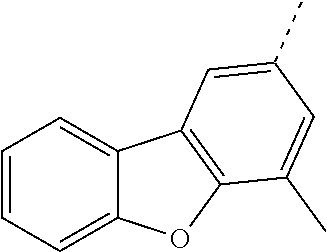
C00225

C00226
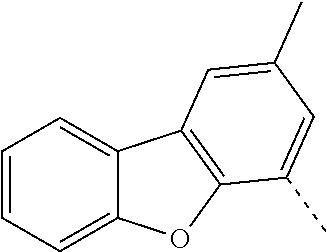
C00227
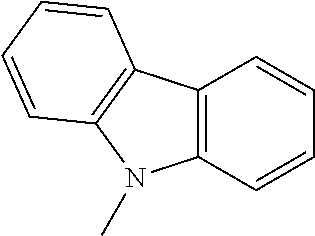
C00228
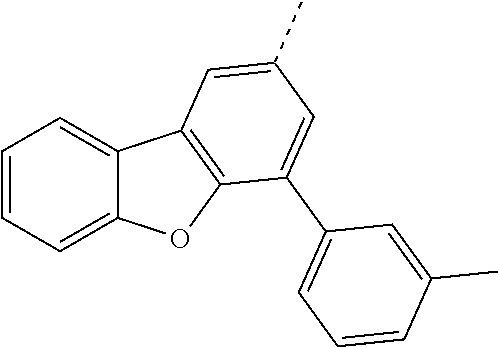
C00229

C00230

C00231

C00232

C00233
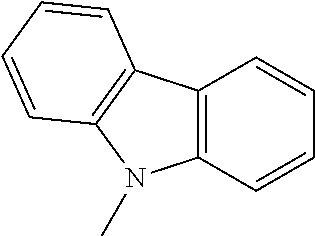
C00234
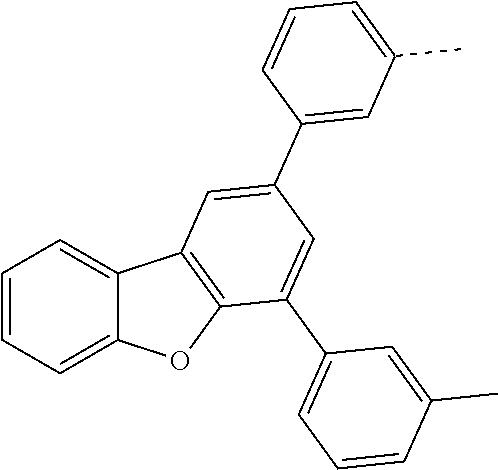
C00235
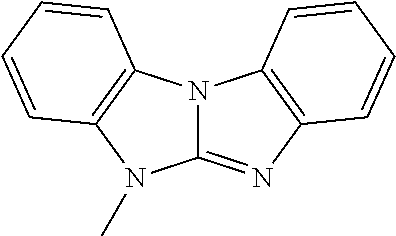
C00236
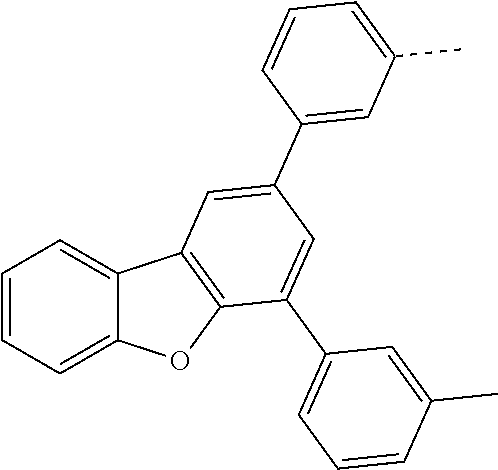
C00237
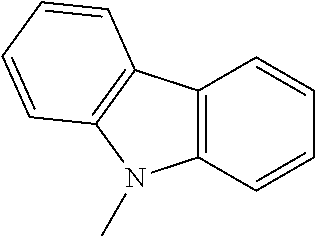
C00238
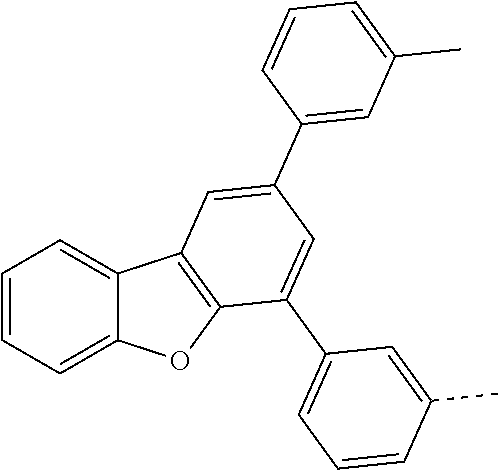
C00239
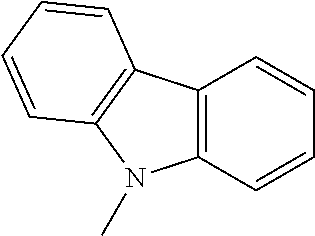
C00240
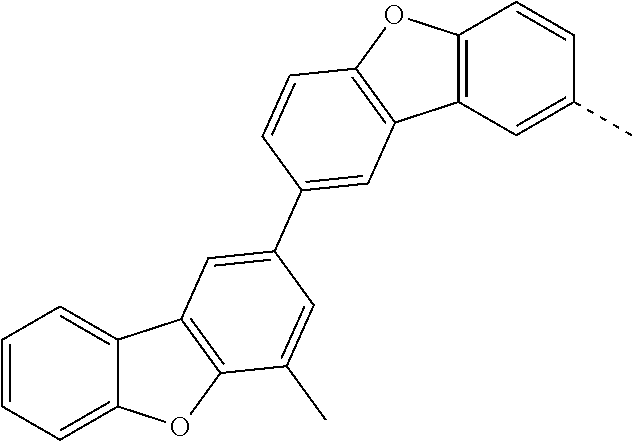
C00241
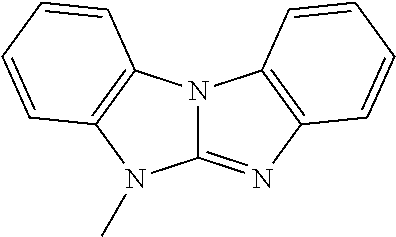
C00242

C00243
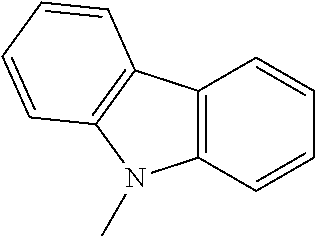
C00244

C00245
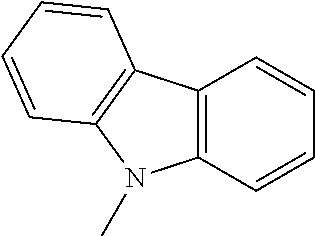
C00246

C00247

C00248
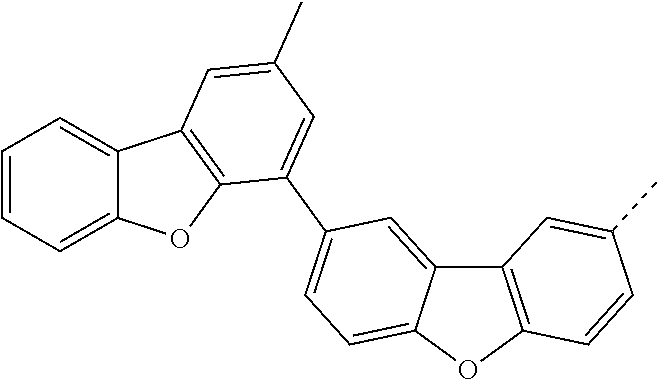
C00249
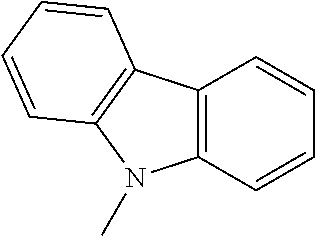
C00250
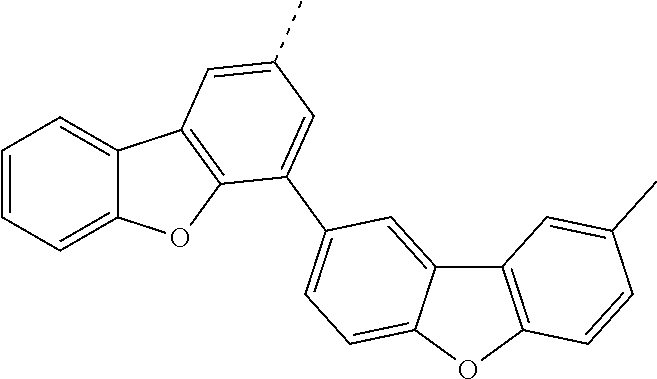
C00251

C00252
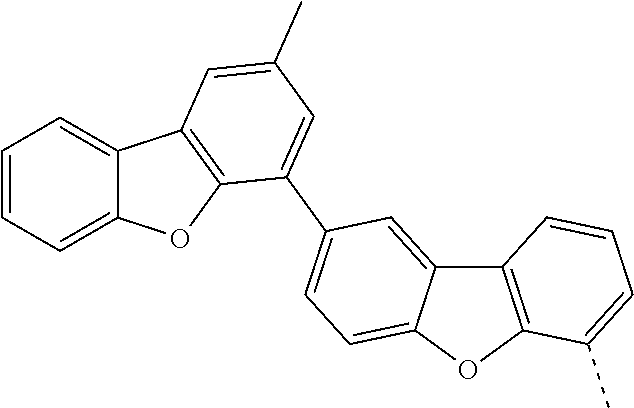
C00253

C00254
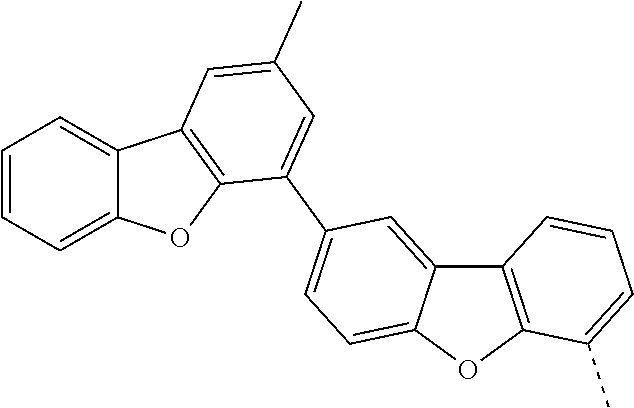
C00255
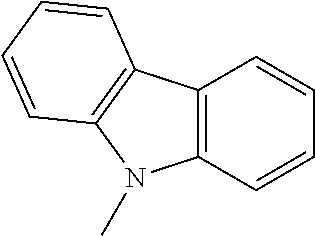
C00256
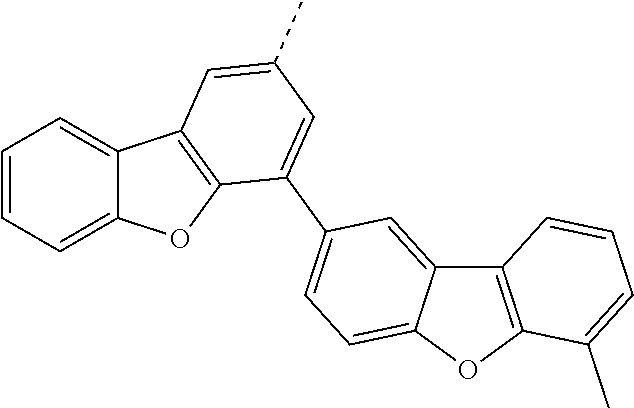
C00257

C00258

C00259
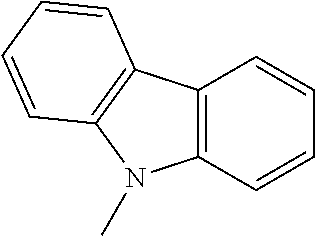
C00260
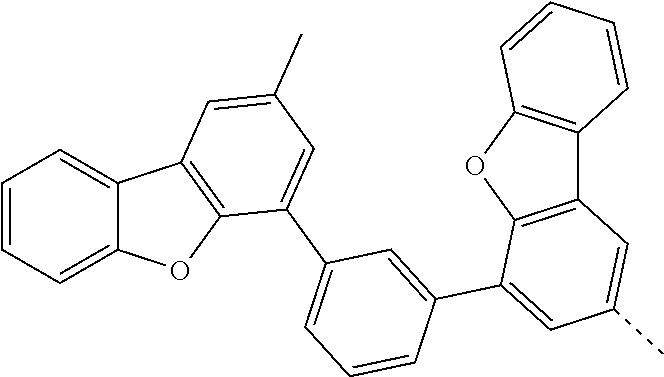
C00261

C00262
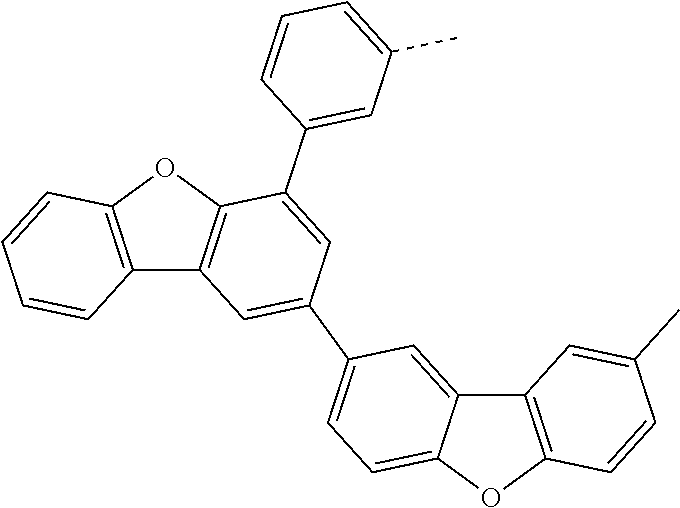
C00263
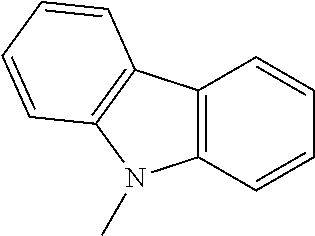
C00264
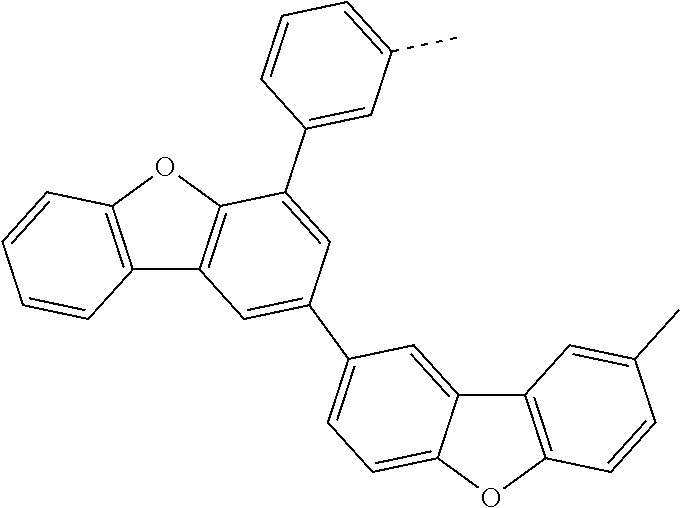
C00265

C00266
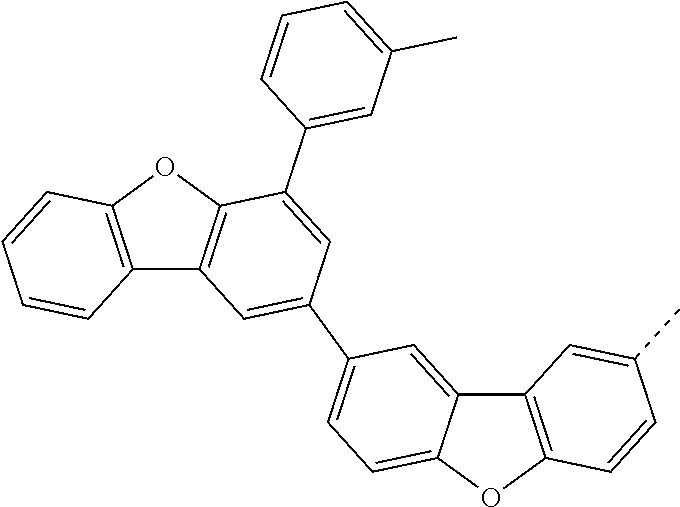
C00267
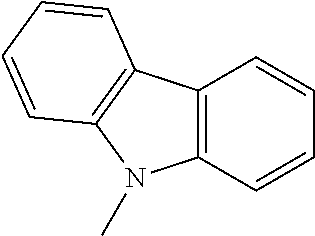
C00268
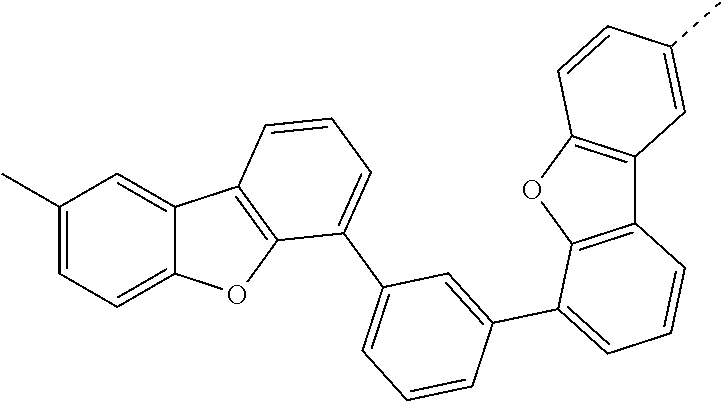
C00269
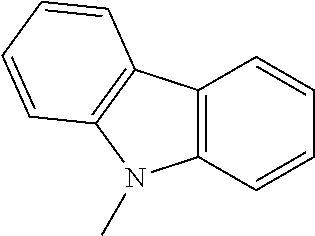
C00270
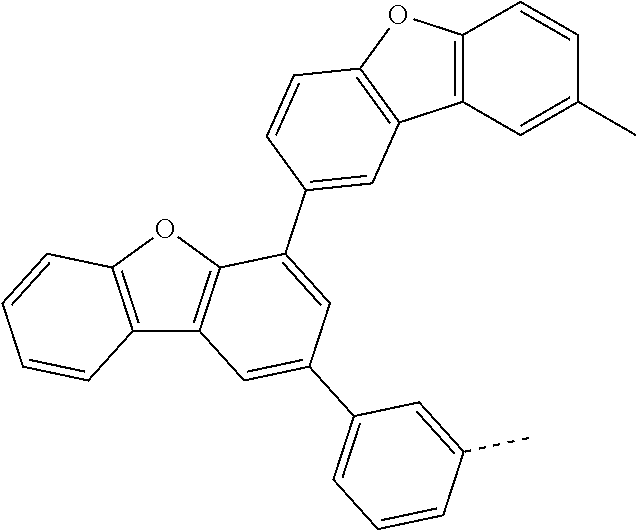
C00271

C00272
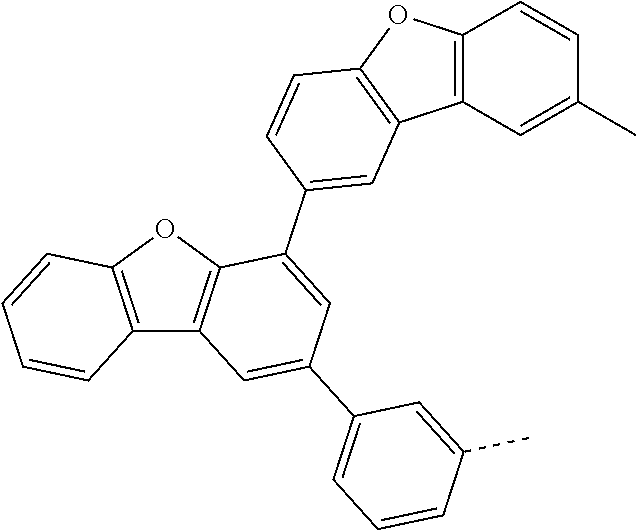
C00273
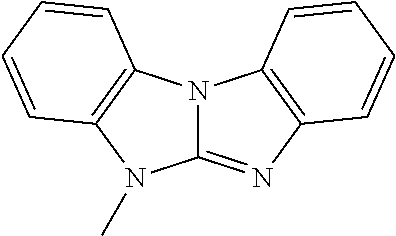
C00274
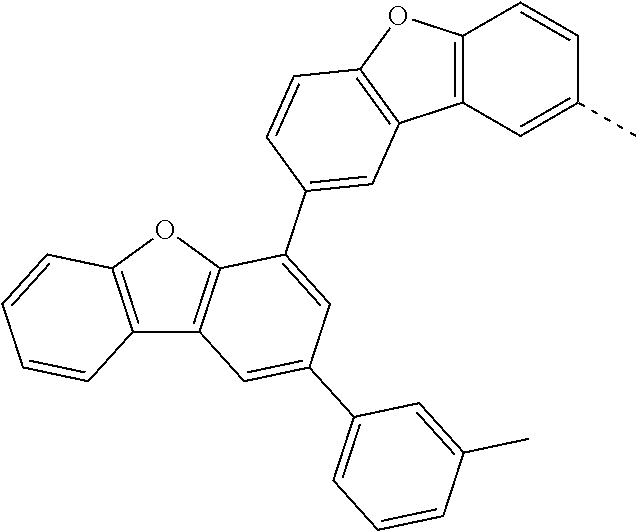
C00275
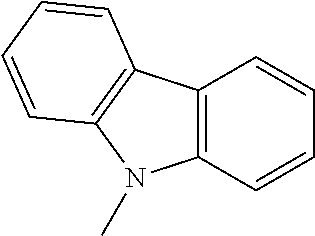
C00276

C00277
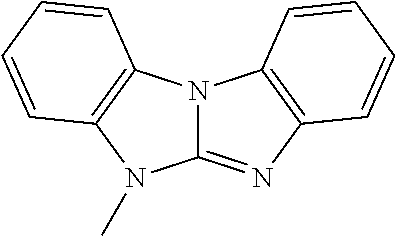
C00278

C00279
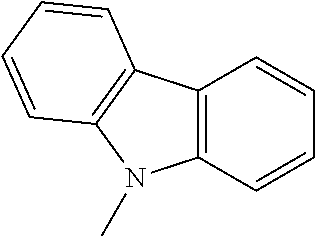
C00280
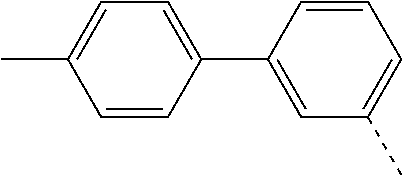
C00281
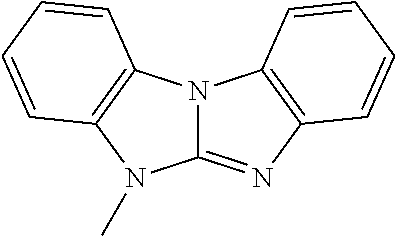
C00282
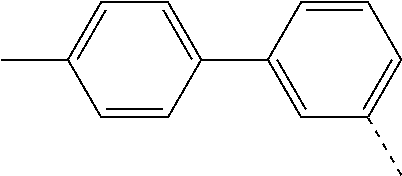
C00283

C00284
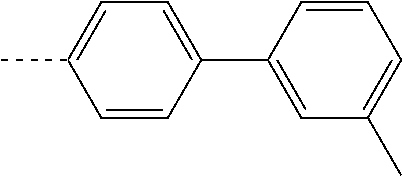
C00285
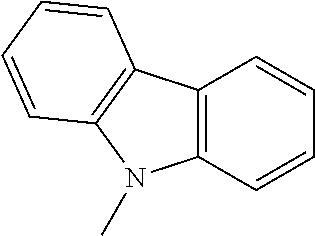
C00286
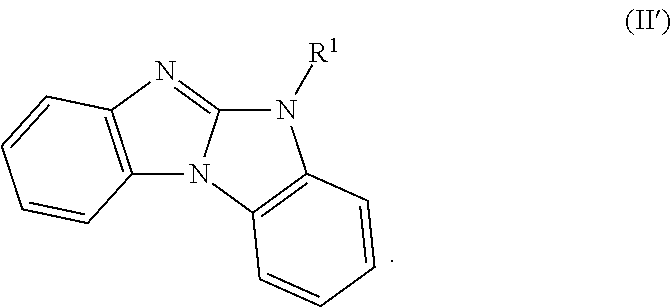
C00287
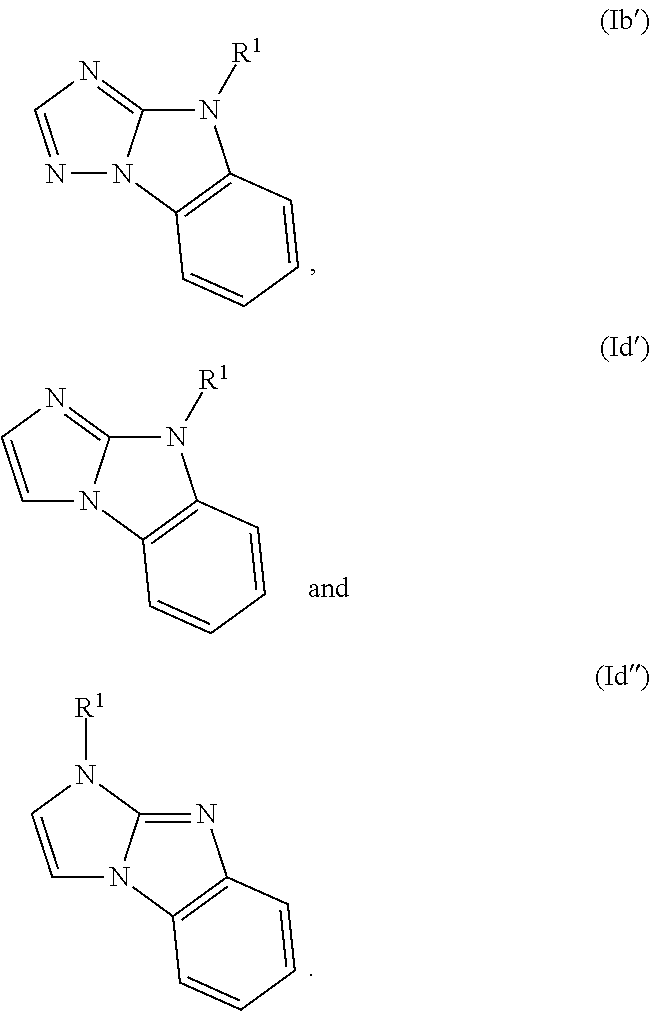
C00288
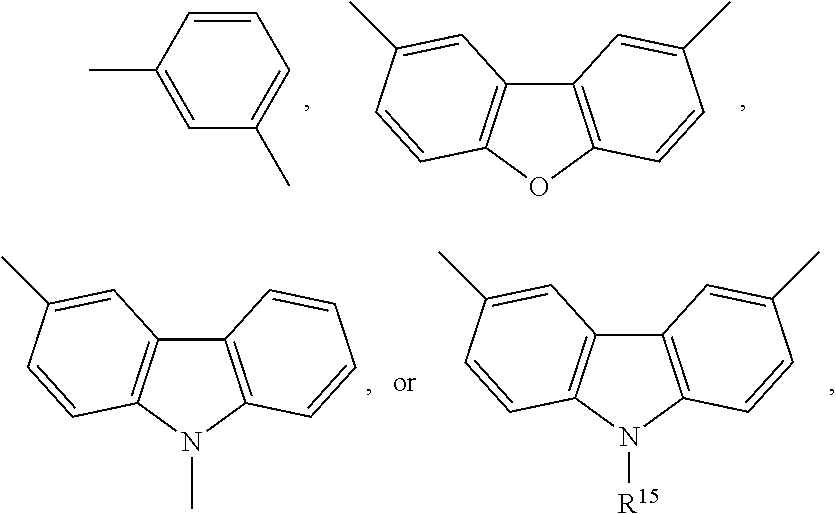
C00289

C00290

C00291
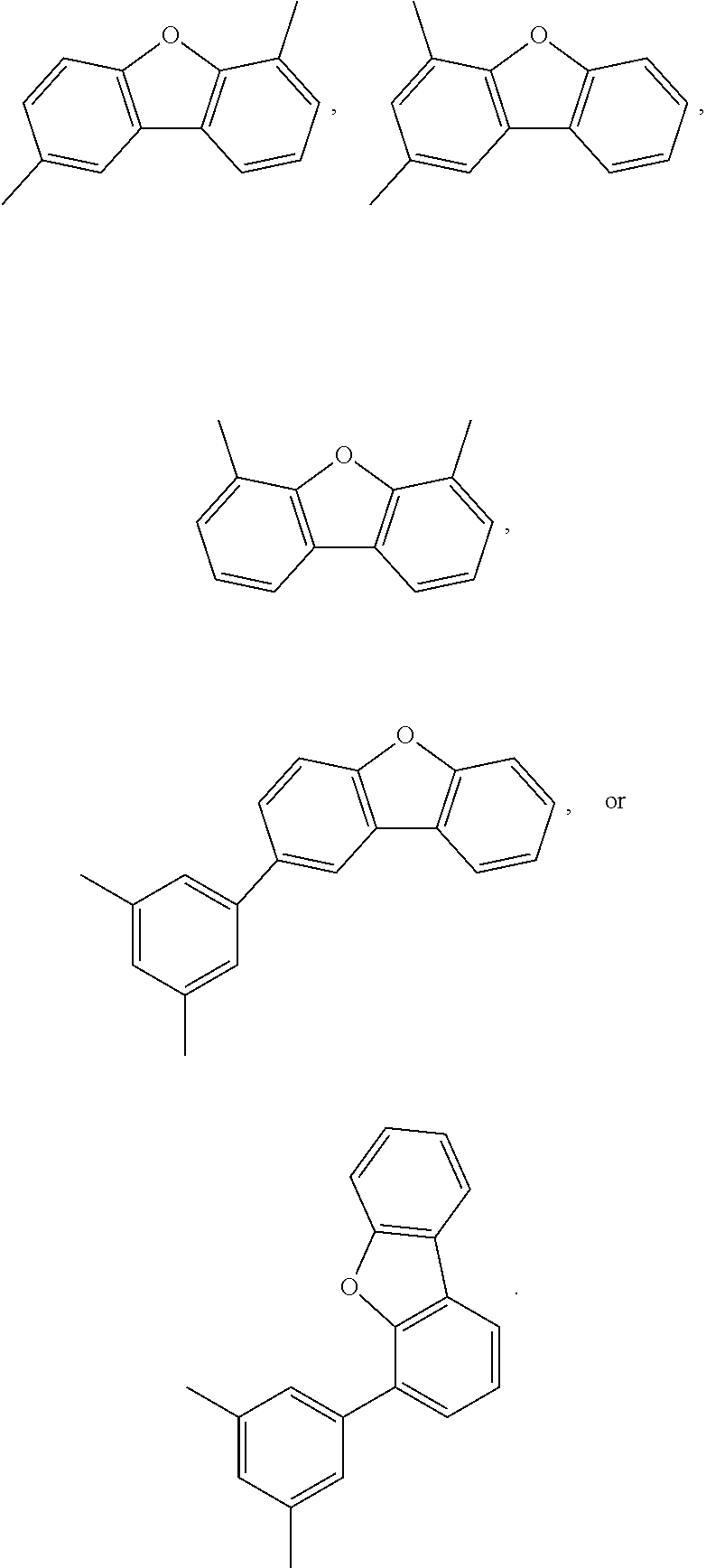
C00292

C00293

C00294
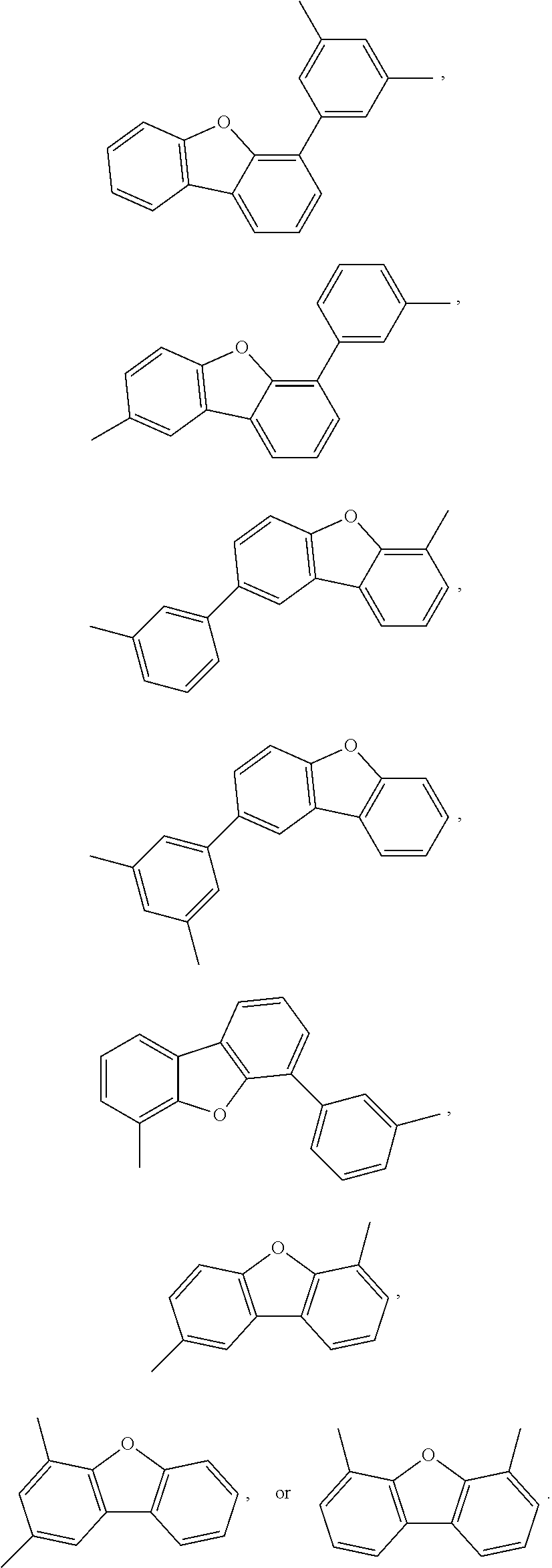
C00295
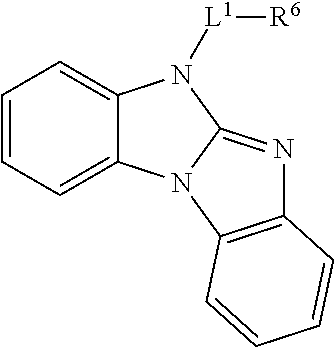
C00296
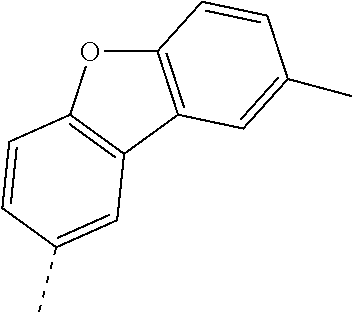
C00297

C00298
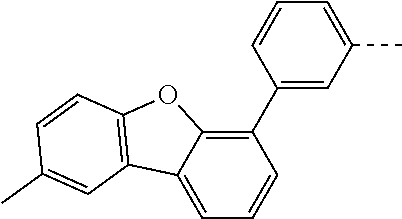
C00299
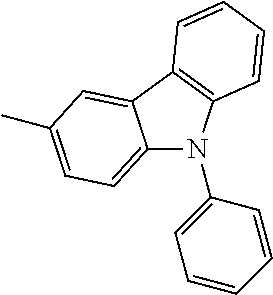
C00300
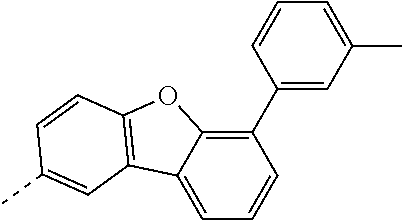
C00301

C00302

C00303

C00304
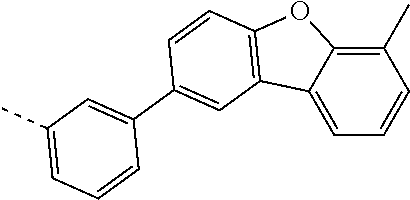
C00305

C00306
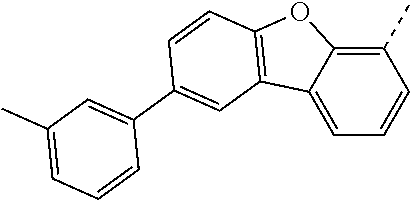
C00307
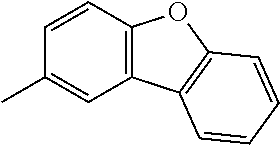
C00308

C00309
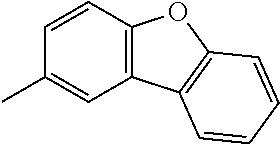
C00310

C00311
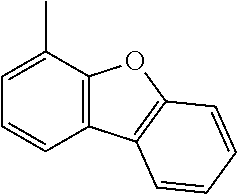
C00312
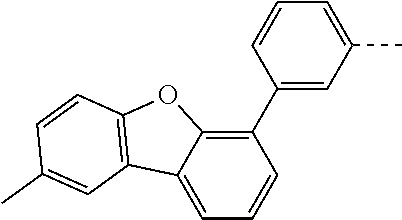
C00313
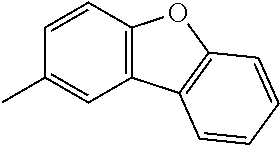
C00314
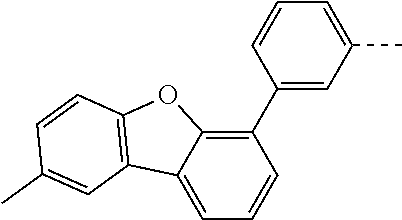
C00315

C00316
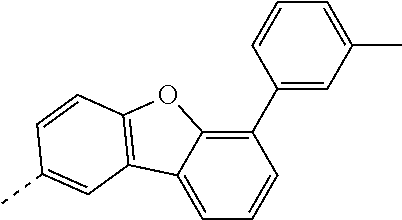
C00317
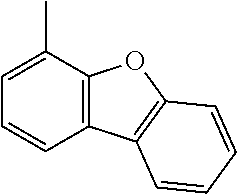
C00318

C00319

C00320

C00321
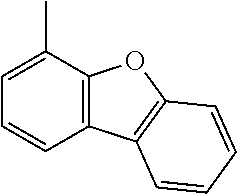
C00322
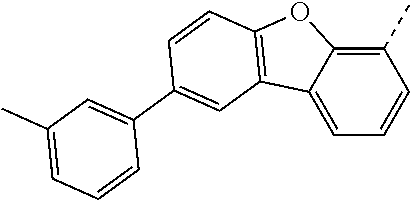
C00323
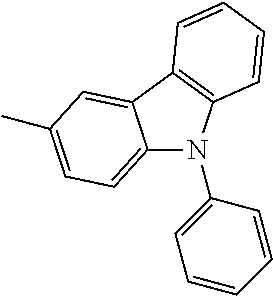
C00324
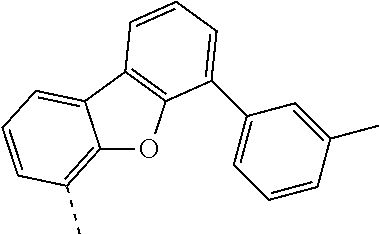
C00325
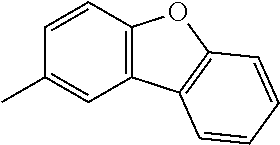
C00326

C00327

C00328

C00329

C00330
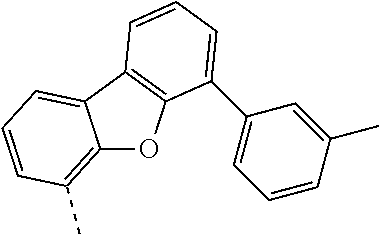
C00331

C00332
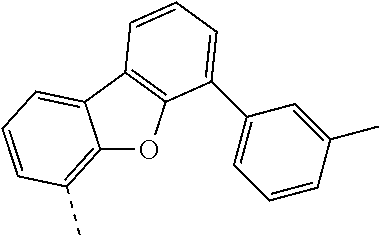
C00333
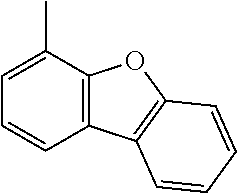
C00334

C00335

C00336
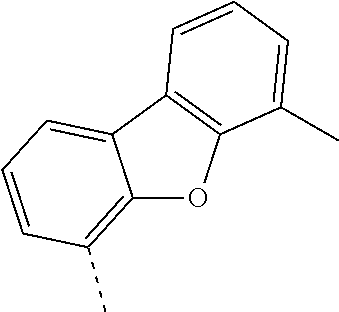
C00337
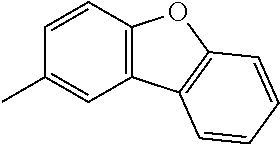
C00338

C00339
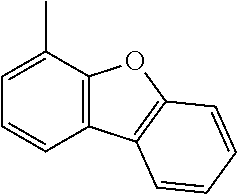
C00340

C00341
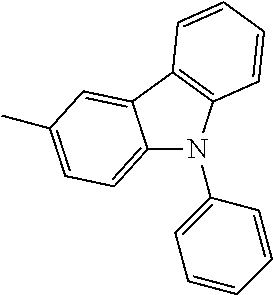
C00342
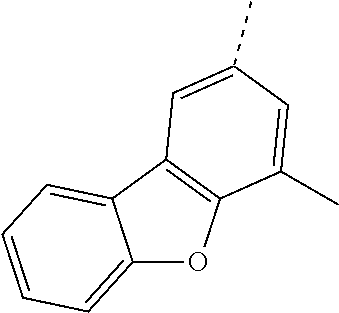
C00343

C00344

C00345
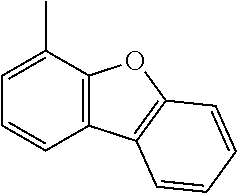
C00346

C00347
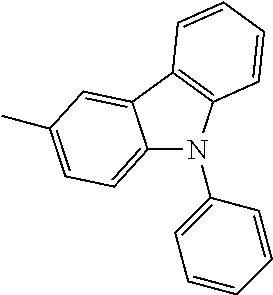
C00348

C00349

C00350

C00351

C00352
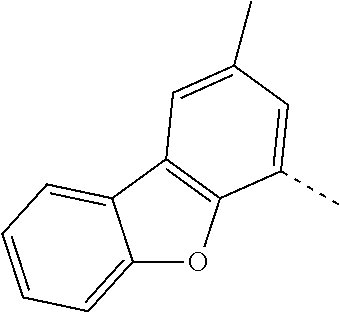
C00353

C00354

C00355

C00356
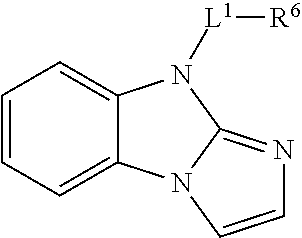
C00357

C00358

C00359
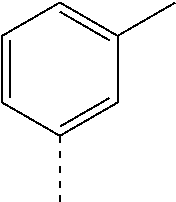
C00360
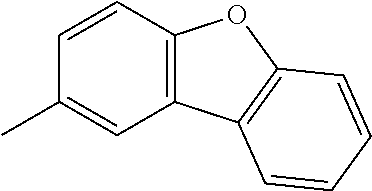
C00361
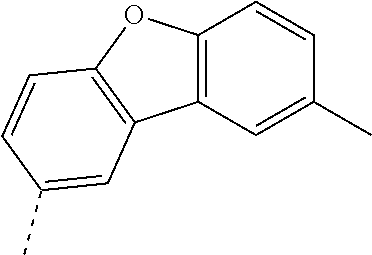
C00362

C00363
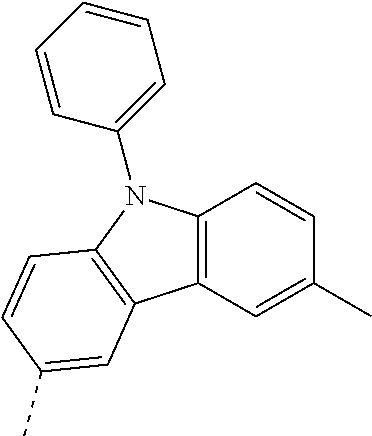
C00364

C00365

C00366

C00367

C00368

C00369

C00370
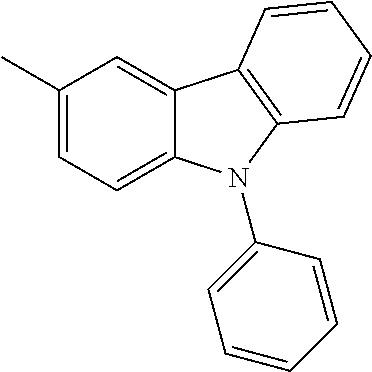
C00371

C00372
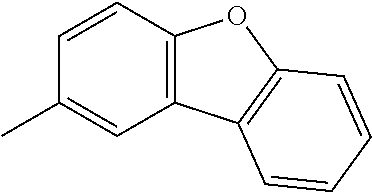
C00373
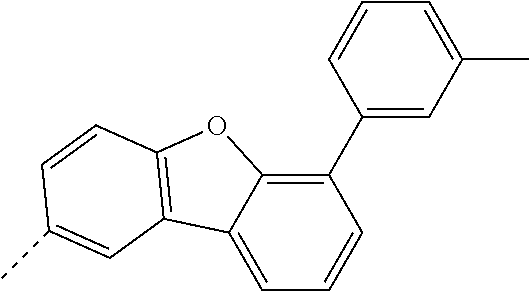
C00374
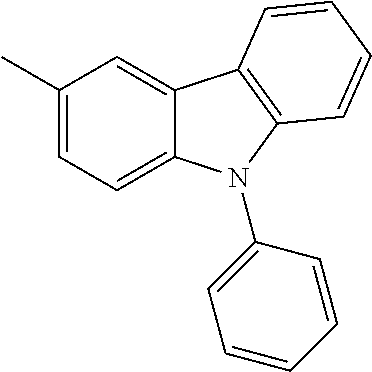
C00375
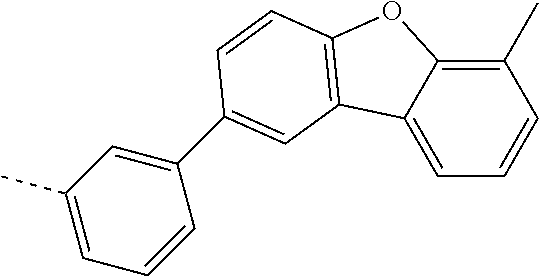
C00376
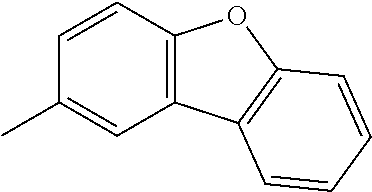
C00377

C00378
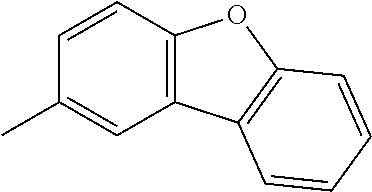
C00379

C00380

C00381
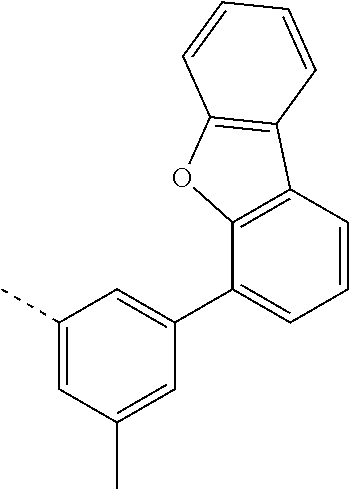
C00382

C00383
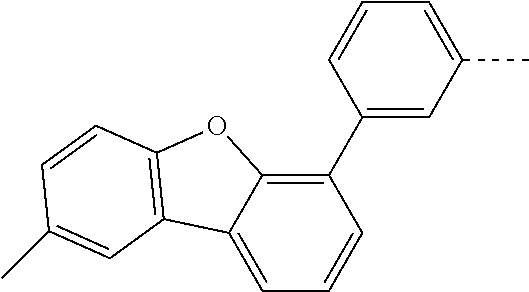
C00384
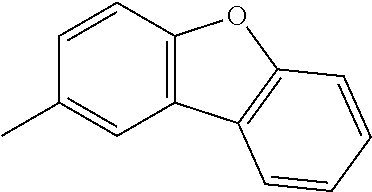
C00385

C00386

C00387

C00388

C00389

C00390
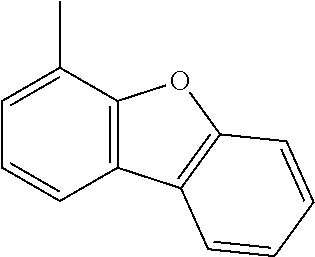
C00391
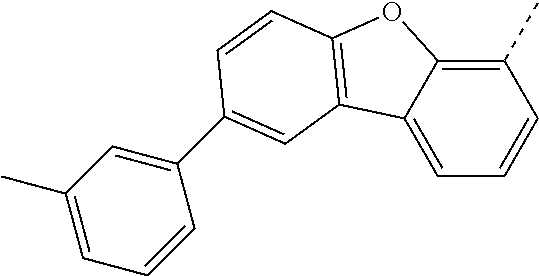
C00392
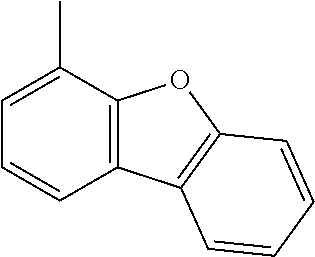
C00393

C00394

C00395
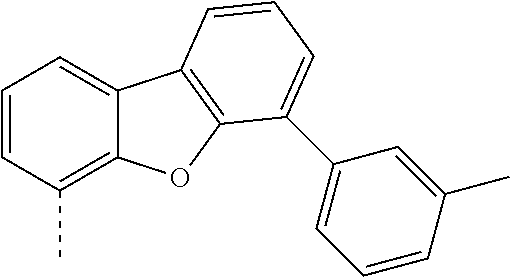
C00396
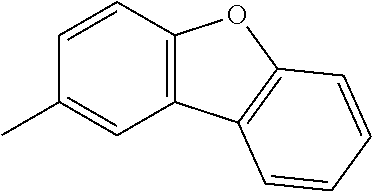
C00397

C00398

C00399
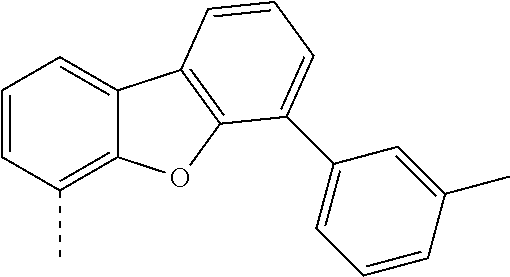
C00400
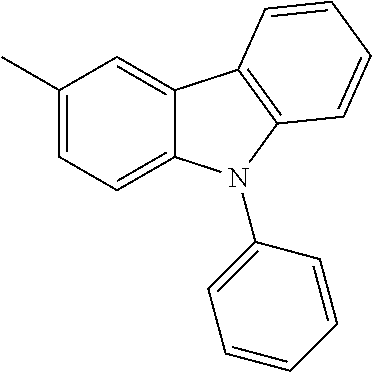
C00401
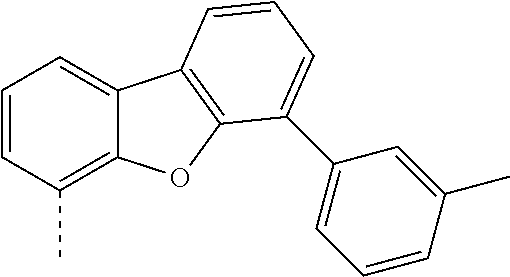
C00402
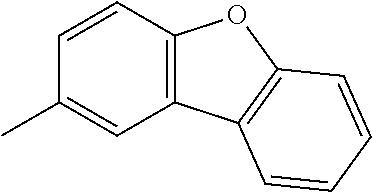
C00403
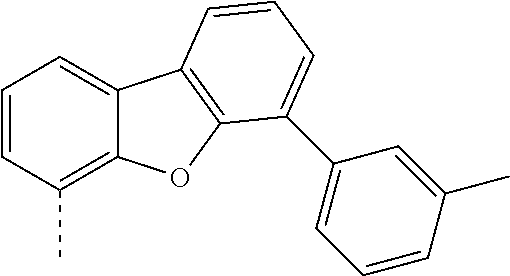
C00404
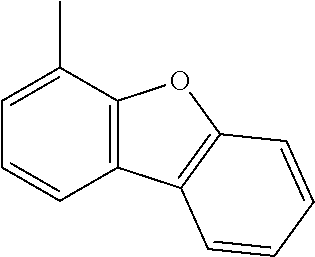
C00405

C00406

C00407

C00408
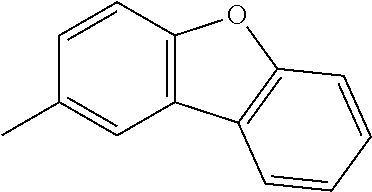
C00409
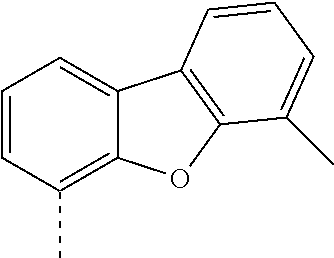
C00410

C00411

C00412
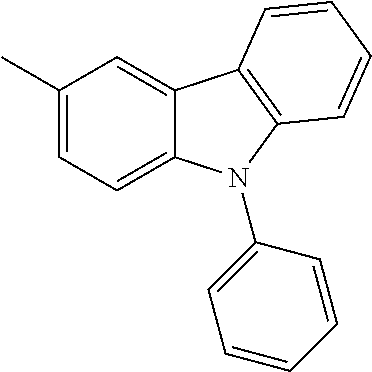
C00413
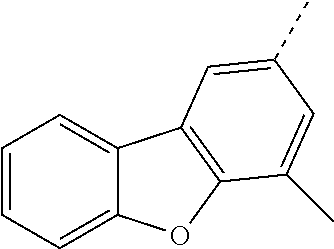
C00414
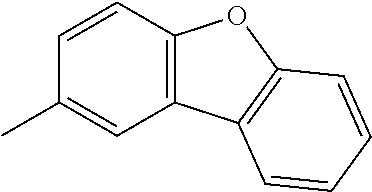
C00415
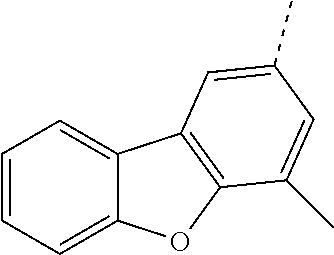
C00416

C00417
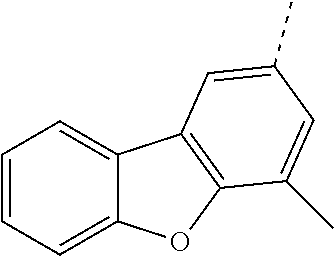
C00418

C00419

C00420
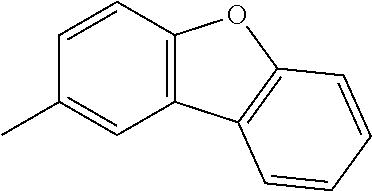
C00421
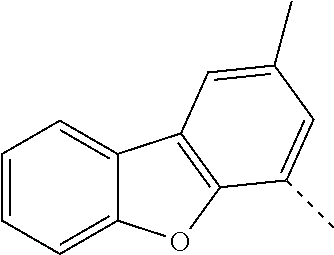
C00422

C00423

C00424
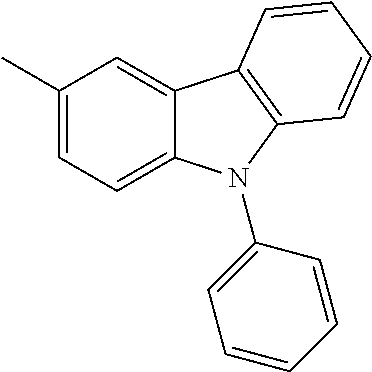
C00425

C00426

C00427

C00428

C00429

C00430
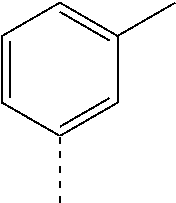
C00431

C00432
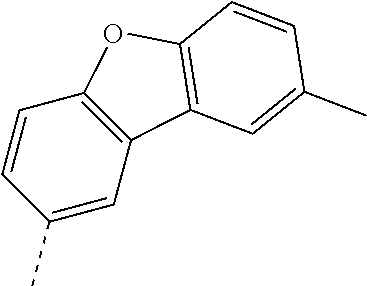
C00433

C00434

C00435

C00436

C00437

C00438
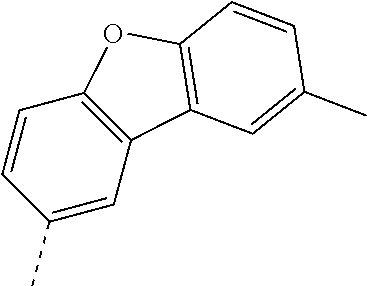
C00439

C00440

C00441
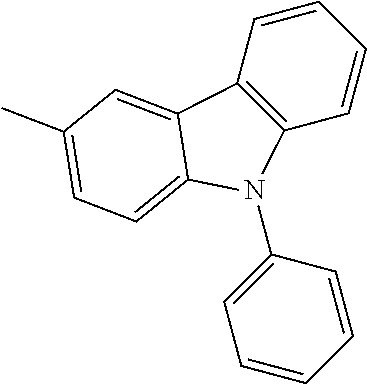
C00442

C00443

C00444

C00445

C00446

C00447
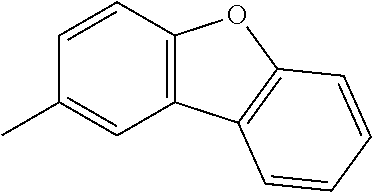
C00448
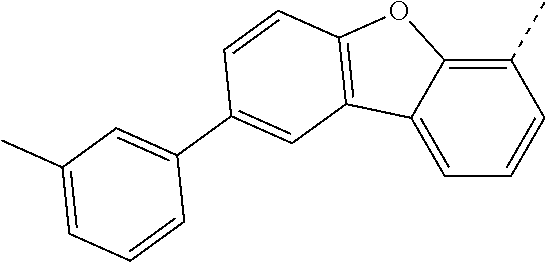
C00449

C00450
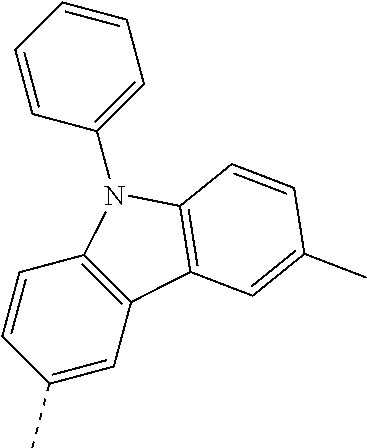
C00451

C00452

C00453
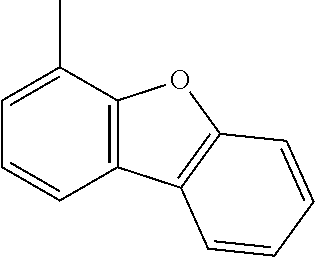
C00454
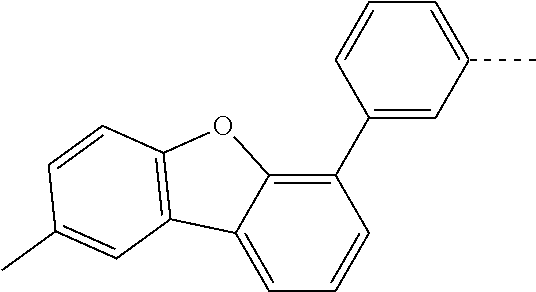
C00455

C00456
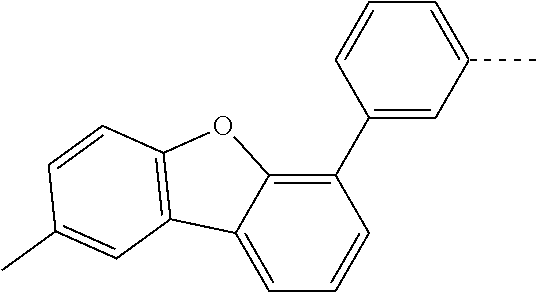
C00457

C00458
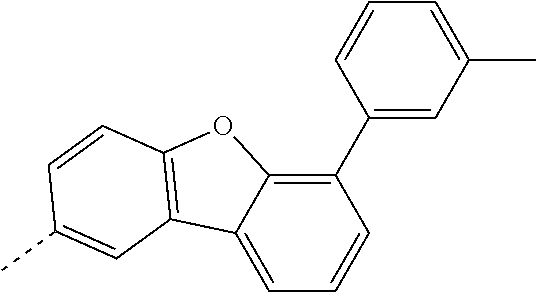
C00459
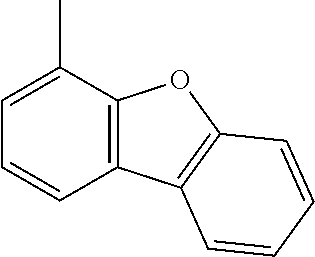
C00460
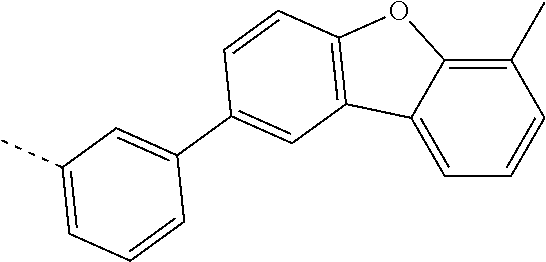
C00461
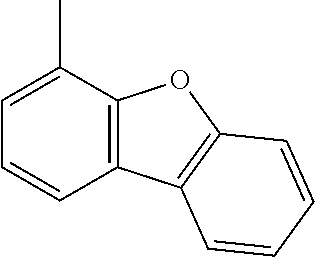
C00462

C00463
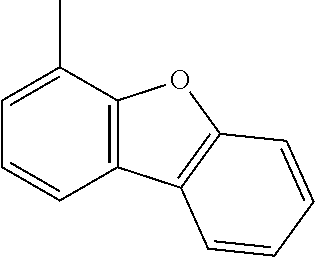
C00464
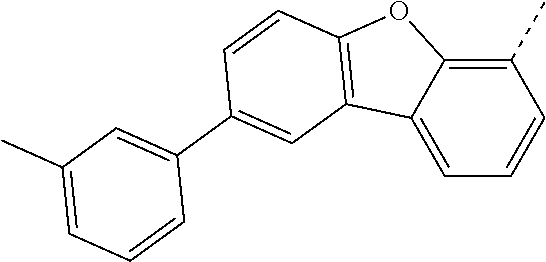
C00465
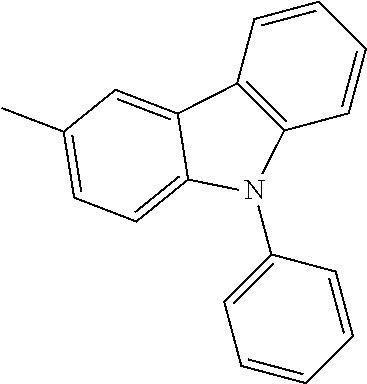
C00466
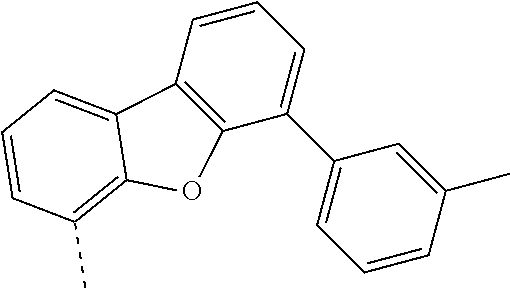
C00467

C00468
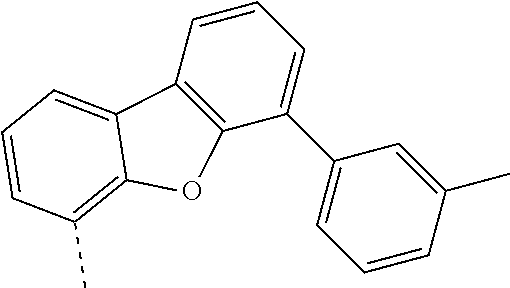
C00469

C00470
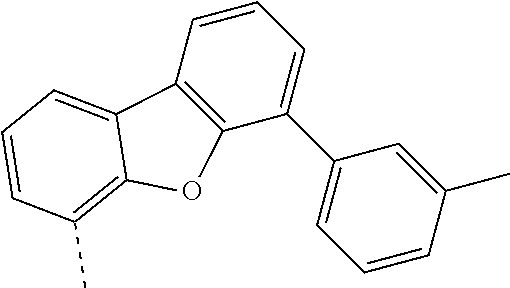
C00471

C00472
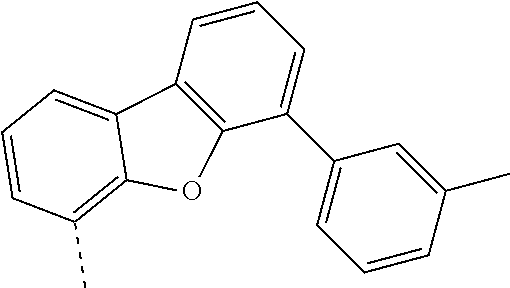
C00473
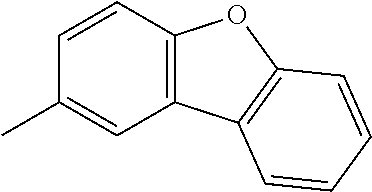
C00474
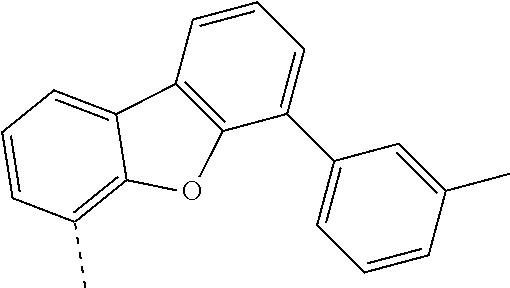
C00475
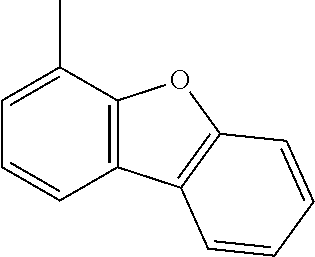
C00476
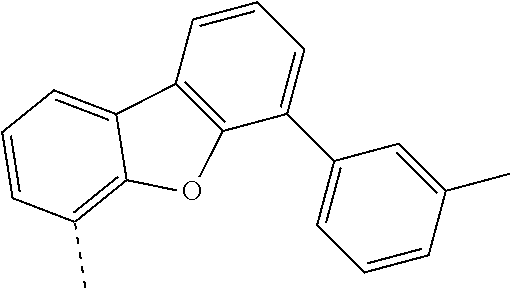
C00477

C00478
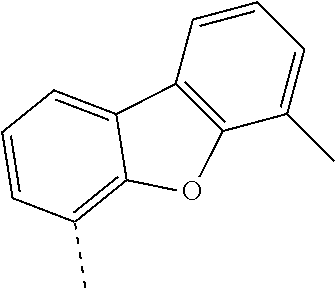
C00479
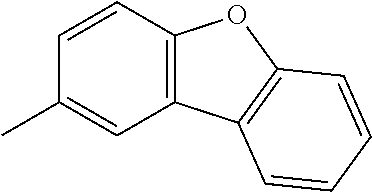
C00480

C00481
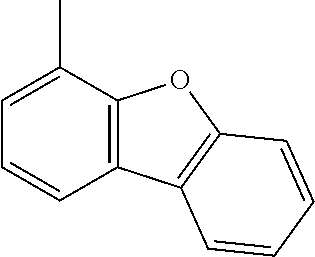
C00482

C00483

C00484

C00485

C00486
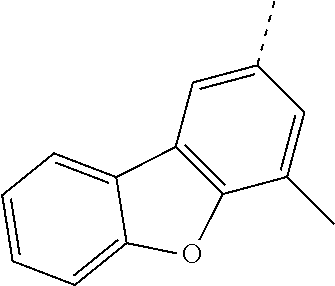
C00487

C00488
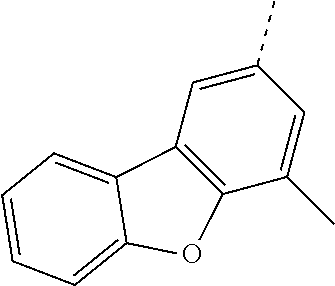
C00489

C00490

C00491

C00492

C00493
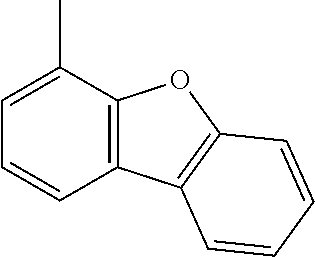
C00494
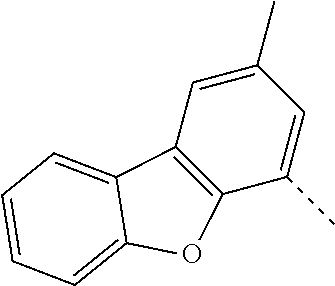
C00495
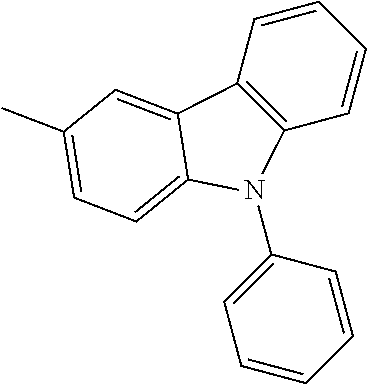
C00496
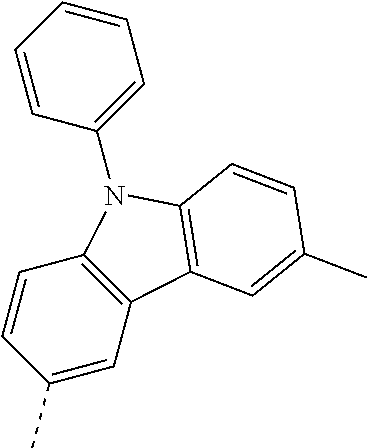
C00497
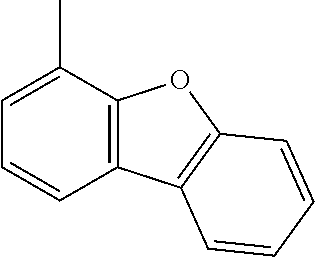
C00498
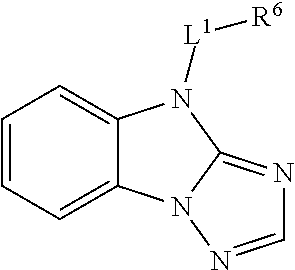
C00499

C00500
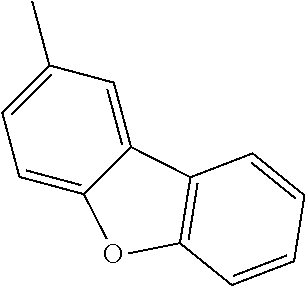
C00501

C00502
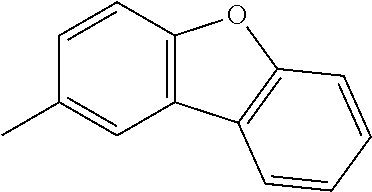
C00503

C00504

C00505
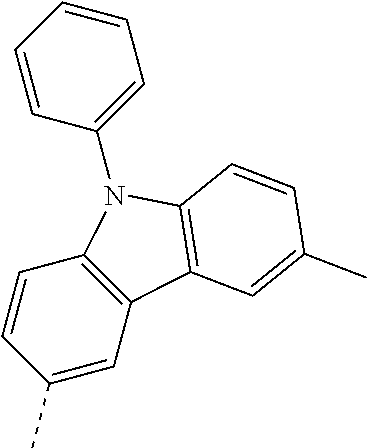
C00506
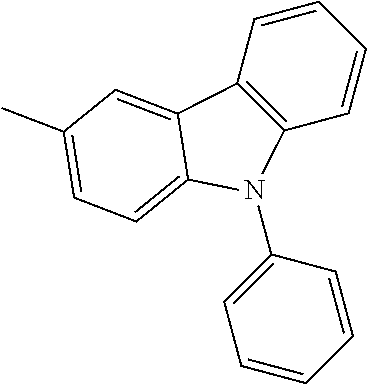
C00507
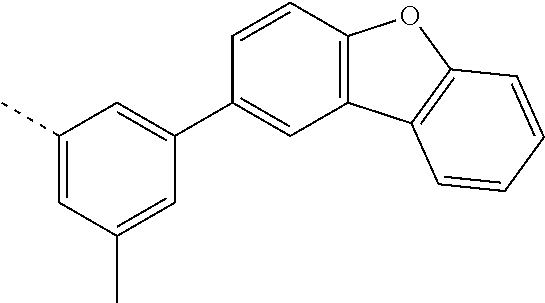
C00508

C00509

C00510
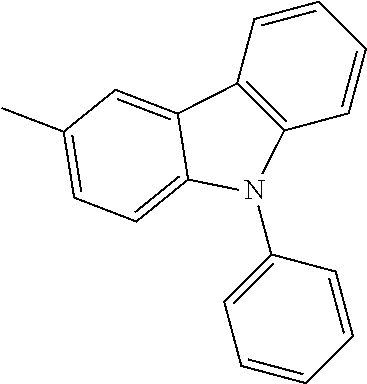
C00511

C00512

C00513

C00514
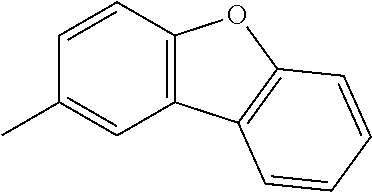
C00515
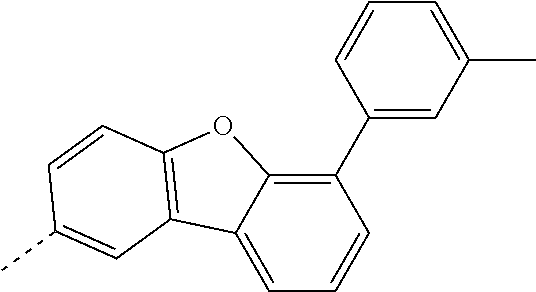
C00516
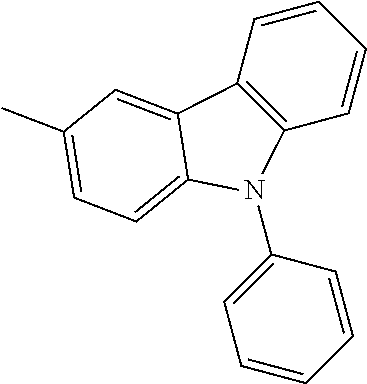
C00517
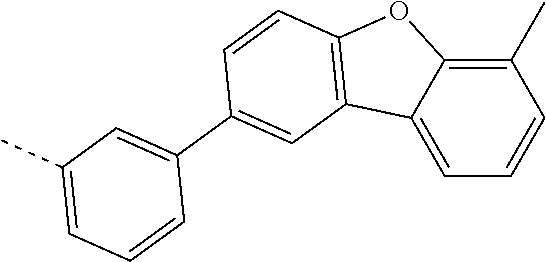
C00518
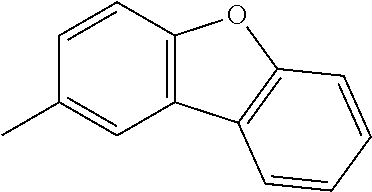
C00519
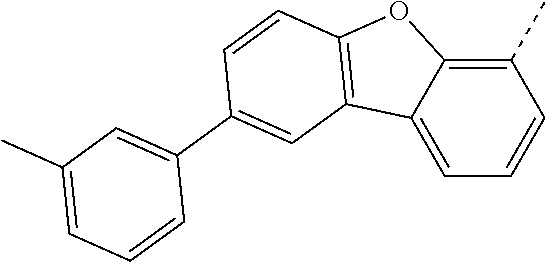
C00520
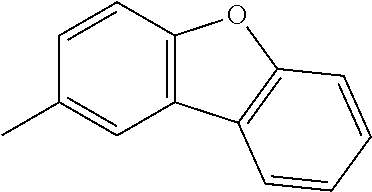
C00521

C00522
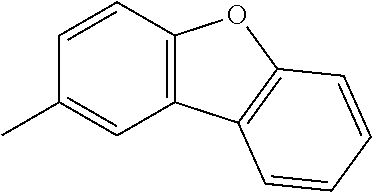
C00523

C00524
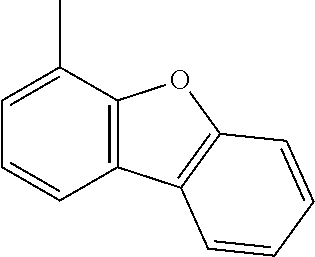
C00525
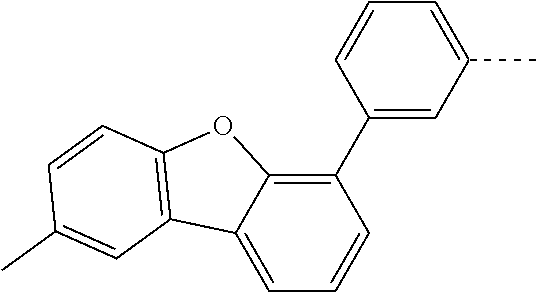
C00526
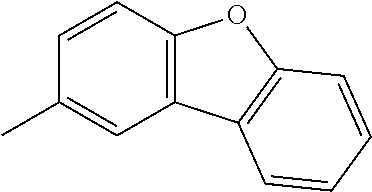
C00527

C00528

C00529

C00530

C00531
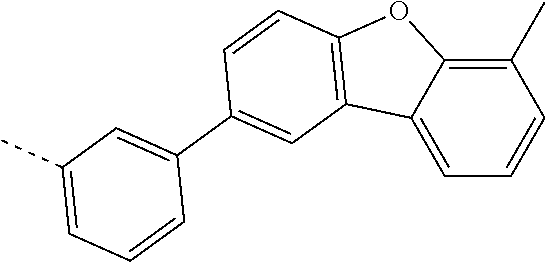
C00532
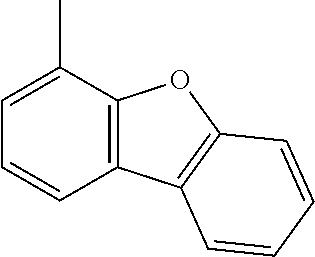
C00533

C00534

C00535
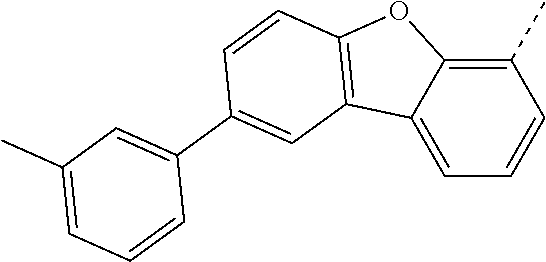
C00536
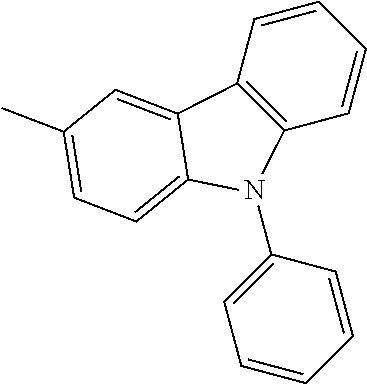
C00537

C00538

C00539
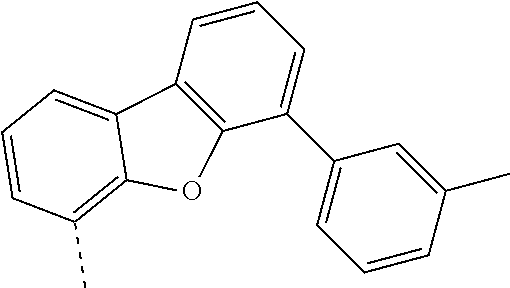
C00540

C00541

C00542
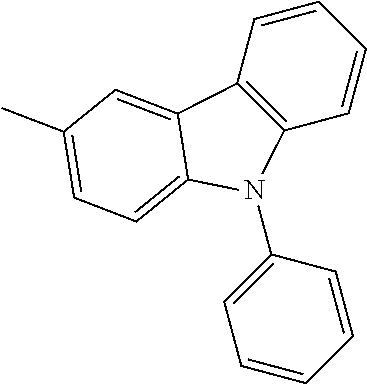
C00543

C00544

C00545
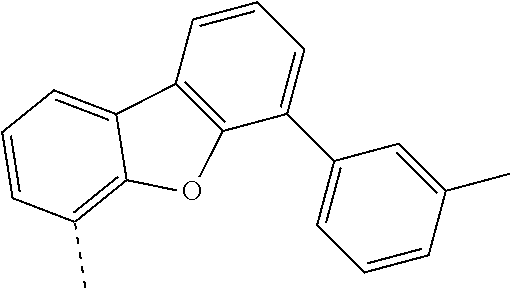
C00546
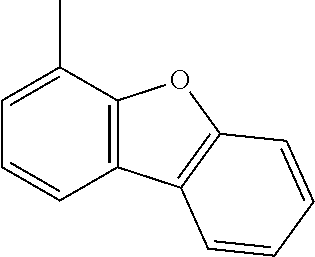
C00547
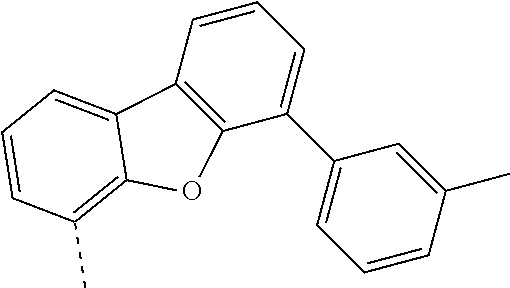
C00548
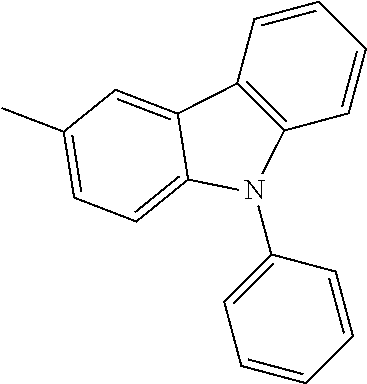
C00549
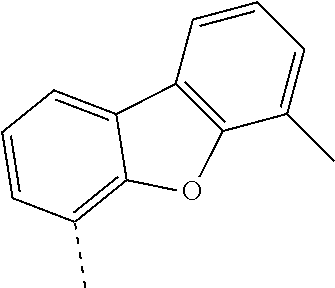
C00550

C00551

C00552

C00553
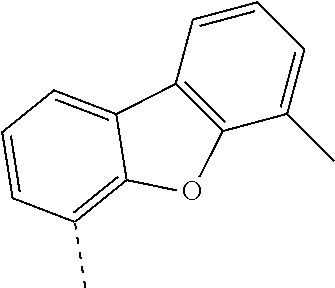
C00554

C00555
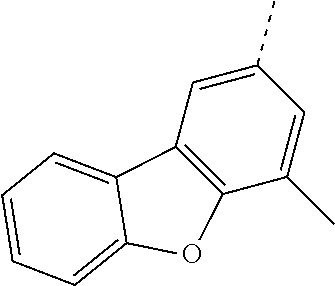
C00556
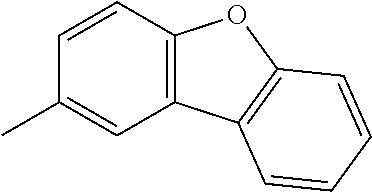
C00557
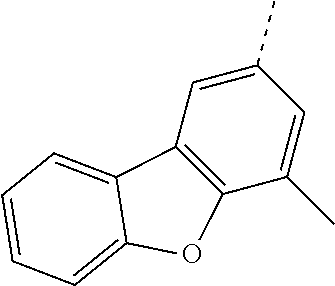
C00558

C00559

C00560

C00561
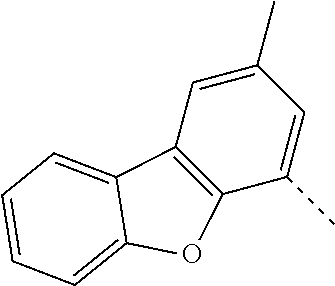
C00562

C00563

C00564
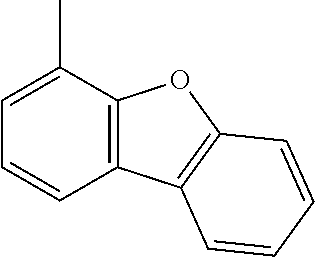
C00565

C00566

C00567
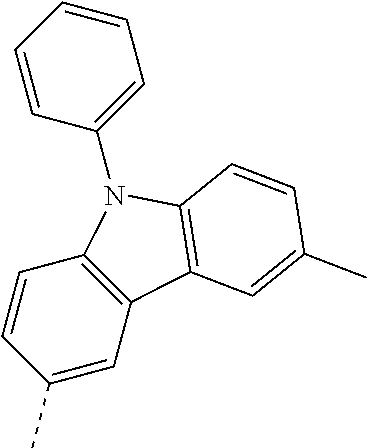
C00568

C00569
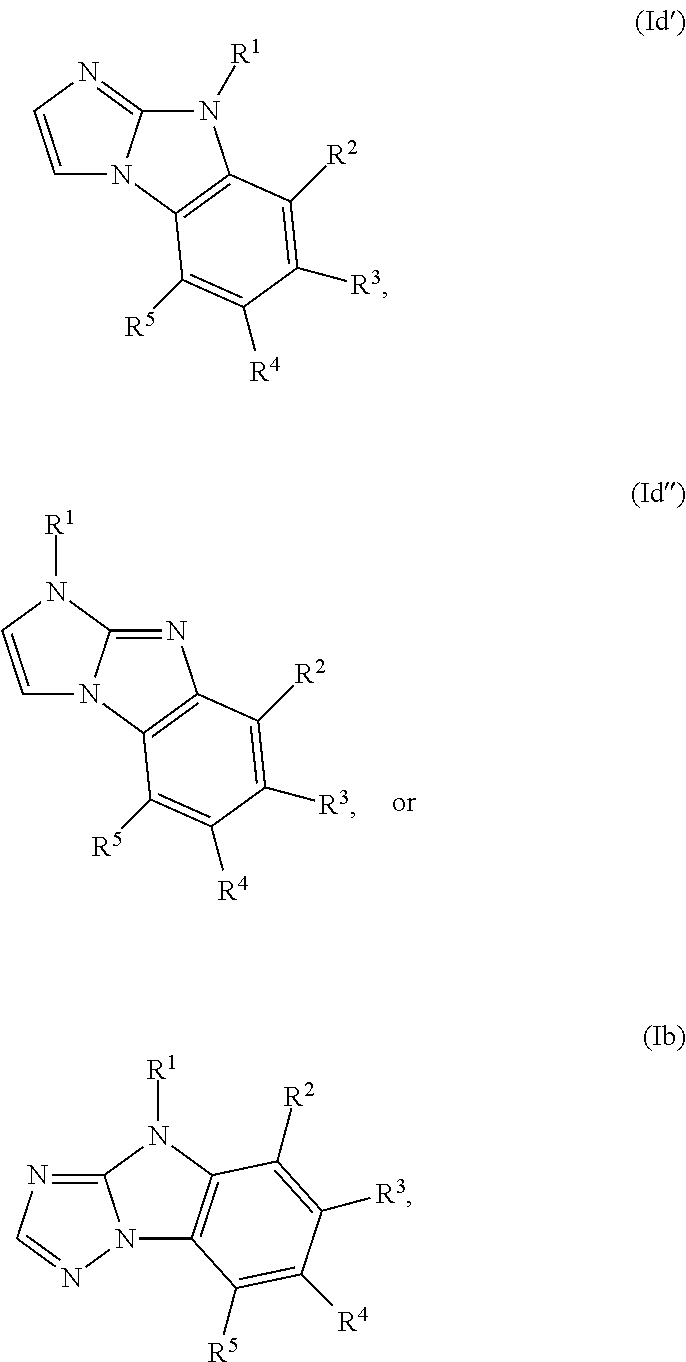
C00570
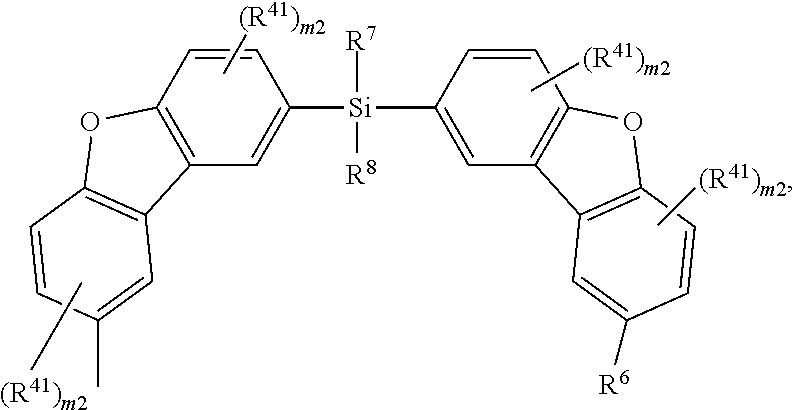
C00571
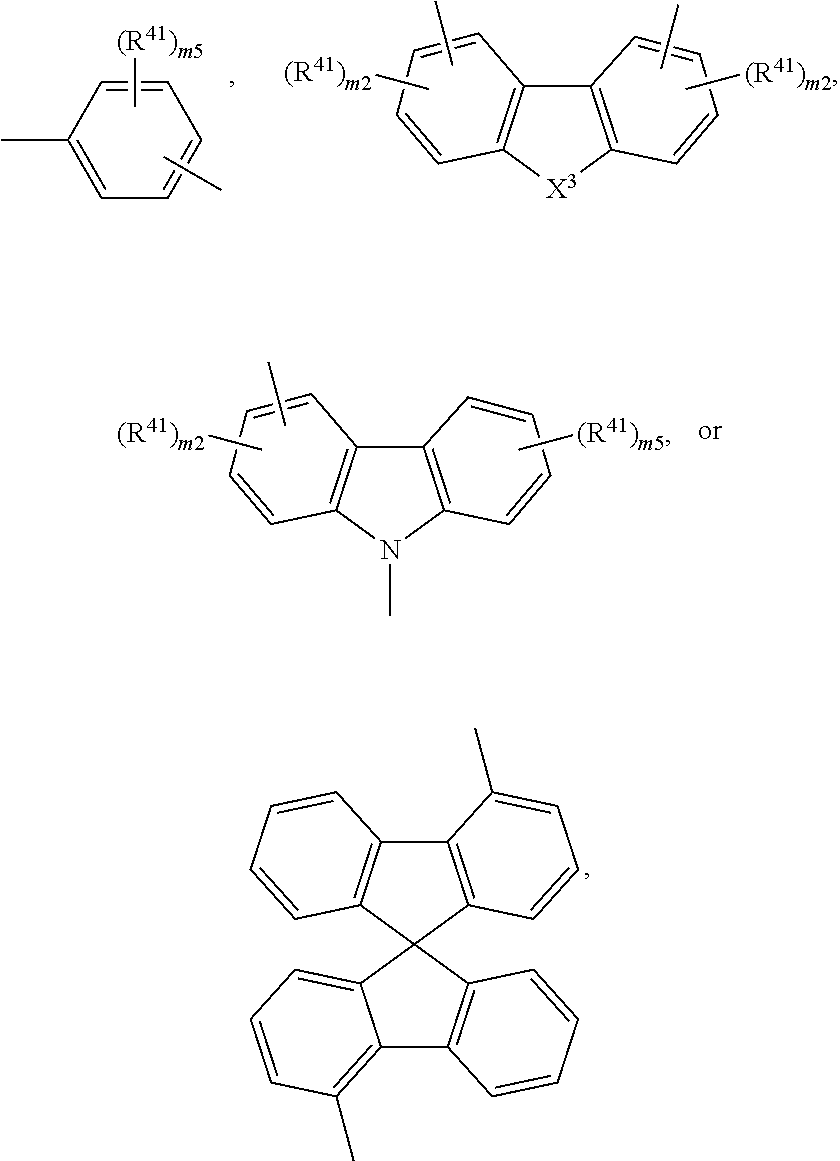
C00572

C00573

C00574

C00575
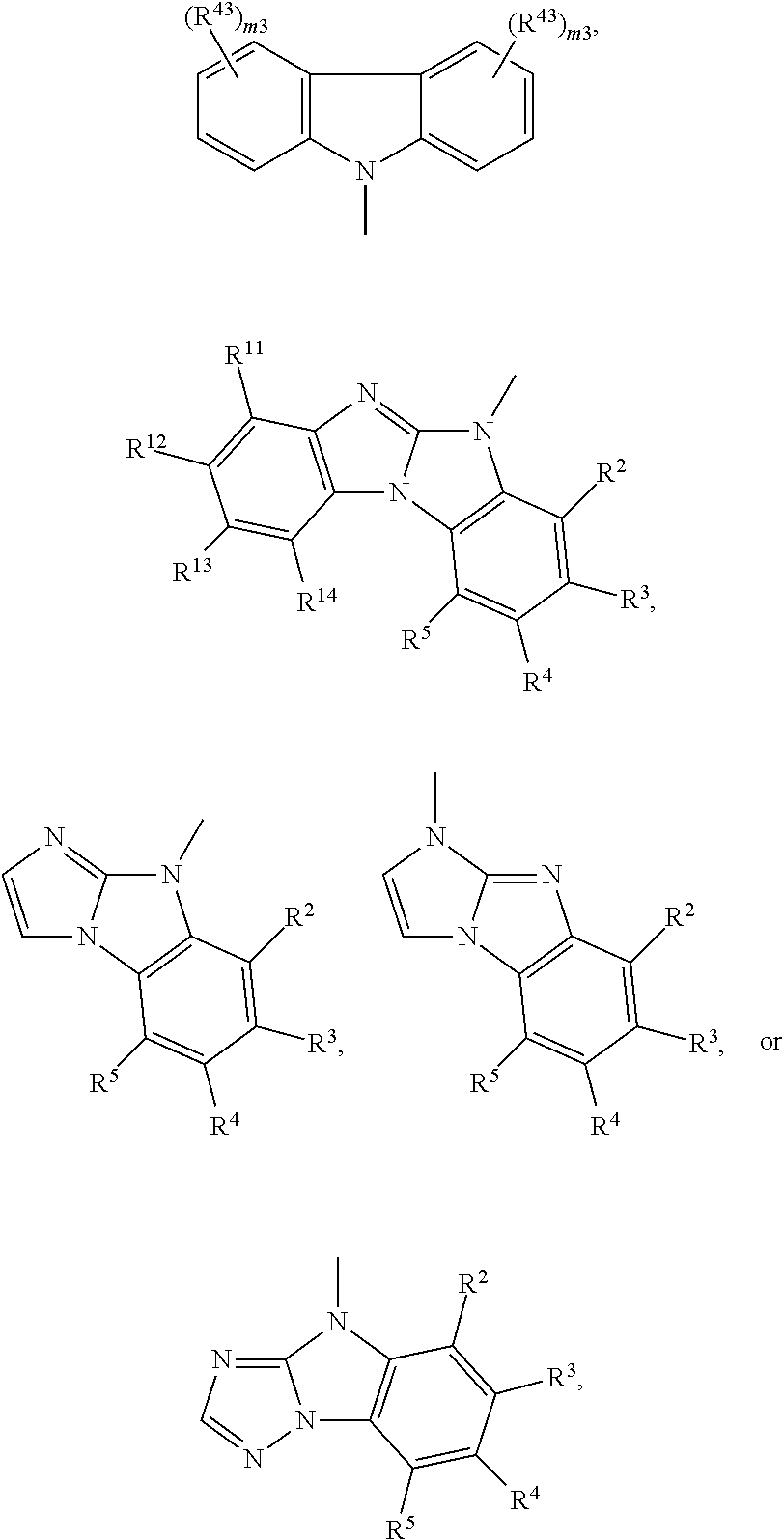
C00576
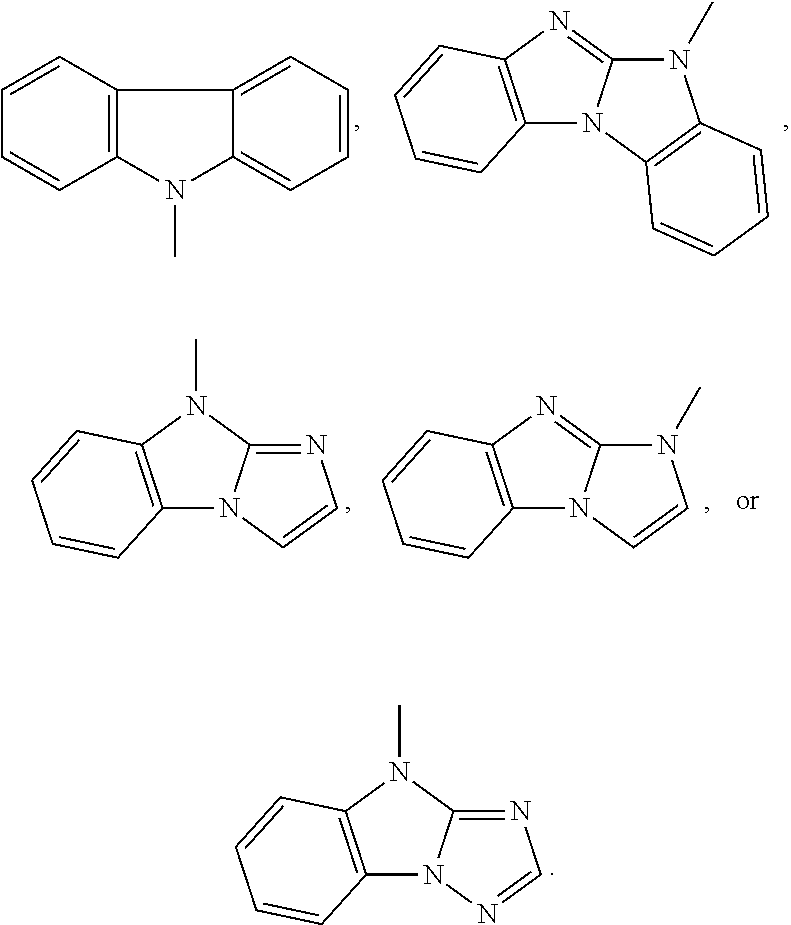
C00577
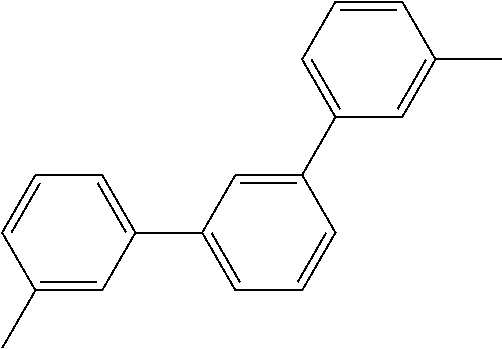
C00578

C00579
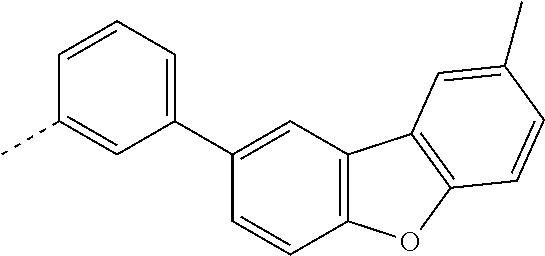
C00580

C00581
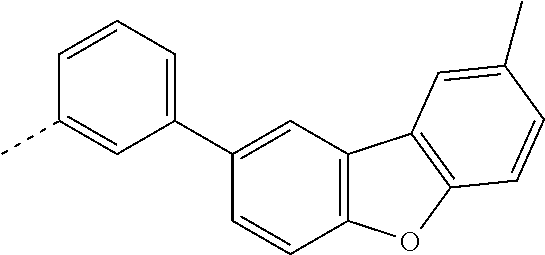
C00582
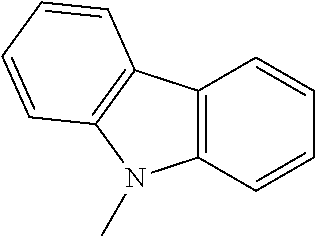
C00583
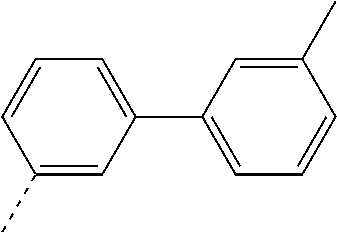
C00584

C00585
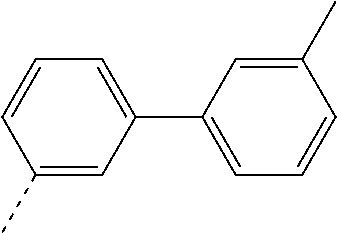
C00586

C00587

C00588

C00589
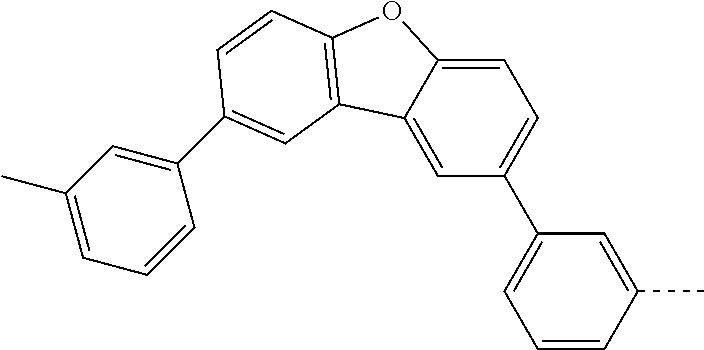
C00590

C00591

C00592
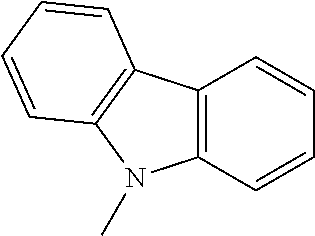
C00593
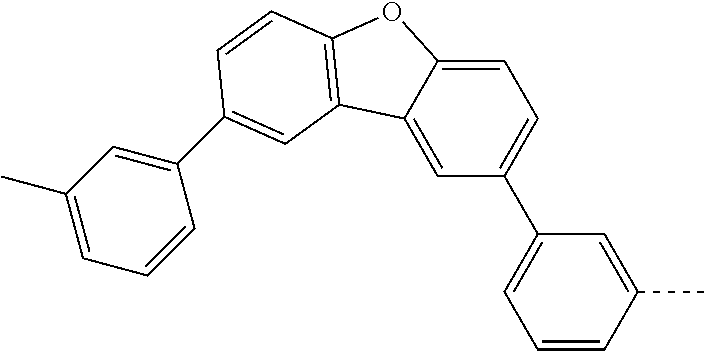
C00594
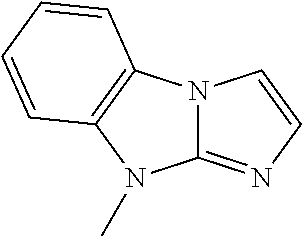
C00595
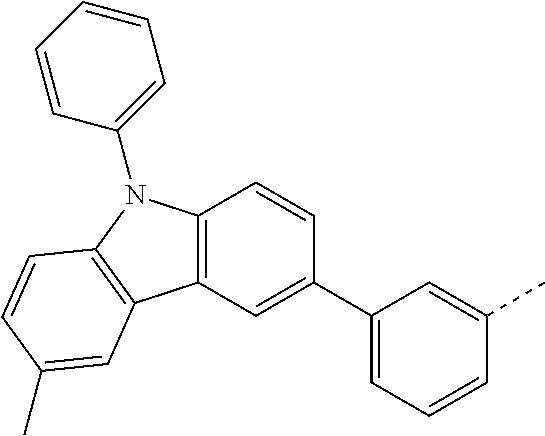
C00596
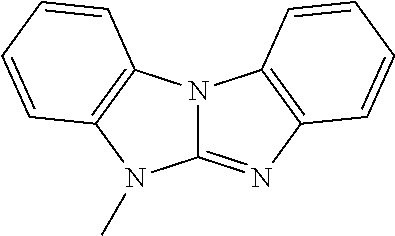
C00597

C00598

C00599
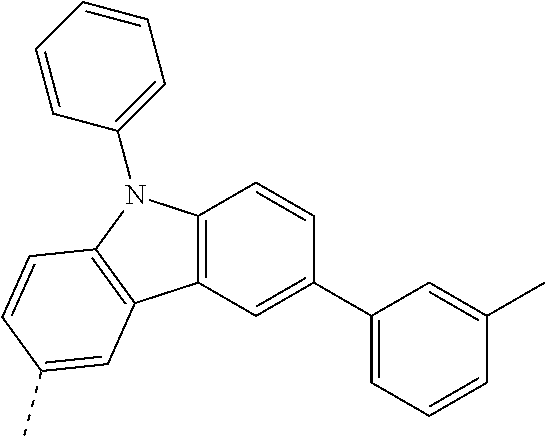
C00600
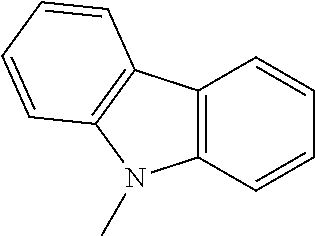
C00601

C00602

C00603
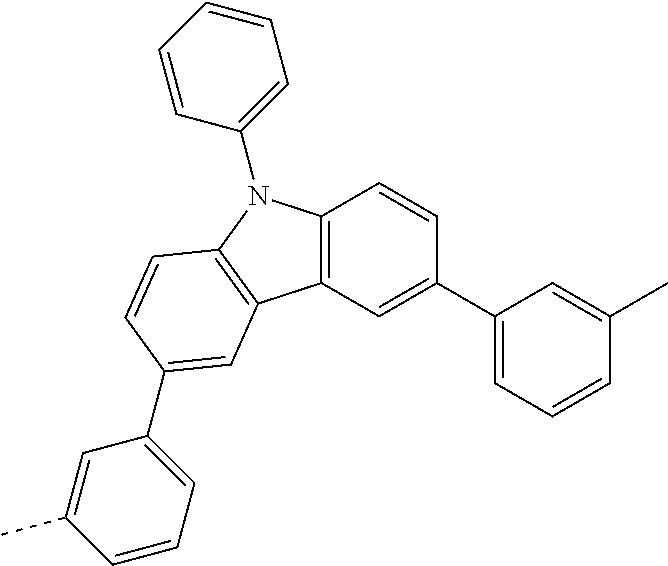
C00604

C00605
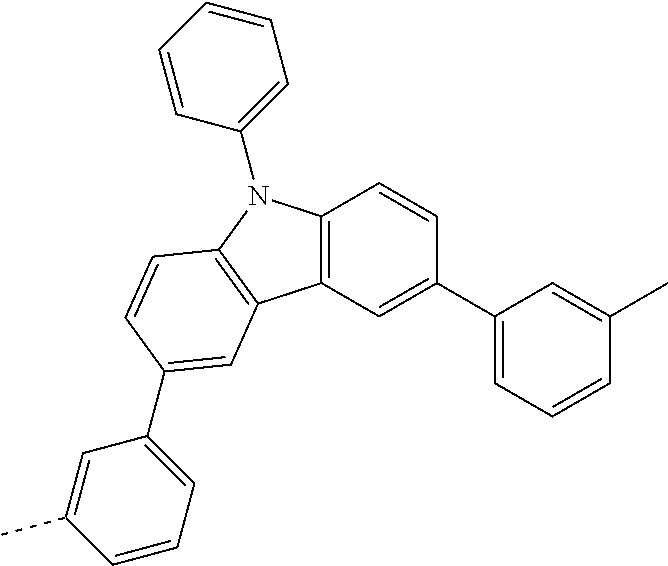
C00606
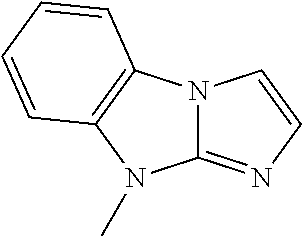
C00607

C00608
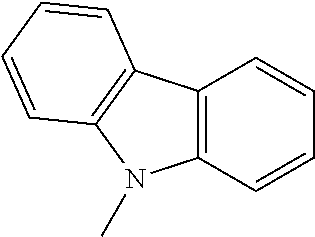
C00609
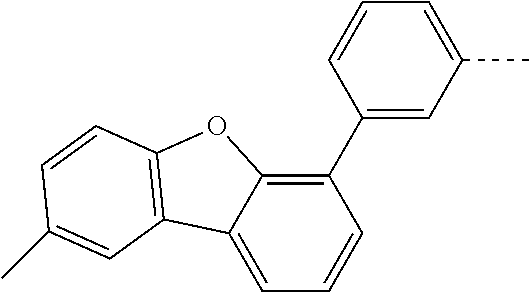
C00610
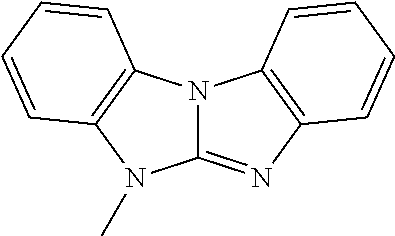
C00611
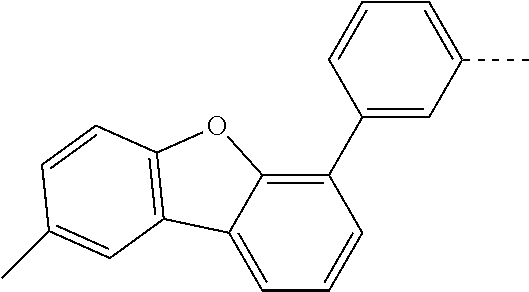
C00612

C00613
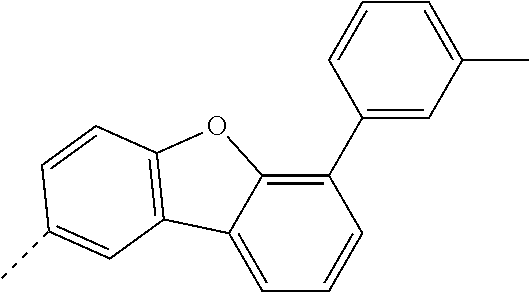
C00614

C00615

C00616

C00617

C00618
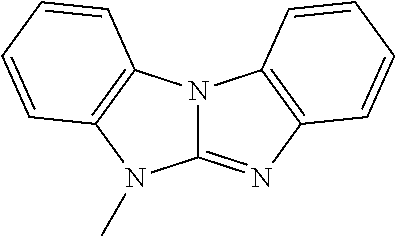
C00619

C00620
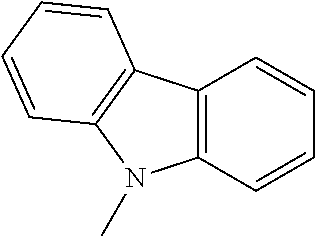
C00621
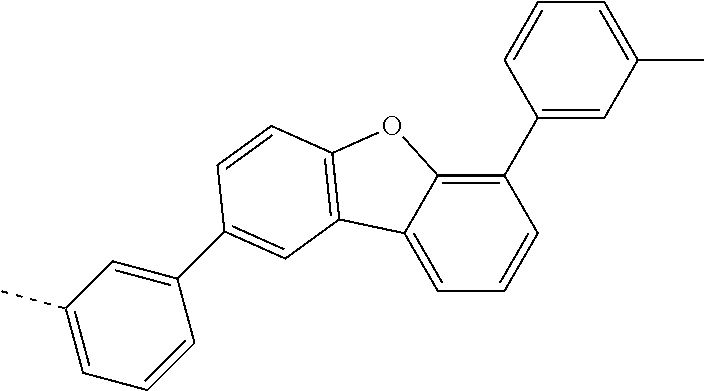
C00622

C00623
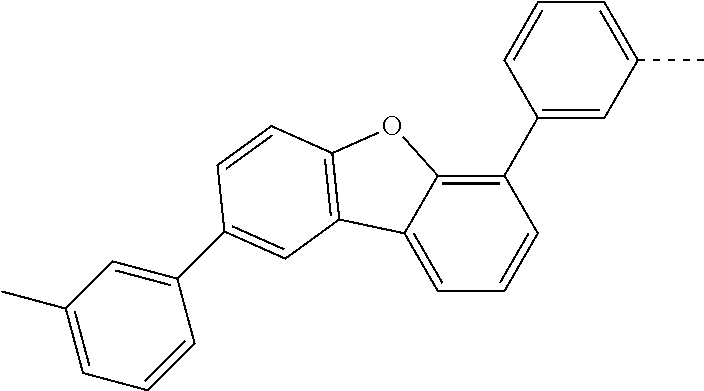
C00624
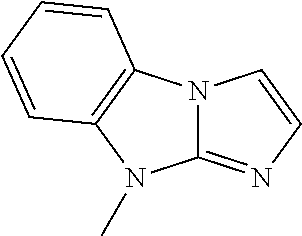
C00625

C00626
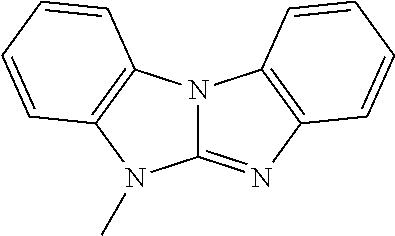
C00627
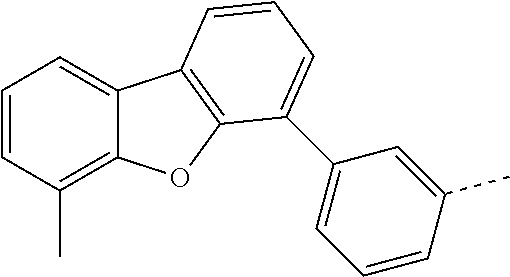
C00628
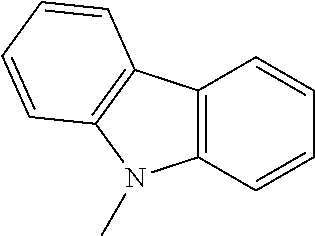
C00629

C00630
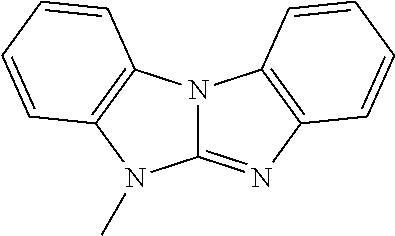
C00631
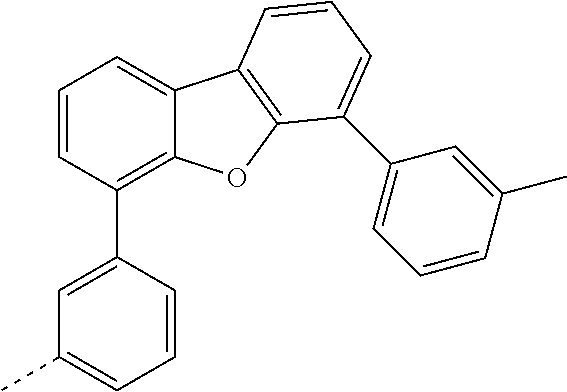
C00632

C00633

C00634
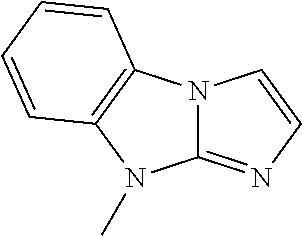
C00635
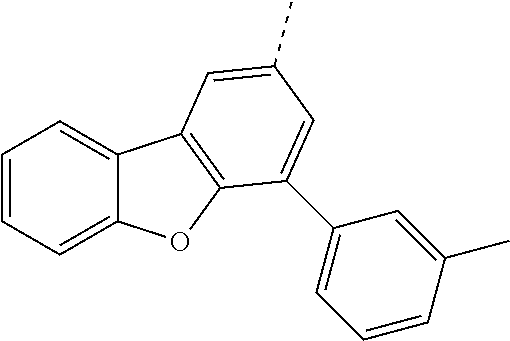
C00636

C00637
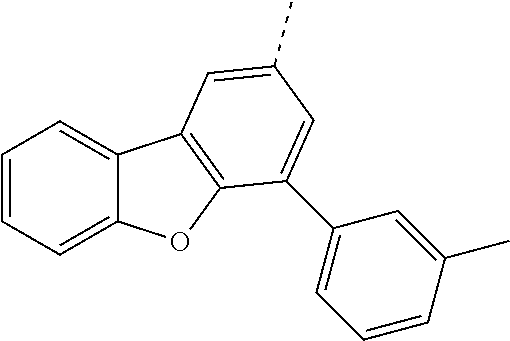
C00638
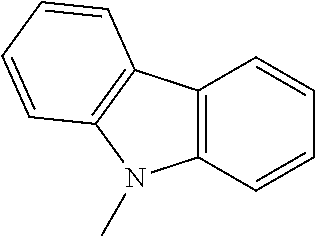
C00639

C00640
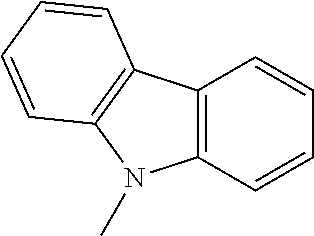
C00641
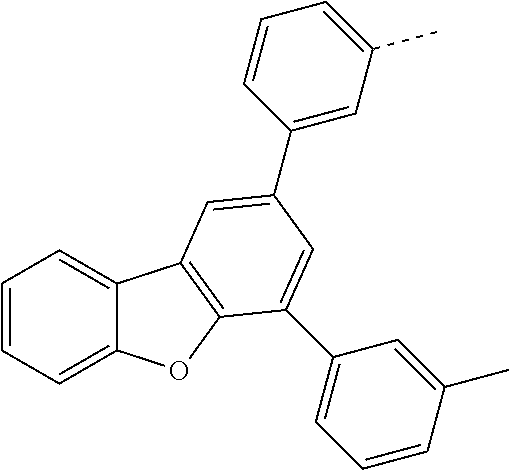
C00642
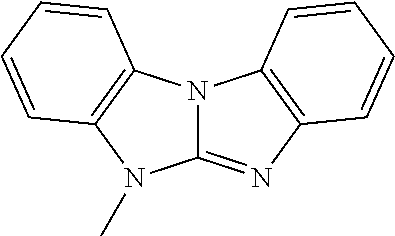
C00643

C00644
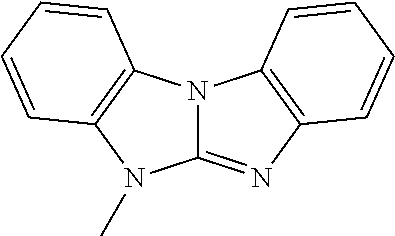
C00645
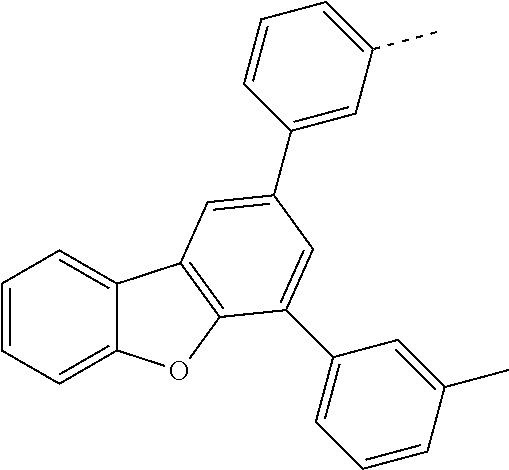
C00646
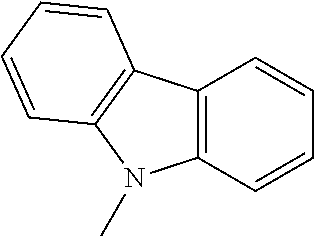
C00647

C00648

C00649

C00650
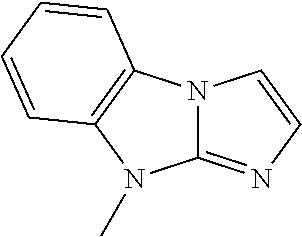
C00651
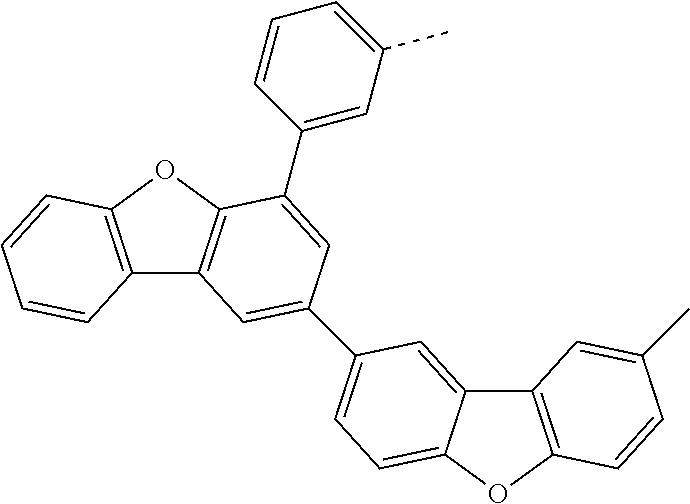
C00652
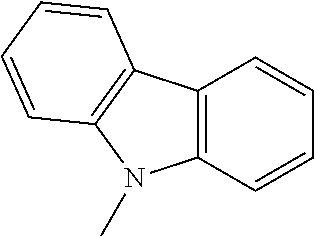
C00653

C00654

C00655
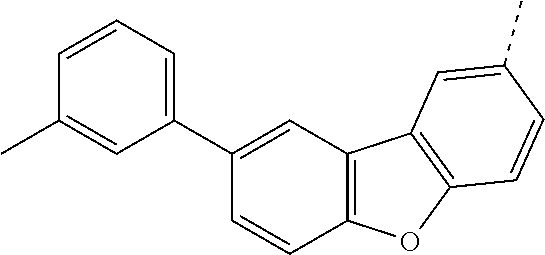
C00656
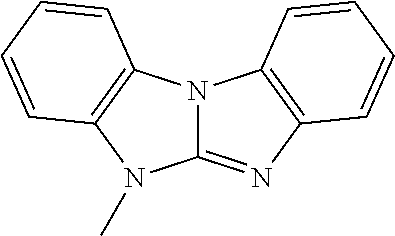
C00657
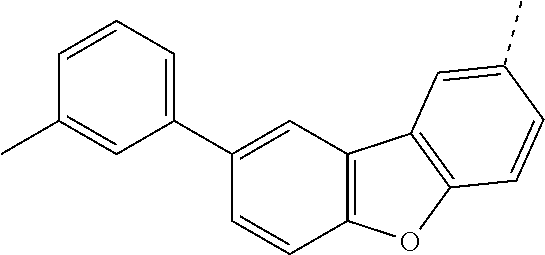
C00658
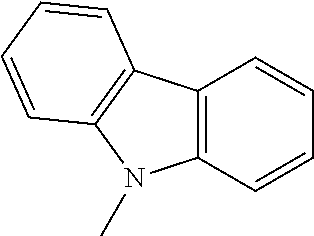
C00659
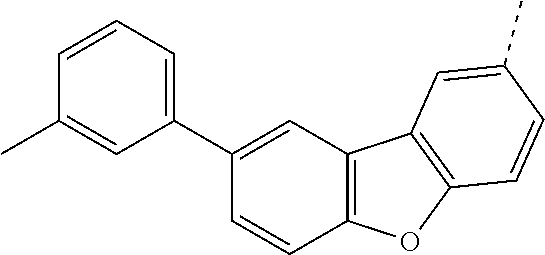
C00660

C00661
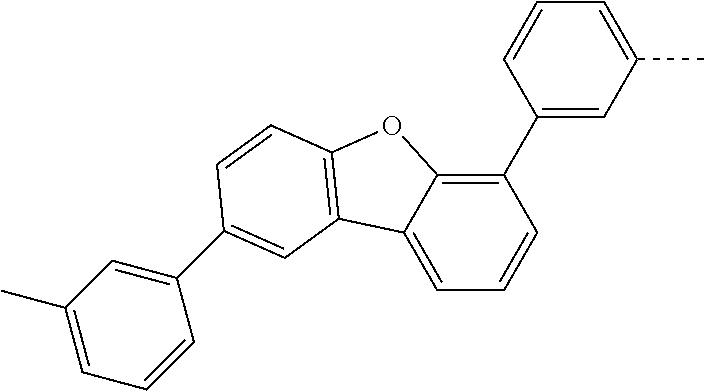
C00662

C00663
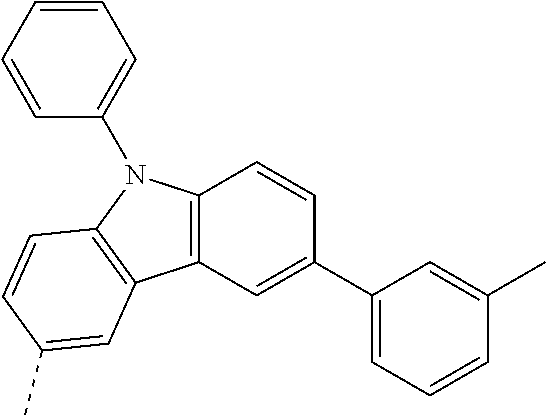
C00664
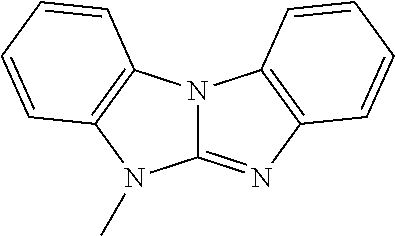
C00665
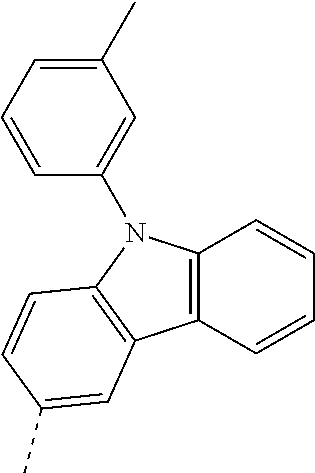
C00666
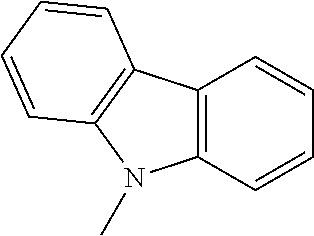
C00667
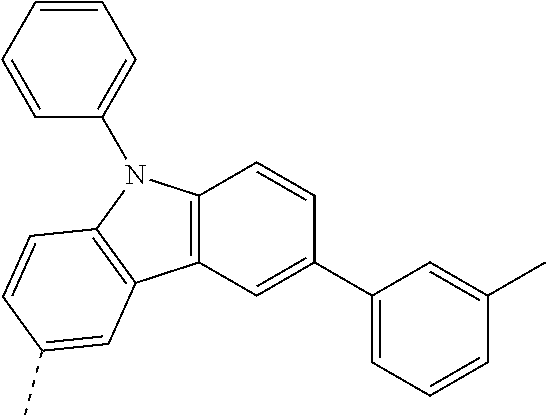
C00668

C00669
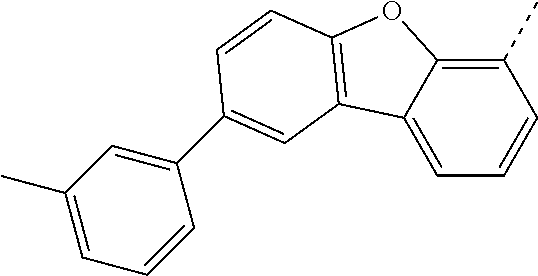
C00670
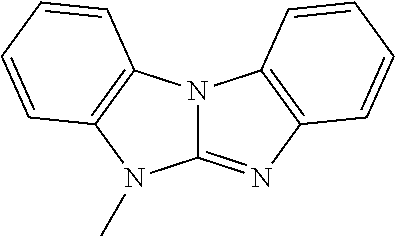
C00671
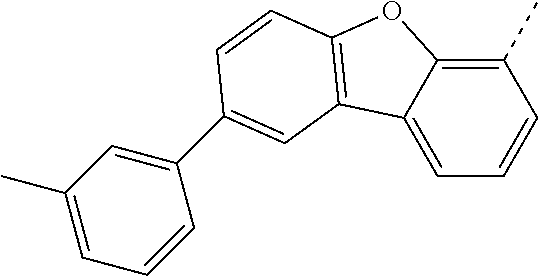
C00672
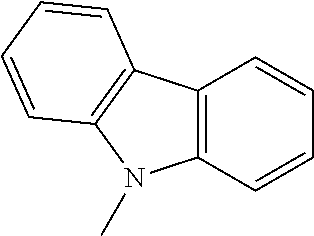
C00673
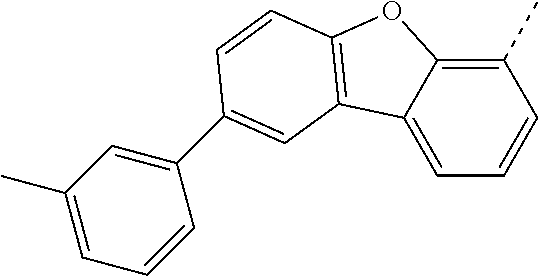
C00674
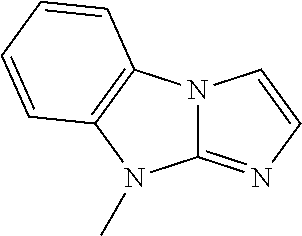
C00675
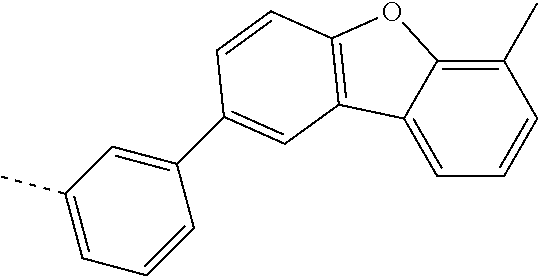
C00676

C00677

C00678
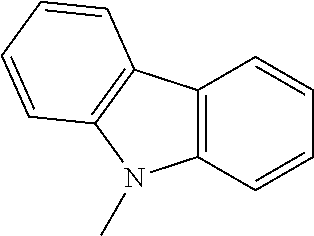
C00679
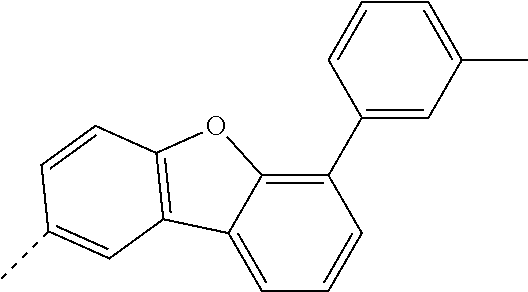
C00680

C00681

C00682

C00683

C00684

C00685
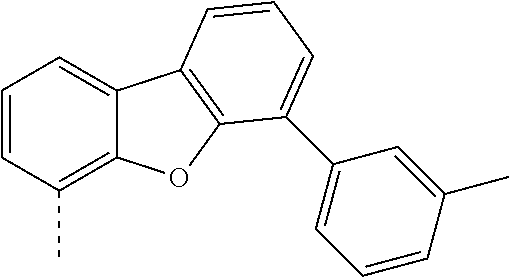
C00686
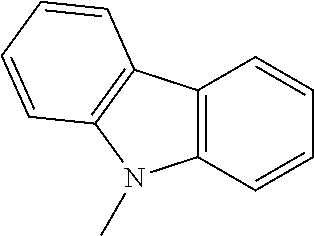
C00687
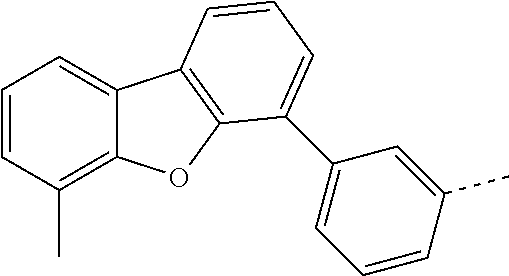
C00688

C00689

C00690

C00691
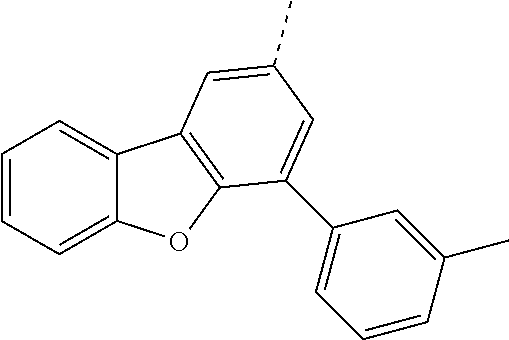
C00692
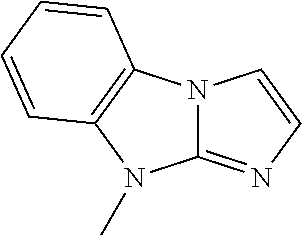
C00693
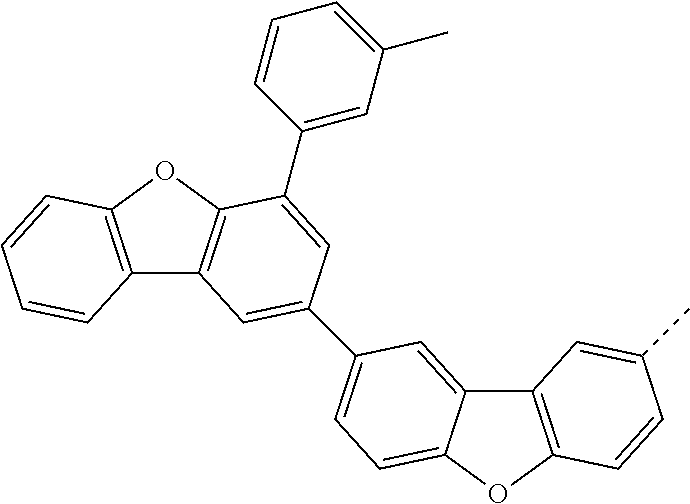
C00694
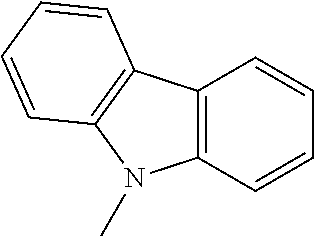
C00695
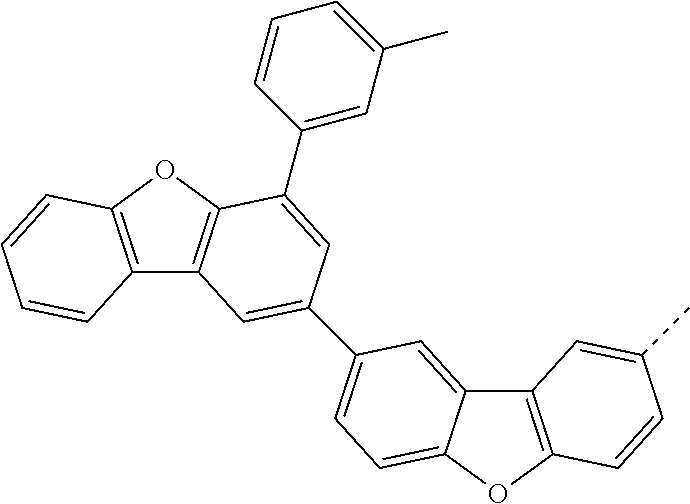
C00696
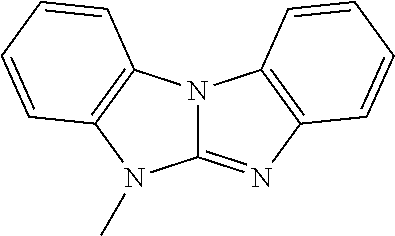
C00697
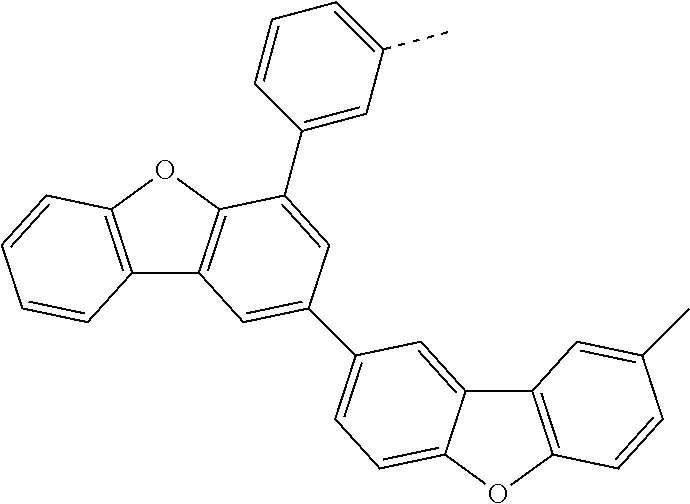
C00698
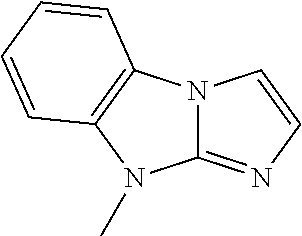
C00699
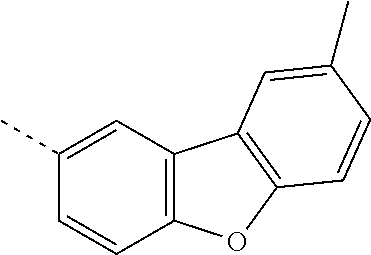
C00700

C00701

C00702
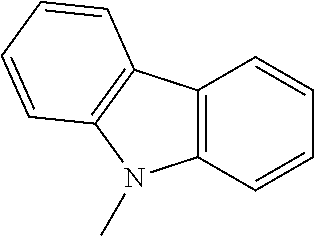
C00703

C00704
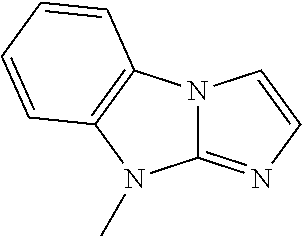
C00705
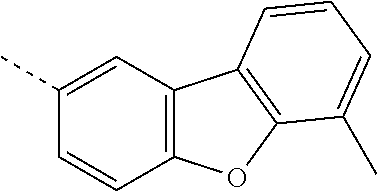
C00706

C00707
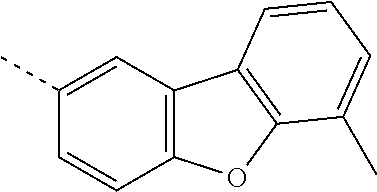
C00708
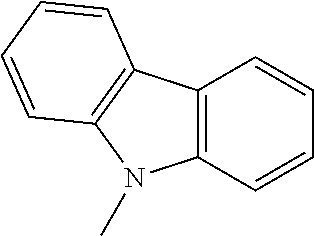
C00709

C00710

C00711

C00712

C00713

C00714
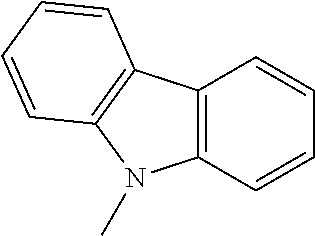
C00715

C00716

C00717

C00718

C00719
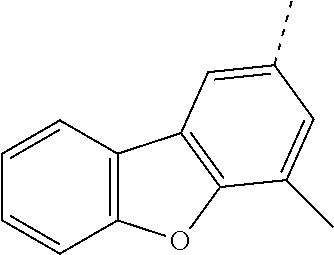
C00720
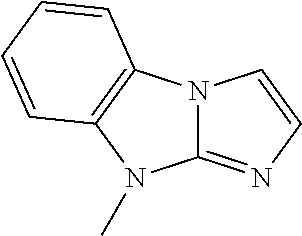
C00721
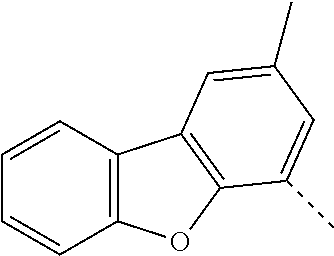
C00722

C00723

C00724
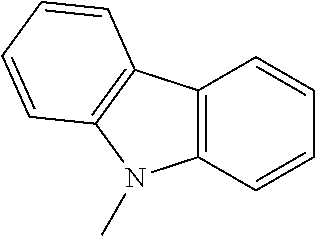
C00725

C00726
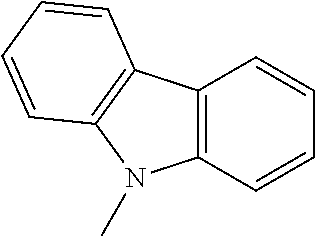
C00727
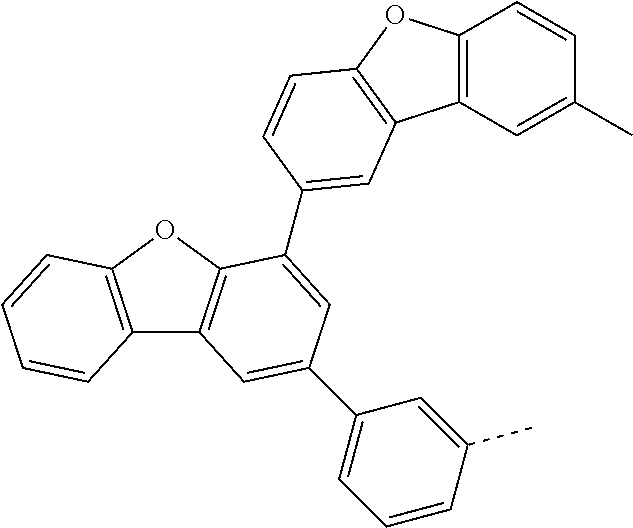
C00728

C00729

C00730

C00731

C00732
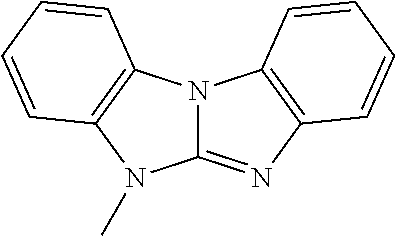
C00733
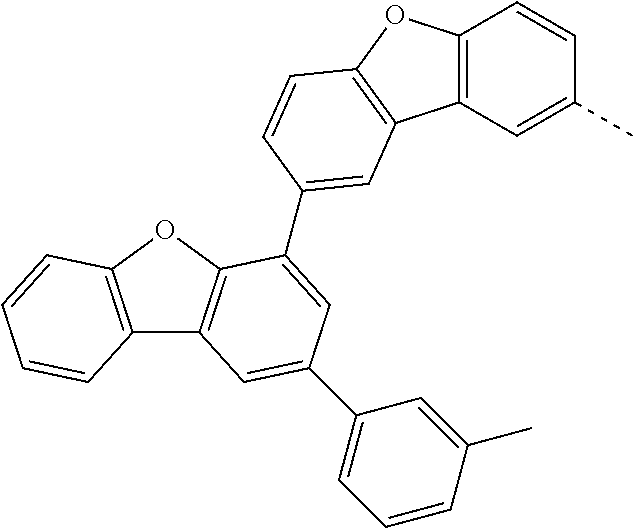
C00734
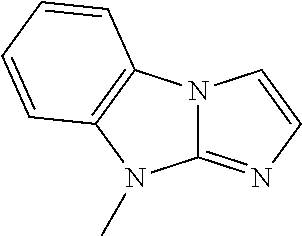
C00735

C00736

C00737

C00738

C00739

C00740

C00741
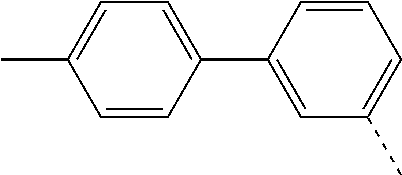
C00742

C00743
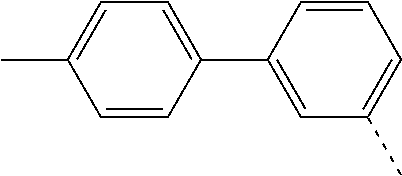
C00744
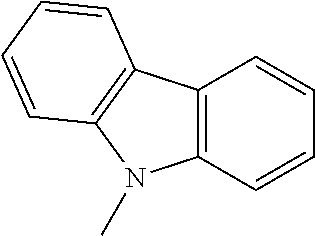
C00745

C00746
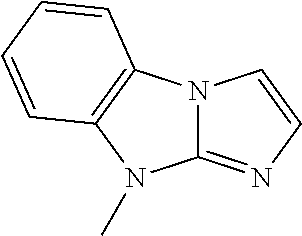
C00747

C00748

C00749

C00750
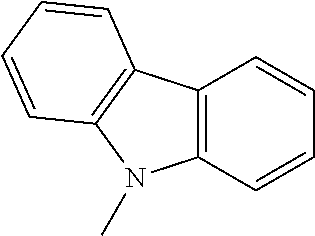
C00751
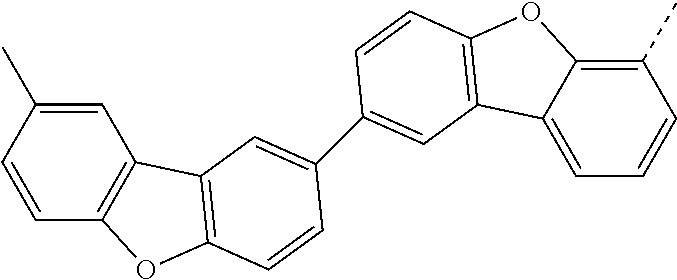
C00752
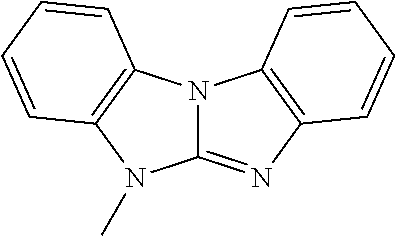
C00753
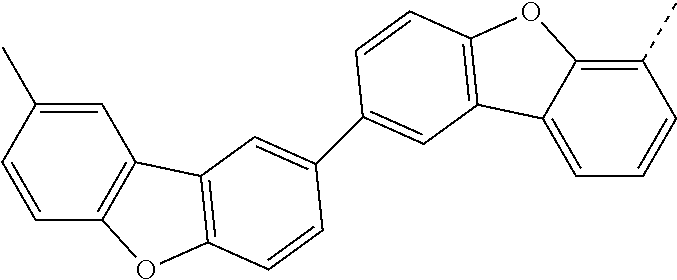
C00754

C00755
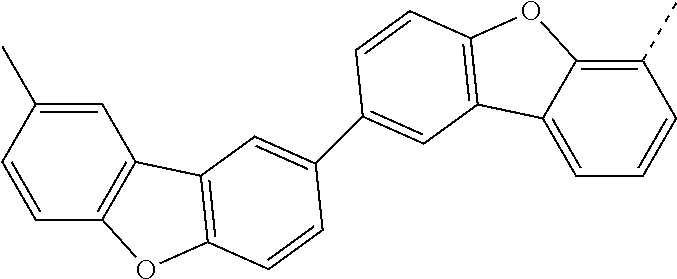
C00756
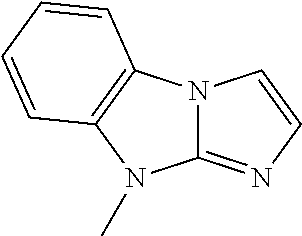
C00757

C00758
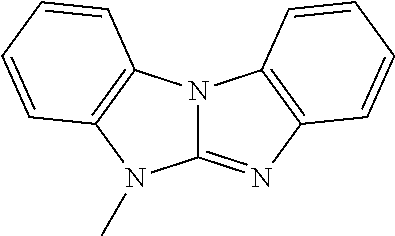
C00759
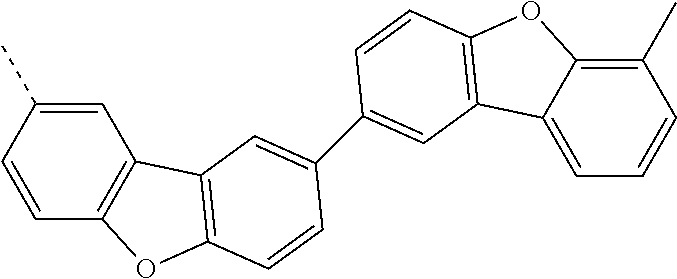
C00760
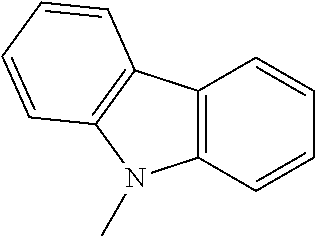
C00761

C00762
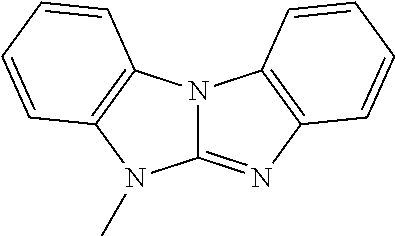
C00763

C00764

C00765
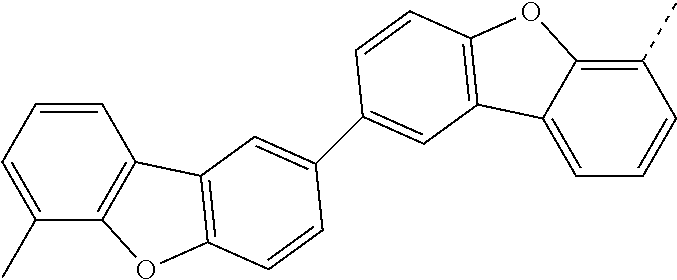
C00766

C00767
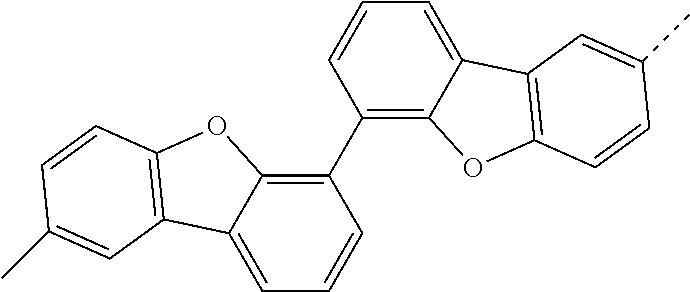
C00768

C00769
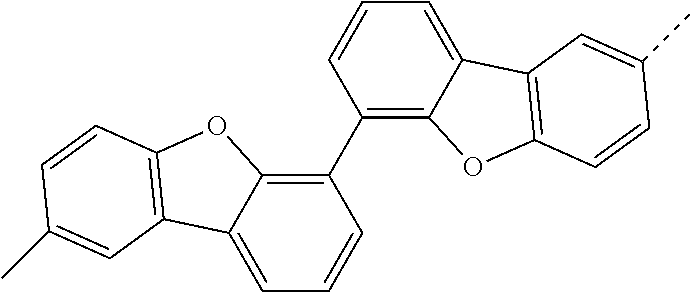
C00770
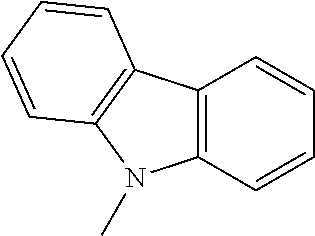
C00771

C00772

C00773

C00774
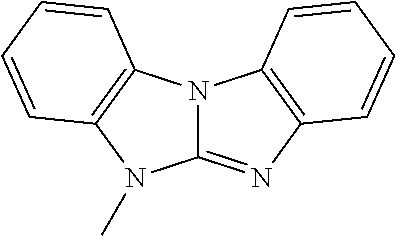
C00775
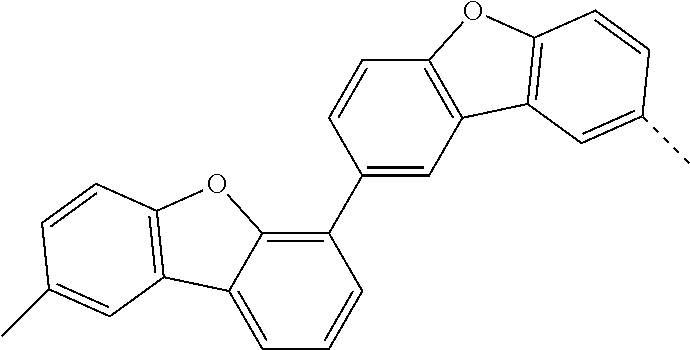
C00776
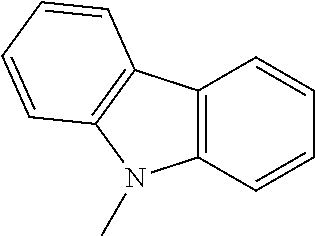
C00777
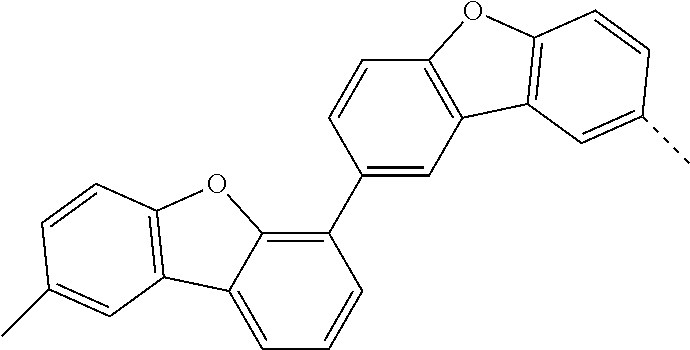
C00778

C00779
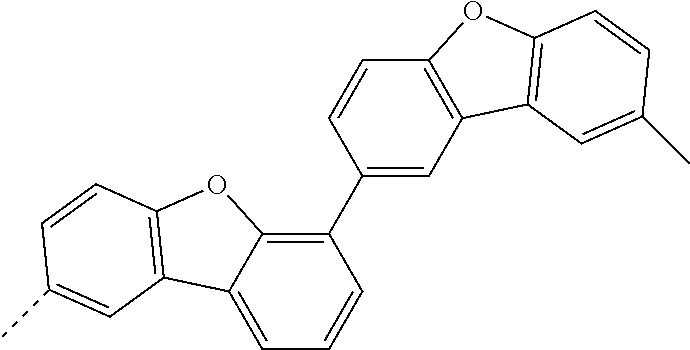
C00780
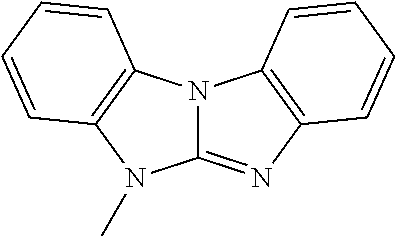
C00781

C00782

C00783
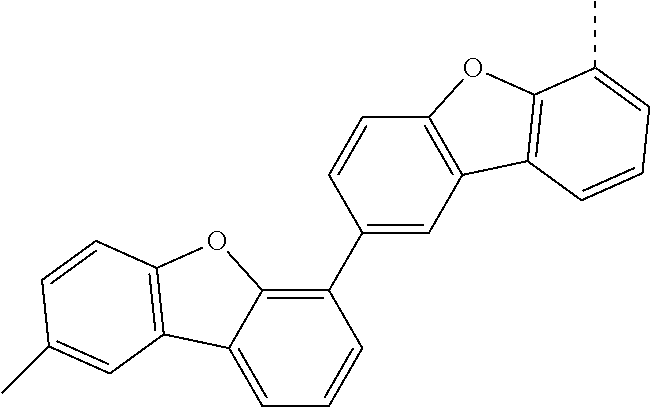
C00784

C00785

C00786

C00787
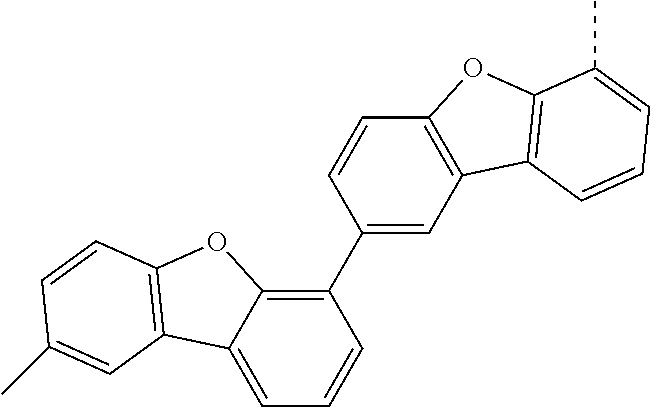
C00788
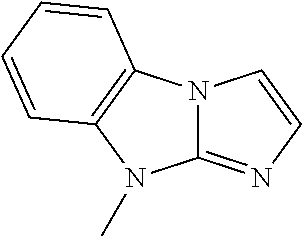
C00789
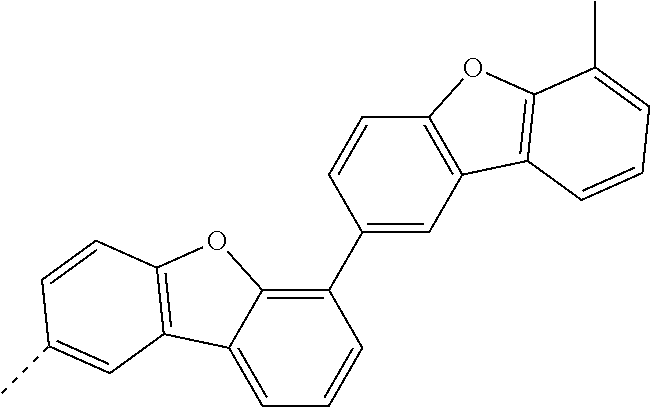
C00790

C00791

C00792
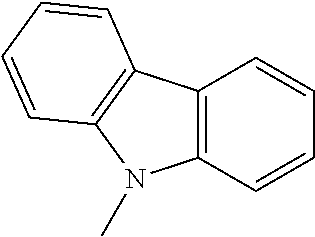
C00793
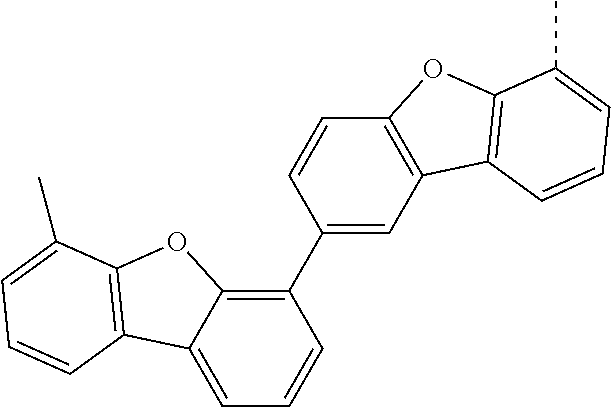
C00794
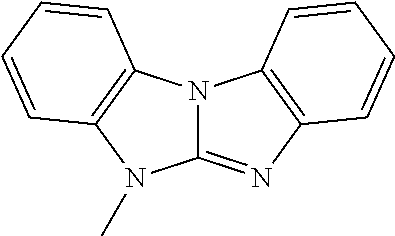
C00795

C00796

C00797
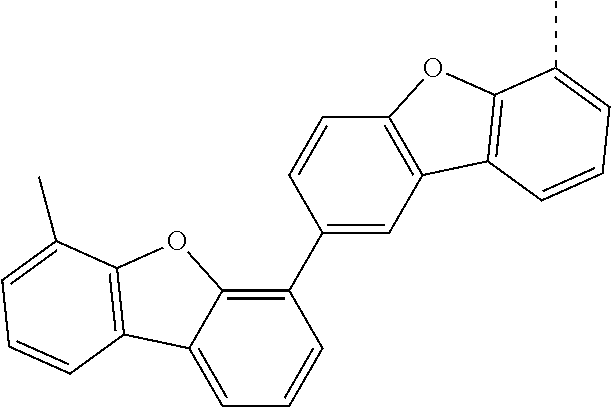
C00798
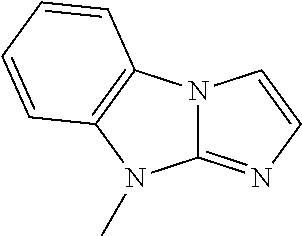
C00799

C00800

C00801
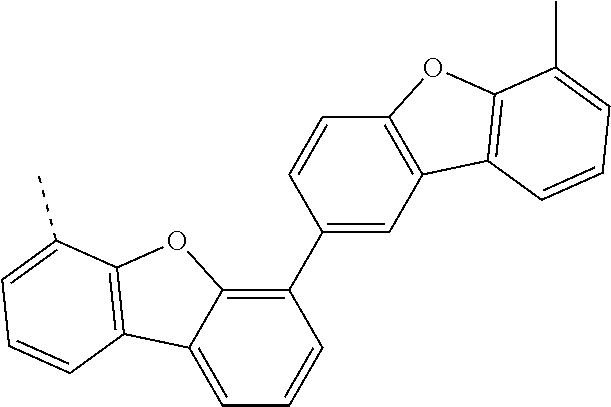
C00802
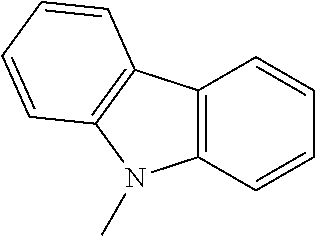
C00803

C00804
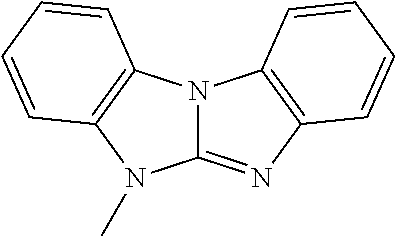
C00805
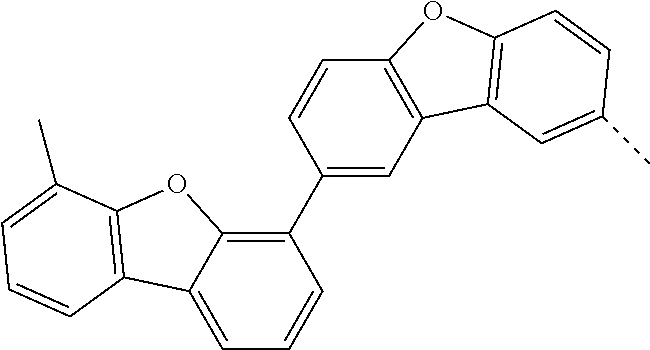
C00806

C00807
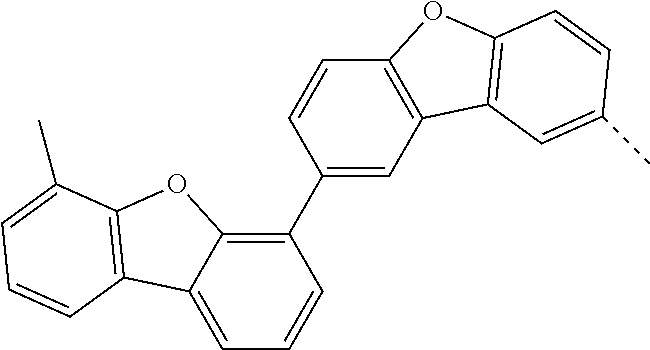
C00808
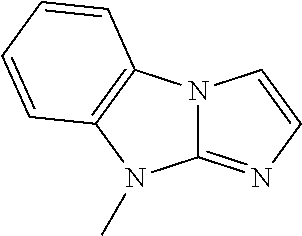
C00809

C00810

C00811

C00812

C00813
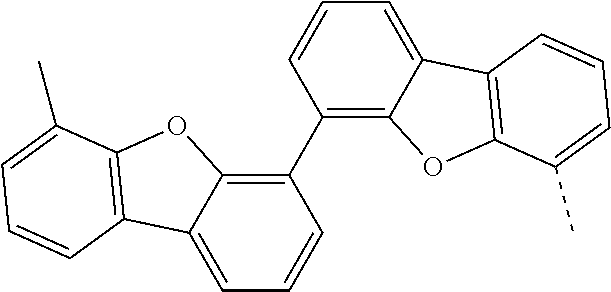
C00814

C00815
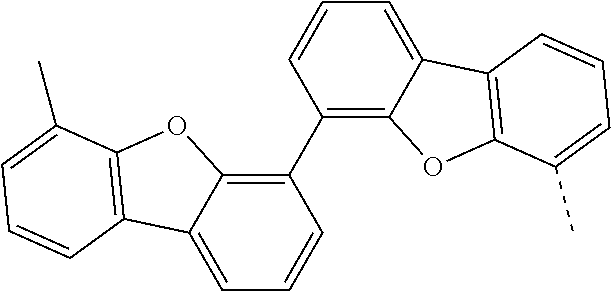
C00816
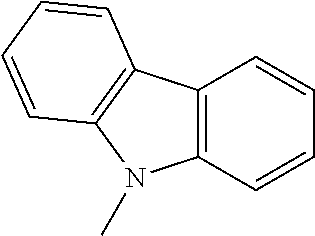
C00817

C00818

C00819
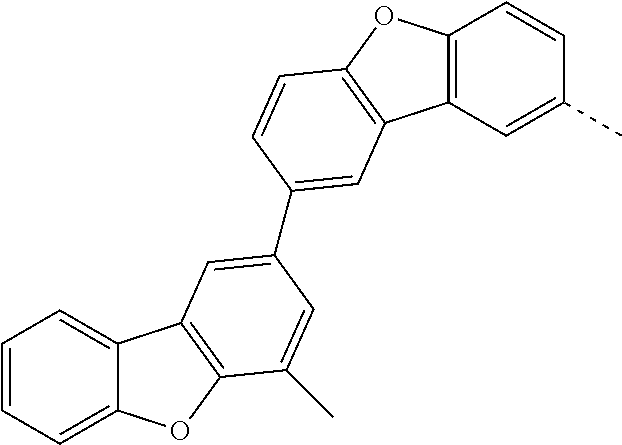
C00820
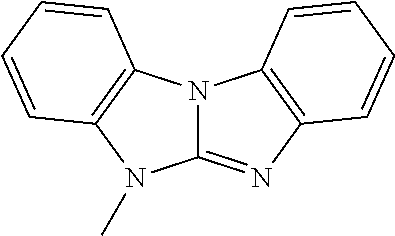
C00821

C00822

C00823
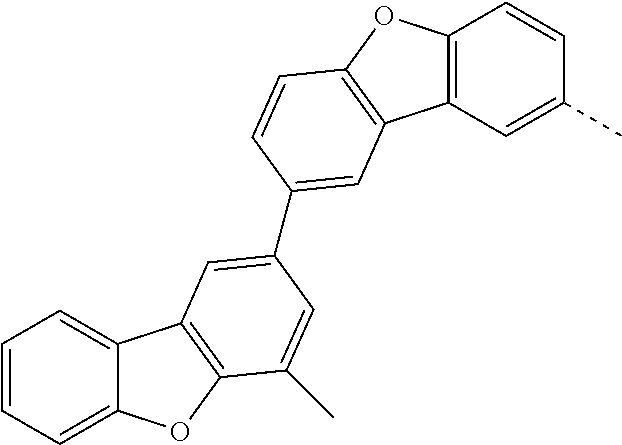
C00824

C00825

C00826
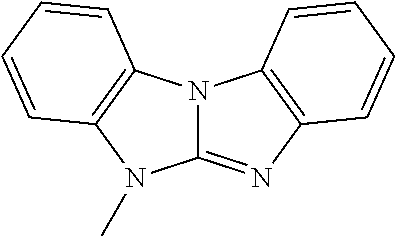
C00827
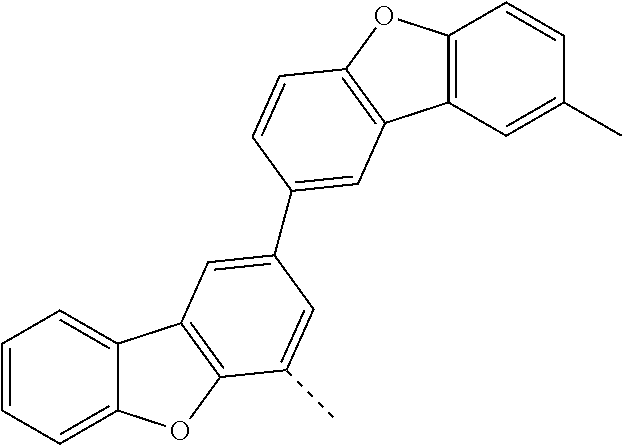
C00828
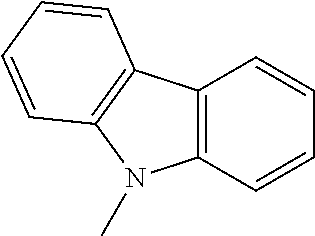
C00829
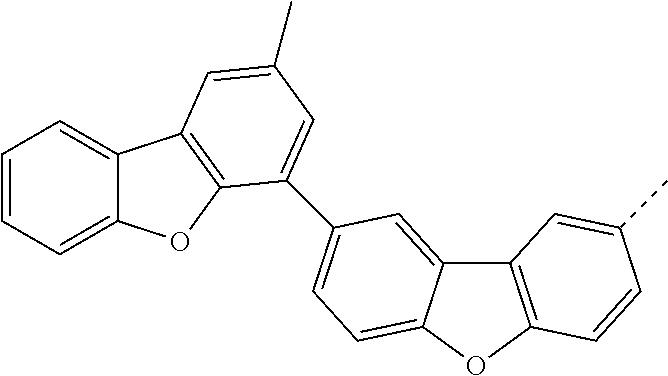
C00830
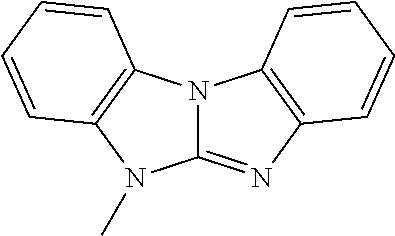
C00831
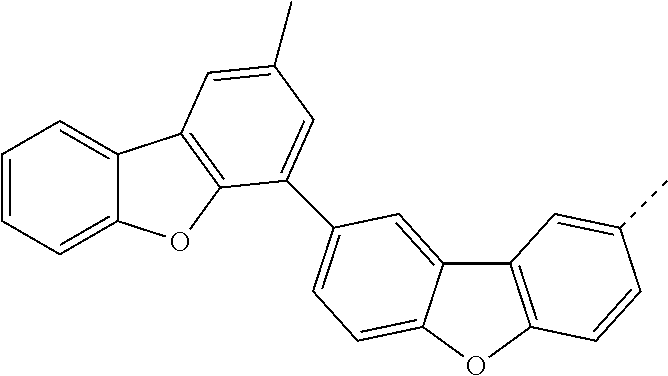
C00832
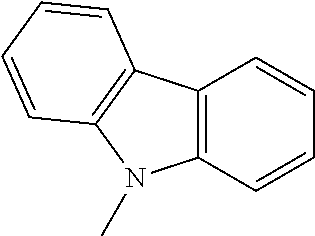
C00833
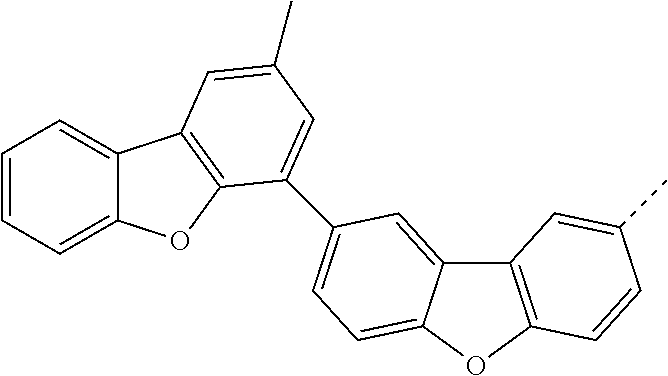
C00834
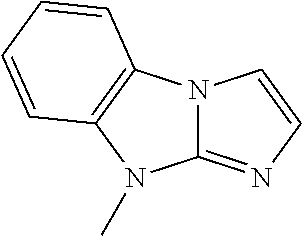
C00835
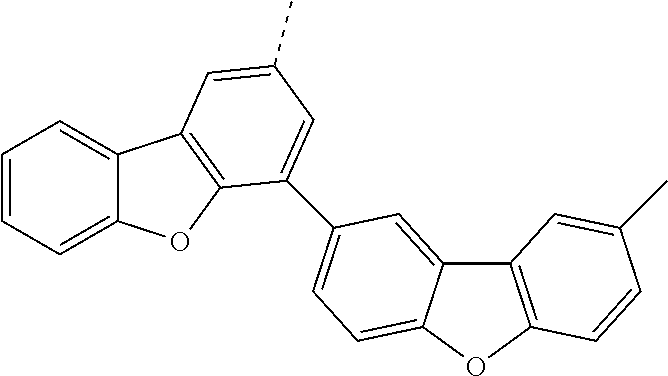
C00836
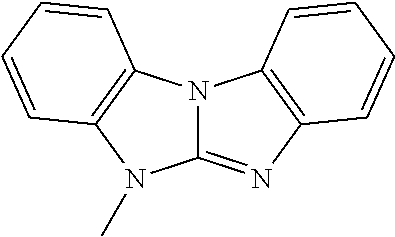
C00837

C00838
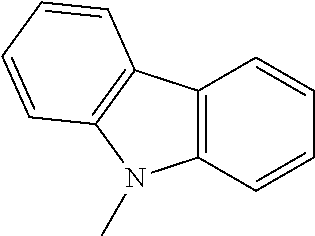
C00839
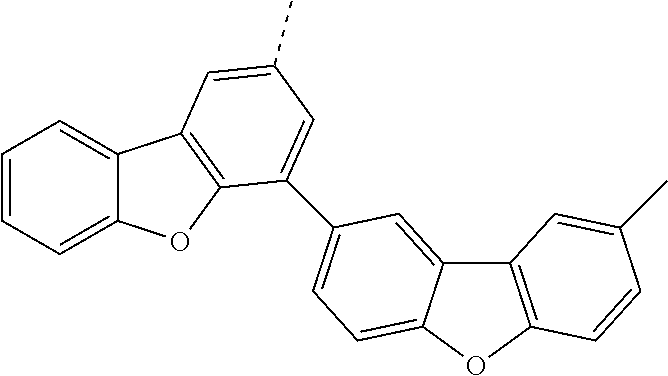
C00840
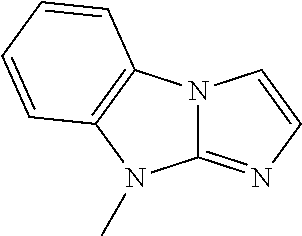
C00841
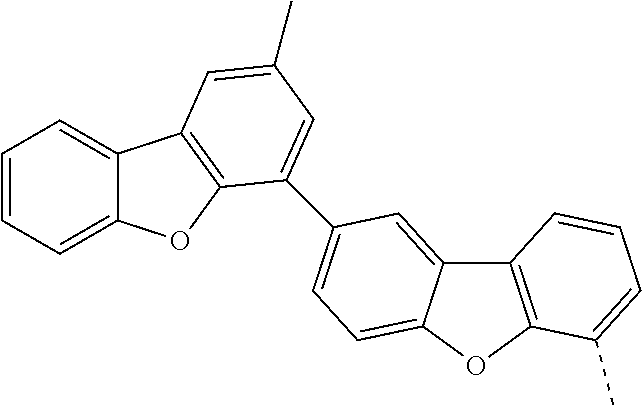
C00842

C00843

C00844

C00845
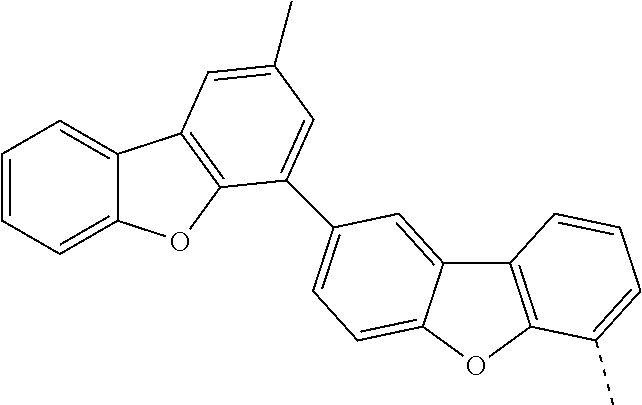
C00846
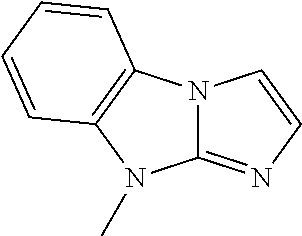
C00847

C00848

C00849
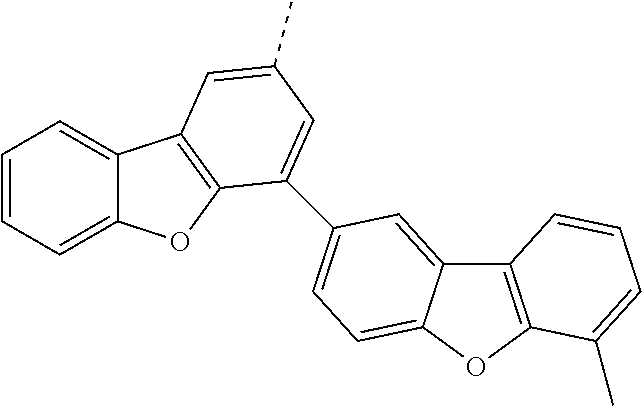
C00850
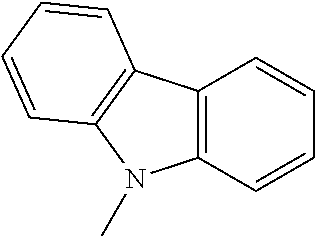
C00851

C00852

C00853

C00854

C00855

C00856
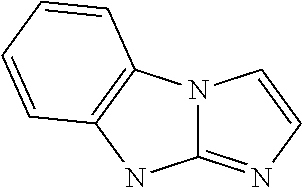
C00857
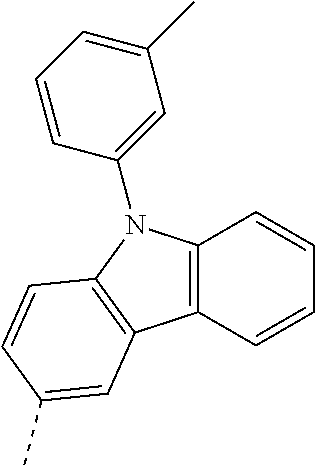
C00858
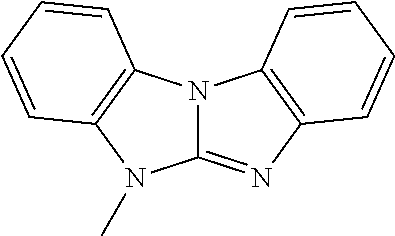
C00859
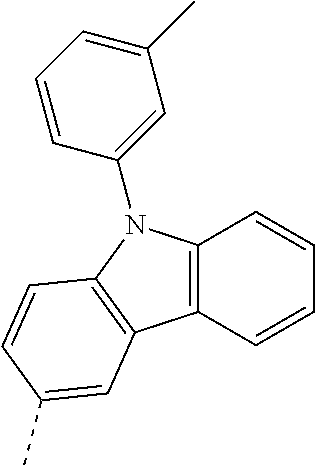
C00860

C00861
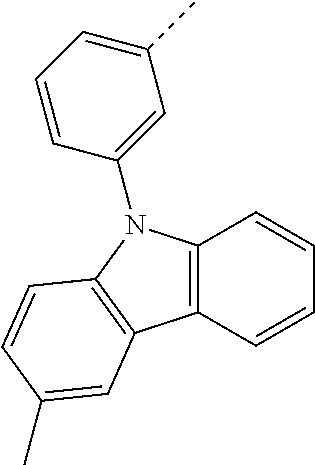
C00862
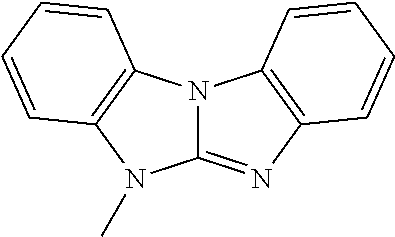
C00863

C00864

C00865
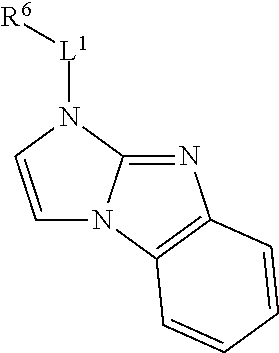
C00866
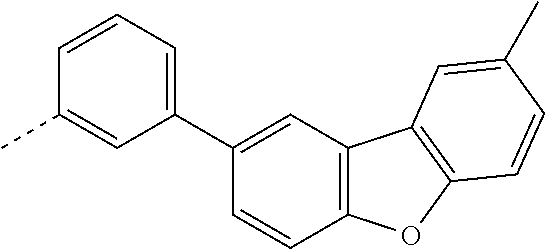
C00867
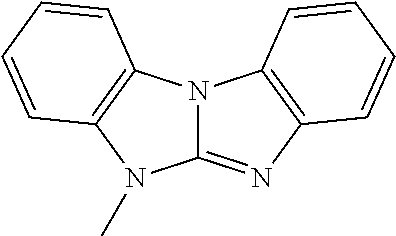
C00868
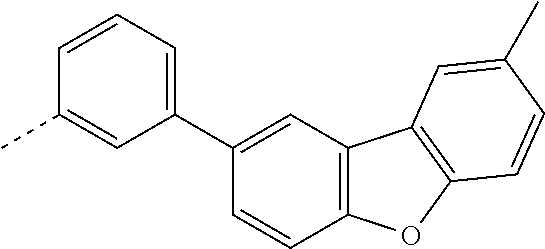
C00869

C00870

C00871
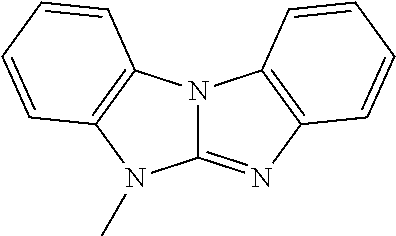
C00872
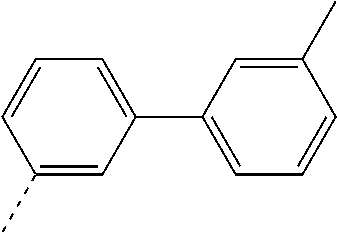
C00873
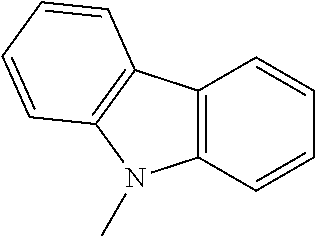
C00874

C00875

C00876

C00877
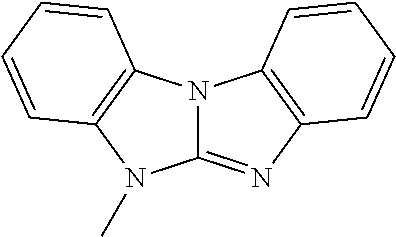
C00878
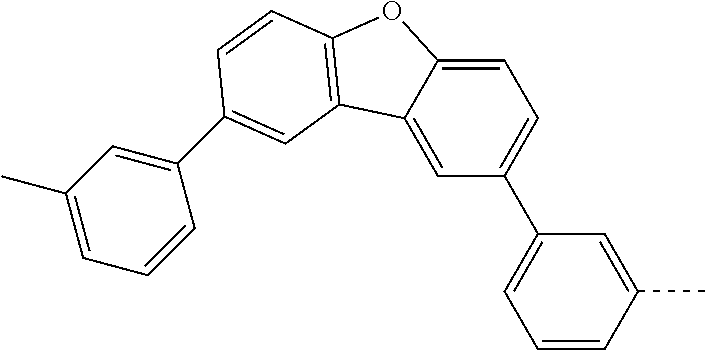
C00879

C00880

C00881

C00882
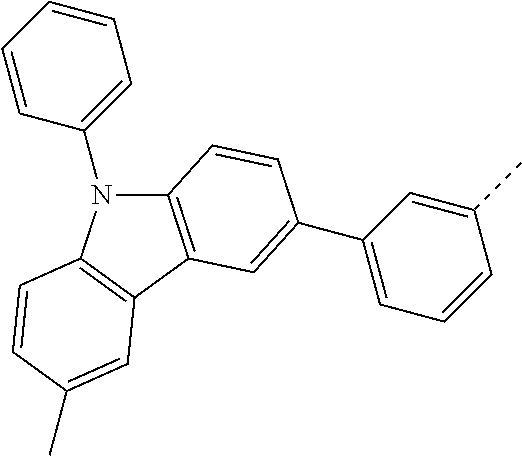
C00883
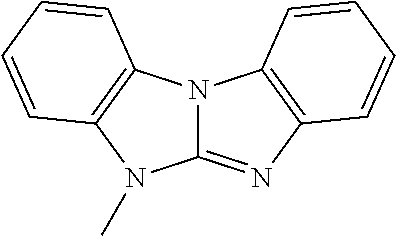
C00884

C00885

C00886
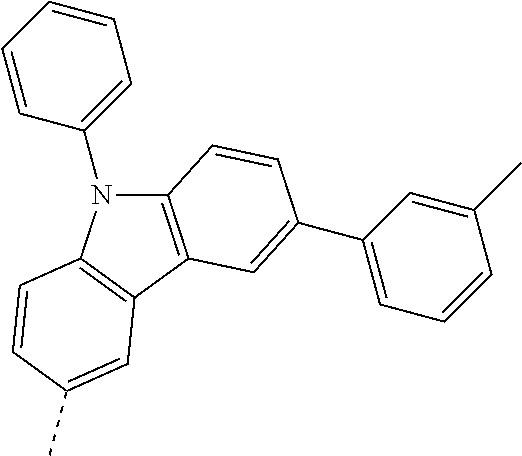
C00887
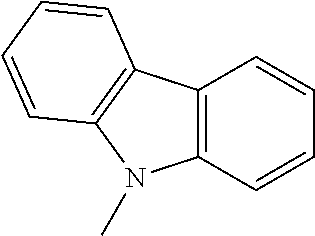
C00888

C00889
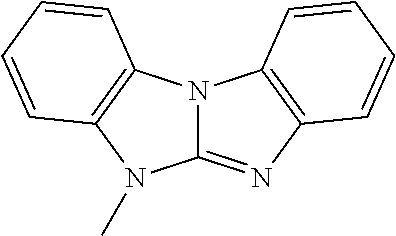
C00890

C00891

C00892

C00893
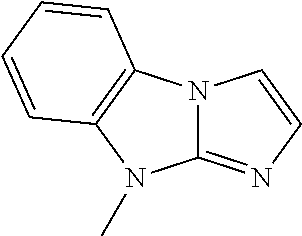
C00894

C00895

C00896
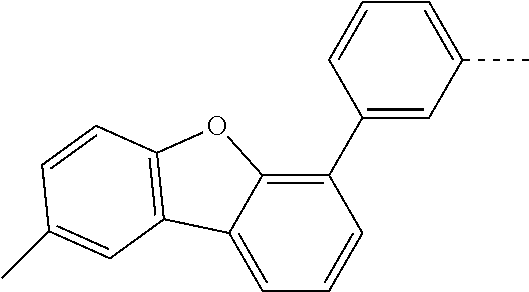
C00897

C00898

C00899
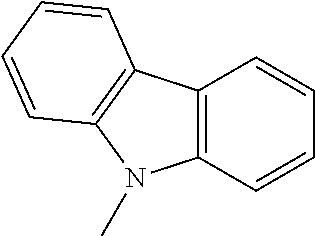
C00900
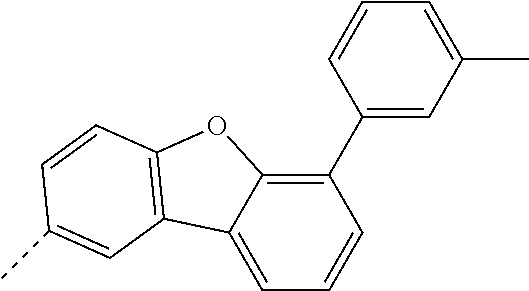
C00901

C00902

C00903

C00904
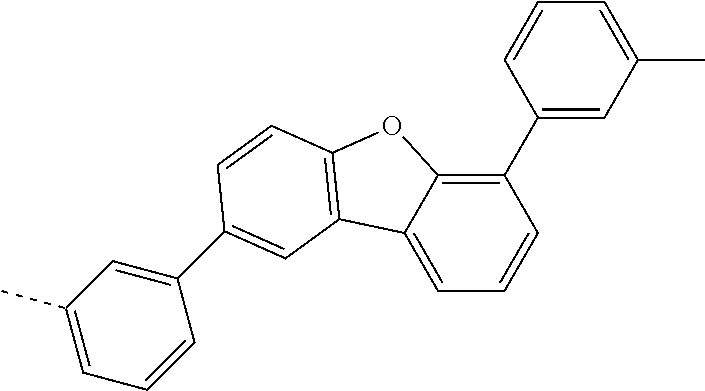
C00905

C00906
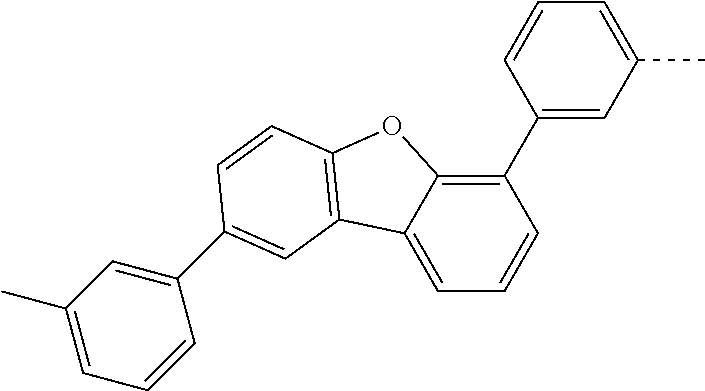
C00907
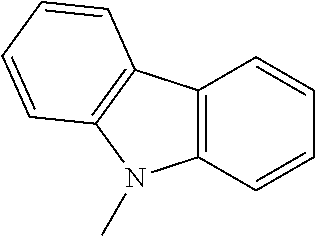
C00908

C00909
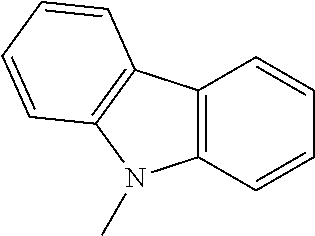
C00910
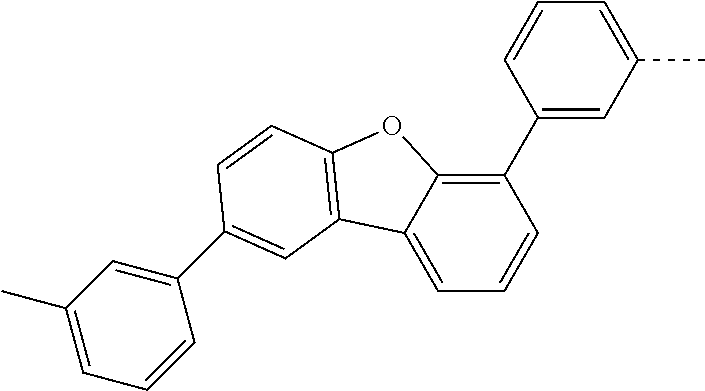
C00911
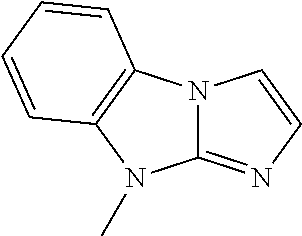
C00912
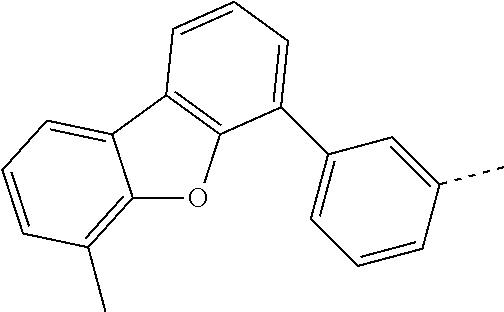
C00913

C00914

C00915
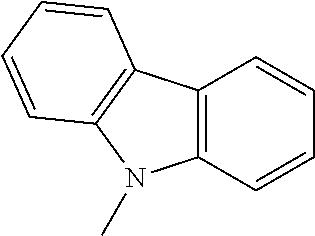
C00916
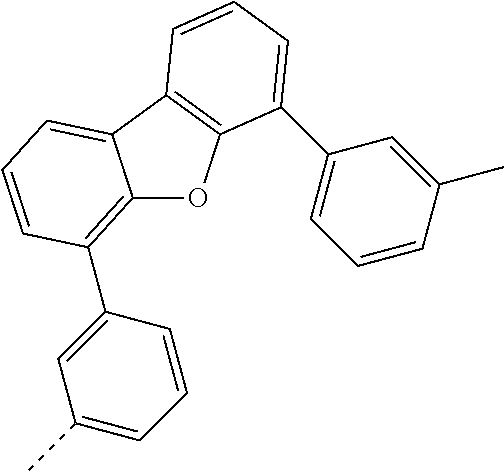
C00917

C00918
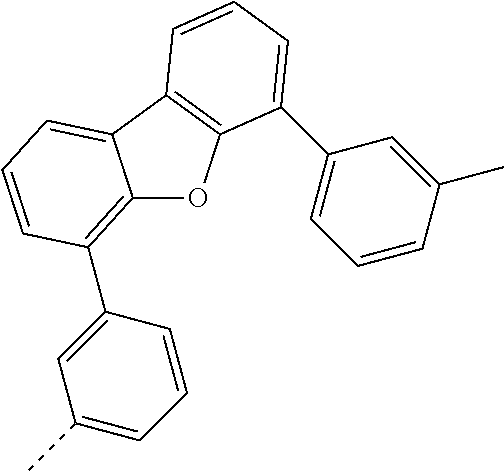
C00919

C00920
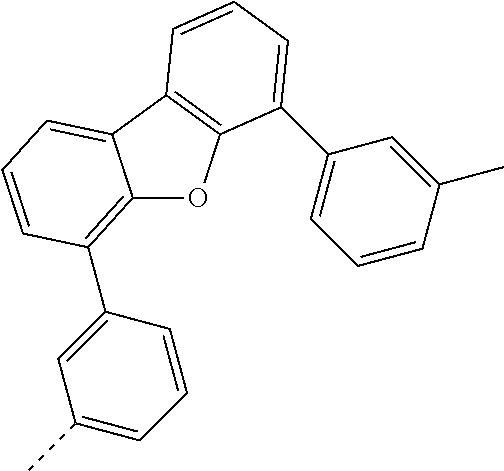
C00921

C00922
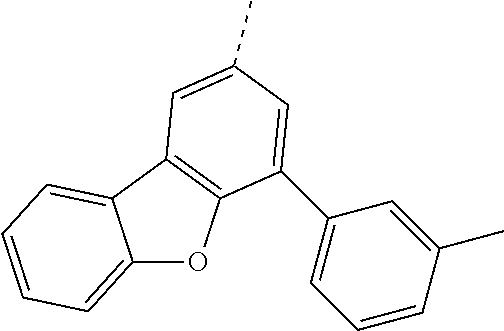
C00923
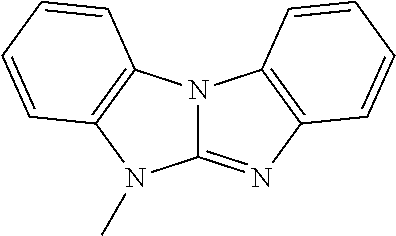
C00924

C00925
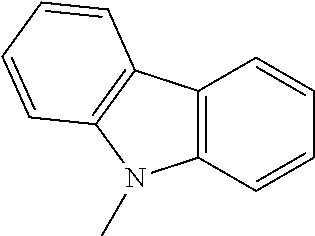
C00926
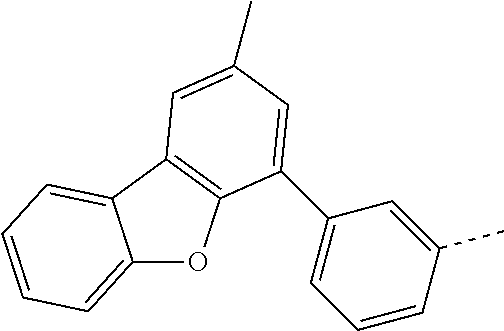
C00927

C00928
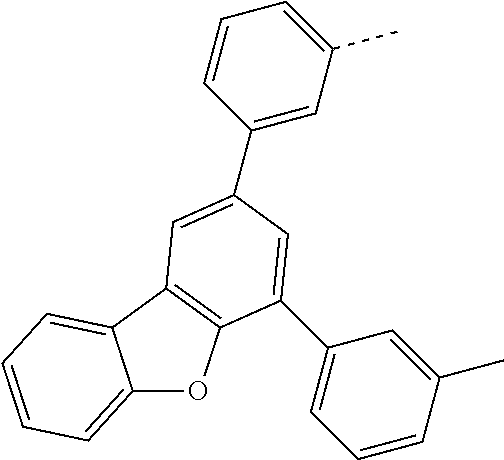
C00929

C00930
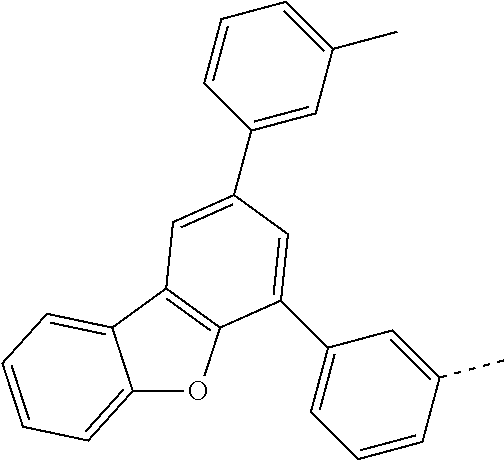
C00931

C00932
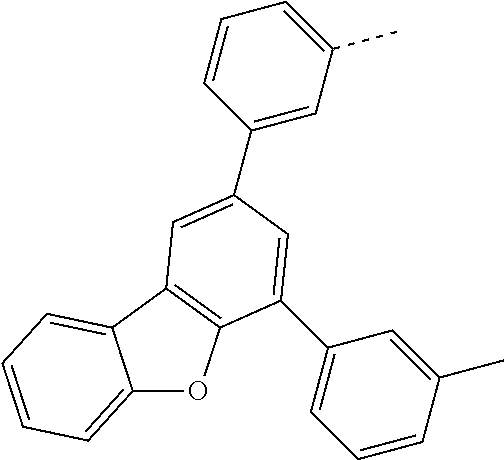
C00933
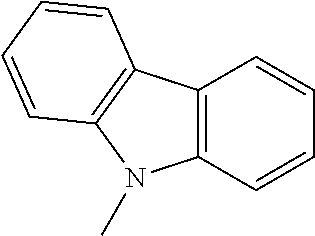
C00934

C00935

C00936

C00937

C00938
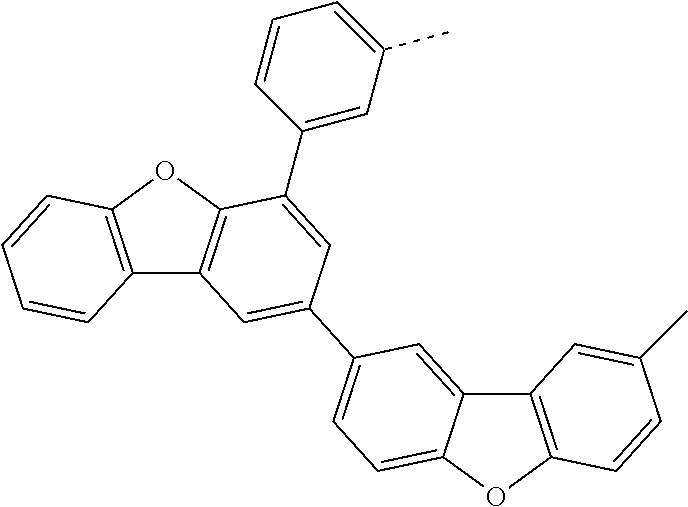
C00939
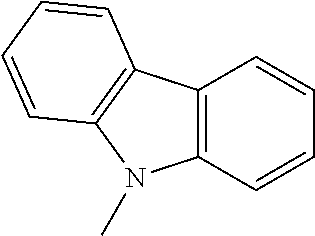
C00940
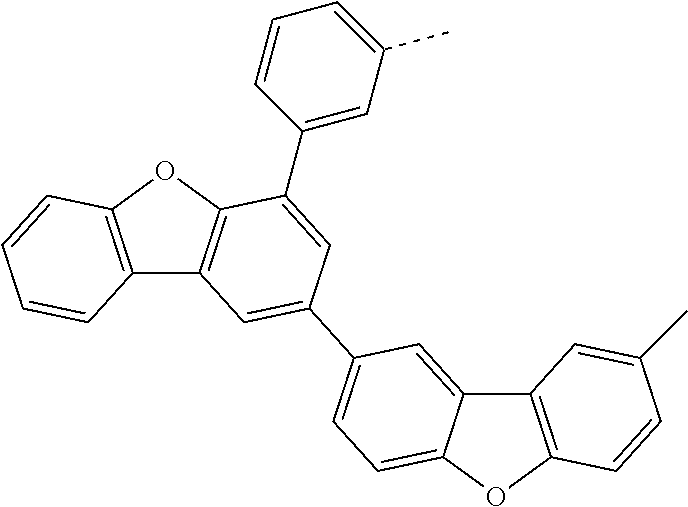
C00941
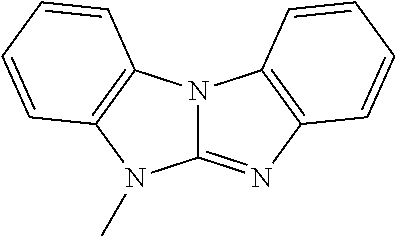
C00942
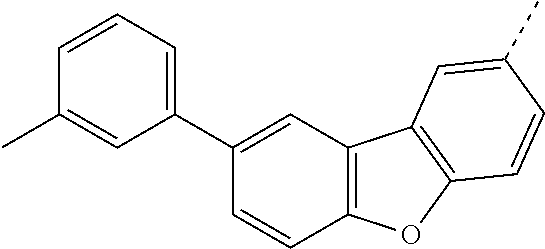
C00943

C00944
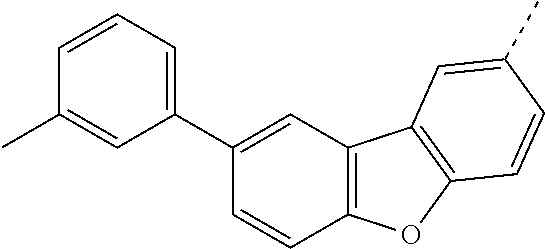
C00945
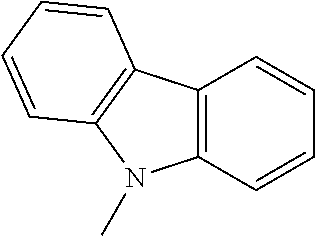
C00946
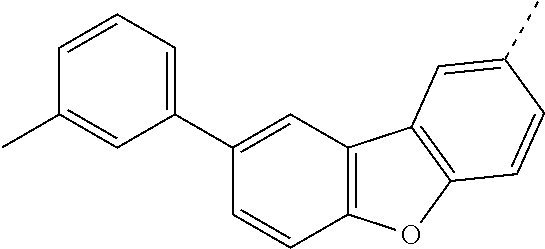
C00947

C00948

C00949
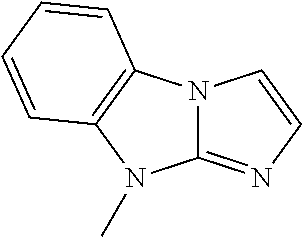
C00950
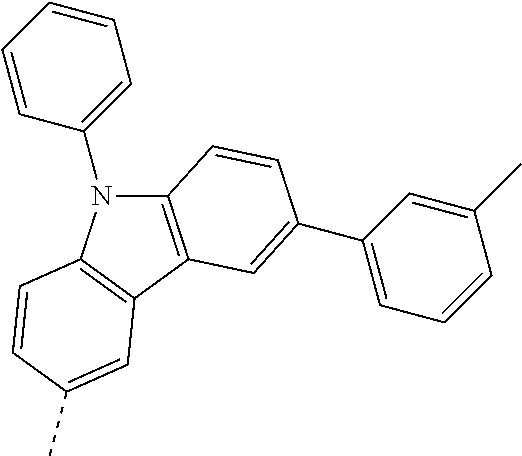
C00951
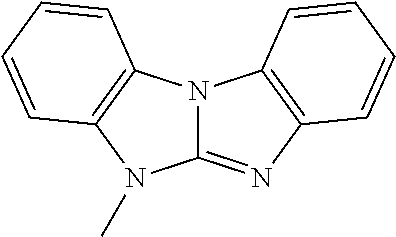
C00952

C00953
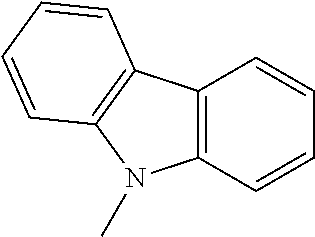
C00954
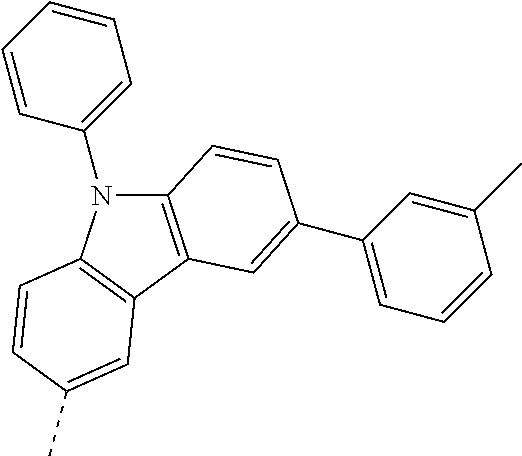
C00955
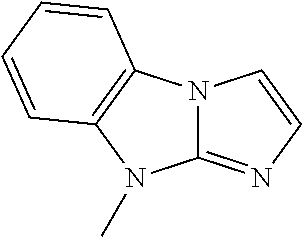
C00956
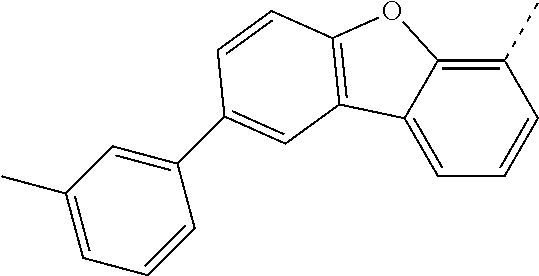
C00957

C00958
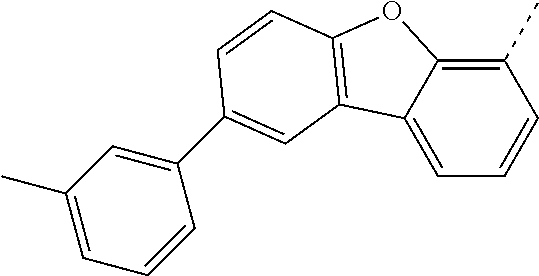
C00959

C00960

C00961
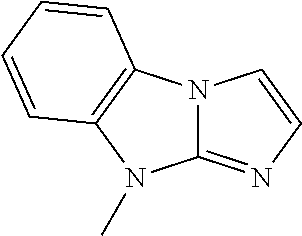
C00962

C00963
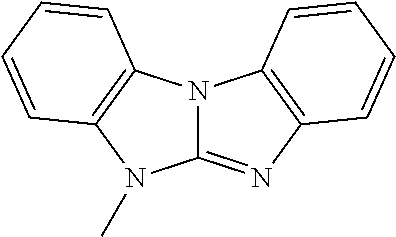
C00964
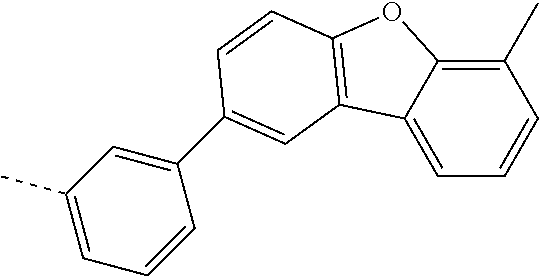
C00965

C00966

C00967
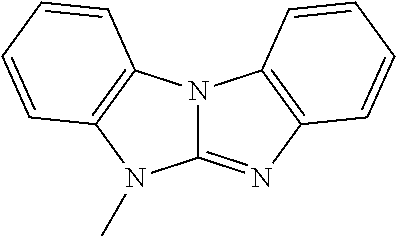
C00968
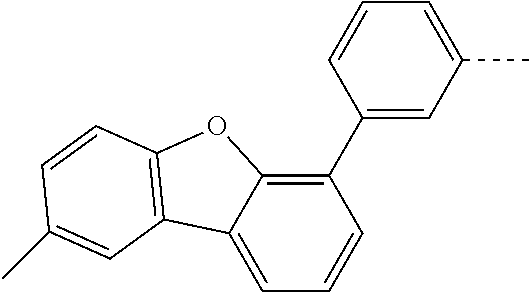
C00969
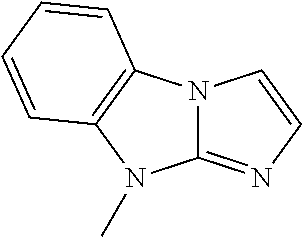
C00970

C00971

C00972
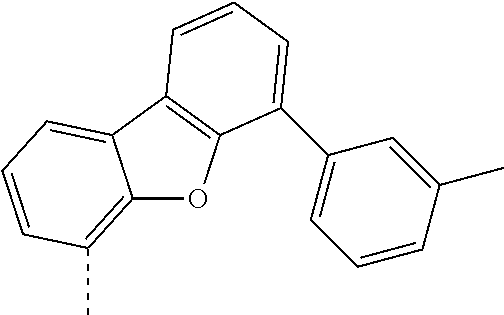
C00973
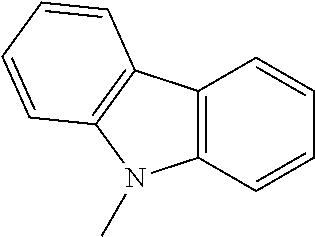
C00974
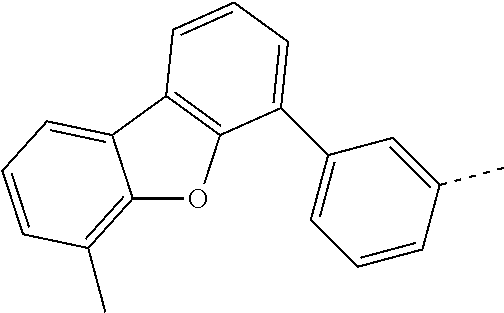
C00975

C00976
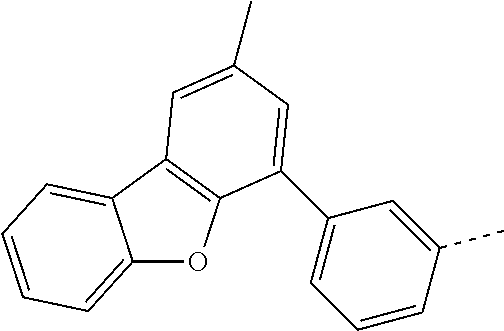
C00977
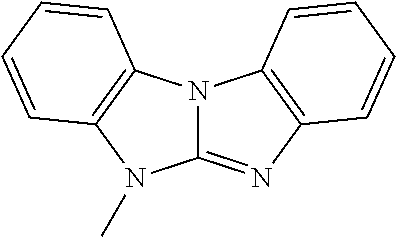
C00978
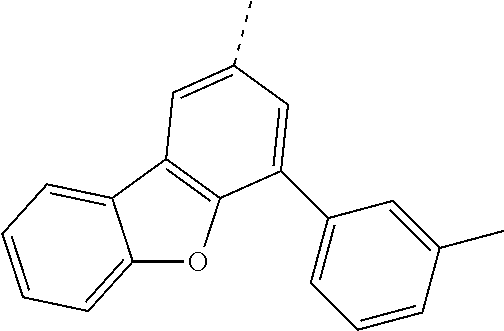
C00979
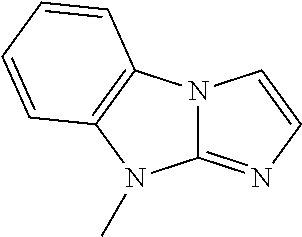
C00980
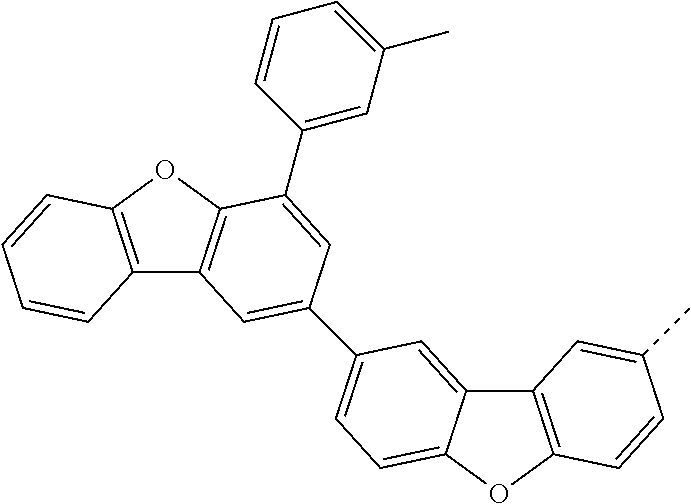
C00981

C00982
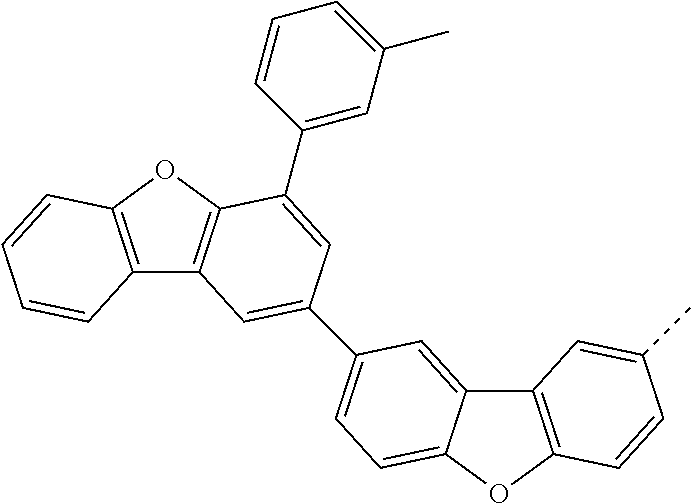
C00983
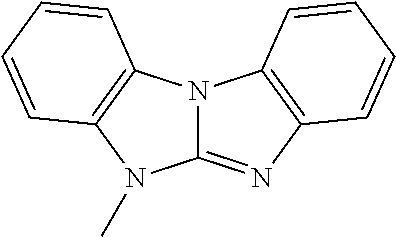
C00984
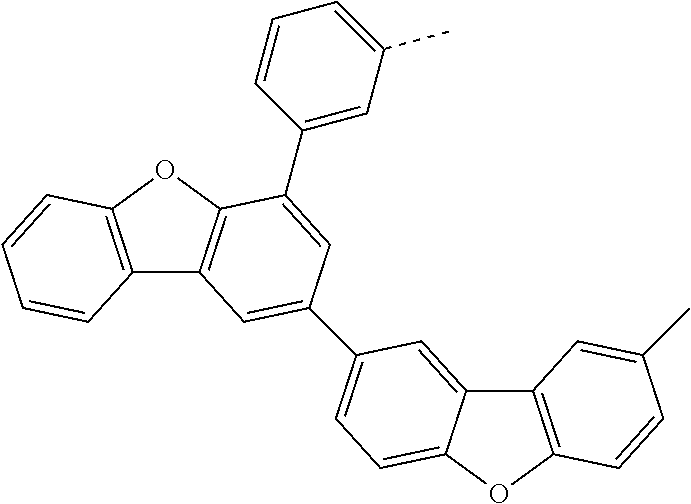
C00985
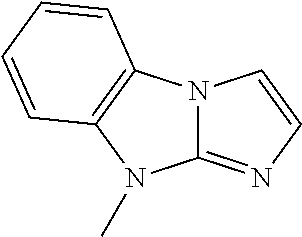
C00986
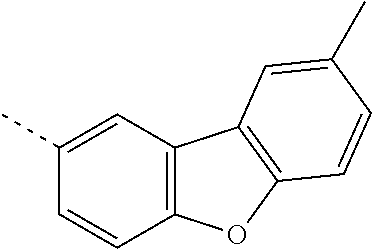
C00987

C00988
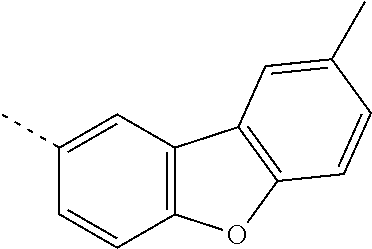
C00989
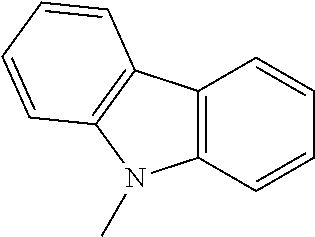
C00990
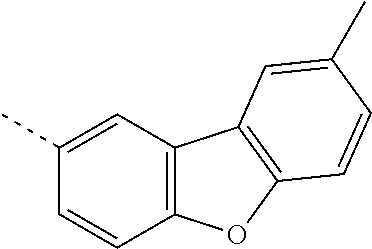
C00991

C00992
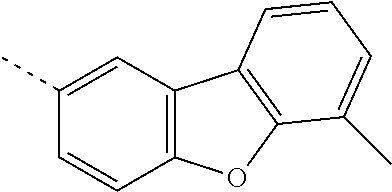
C00993
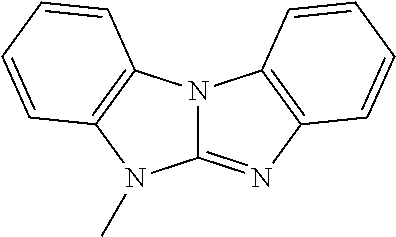
C00994
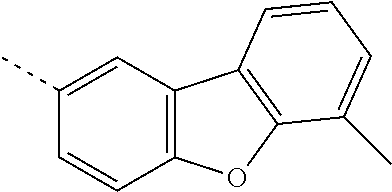
C00995

C00996

C00997
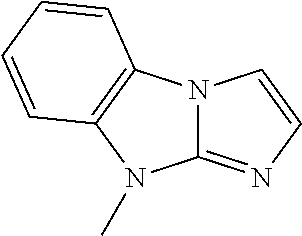
C00998
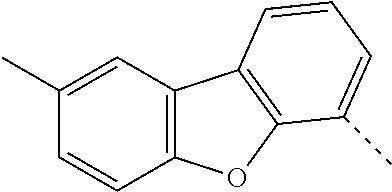
C00999
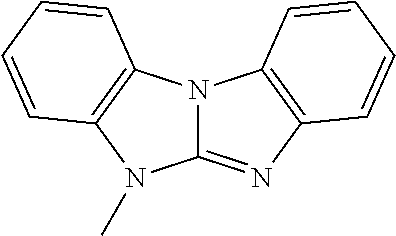
C01000
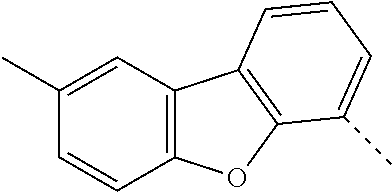
C01001

C01002

C01003
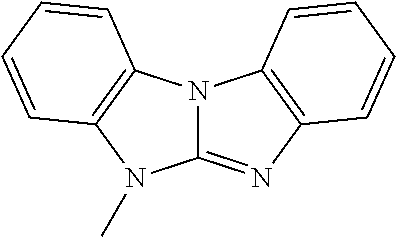
C01004
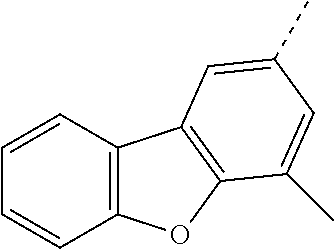
C01005
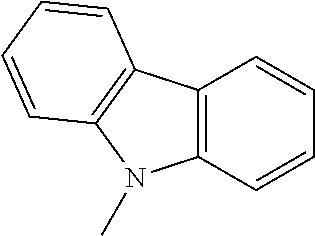
C01006
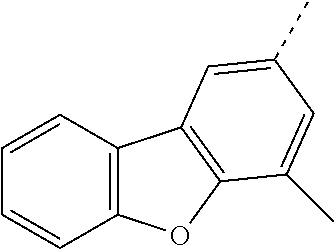
C01007
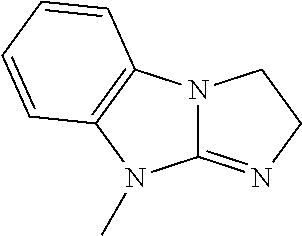
C01008

C01009

C01010
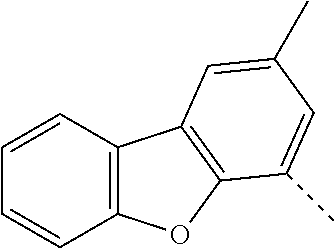
C01011
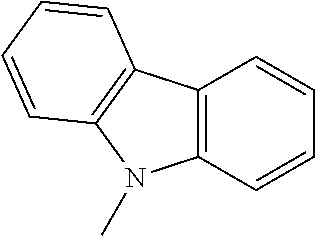
C01012

C01013
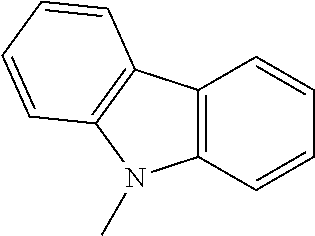
C01014

C01015

C01016

C01017

C01018
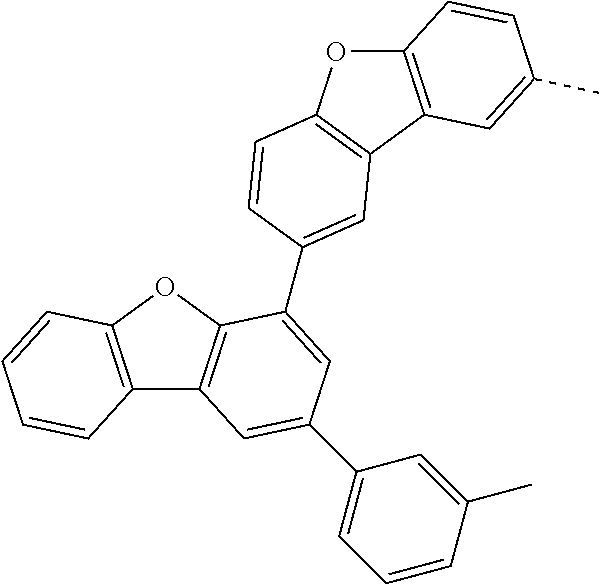
C01019
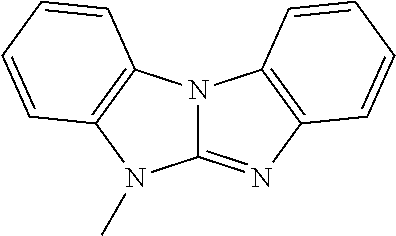
C01020
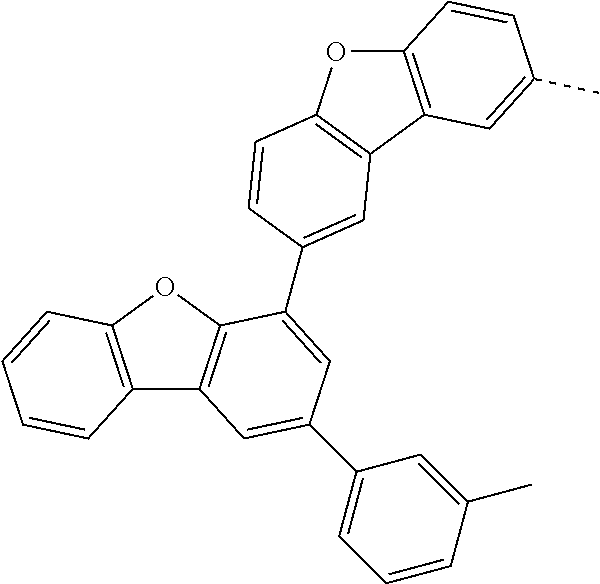
C01021
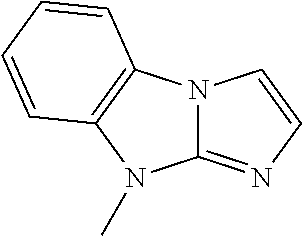
C01022

C01023

C01024

C01025

C01026

C01027

C01028
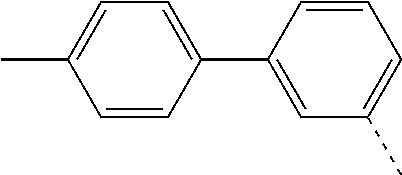
C01029

C01030
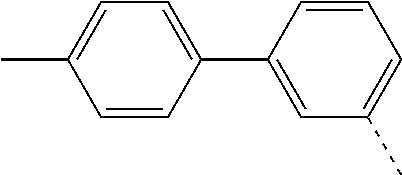
C01031

C01032
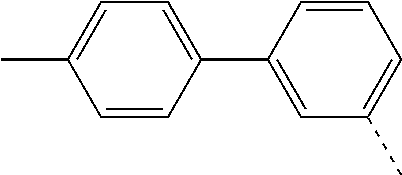
C01033
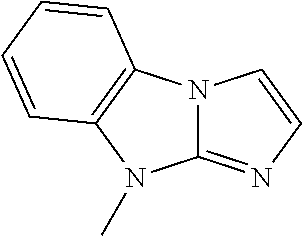
C01034
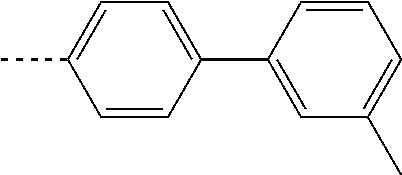
C01035

C01036

C01037

C01038
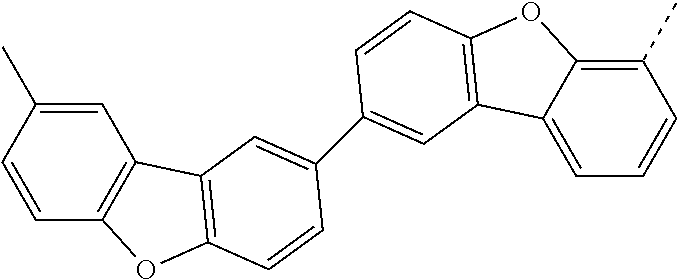
C01039
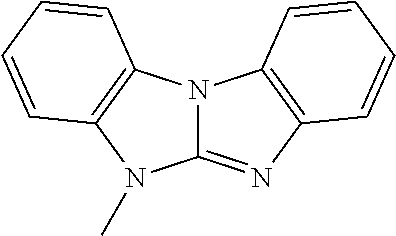
C01040

C01041
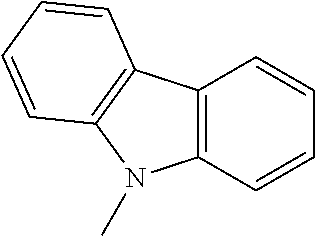
C01042
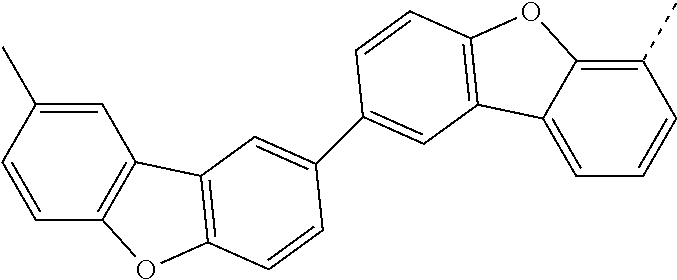
C01043

C01044

C01045
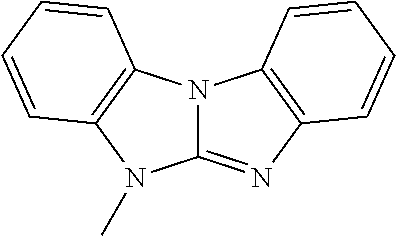
C01046

C01047
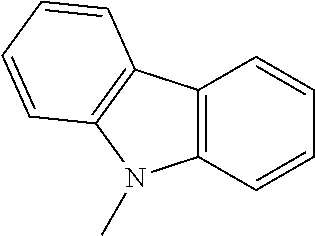
C01048
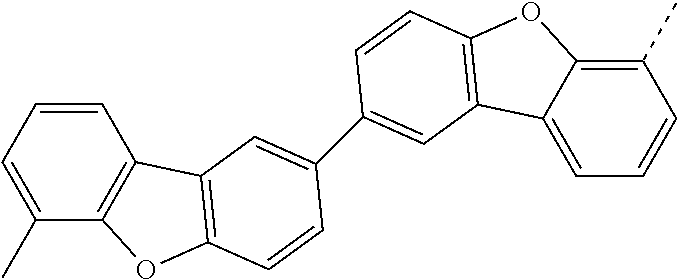
C01049

C01050
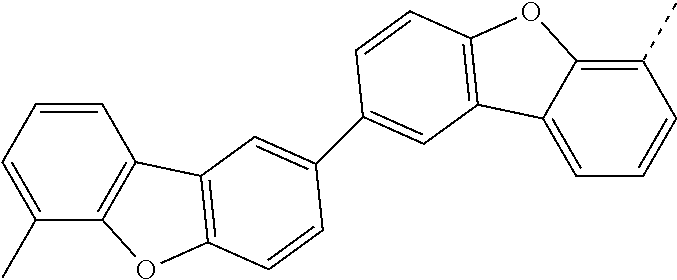
C01051
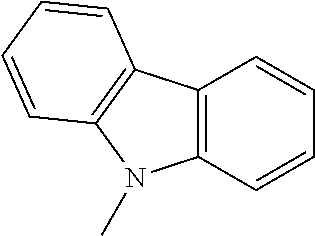
C01052

C01053

C01054
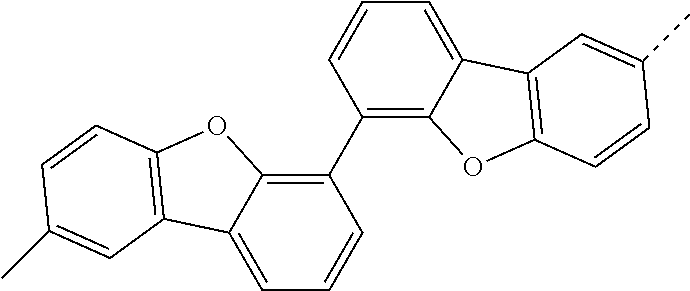
C01055

C01056
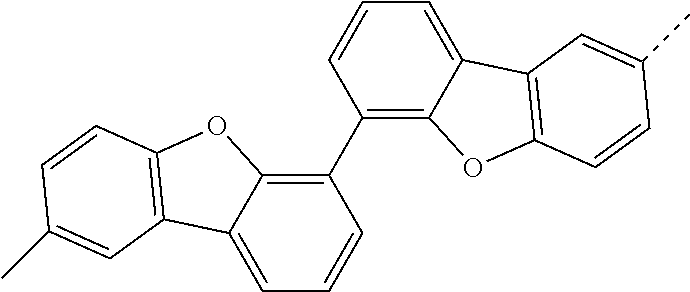
C01057

C01058
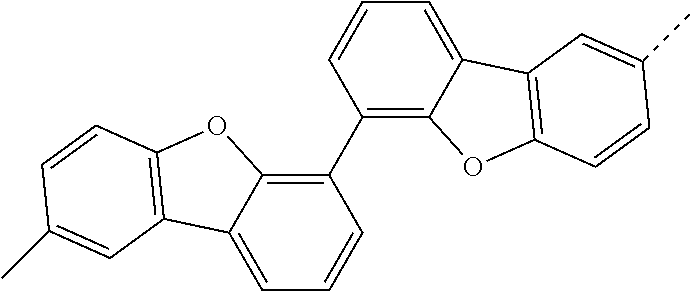
C01059

C01060
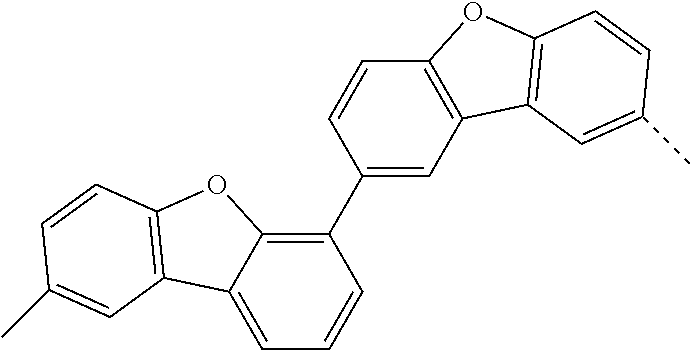
C01061

C01062
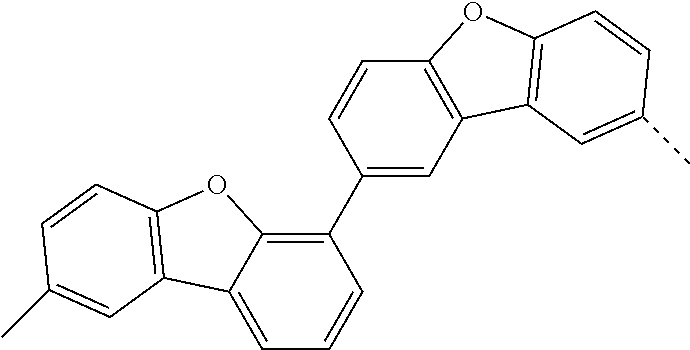
C01063

C01064

C01065

C01066

C01067
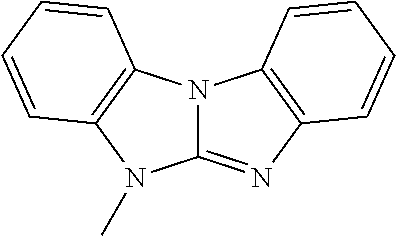
C01068

C01069
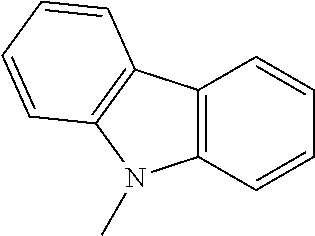
C01070
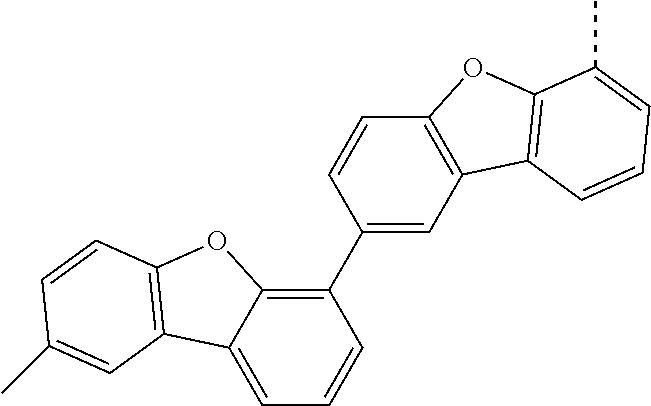
C01071
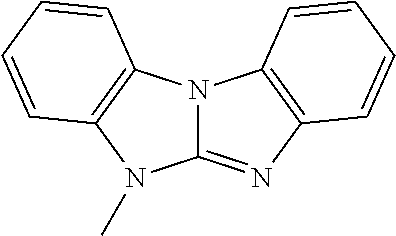
C01072

C01073
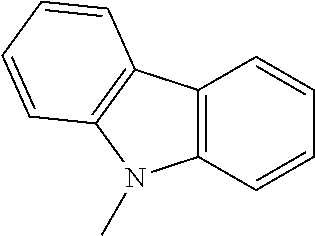
C01074
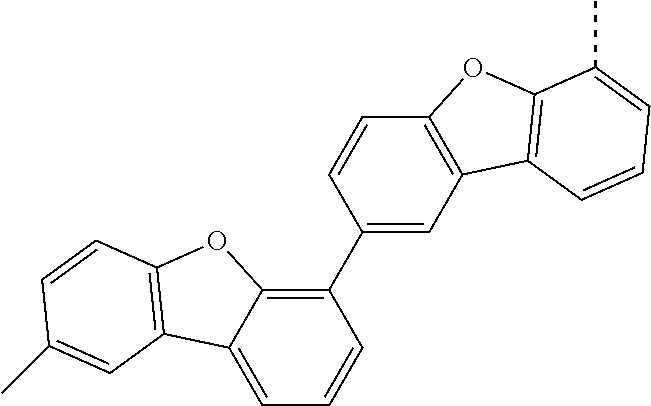
C01075

C01076

C01077
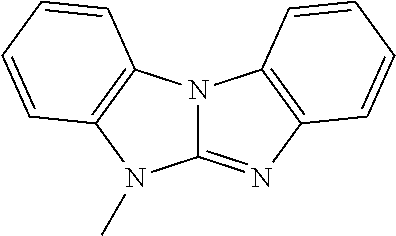
C01078
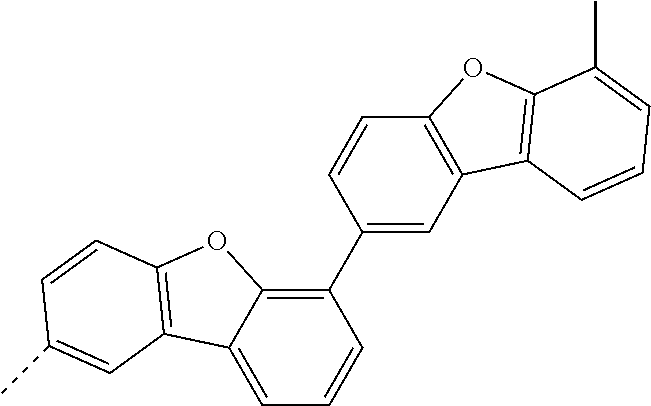
C01079
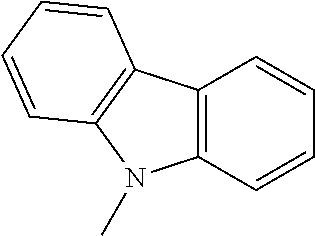
C01080
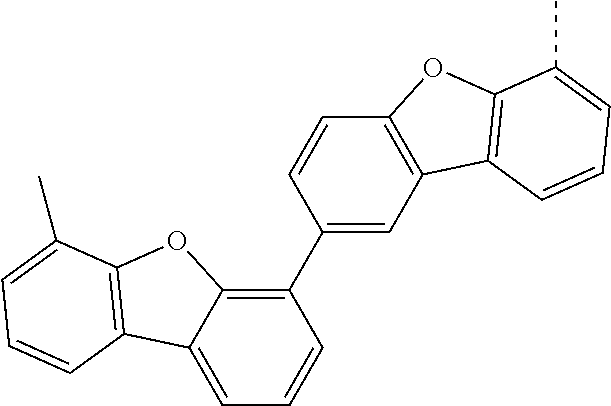
C01081

C01082

C01083
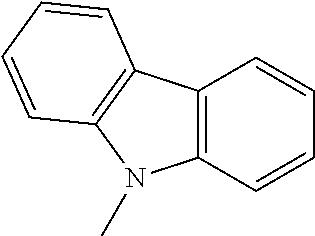
C01084

C01085
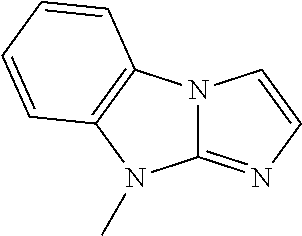
C01086

C01087

C01088
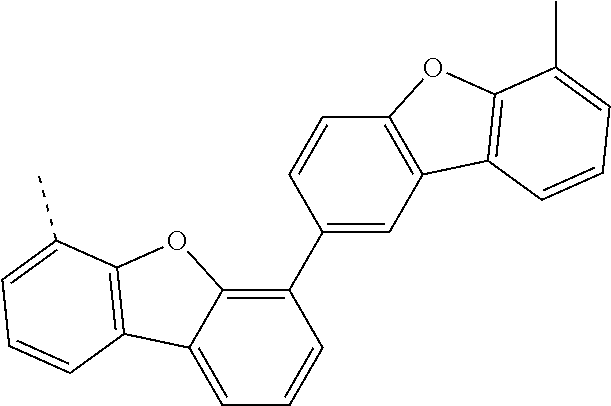
C01089
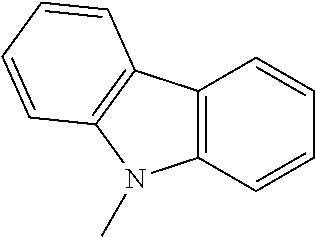
C01090

C01091
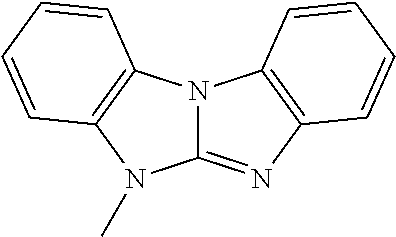
C01092

C01093

C01094
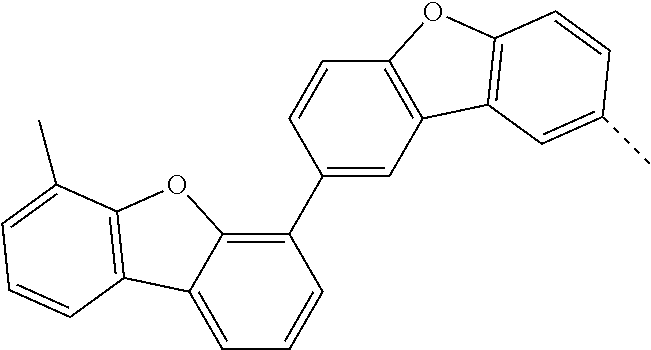
C01095
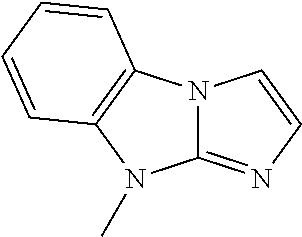
C01096
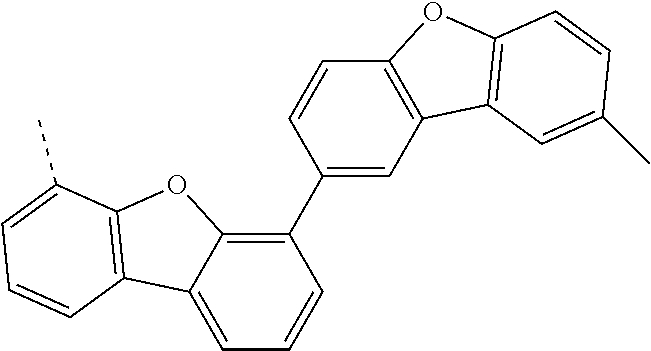
C01097
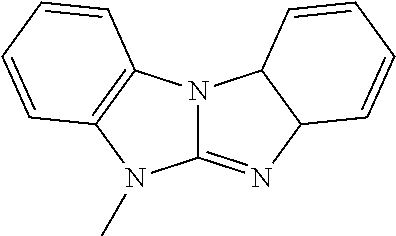
C01098
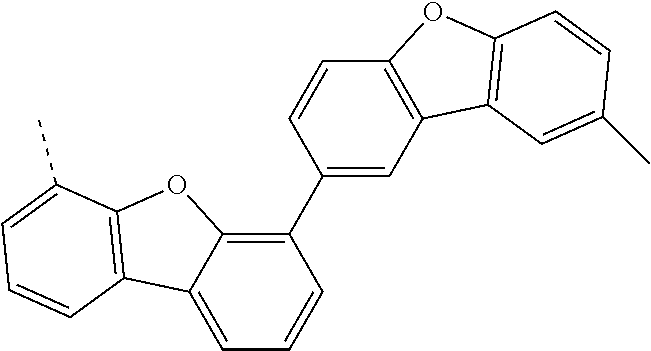
C01099

C01100
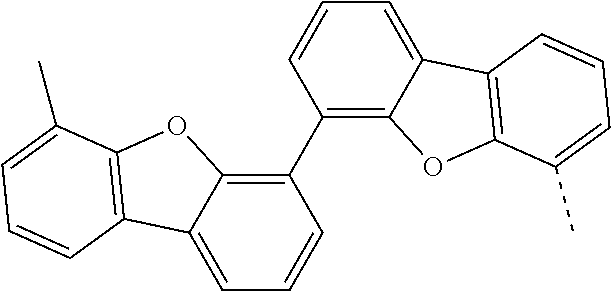
C01101
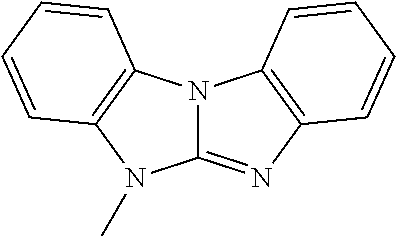
C01102

C01103
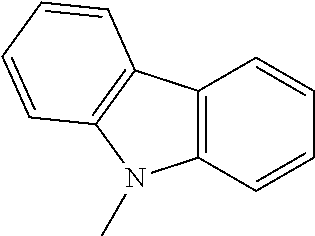
C01104

C01105
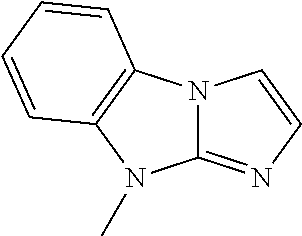
C01106
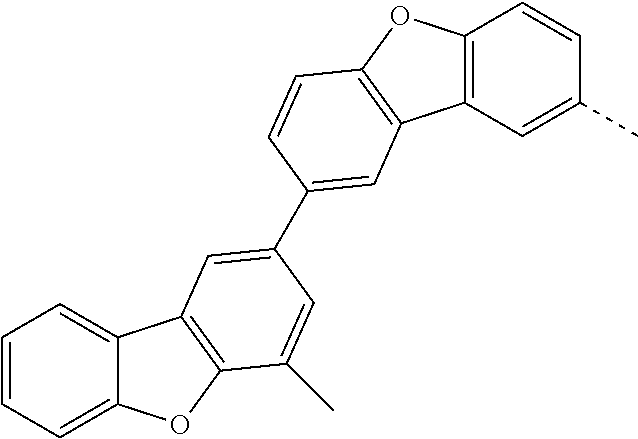
C01107

C01108

C01109
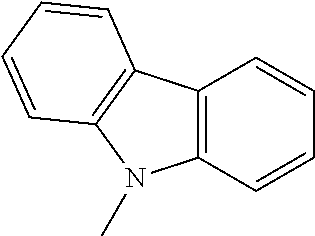
C01110

C01111
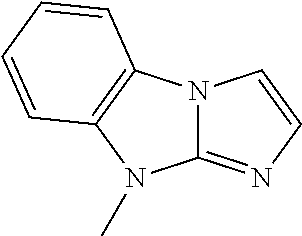
C01112

C01113

C01114

C01115

C01116

C01117
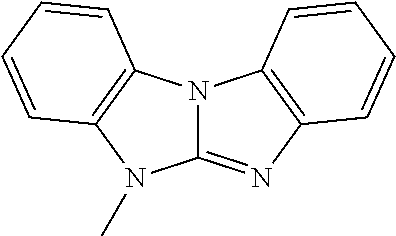
C01118

C01119
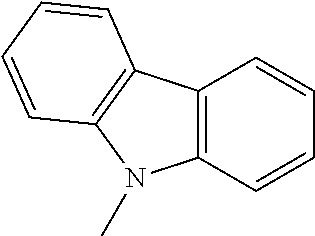
C01120
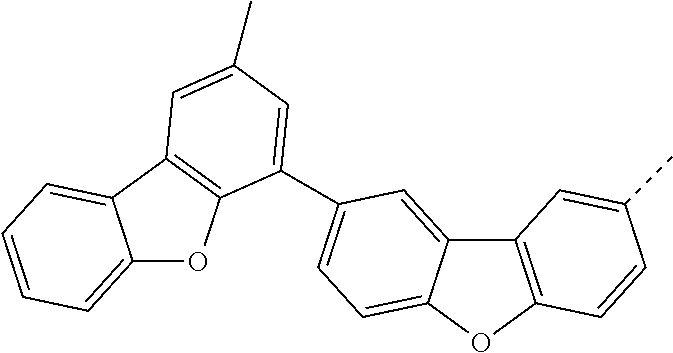
C01121
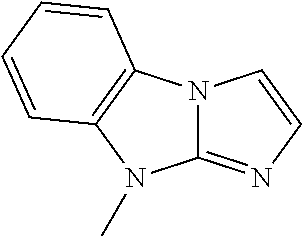
C01122
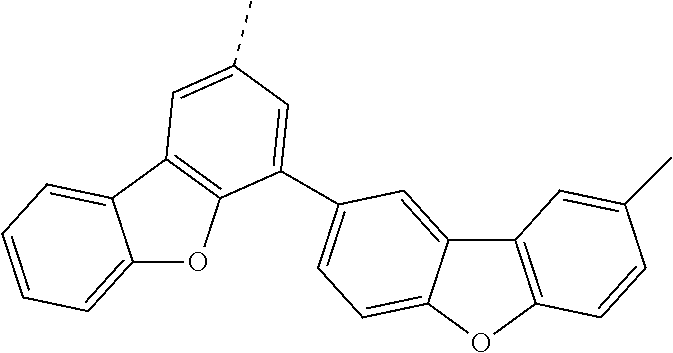
C01123
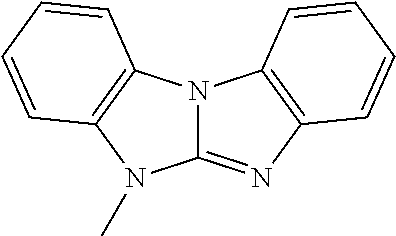
C01124

C01125
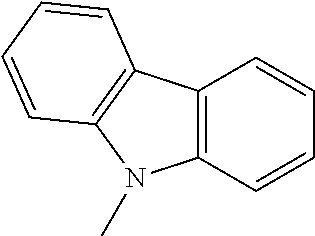
C01126

C01127

C01128

C01129
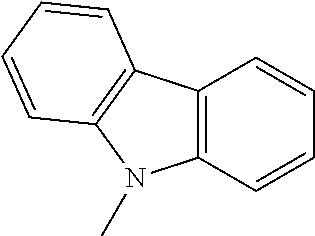
C01130

C01131

C01132
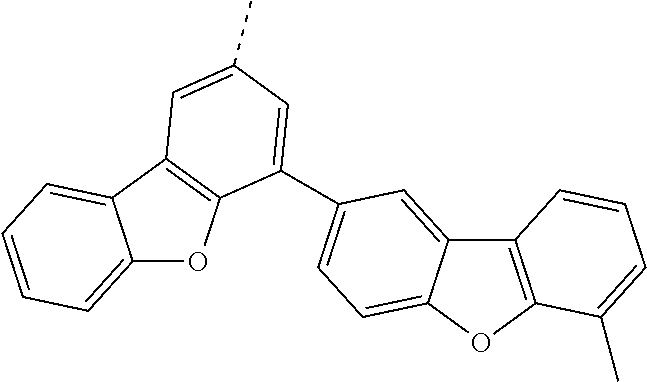
C01133
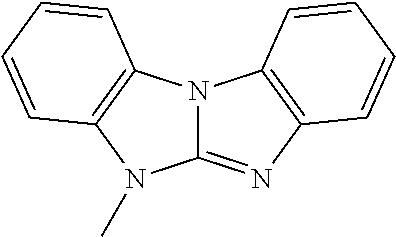
C01134

C01135
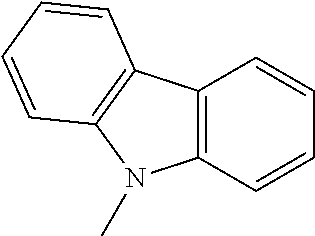
C01136

C01137
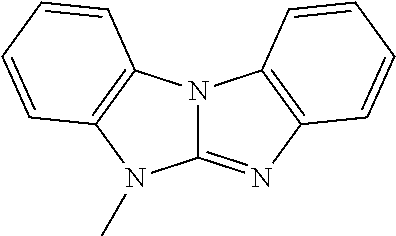
C01138

C01139
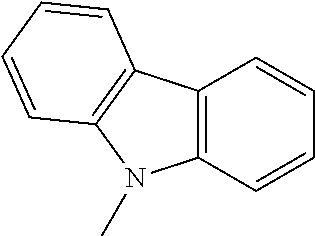
C01140

C01141
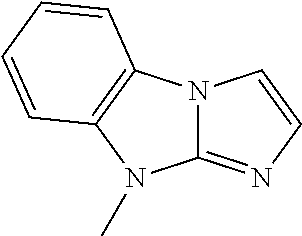
C01142
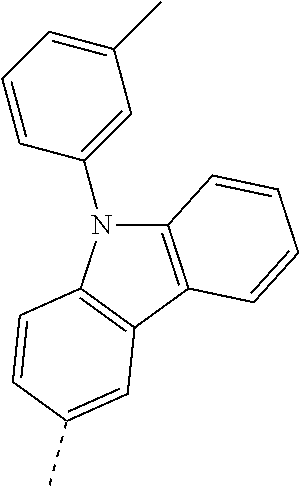
C01143
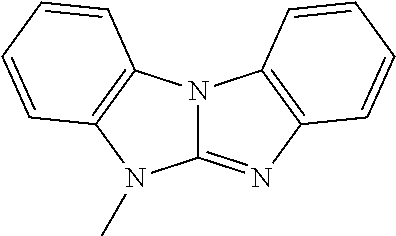
C01144
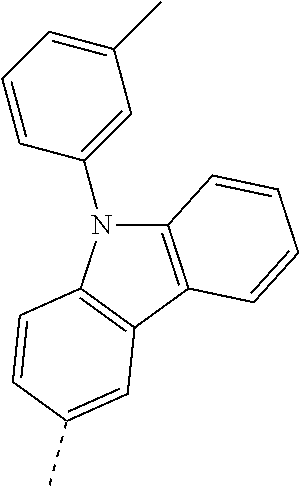
C01145
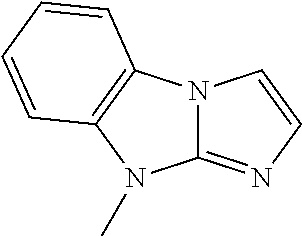
C01146
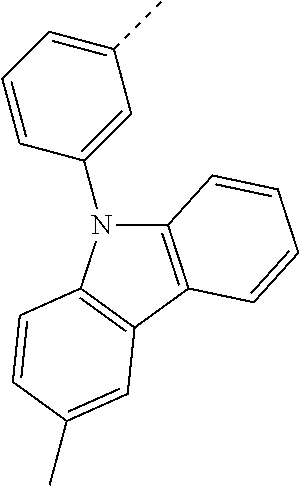
C01147
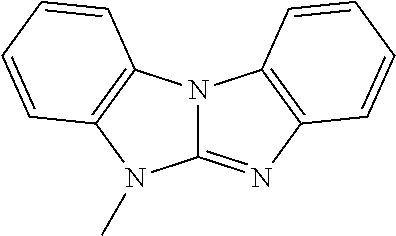
C01148
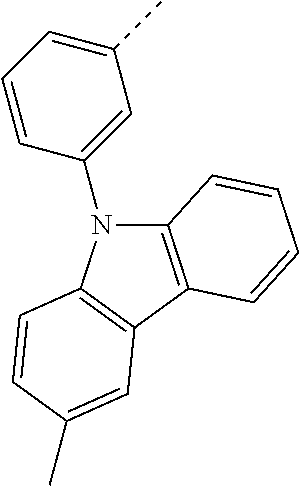
C01149

C01150
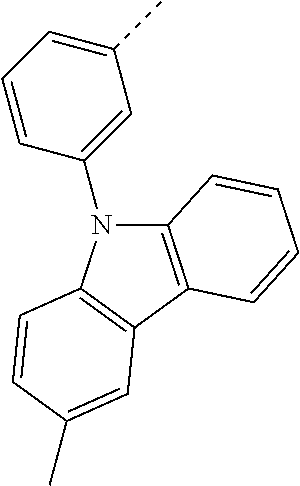
C01151
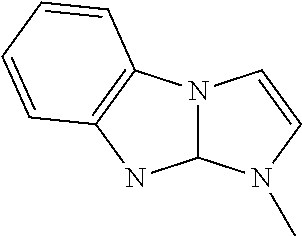
C01152

C01153
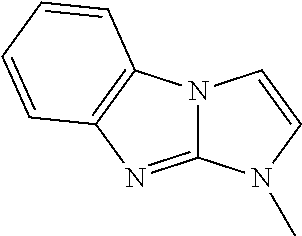
C01154
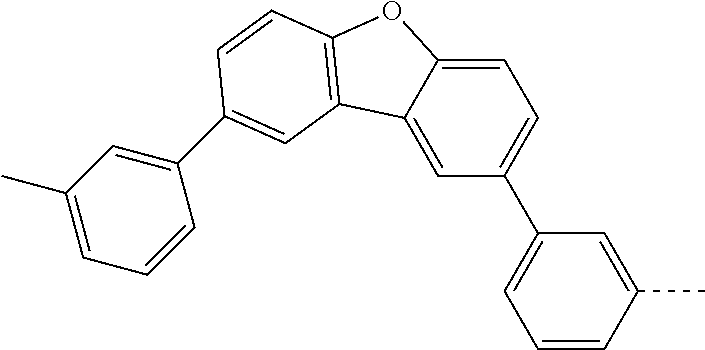
C01155

C01156
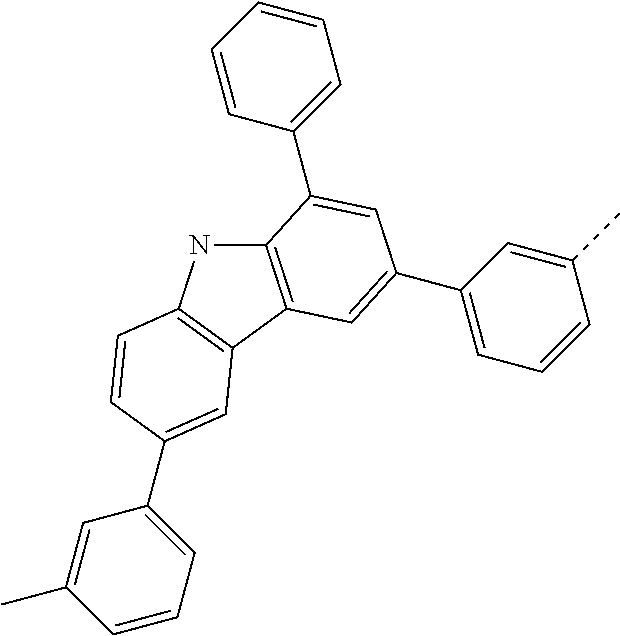
C01157

C01158

C01159

C01160
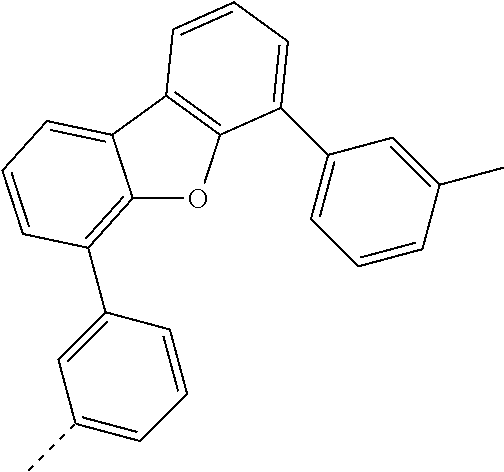
C01161

C01162
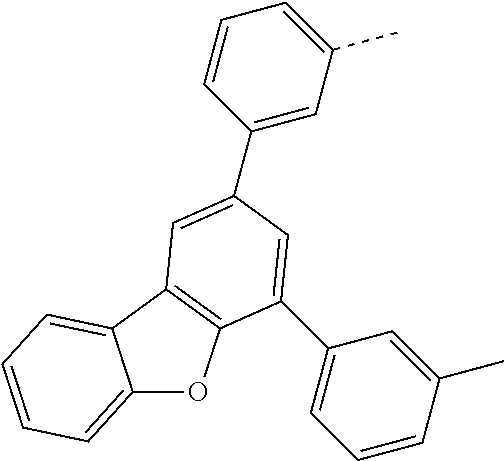
C01163
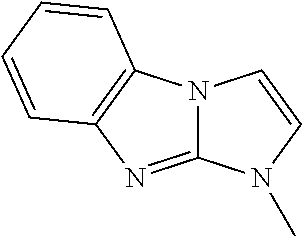
C01164
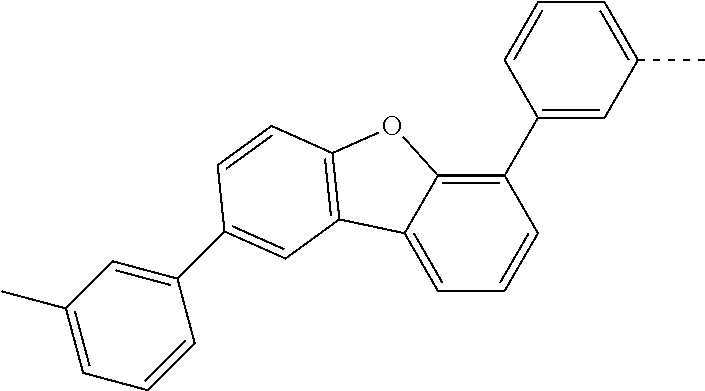
C01165

C01166
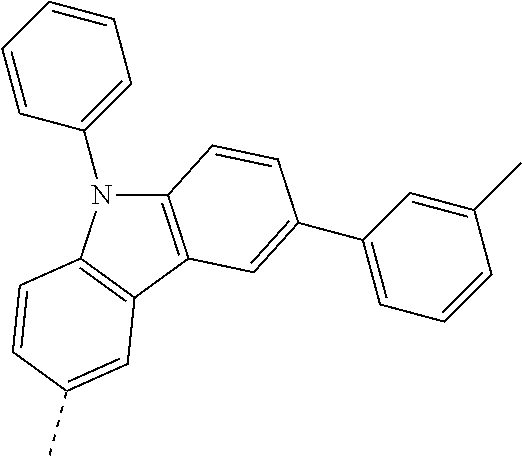
C01167

C01168

C01169

C01170
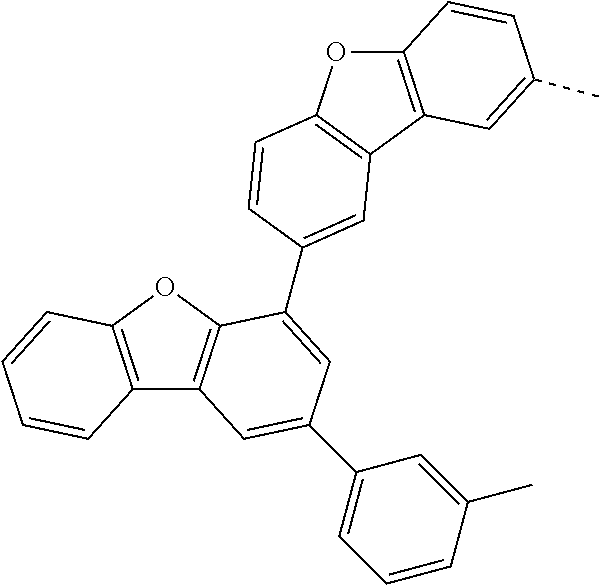
C01171
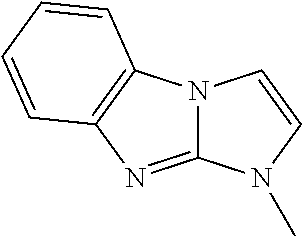
C01172
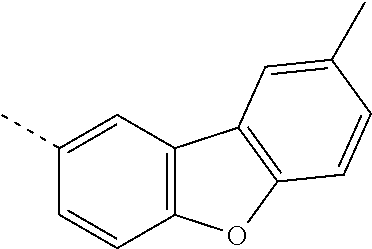
C01173
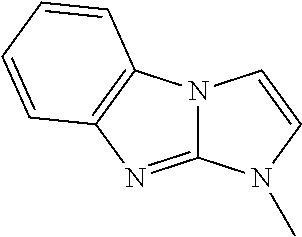
C01174

C01175

C01176
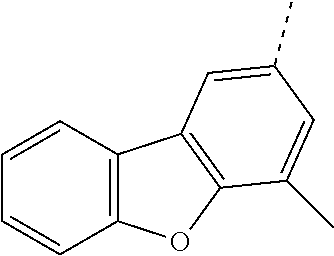
C01177
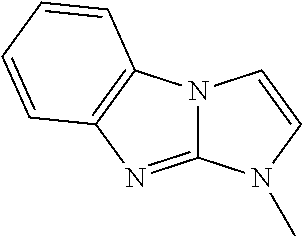
C01178
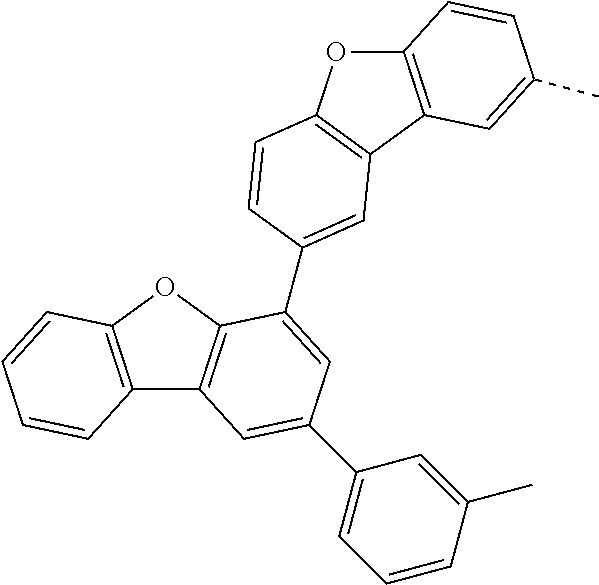
C01179

C01180

C01181

C01182

C01183
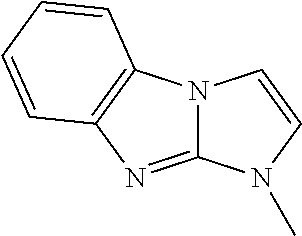
C01184
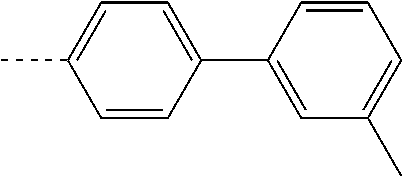
C01185

C01186
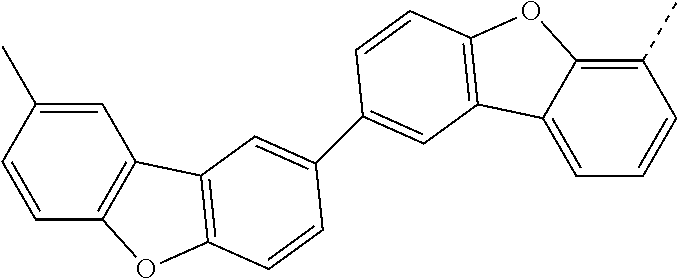
C01187

C01188

C01189
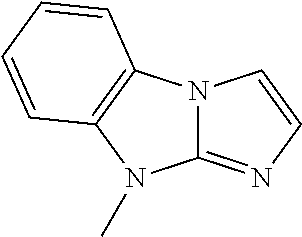
C01190
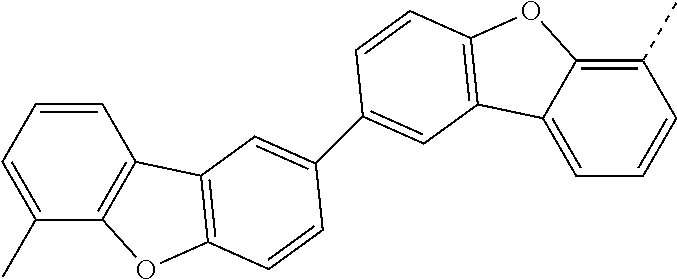
C01191
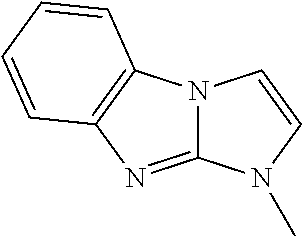
C01192
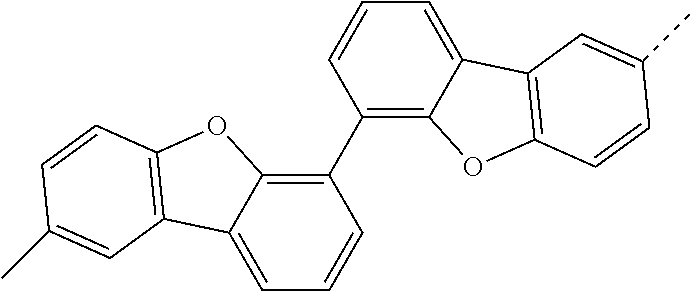
C01193
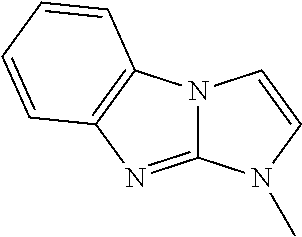
C01194

C01195
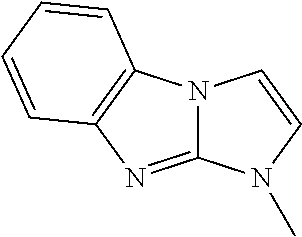
C01196
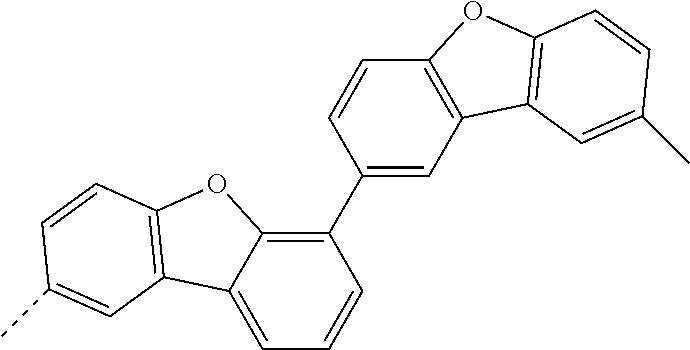
C01197

C01198

C01199

C01200

C01201
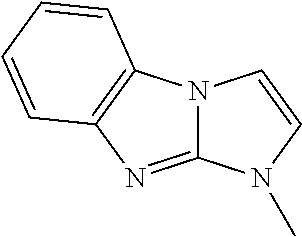
C01202
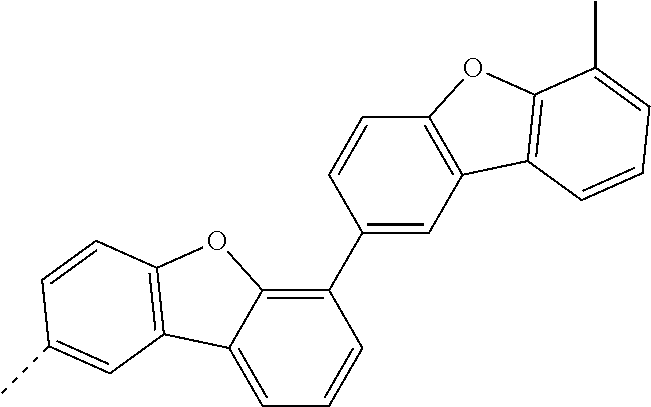
C01203

C01204
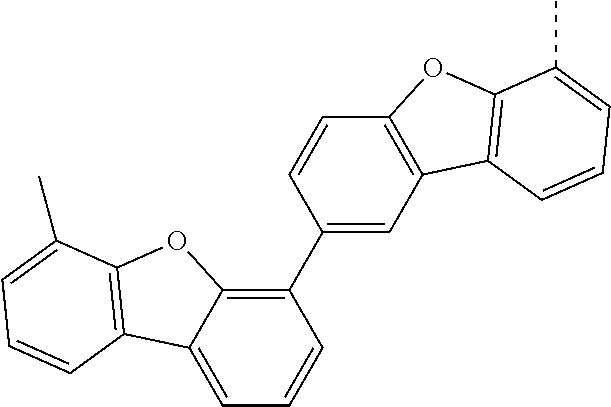
C01205

C01206
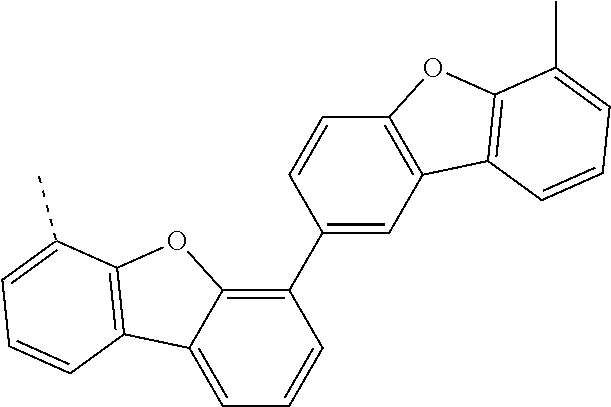
C01207
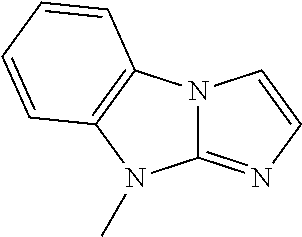
C01208
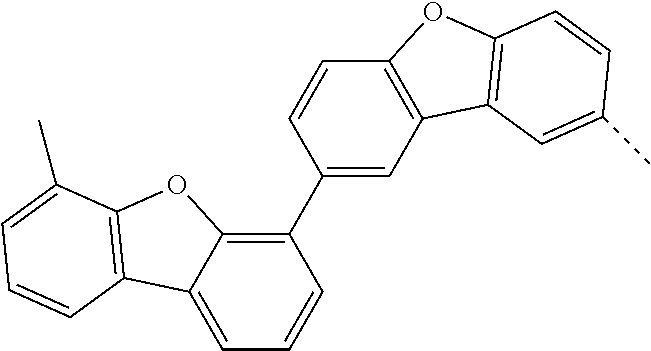
C01209
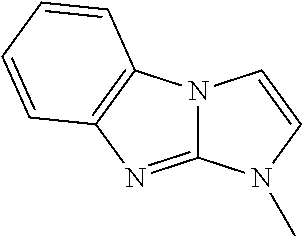
C01210

C01211
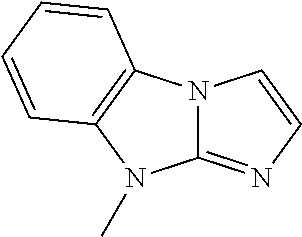
C01212
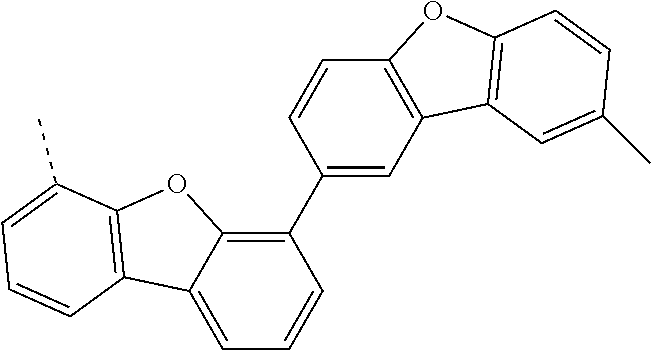
C01213
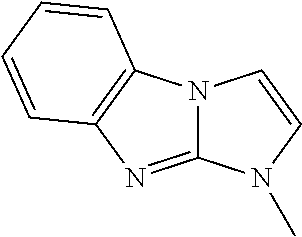
C01214

C01215

C01216
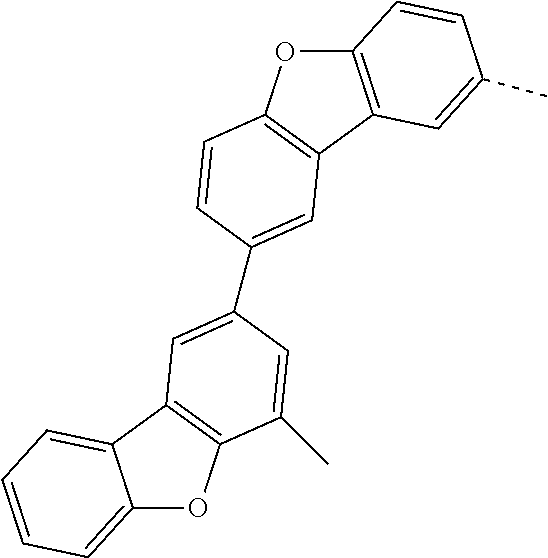
C01217
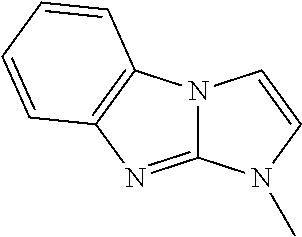
C01218

C01219

C01220
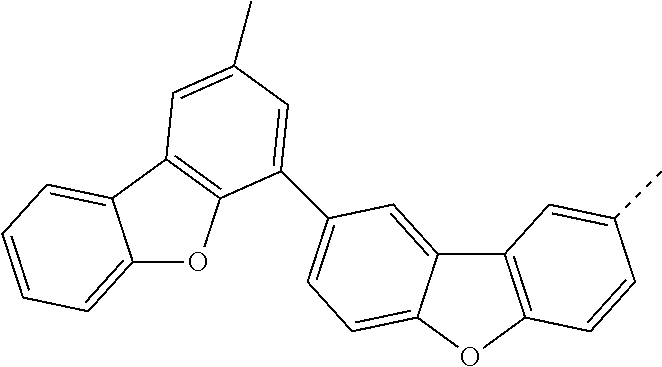
C01221
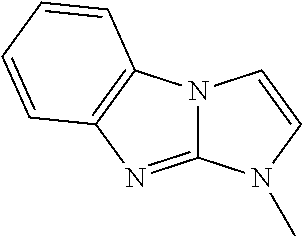
C01222

C01223
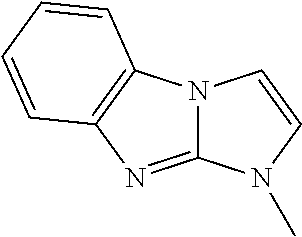
C01224
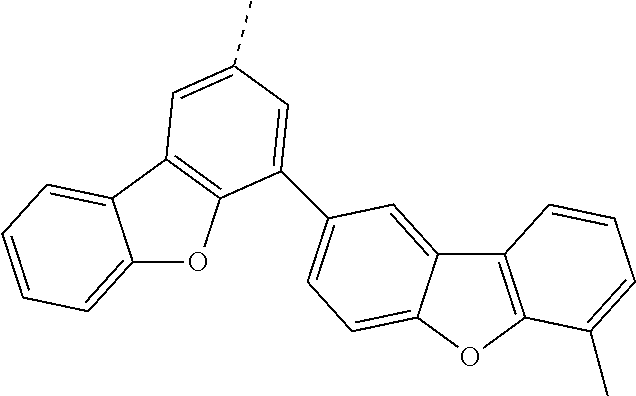
C01225

C01226

C01227
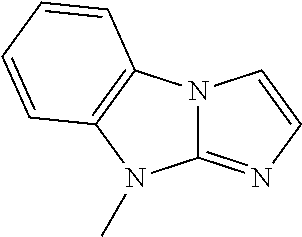
C01228

C01229

C01230

C01231
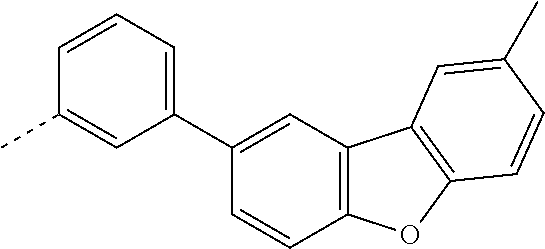
C01232
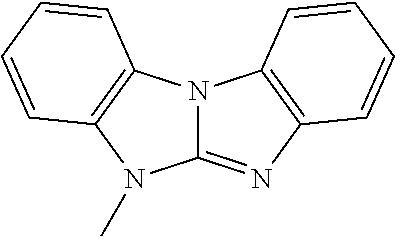
C01233
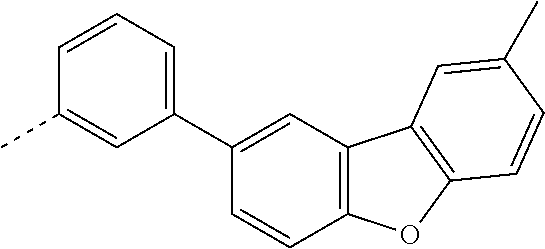
C01234

C01235

C01236
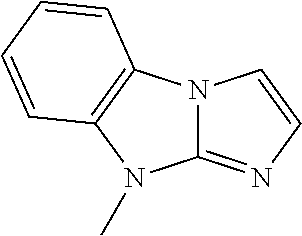
C01237
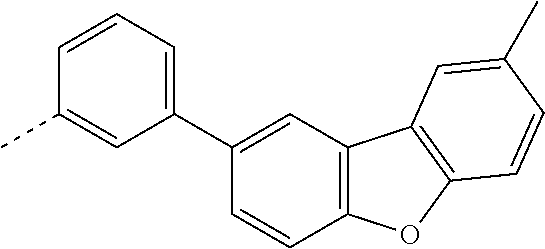
C01238

C01239

C01240
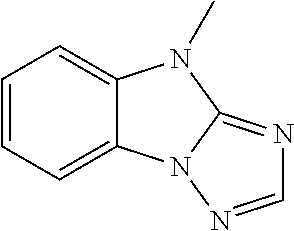
C01241

C01242

C01243
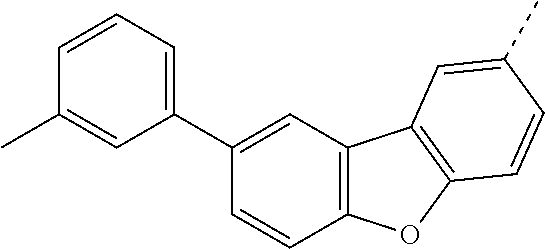
C01244
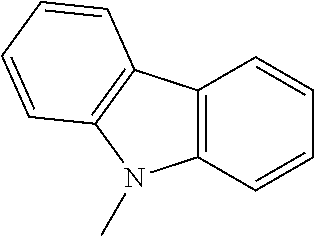
C01245
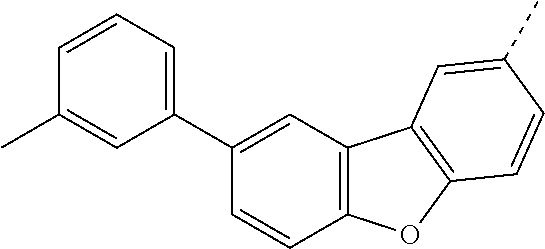
C01246
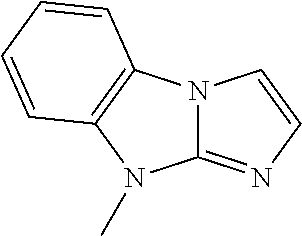
C01247

C01248
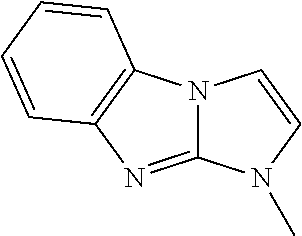
C01249
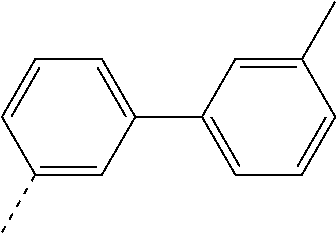
C01250

C01251
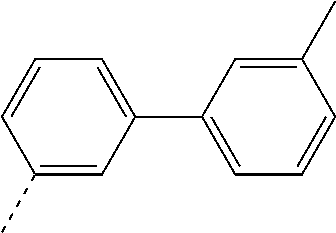
C01252

C01253
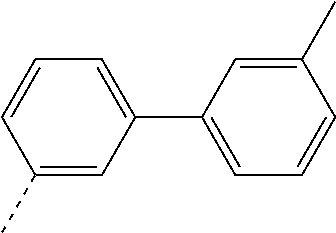
C01254

C01255
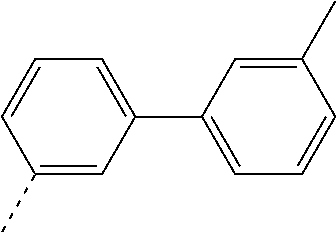
C01256
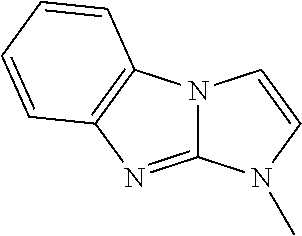
C01257

C01258
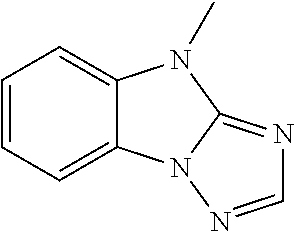
C01259

C01260

C01261

C01262

C01263

C01264

C01265
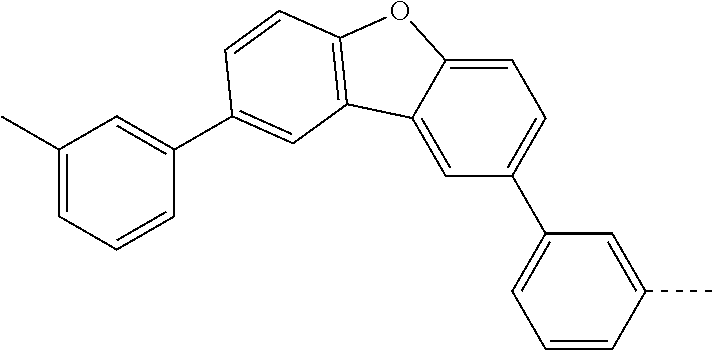
C01266
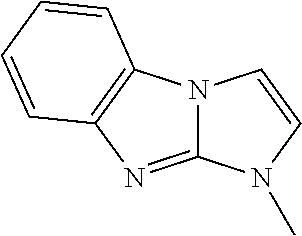
C01267
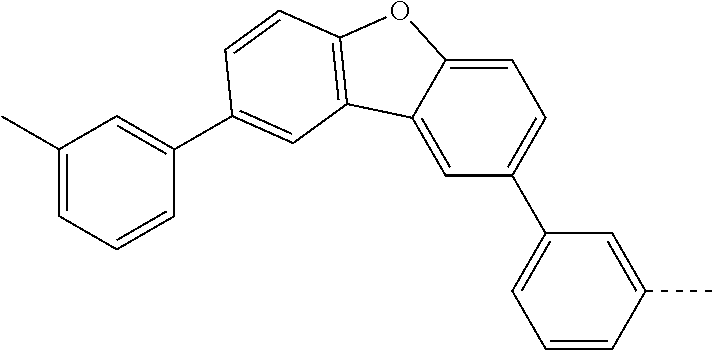
C01268

C01269
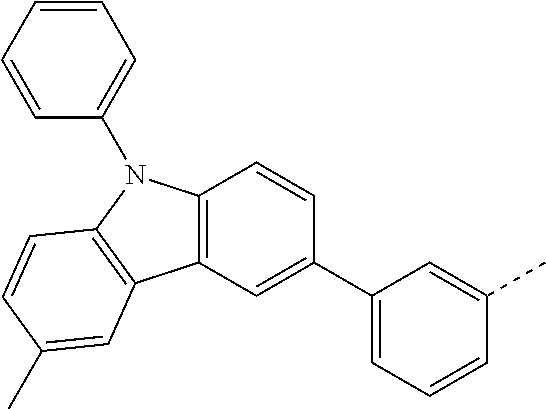
C01270
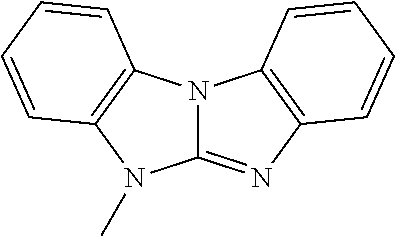
C01271

C01272

C01273
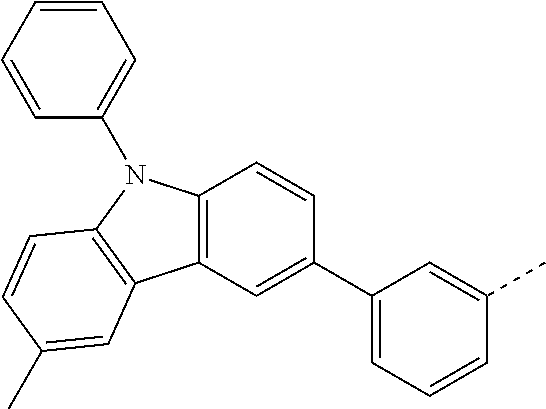
C01274

C01275

C01276

C01277

C01278
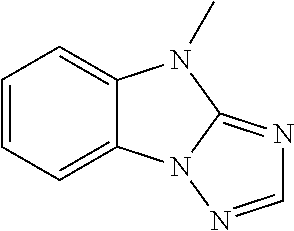
C01279

C01280
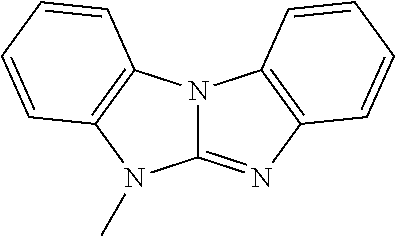
C01281

C01282
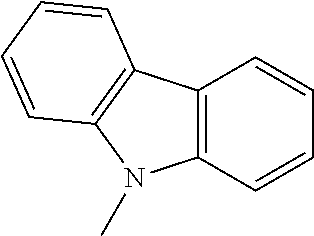
C01283
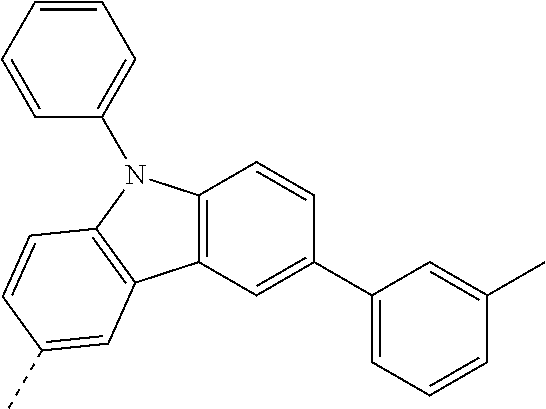
C01284
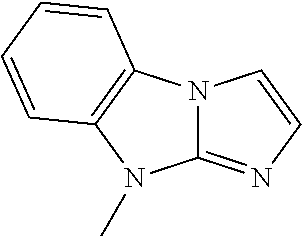
C01285
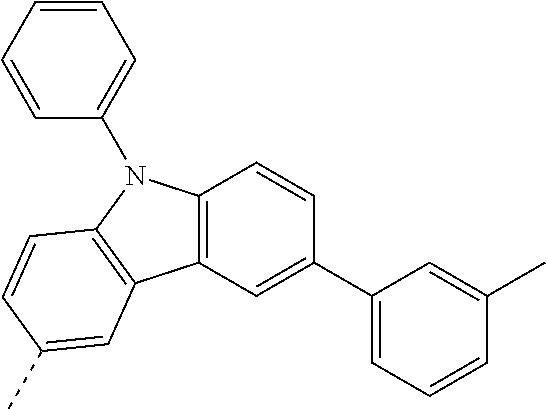
C01286

C01287
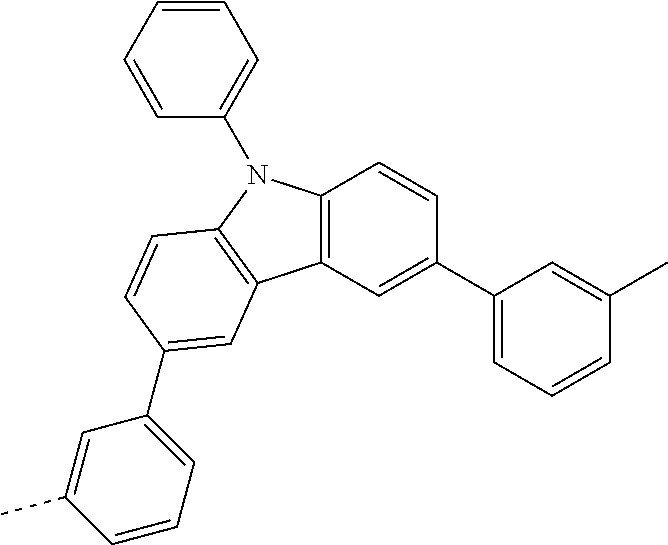
C01288
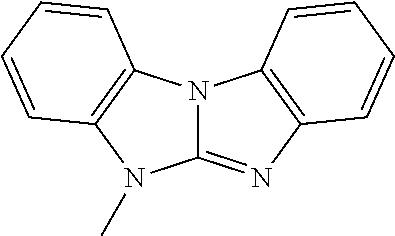
C01289
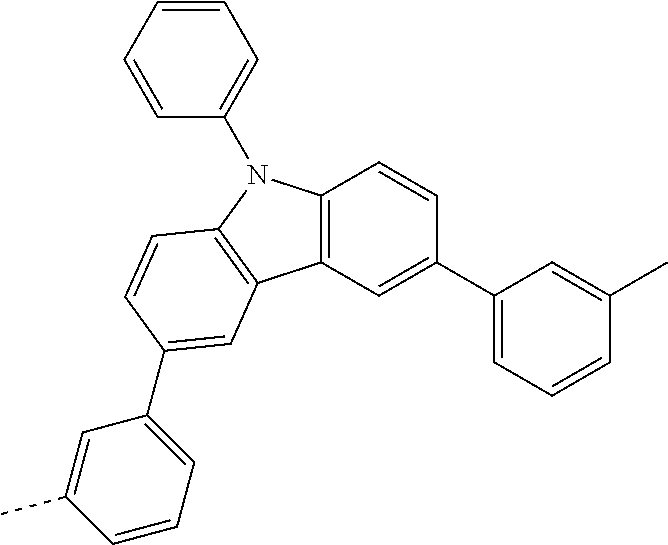
C01290

C01291

C01292
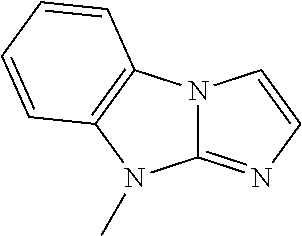
C01293

C01294
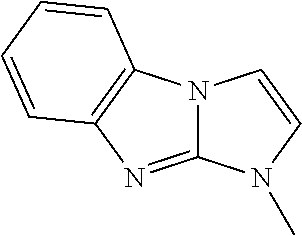
C01295
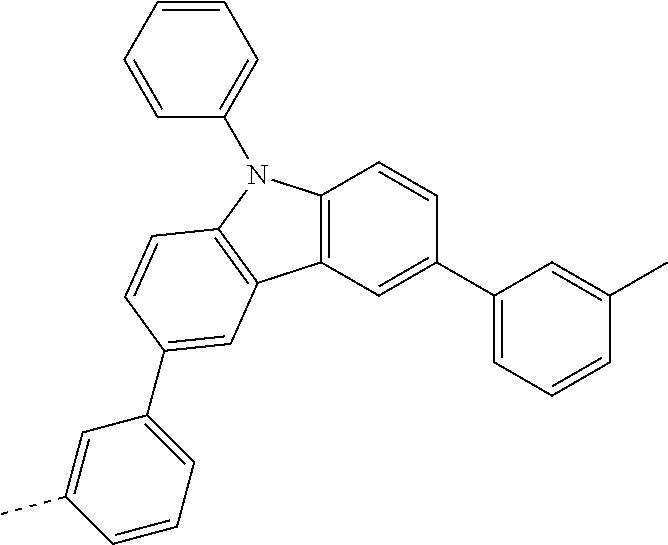
C01296

C01297
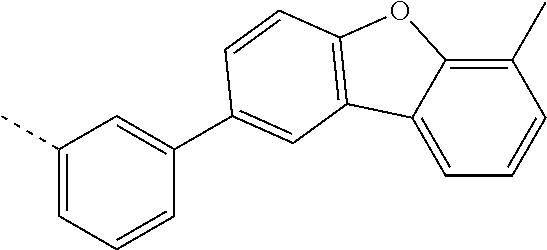
C01298

C01299
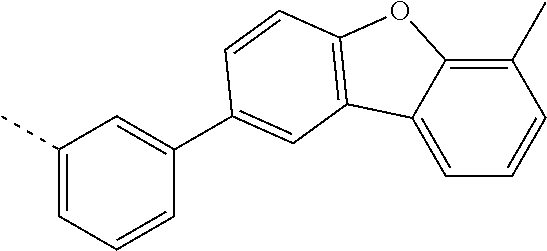
C01300
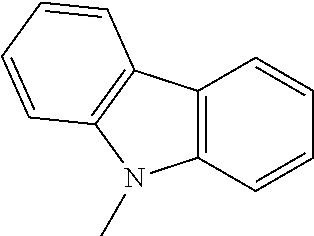
C01301
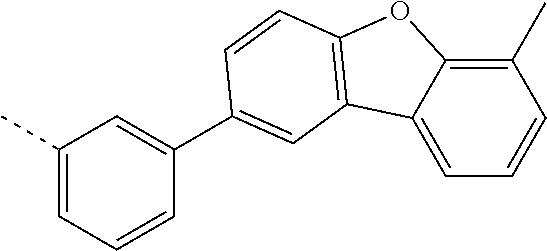
C01302
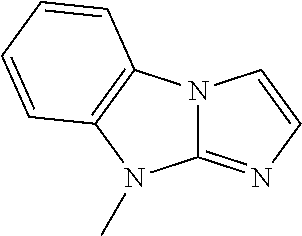
C01303

C01304

C01305
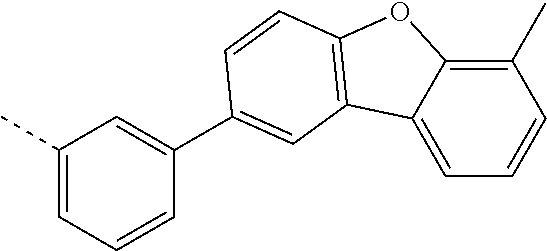
C01306
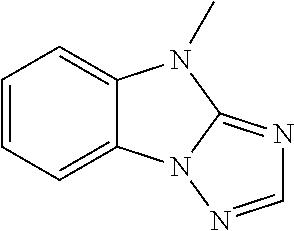
C01307
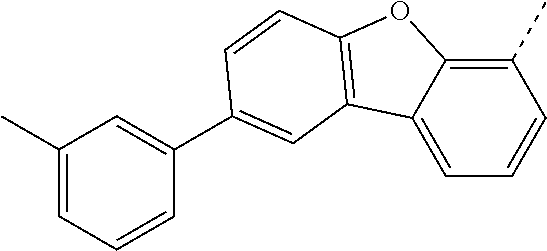
C01308
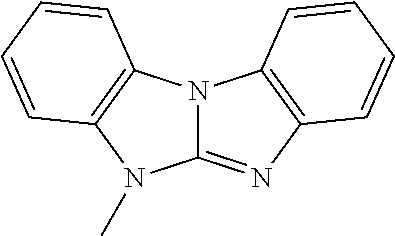
C01309

C01310

C01311
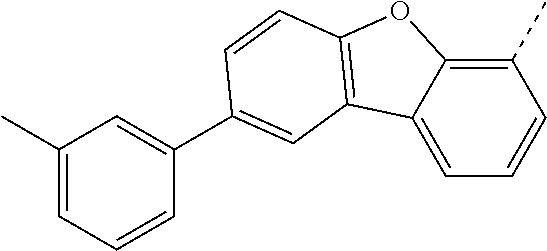
C01312
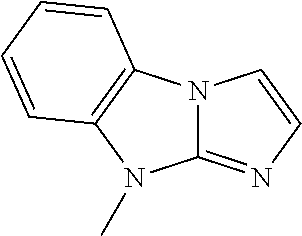
C01313
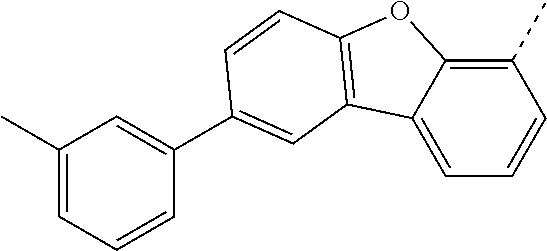
C01314
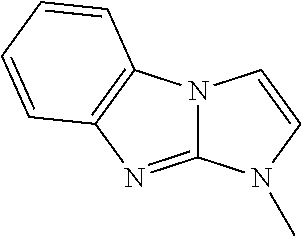
C01315
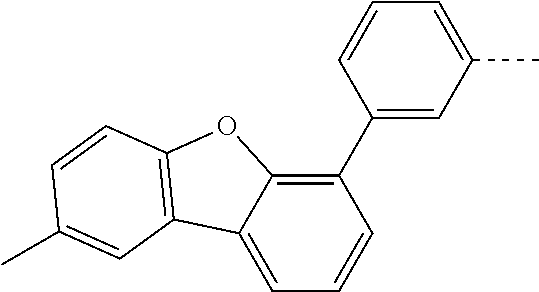
C01316
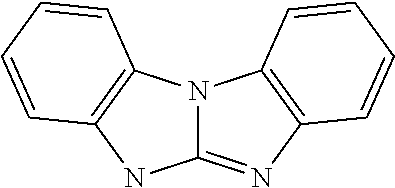
C01317
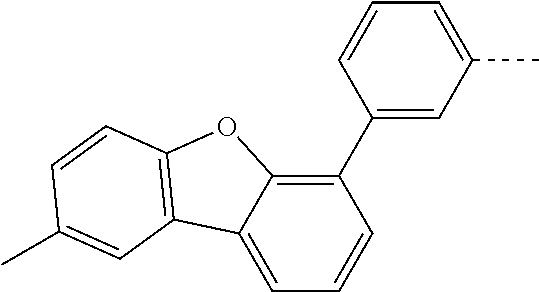
C01318
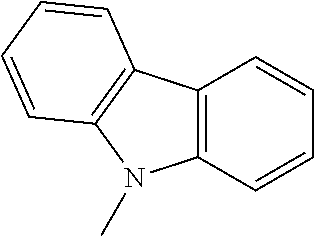
C01319

C01320
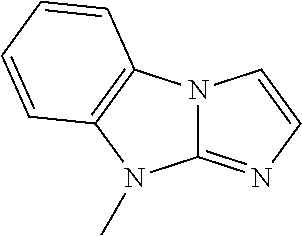
C01321
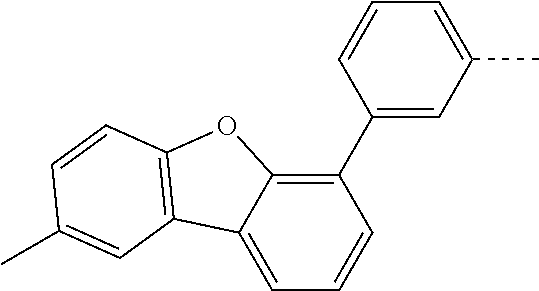
C01322
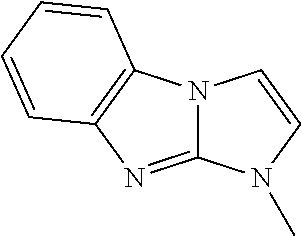
C01323

C01324
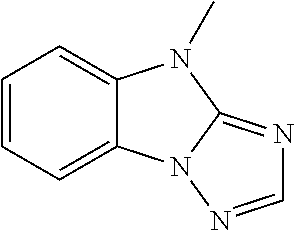
C01325

C01326
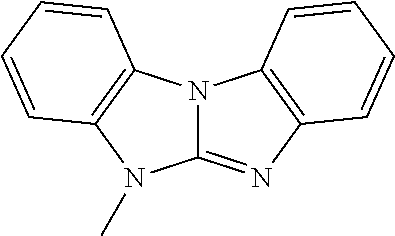
C01327
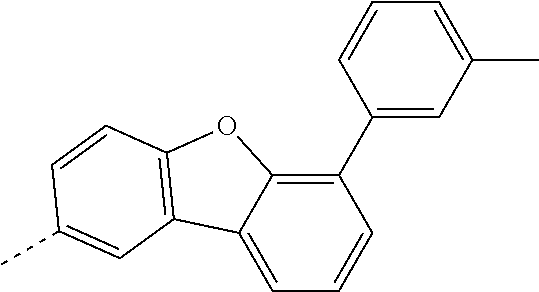
C01328
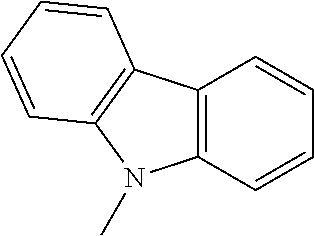
C01329
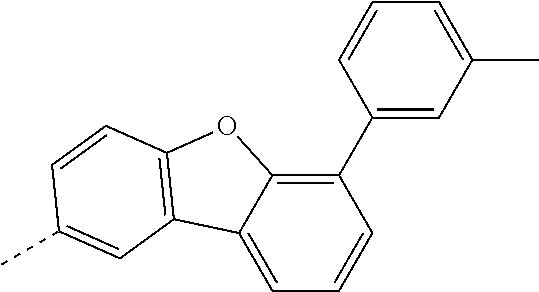
C01330
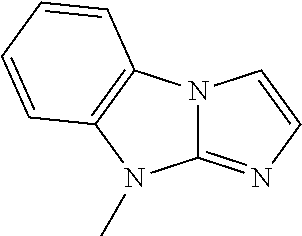
C01331
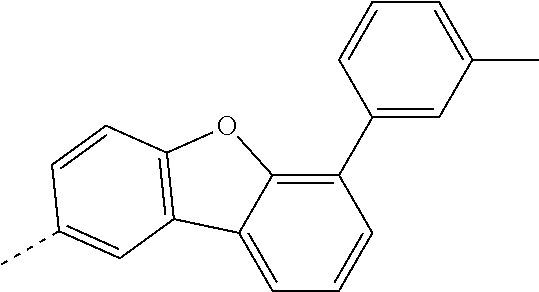
C01332

C01333
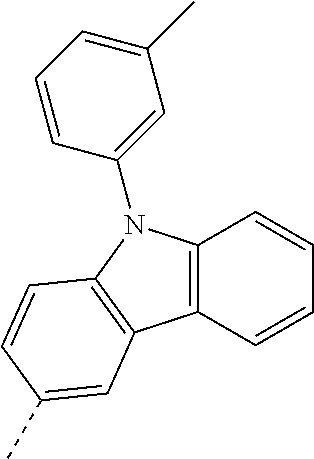
C01334
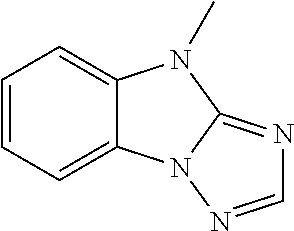
C01335
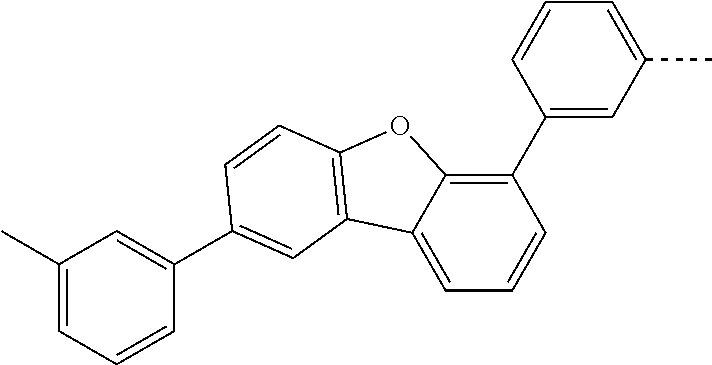
C01336

C01337

C01338
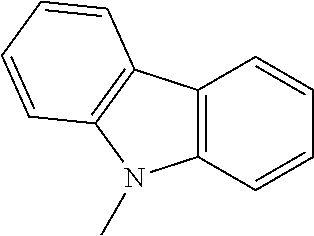
C01339
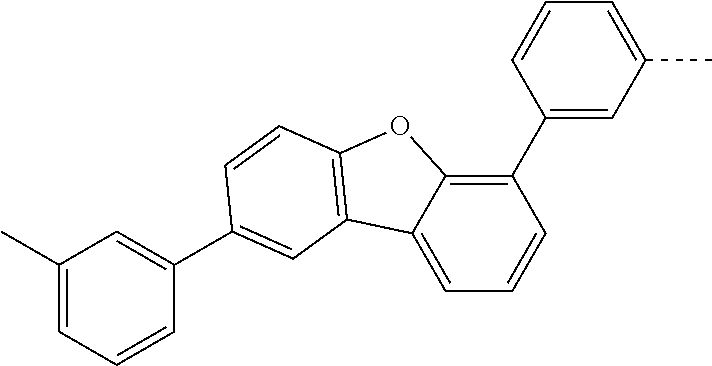
C01340
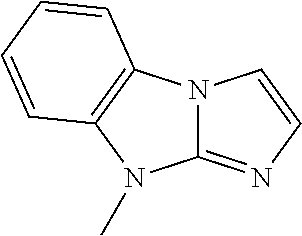
C01341
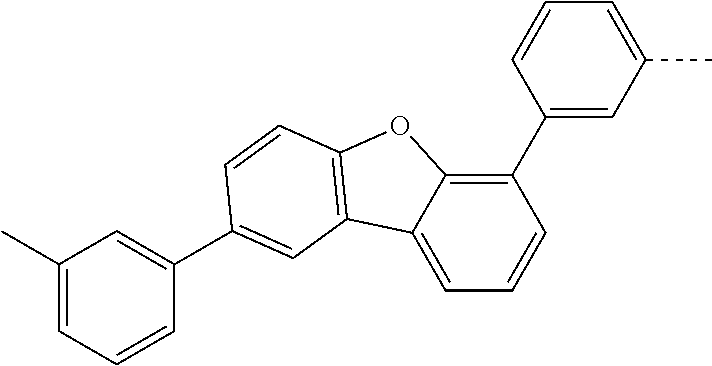
C01342

C01343
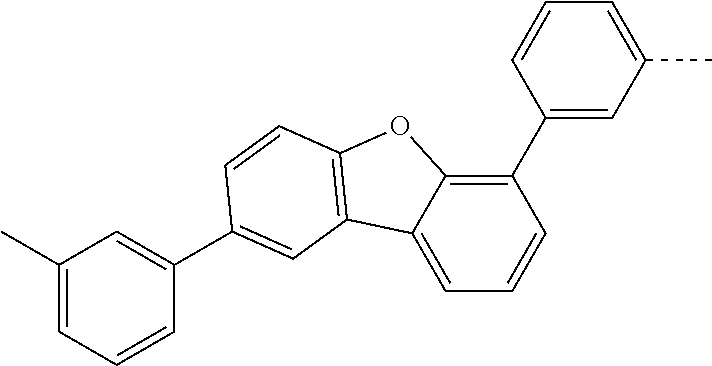
C01344

C01345

C01346
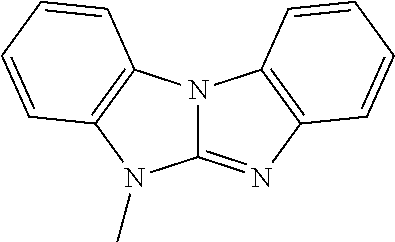
C01347
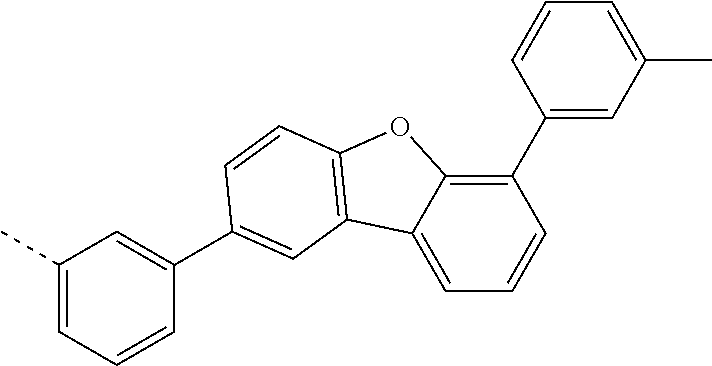
C01348
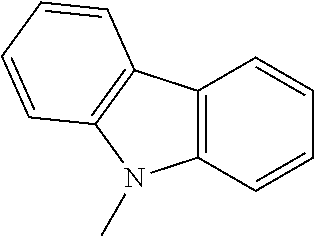
C01349
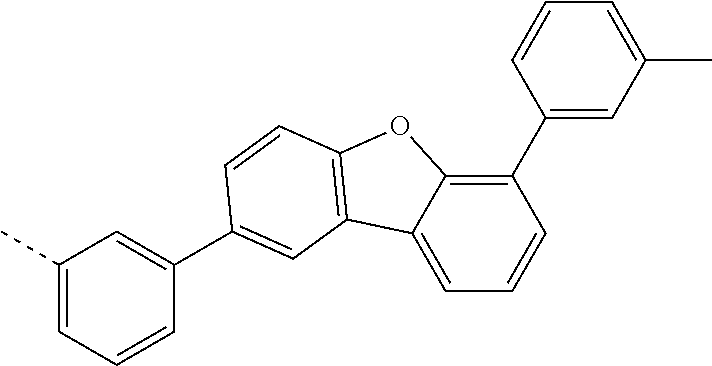
C01350
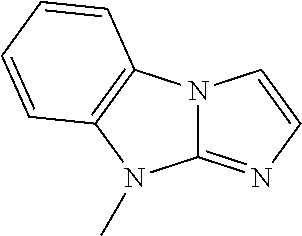
C01351
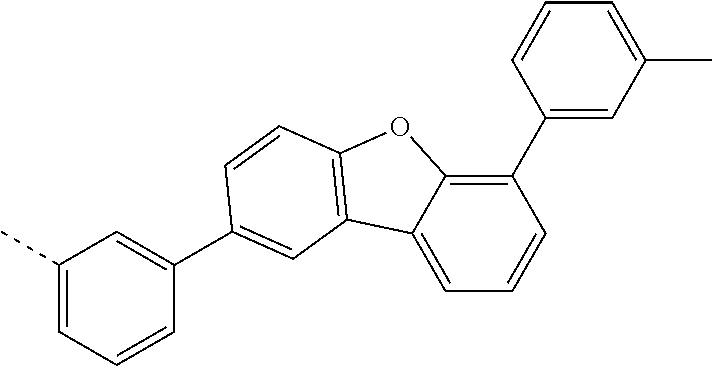
C01352
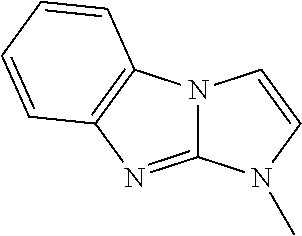
C01353

C01354
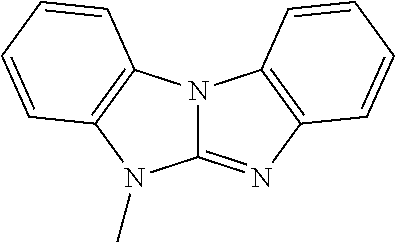
C01355
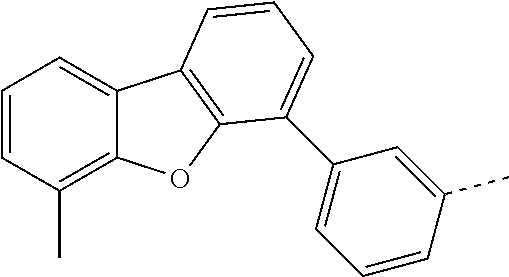
C01356

C01357
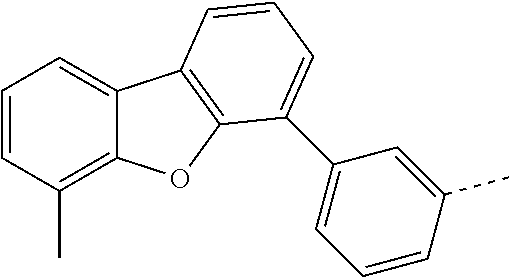
C01358
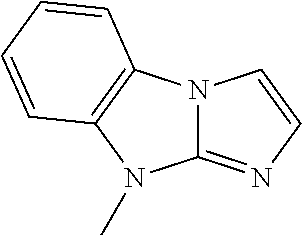
C01359
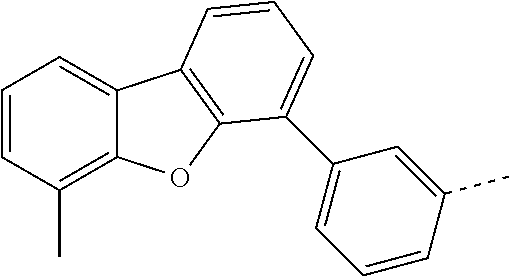
C01360
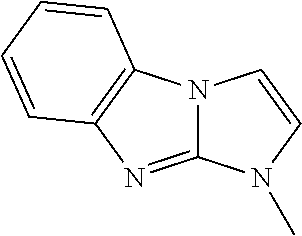
C01361

C01362
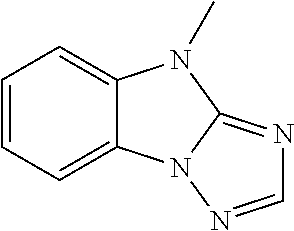
C01363

C01364
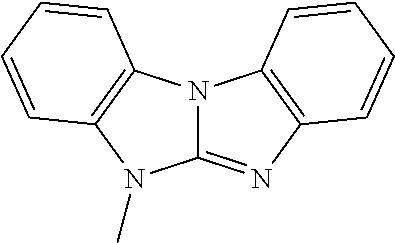
C01365

C01366
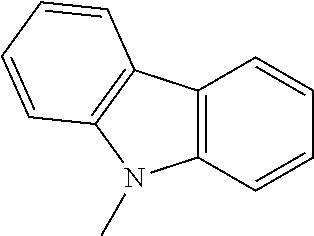
C01367
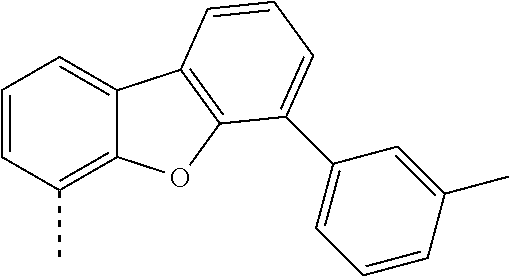
C01368

C01369
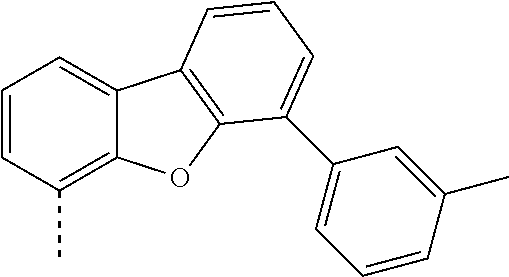
C01370
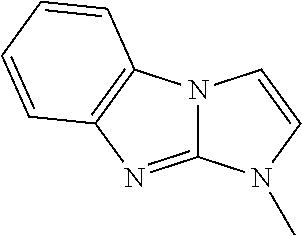
C01371
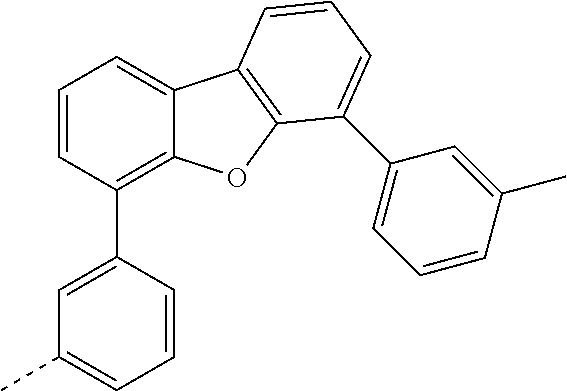
C01372
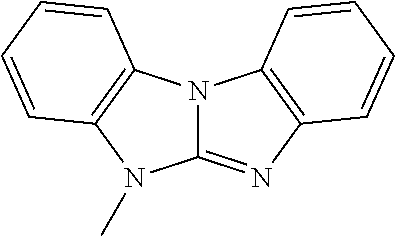
C01373

C01374
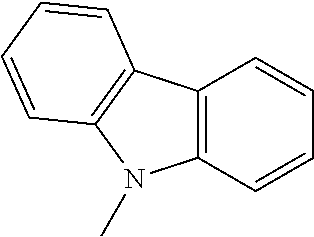
C01375
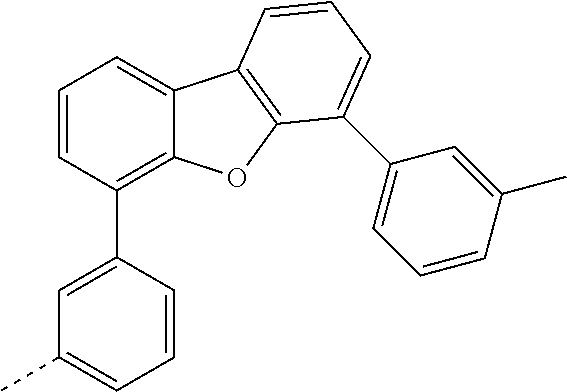
C01376

C01377
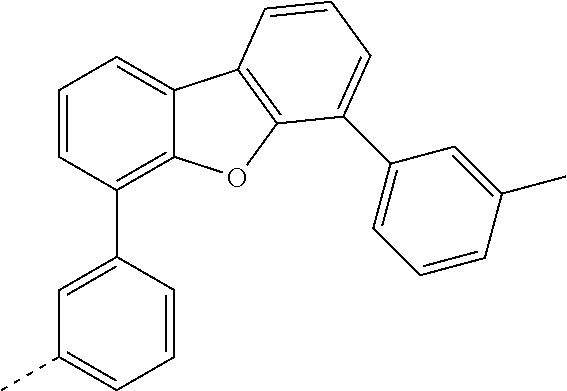
C01378

C01379
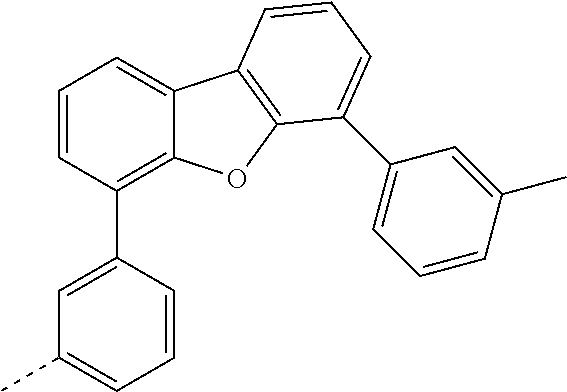
C01380

C01381
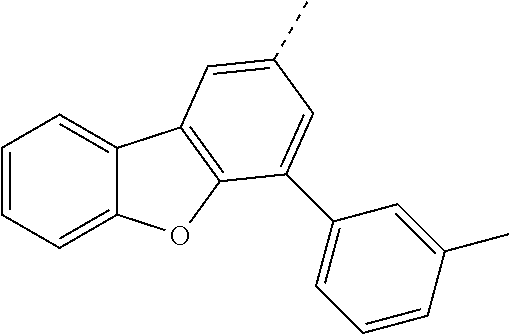
C01382

C01383

C01384

C01385
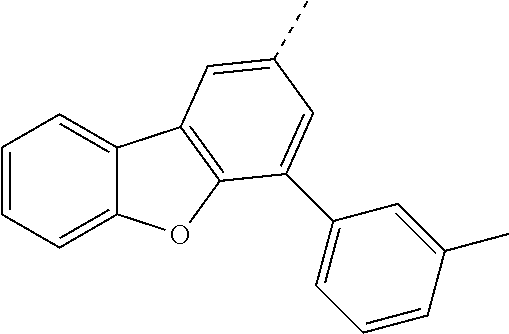
C01386
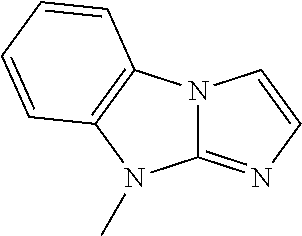
C01387

C01388

C01389

C01390

C01391
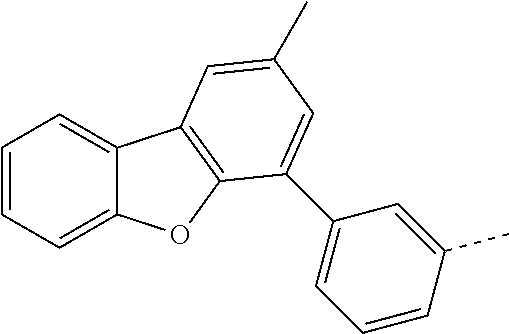
C01392

C01393

C01394
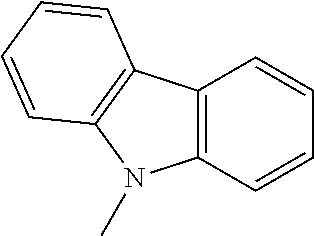
C01395
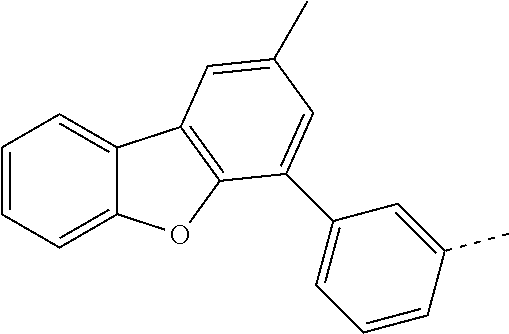
C01396
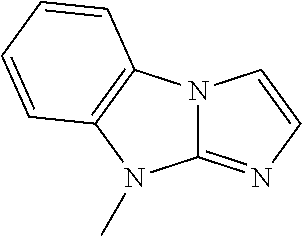
C01397
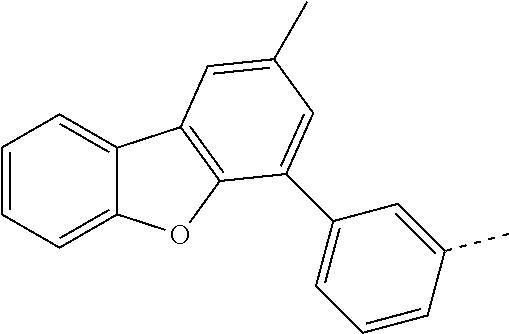
C01398

C01399

C01400

C01401

C01402
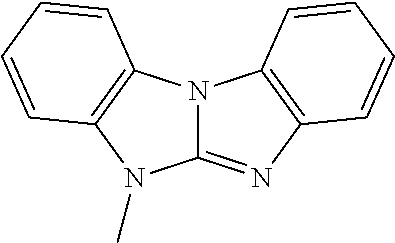
C01403
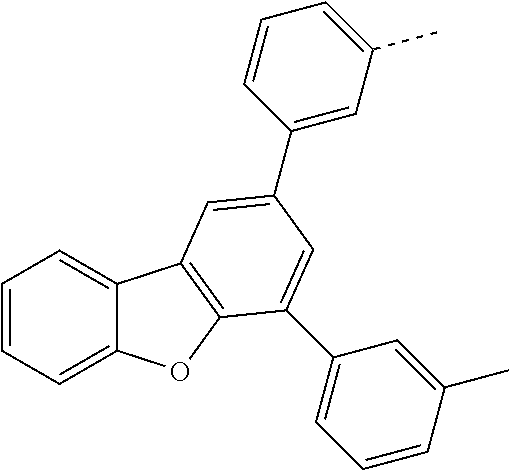
C01404
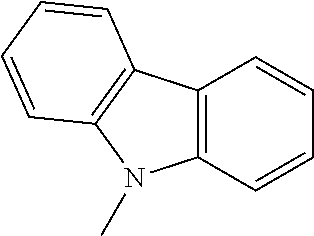
C01405
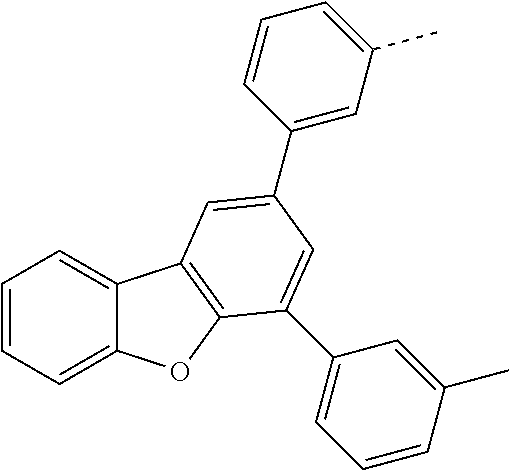
C01406
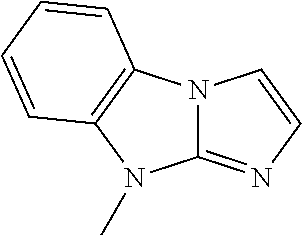
C01407
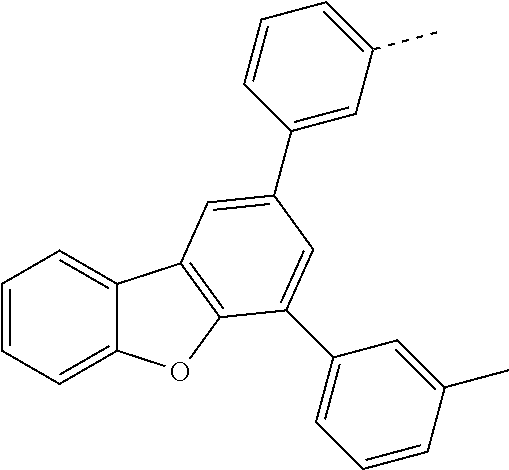
C01408
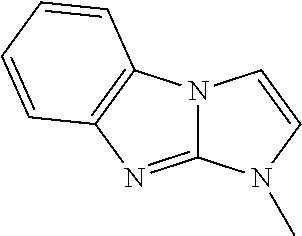
C01409
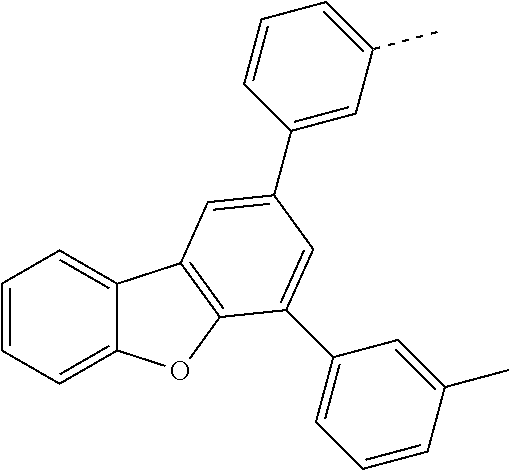
C01410
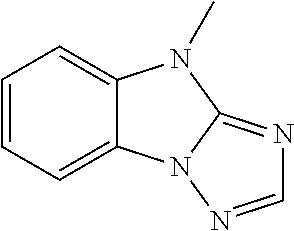
C01411

C01412
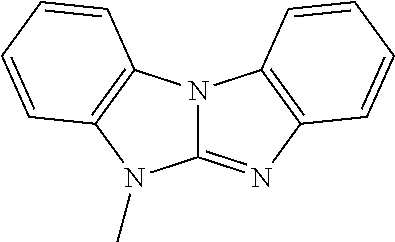
C01413

C01414
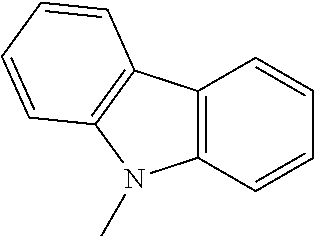
C01415
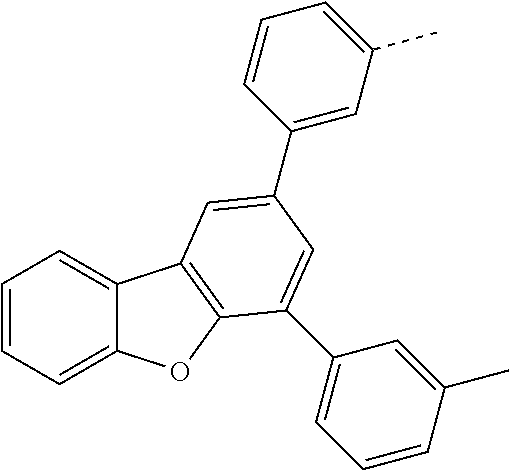
C01416

C01417

C01418
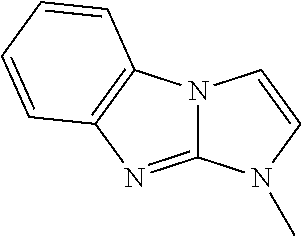
C01419
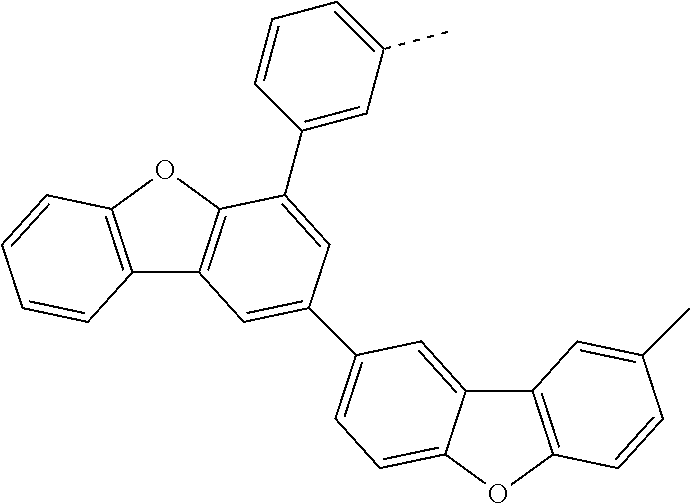
C01420

C01421

C01422

C01423

C01424
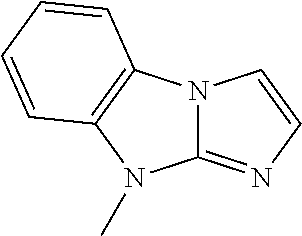
C01425

C01426

C01427
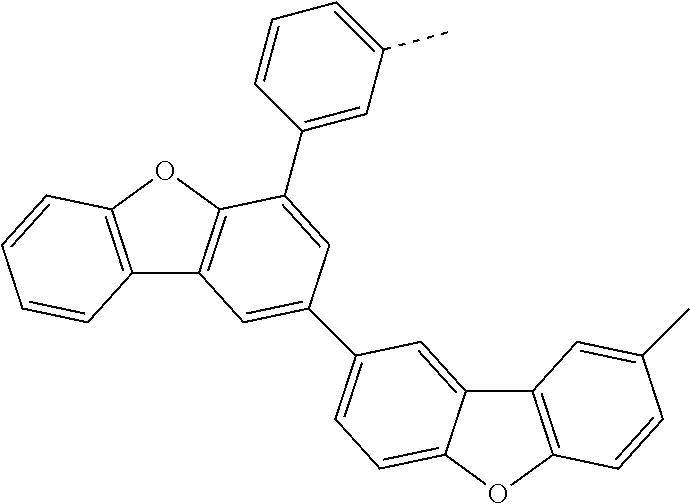
C01428

C01429
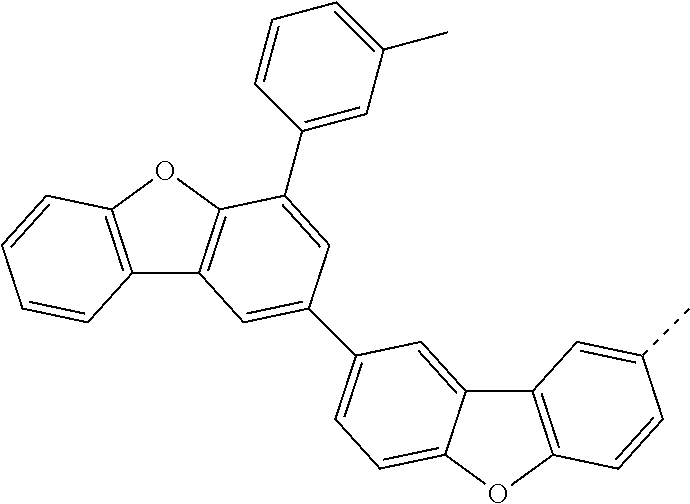
C01430

C01431

C01432
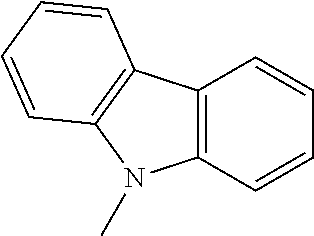
C01433
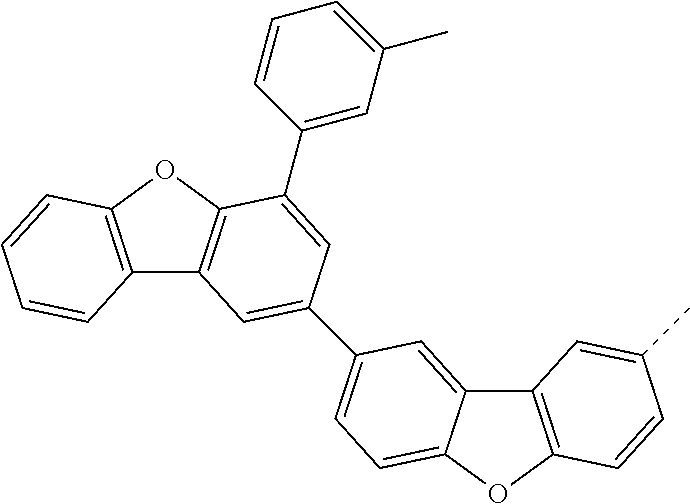
C01434

C01435

C01436
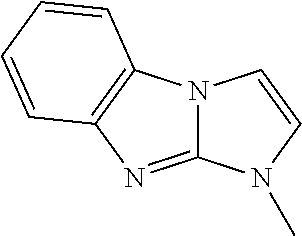
C01437
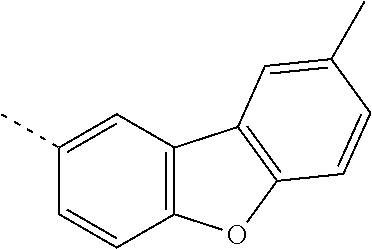
C01438
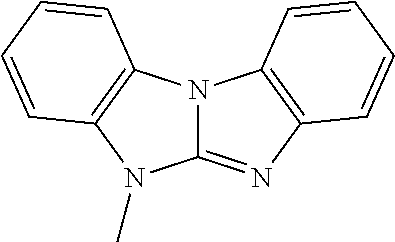
C01439
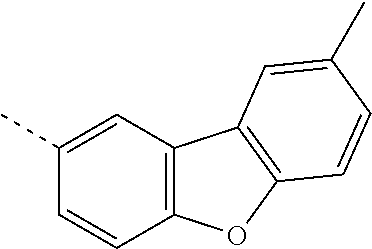
C01440
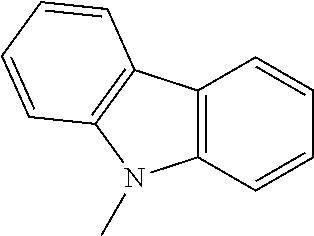
C01441
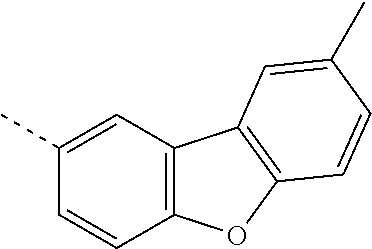
C01442
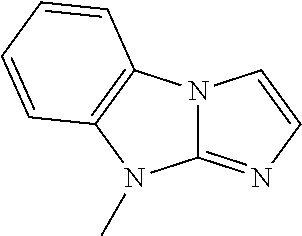
C01443

C01444

C01445
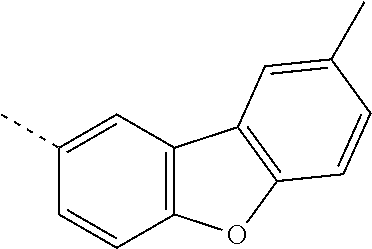
C01446
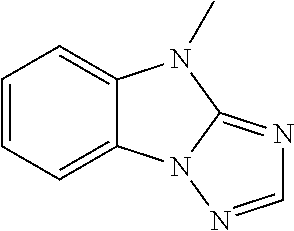
C01447
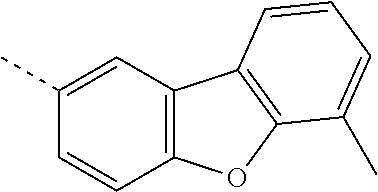
C01448

C01449
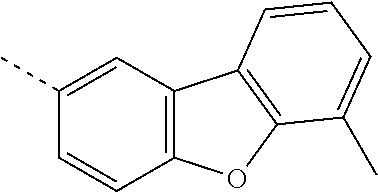
C01450
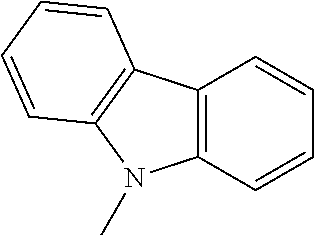
C01451
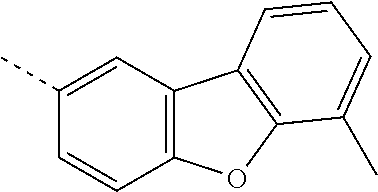
C01452

C01453

C01454
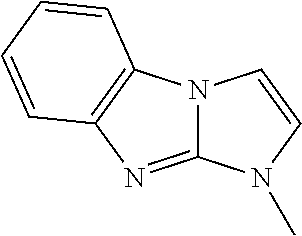
C01455
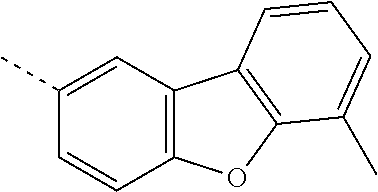
C01456
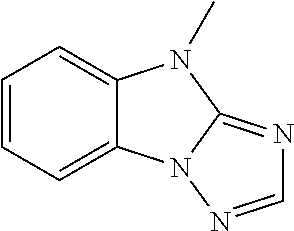
C01457
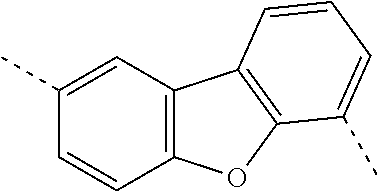
C01458
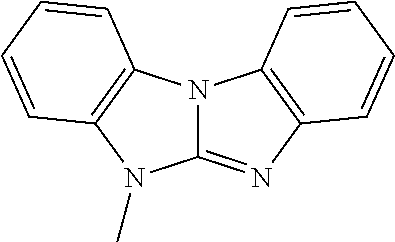
C01459
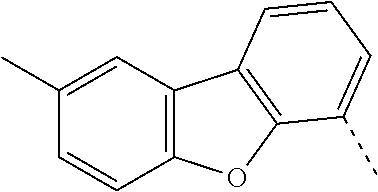
C01460

C01461
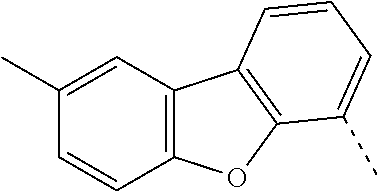
C01462

C01463
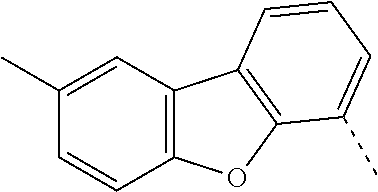
C01464
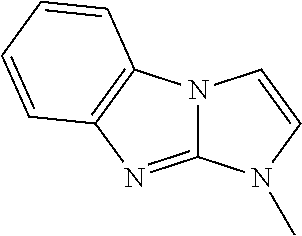
C01465
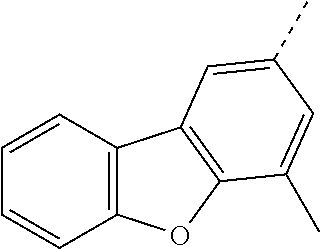
C01466

C01467

C01468
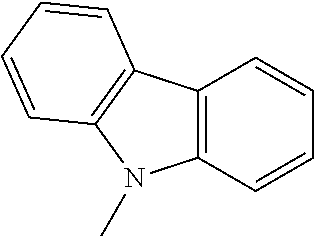
C01469
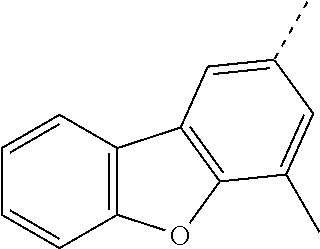
C01470

C01471

C01472

C01473

C01474

C01475
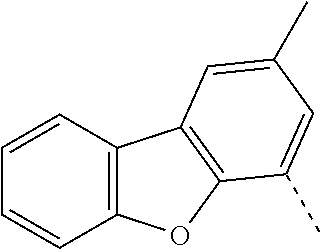
C01476
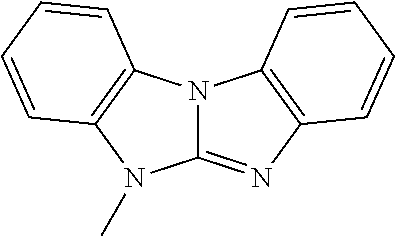
C01477

C01478
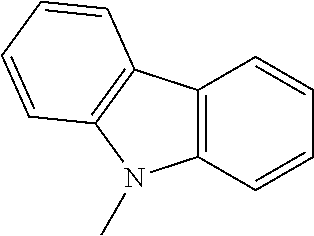
C01479

C01480

C01481
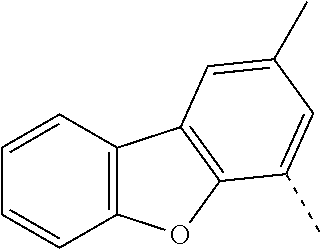
C01482

C01483

C01484
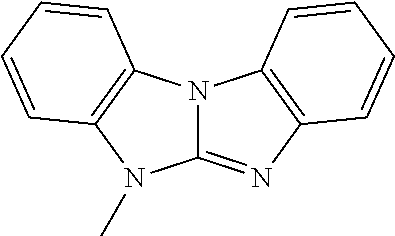
C01485

C01486

C01487
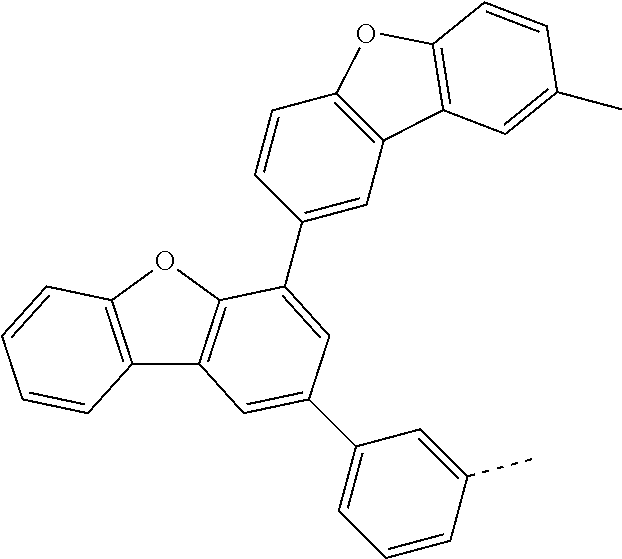
C01488
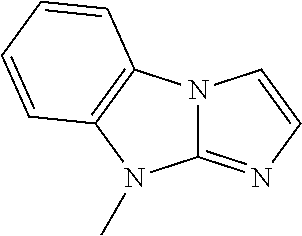
C01489
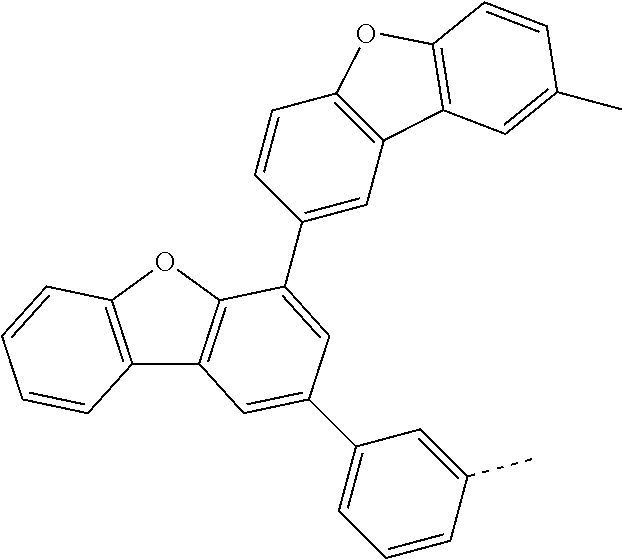
C01490
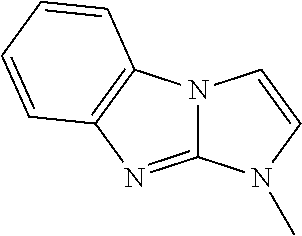
C01491
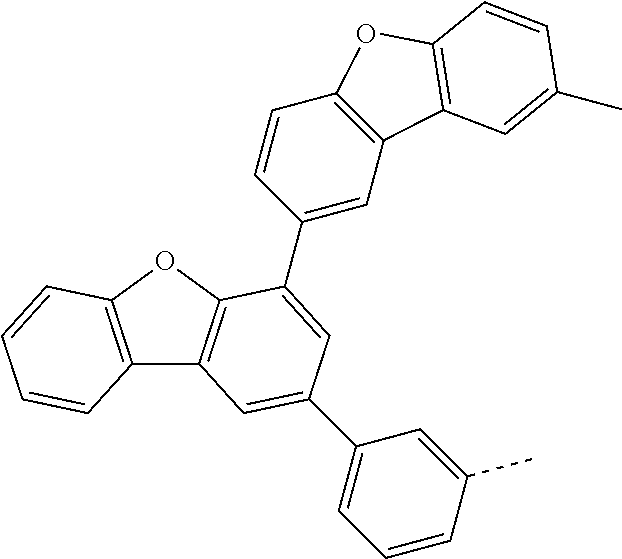
C01492

C01493
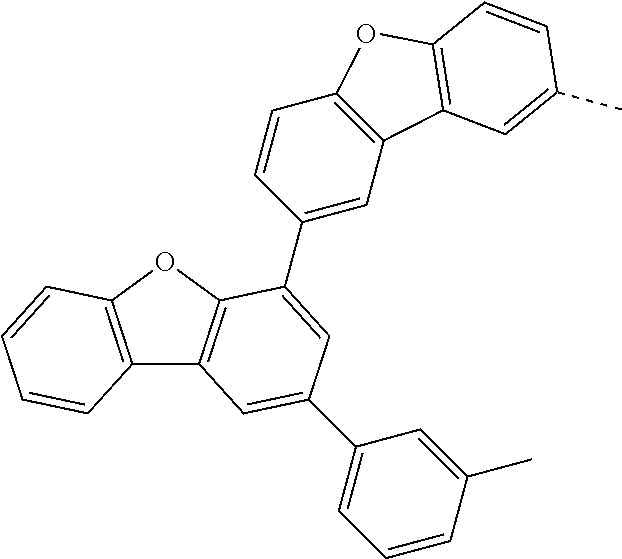
C01494
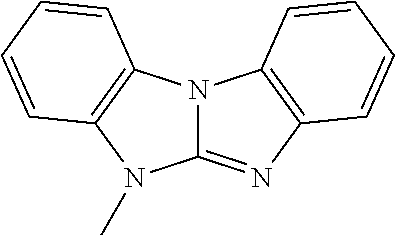
C01495
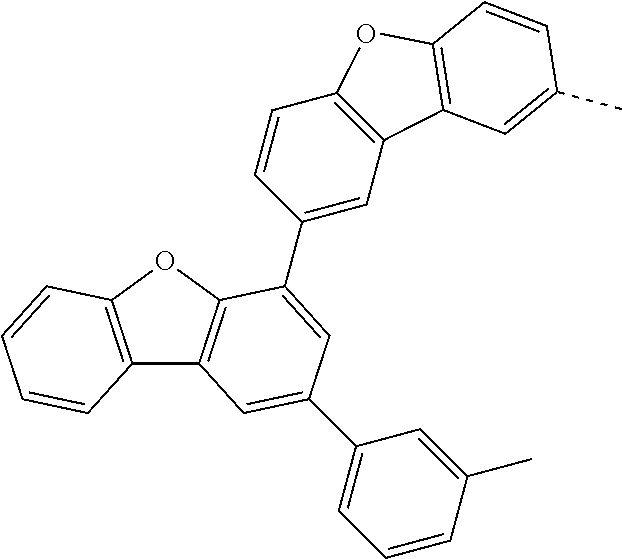
C01496

C01497

C01498
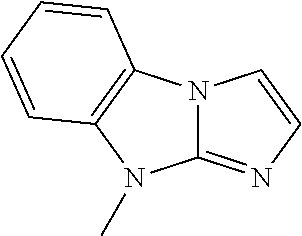
C01499
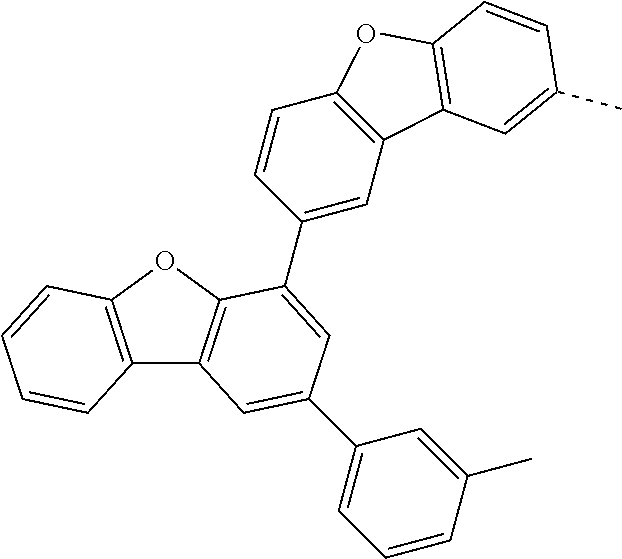
C01500
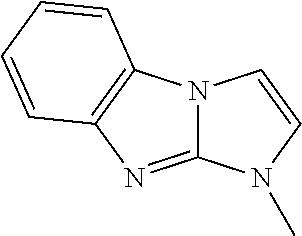
C01501
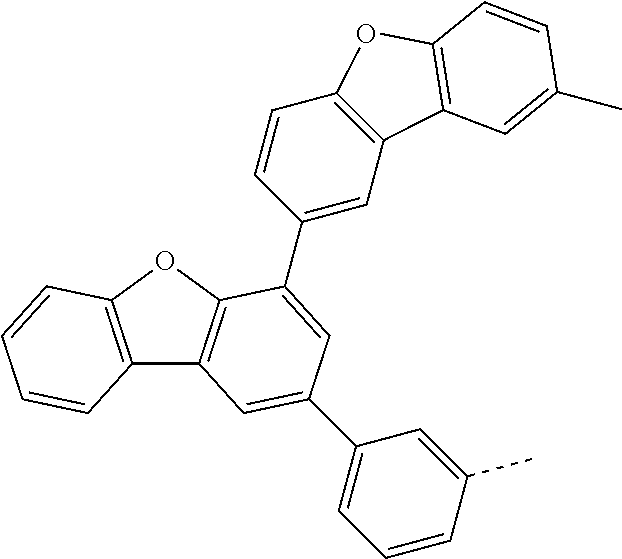
C01502
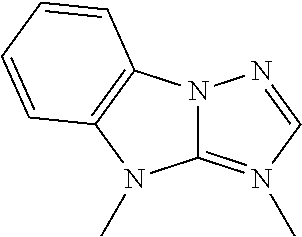
C01503

C01504
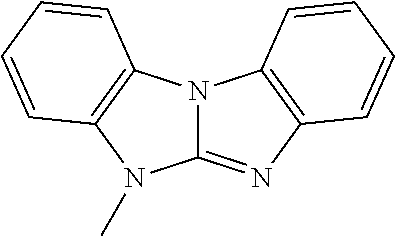
C01505

C01506

C01507

C01508

C01509

C01510

C01511

C01512
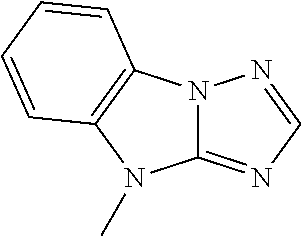
C01513
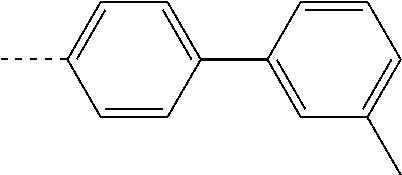
C01514

C01515

C01516
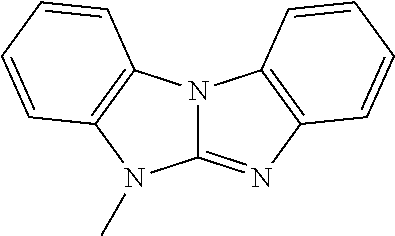
C01517
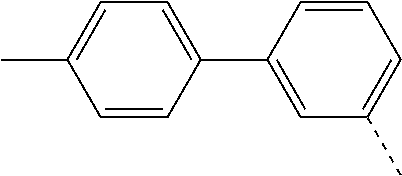
C01518
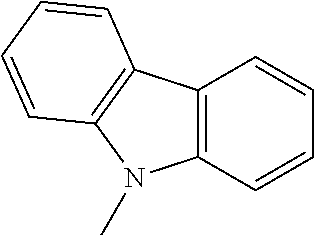
C01519
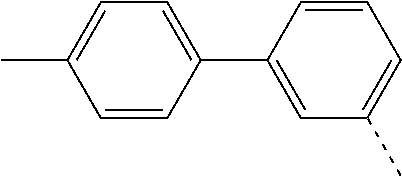
C01520
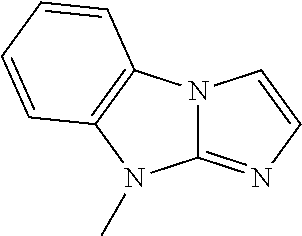
C01521

C01522

C01523
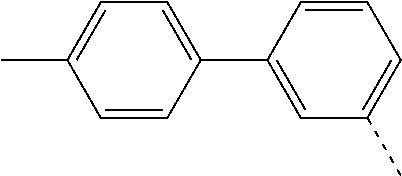
C01524

C01525
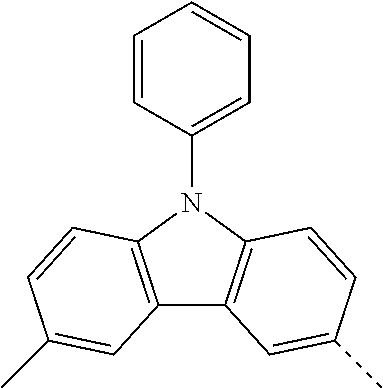
C01526

C01527

C01528
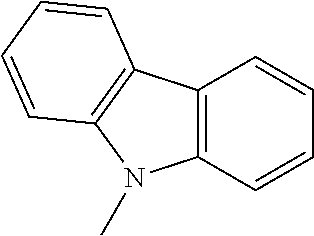
C01529

C01530
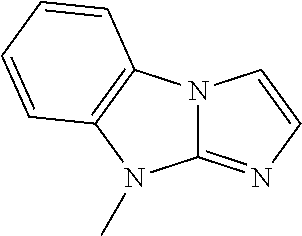
C01531
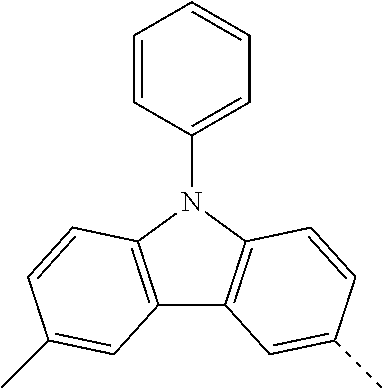
C01532

C01533
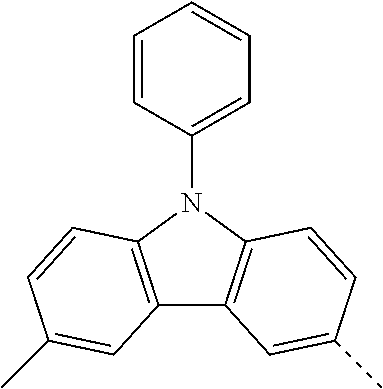
C01534
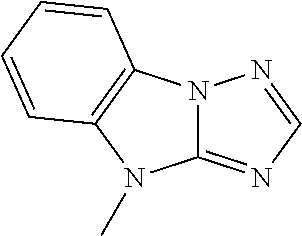
C01535
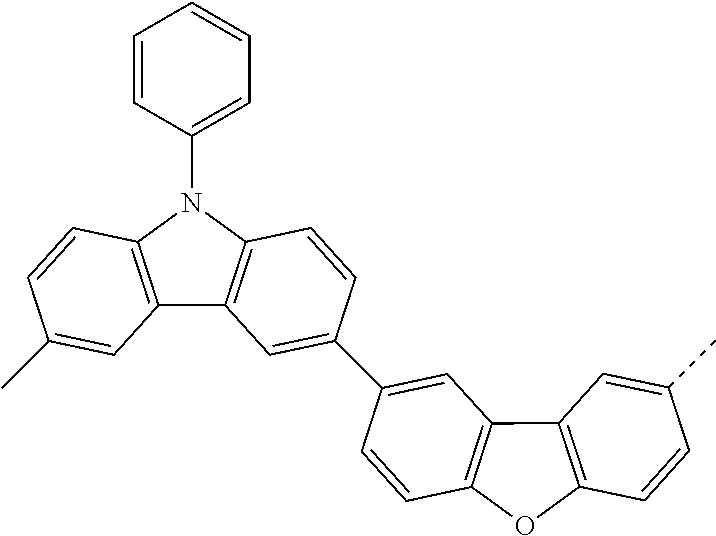
C01536
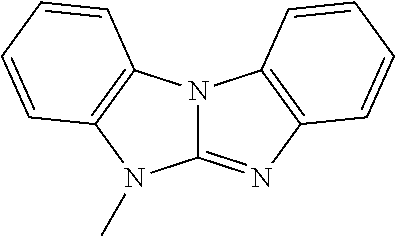
C01537
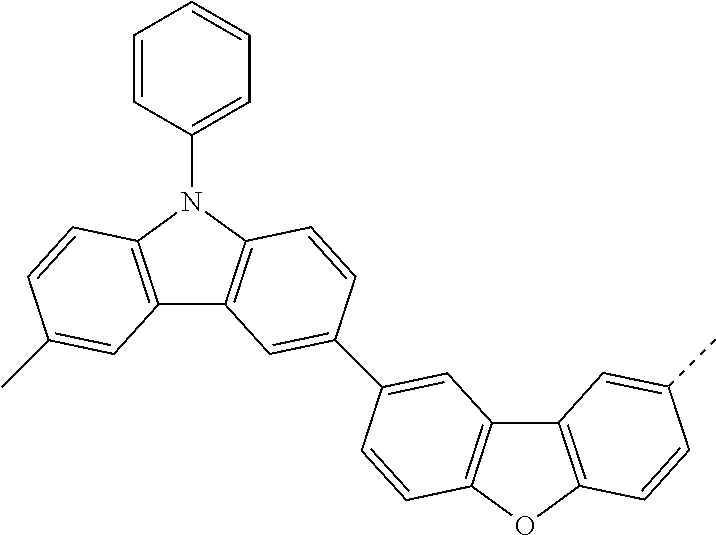
C01538
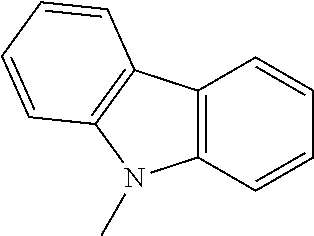
C01539
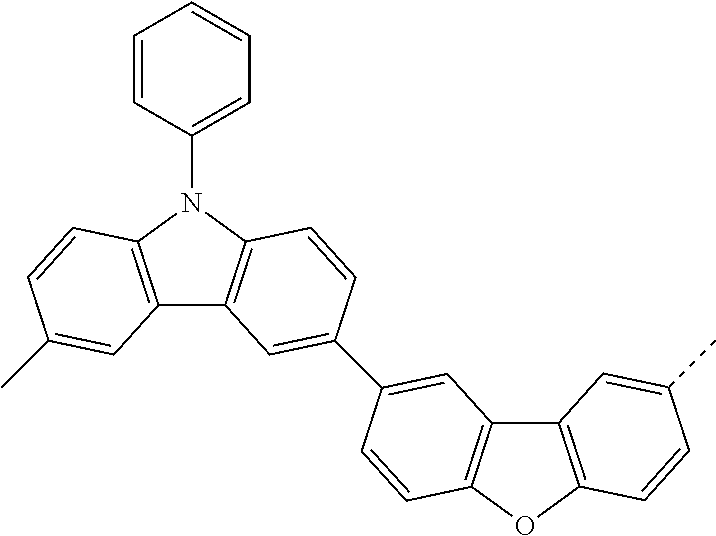
C01540
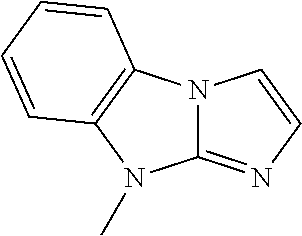
C01541
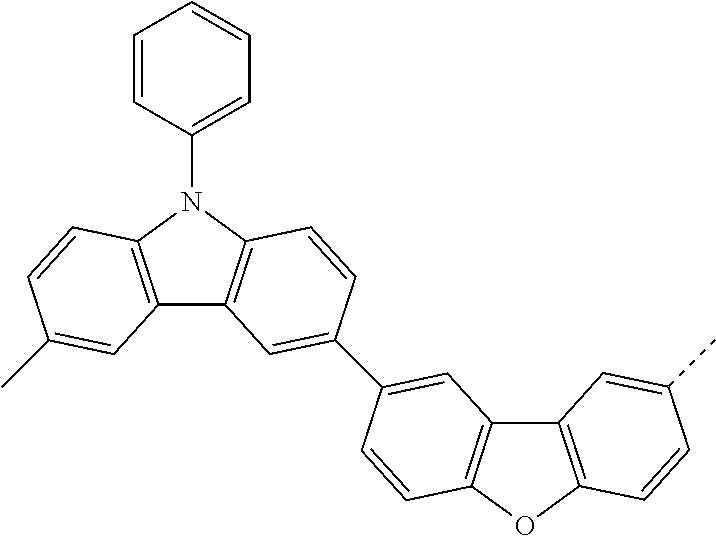
C01542

C01543

C01544
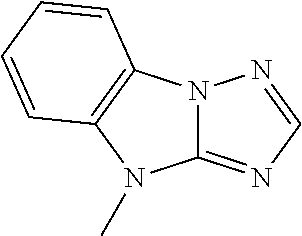
C01545
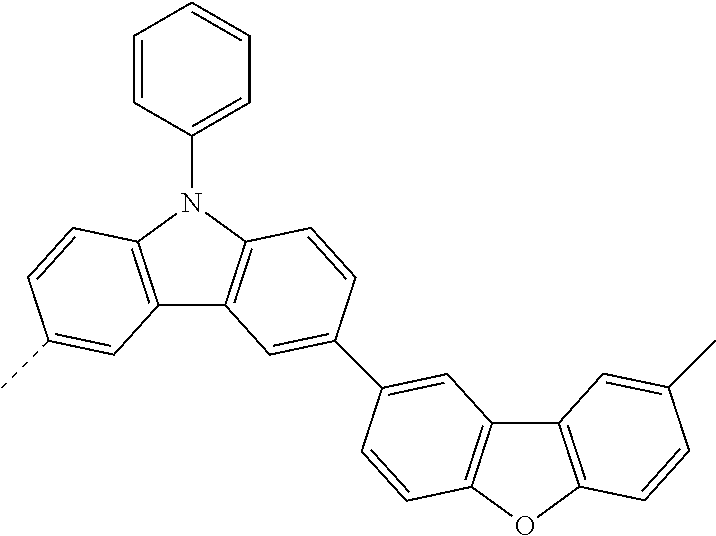
C01546

C01547

C01548

C01549

C01550
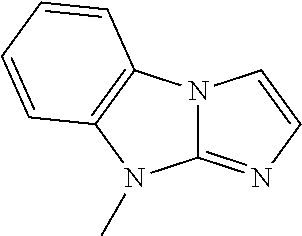
C01551
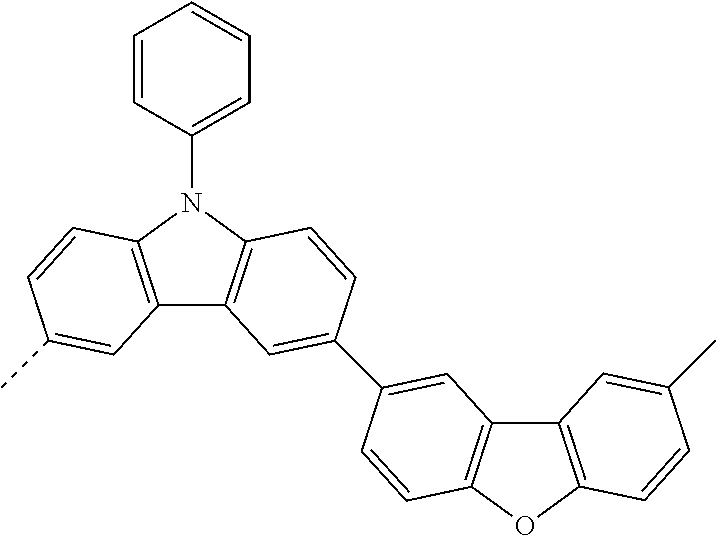
C01552
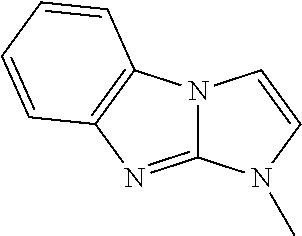
C01553
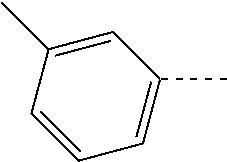
C01554
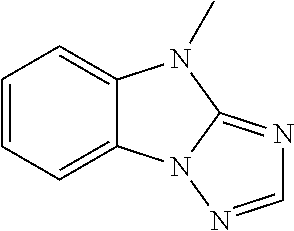
C01555
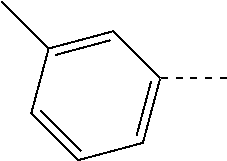
C01556

C01557
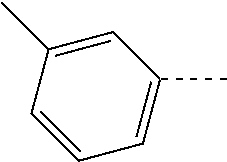
C01558

C01559
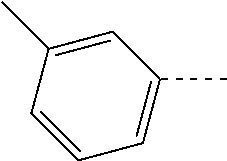
C01560

C01561
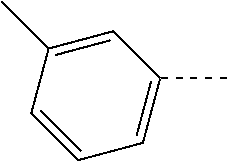
C01562
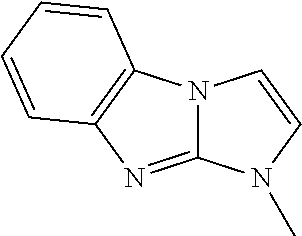
C01563
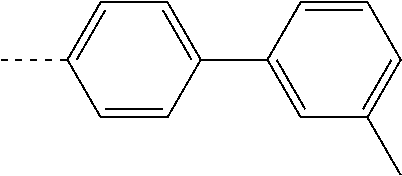
C01564

C01565
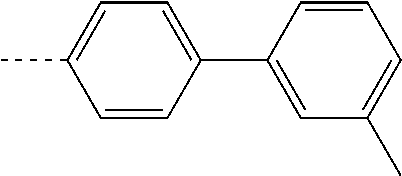
C01566

C01567

C01568

C01569

C01570
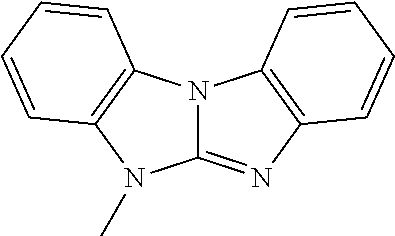
C01571
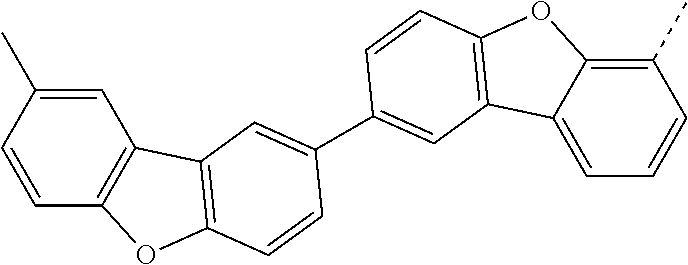
C01572

C01573
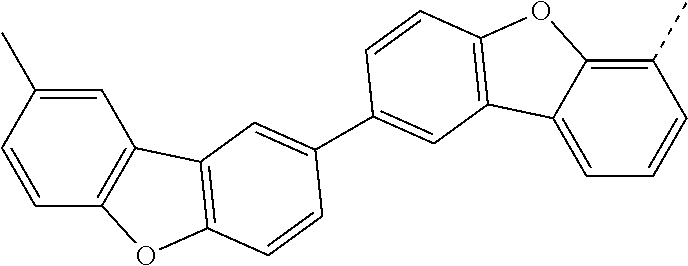
C01574

C01575
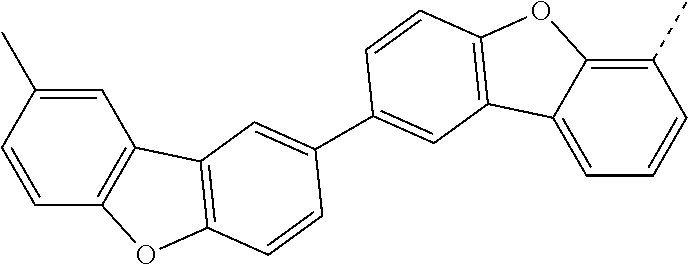
C01576

C01577
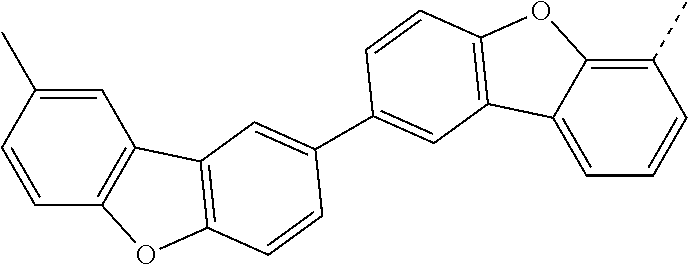
C01578
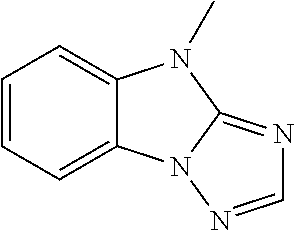
C01579
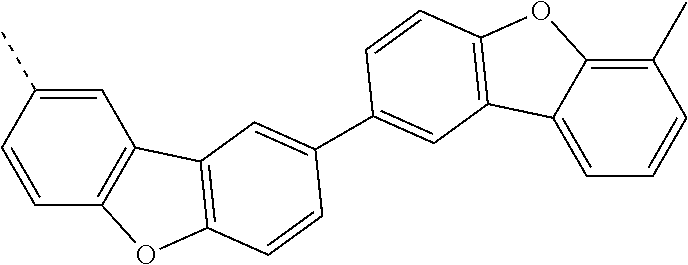
C01580
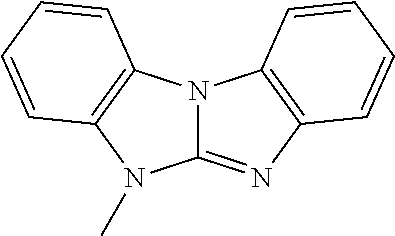
C01581
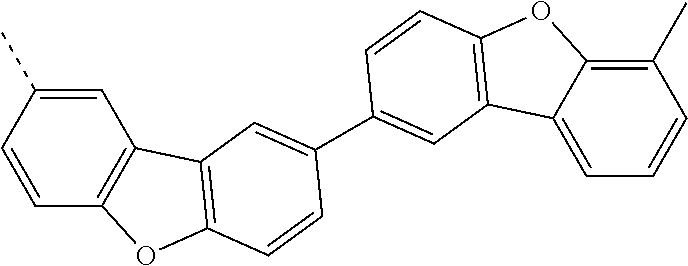
C01582

C01583

C01584

C01585
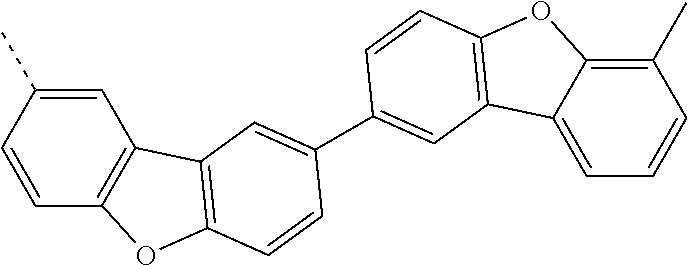
C01586
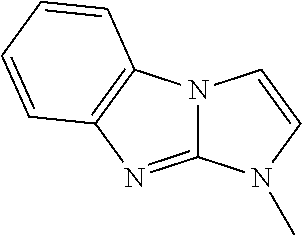
C01587

C01588
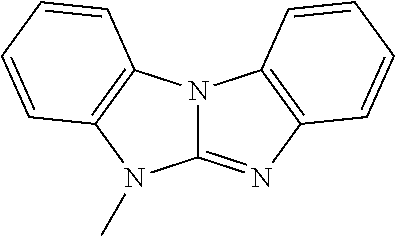
C01589

C01590
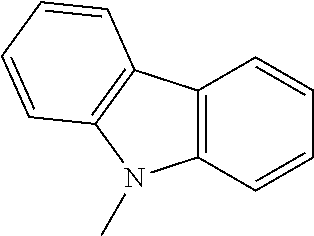
C01591
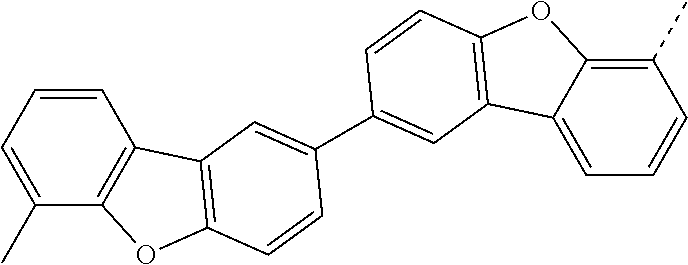
C01592

C01593

C01594

C01595
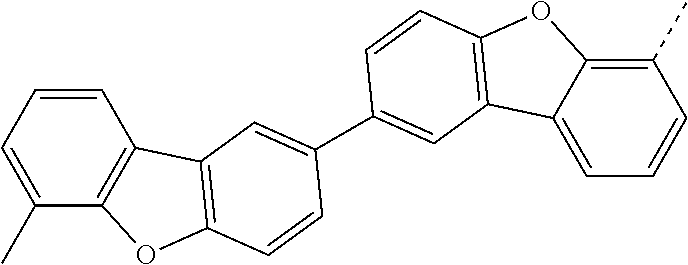
C01596

C01597
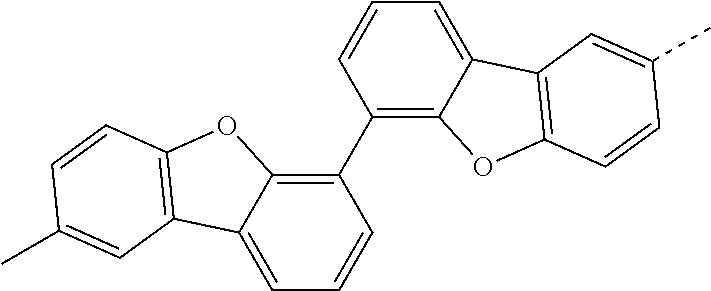
C01598
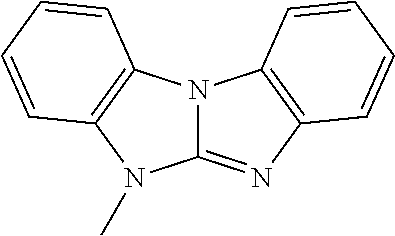
C01599

C01600

C01601
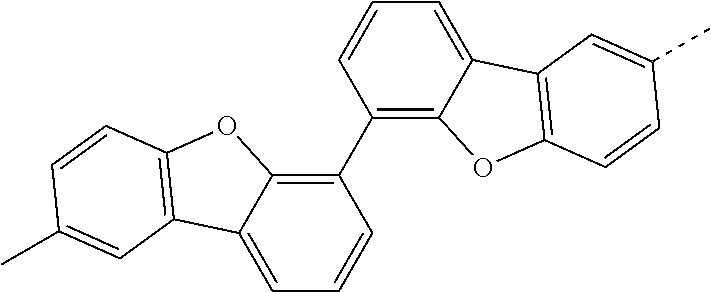
C01602
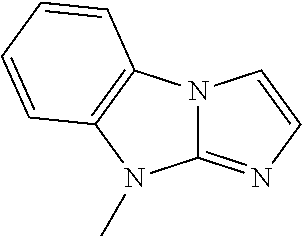
C01603

C01604

C01605

C01606

C01607
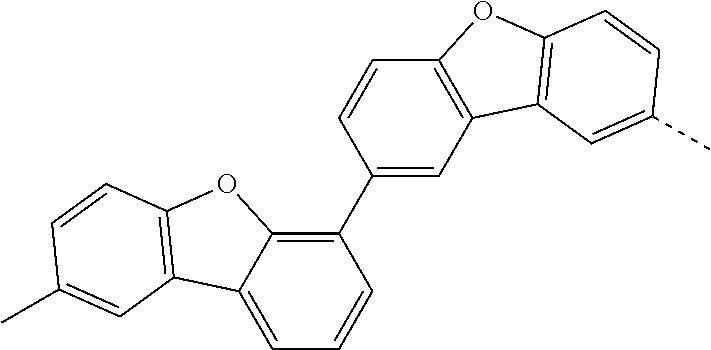
C01608

C01609

C01610
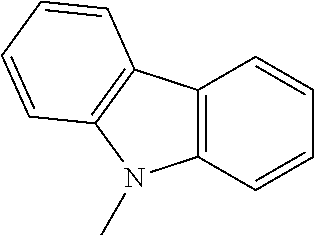
C01611
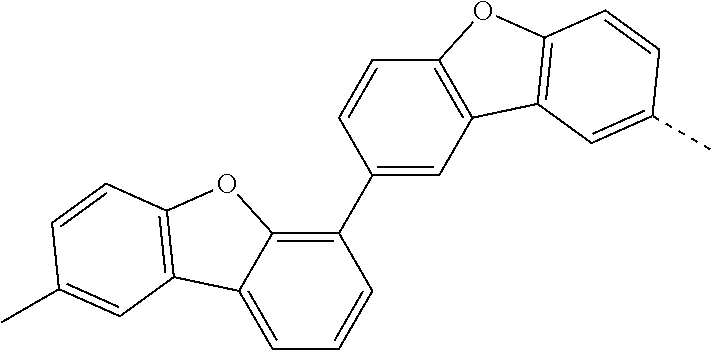
C01612

C01613

C01614
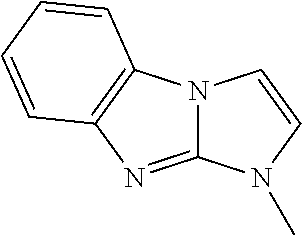
C01615
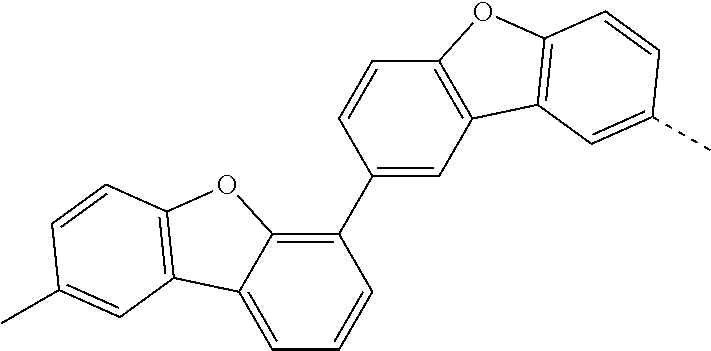
C01616

C01617

C01618
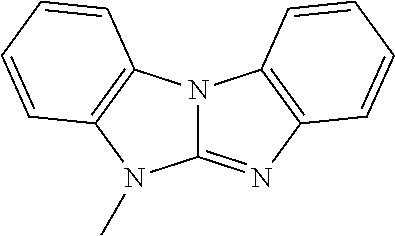
C01619

C01620

C01621
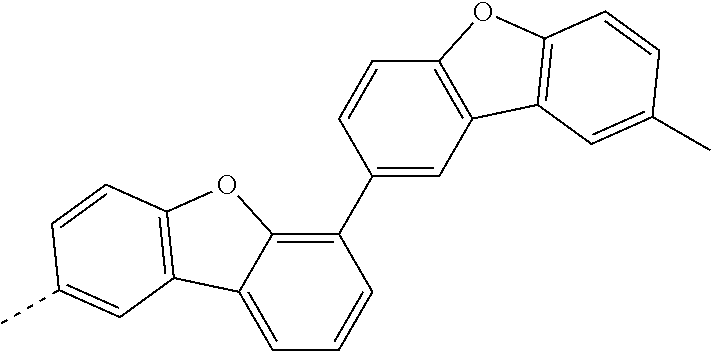
C01622
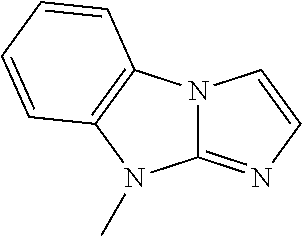
C01623

C01624
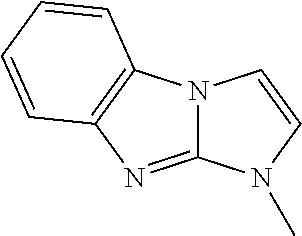
C01625

C01626
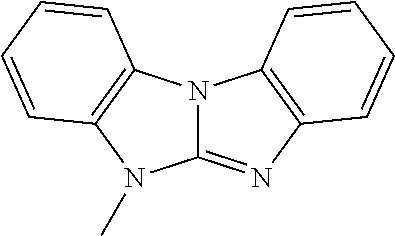
C01627
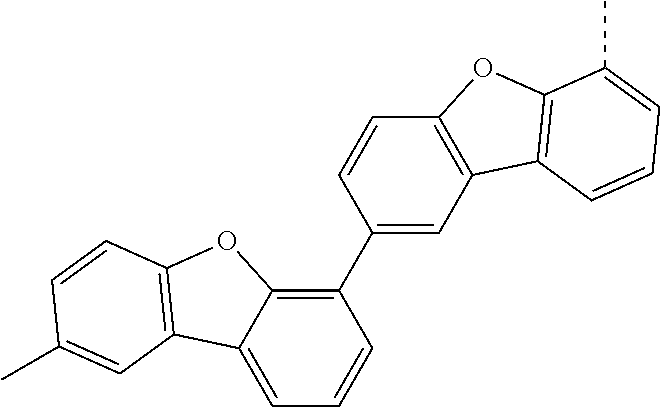
C01628

C01629
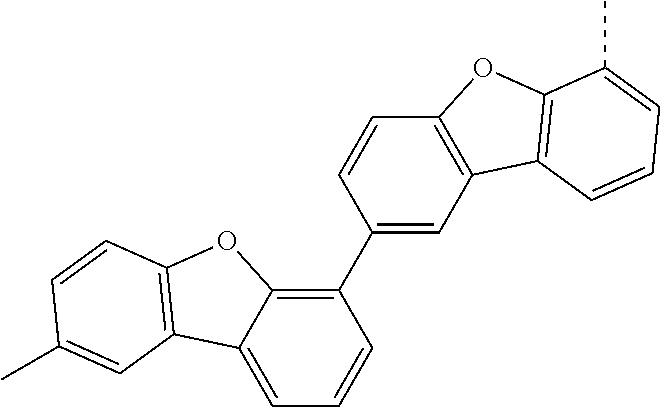
C01630

C01631
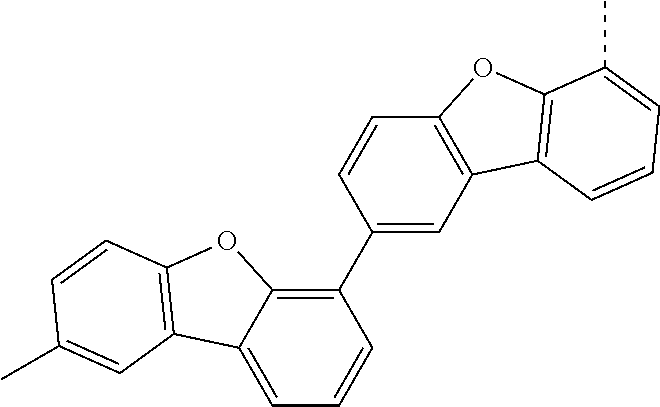
C01632

C01633

C01634

C01635

C01636

C01637
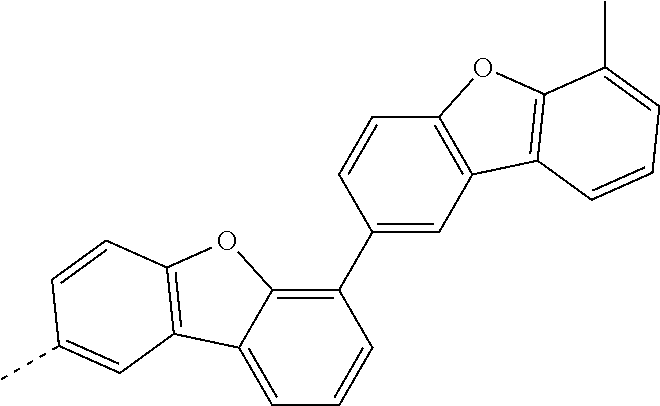
C01638
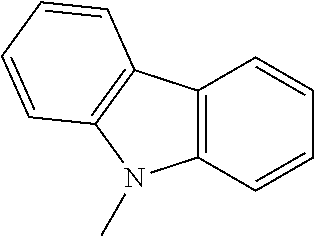
C01639

C01640

C01641
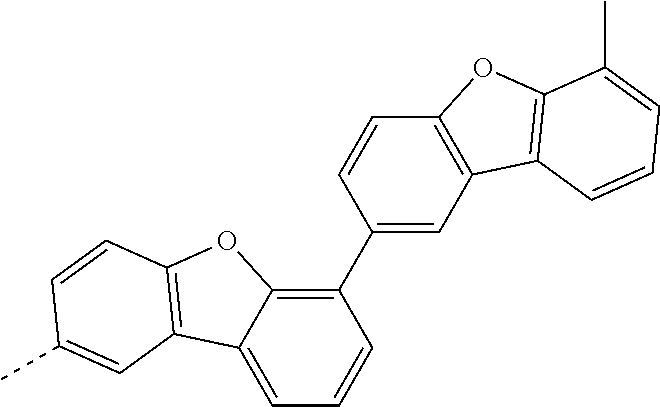
C01642
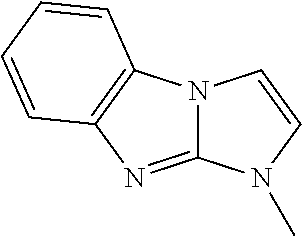
C01643
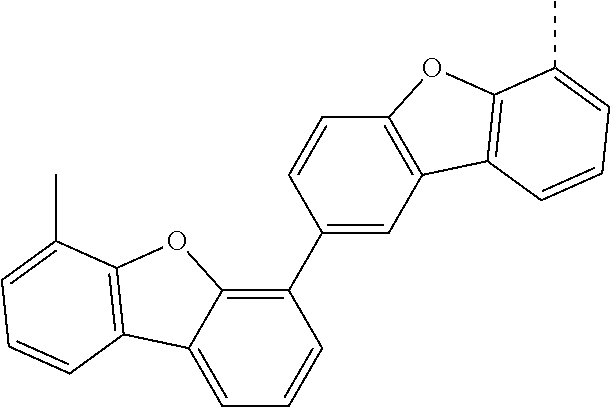
C01644
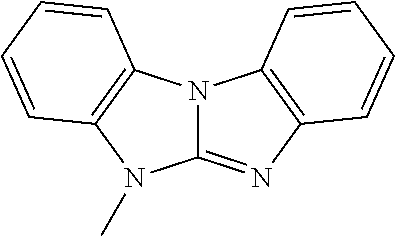
C01645
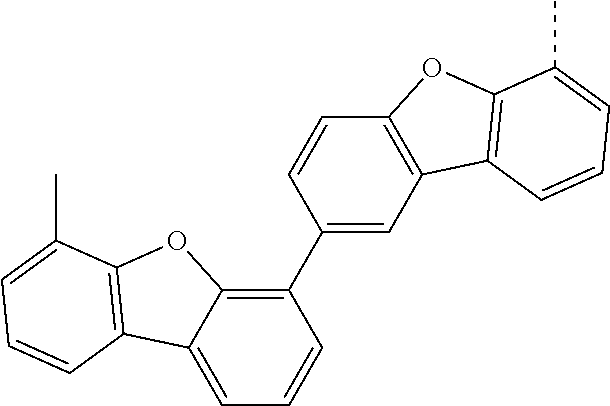
C01646
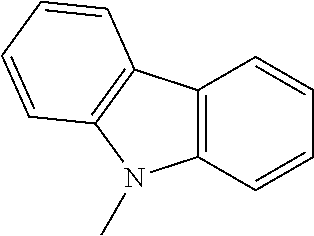
C01647

C01648
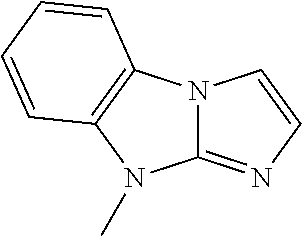
C01649
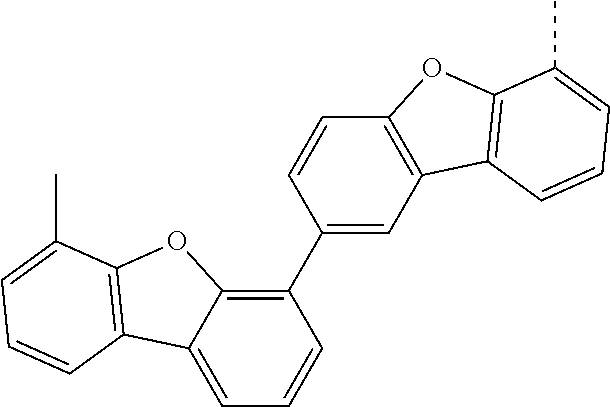
C01650
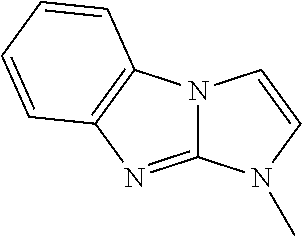
C01651
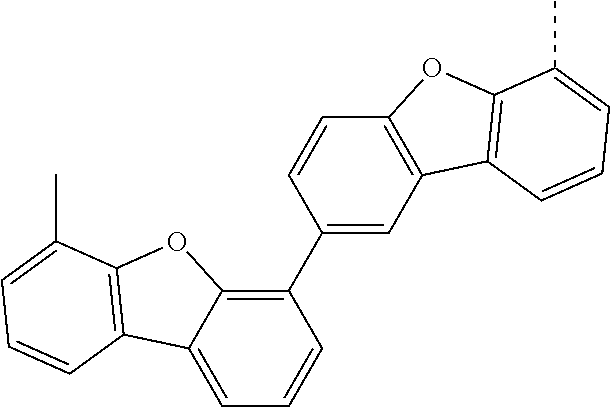
C01652
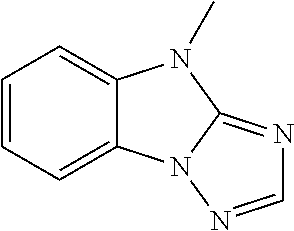
C01653
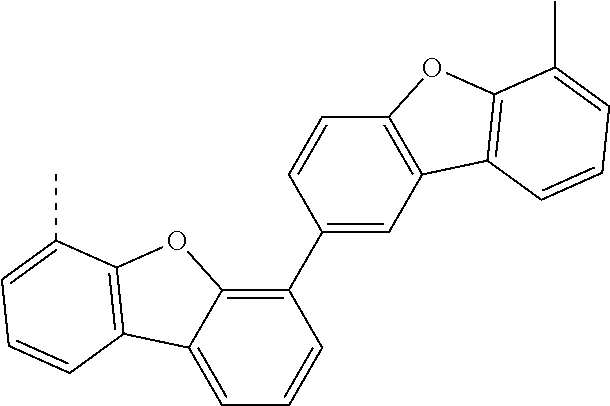
C01654

C01655
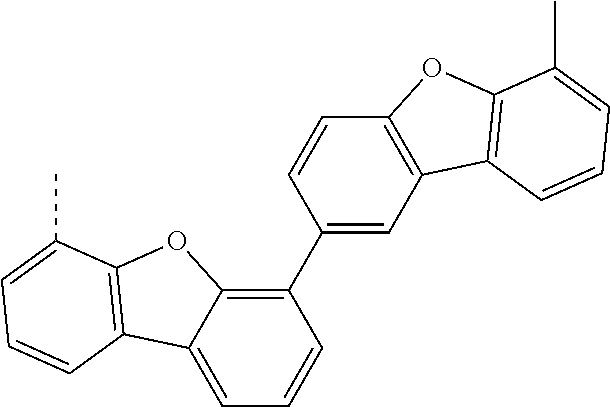
C01656

C01657

C01658

C01659

C01660
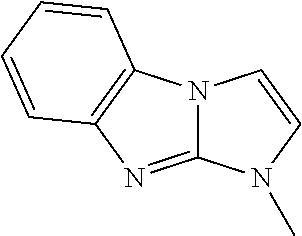
C01661

C01662

C01663
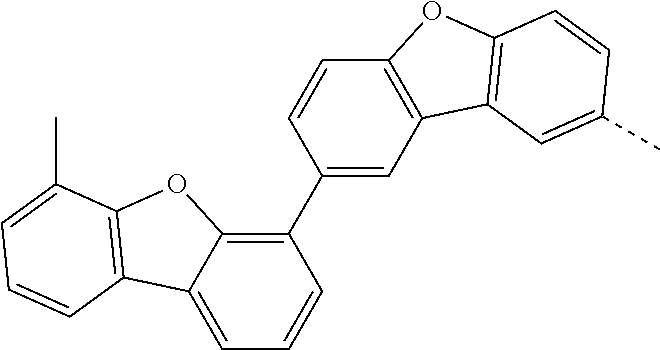
C01664
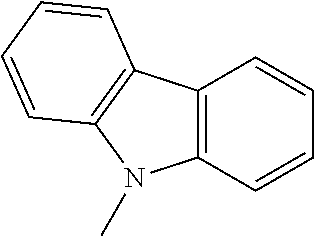
C01665

C01666

C01667

C01668
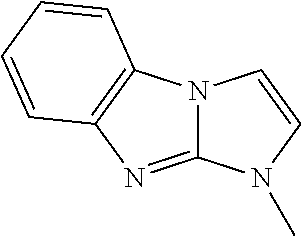
C01669
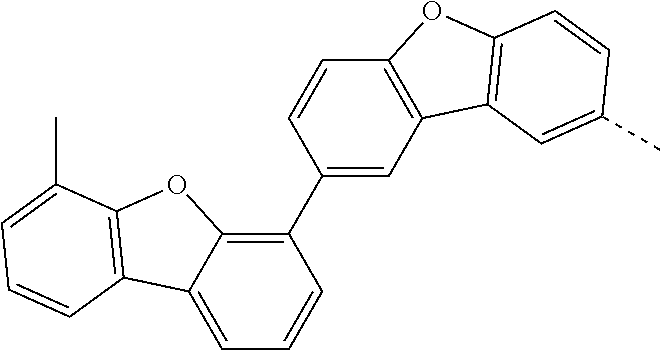
C01670

C01671
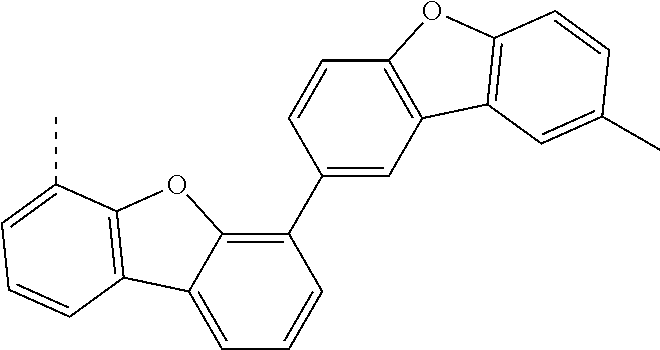
C01672
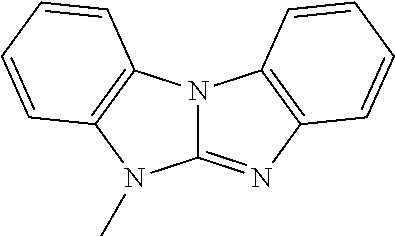
C01673
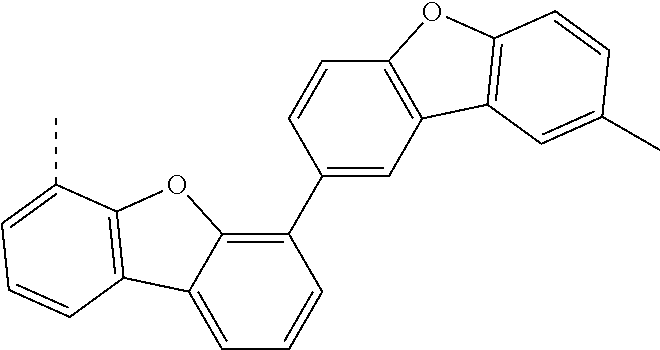
C01674

C01675

C01676

C01677
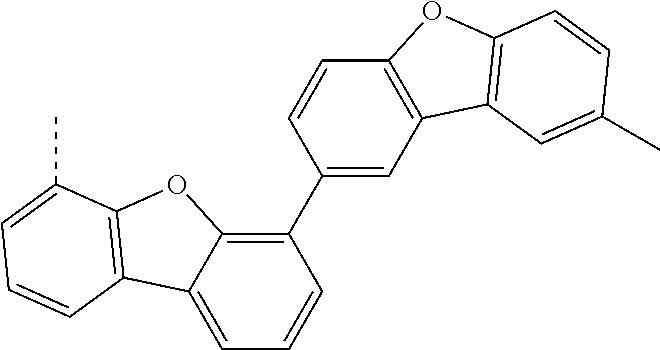
C01678

C01679

C01680
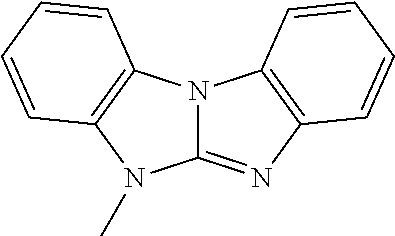
C01681
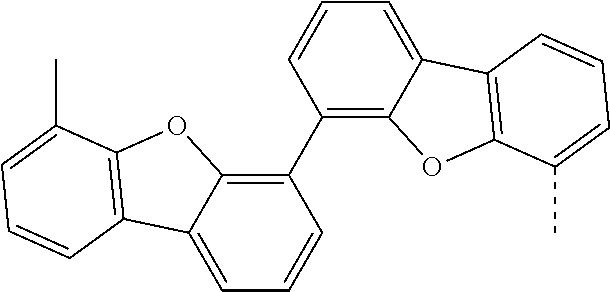
C01682

C01683
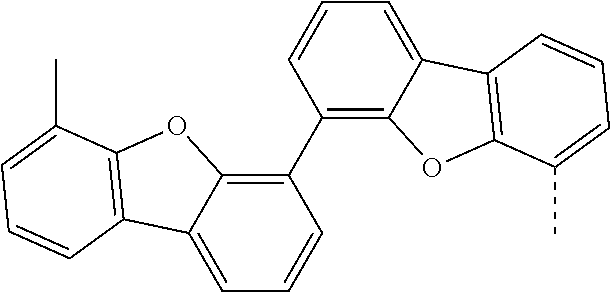
C01684

C01685

C01686

C01687
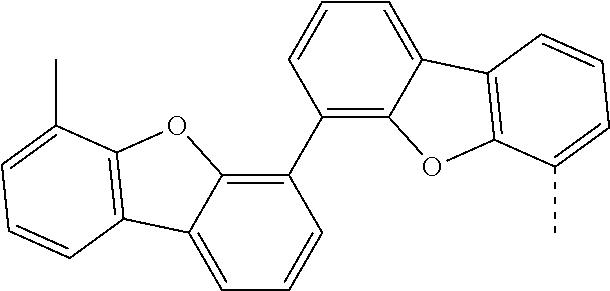
C01688

C01689
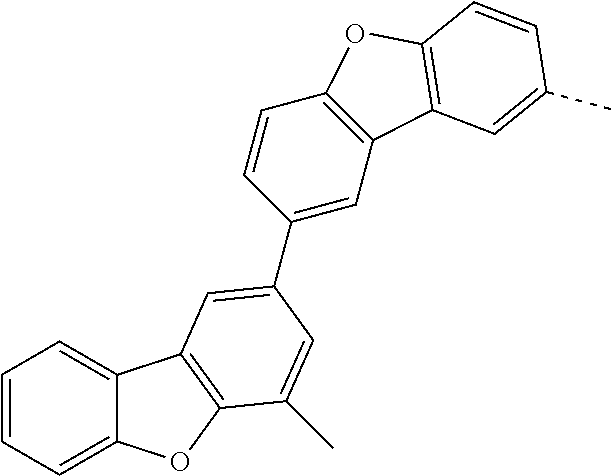
C01690
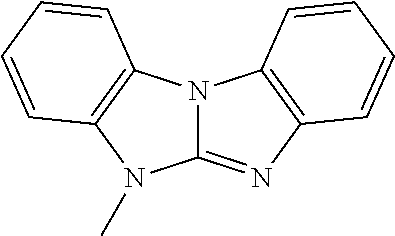
C01691
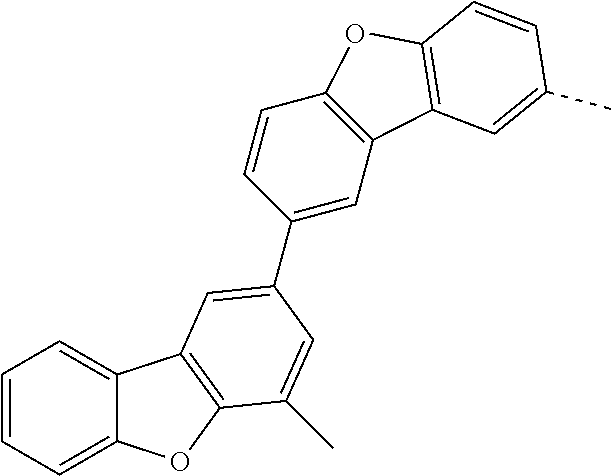
C01692
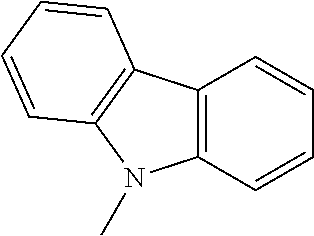
C01693
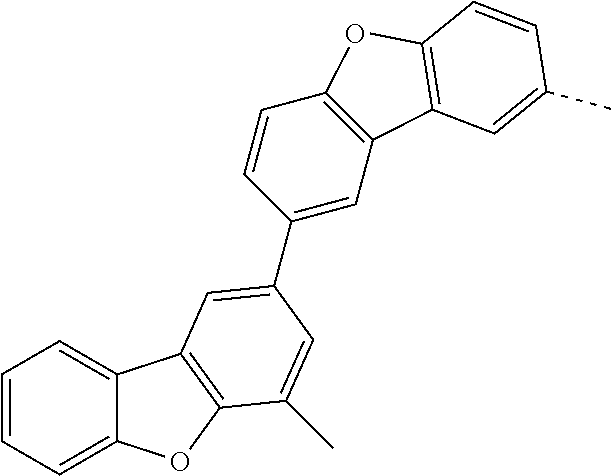
C01694
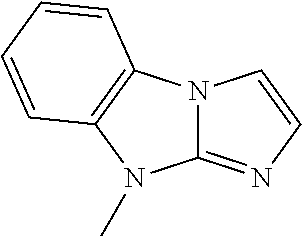
C01695
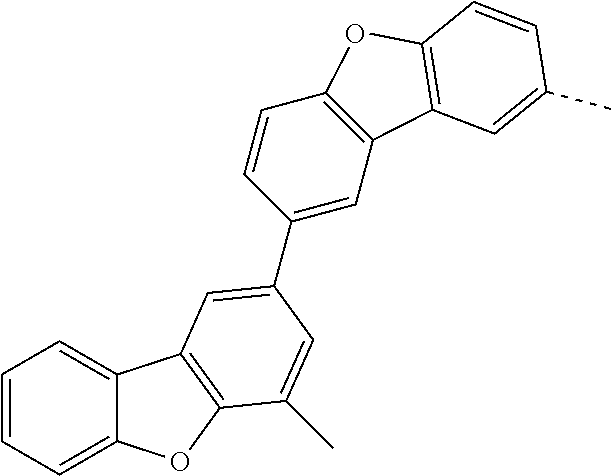
C01696

C01697
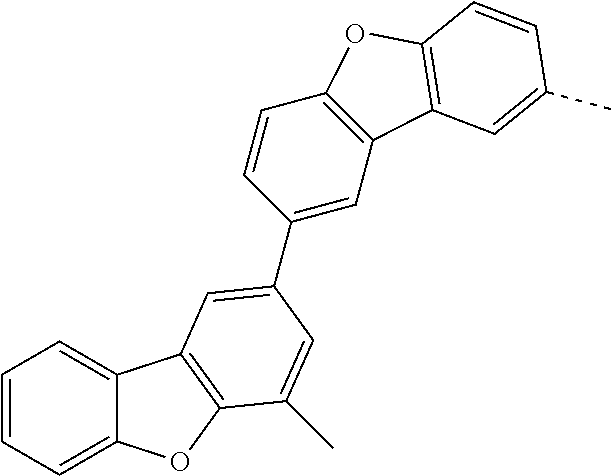
C01698

C01699

C01700
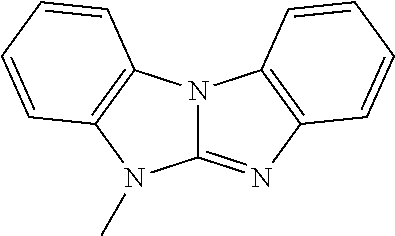
C01701
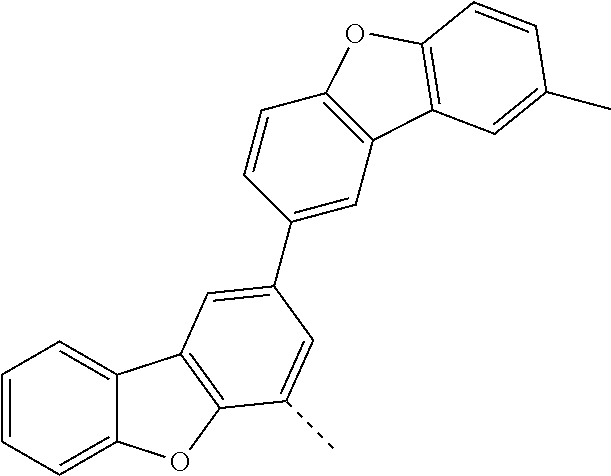
C01702

C01703
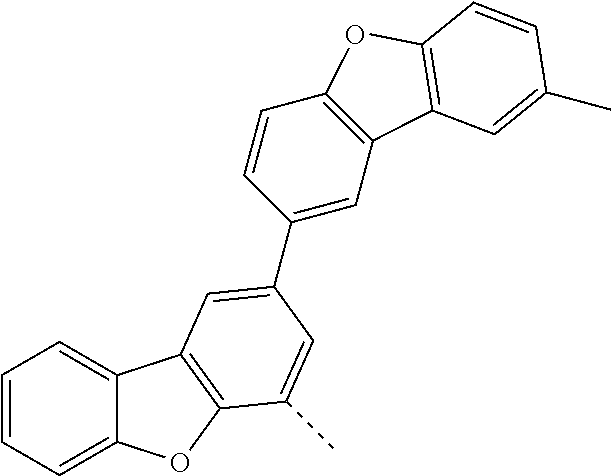
C01704
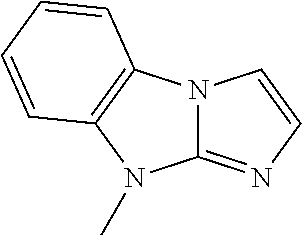
C01705
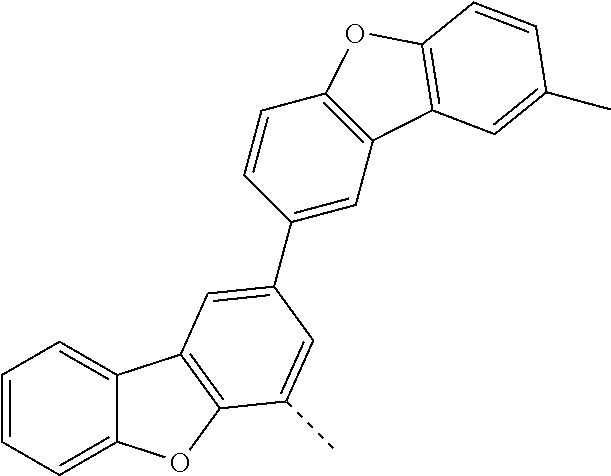
C01706

C01707
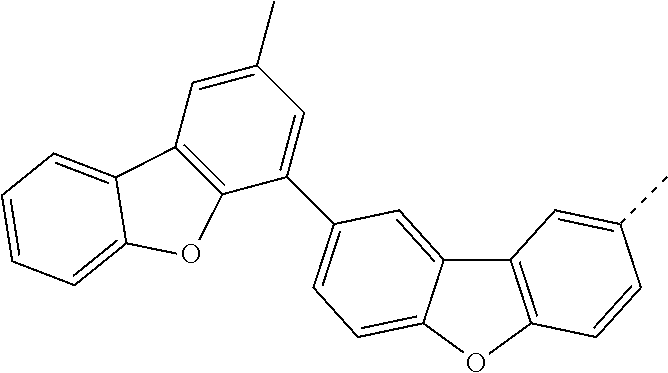
C01708
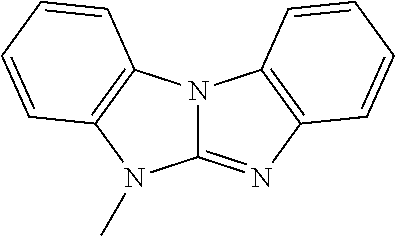
C01709

C01710
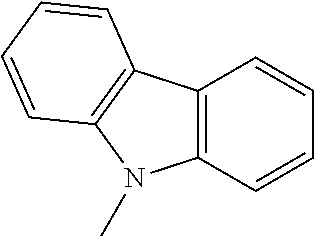
C01711

C01712

C01713
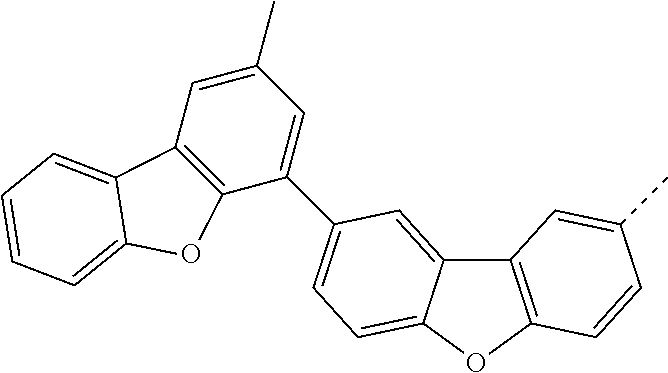
C01714
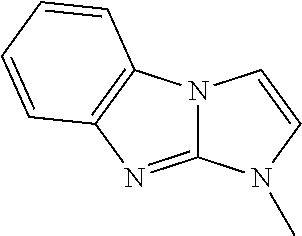
C01715
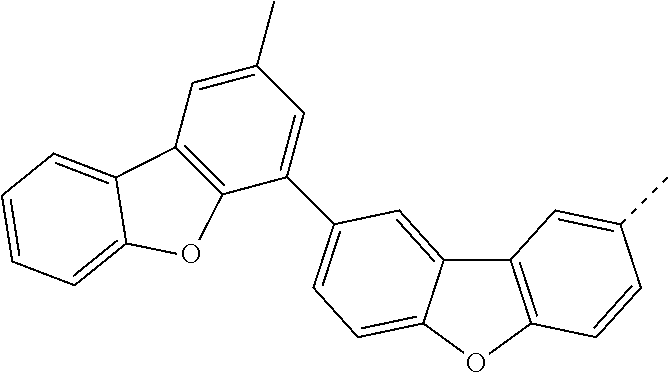
C01716
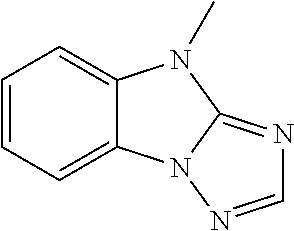
C01717
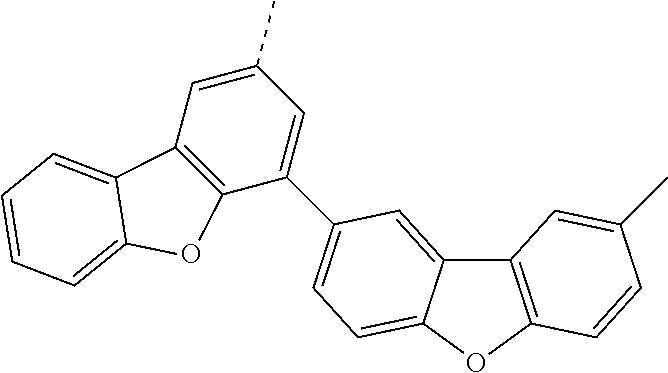
C01718

C01719
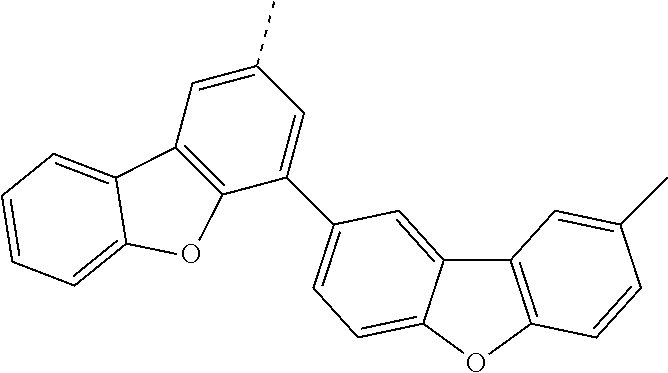
C01720

C01721

C01722
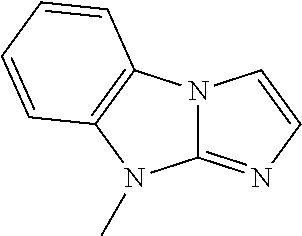
C01723

C01724
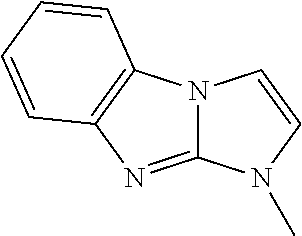
C01725

C01726
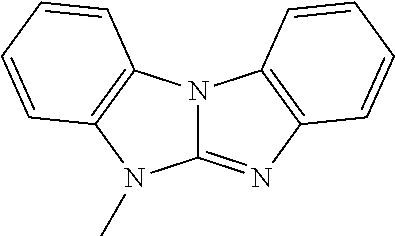
C01727

C01728

C01729
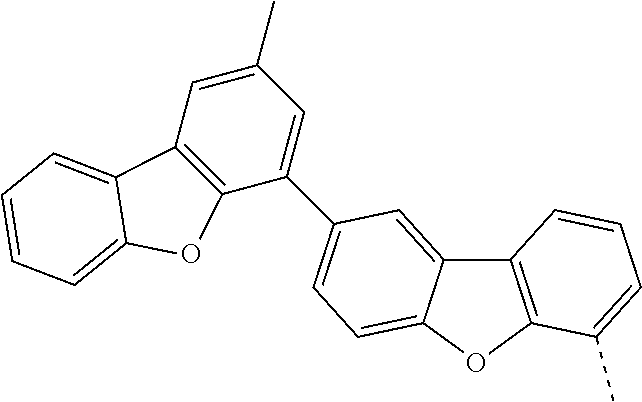
C01730

C01731
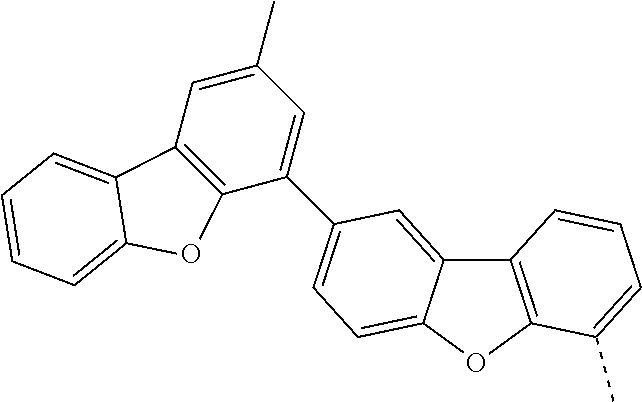
C01732
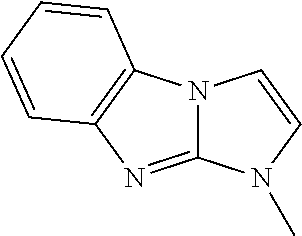
C01733
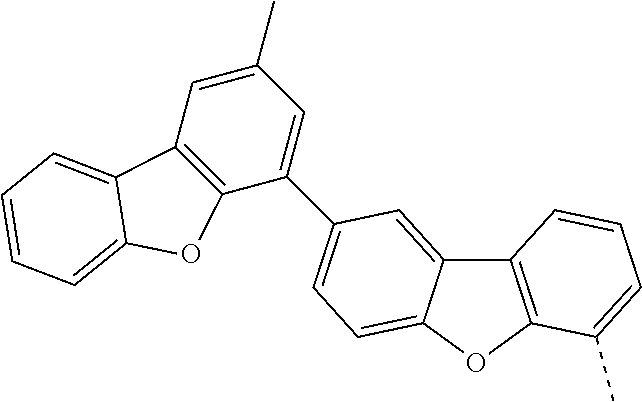
C01734

C01735
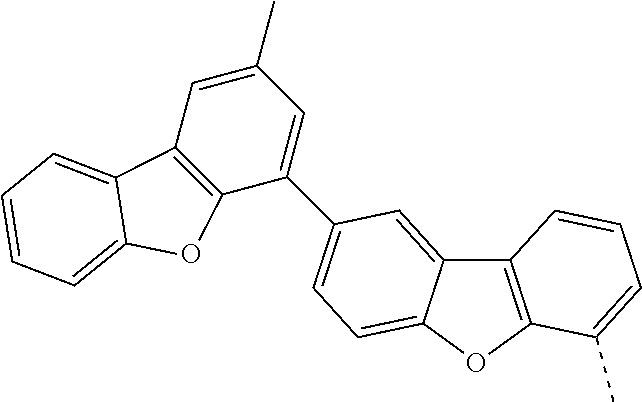
C01736
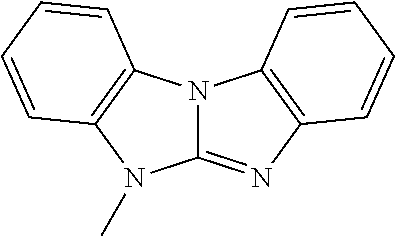
C01737
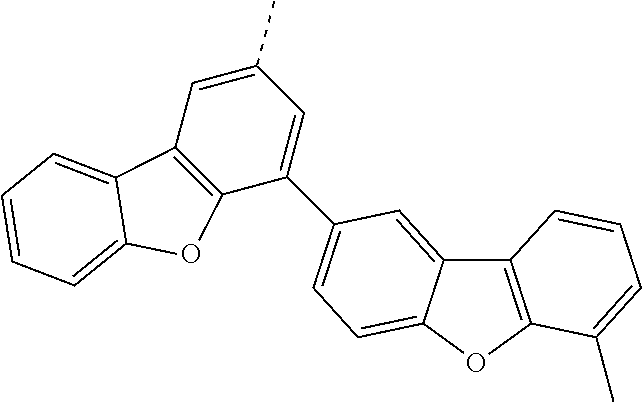
C01738
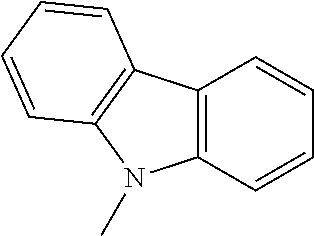
C01739
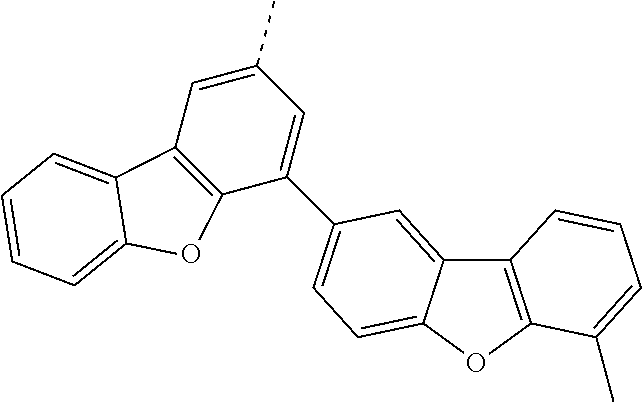
C01740
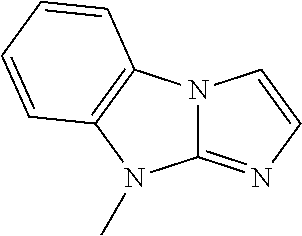
C01741

C01742
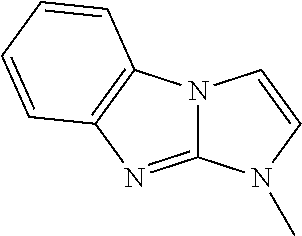
C01743

C01744
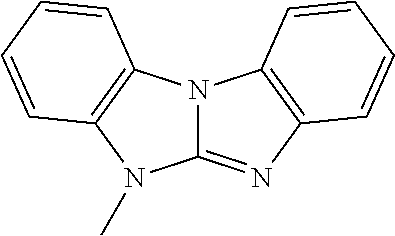
C01745

C01746
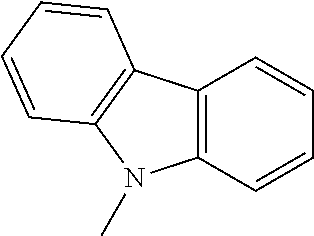
C01747

C01748

C01749

C01750

C01751

C01752

C01753
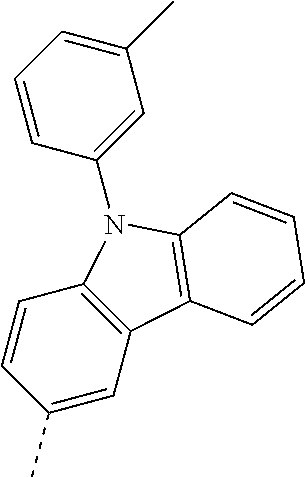
C01754
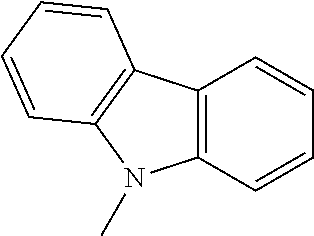
C01755
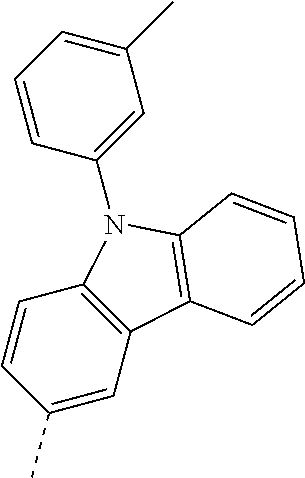
C01756

C01757
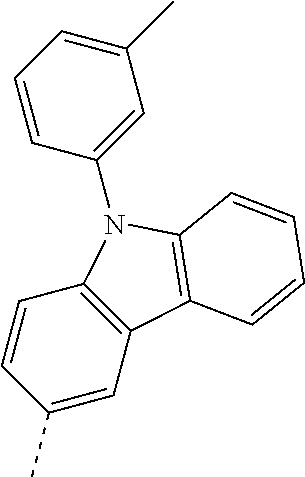
C01758

C01759
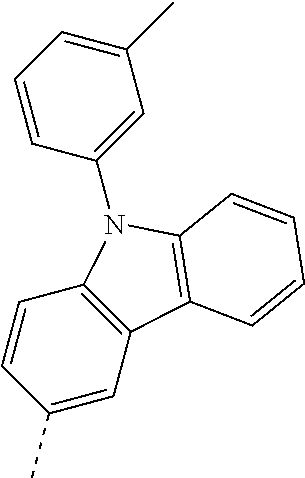
C01760

C01761
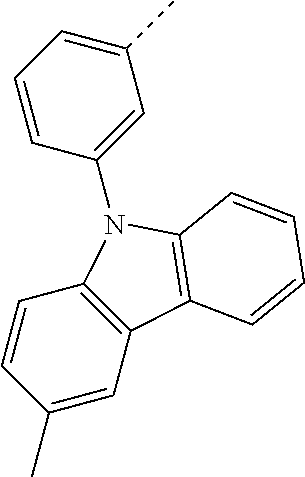
C01762
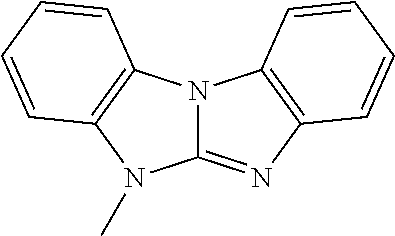
C01763

C01764

C01765
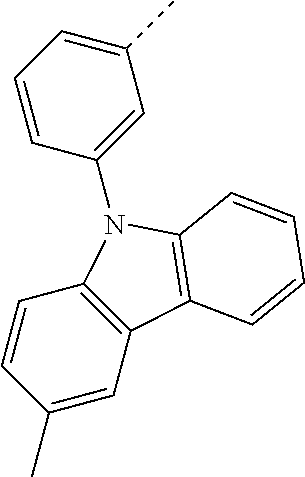
C01766
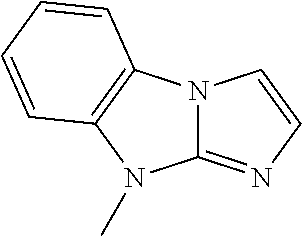
C01767

C01768

C01769
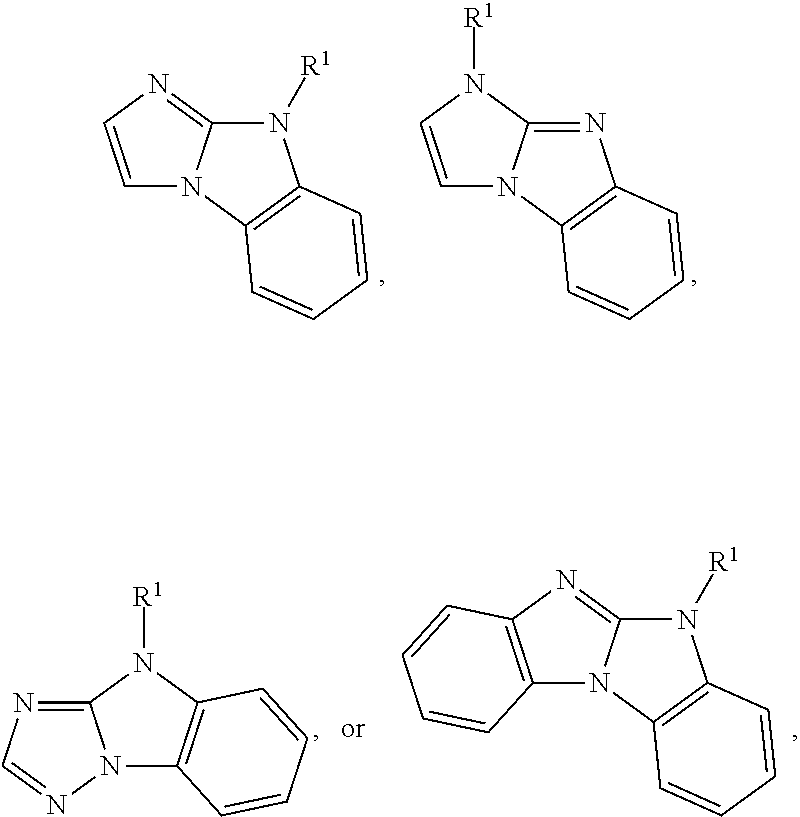
C01770

C01771

C01772

C01773

C01774

C01775
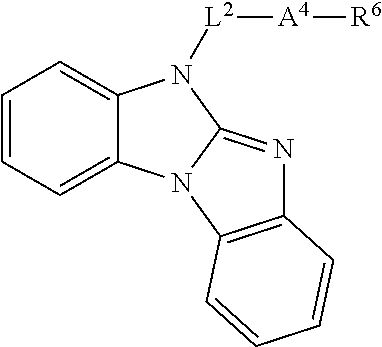
C01776

C01777

C01778

C01779

C01780
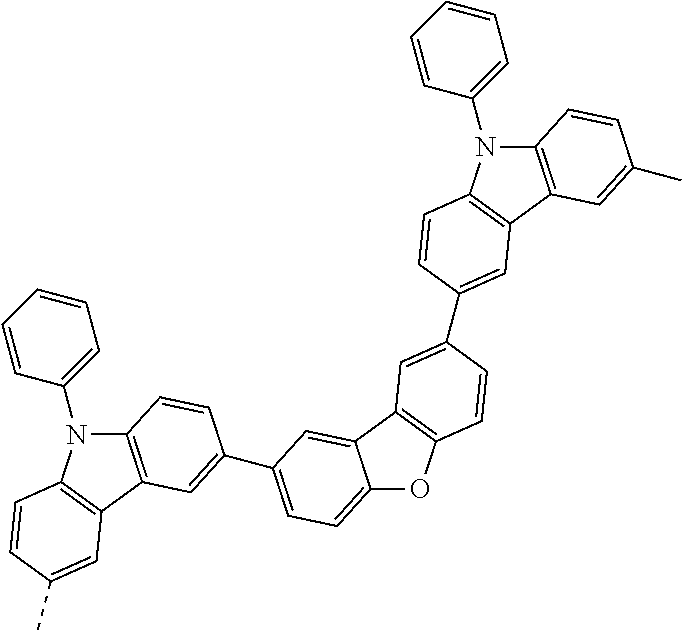
C01781
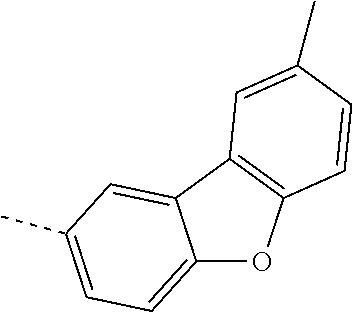
C01782
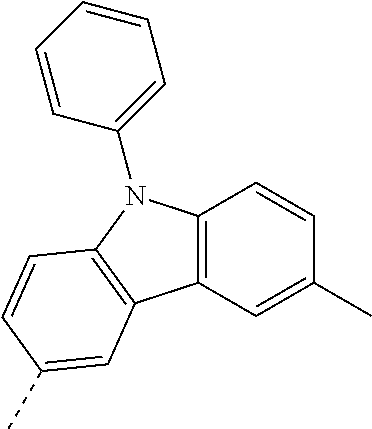
C01783

C01784
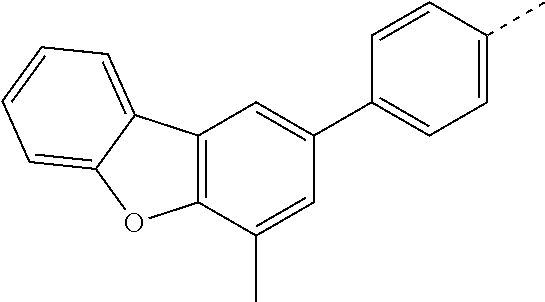
C01785

C01786

C01787
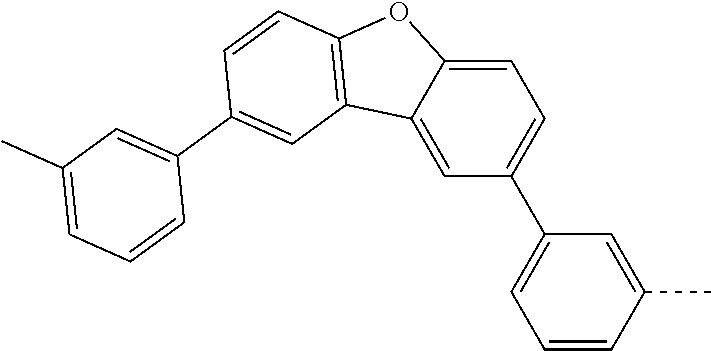
C01788

C01789

C01790

C01791

C01792
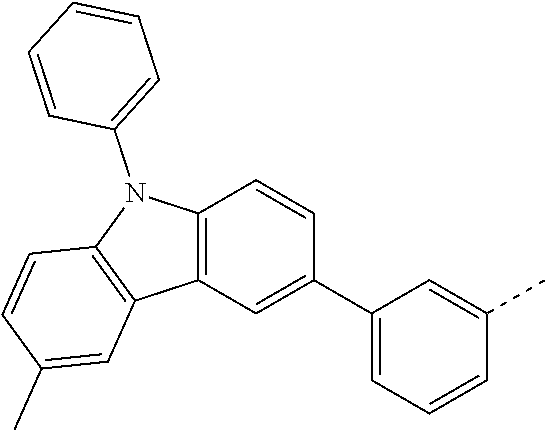
C01793

C01794

C01795

C01796
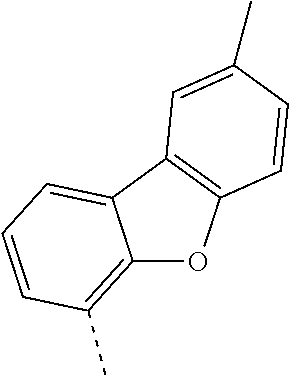
C01797

C01798
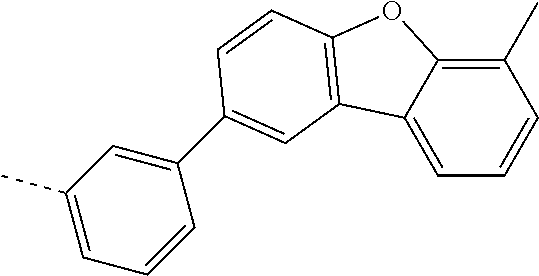
C01799
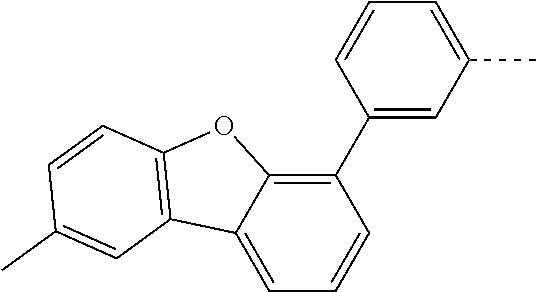
C01800
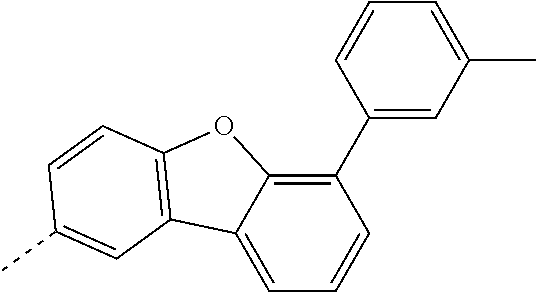
C01801
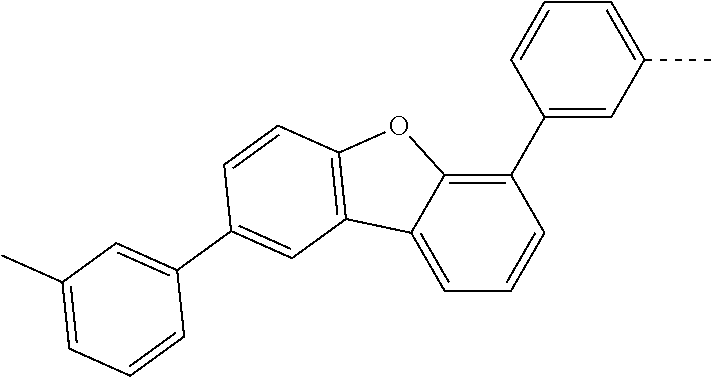
C01802

C01803
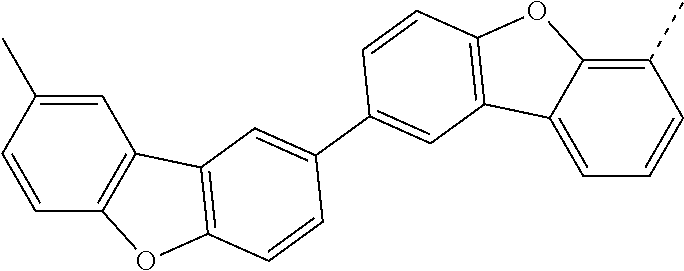
C01804

C01805

C01806

C01807

C01808

C01809

C01810
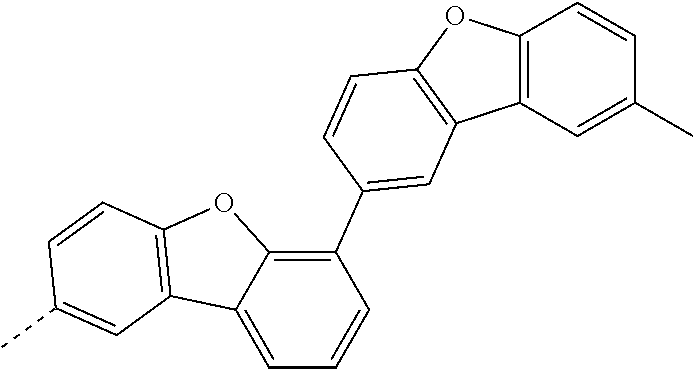
C01811
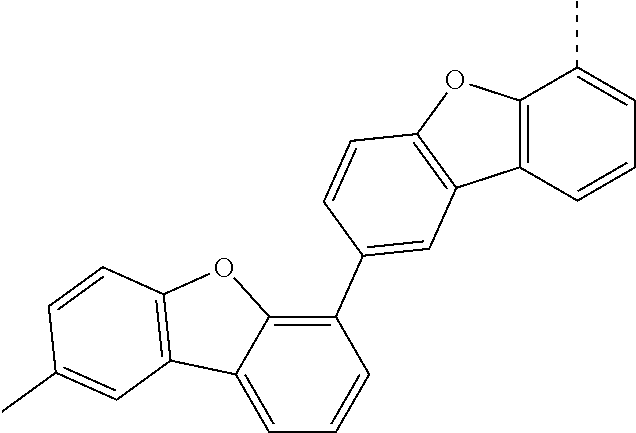
C01812
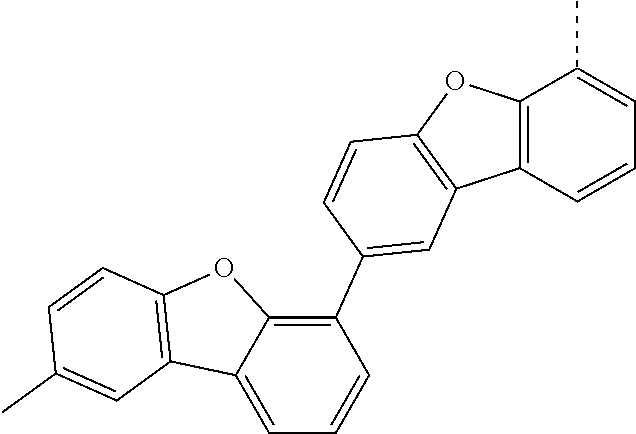
C01813
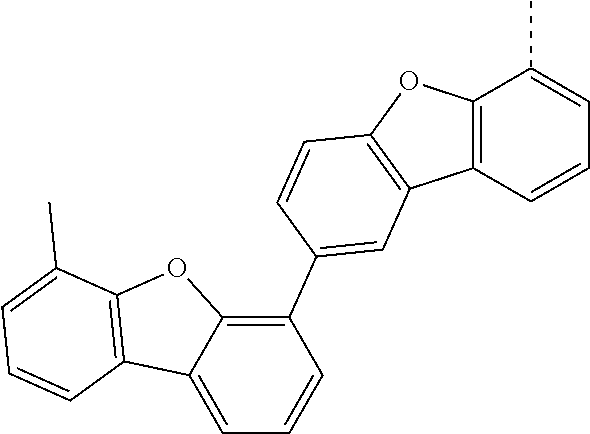
C01814
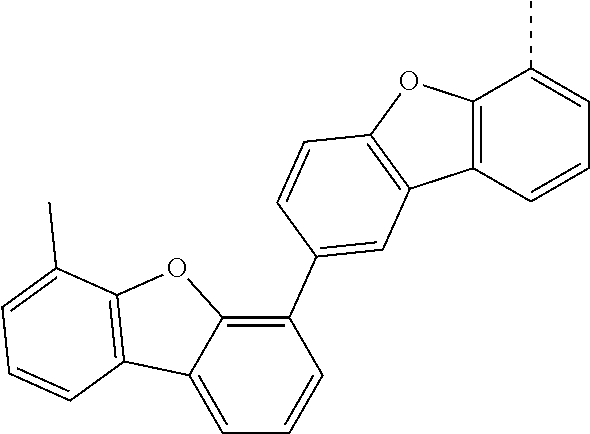
C01815
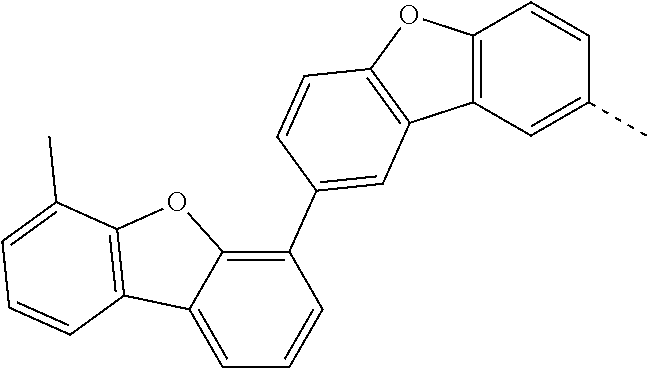
C01816
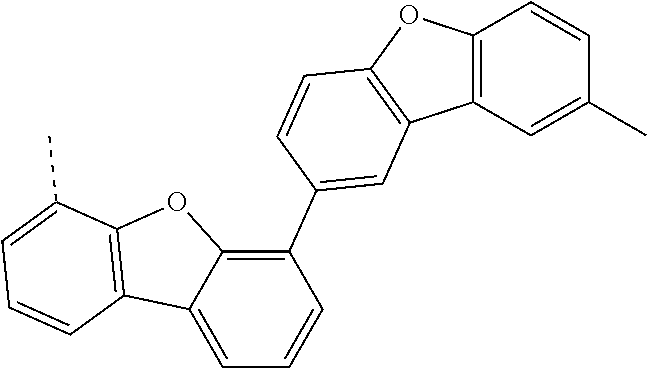
C01817
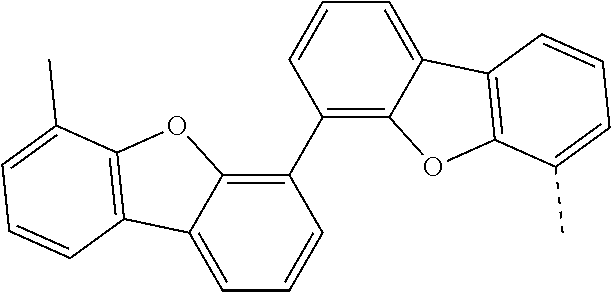
C01818

C01819

C01820

C01821
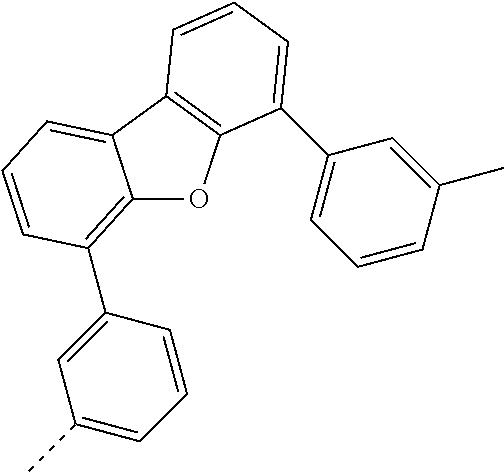
C01822

C01823
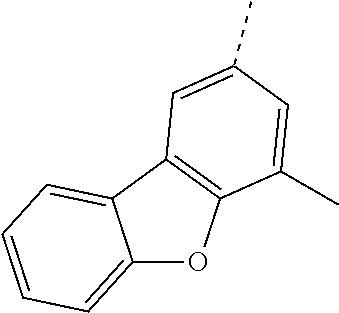
C01824

C01825

C01826

C01827
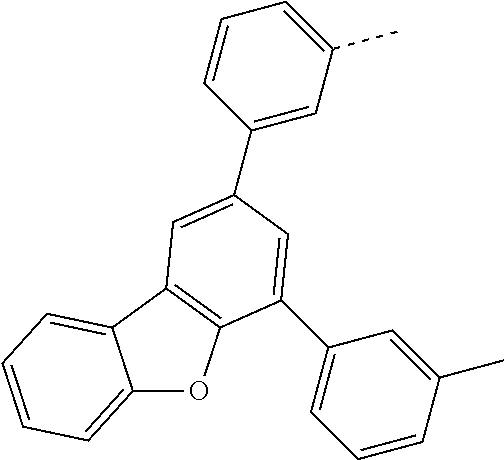
C01828
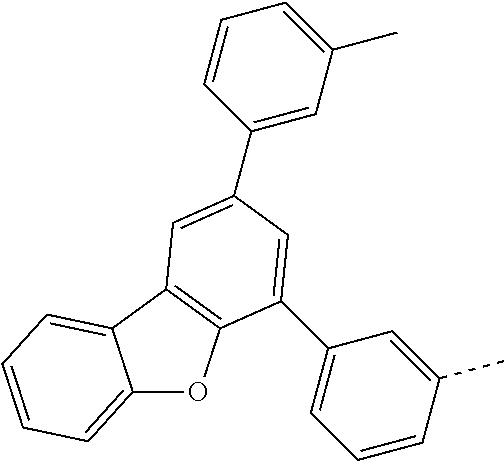
C01829
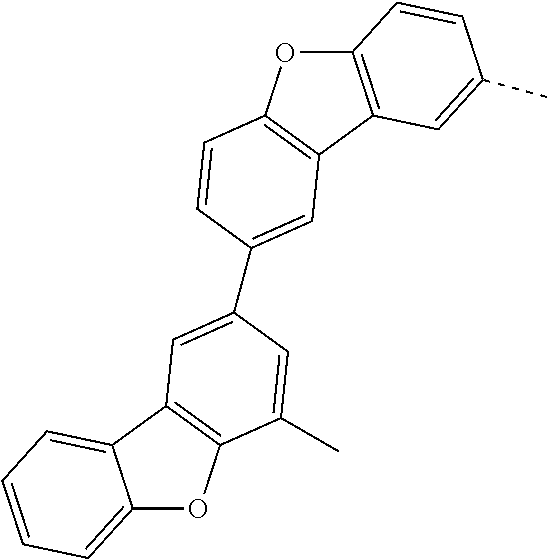
C01830
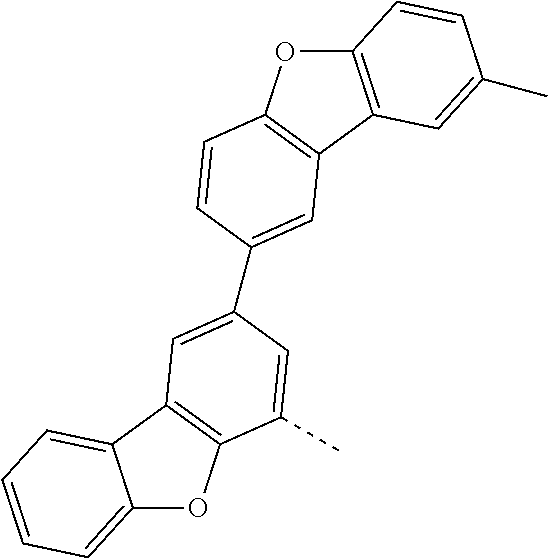
C01831
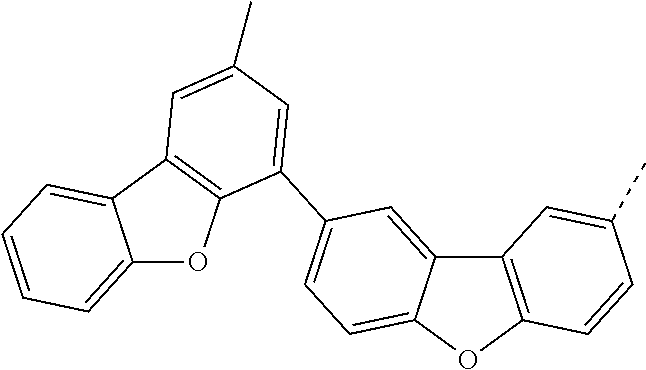
C01832
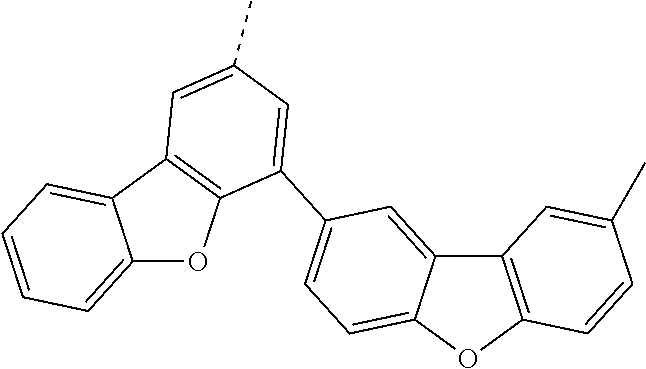
C01833
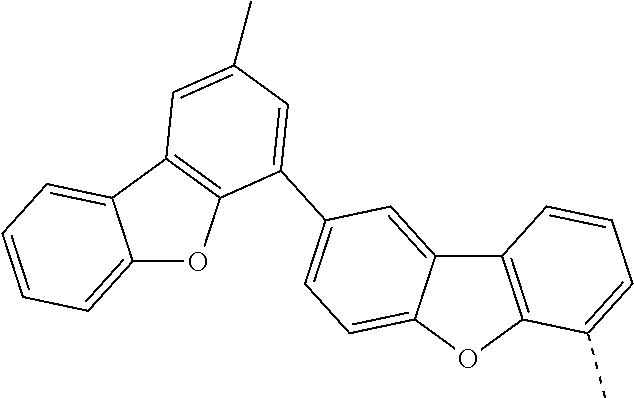
C01834

C01835

C01836

C01837
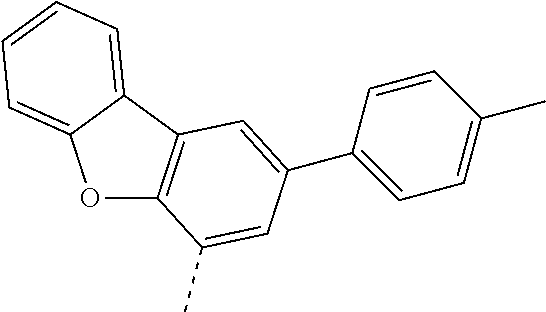
C01838
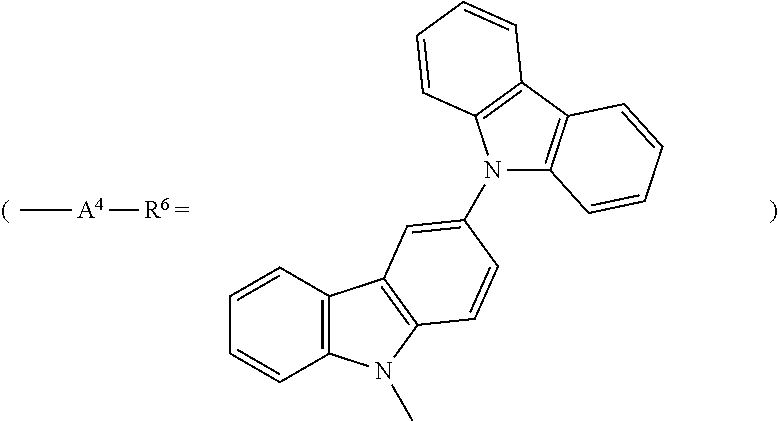
C01839

C01840

C01841
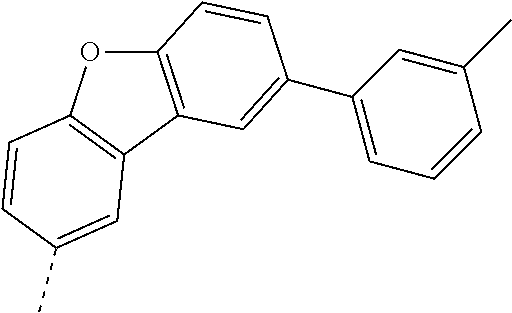
C01842
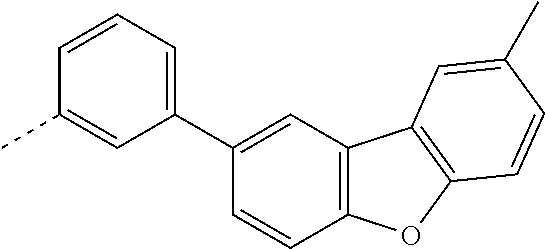
C01843
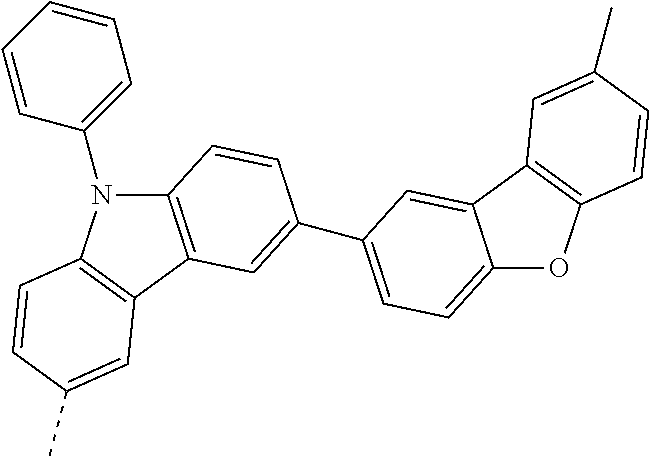
C01844

C01845

C01846
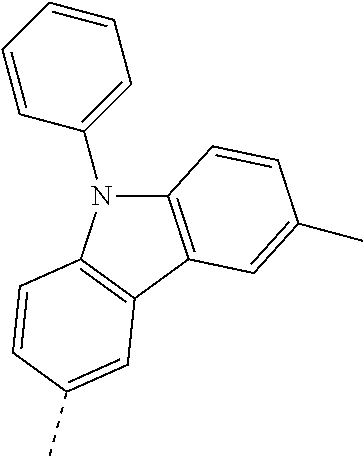
C01847

C01848
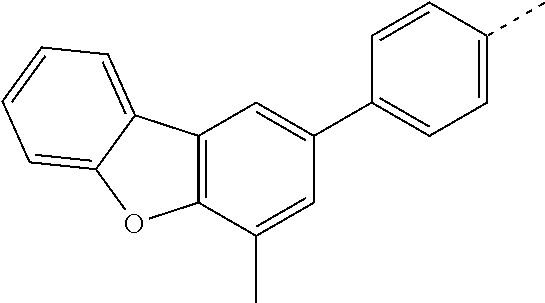
C01849
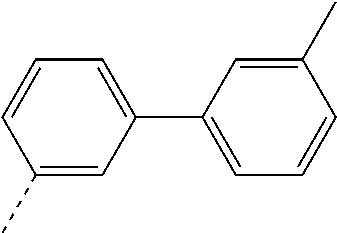
C01850
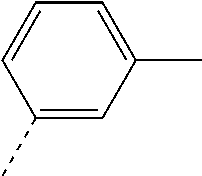
C01851

C01852

C01853

C01854

C01855

C01856

C01857
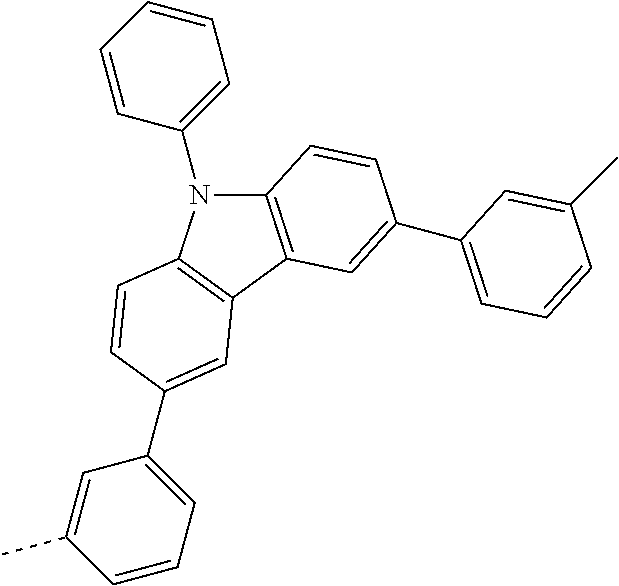
C01858

C01859
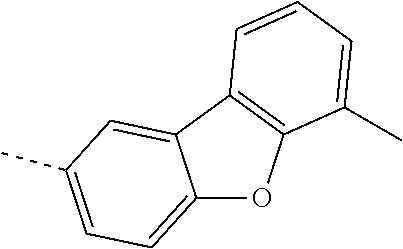
C01860
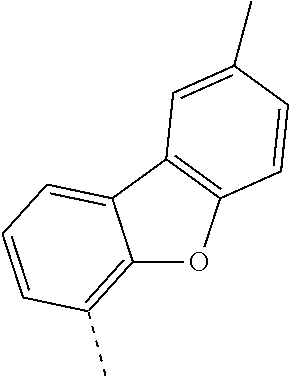
C01861

C01862
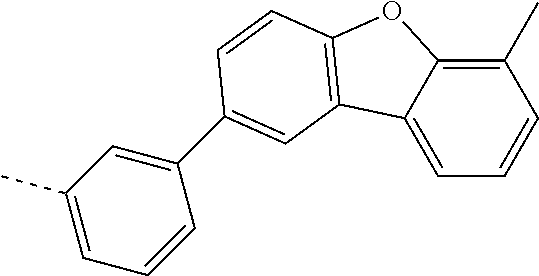
C01863

C01864

C01865
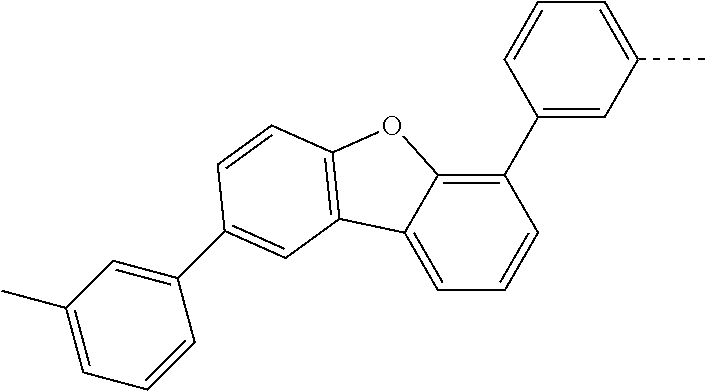
C01866

C01867
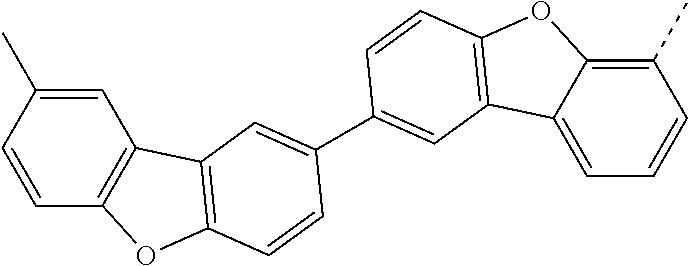
C01868
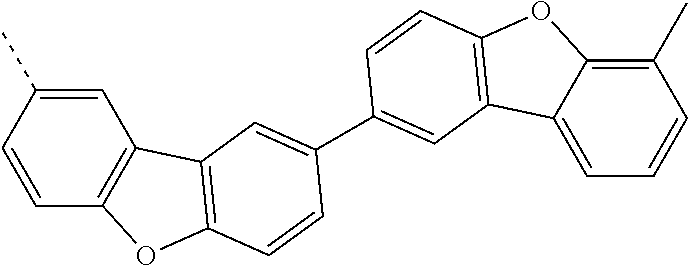
C01869
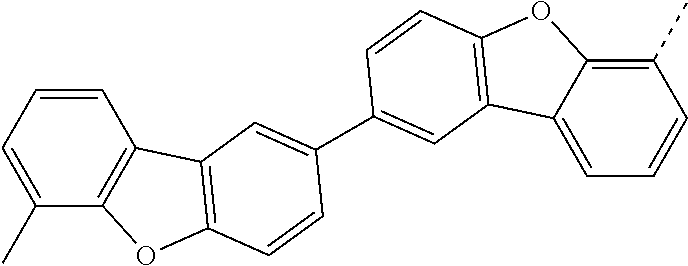
C01870
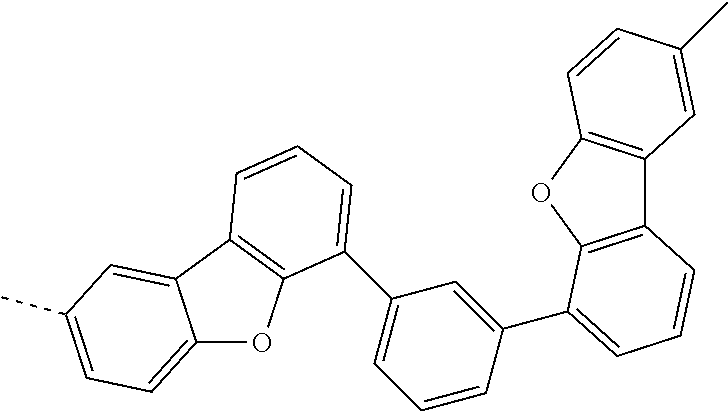
C01871
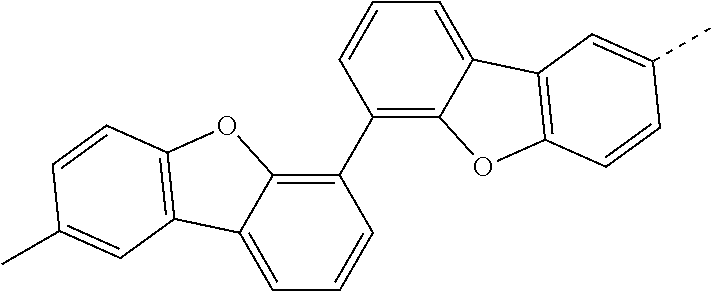
C01872

C01873
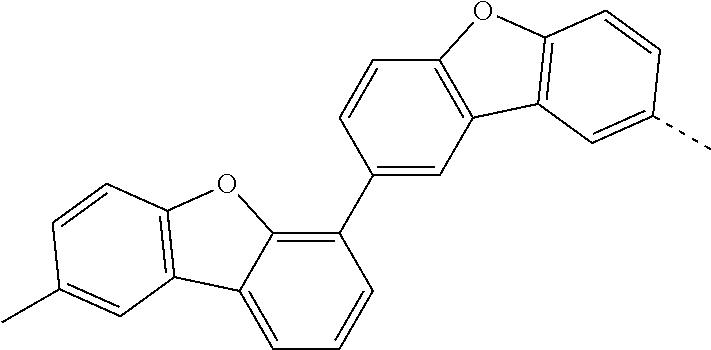
C01874

C01875

C01876

C01877
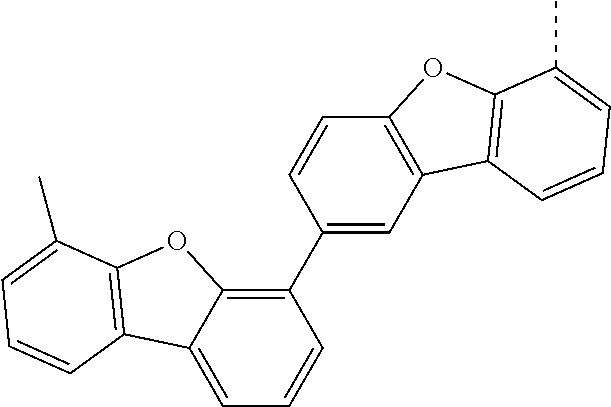
C01878
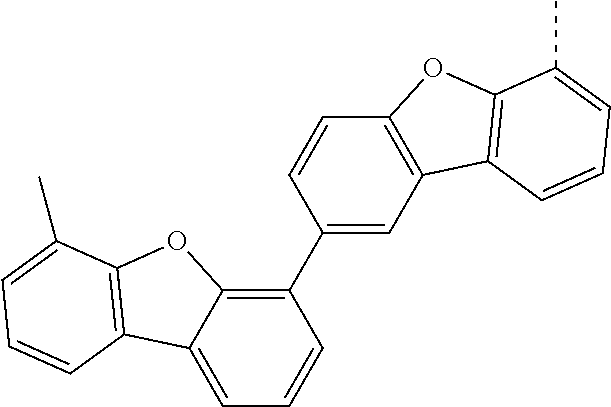
C01879
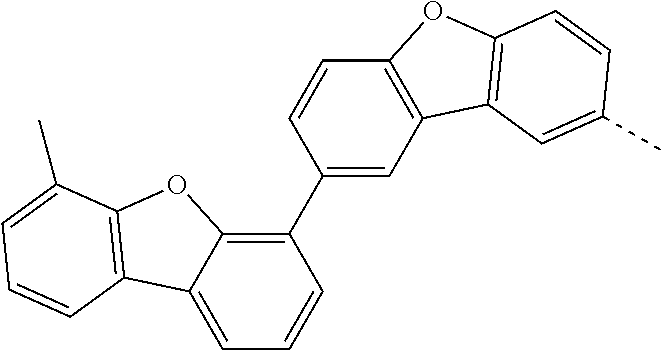
C01880

C01881
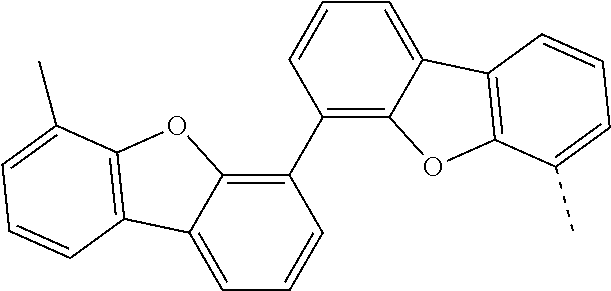
C01882

C01883
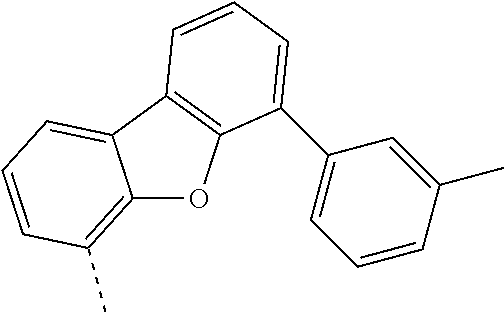
C01884

C01885

C01886
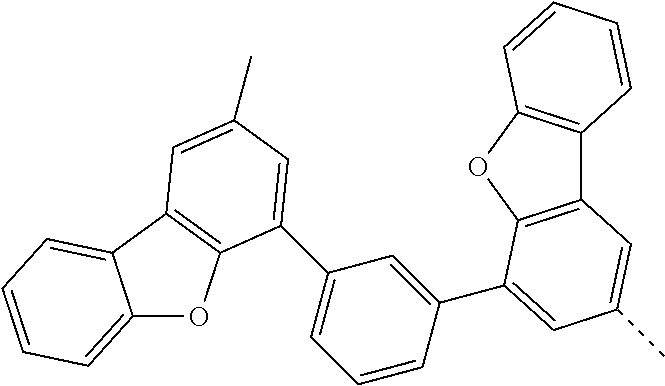
C01887

C01888
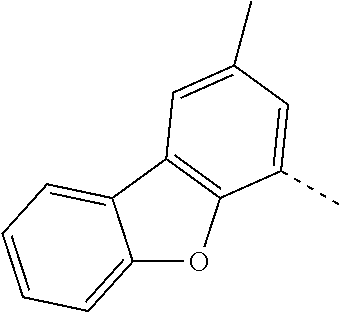
C01889
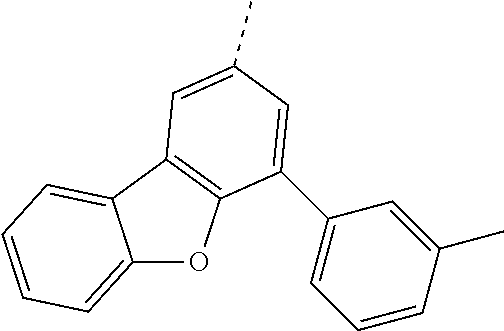
C01890

C01891

C01892

C01893

C01894

C01895

C01896
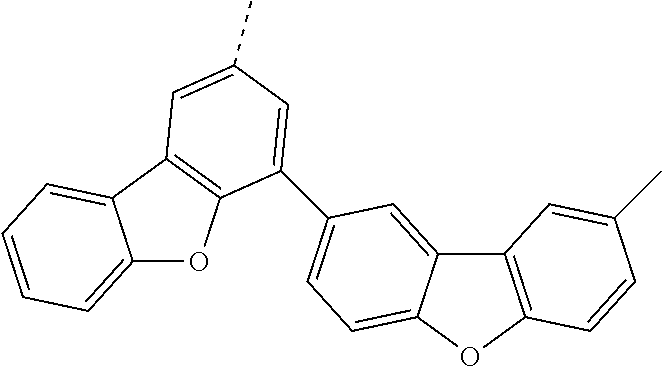
C01897

C01898

C01899

C01900
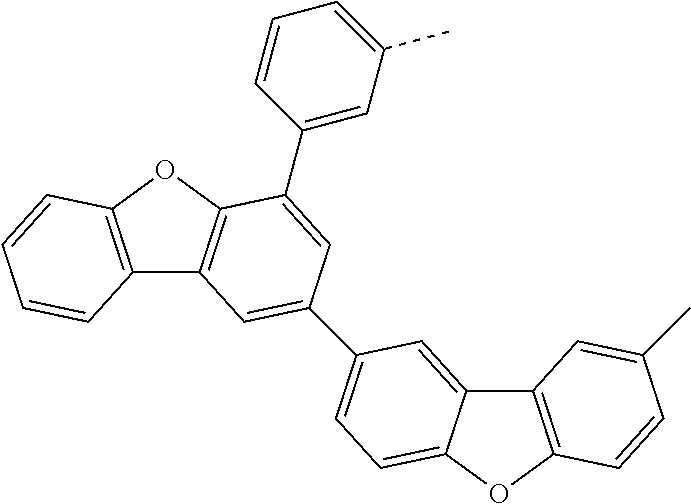
C01901

C01902

C01903
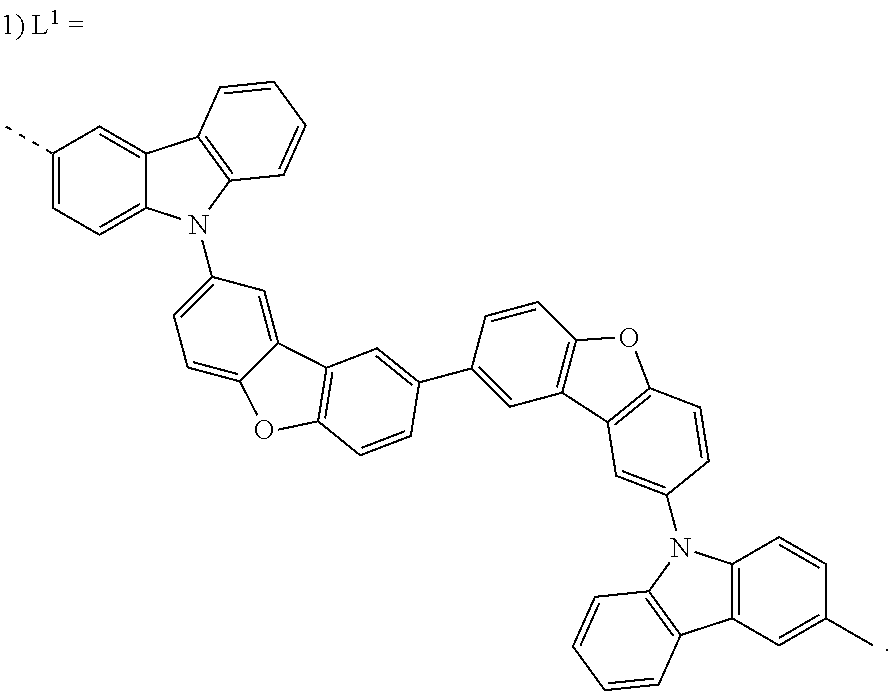
C01904

C01905
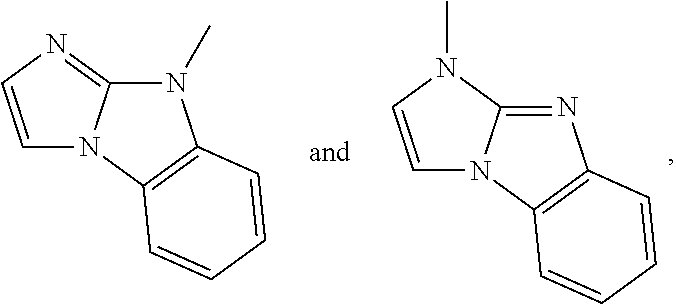
C01906

C01907

C01908

C01909
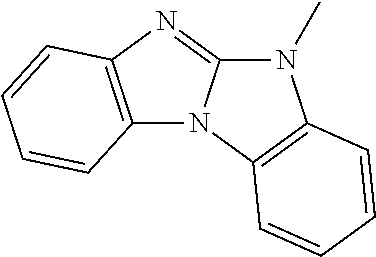
C01910

C01911

C01912

C01913
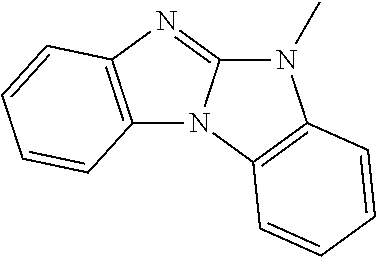
C01914

C01915

C01916
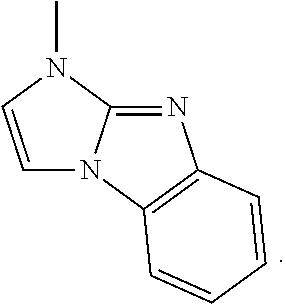
C01917

C01918
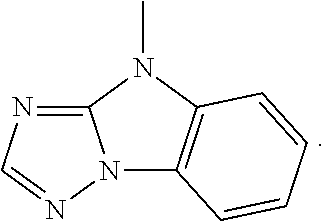
C01919

C01920

C01921
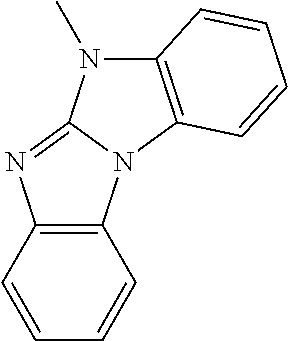
C01922

C01923

C01924
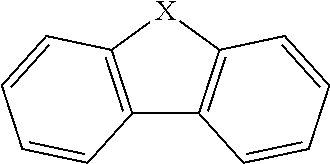
C01925
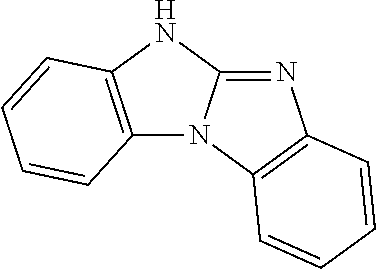
C01926
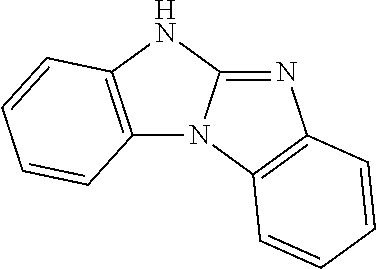
C01927

C01928

C01929
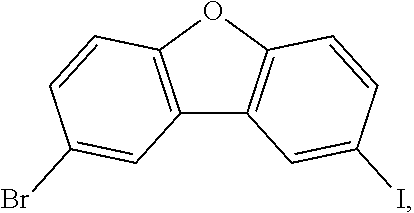
C01930

C01931

C01932
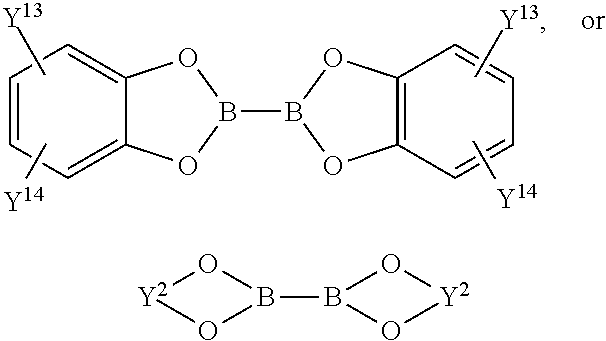
C01933

C01934
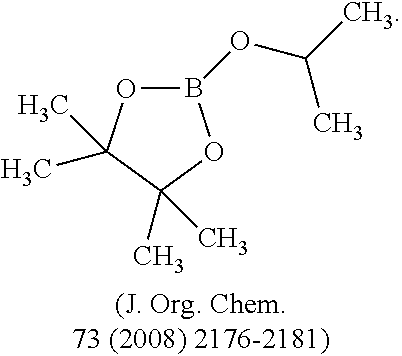
C01935
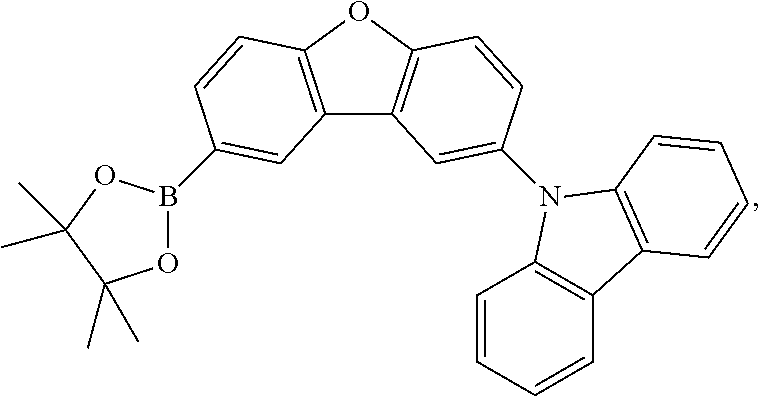
C01936
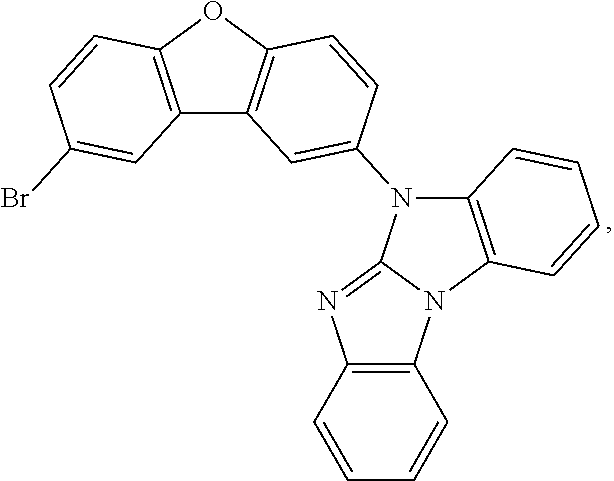
C01937
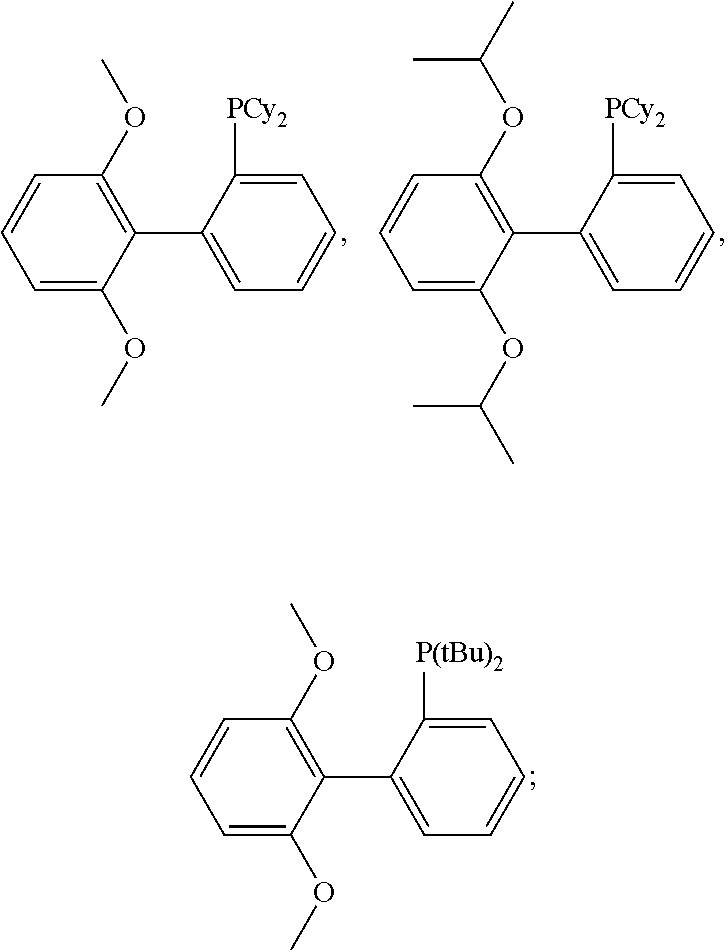
C01938

C01939
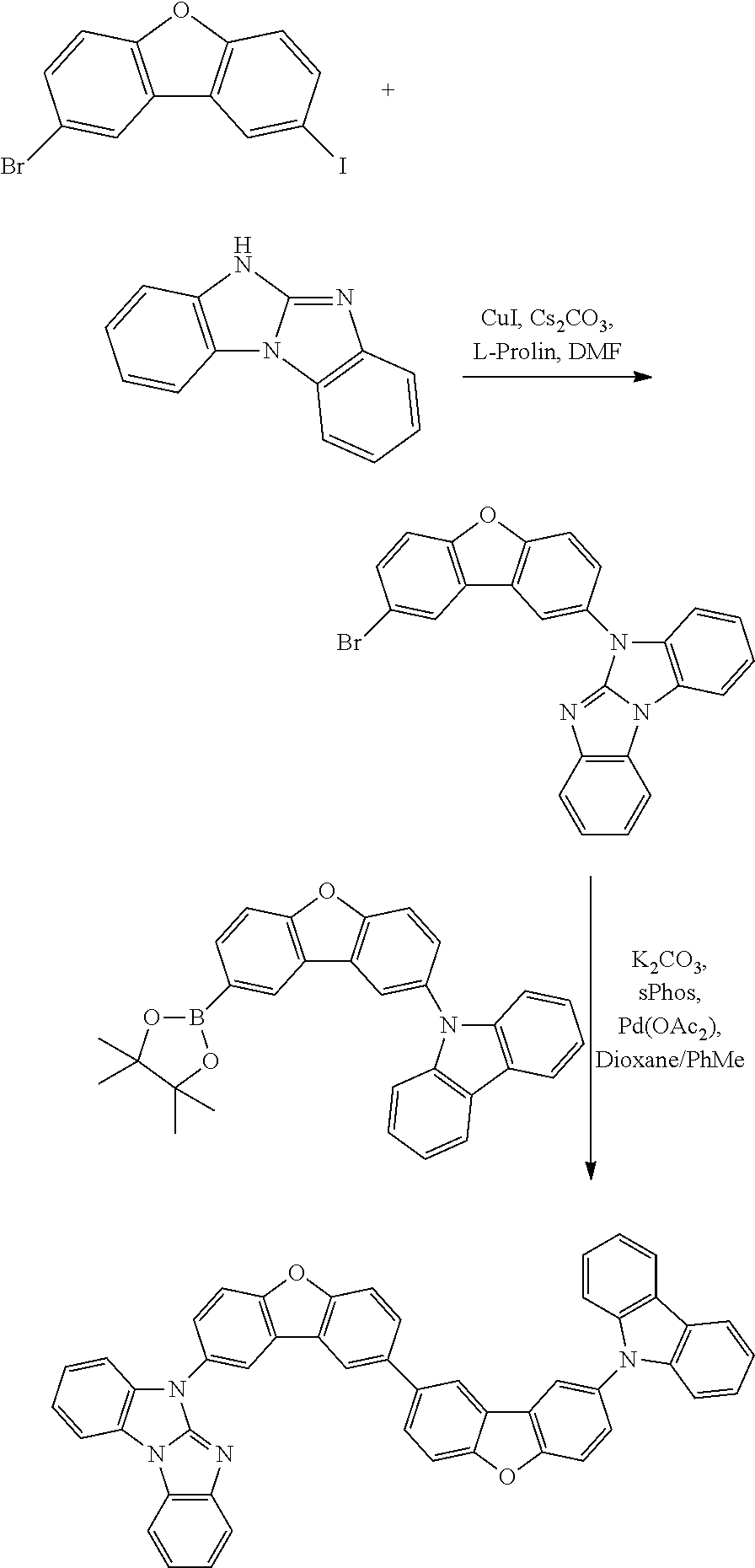
C01940
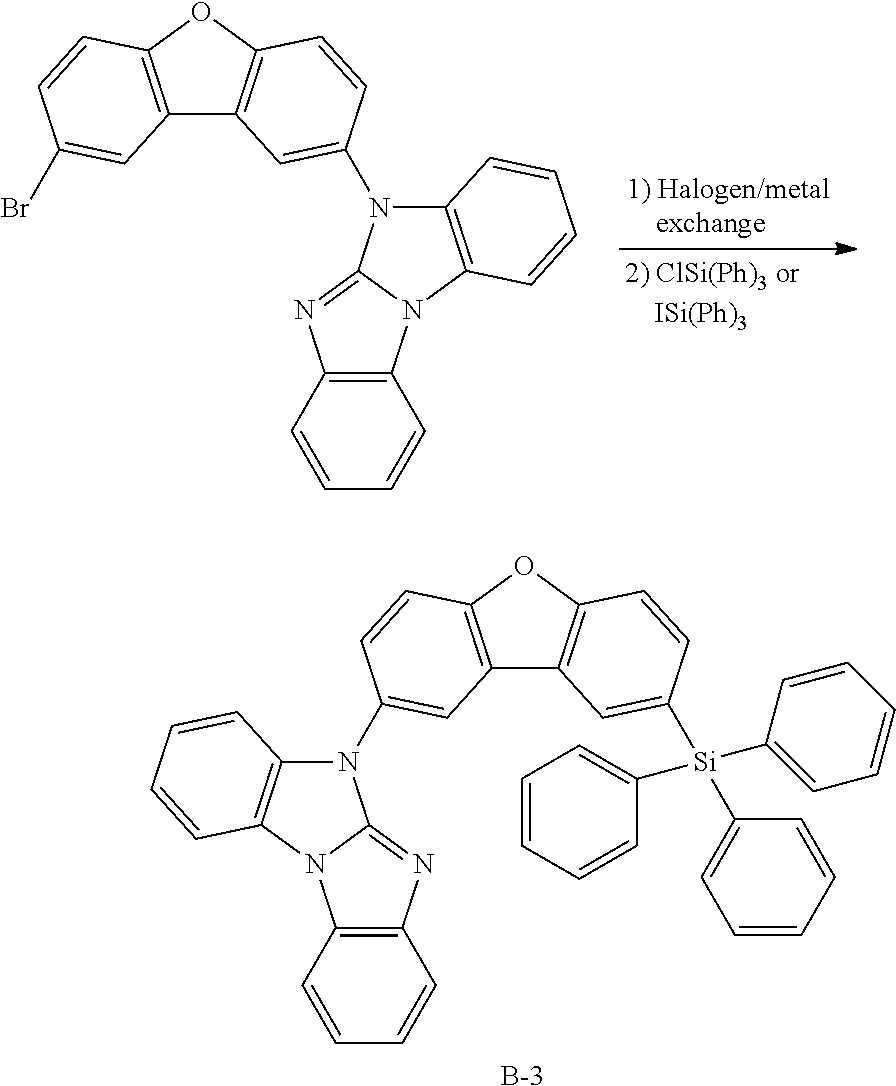
C01941

C01942
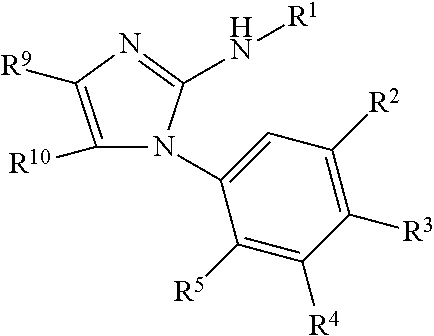
C01943

C01944
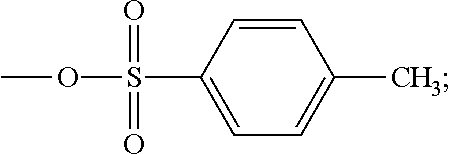
C01945

C01946

C01947

C01948
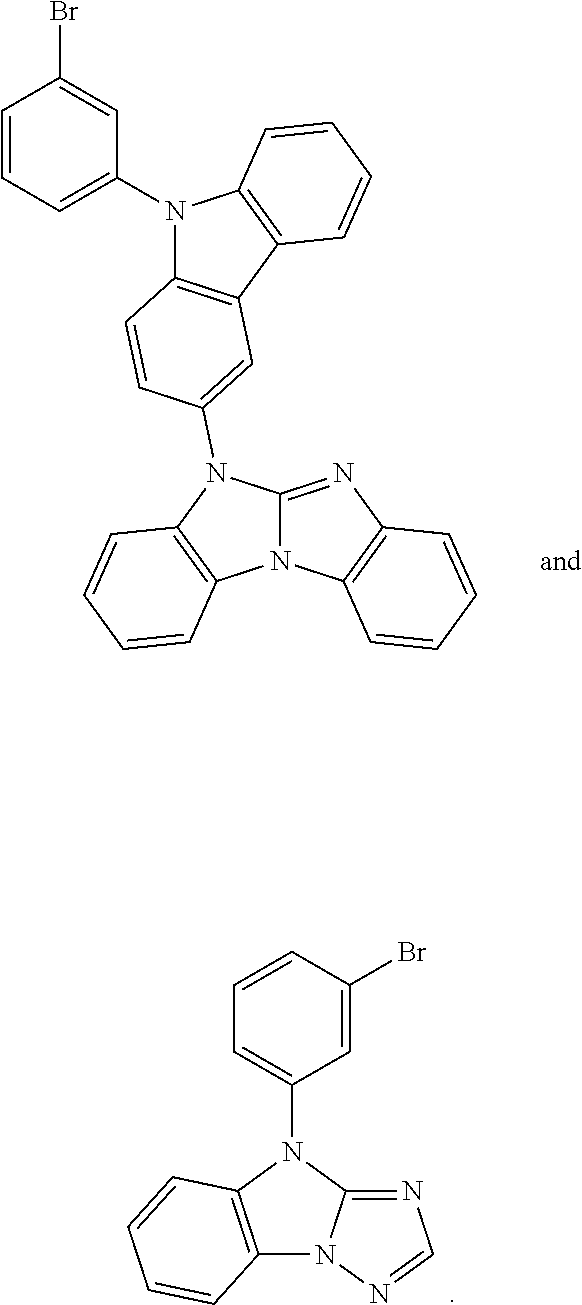
C01949
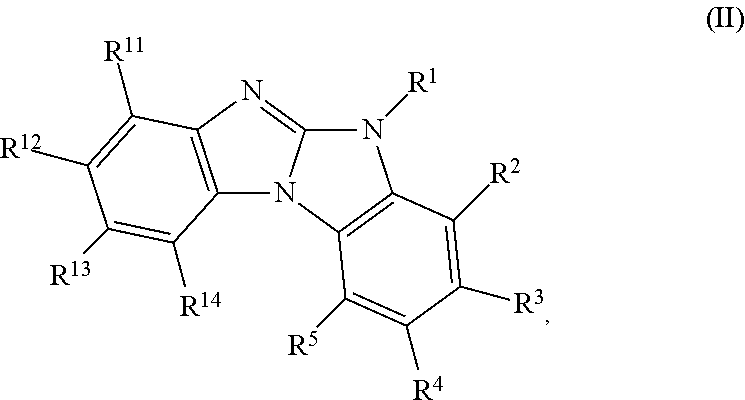
C01950

C01951
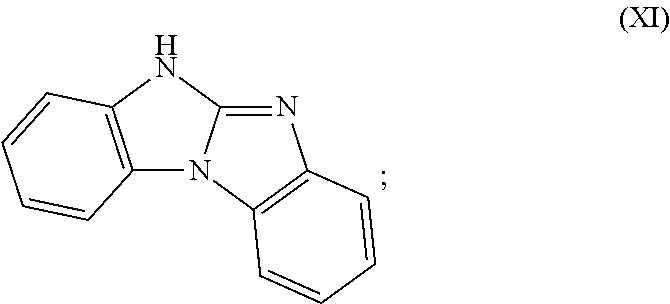
C01952
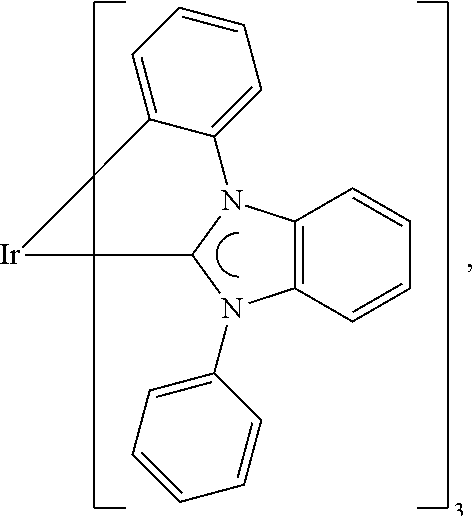
C01953

C01954
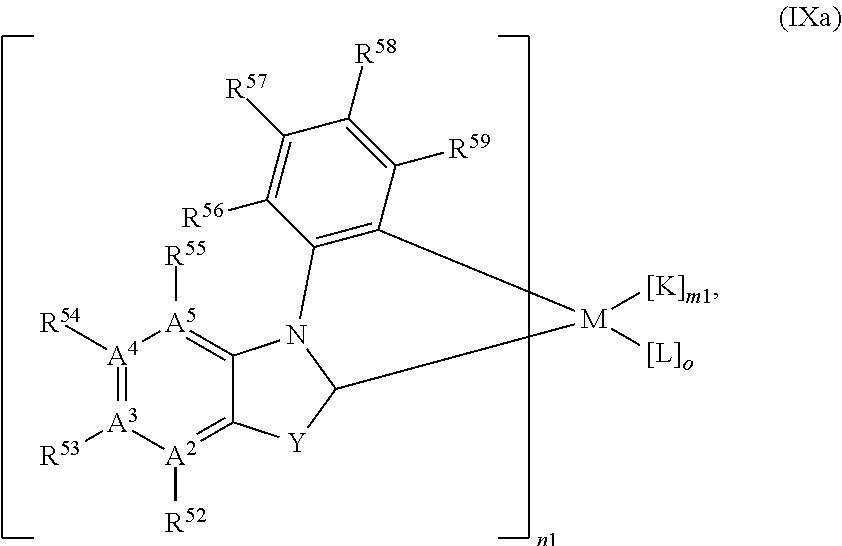
C01955
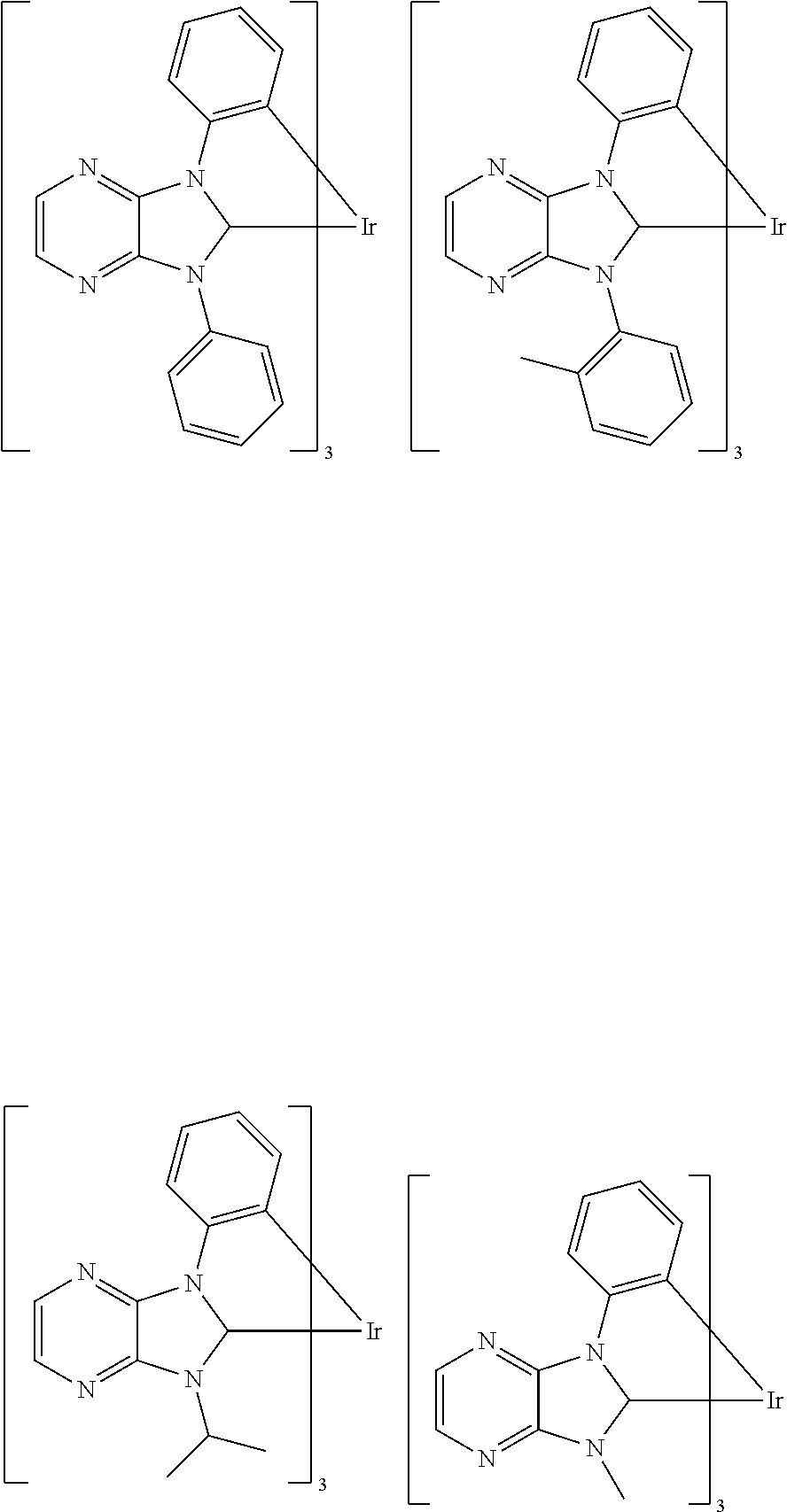
C01956

C01957

C01958

C01959

C01960

C01961

C01962

C01963

C01964
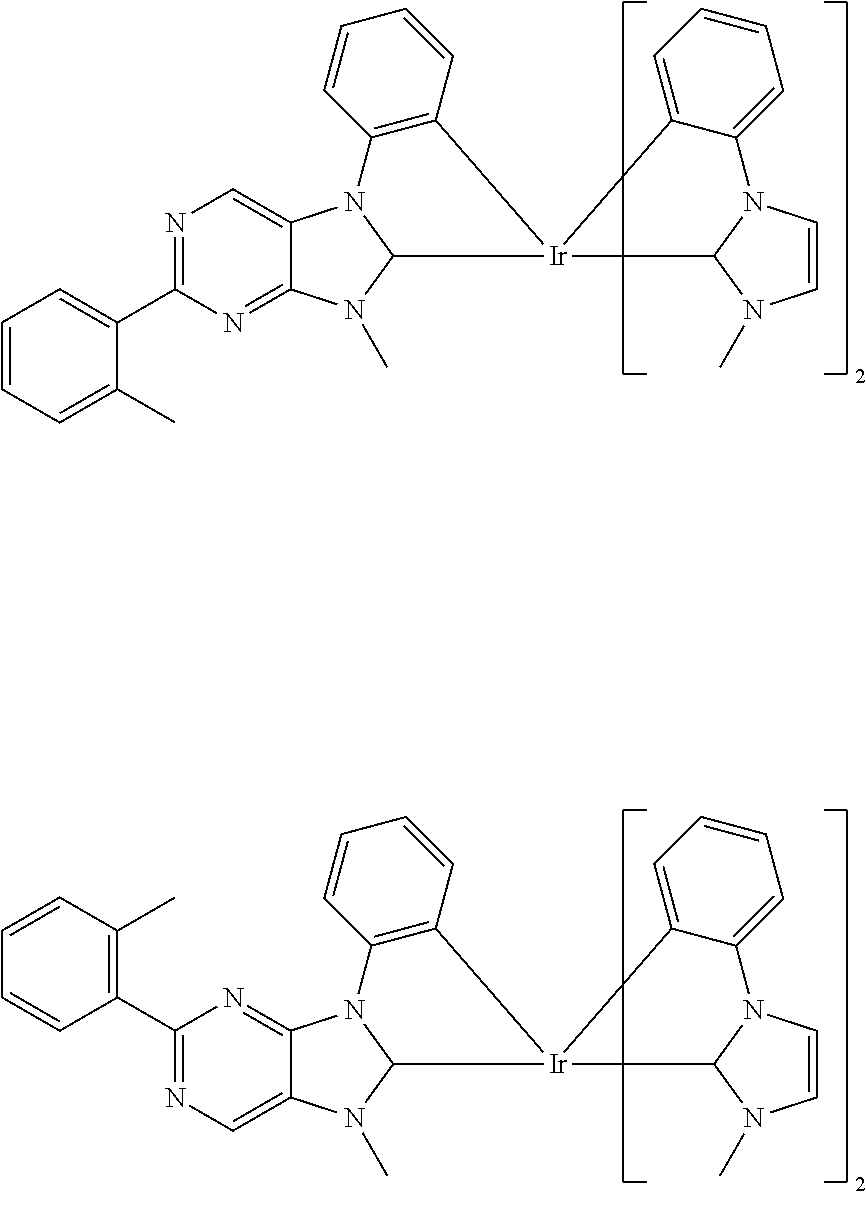
C01965

C01966
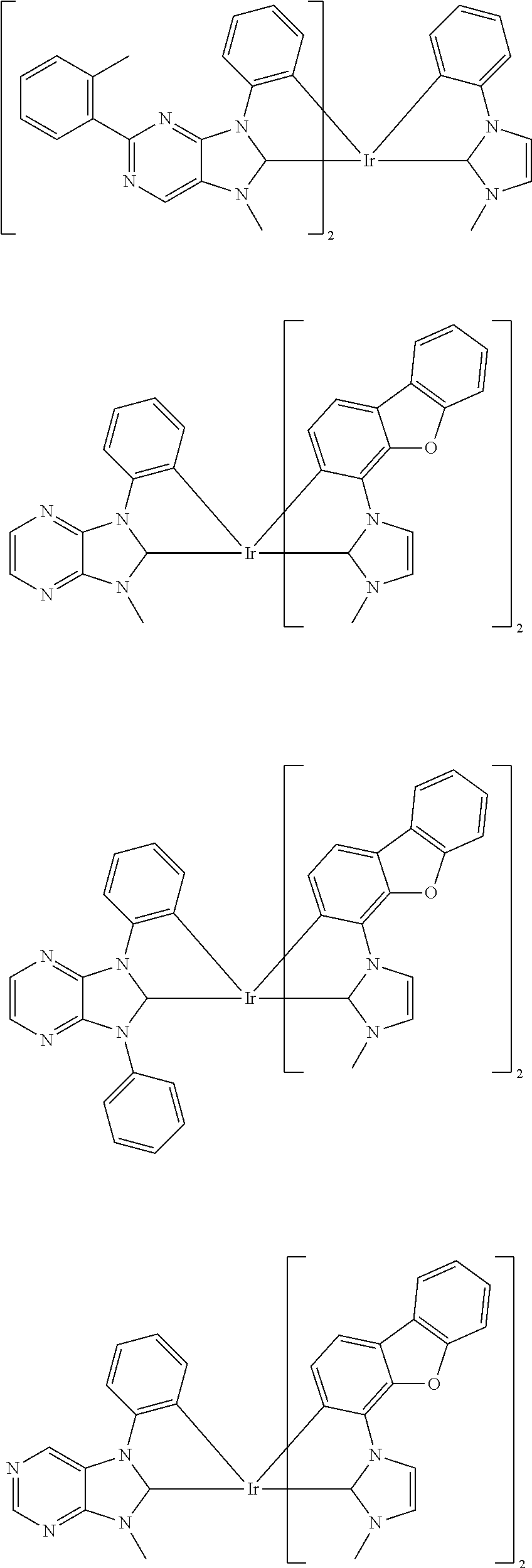
C01967

C01968

C01969

C01970

C01971

C01972

C01973

C01974

C01975

C01976

C01977
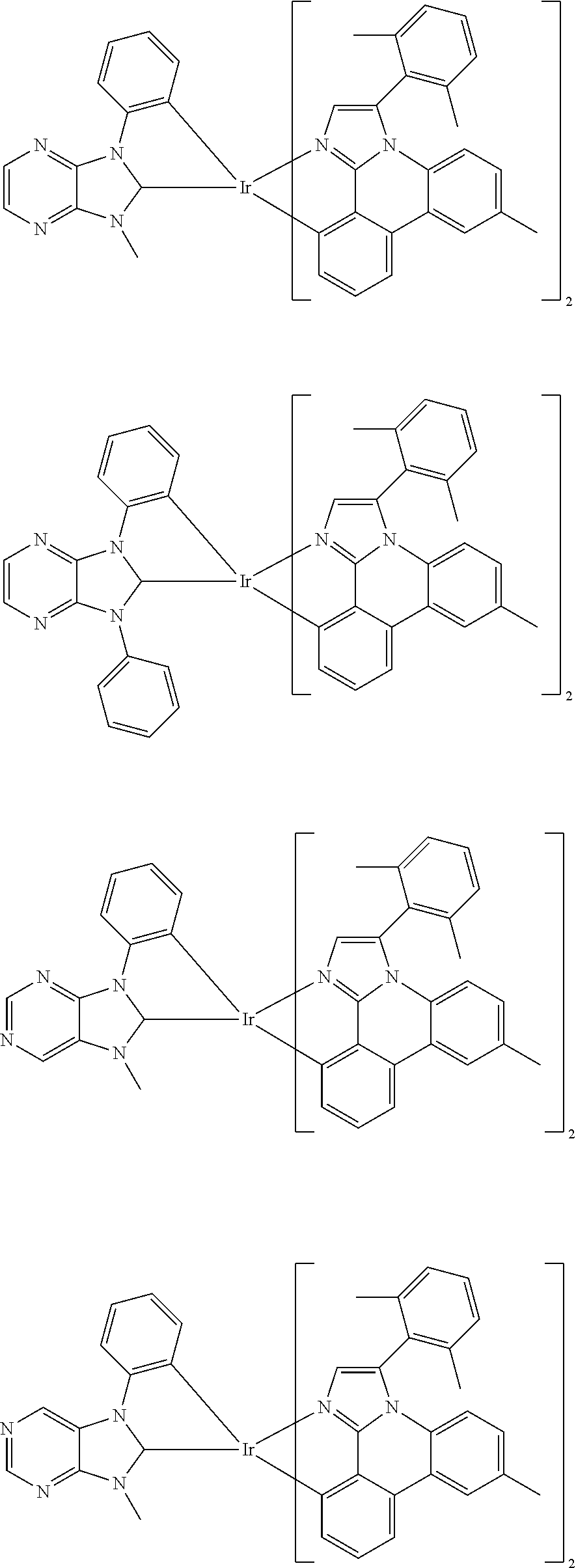
C01978
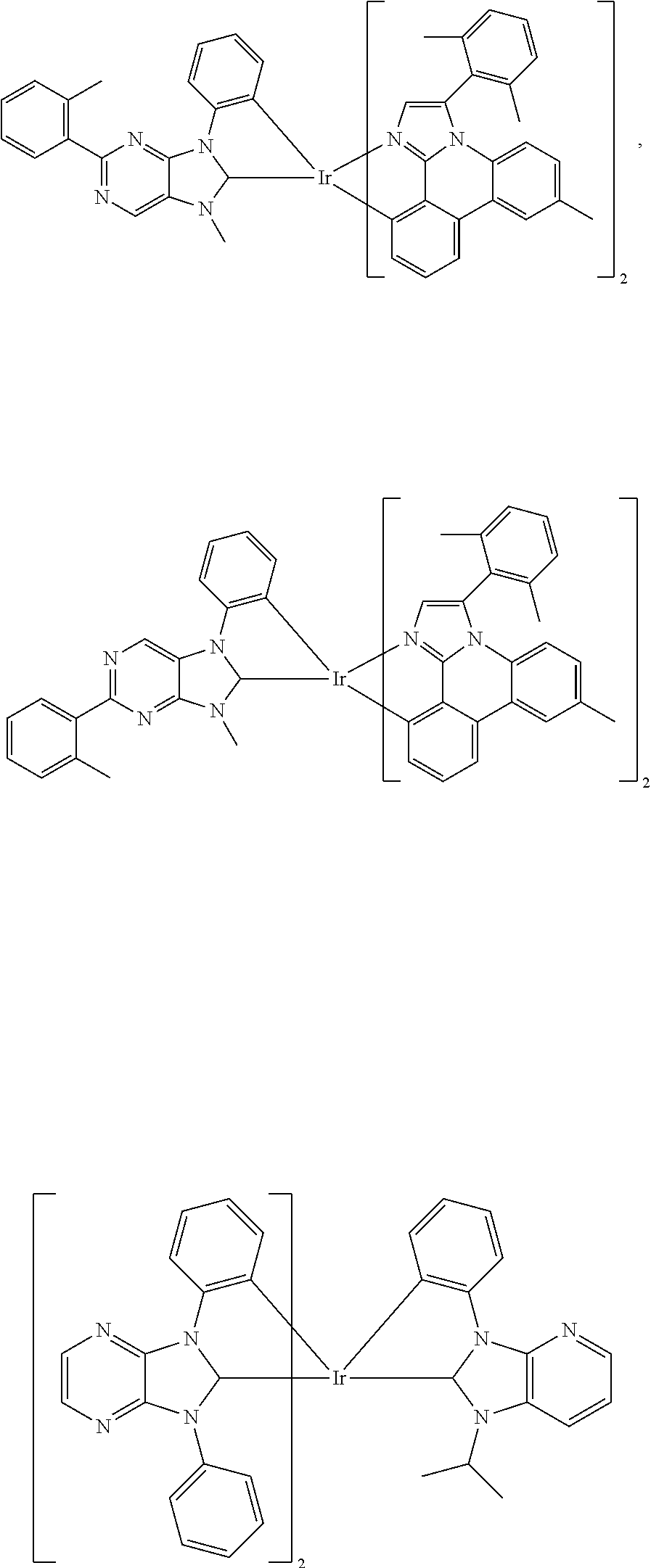
C01979

C01980

C01981

C01982

C01983
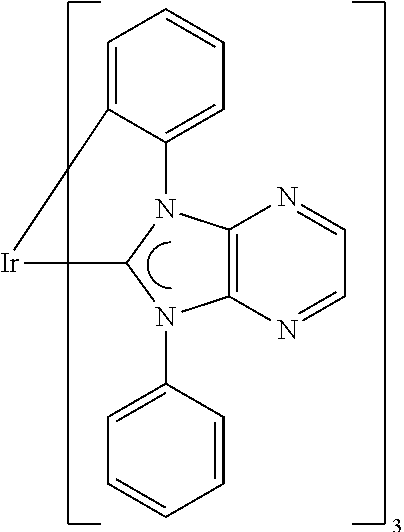
C01984
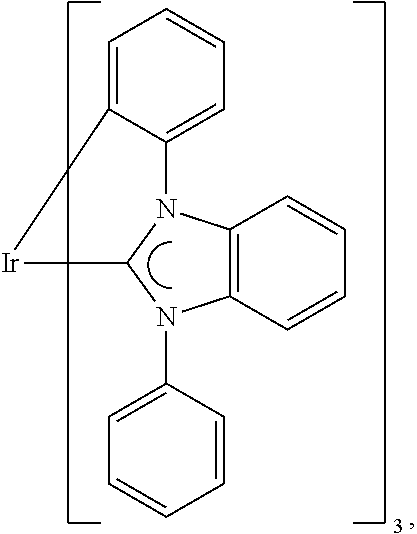
C01985

C01986

C01987
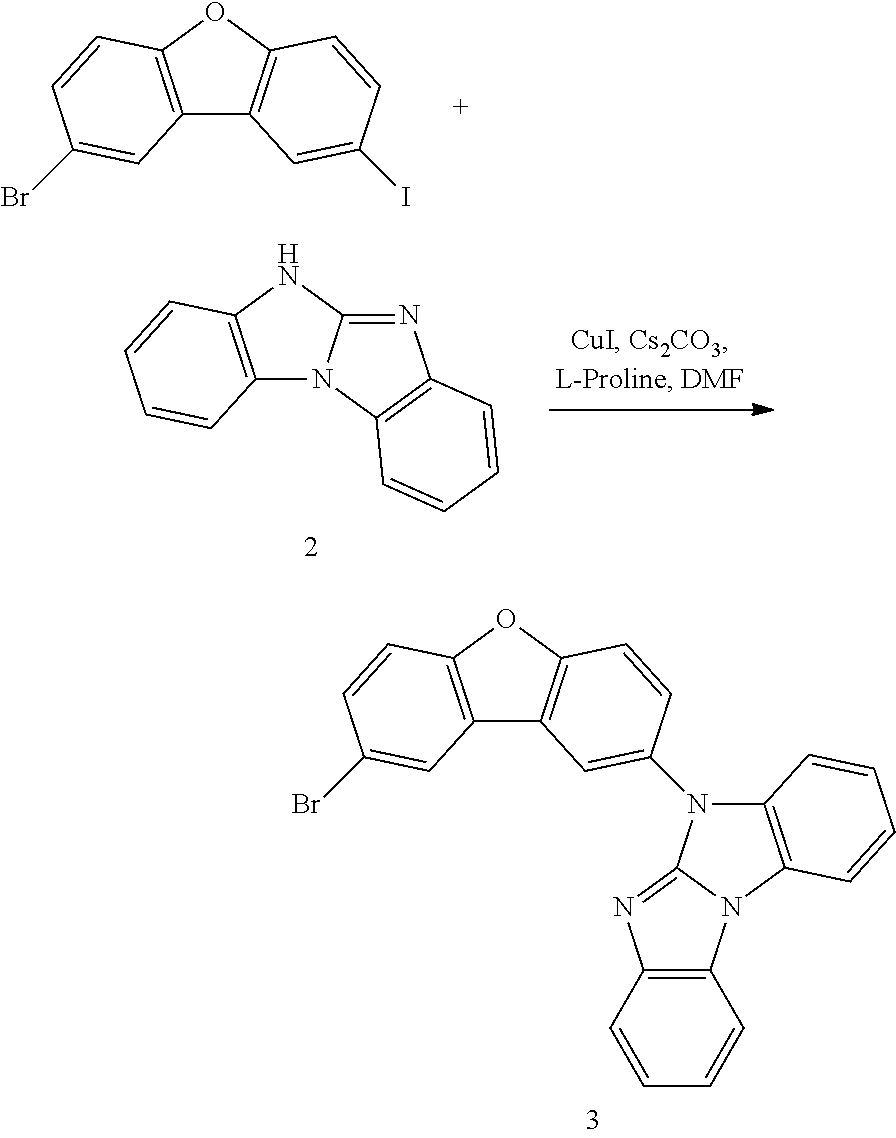
C01988
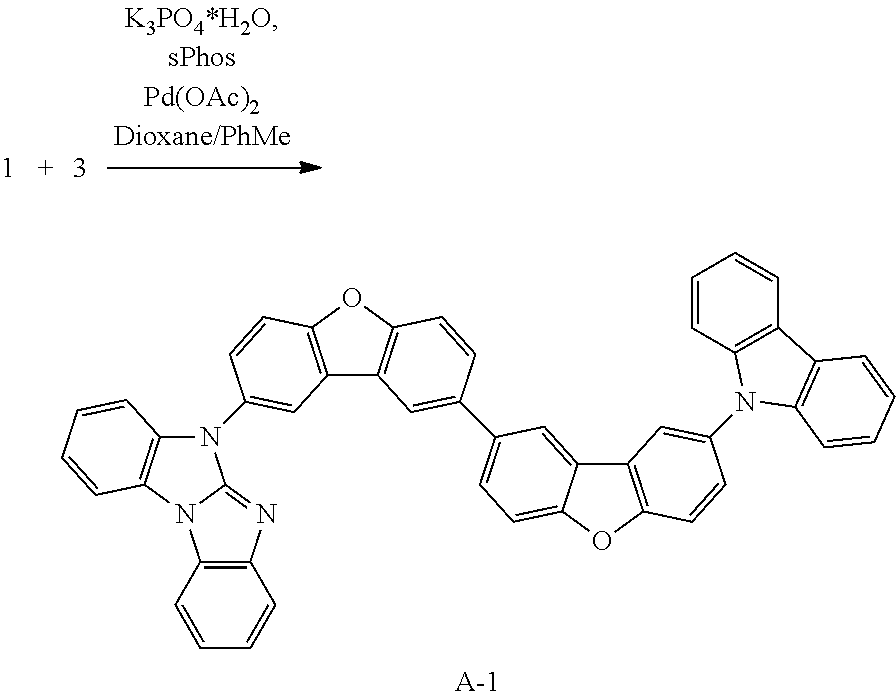
C01989
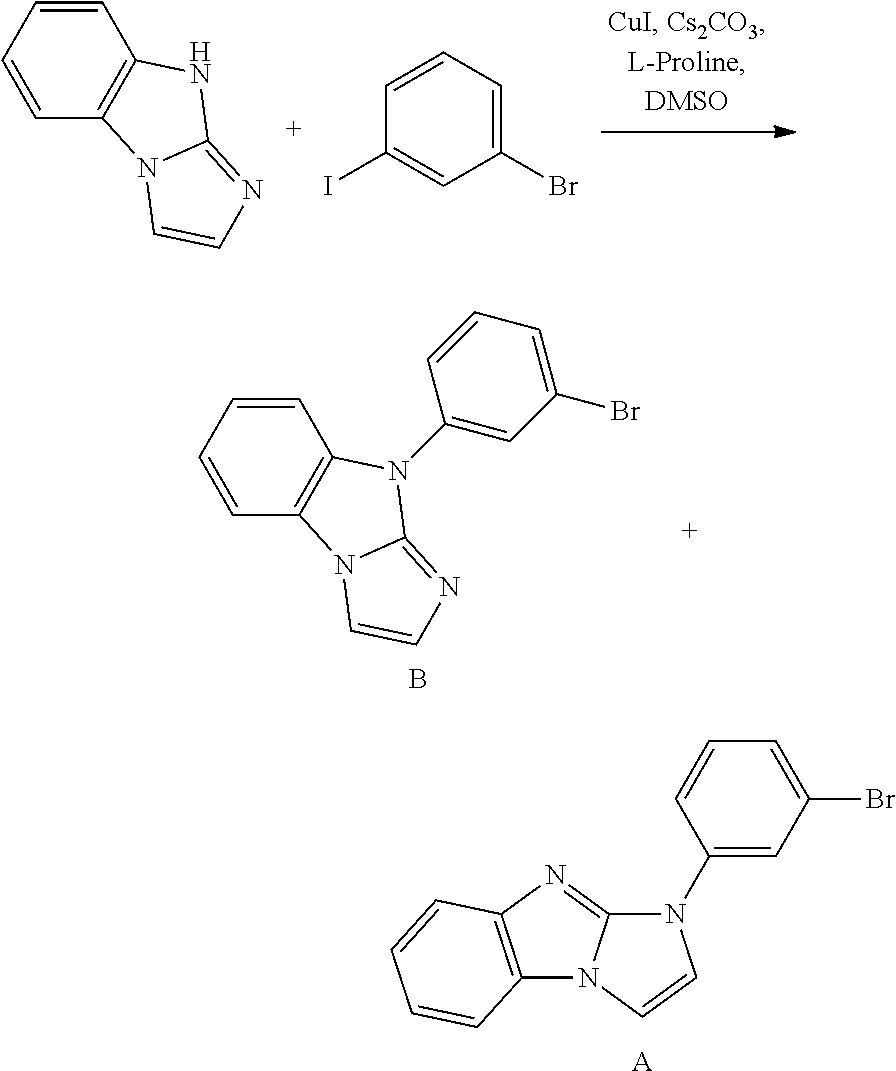
C01990

C01991
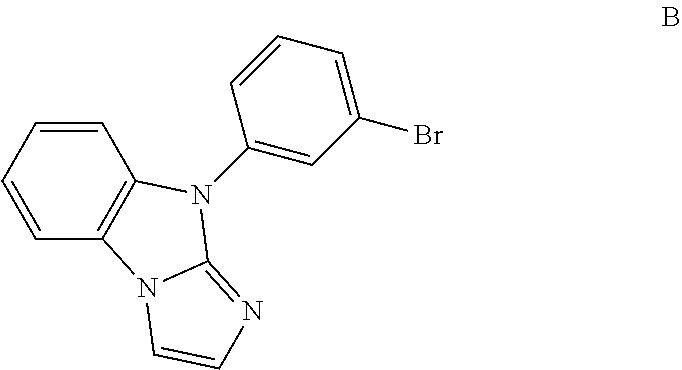
C01992
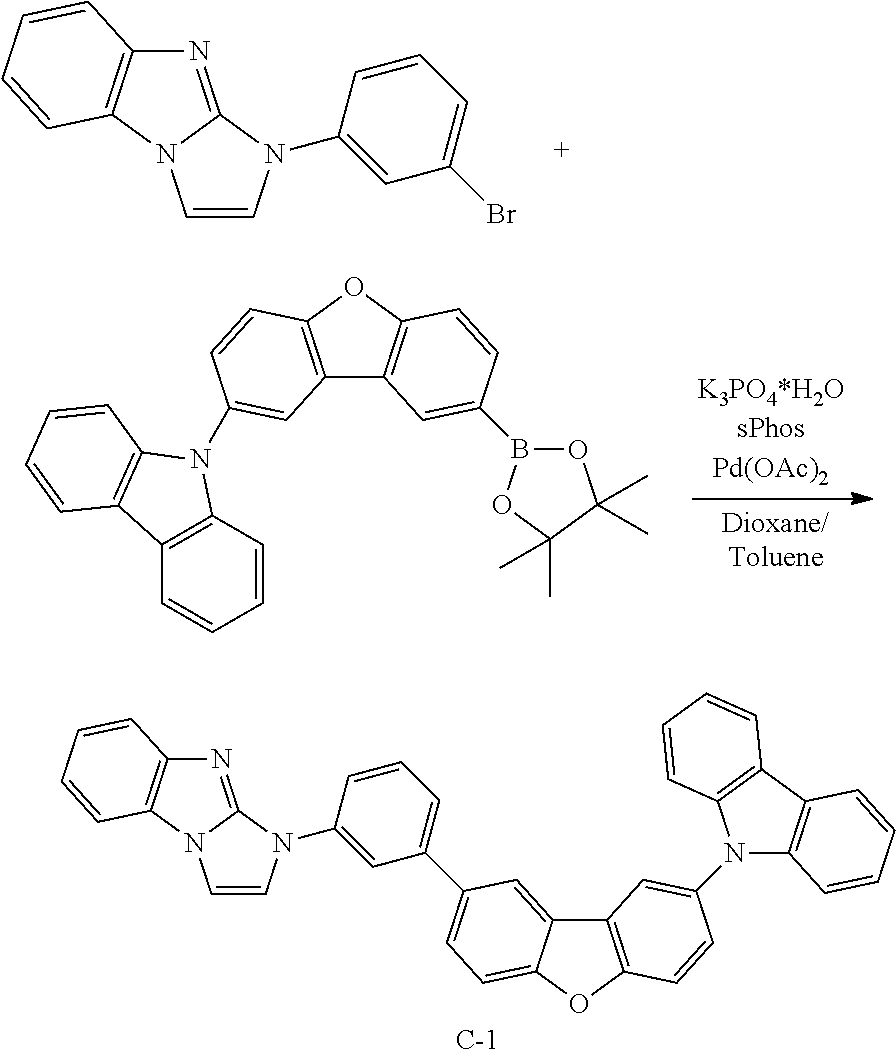
C01993

C01994

C01995
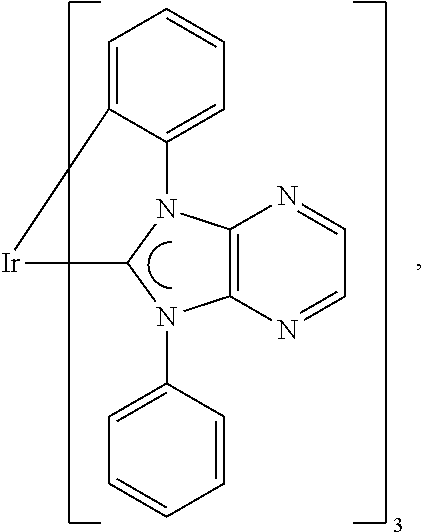
C01996
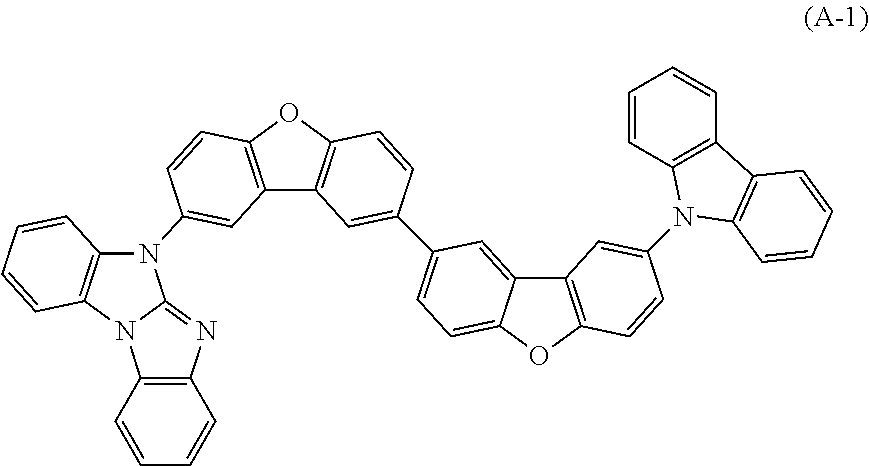
C01997

C01998
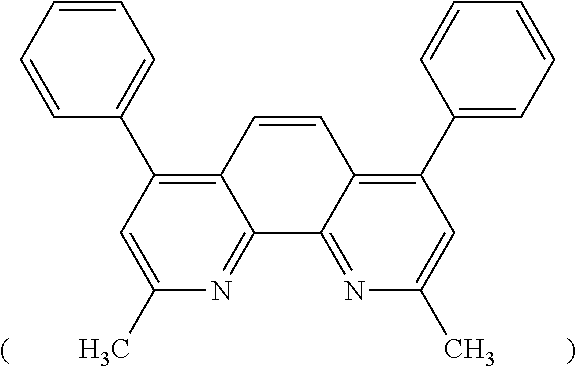
C01999
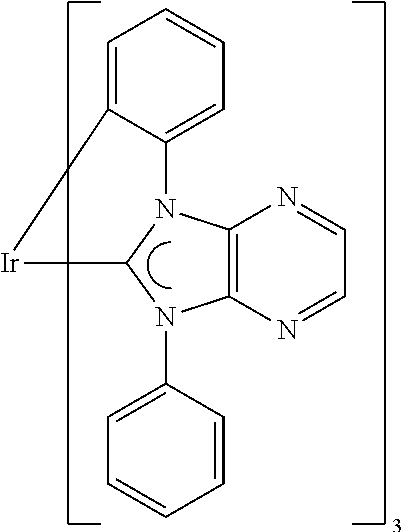
C02000

C02001
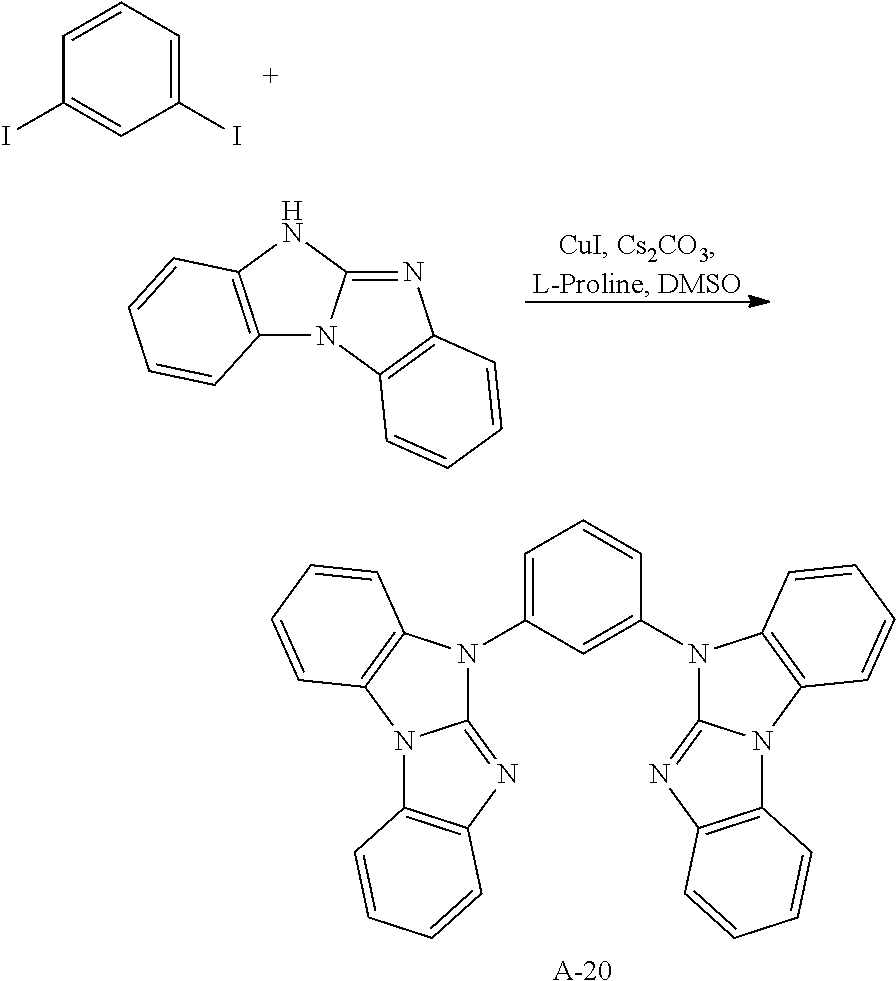
C02002

C02003
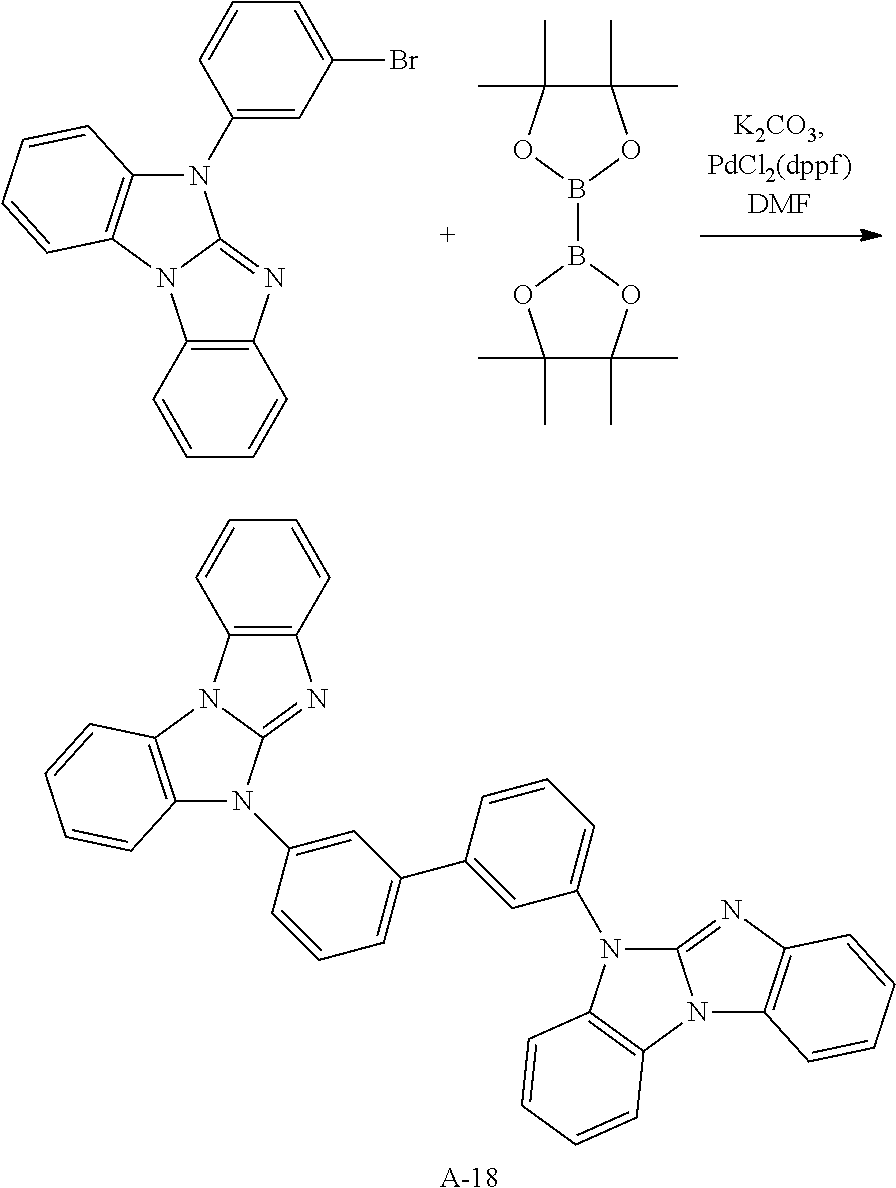
C02004

C02005

C02006
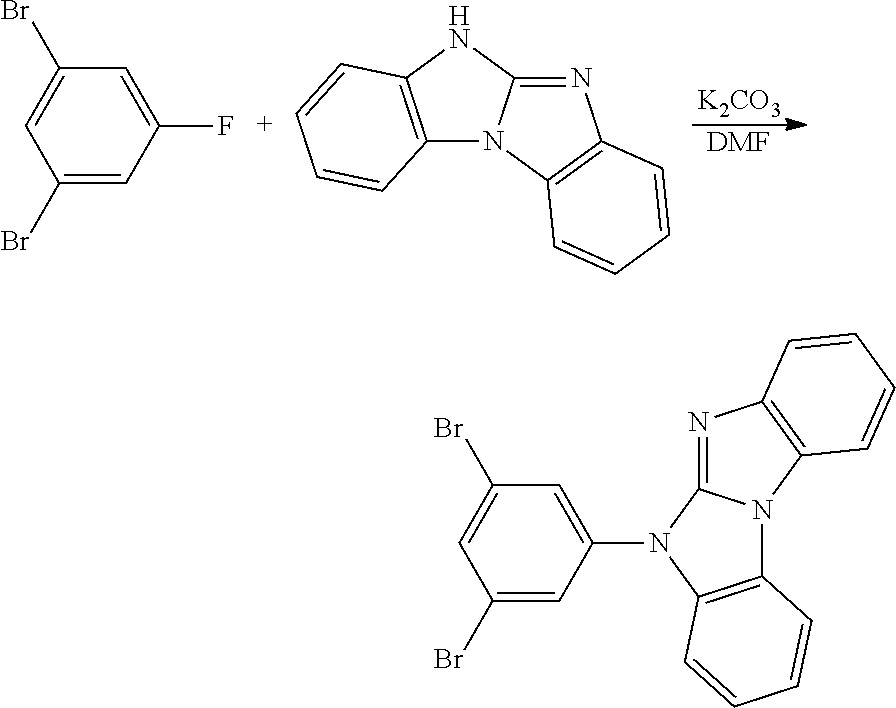
C02007
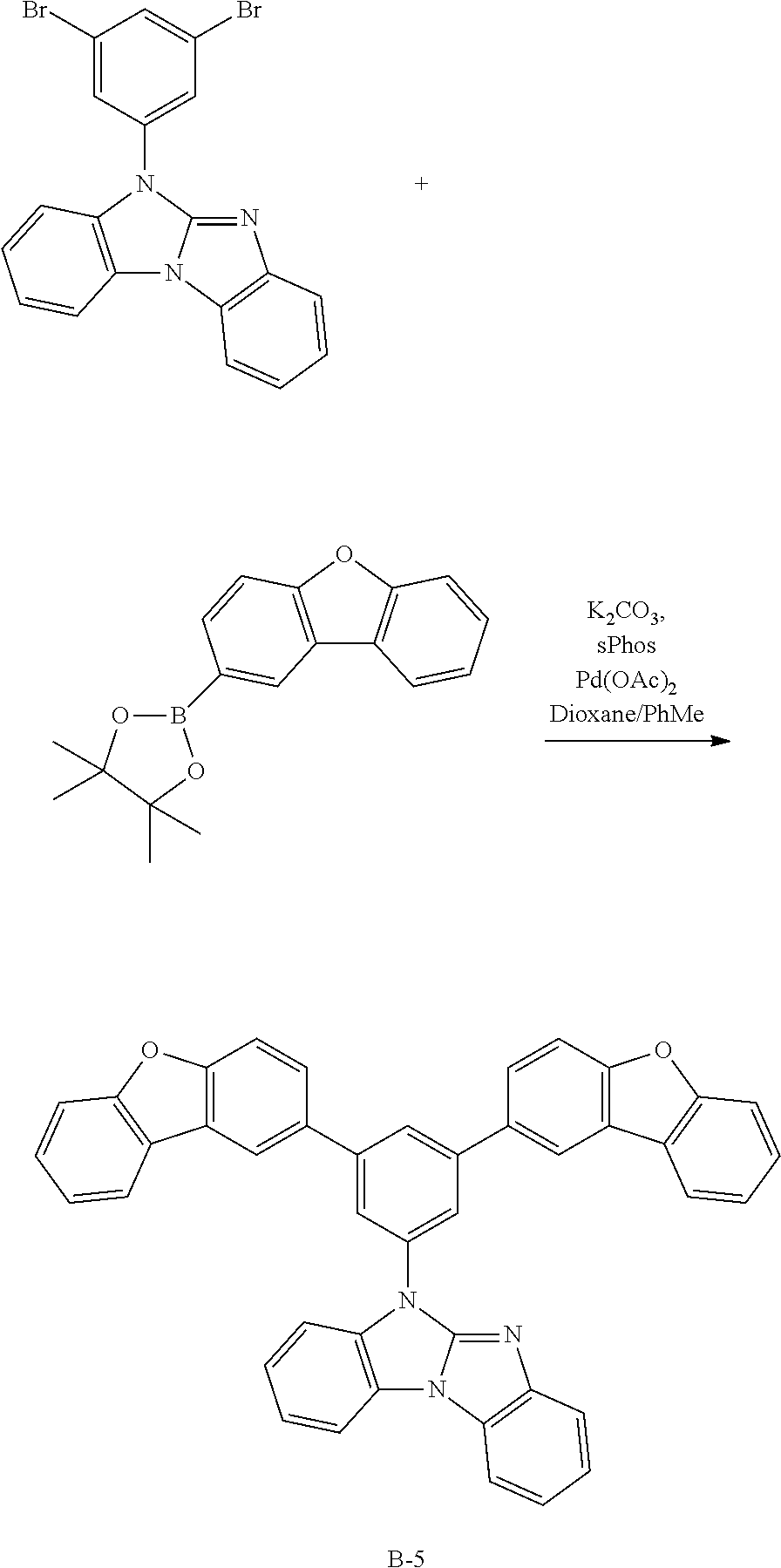
C02008
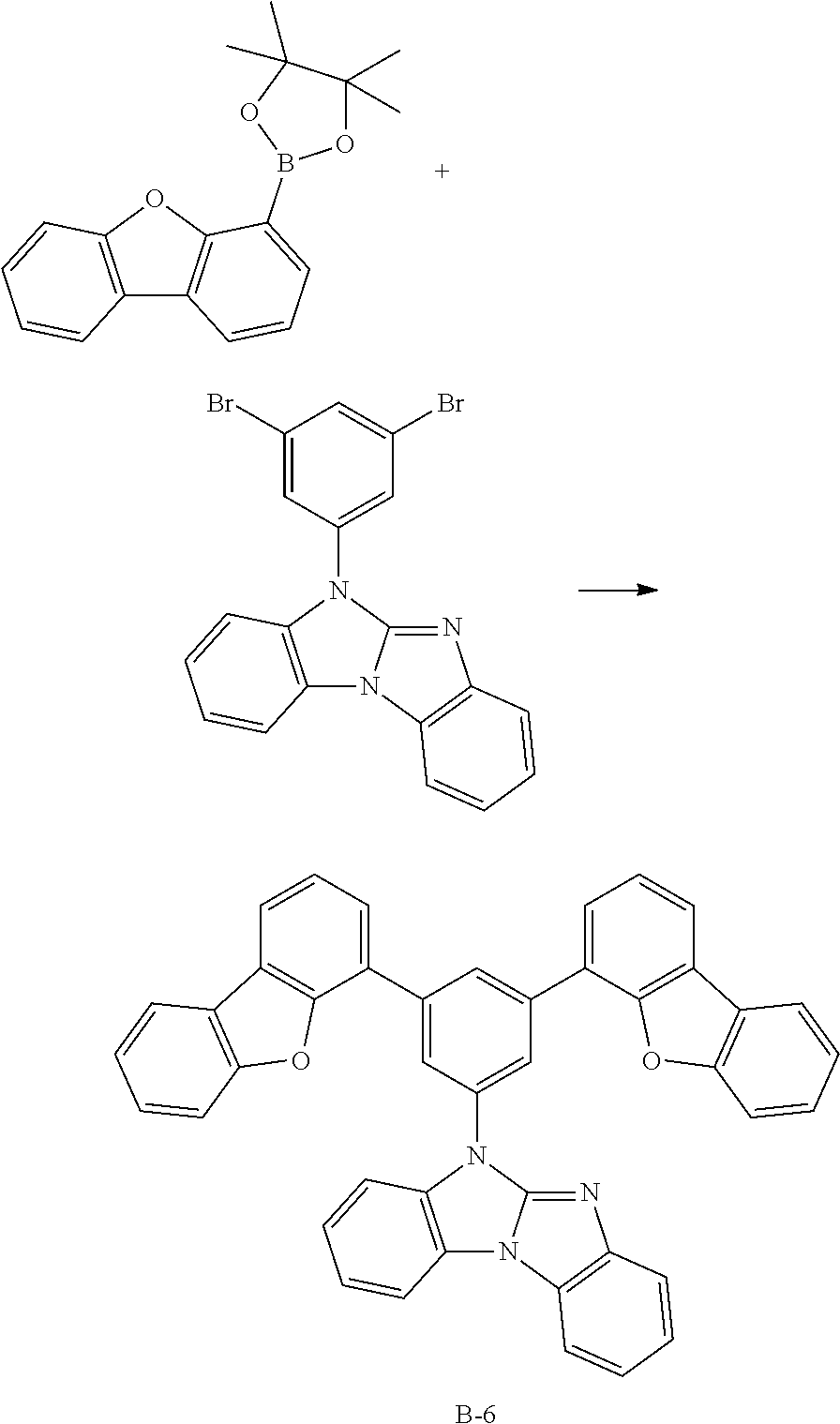
C02009

C02010

C02011

C02012
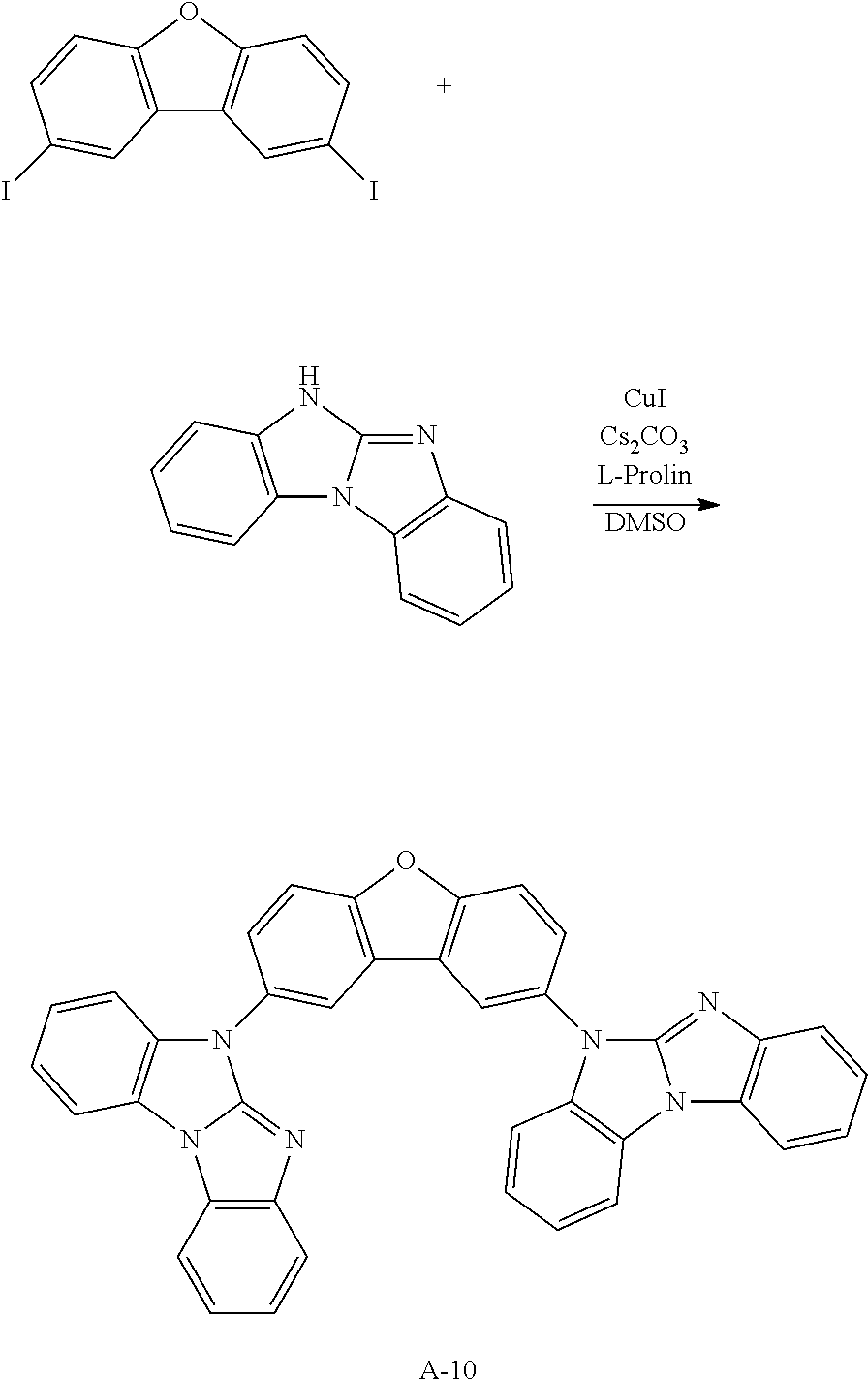
C02013

C02014

C02015

C02016

C02017
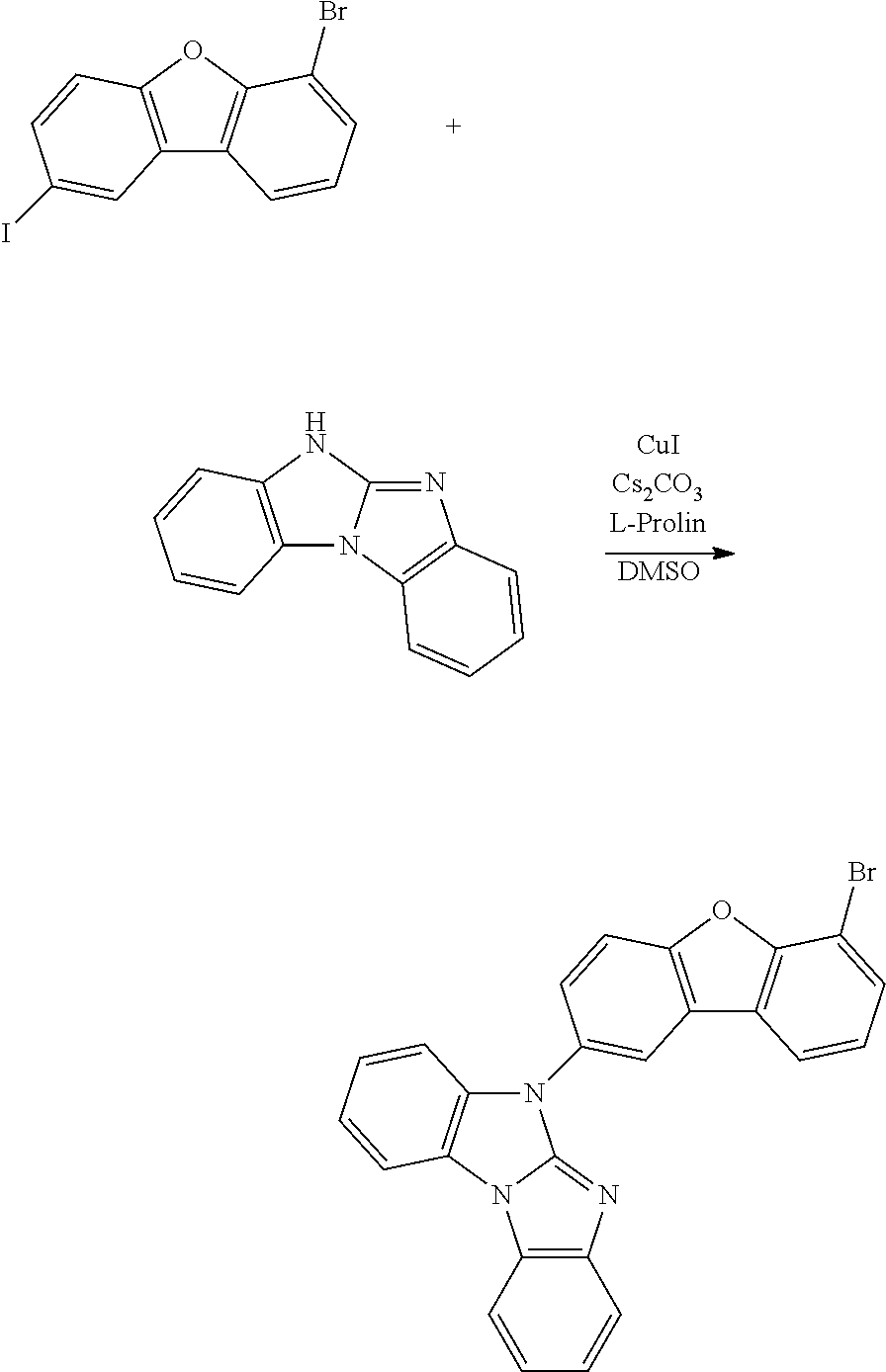
C02018
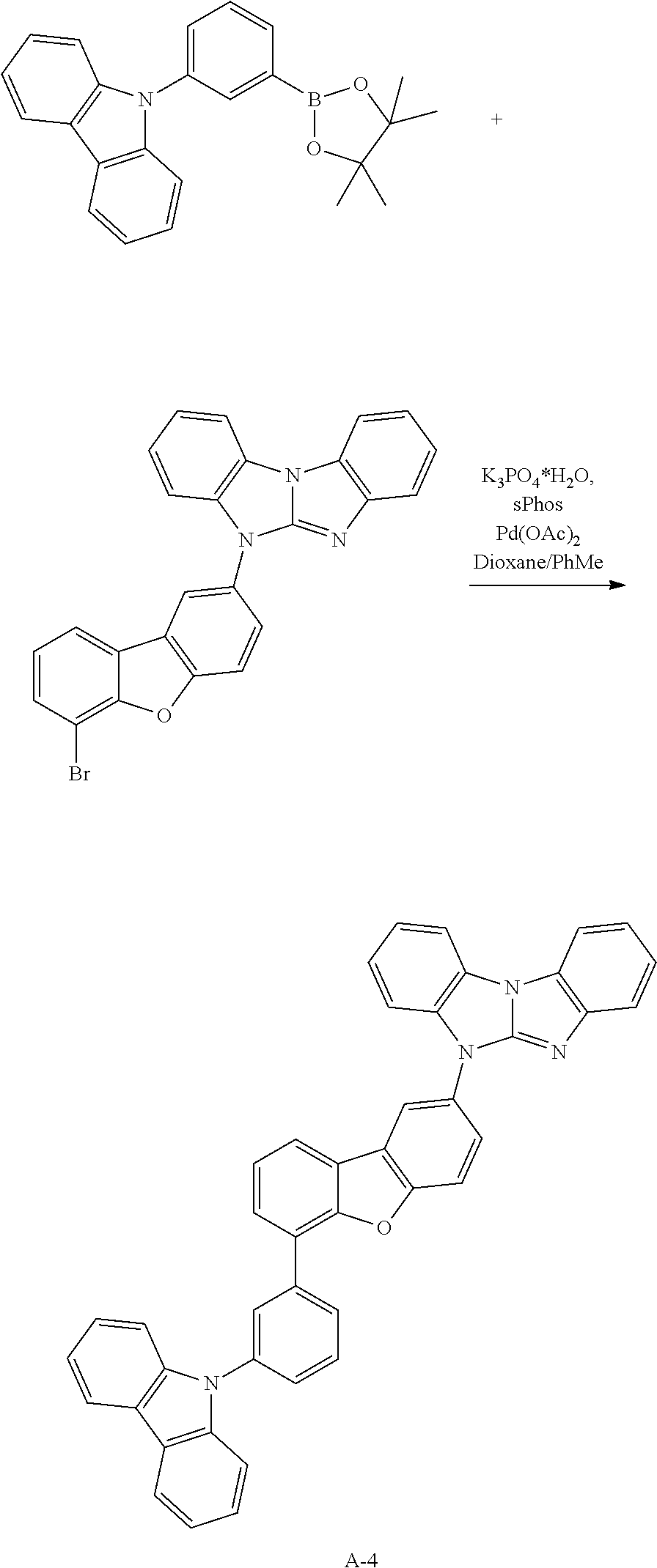
C02019

C02020

C02021

C02022

C02023

C02024
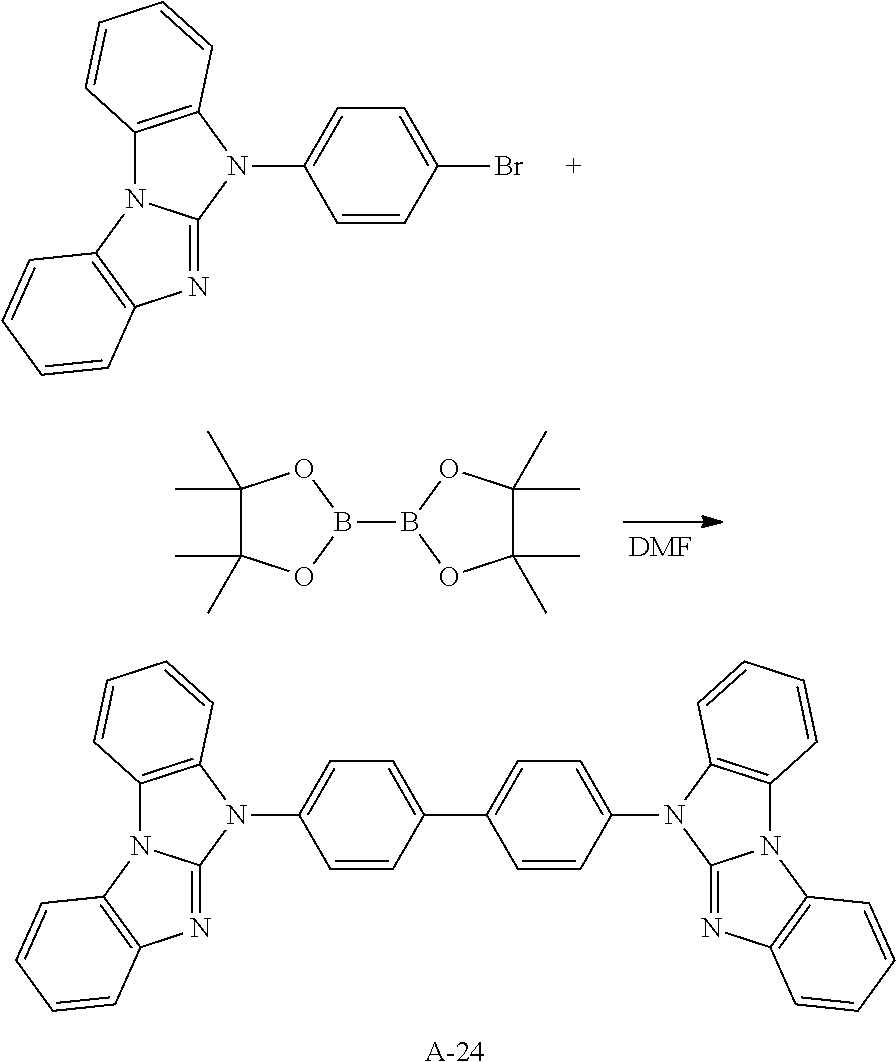
C02025

C02026
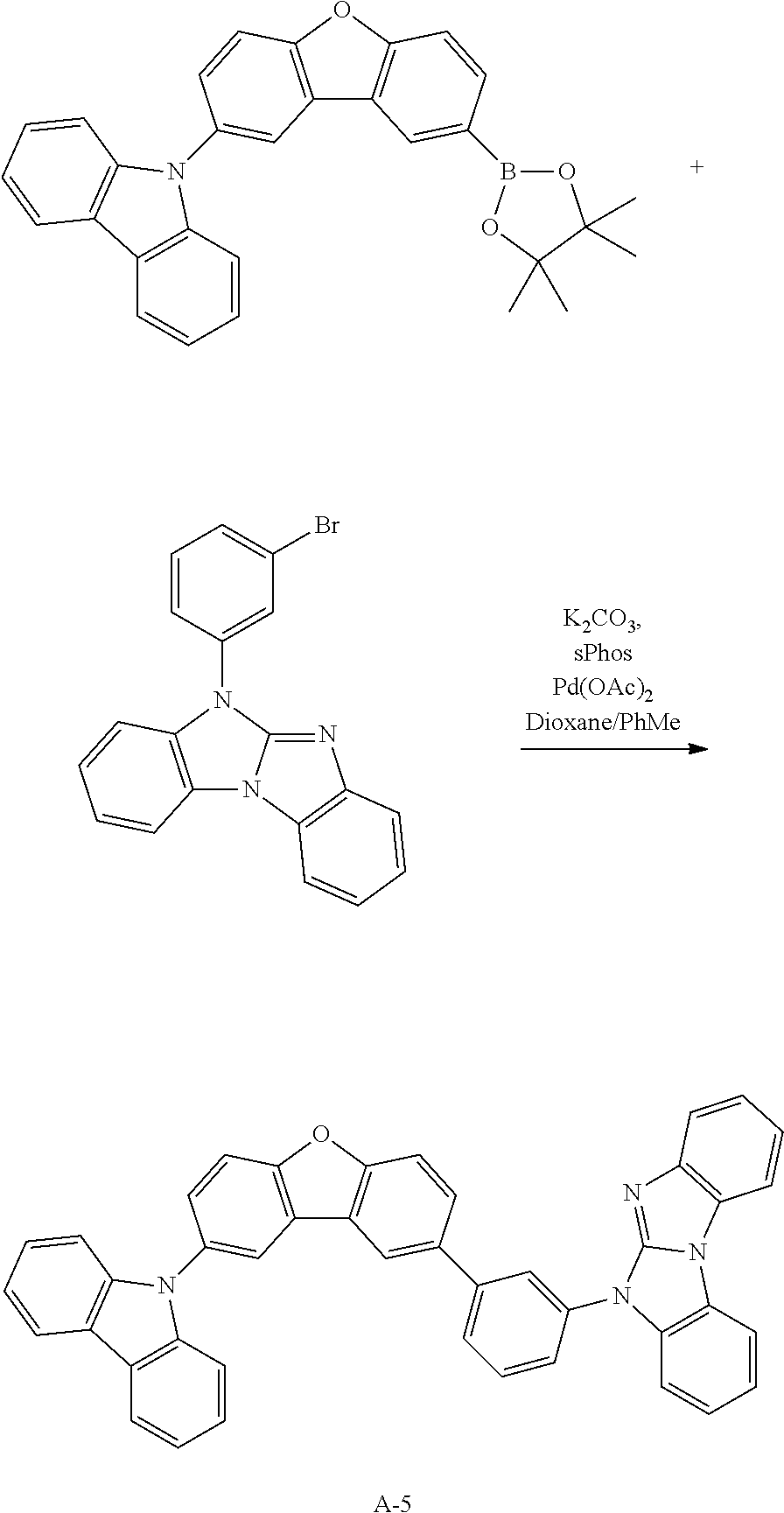
C02027

C02028

C02029

C02030

C02031

C02032

C02033

C02034

C02035
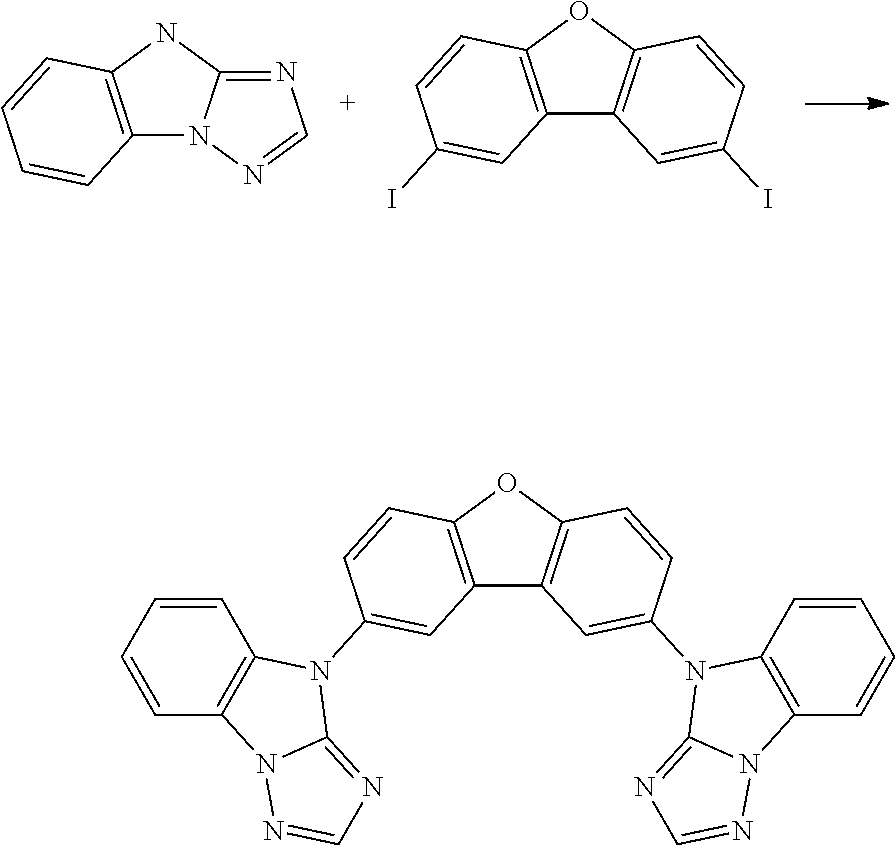
C02036
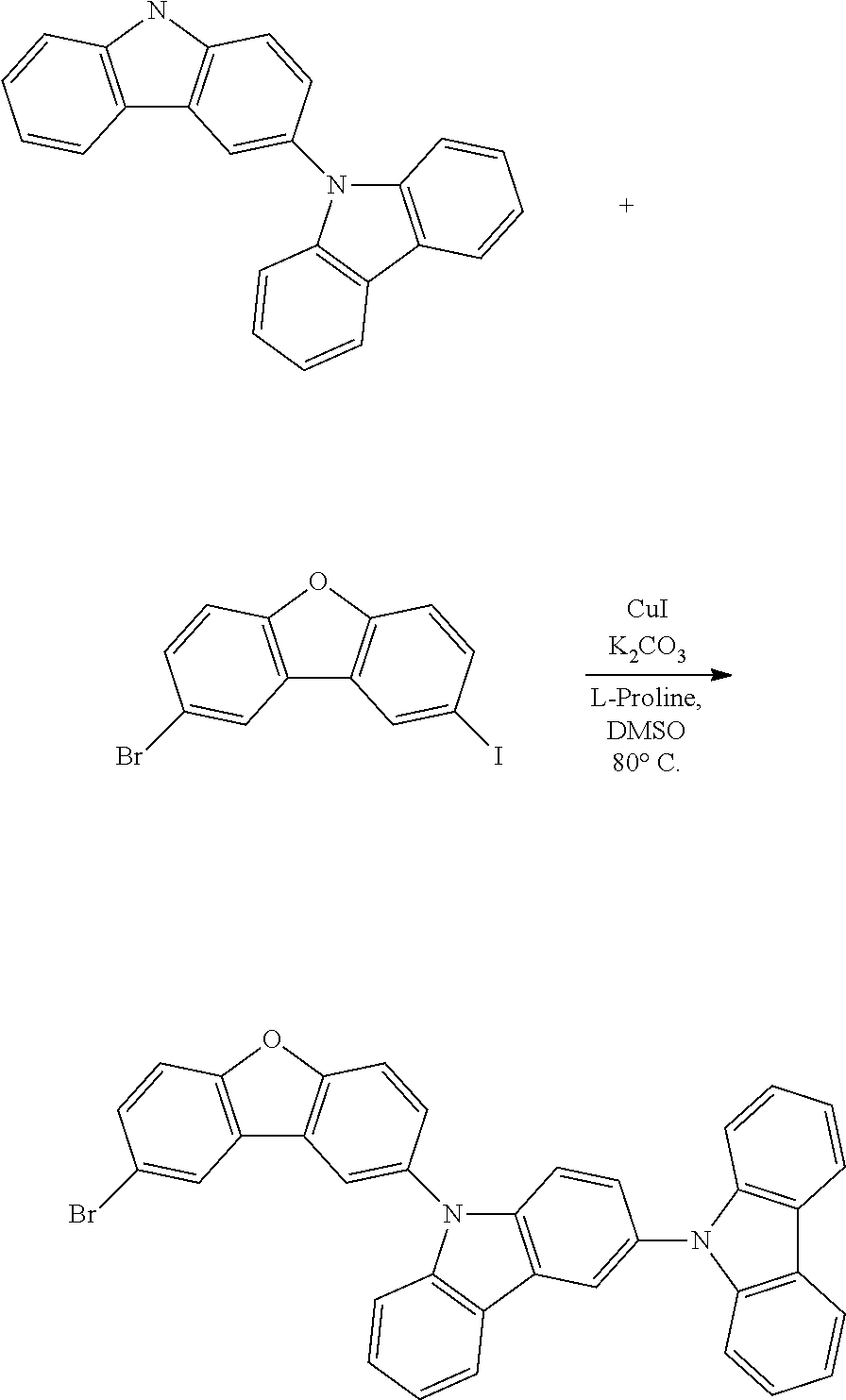
C02037
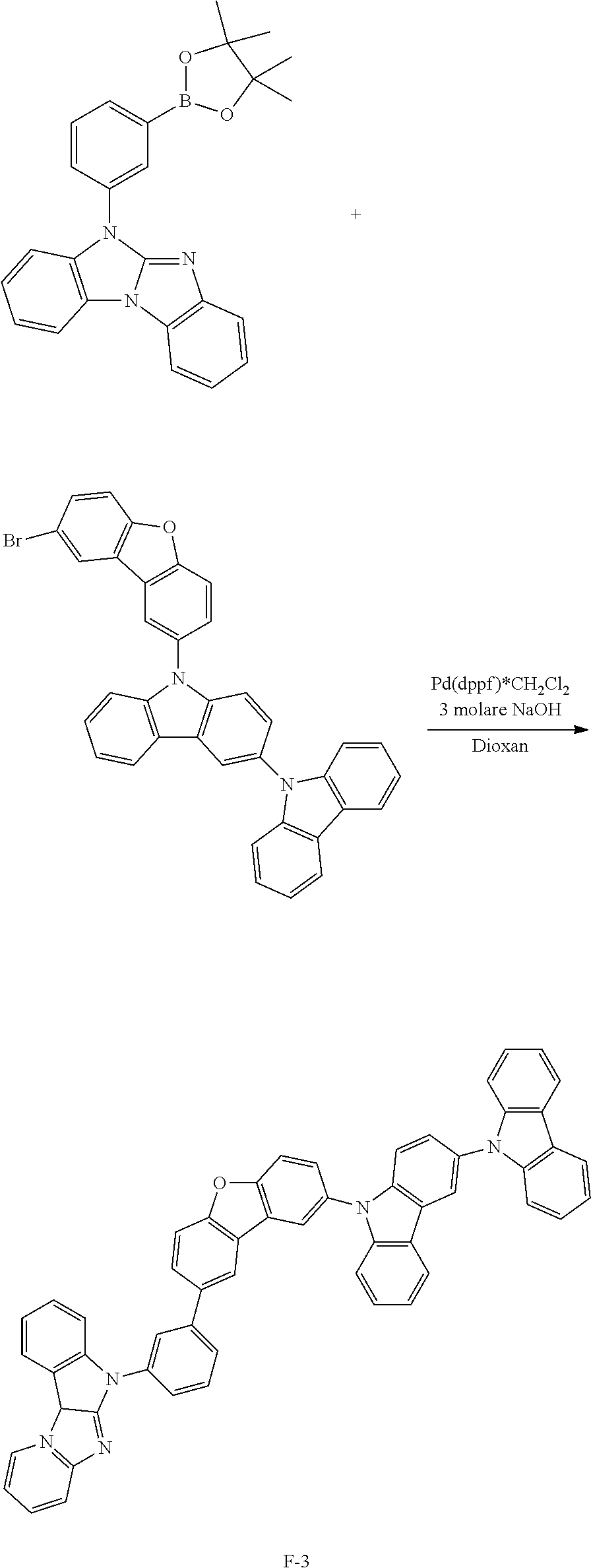
C02038
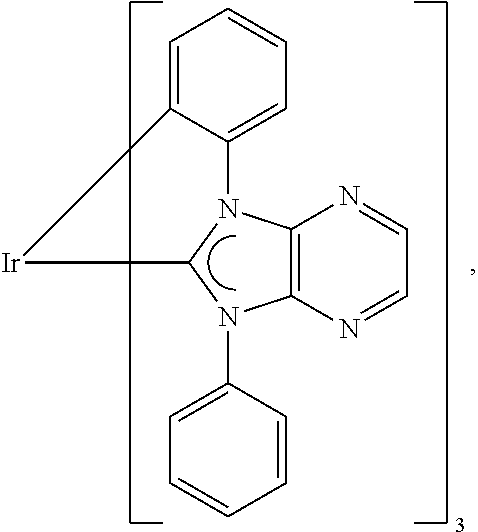
C02039
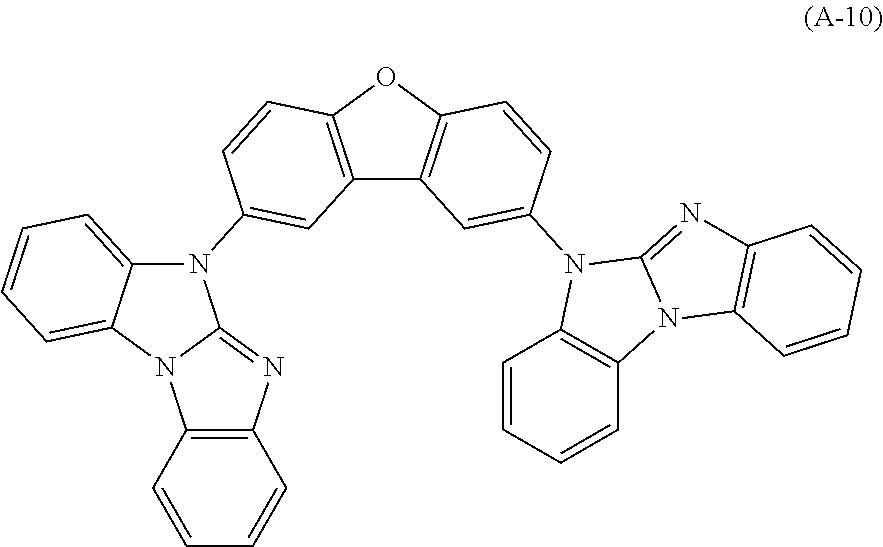
C02040
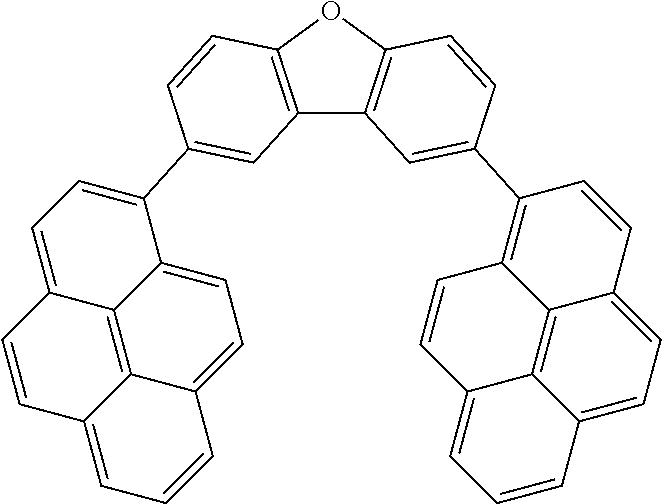
C02041

C02042

C02043
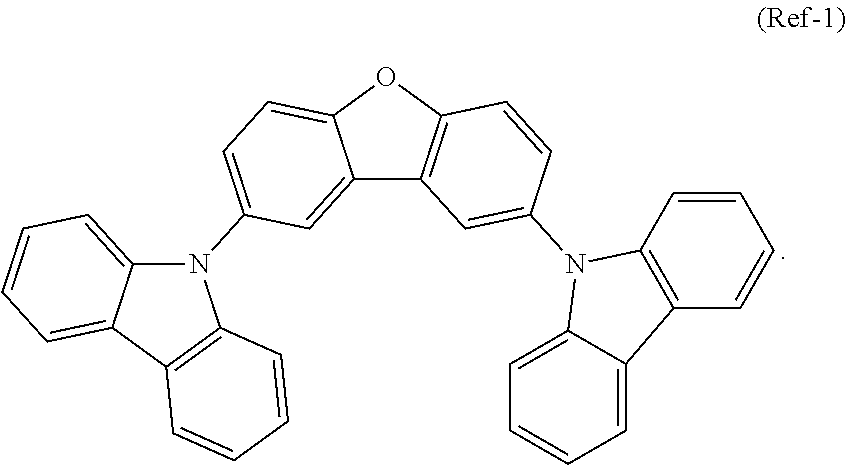
C02044
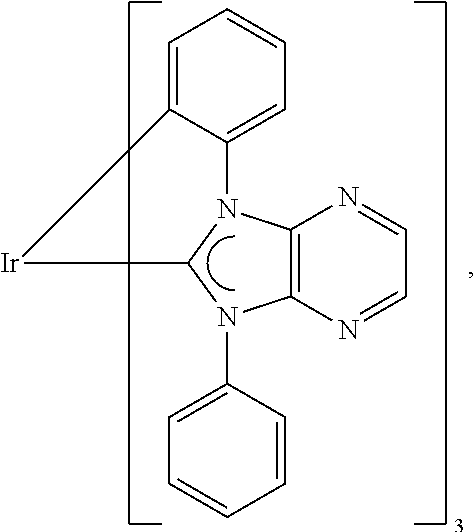
C02045
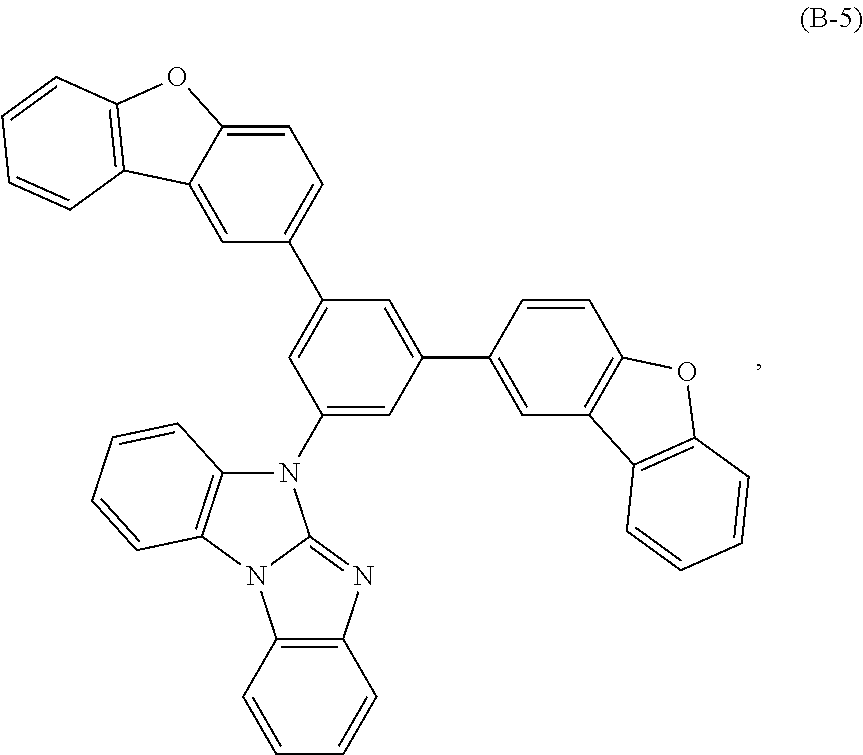
C02046

C02047
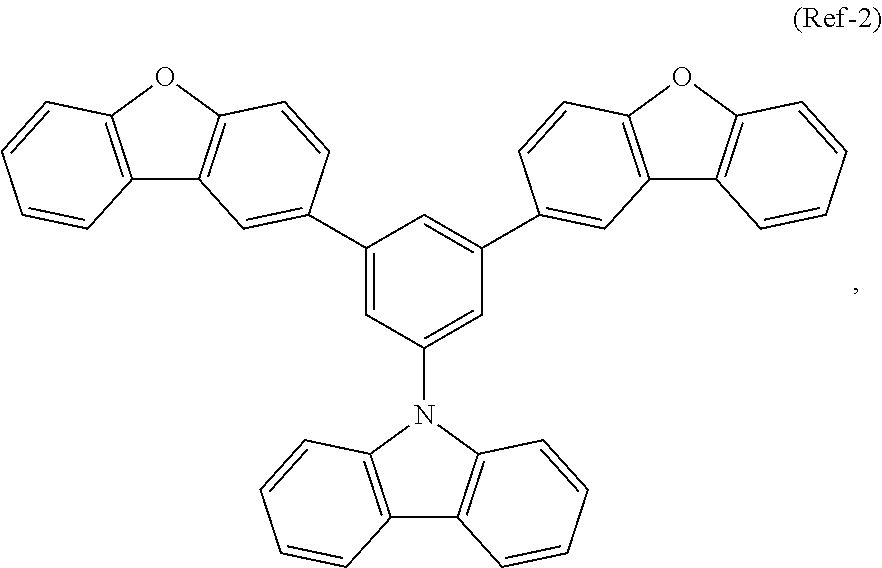
C02048
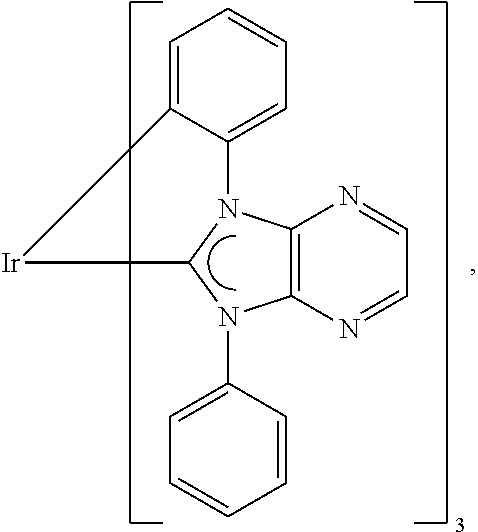
C02049
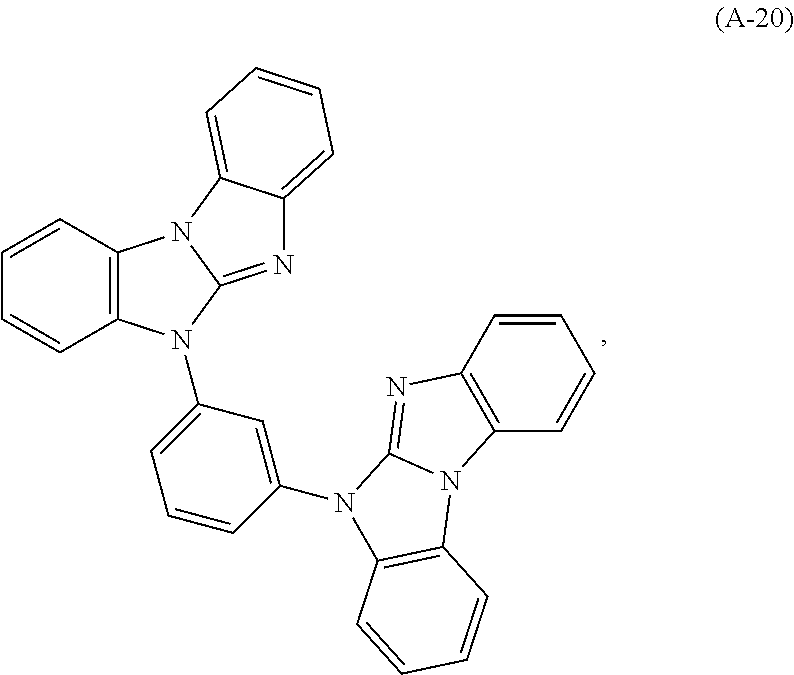
C02050

C02051

C02052
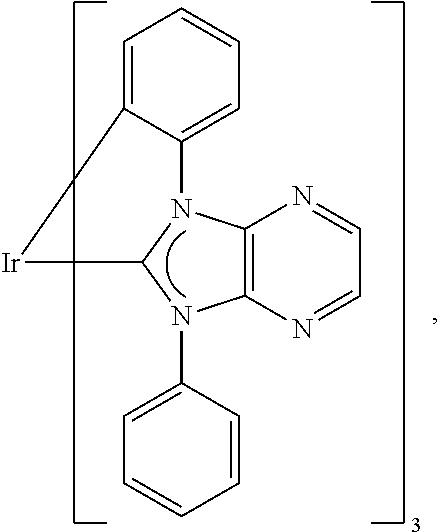
C02053
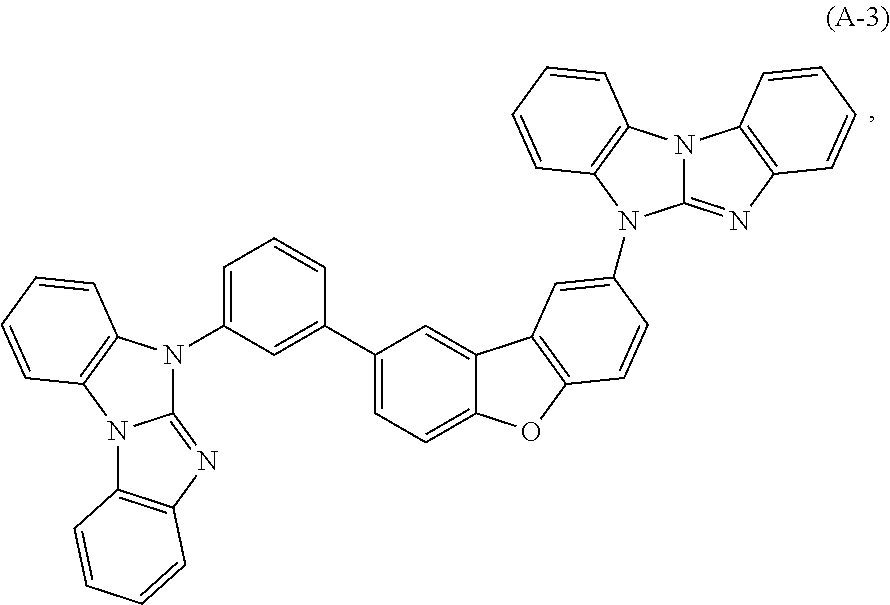
C02054

C02055
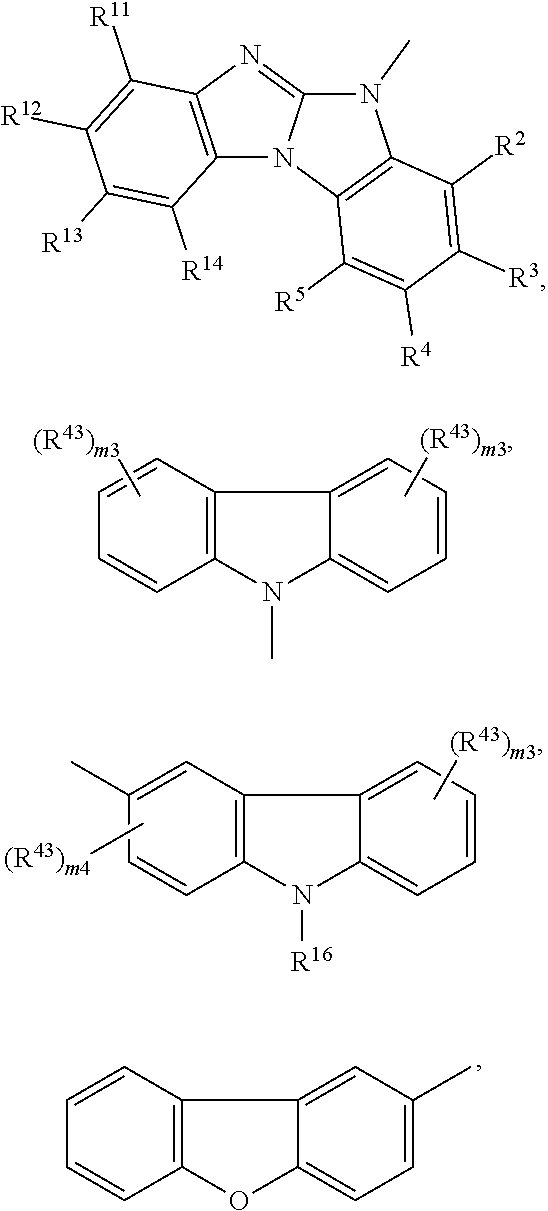
C02056

C02057

C02058

C02059
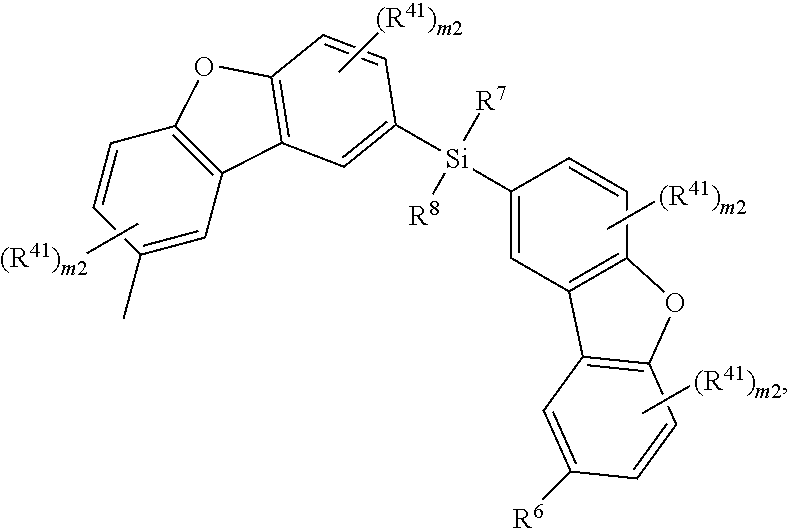
C02060
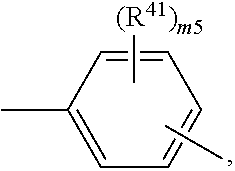
C02061
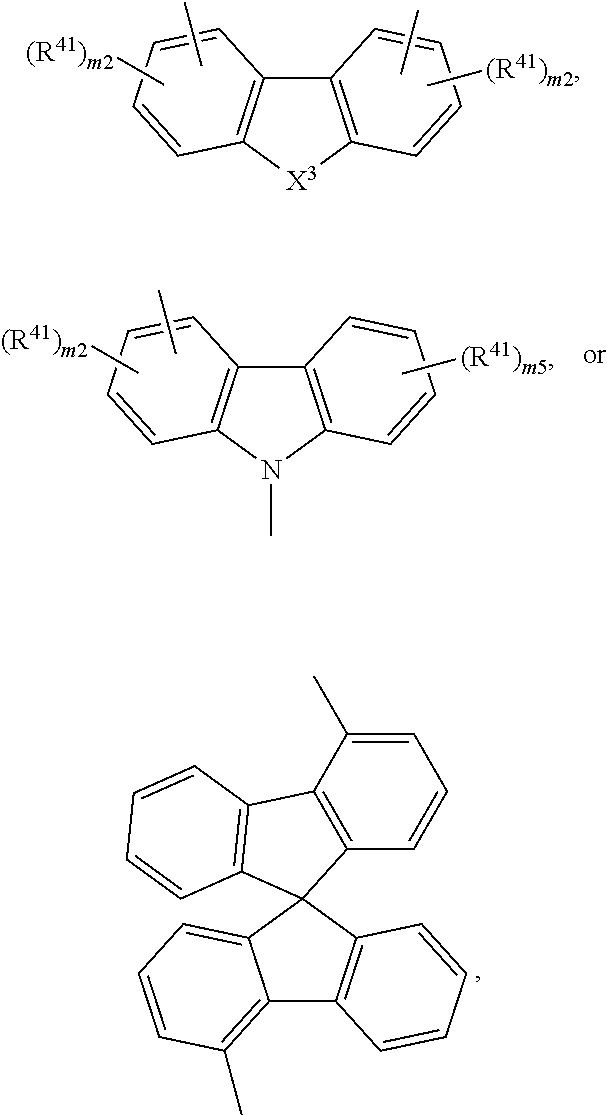
C02062
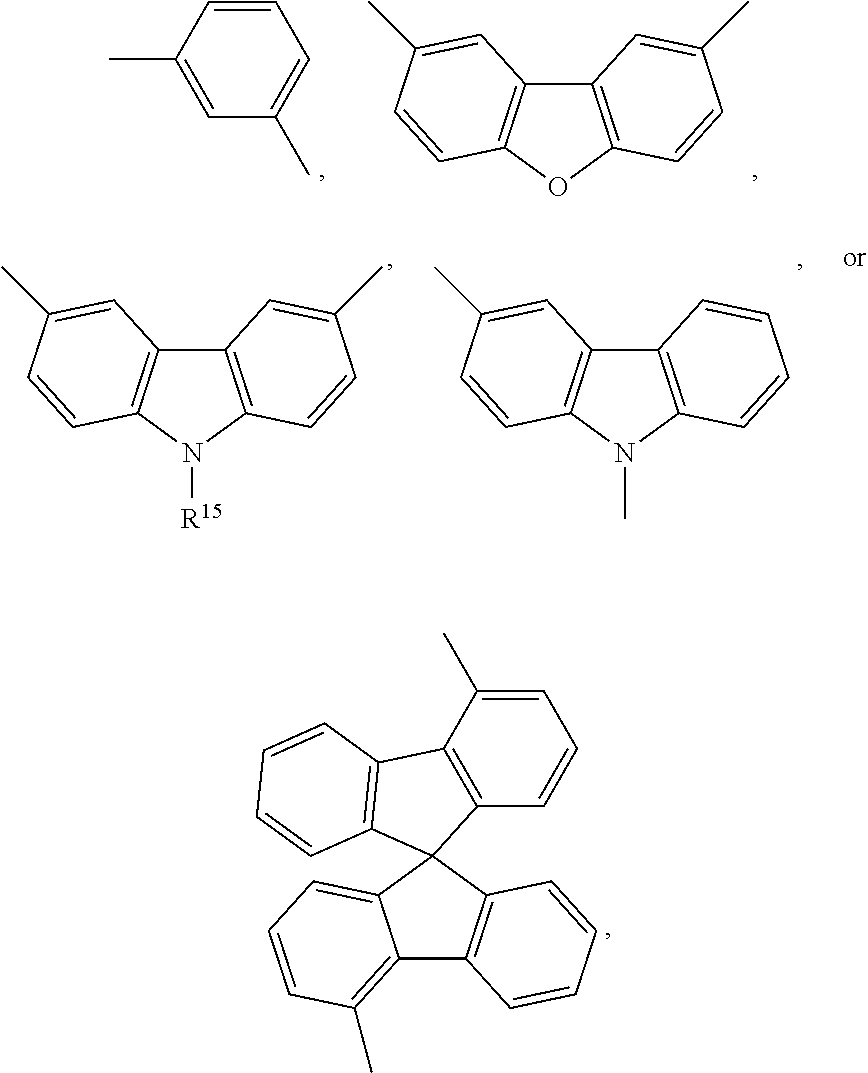
C02063
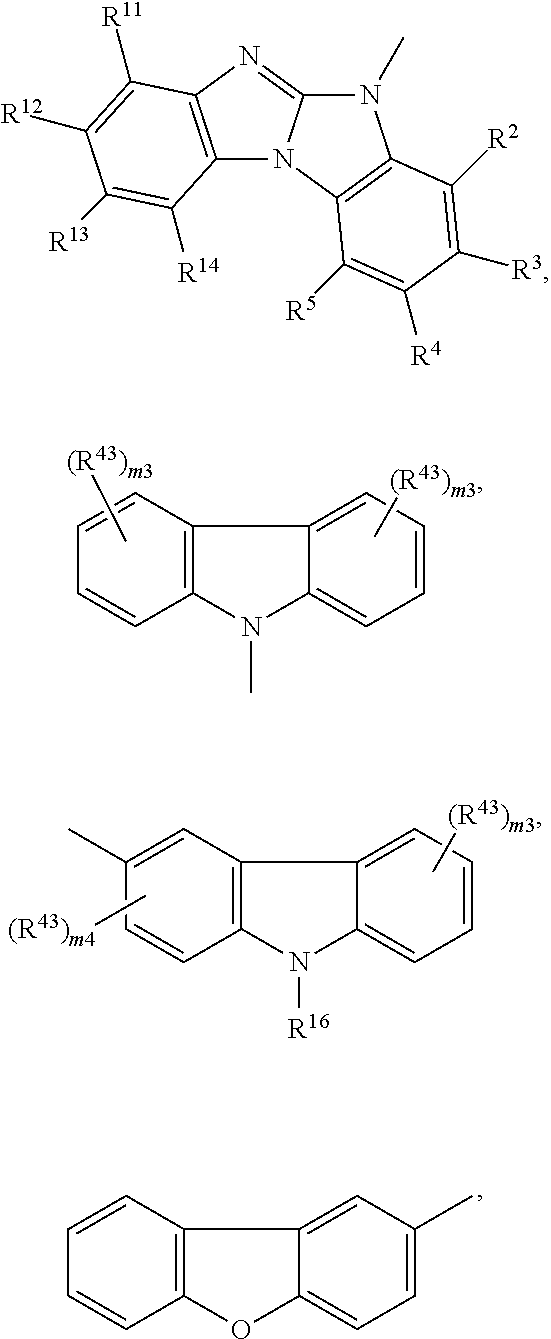
C02064

C02065
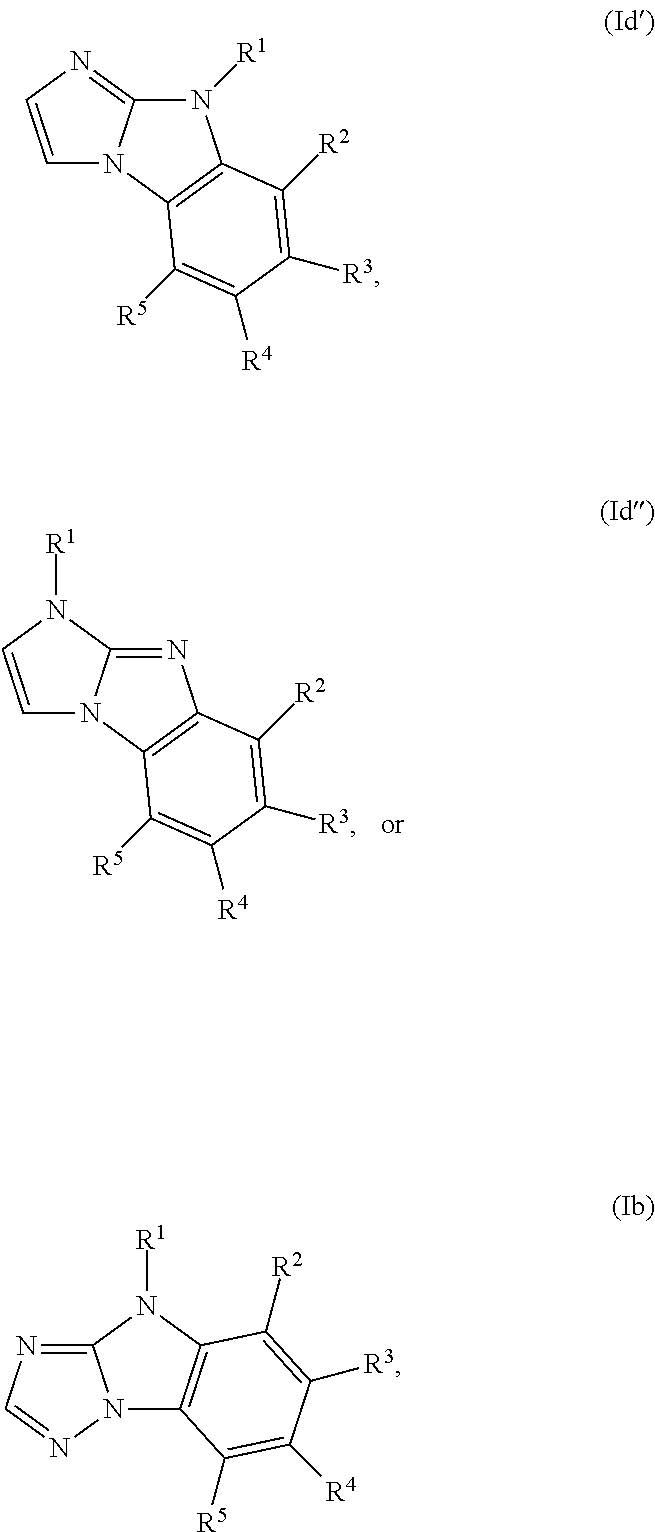
C02066
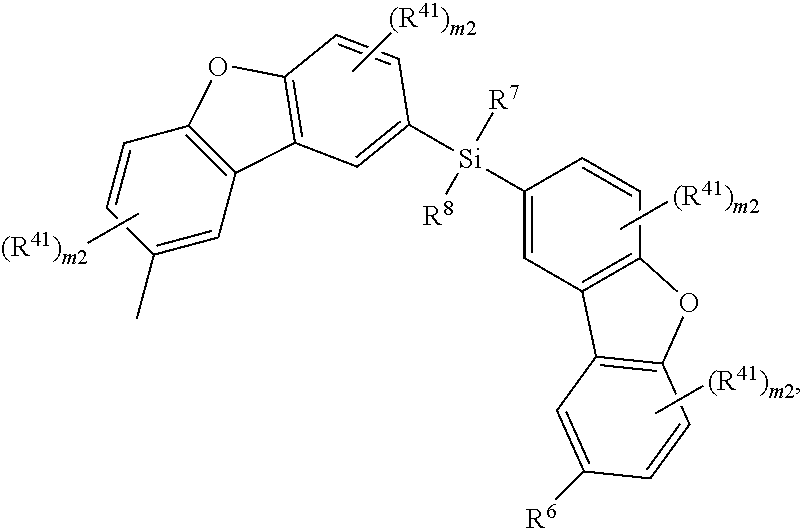
C02067
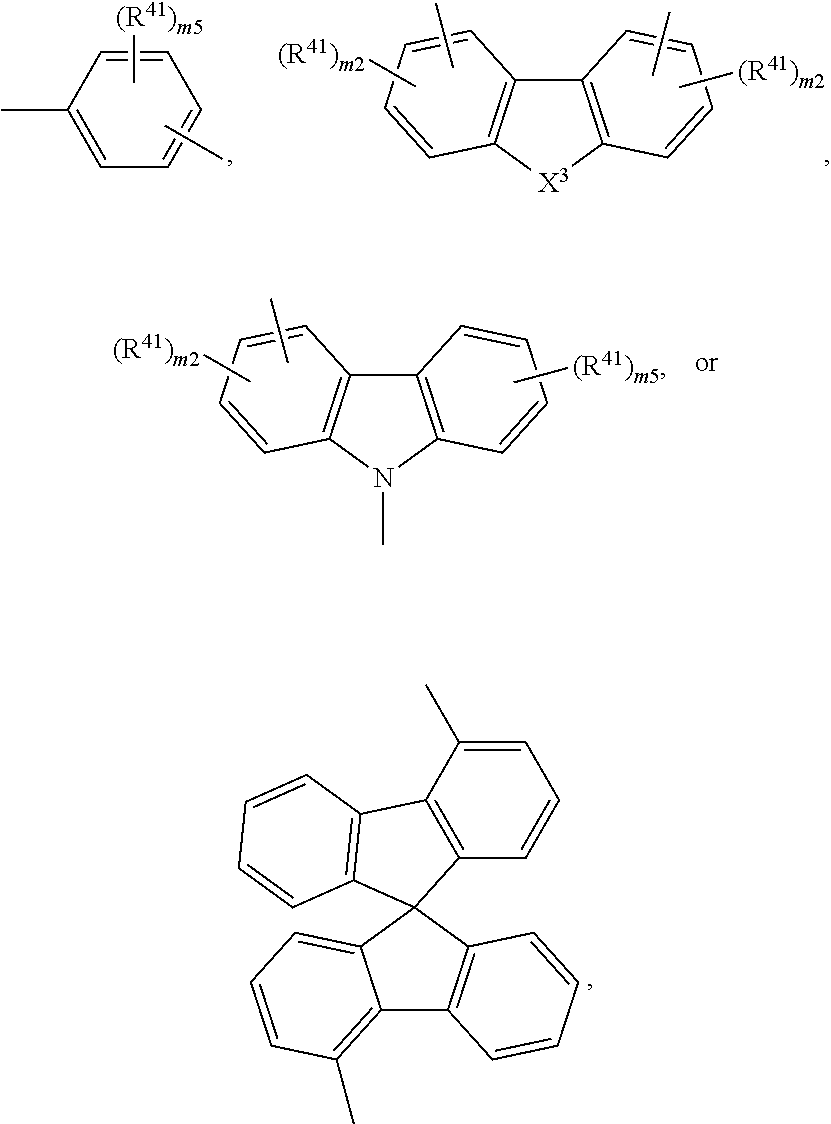
C02068
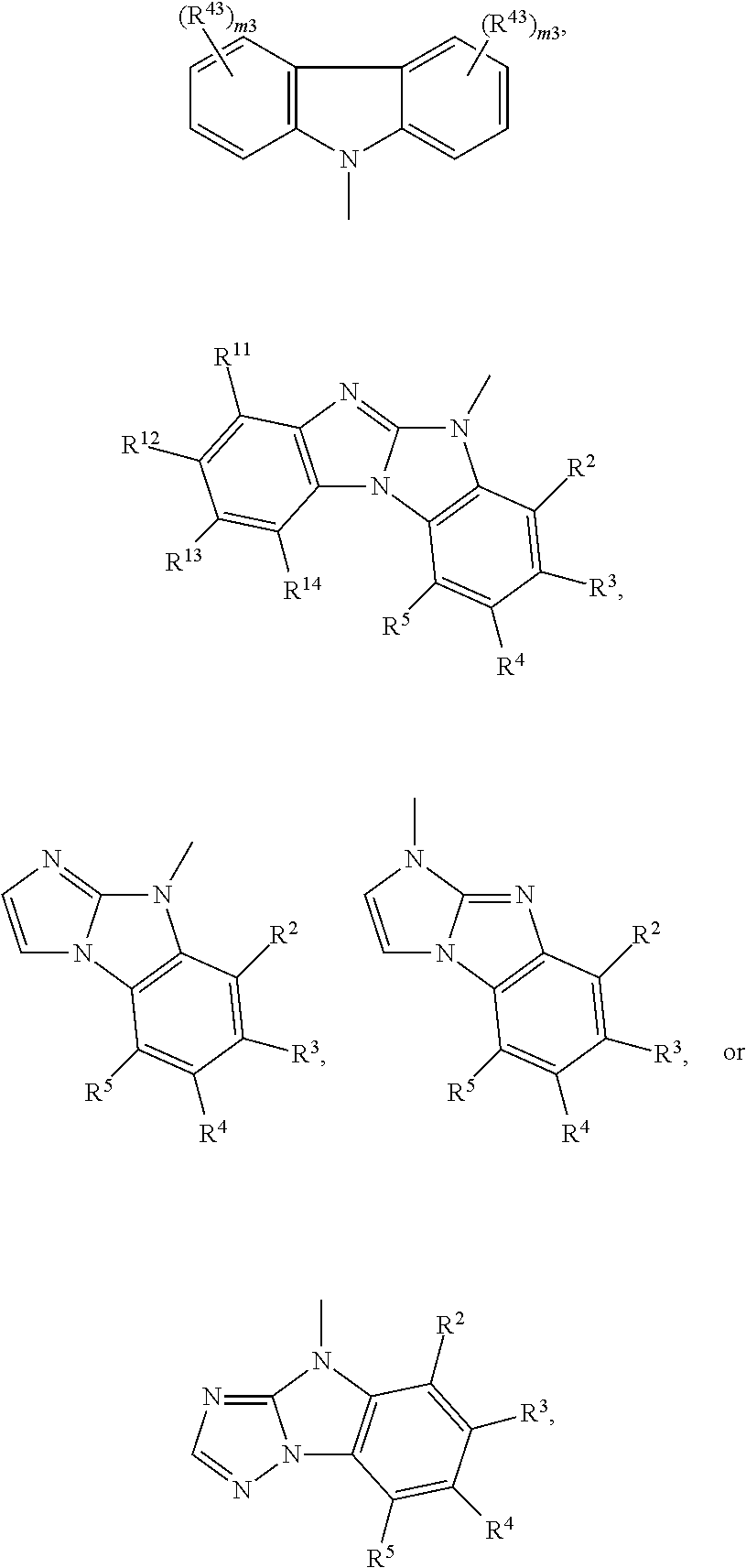
C02069

C02070
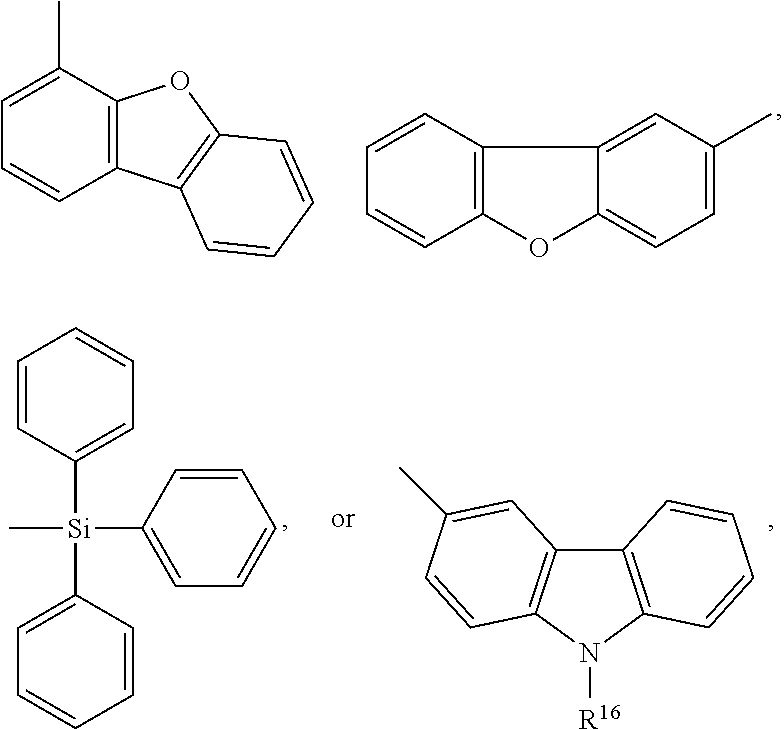
C02071
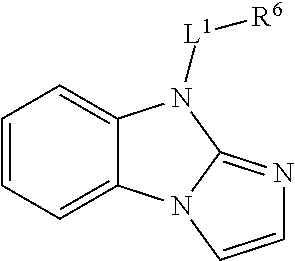
C02072
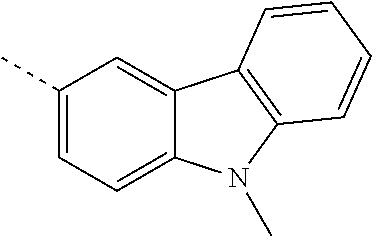
C02073

C02074
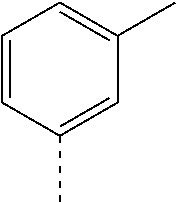
C02075

C02076
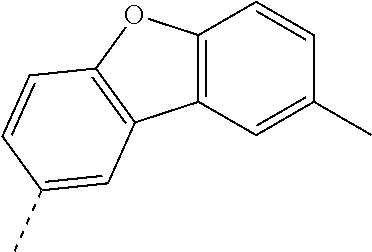
C02077
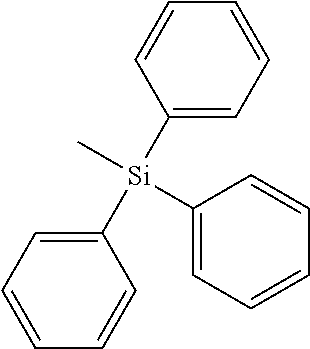
C02078
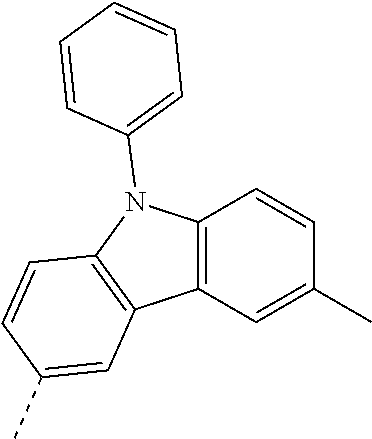
C02079

C02080
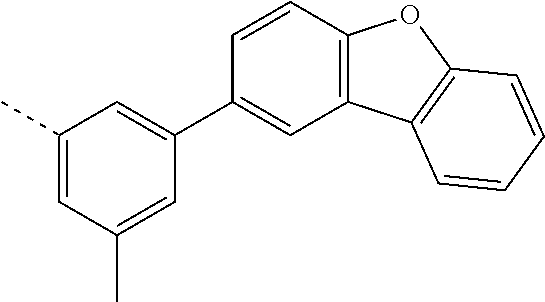
C02081
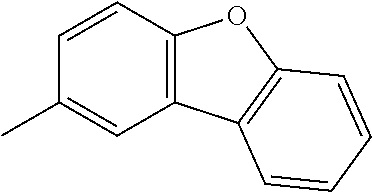
C02082
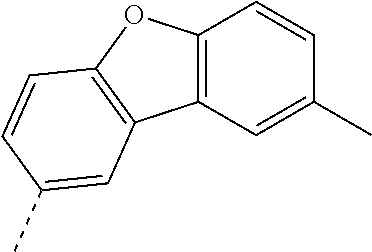
C02083
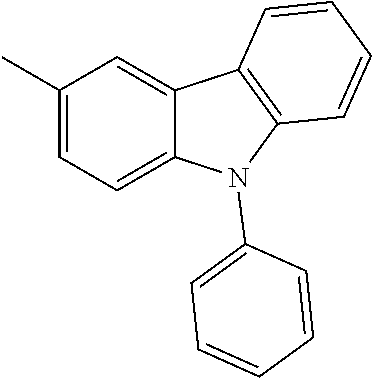
C02084
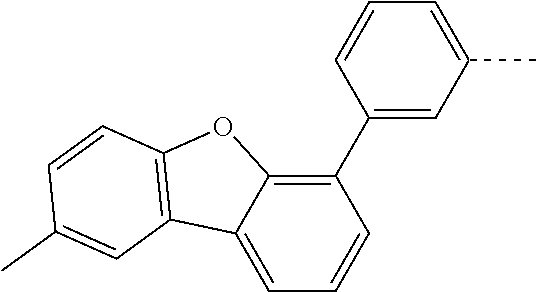
C02085

C02086
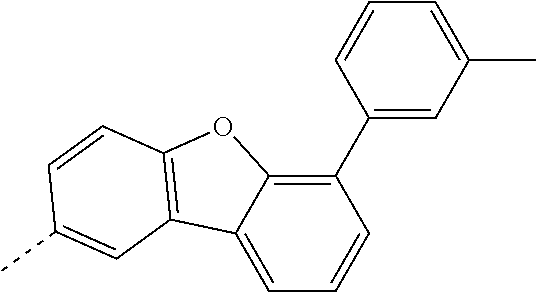
C02087
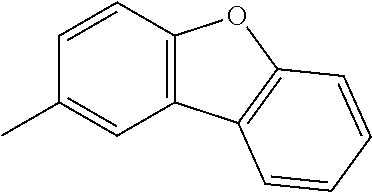
C02088
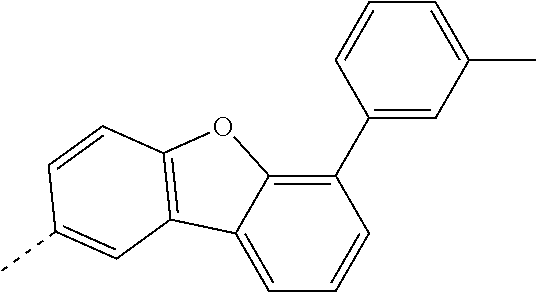
C02089
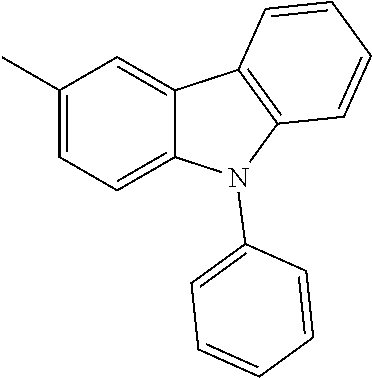
C02090
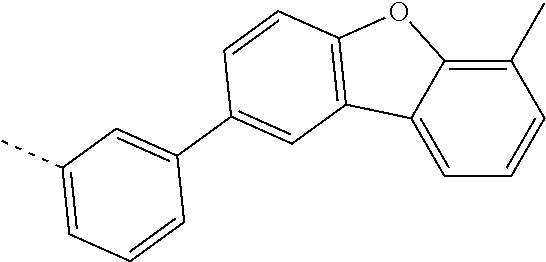
C02091

C02092
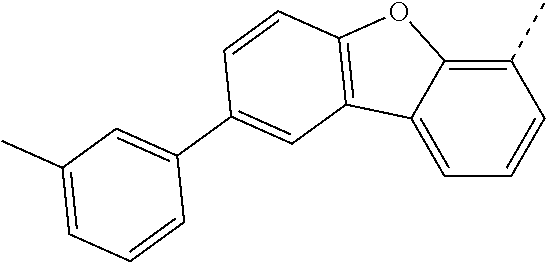
C02093

C02094

C02095
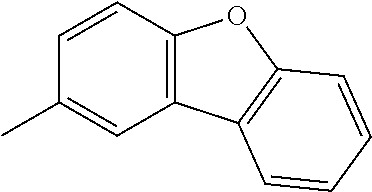
C02096
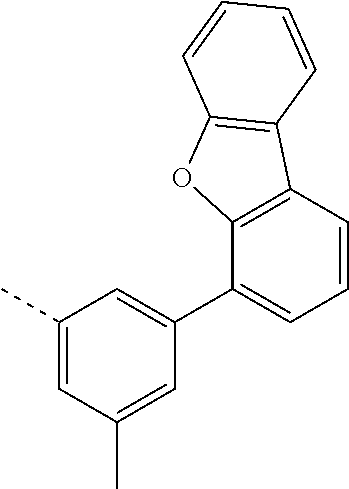
C02097
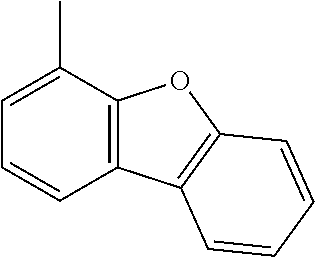
C02098

C02099

C02100
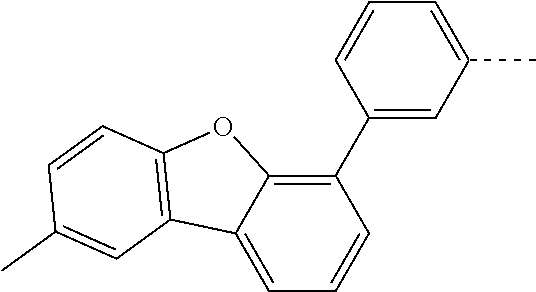
C02101
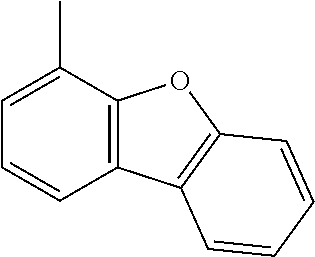
C02102
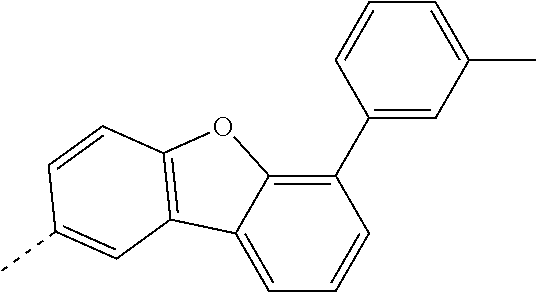
C02103

C02104
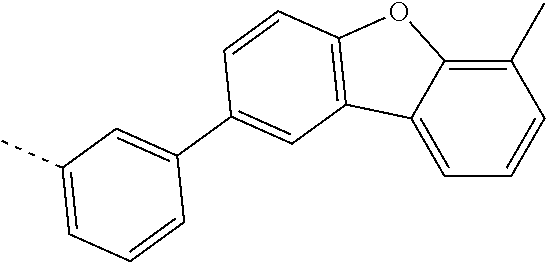
C02105
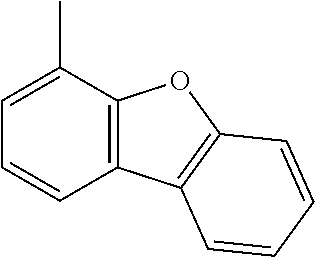
C02106
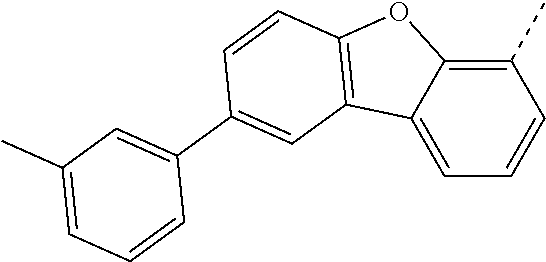
C02107
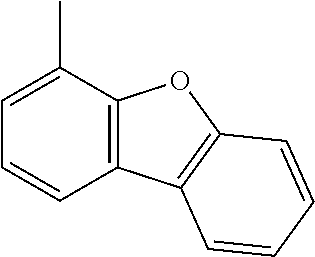
C02108

C02109

C02110

C02111
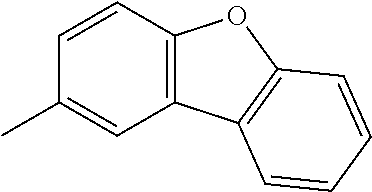
C02112

C02113

C02114
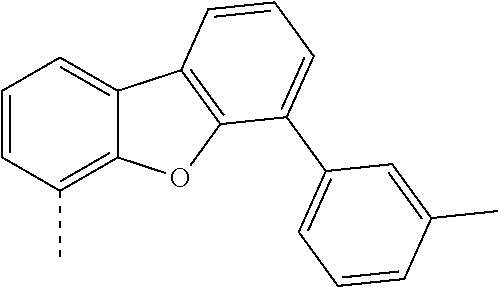
C02115
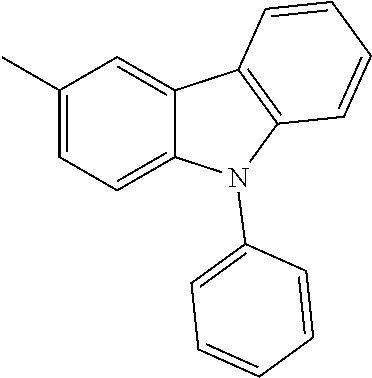
C02116
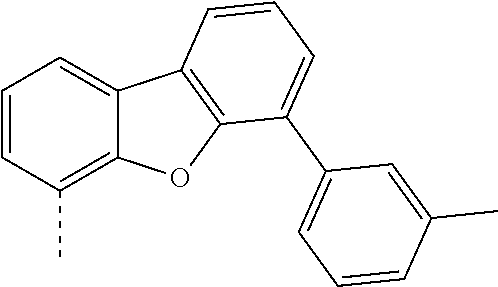
C02117

C02118
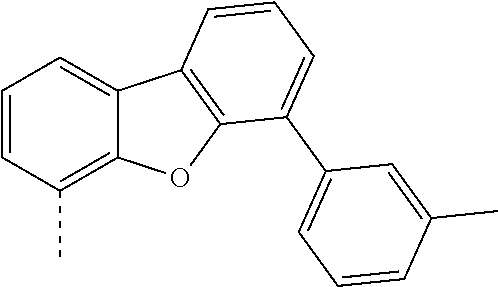
C02119
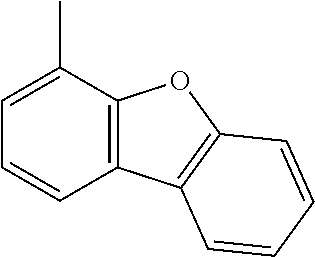
C02120
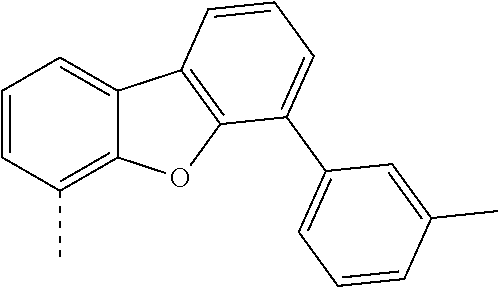
C02121
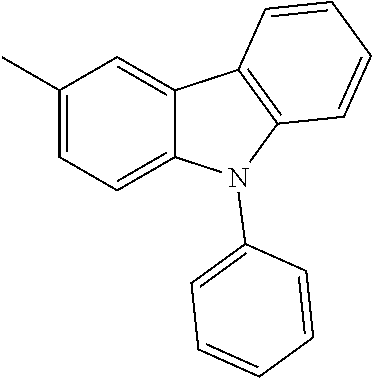
C02122
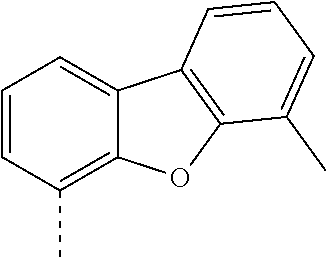
C02123
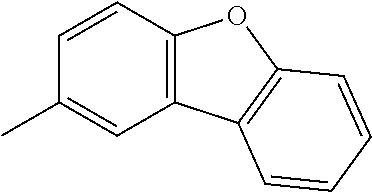
C02124
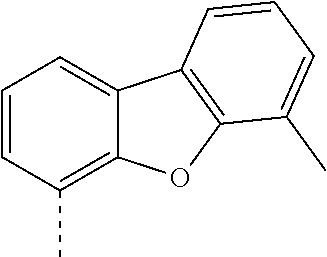
C02125

C02126

C02127

C02128
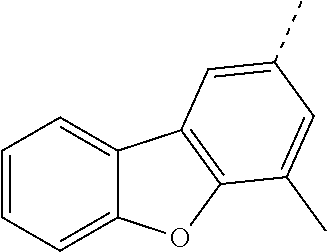
C02129
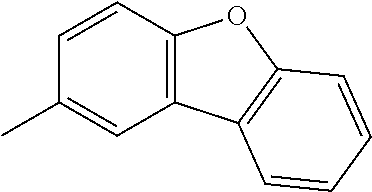
C02130
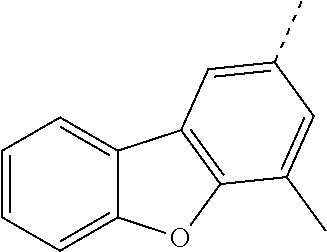
C02131
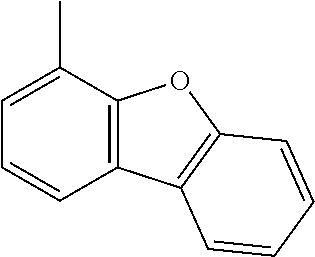
C02132

C02133

C02134
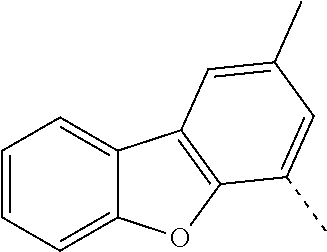
C02135
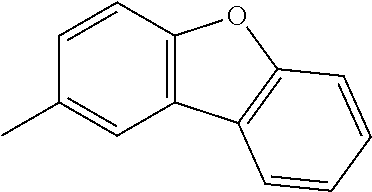
C02136

C02137
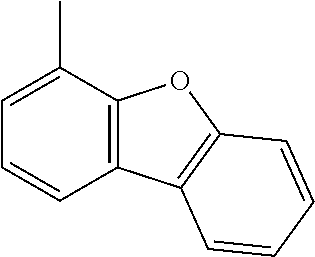
C02138
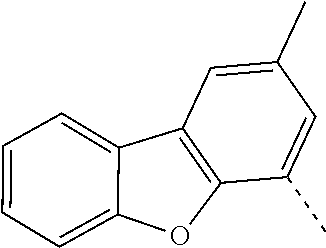
C02139
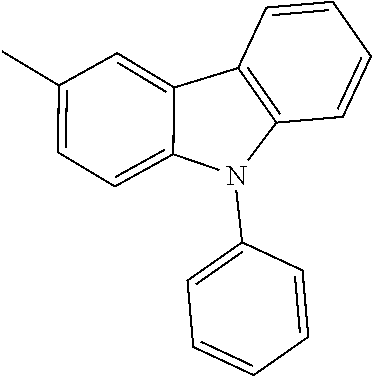
C02140

C02141
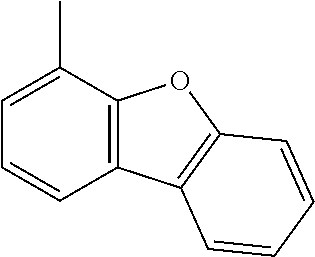
C02142

C02143
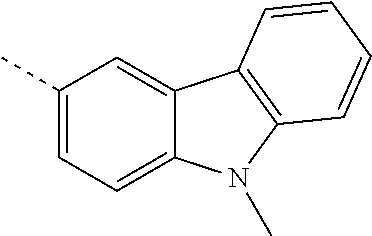
C02144
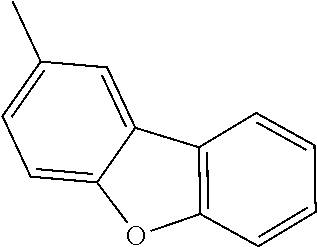
C02145
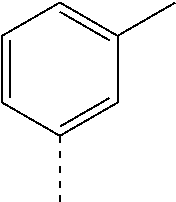
C02146
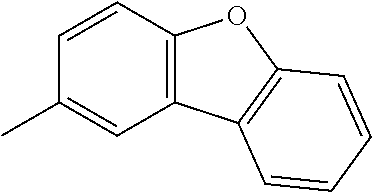
C02147

C02148

C02149

C02150
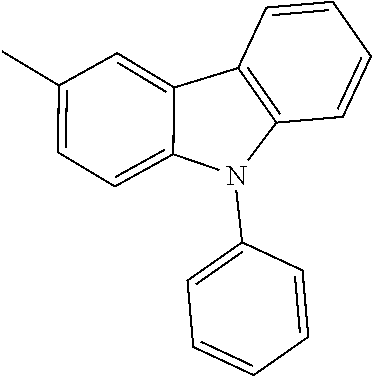
C02151
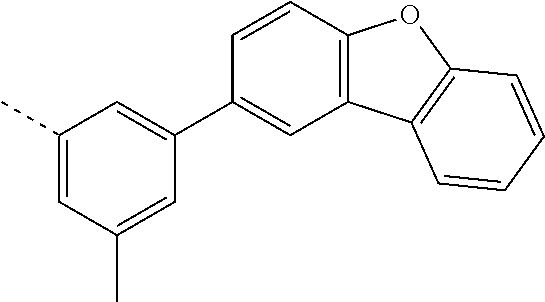
C02152
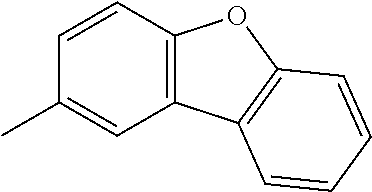
C02153

C02154
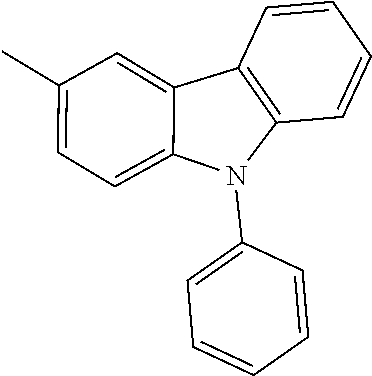
C02155

C02156
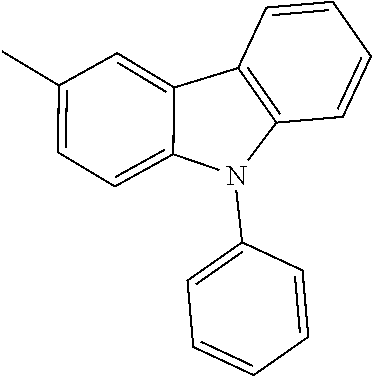
C02157

C02158
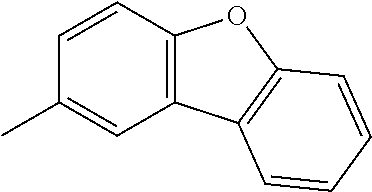
C02159

C02160

C02161

C02162

C02163

C02164
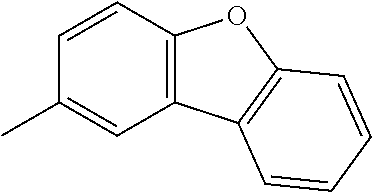
C02165
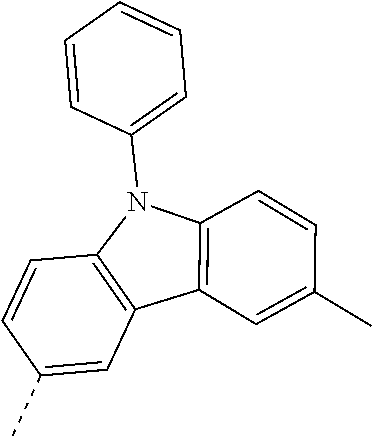
C02166
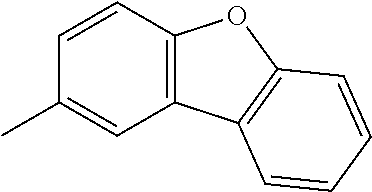
C02167
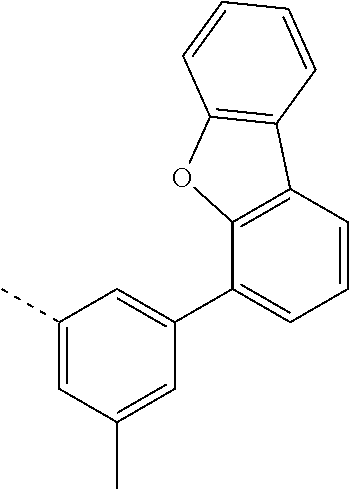
C02168
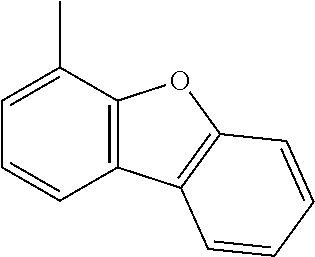
C02169
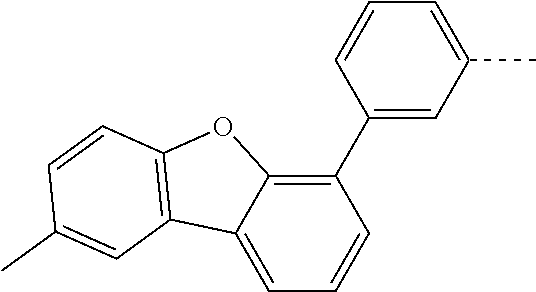
C02170
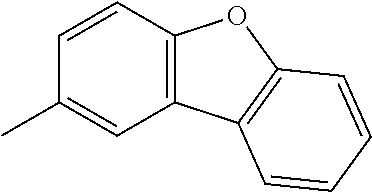
C02171
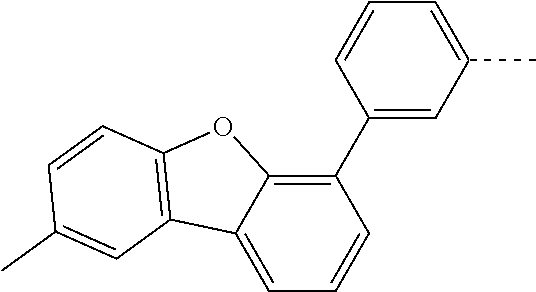
C02172

C02173

C02174

C02175
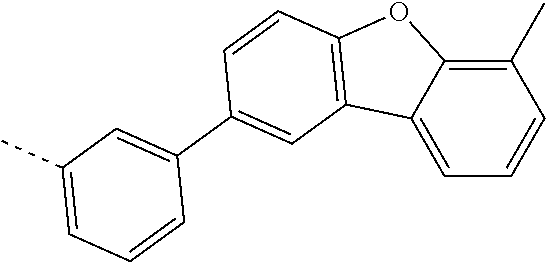
C02176
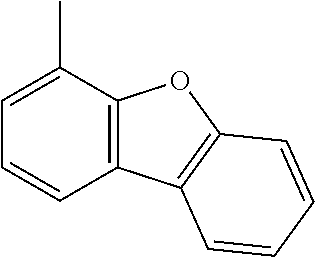
C02177
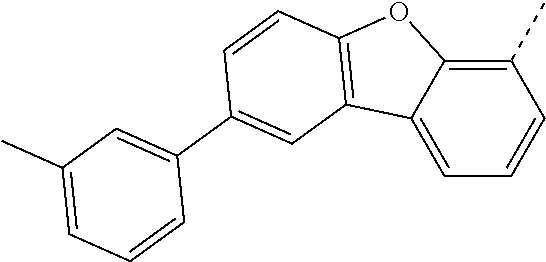
C02178

C02179

C02180

C02181
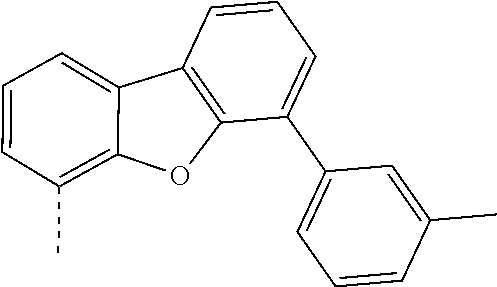
C02182

C02183
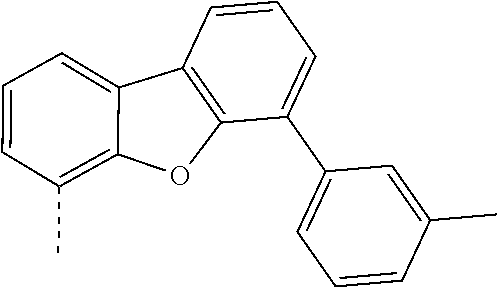
C02184
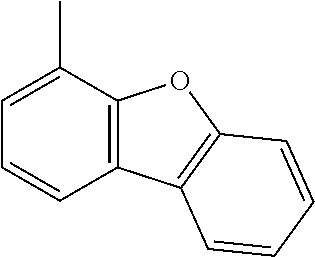
C02185
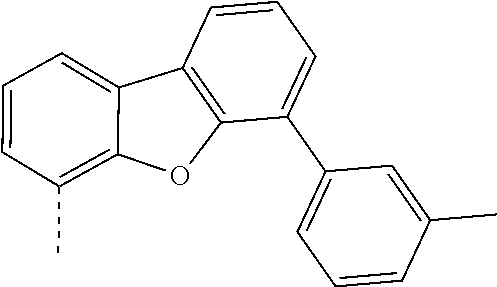
C02186
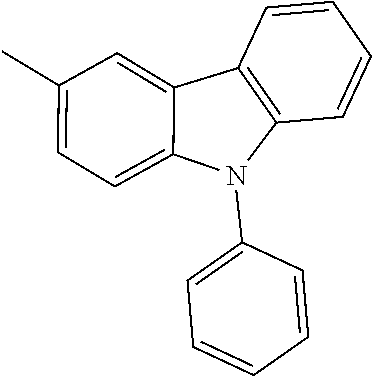
C02187

C02188
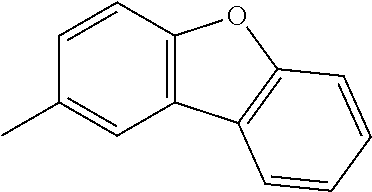
C02189

C02190

C02191
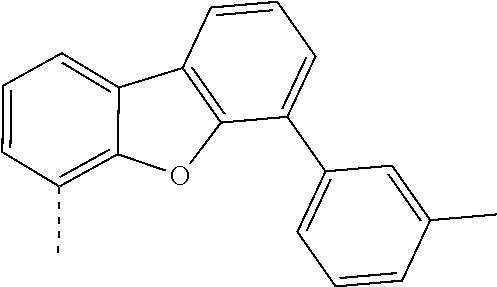
C02192

C02193
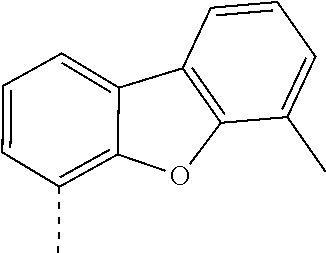
C02194

C02195
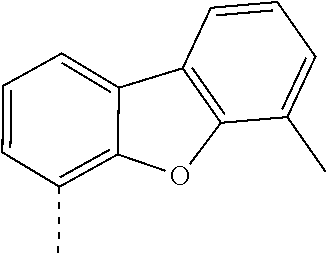
C02196

C02197

C02198

C02199

C02200

C02201
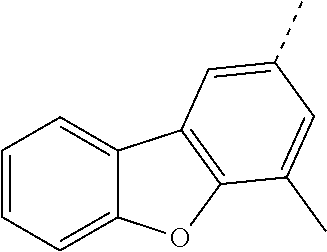
C02202
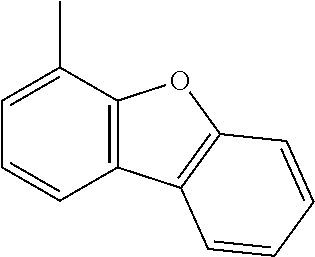
C02203
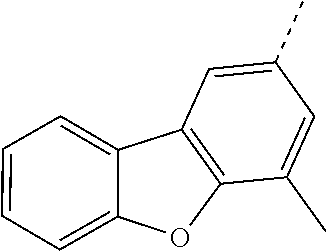
C02204
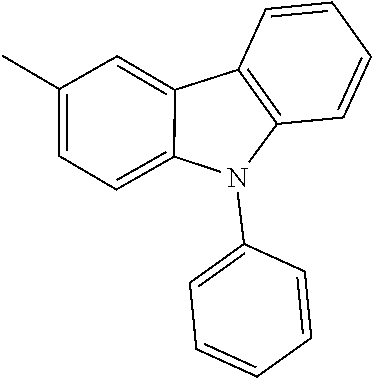
C02205
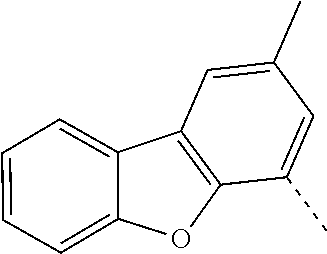
C02206

C02207
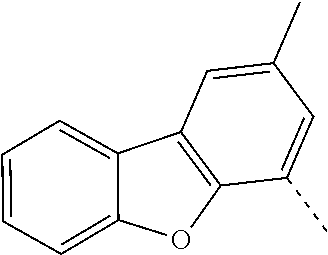
C02208
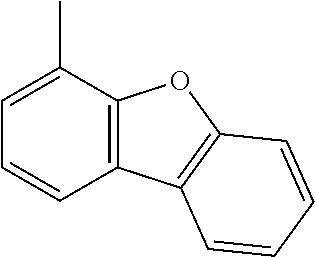
C02209

C02210

C02211
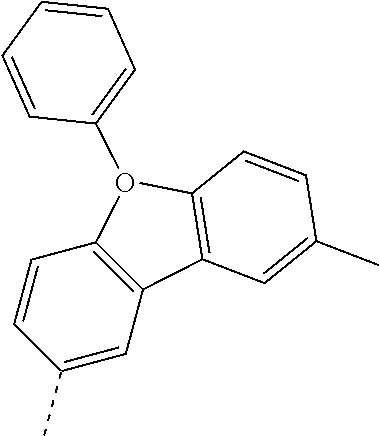
C02212

C02213
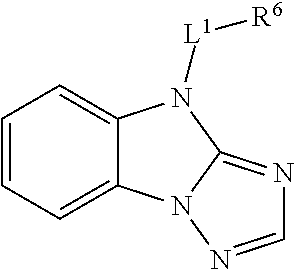
C02214
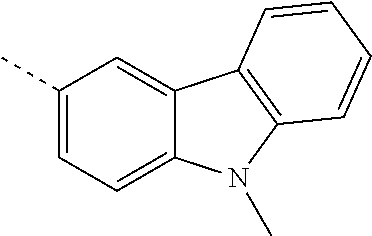
C02215

C02216
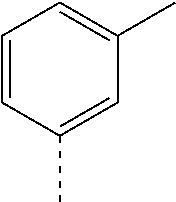
C02217

C02218

C02219
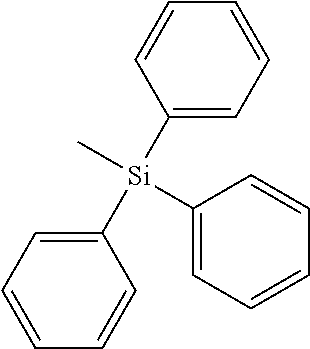
C02220
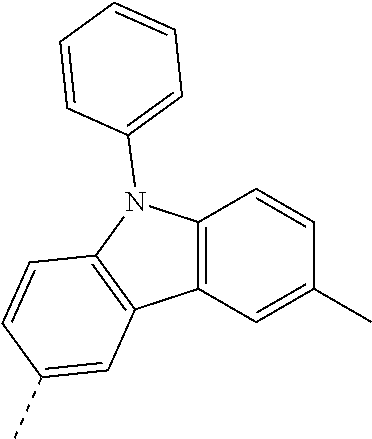
C02221
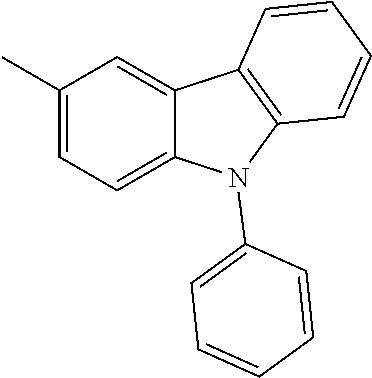
C02222
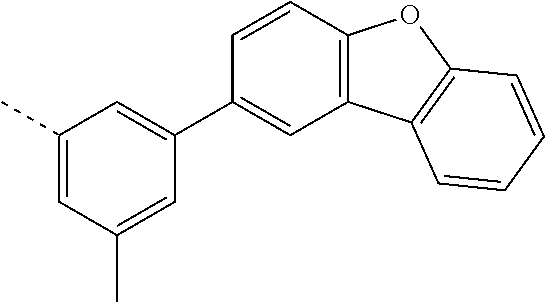
C02223
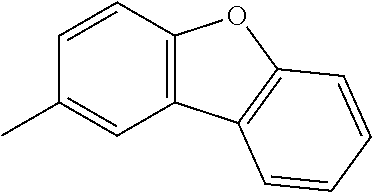
C02224

C02225
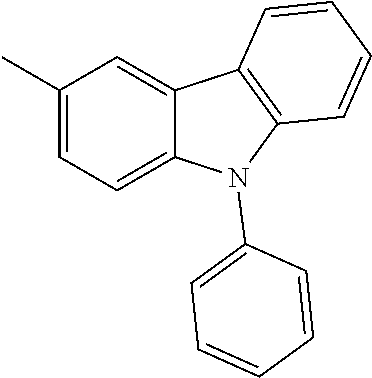
C02226

C02227
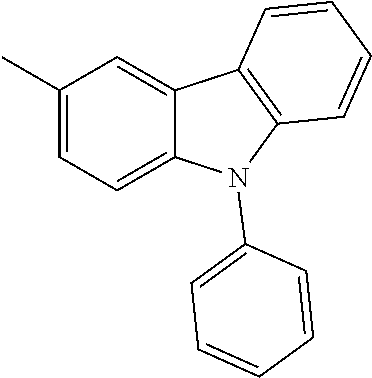
C02228

C02229

C02230

C02231

C02232
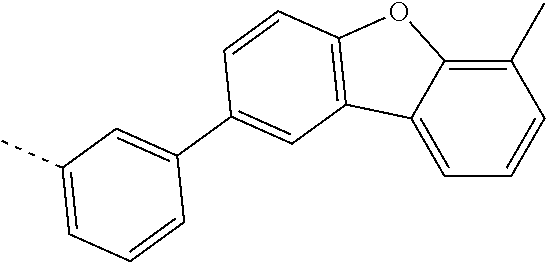
C02233

C02234
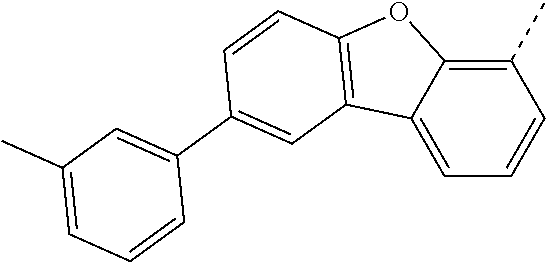
C02235
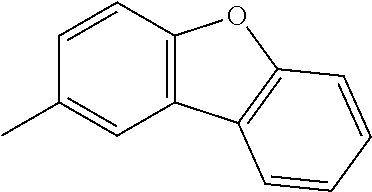
C02236
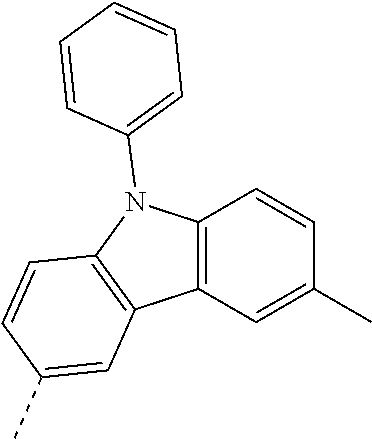
C02237
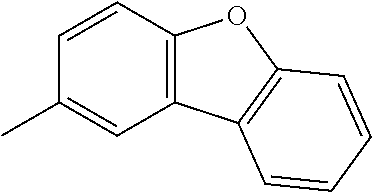
C02238
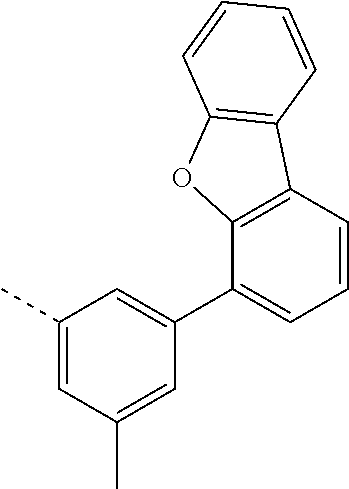
C02239
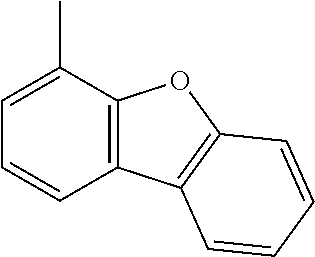
C02240

C02241
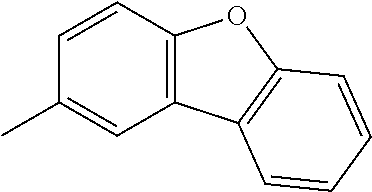
C02242
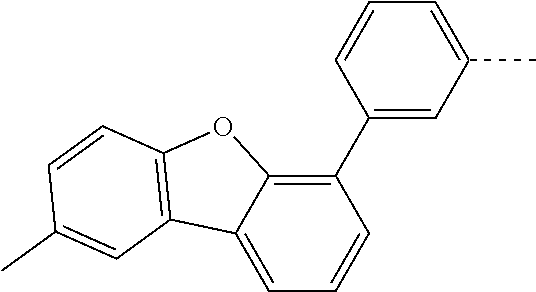
C02243
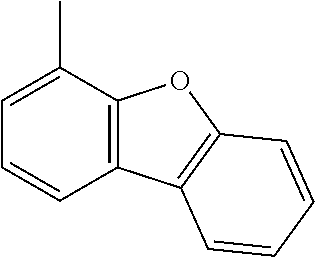
C02244
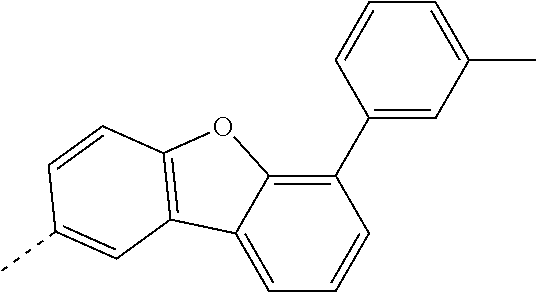
C02245

C02246

C02247

C02248

C02249
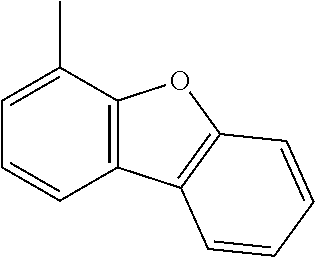
C02250

C02251
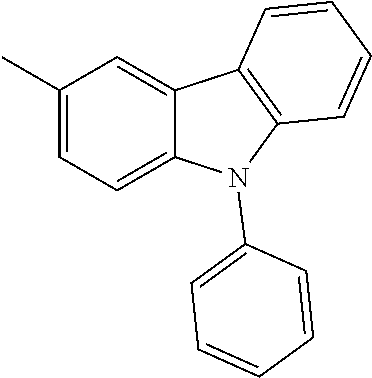
C02252
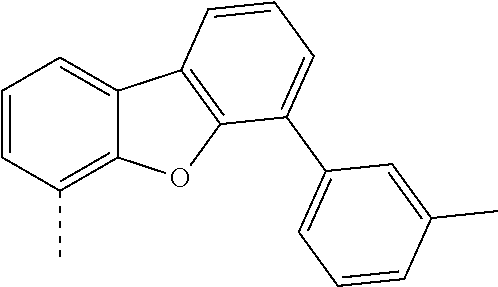
C02253

C02254
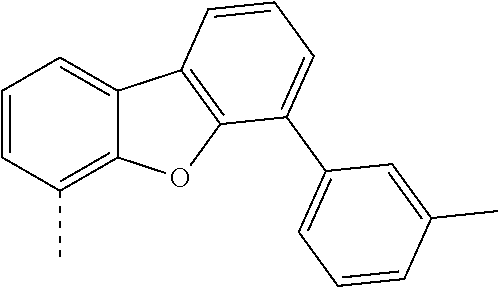
C02255
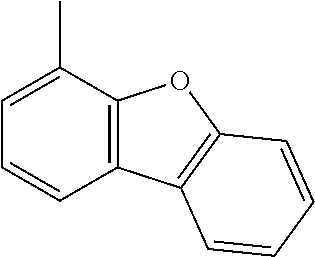
C02256

C02257
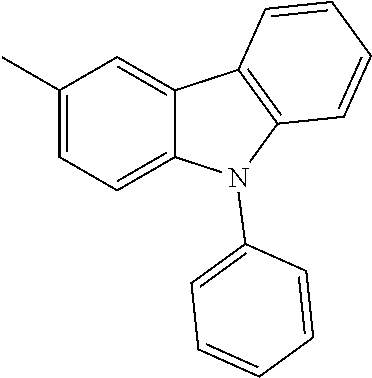
C02258

C02259

C02260
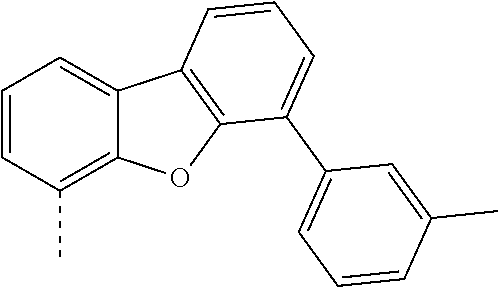
C02261
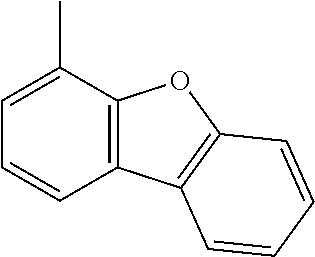
C02262
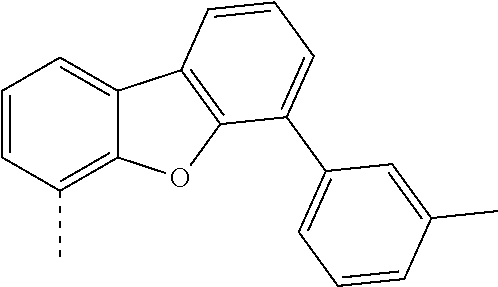
C02263
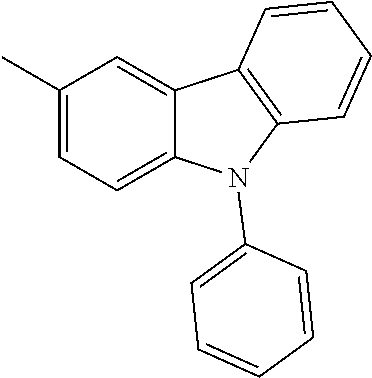
C02264

C02265

C02266

C02267
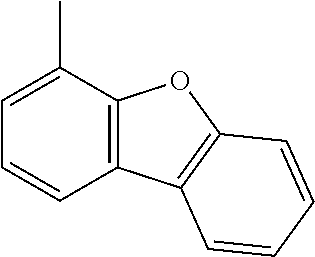
C02268
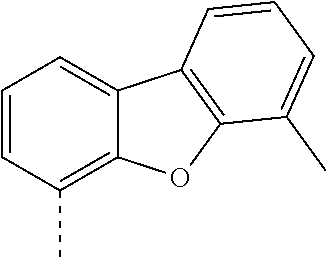
C02269
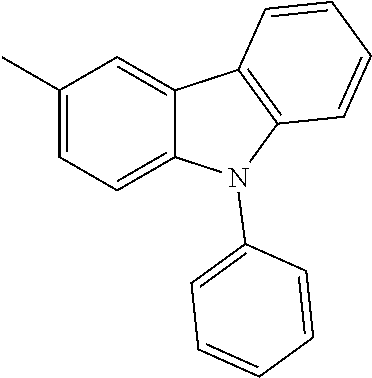
C02270

C02271
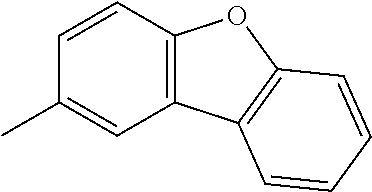
C02272
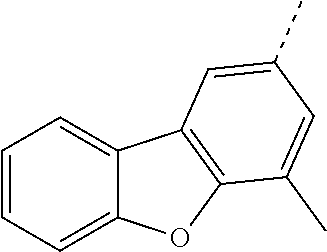
C02273

C02274
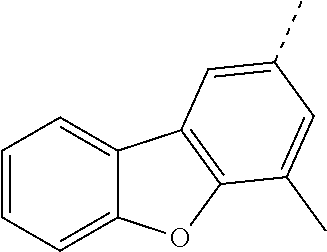
C02275
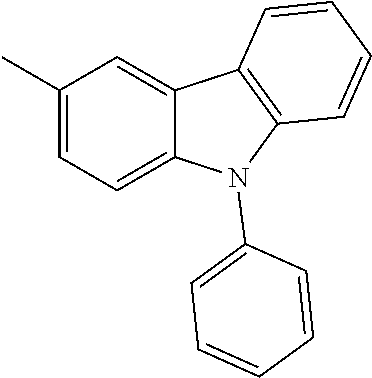
C02276
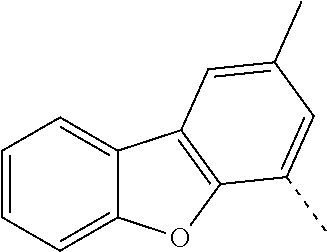
C02277
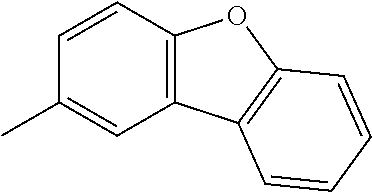
C02278
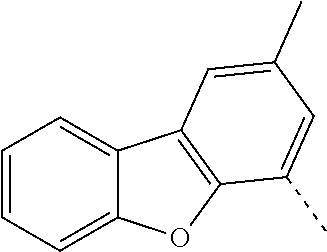
C02279
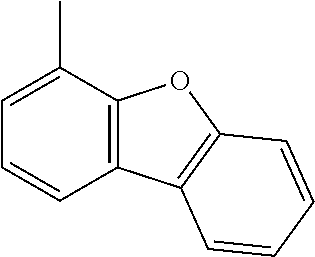
C02280

C02281
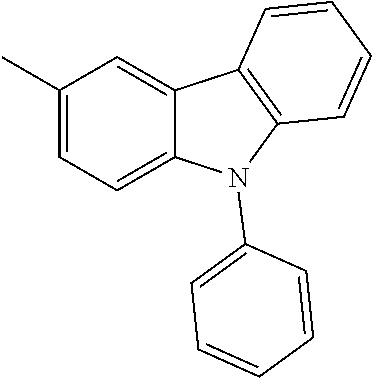
C02282

C02283
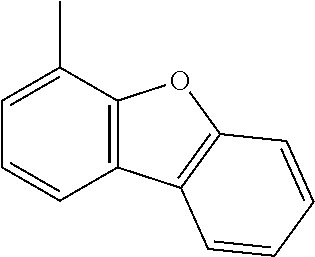
C02284

C02285
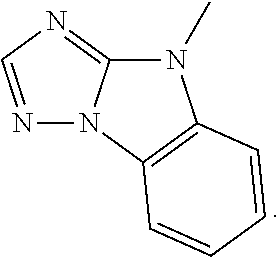
C02286
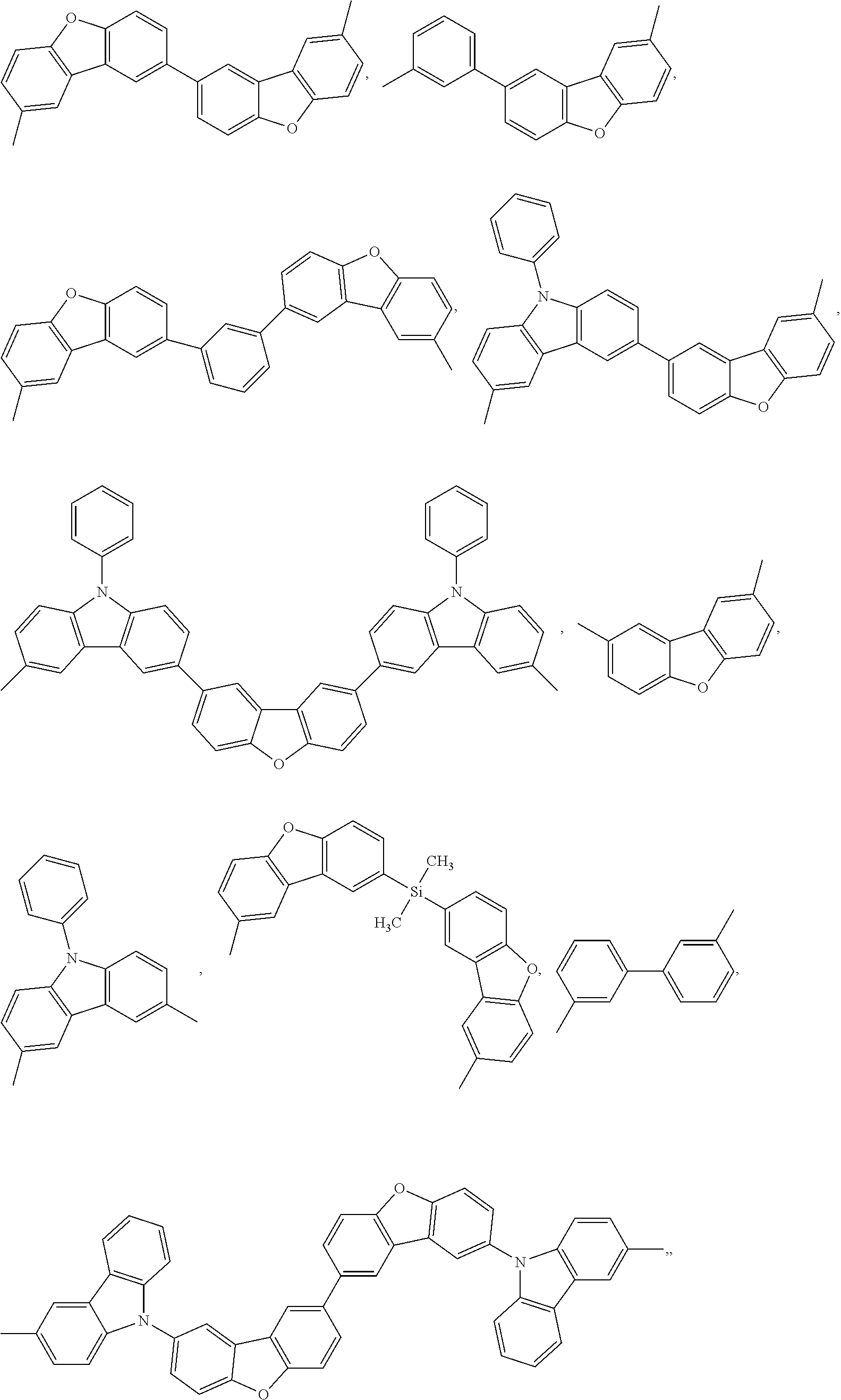
C02287

C02288

C02289

C02290

XML
uspto.report is an independent third-party trademark research tool that is not affiliated, endorsed, or sponsored by the United States Patent and Trademark Office (USPTO) or any other governmental organization. The information provided by uspto.report is based on publicly available data at the time of writing and is intended for informational purposes only.
While we strive to provide accurate and up-to-date information, we do not guarantee the accuracy, completeness, reliability, or suitability of the information displayed on this site. The use of this site is at your own risk. Any reliance you place on such information is therefore strictly at your own risk.
All official trademark data, including owner information, should be verified by visiting the official USPTO website at www.uspto.gov. This site is not intended to replace professional legal advice and should not be used as a substitute for consulting with a legal professional who is knowledgeable about trademark law.